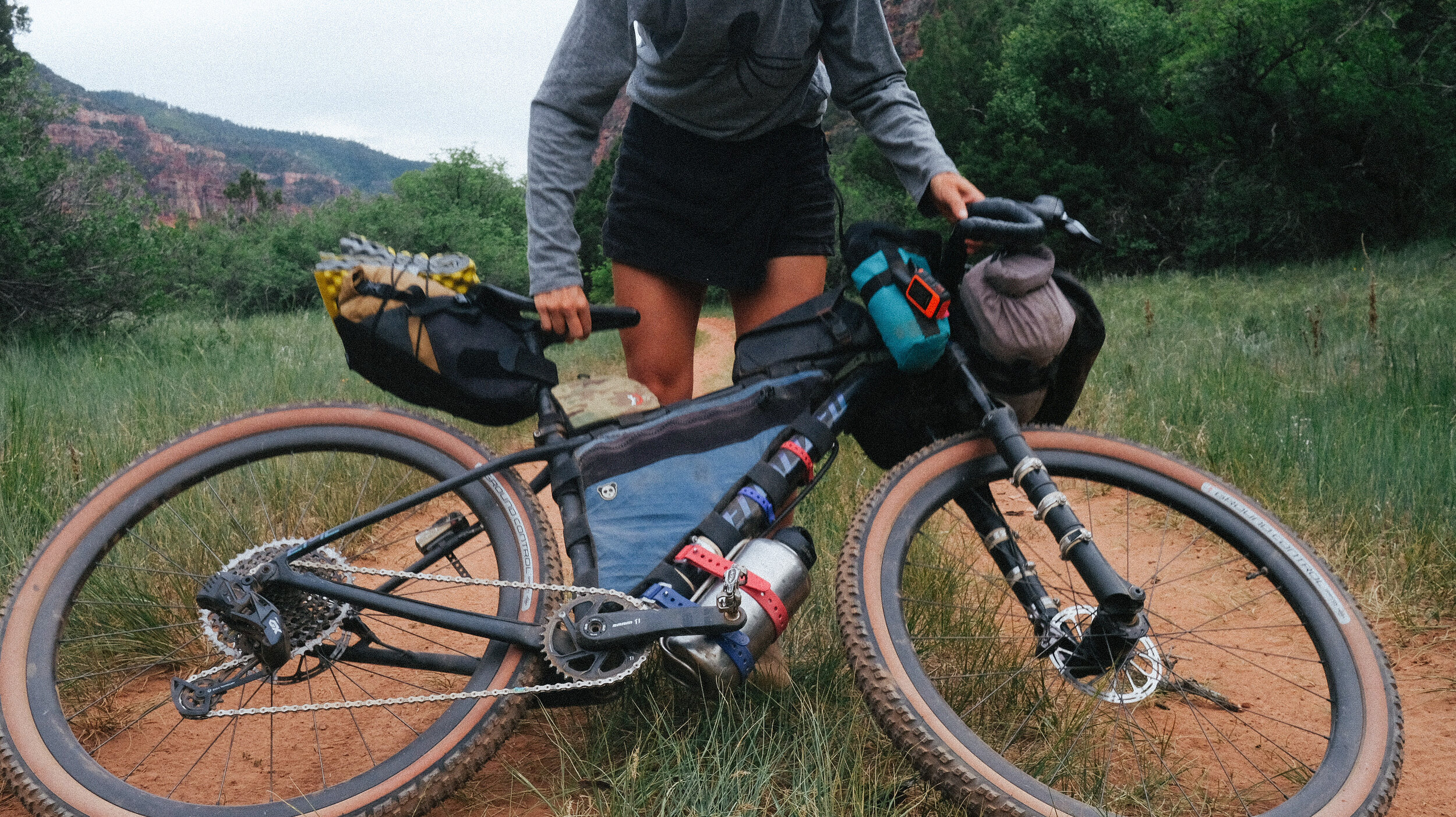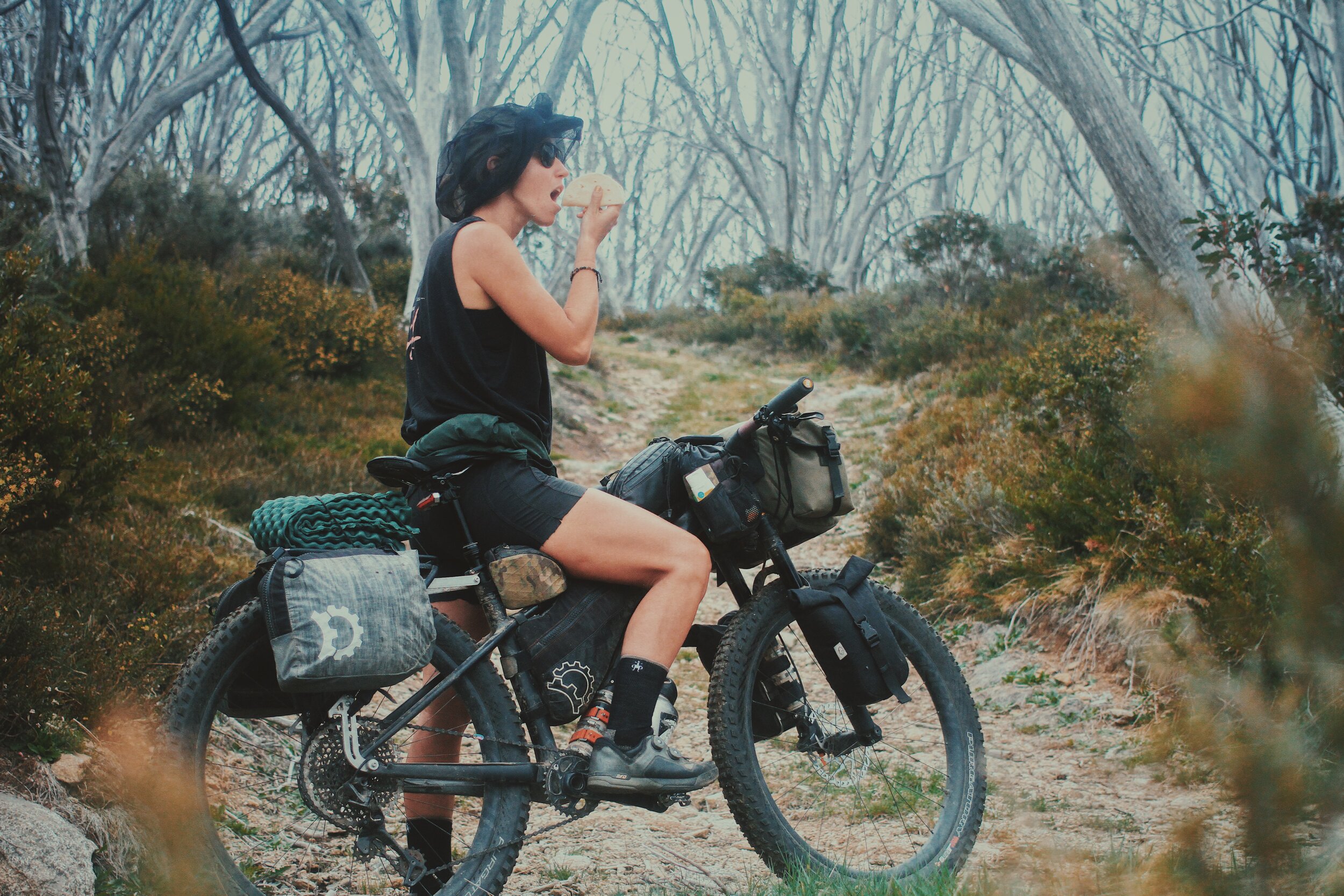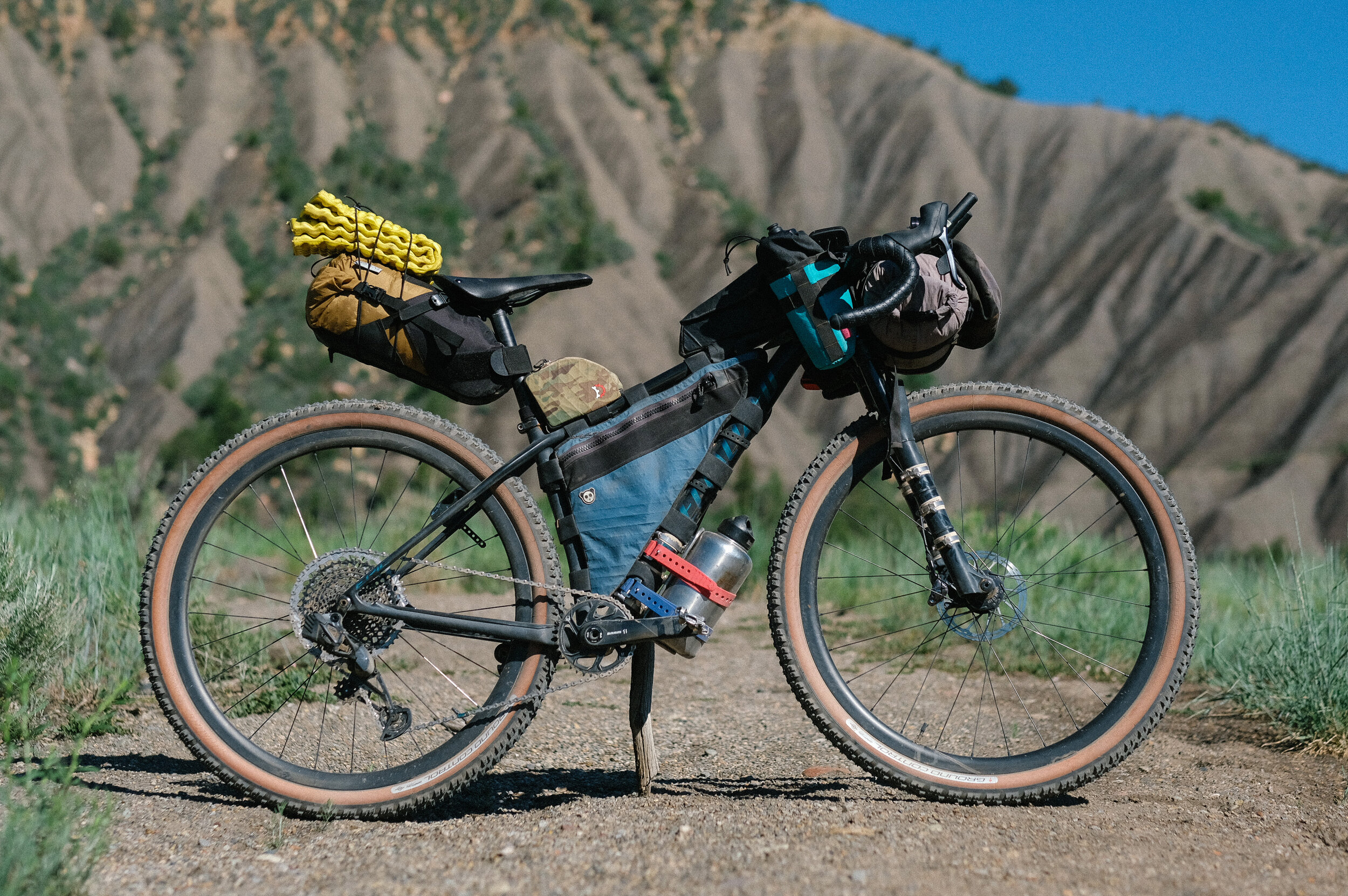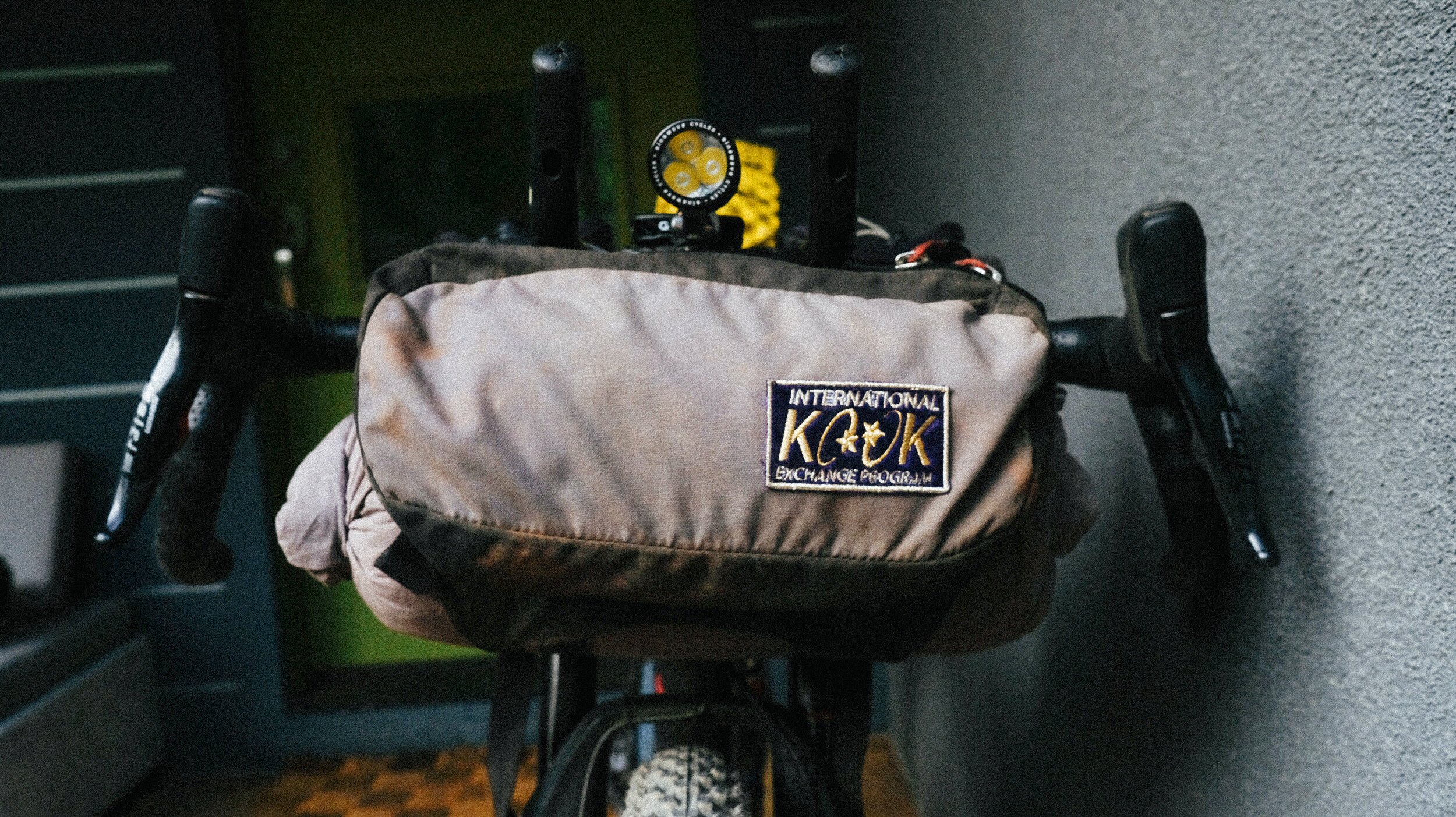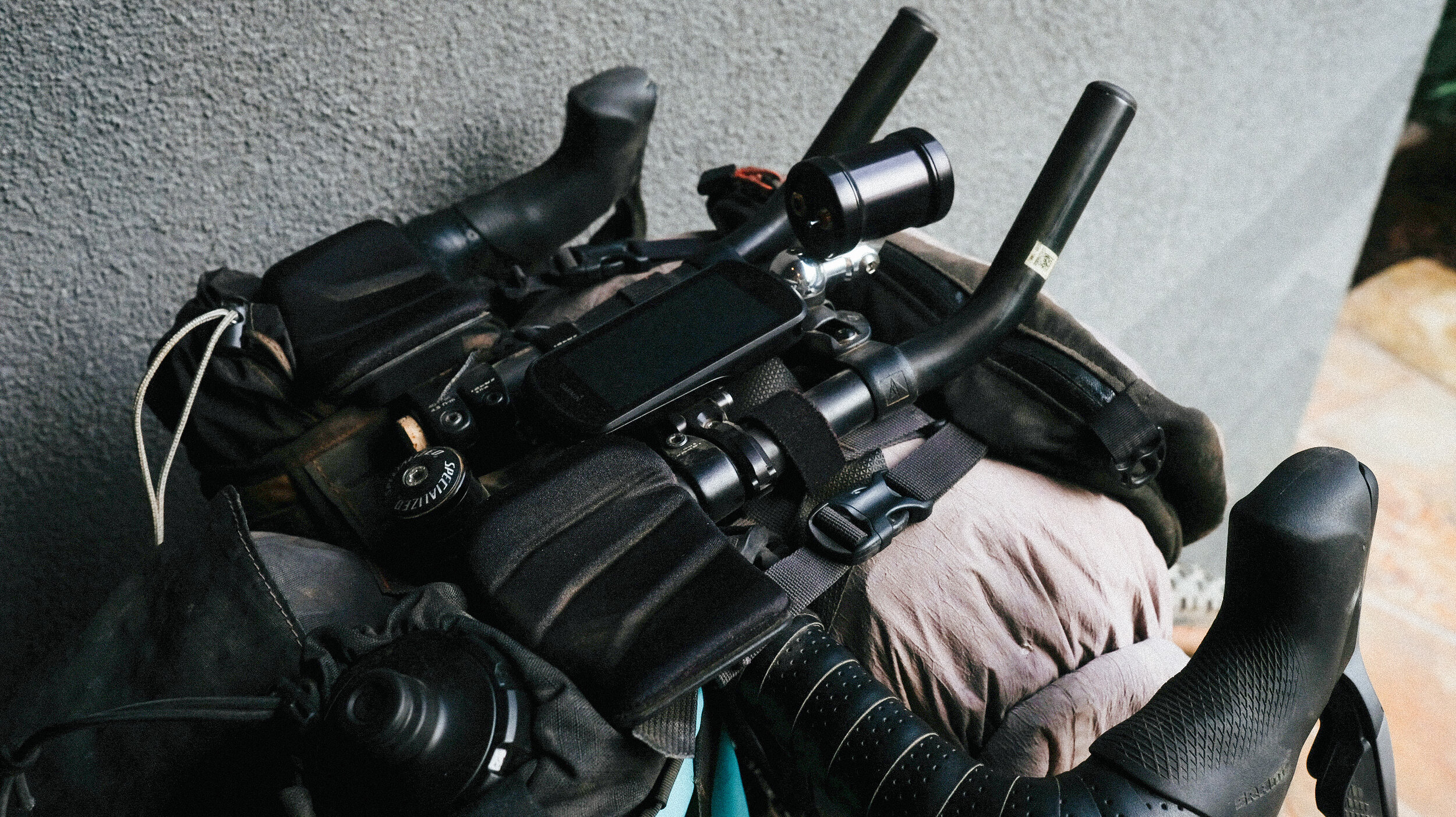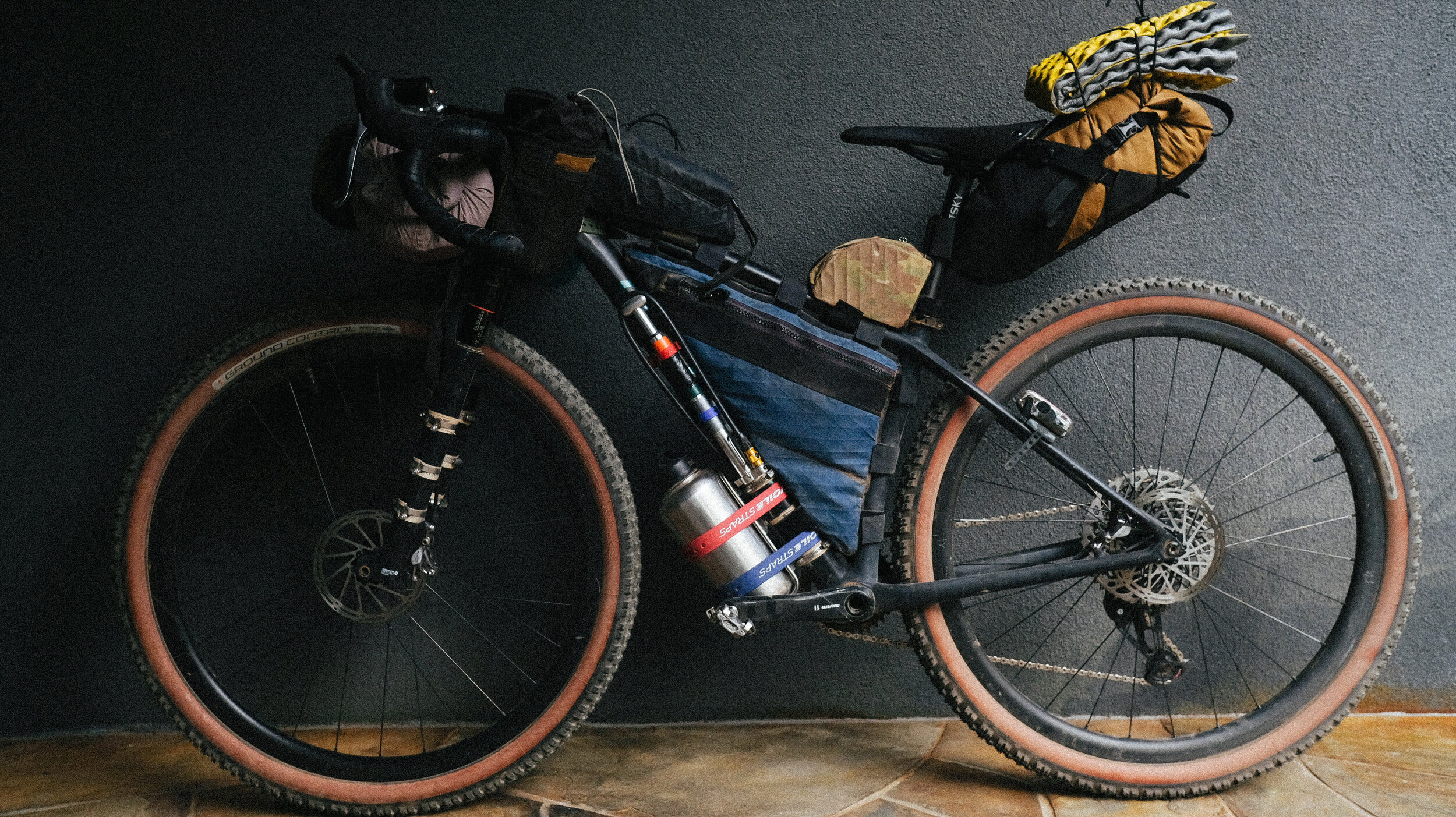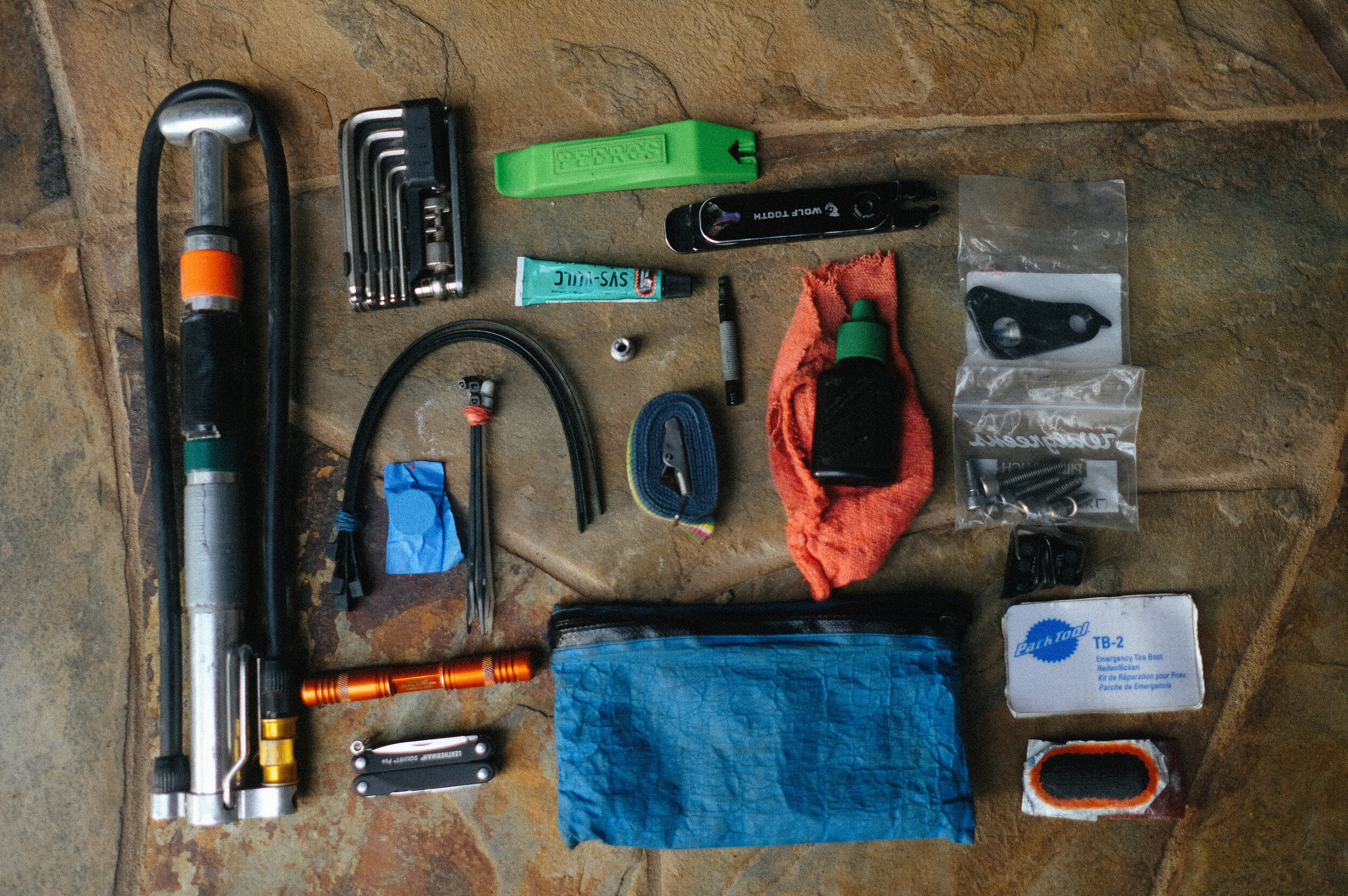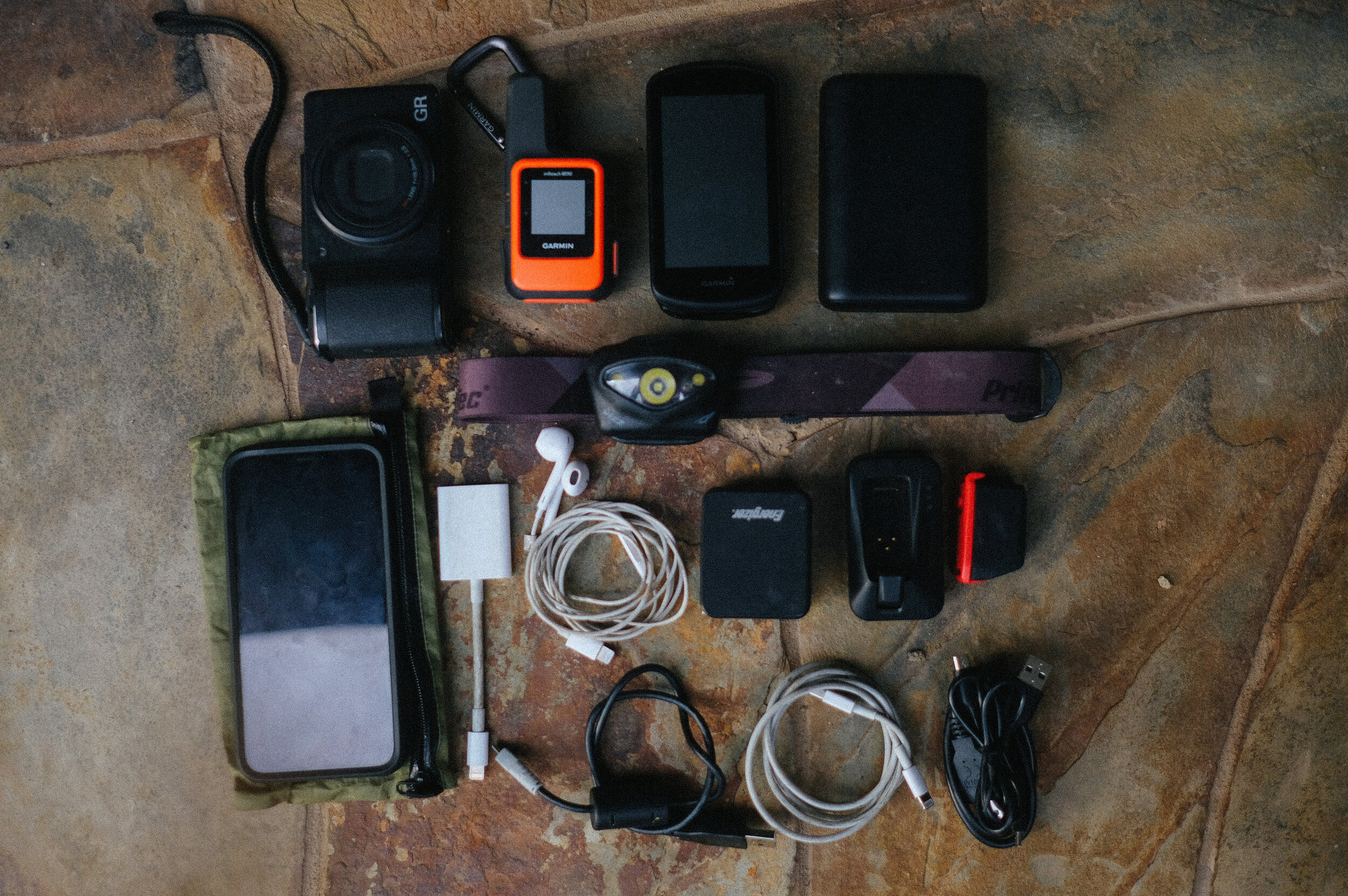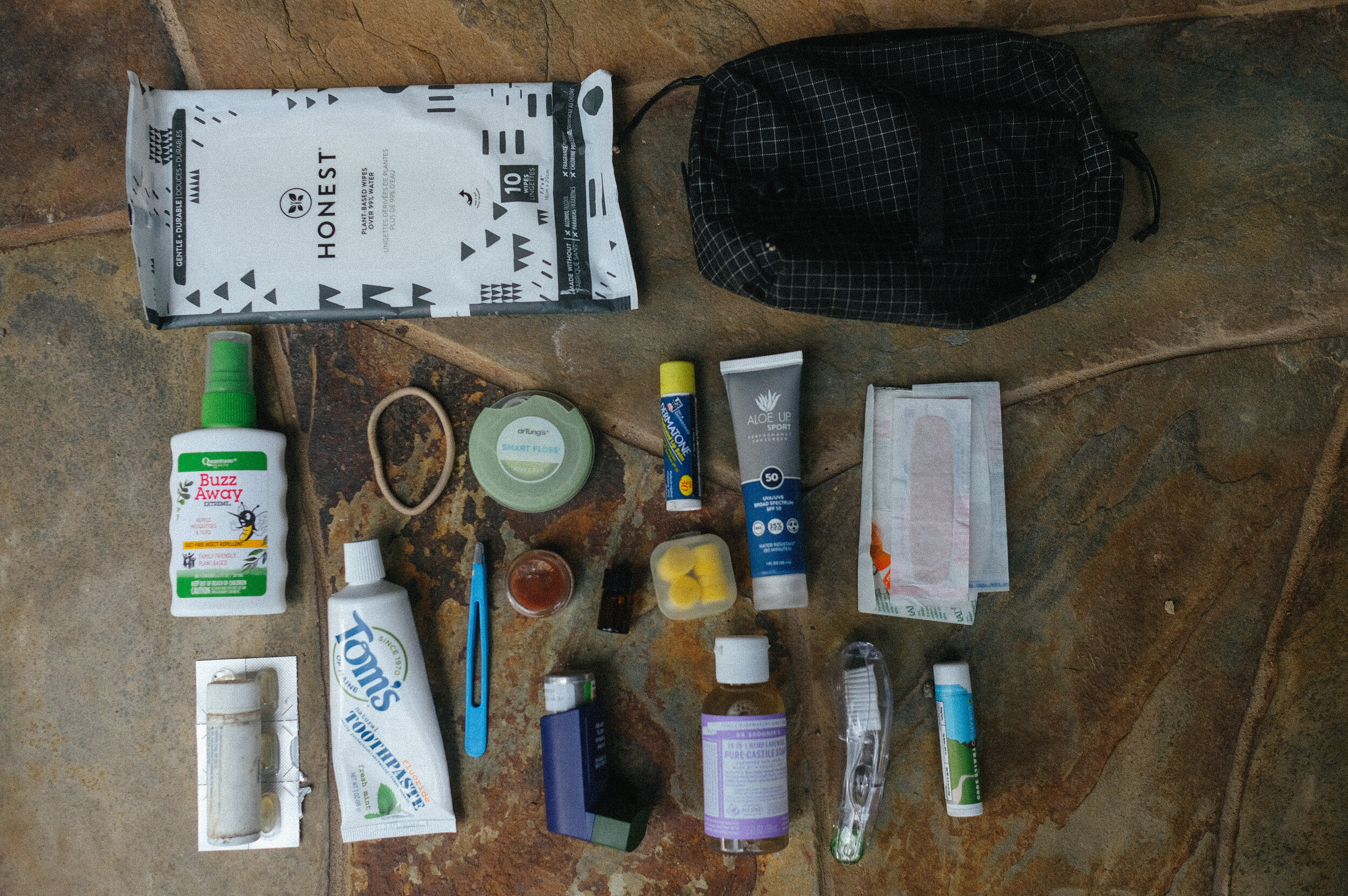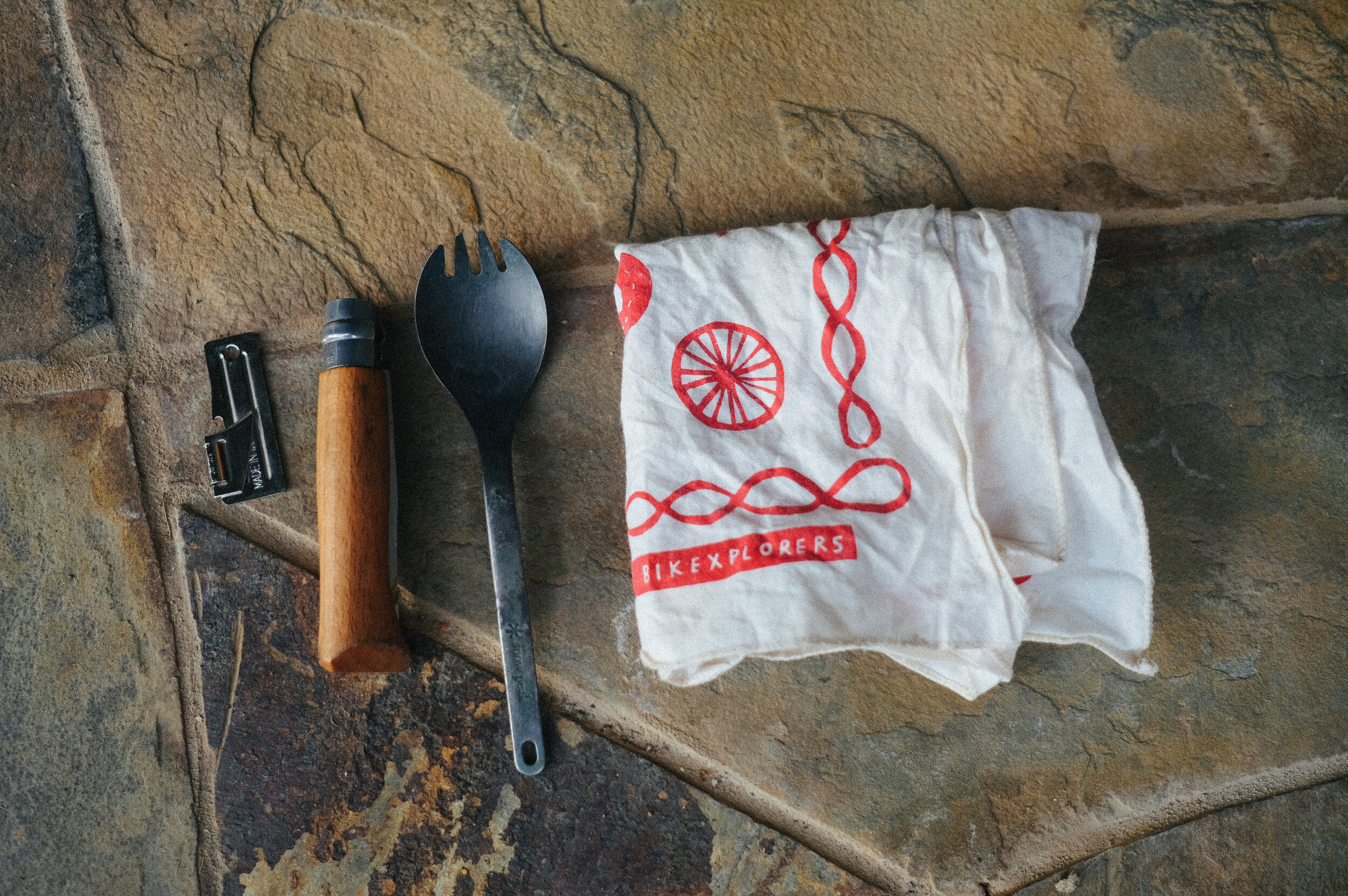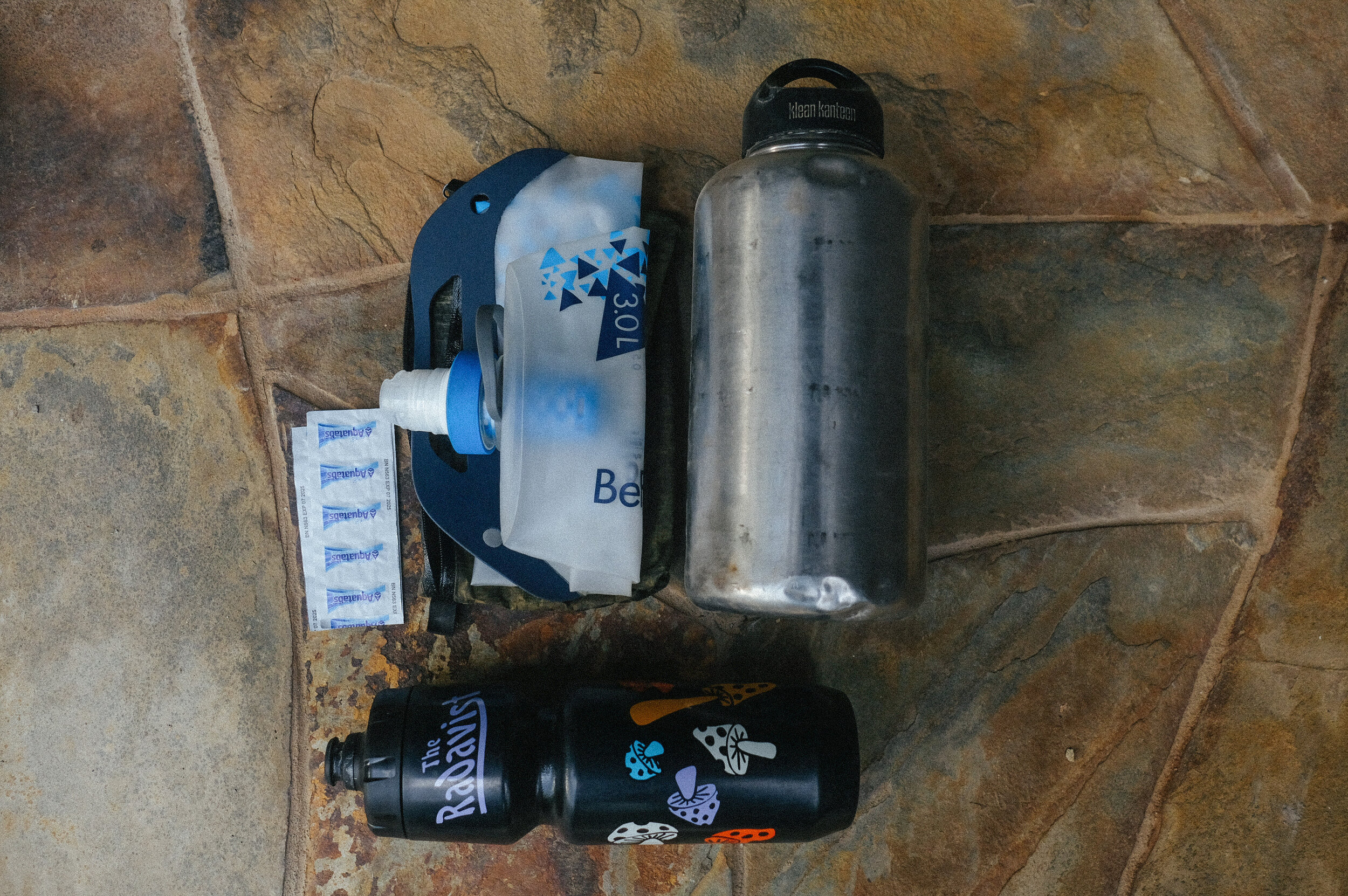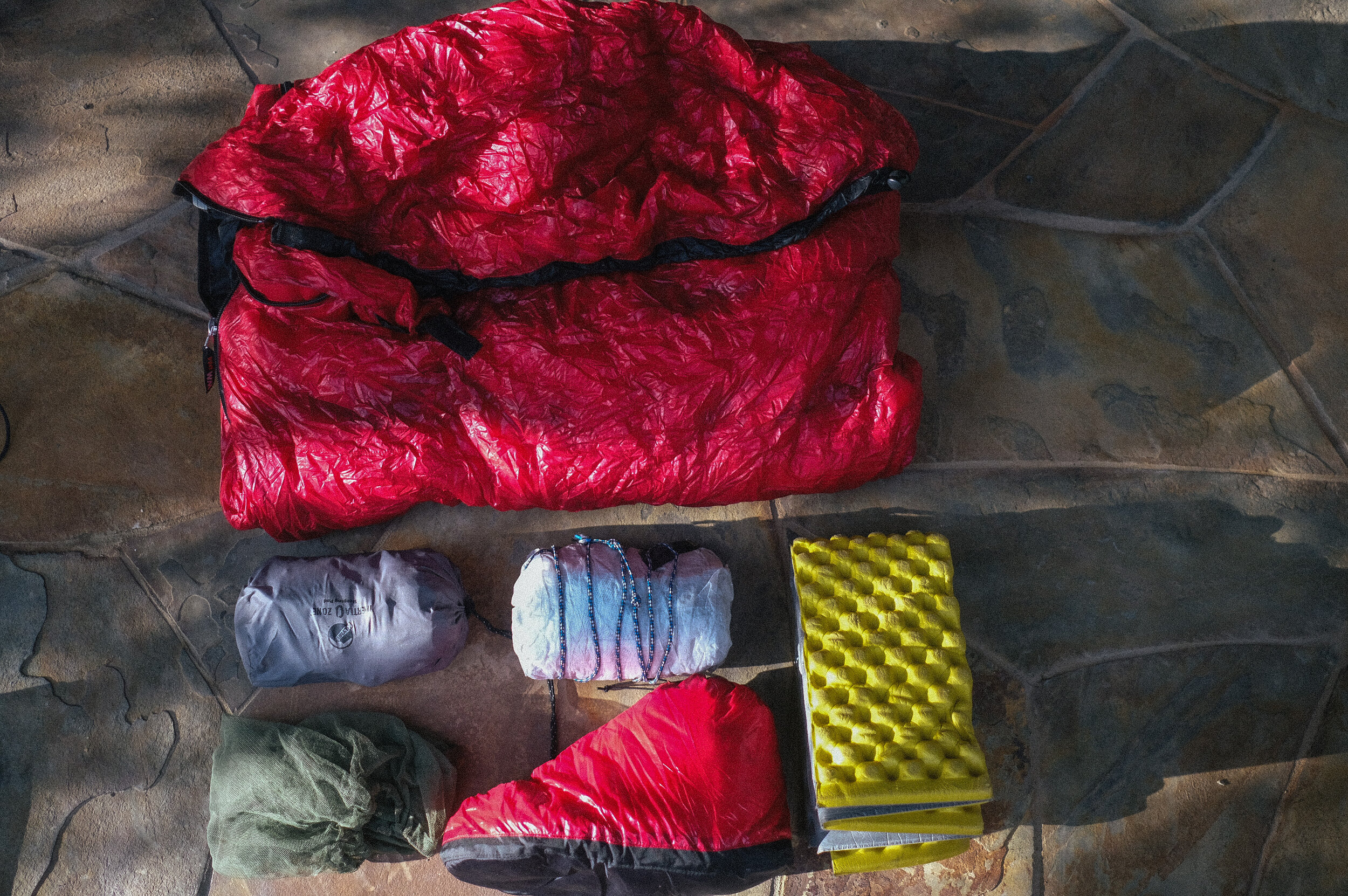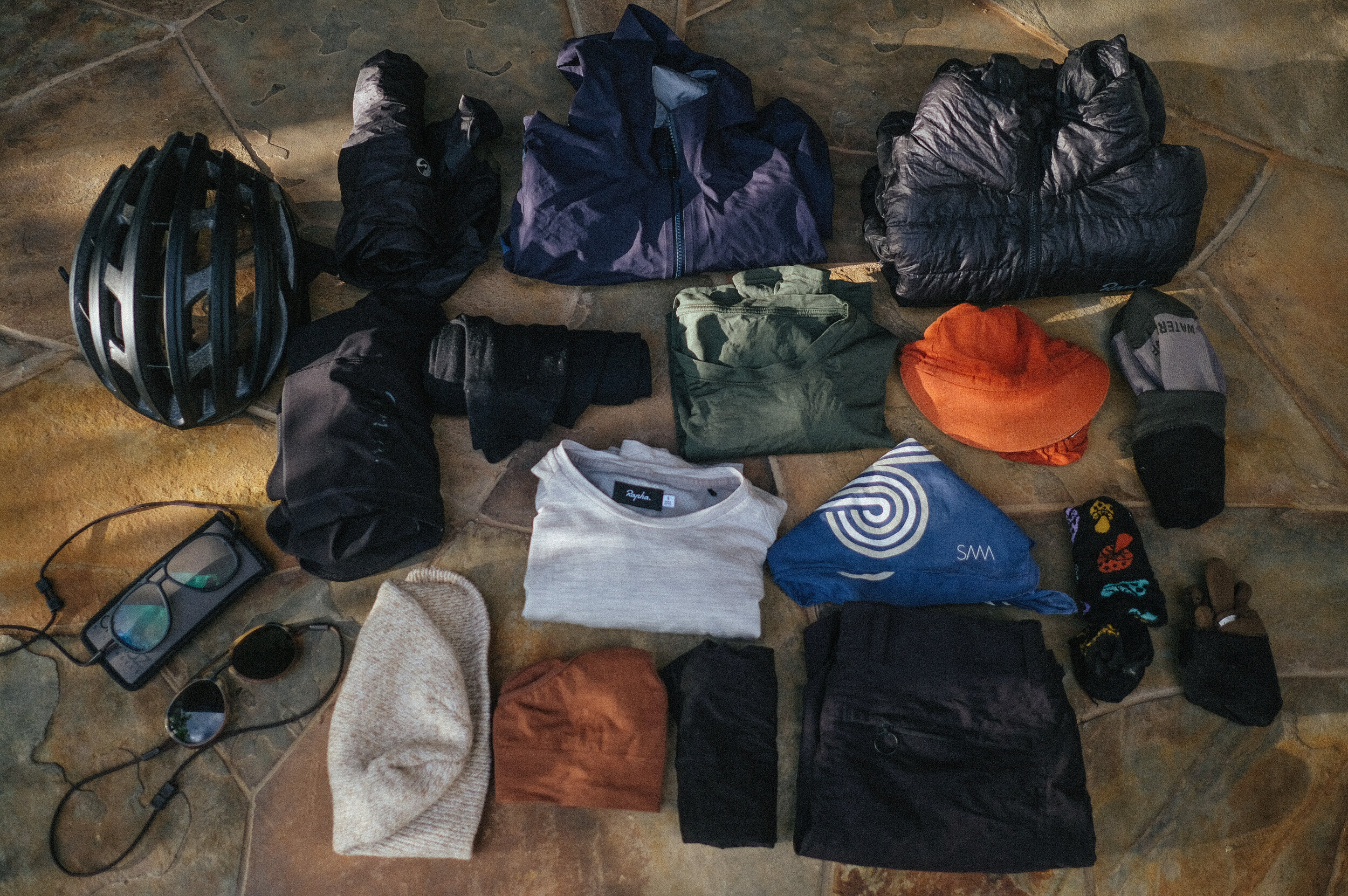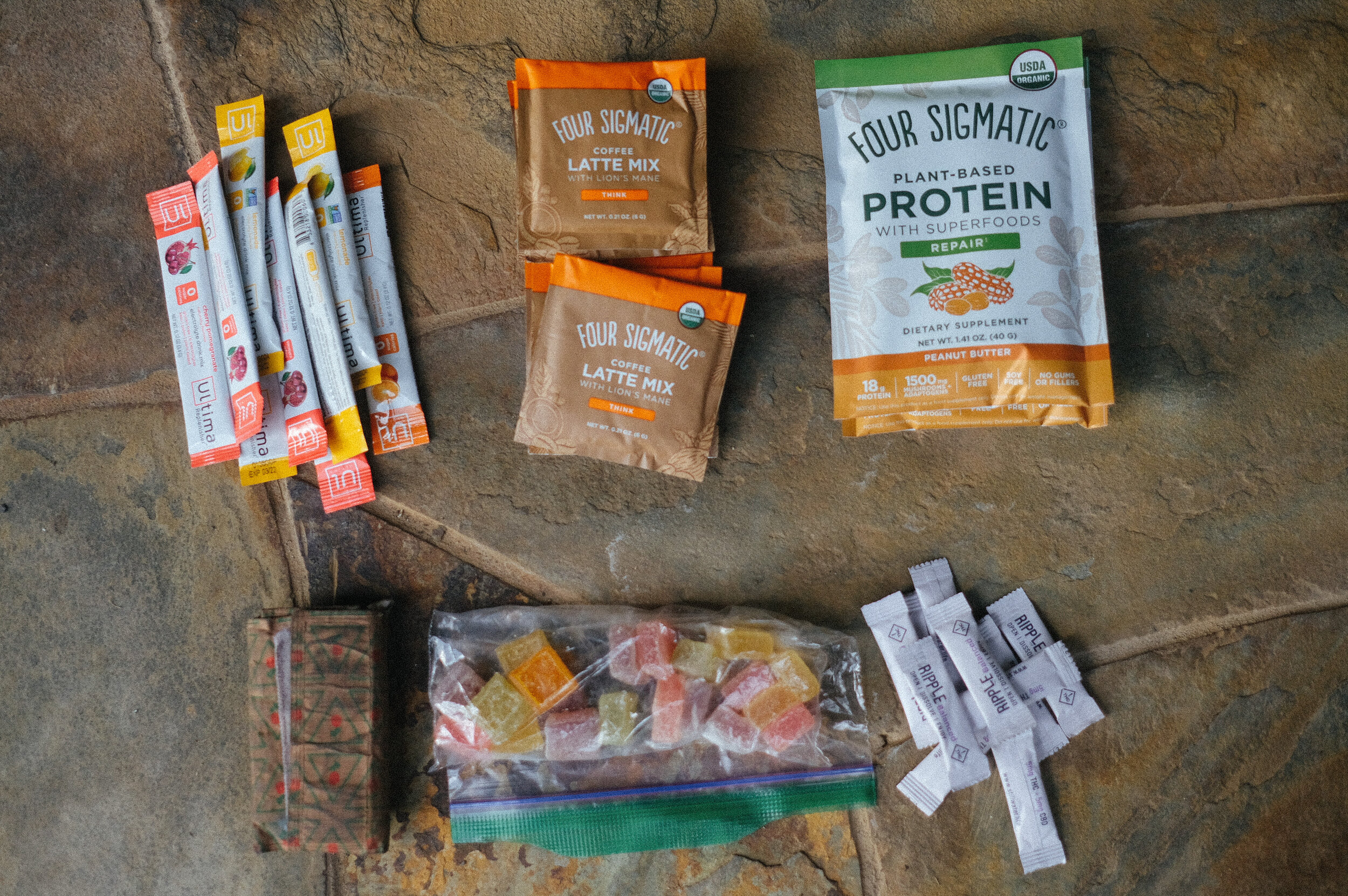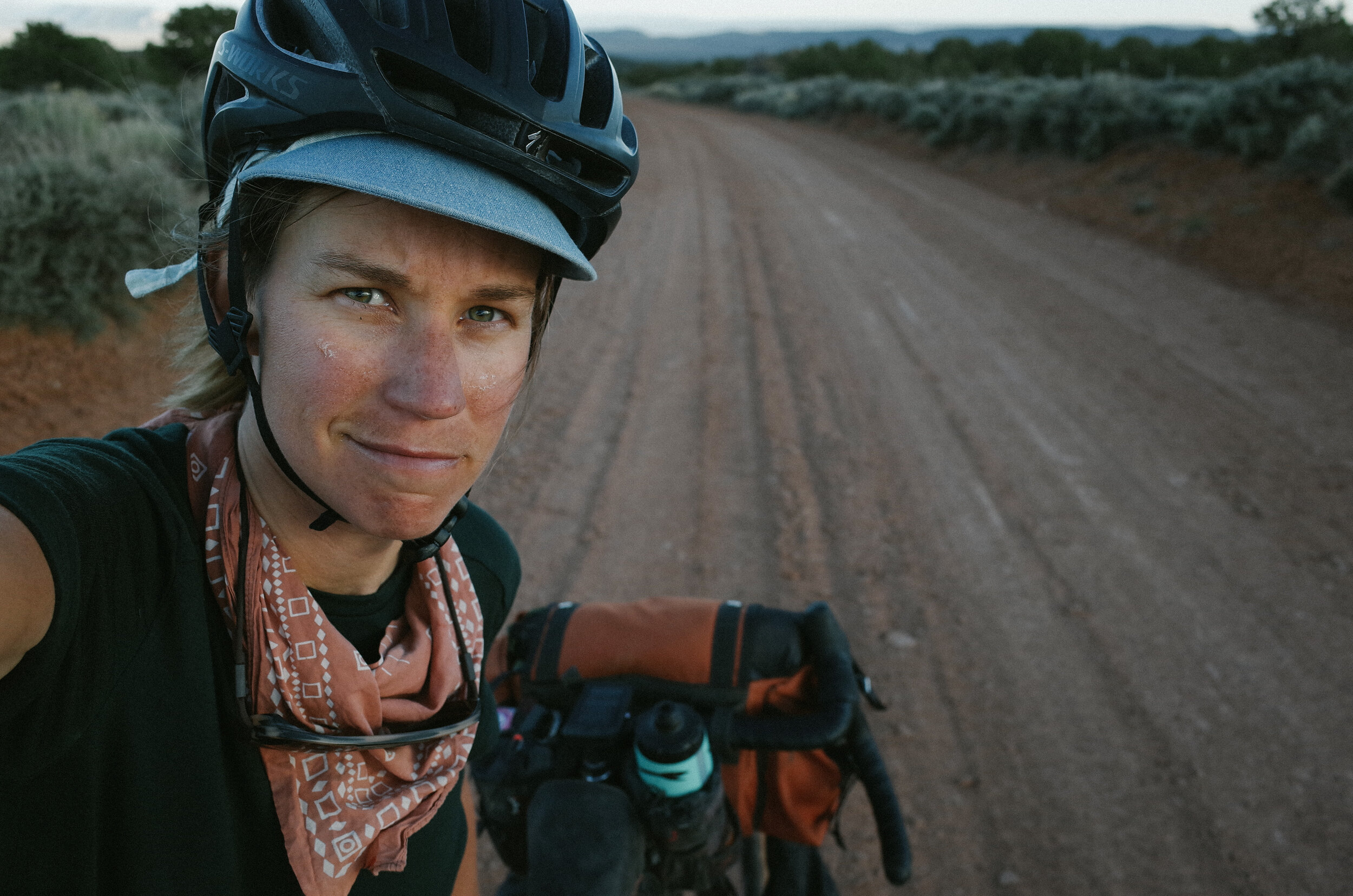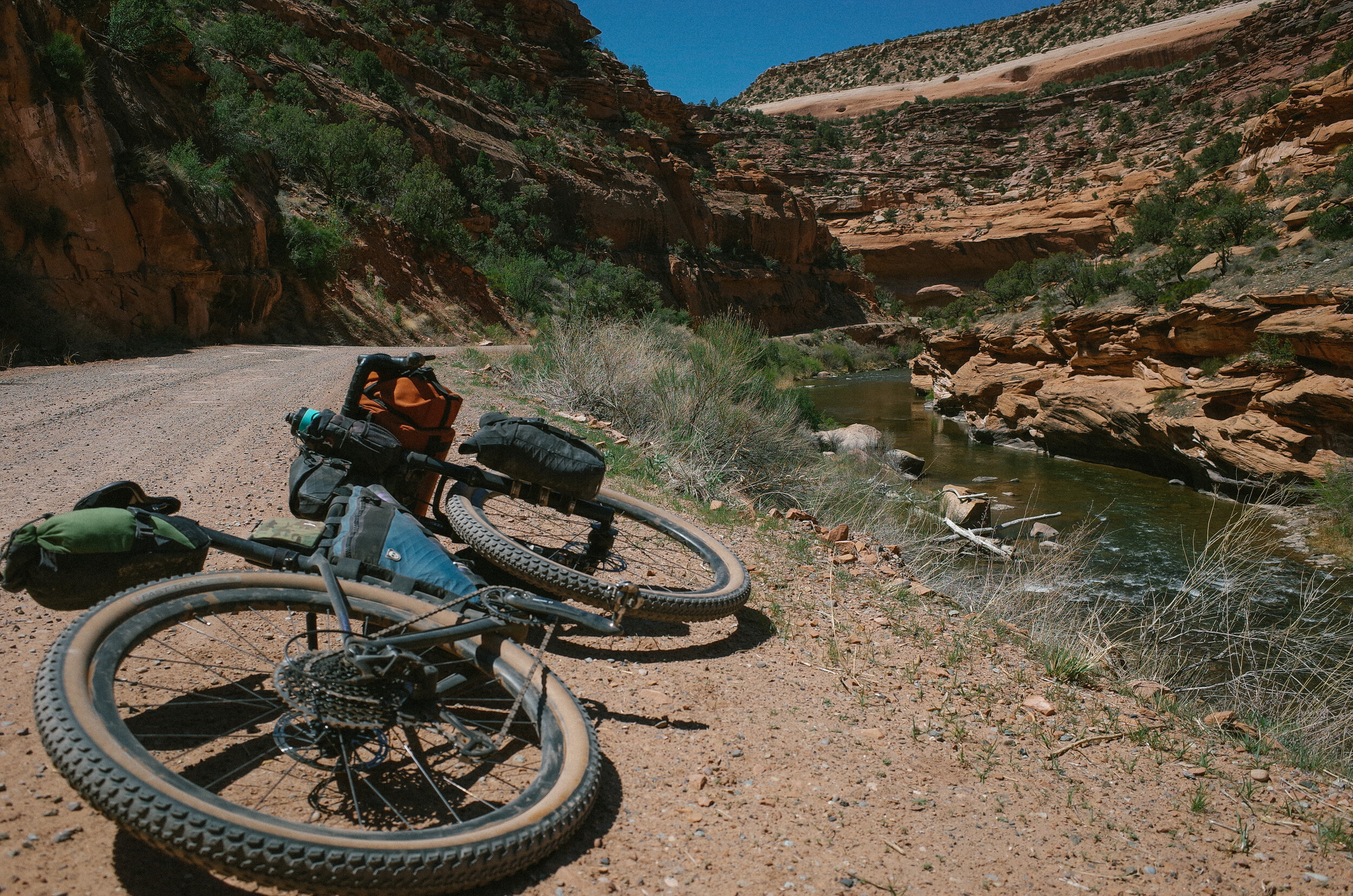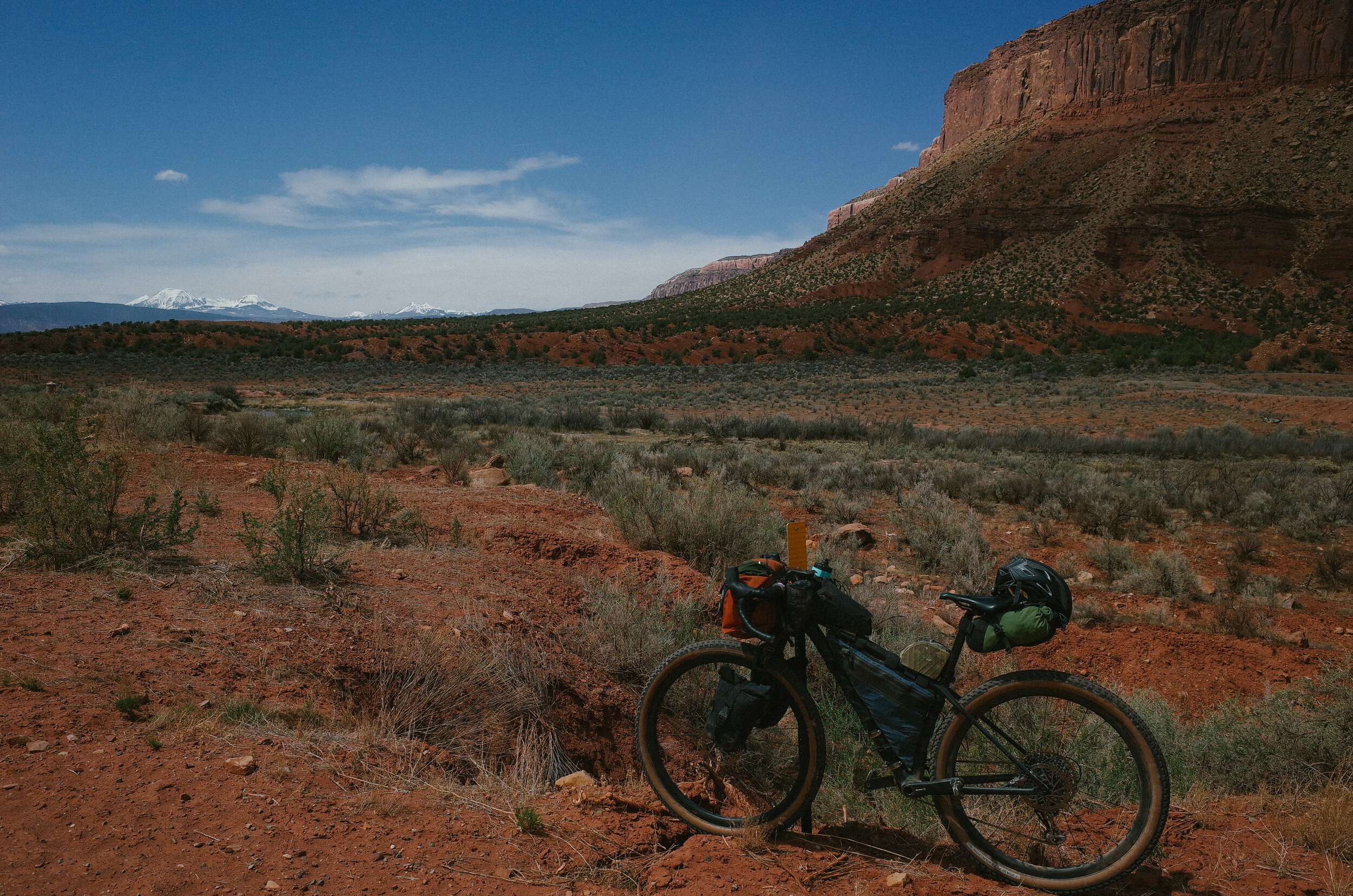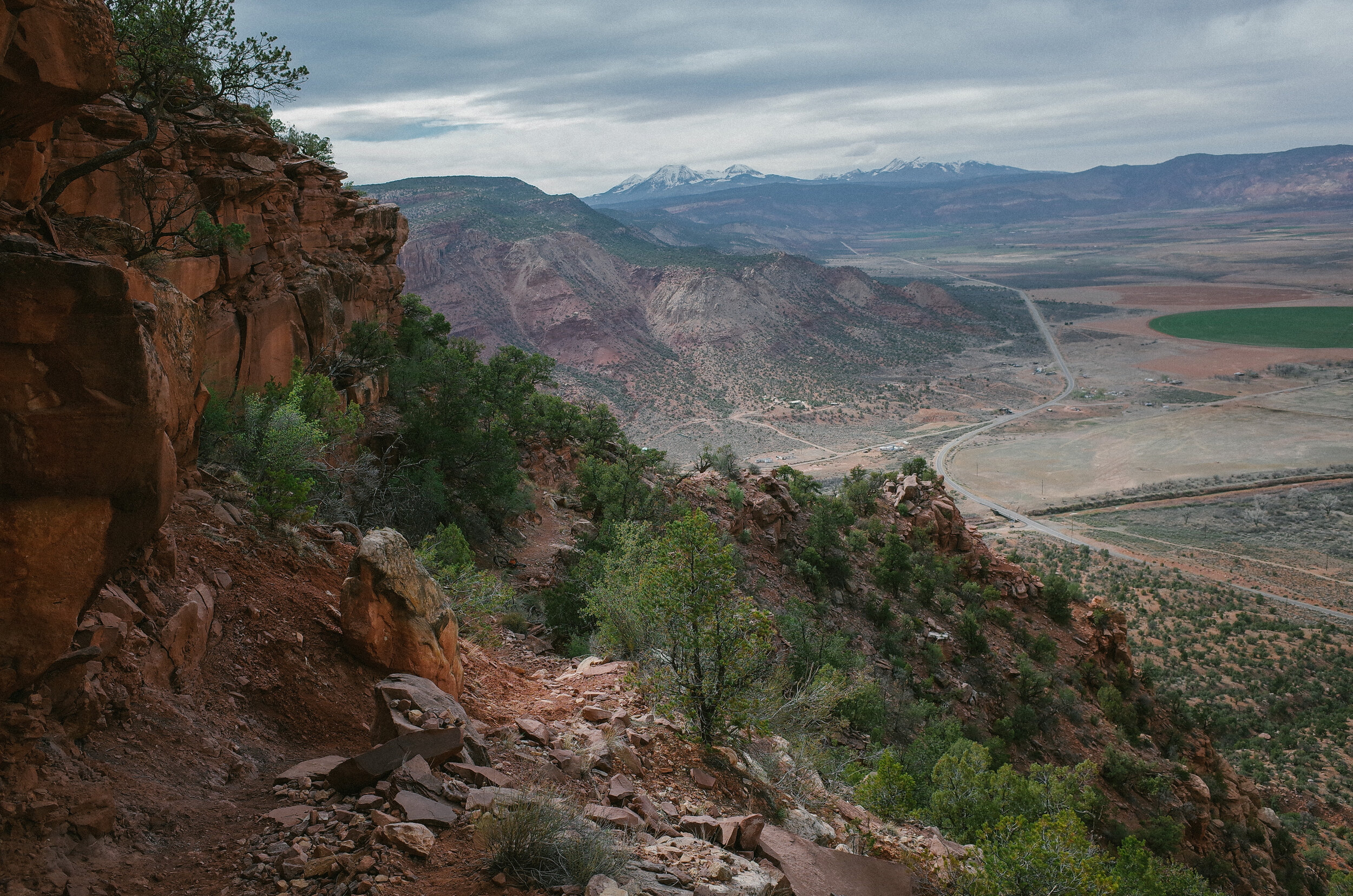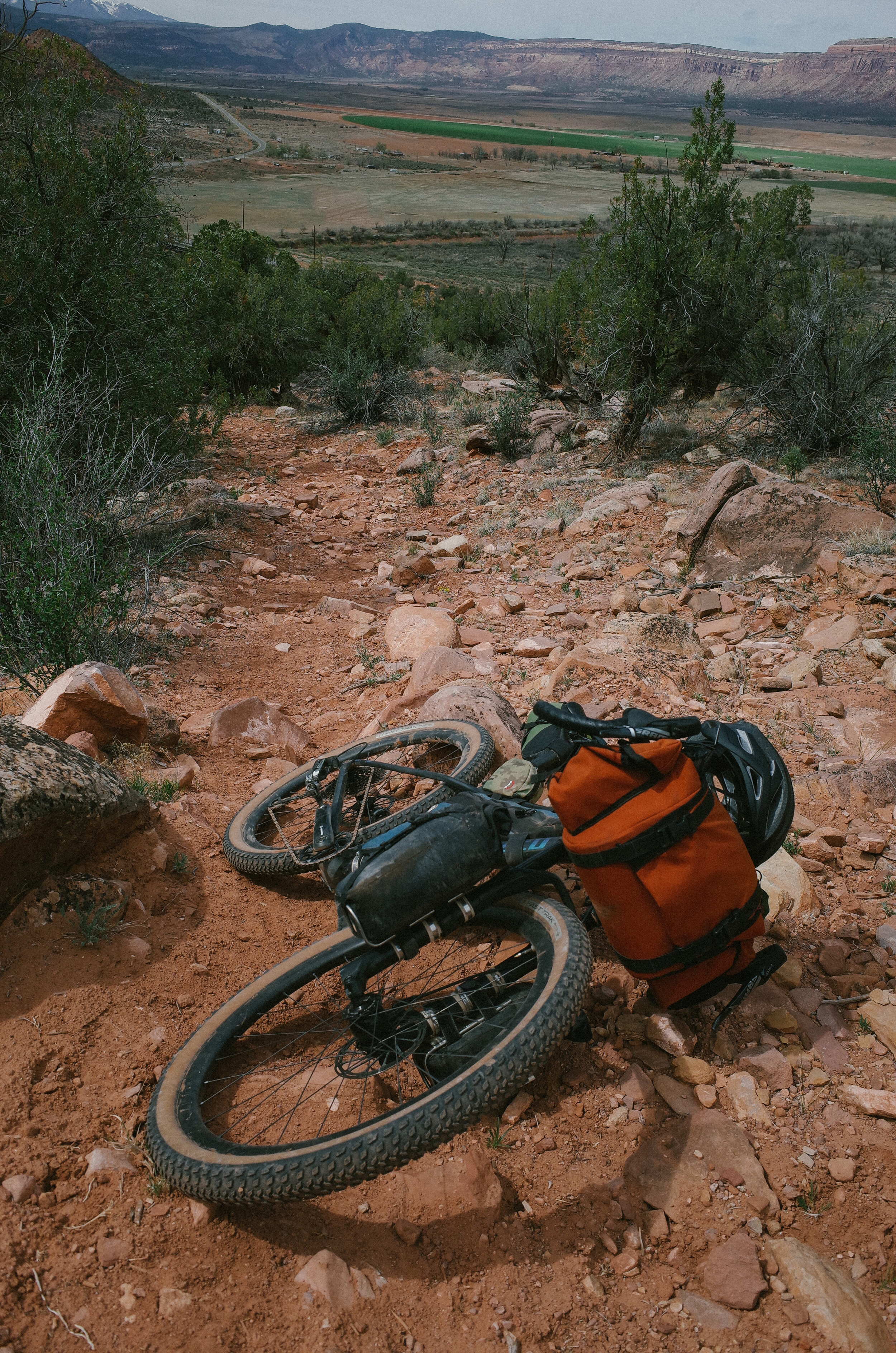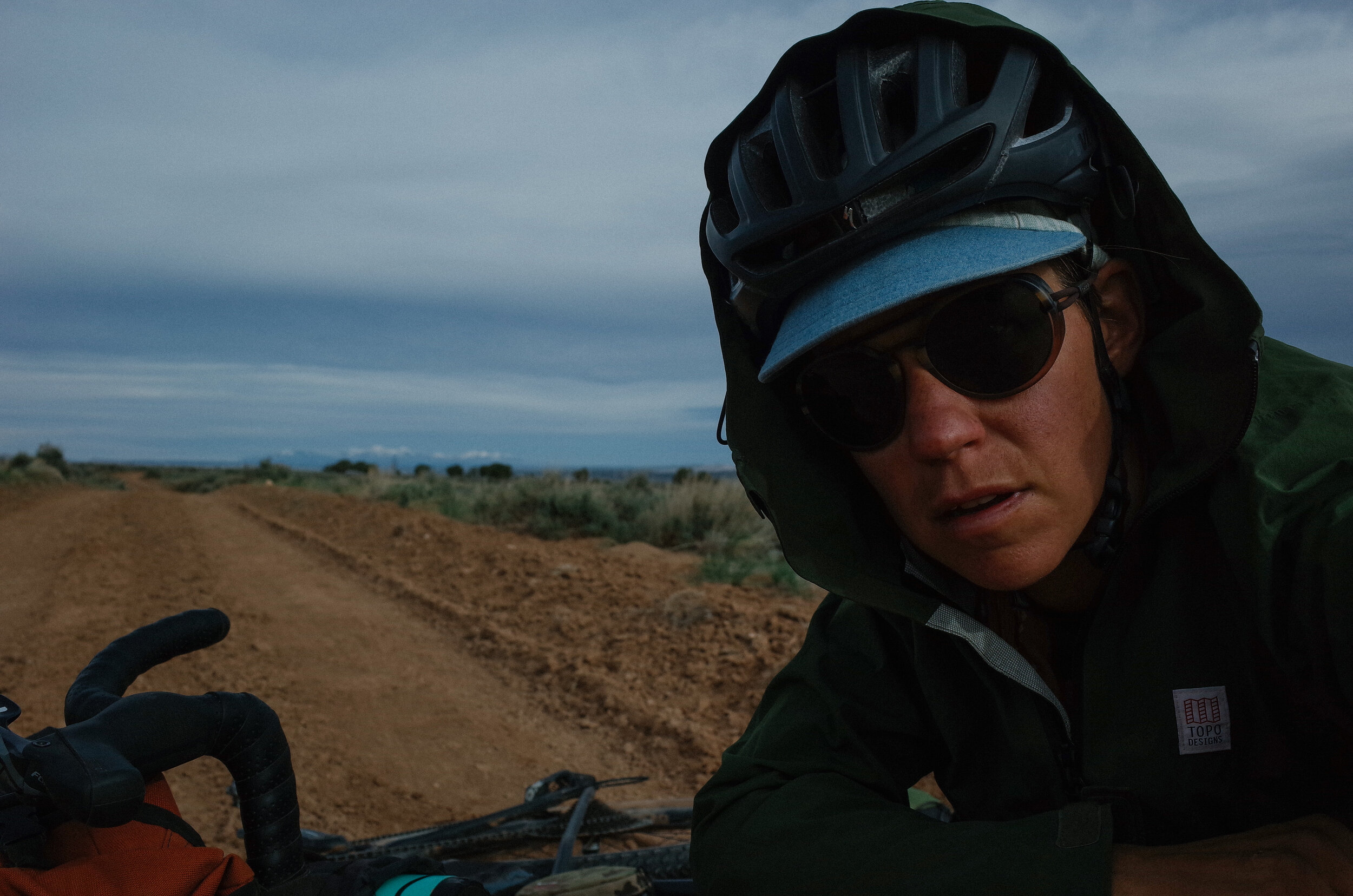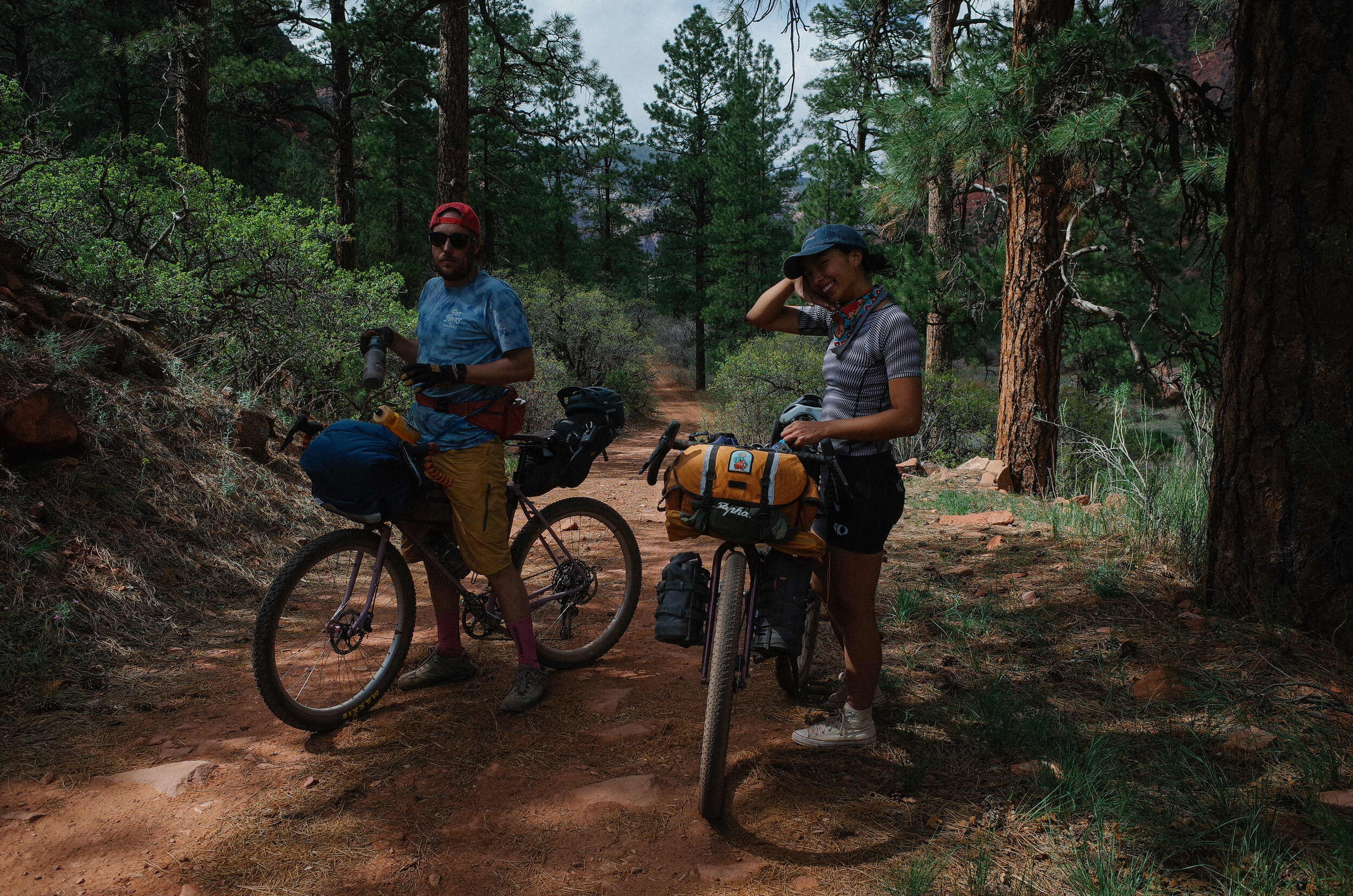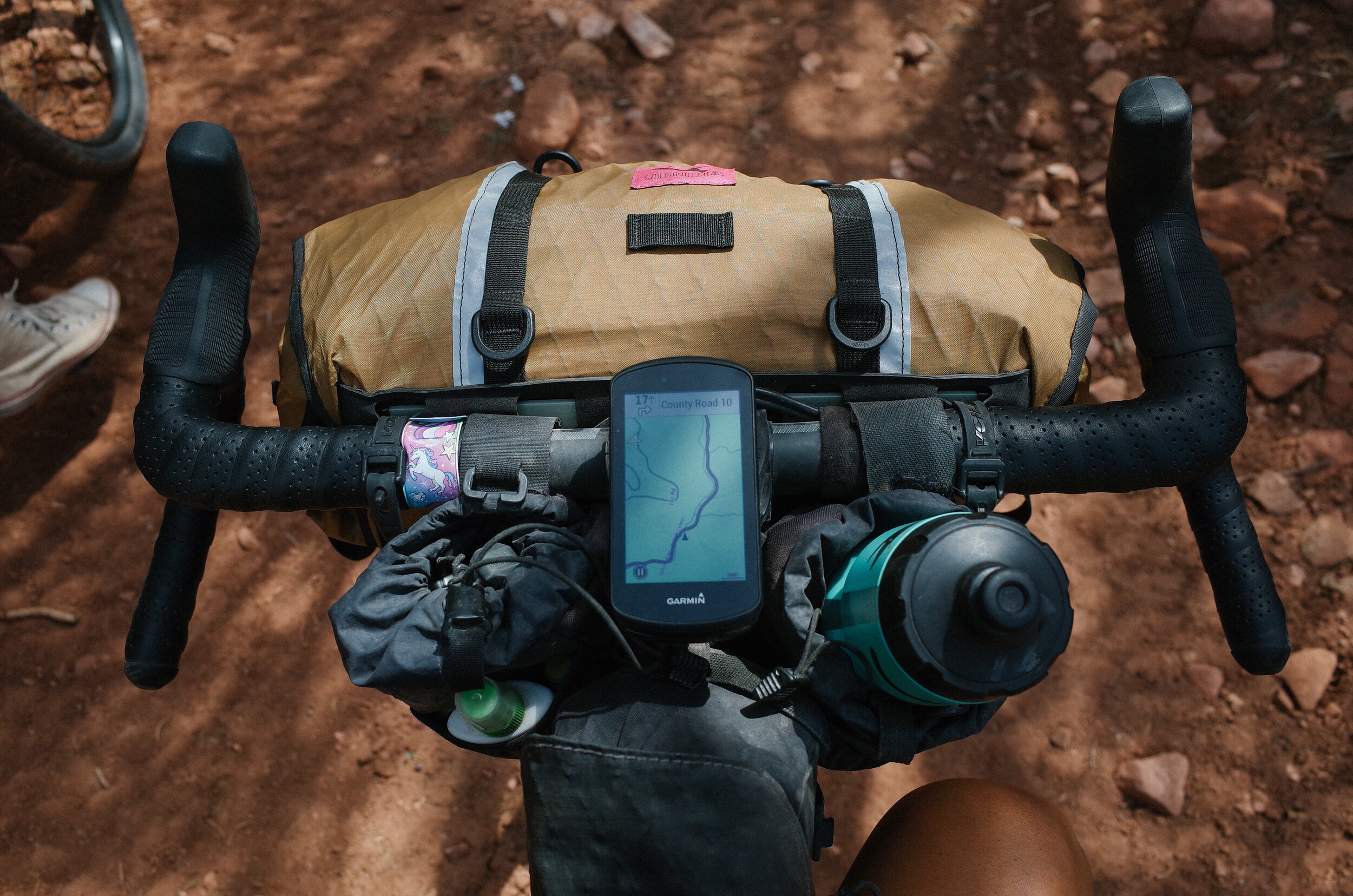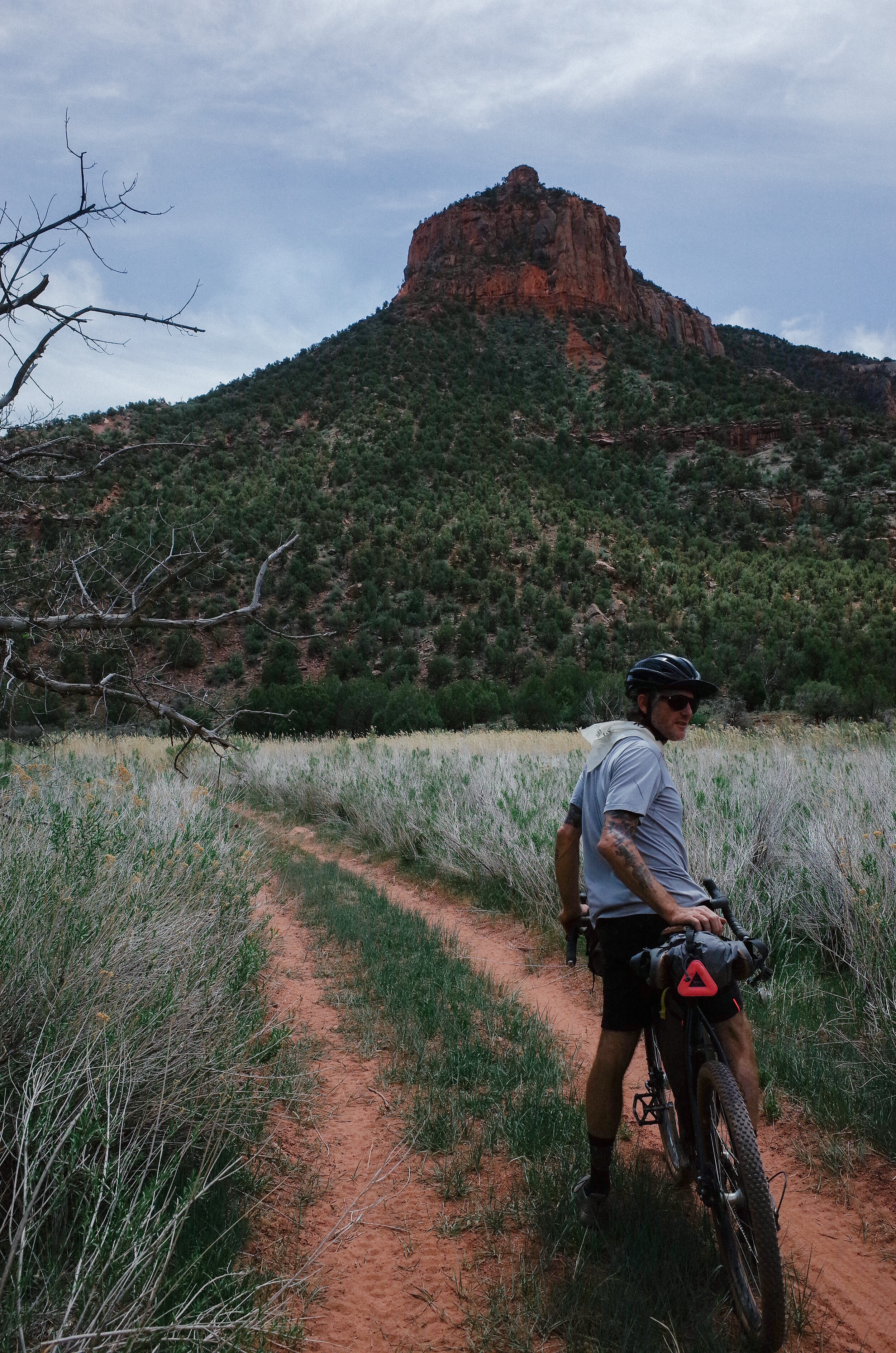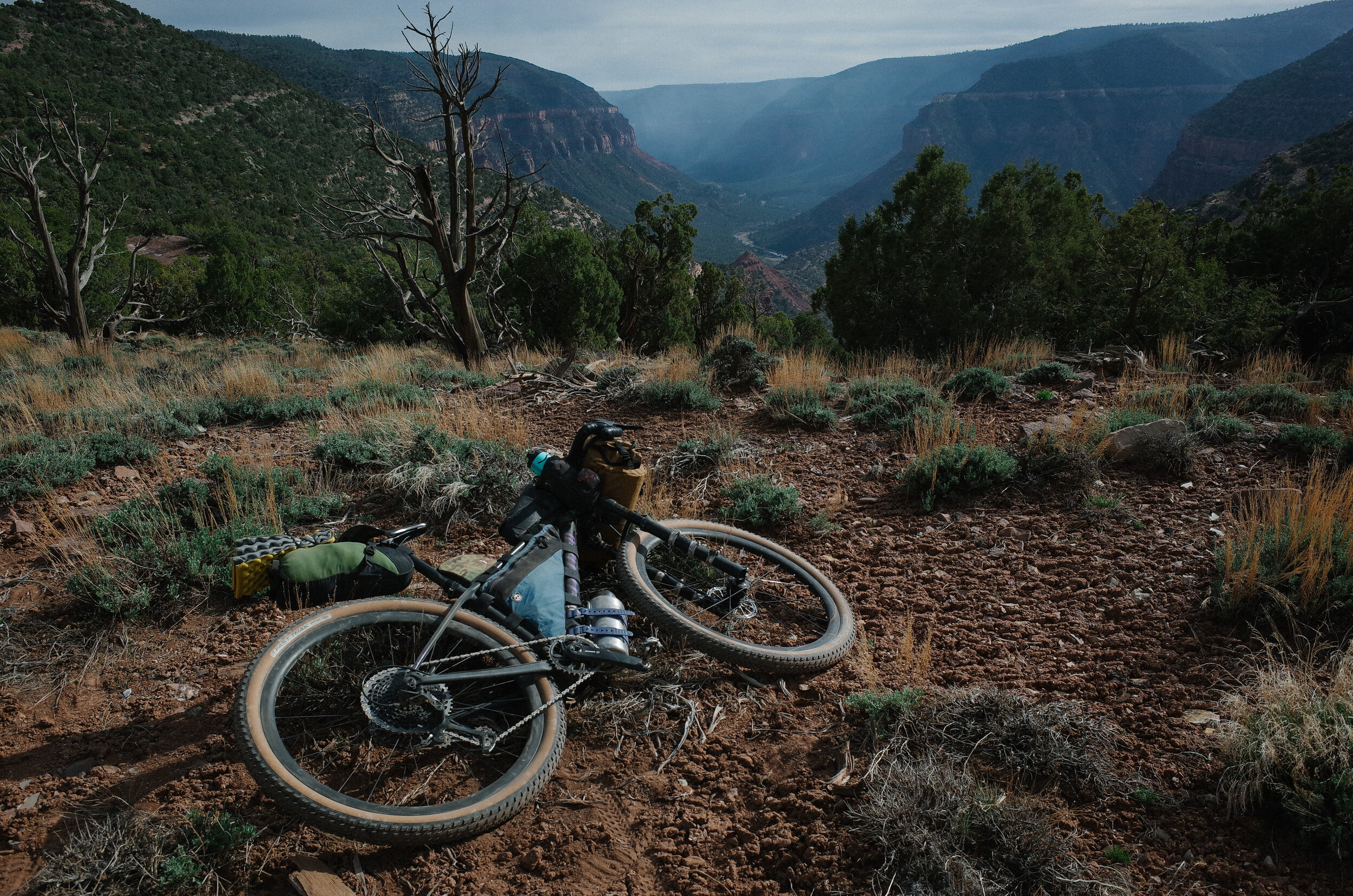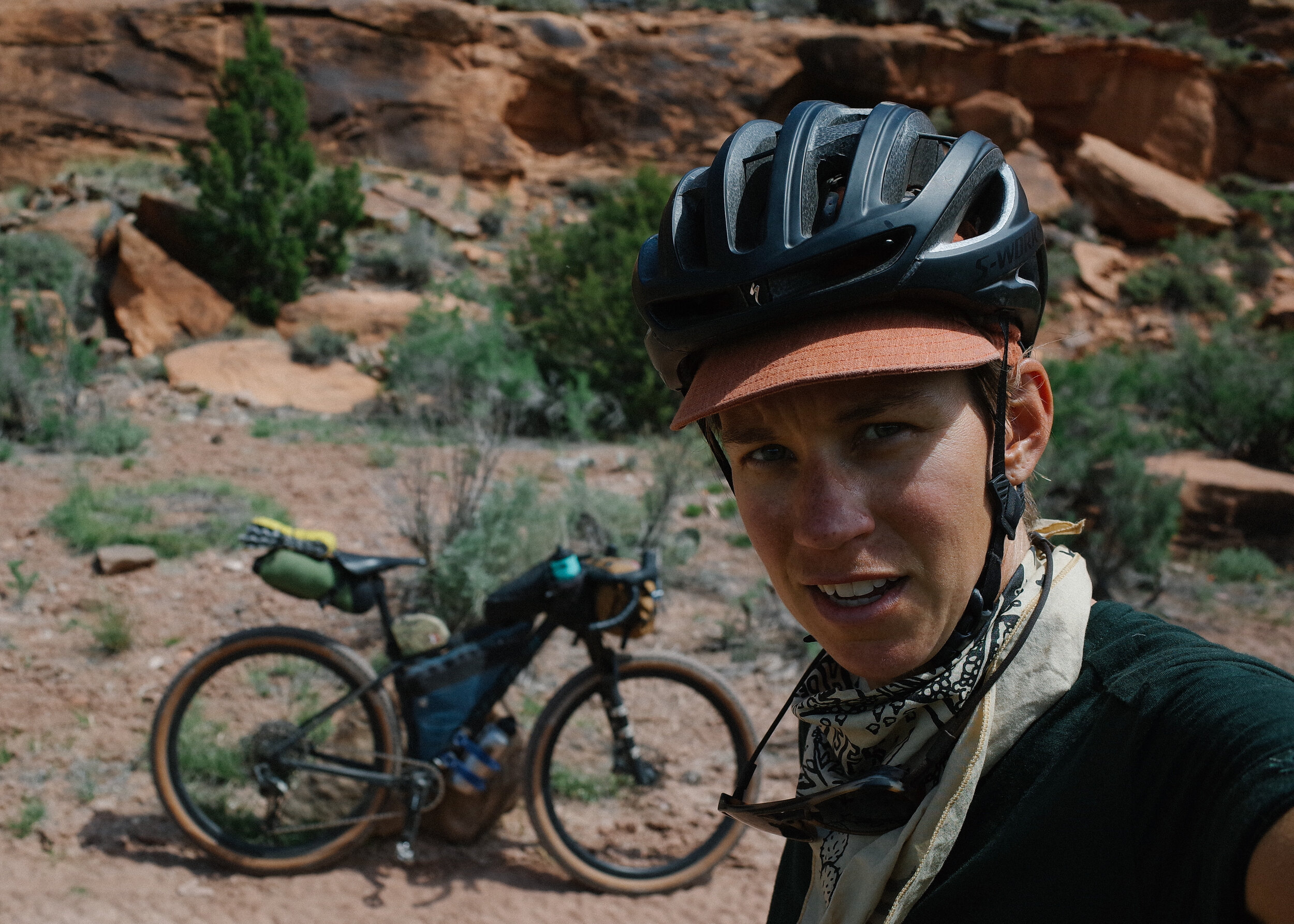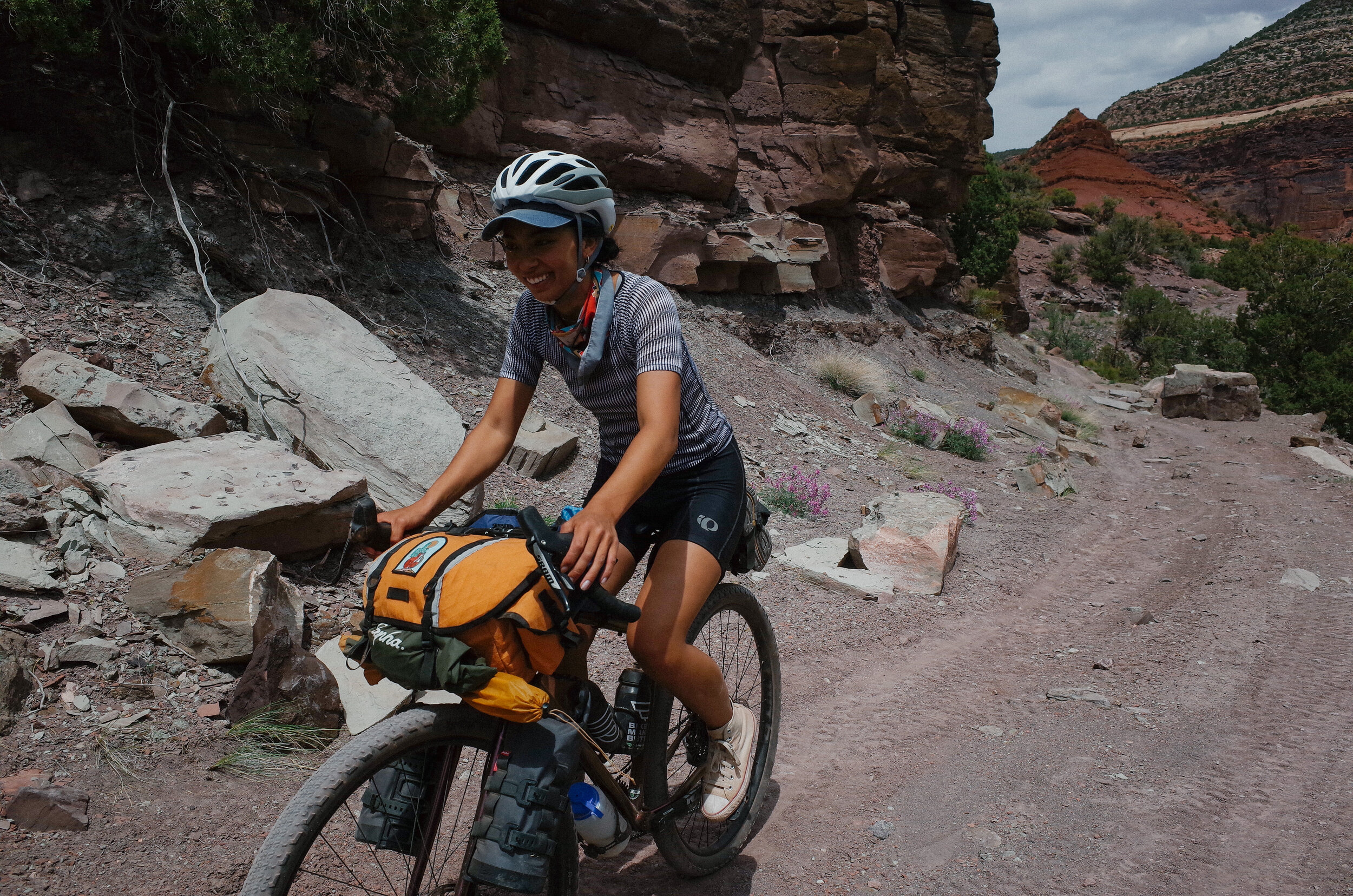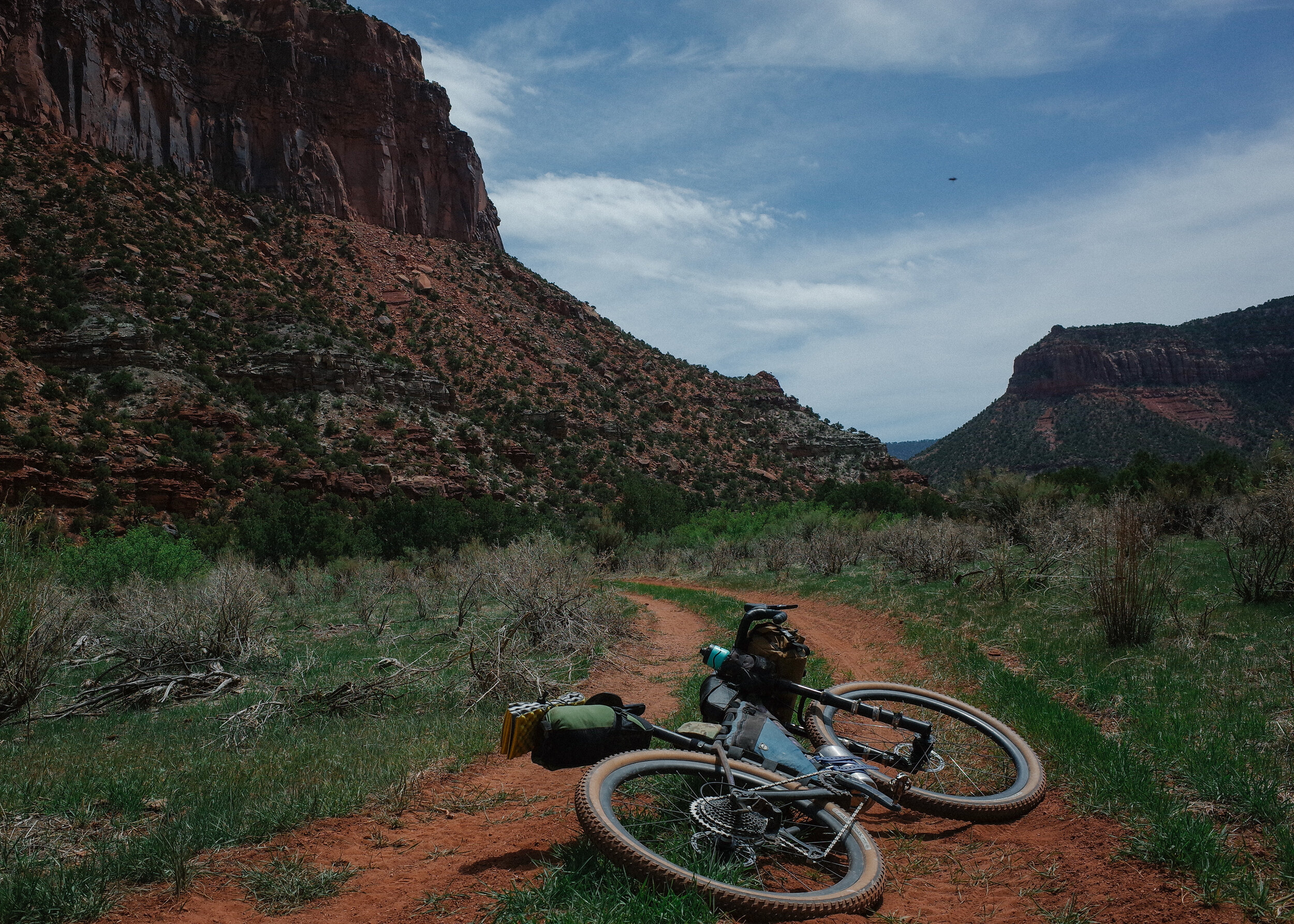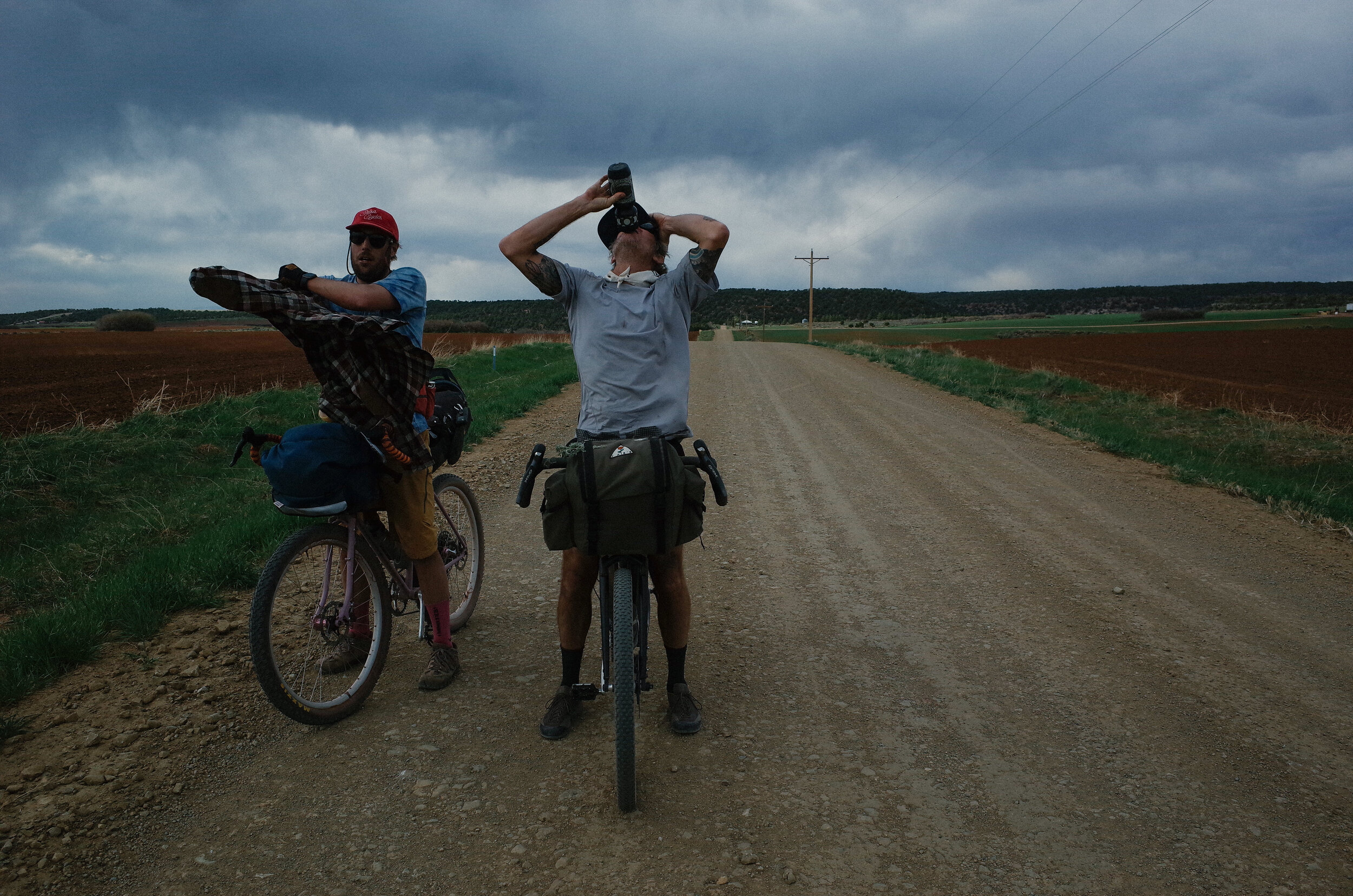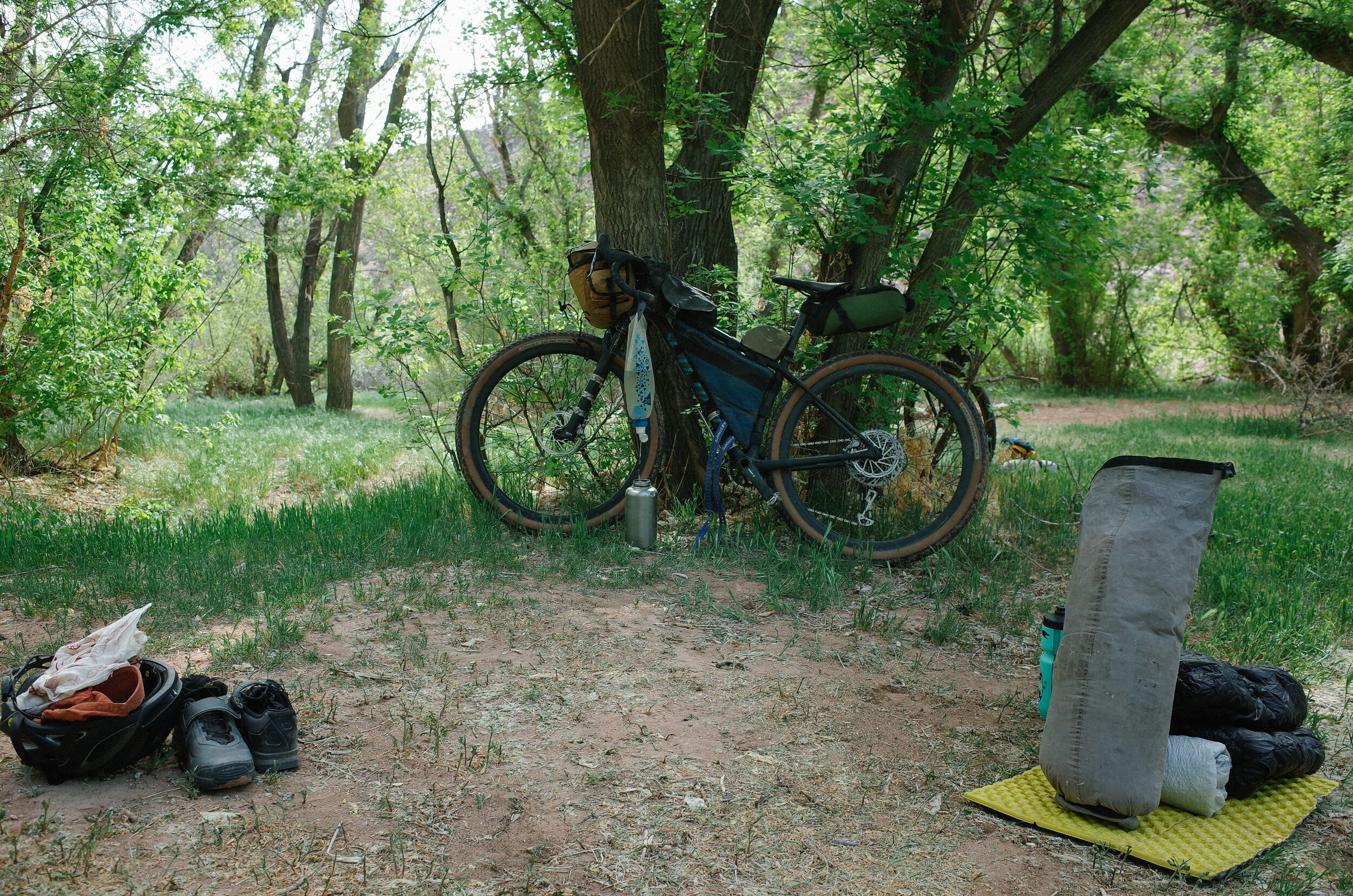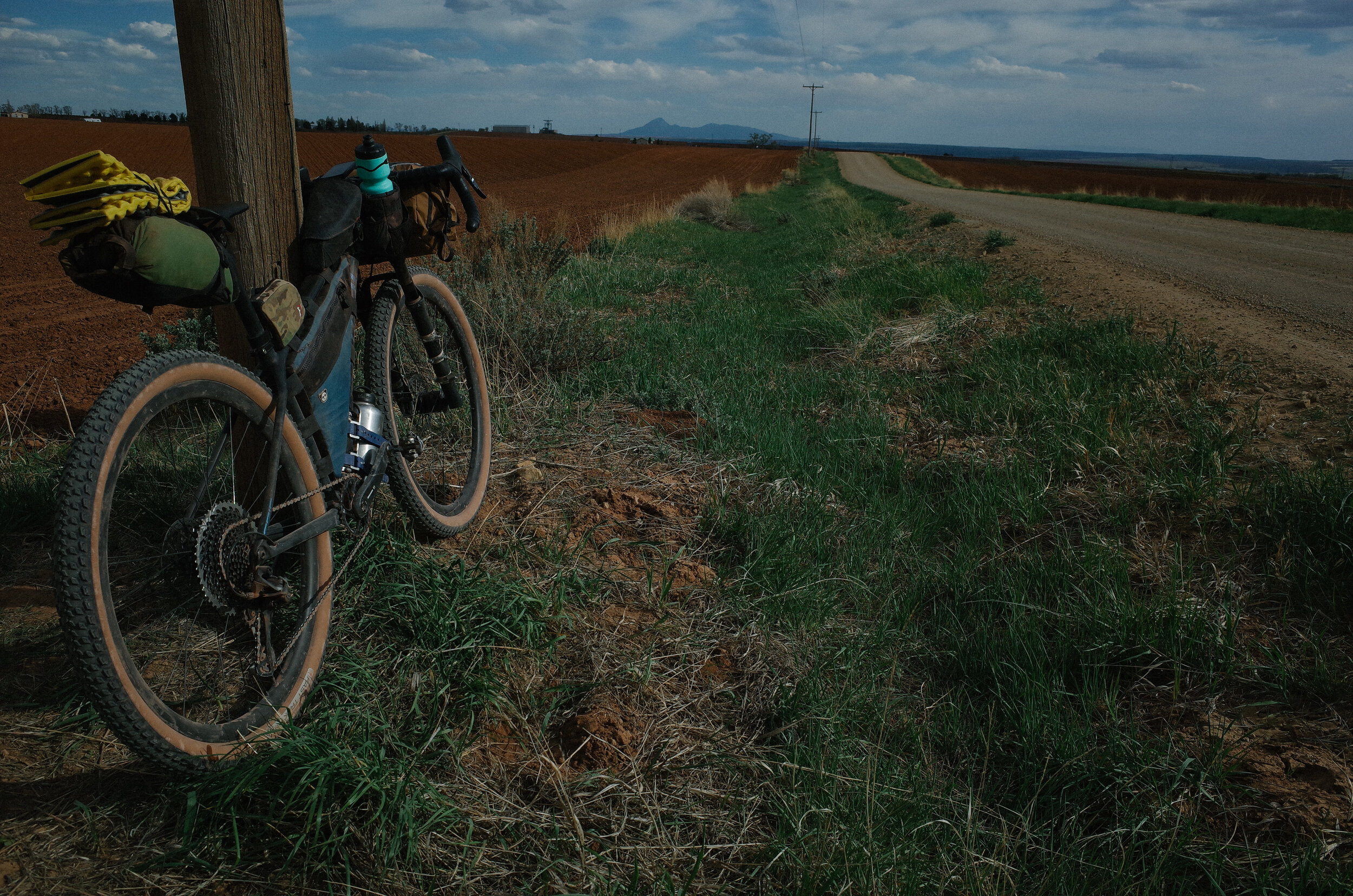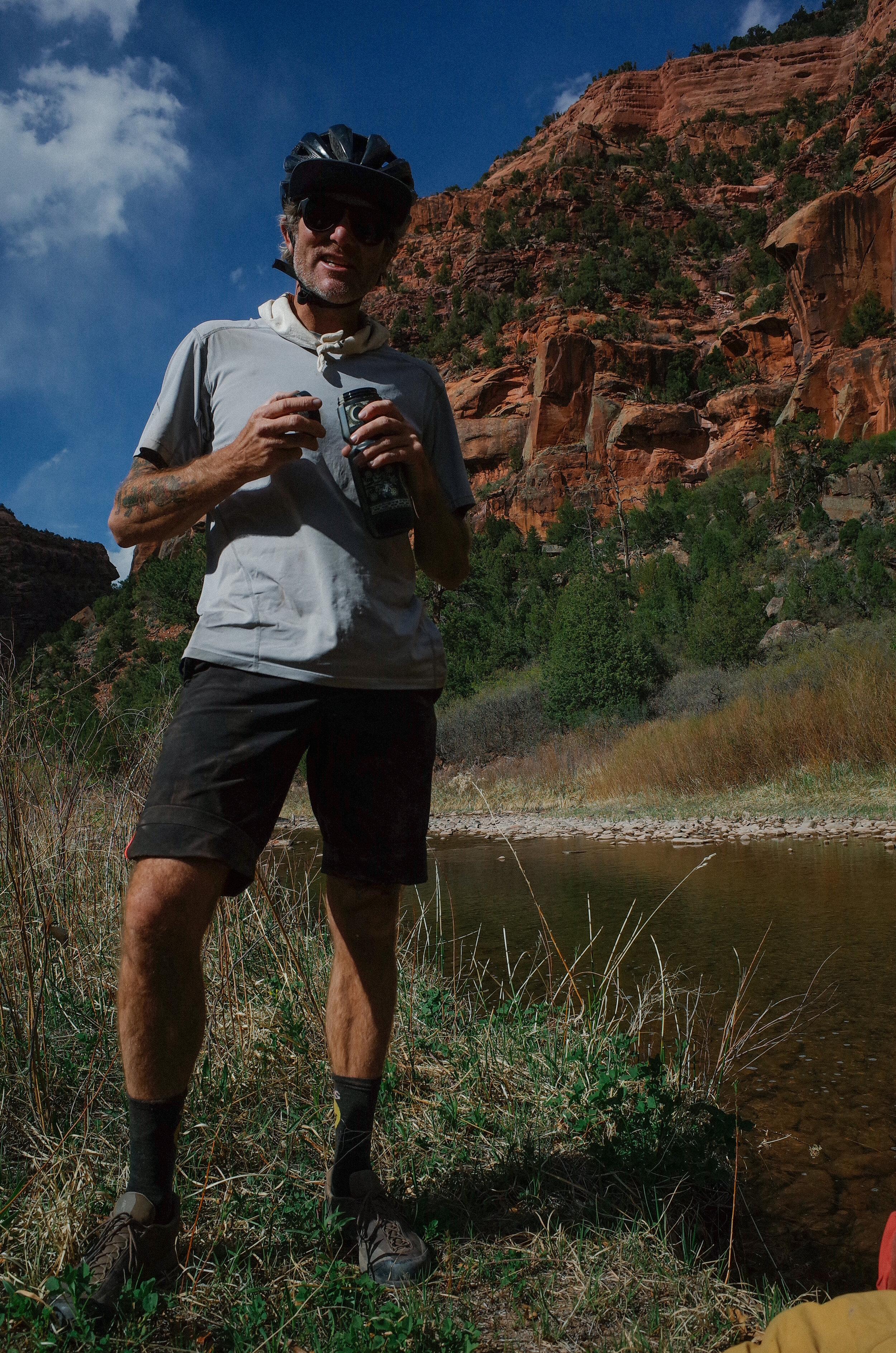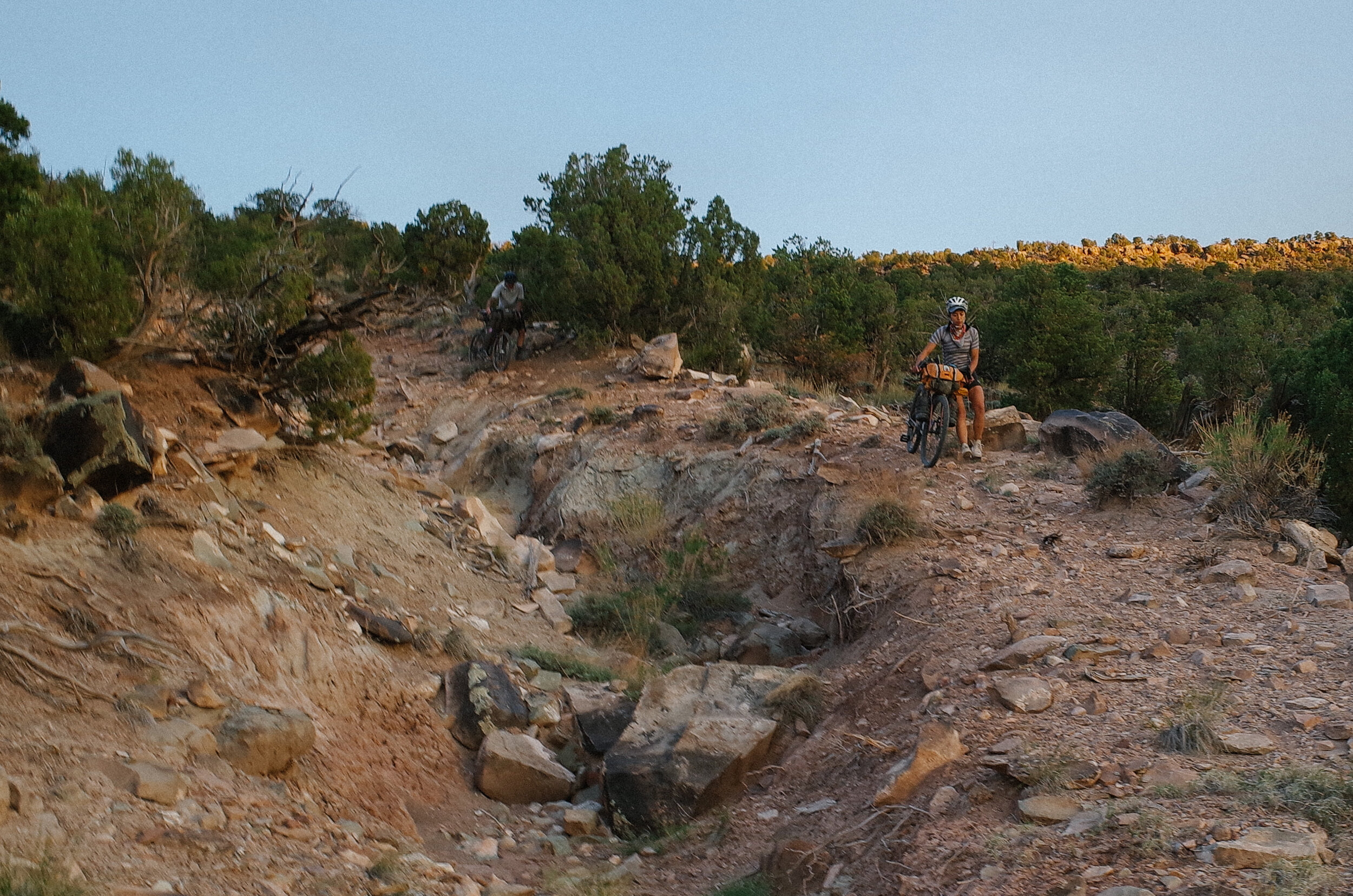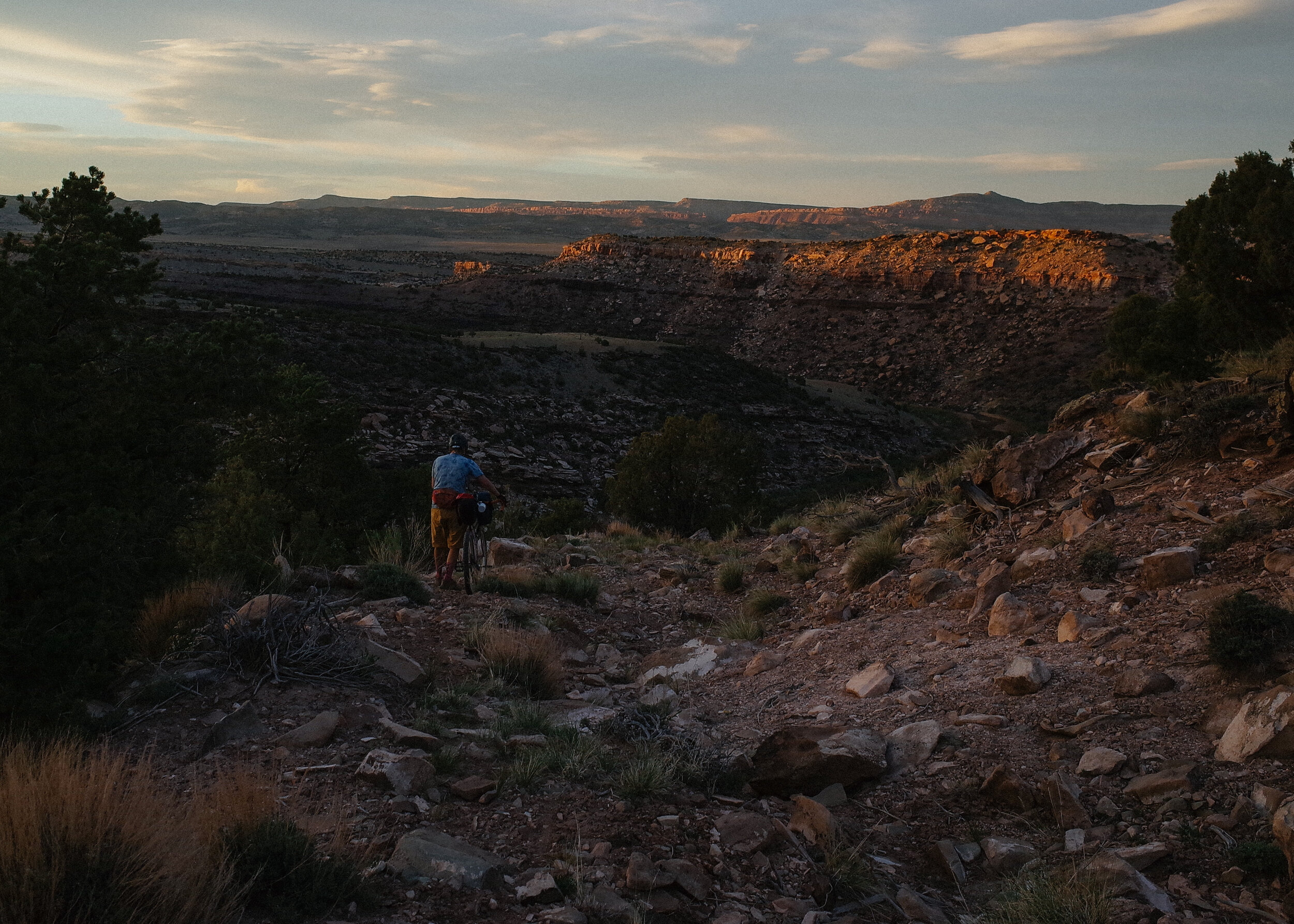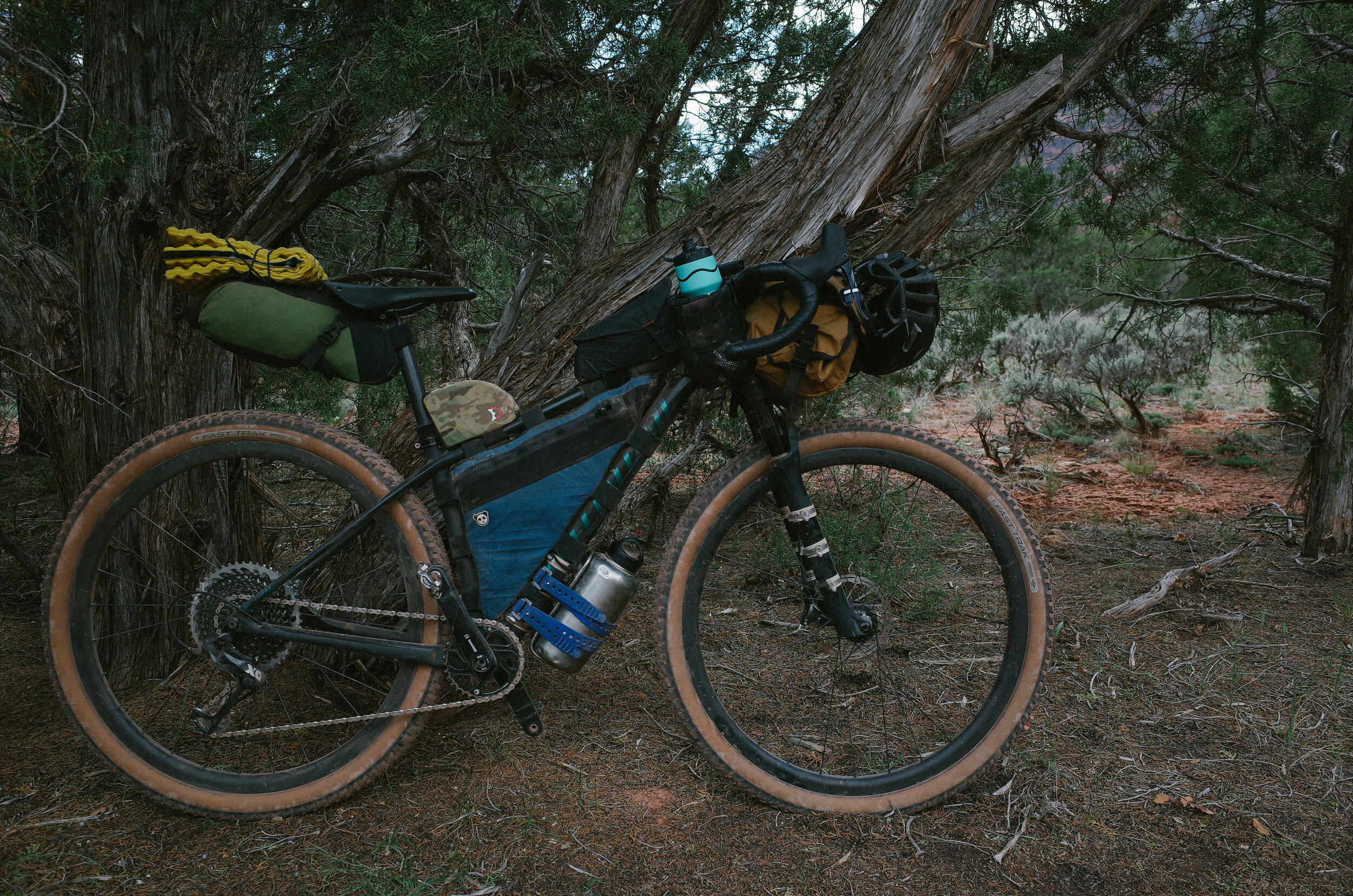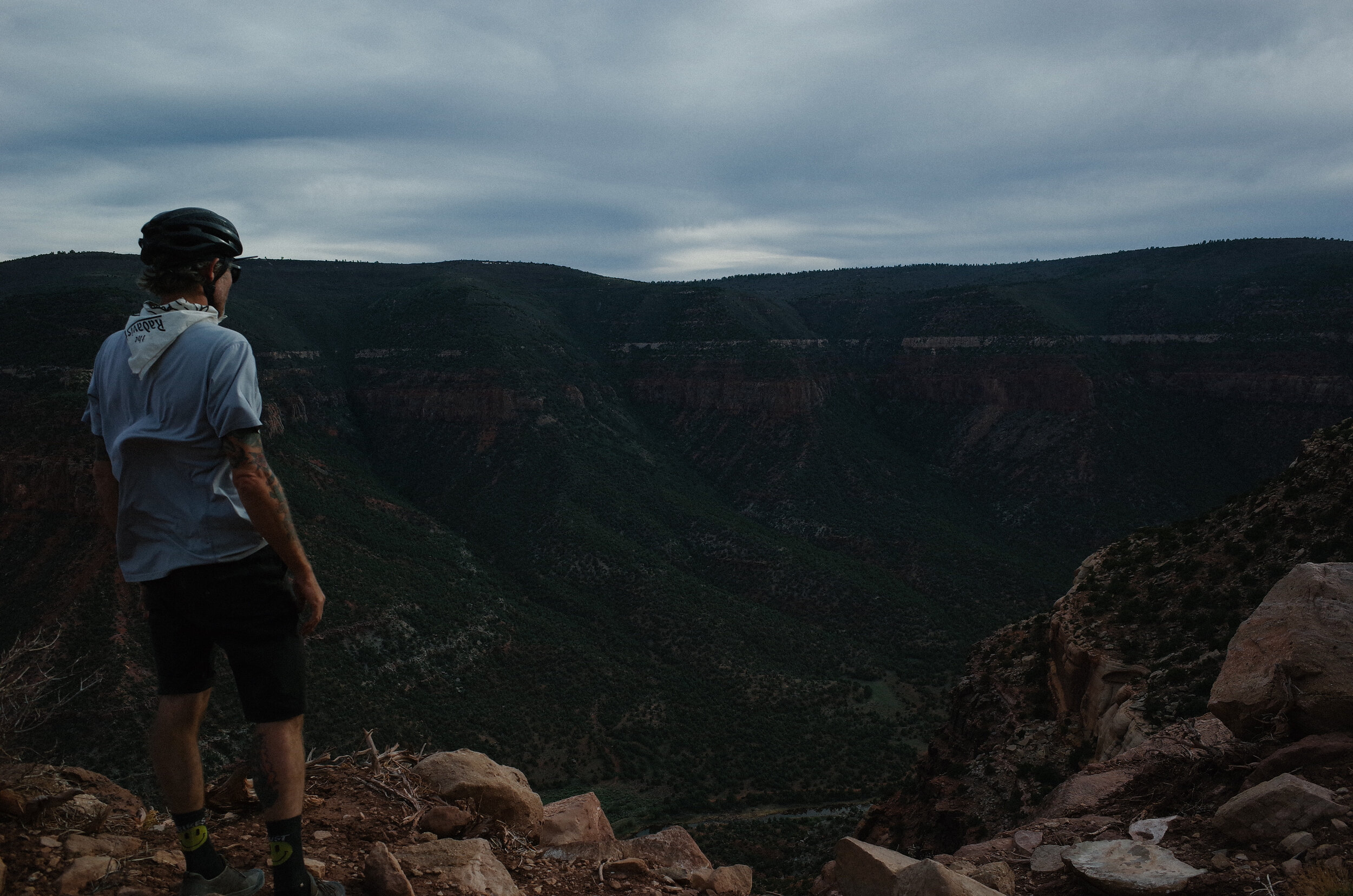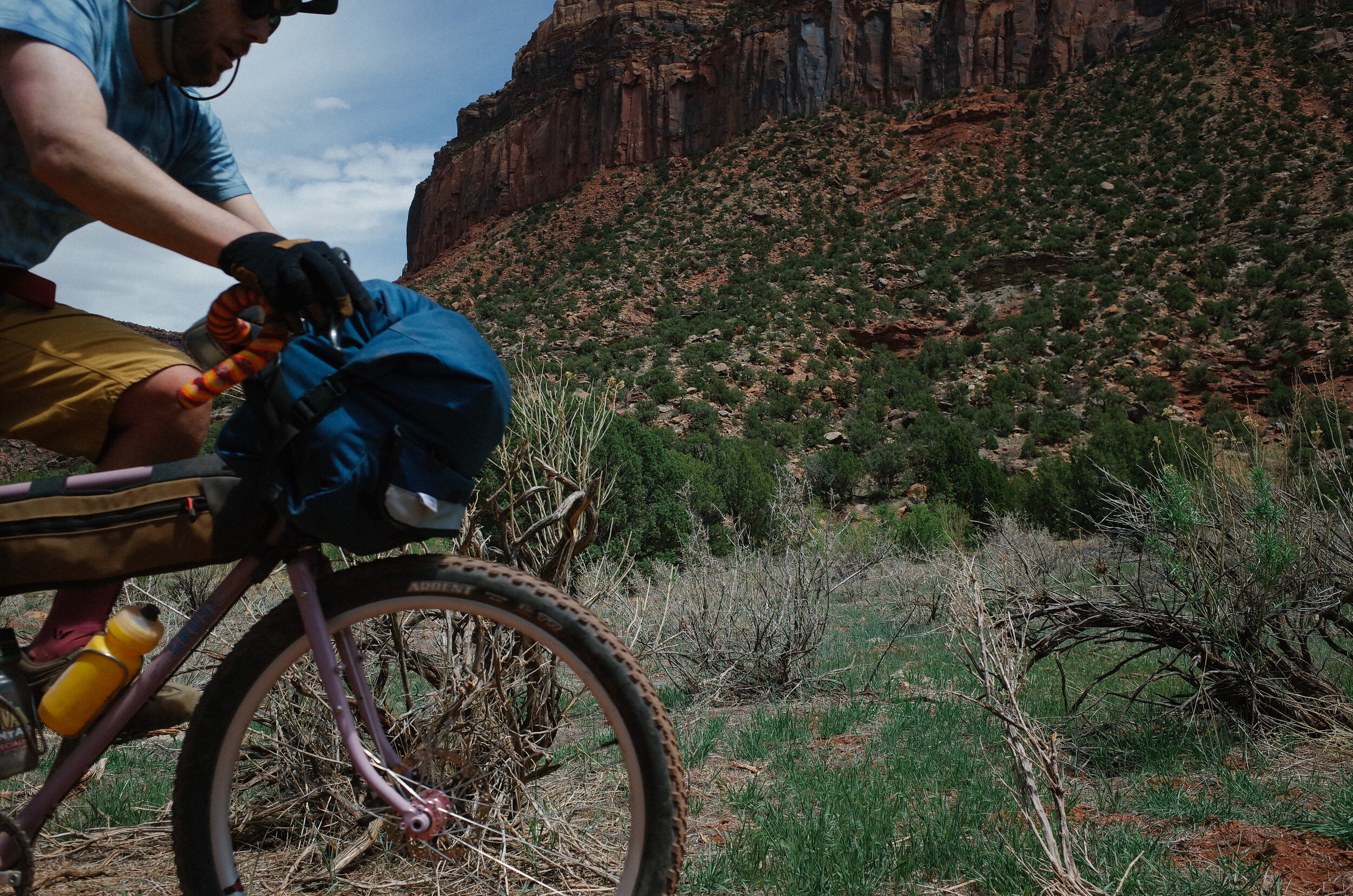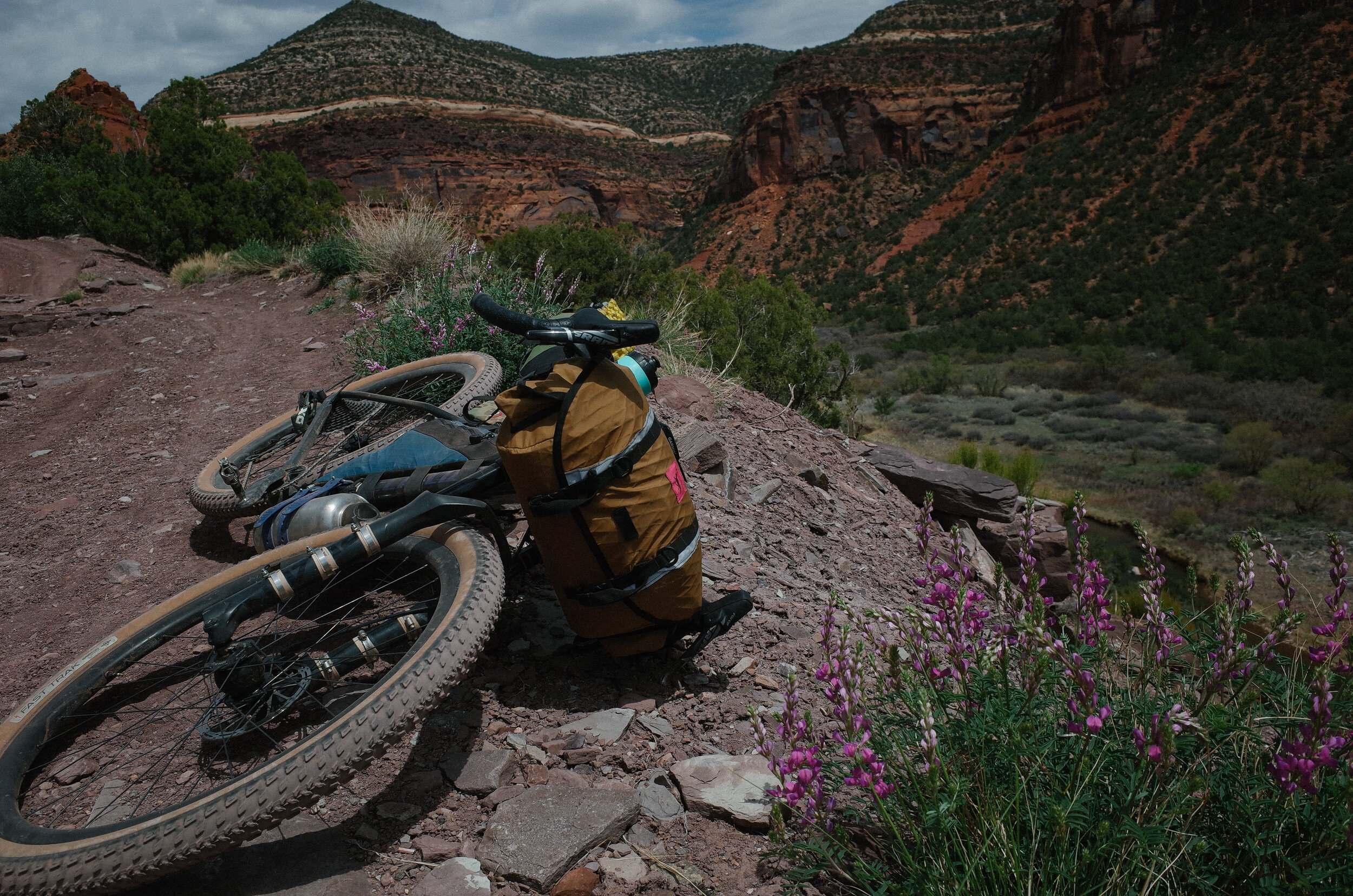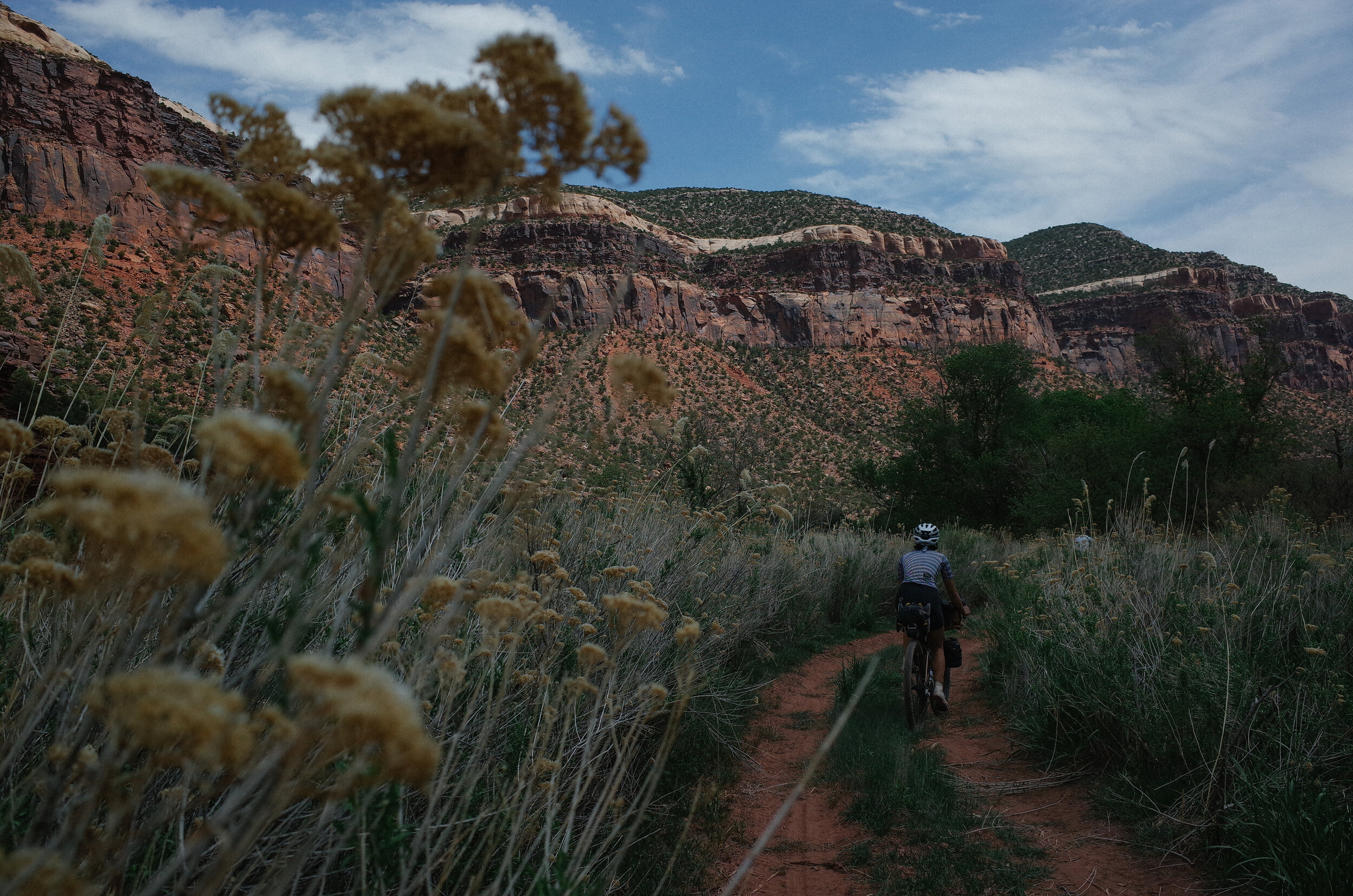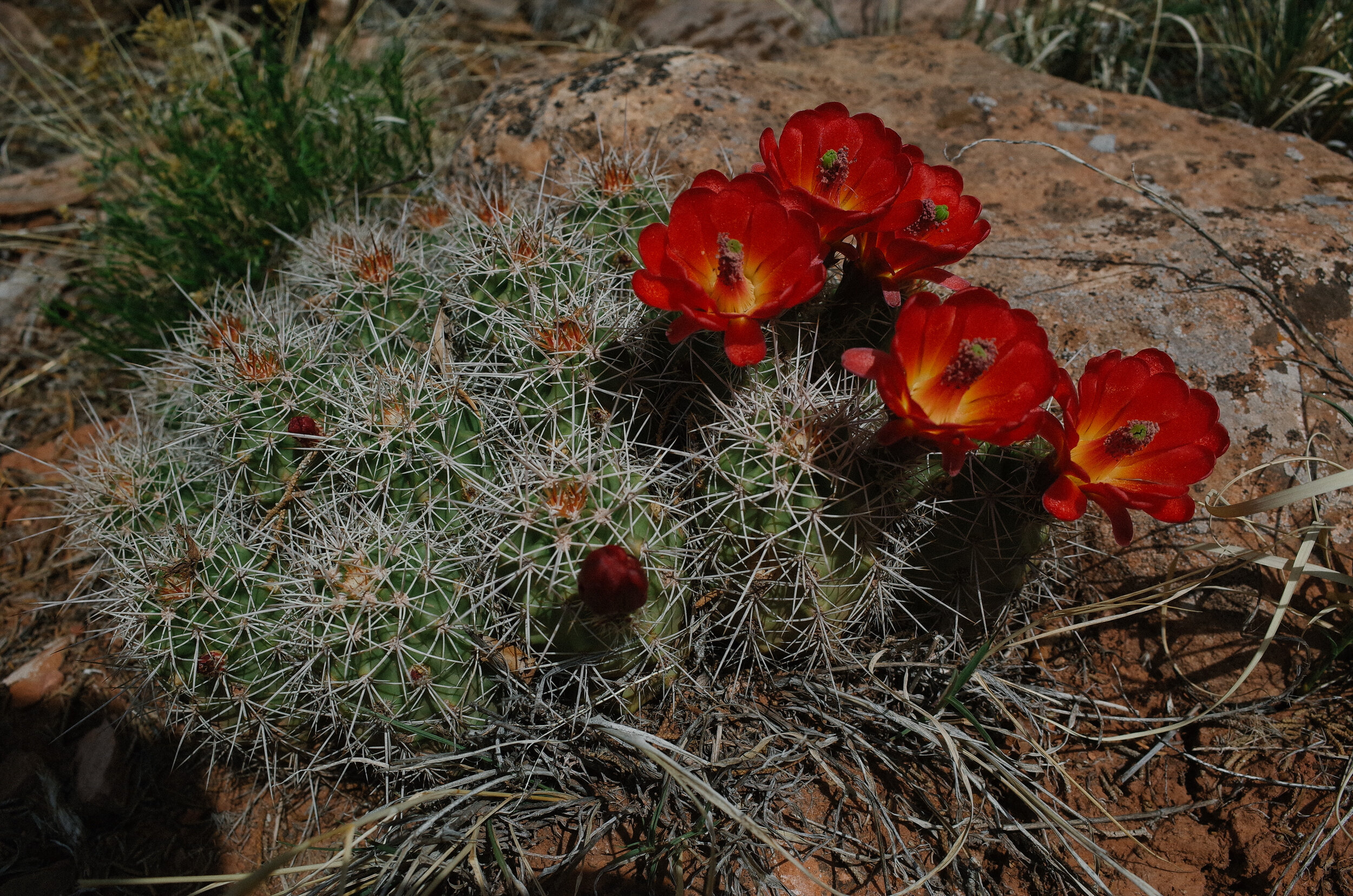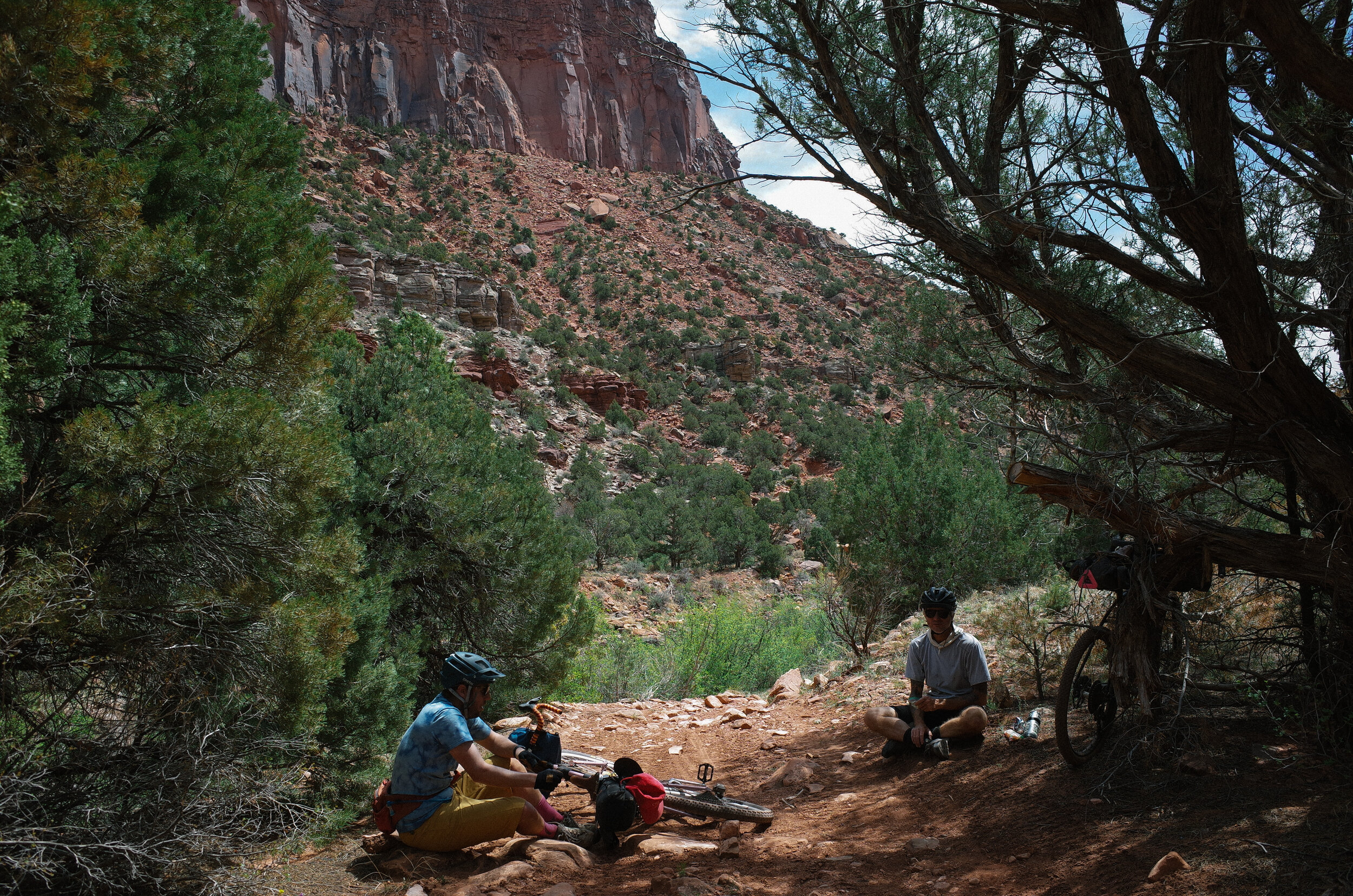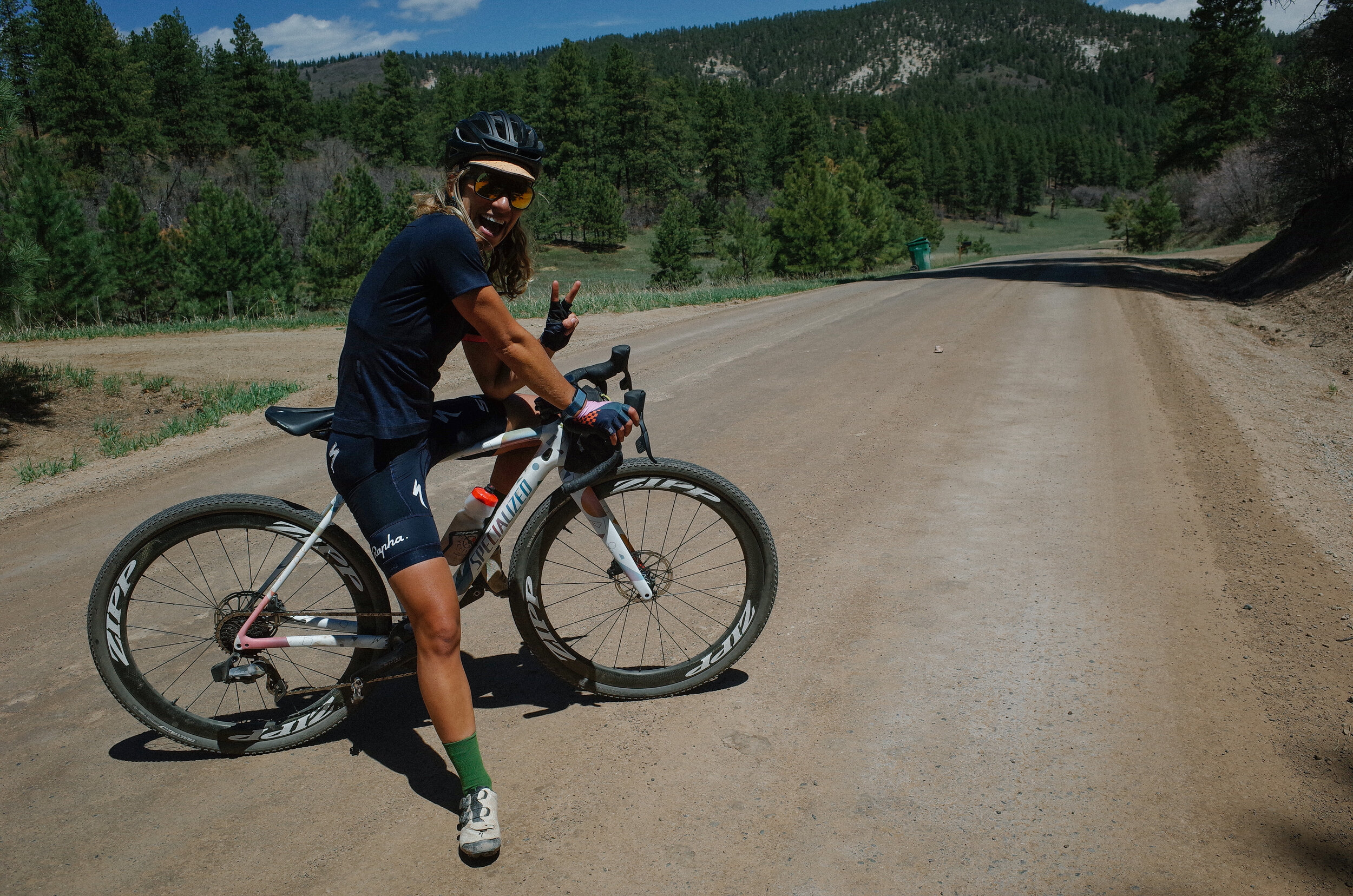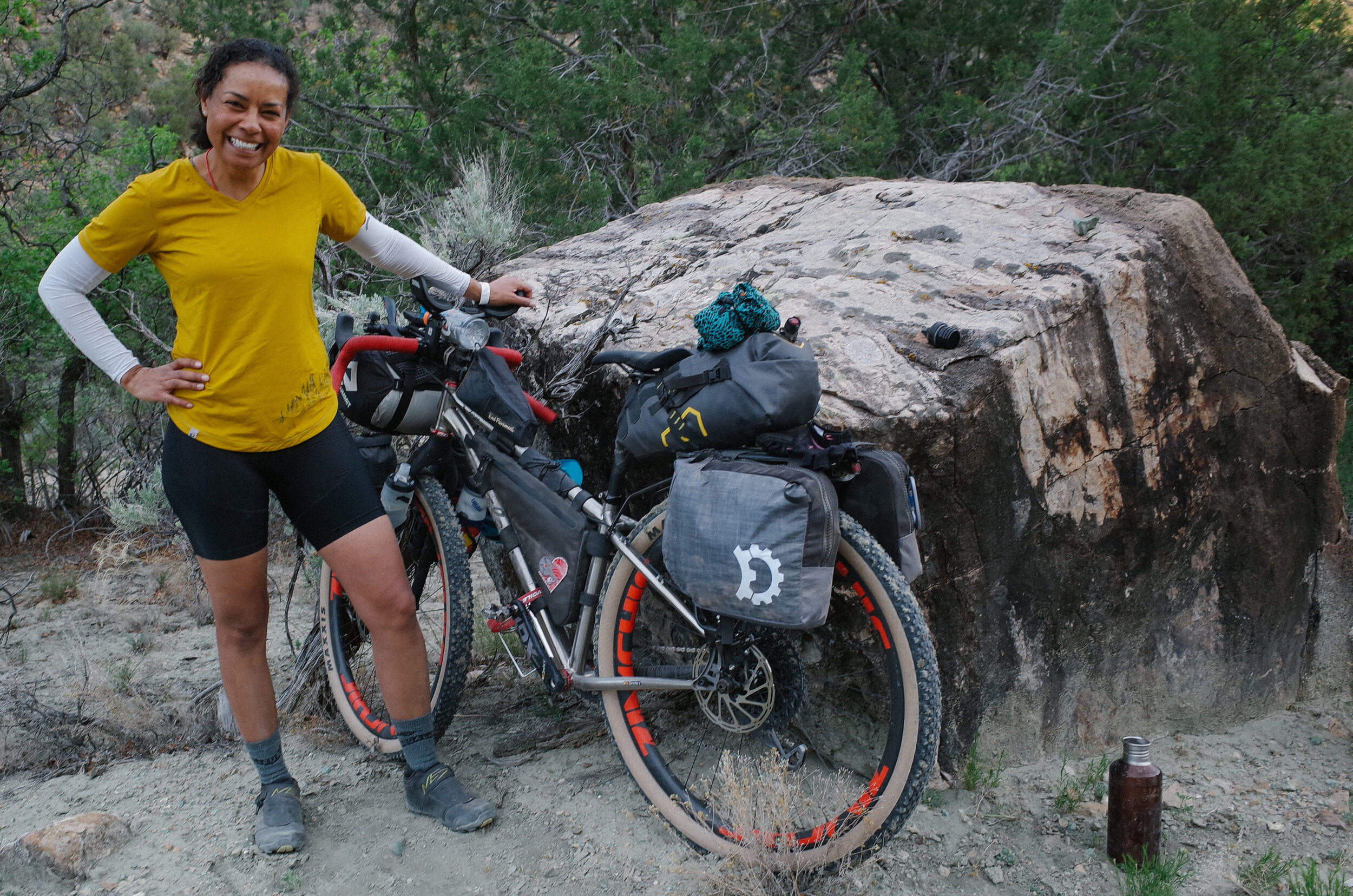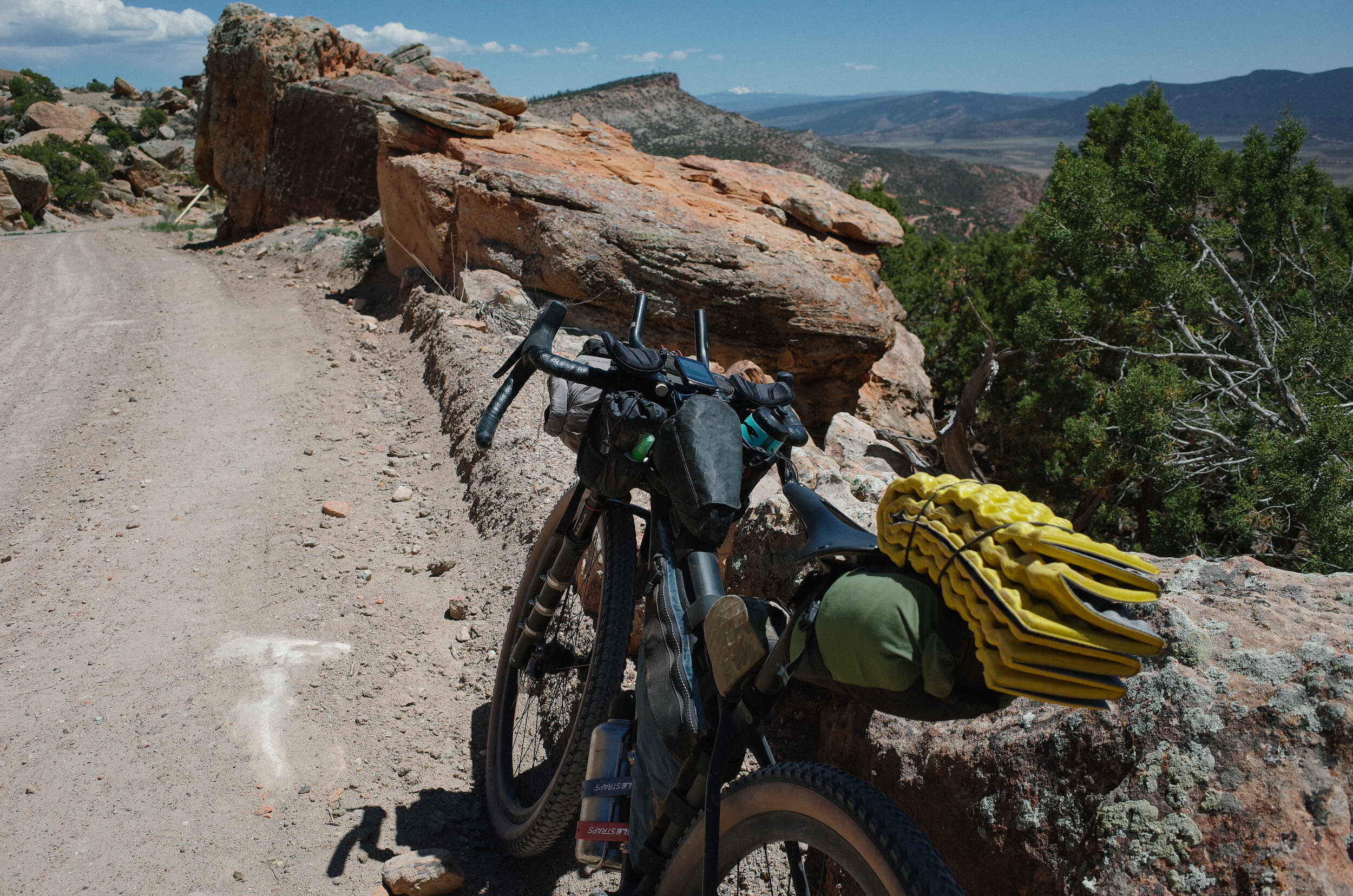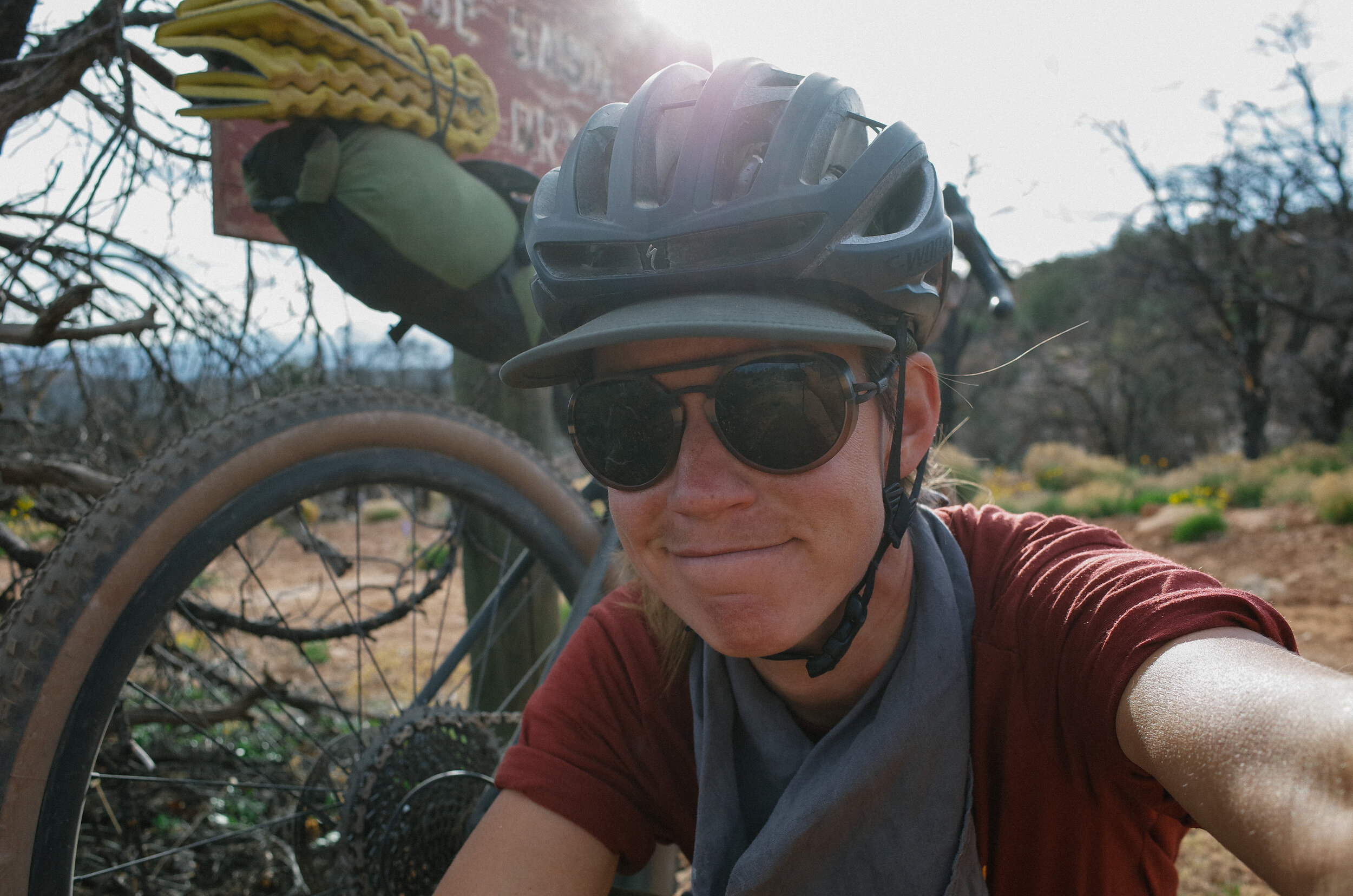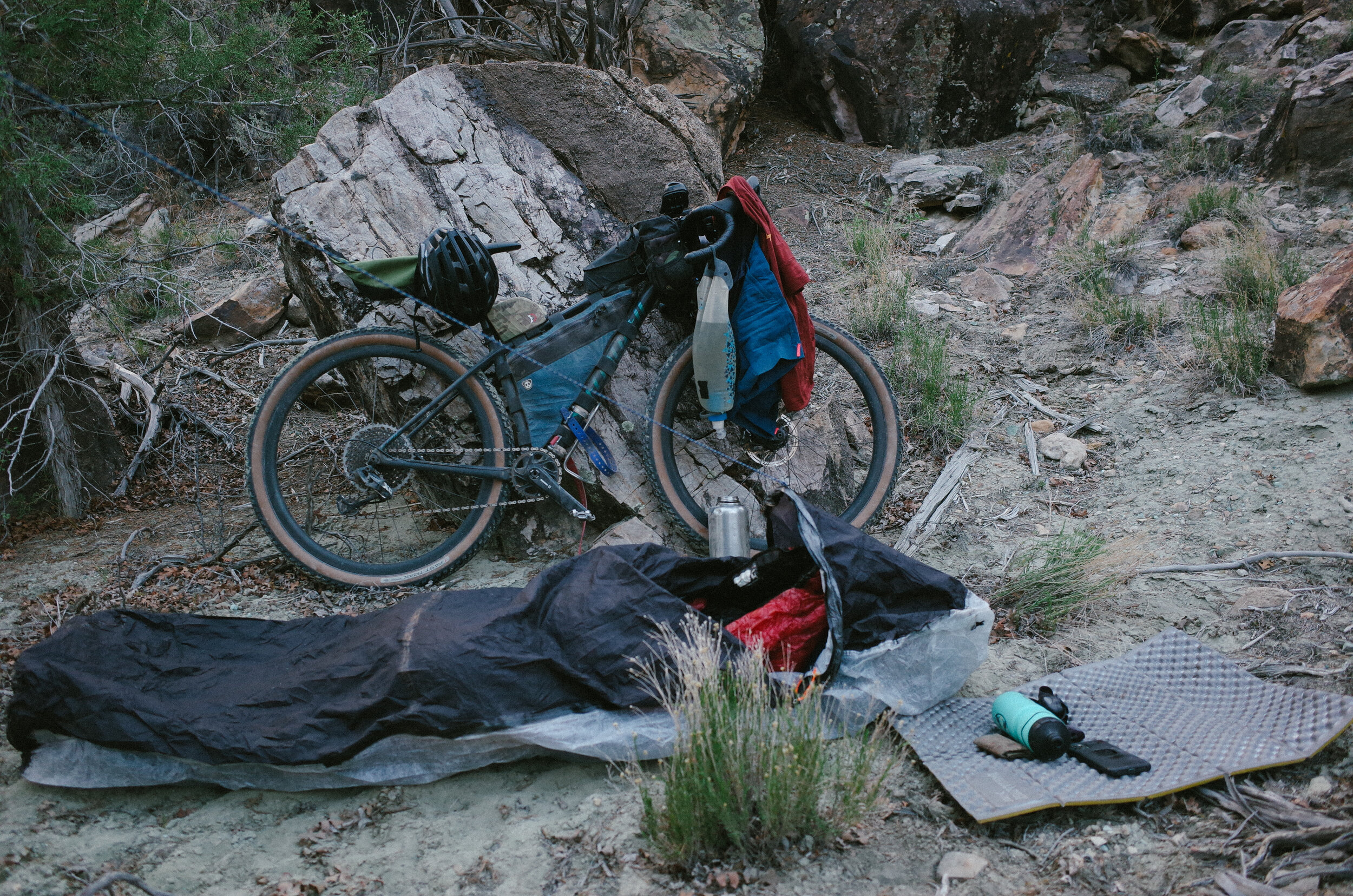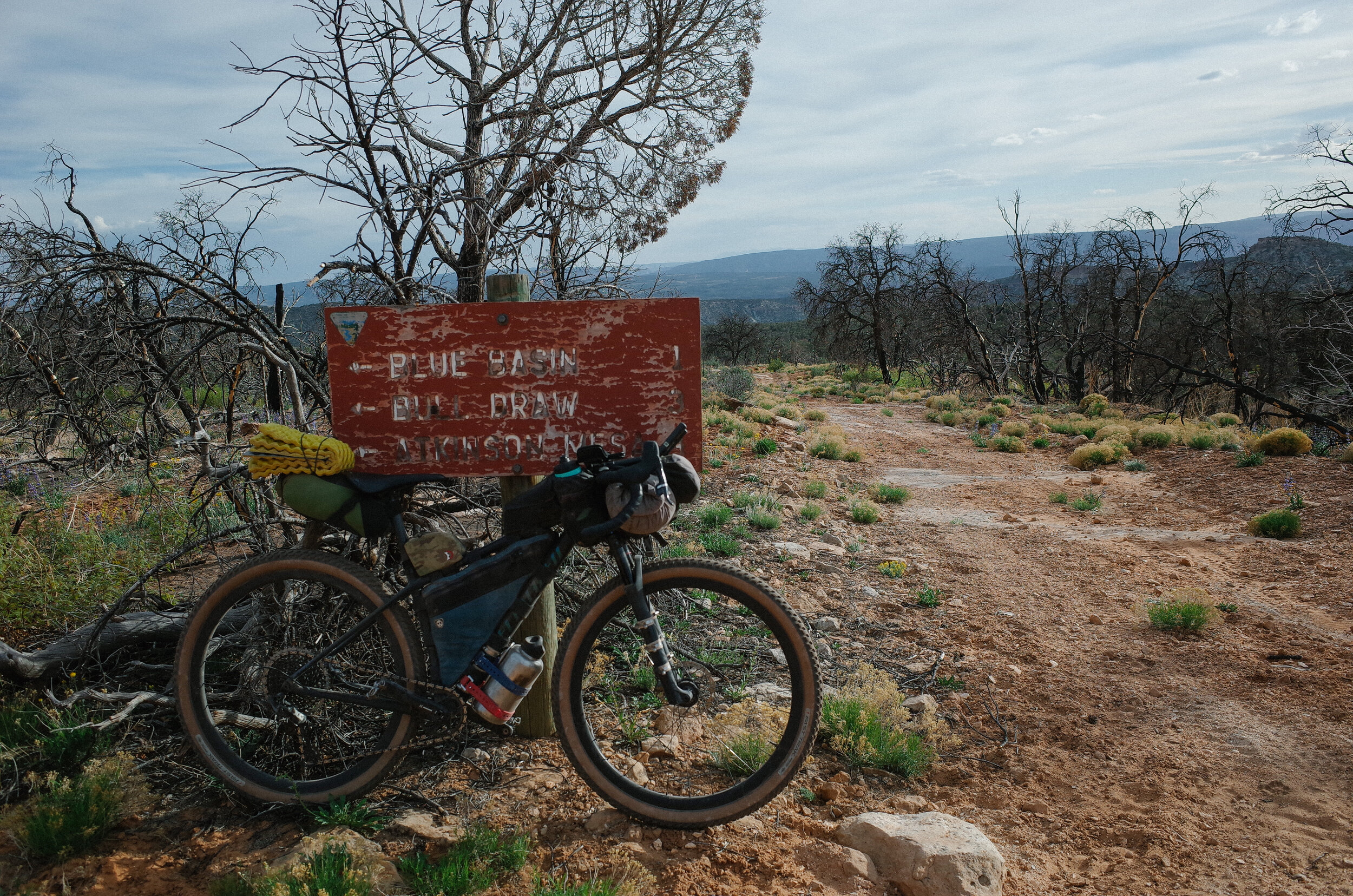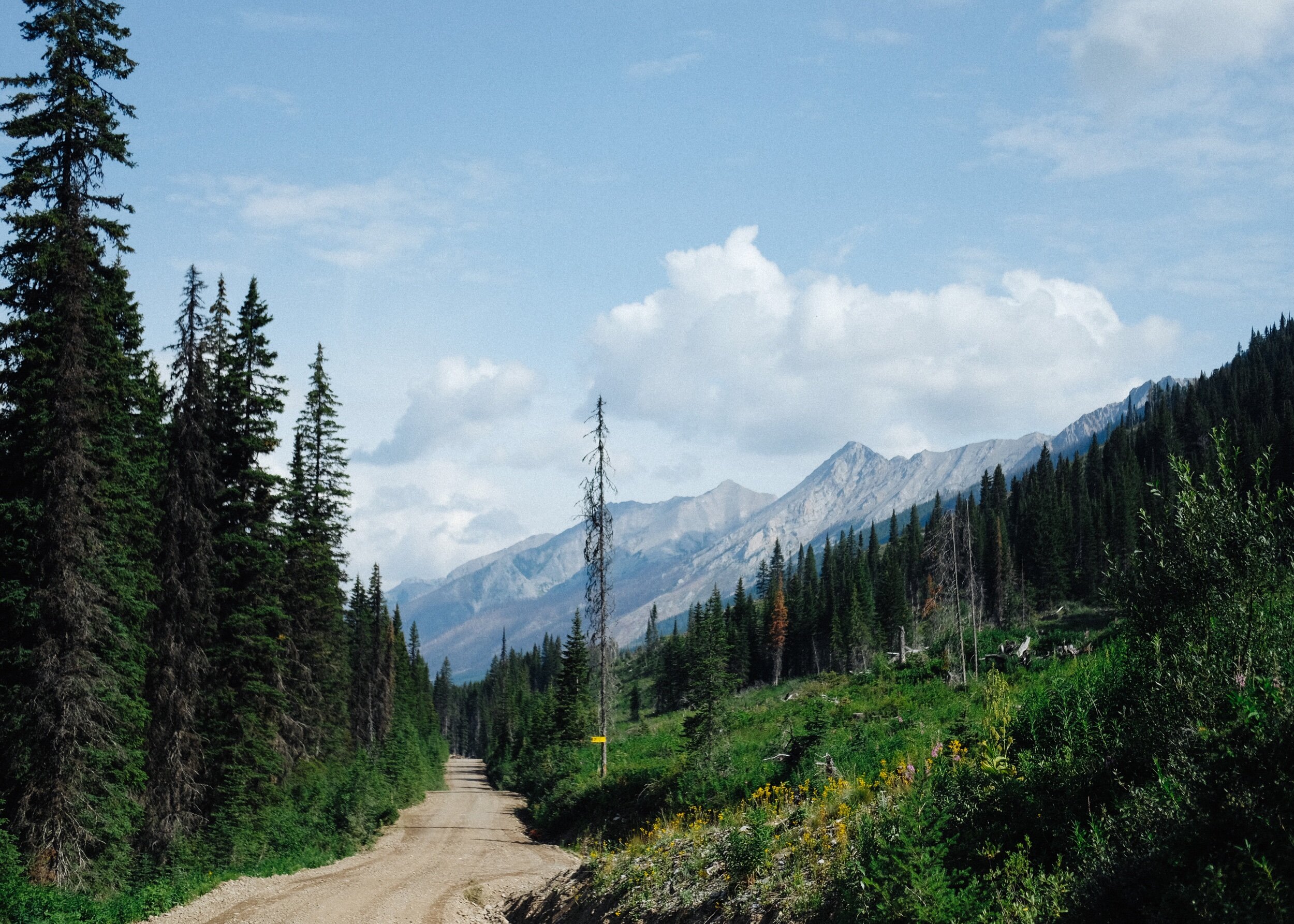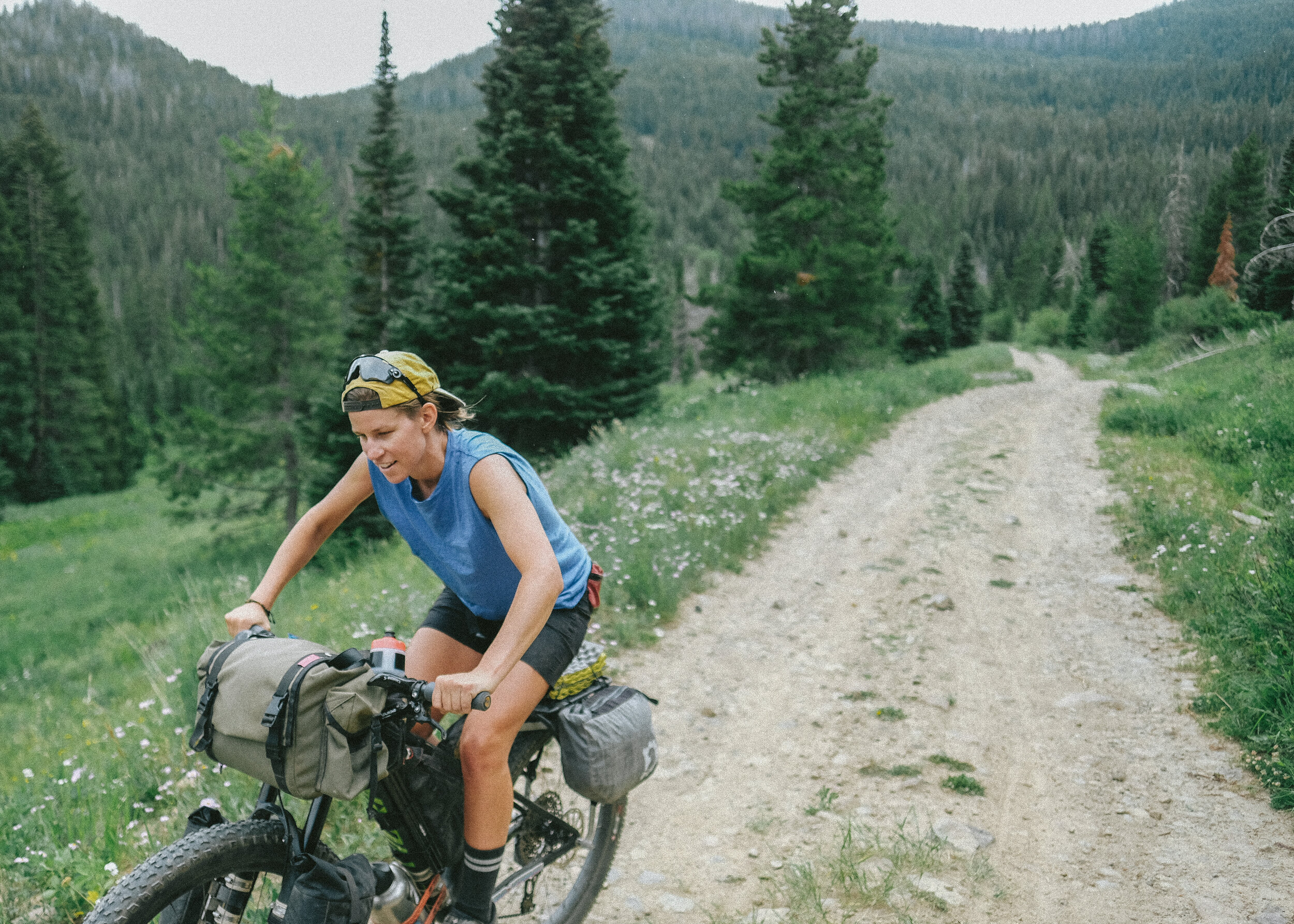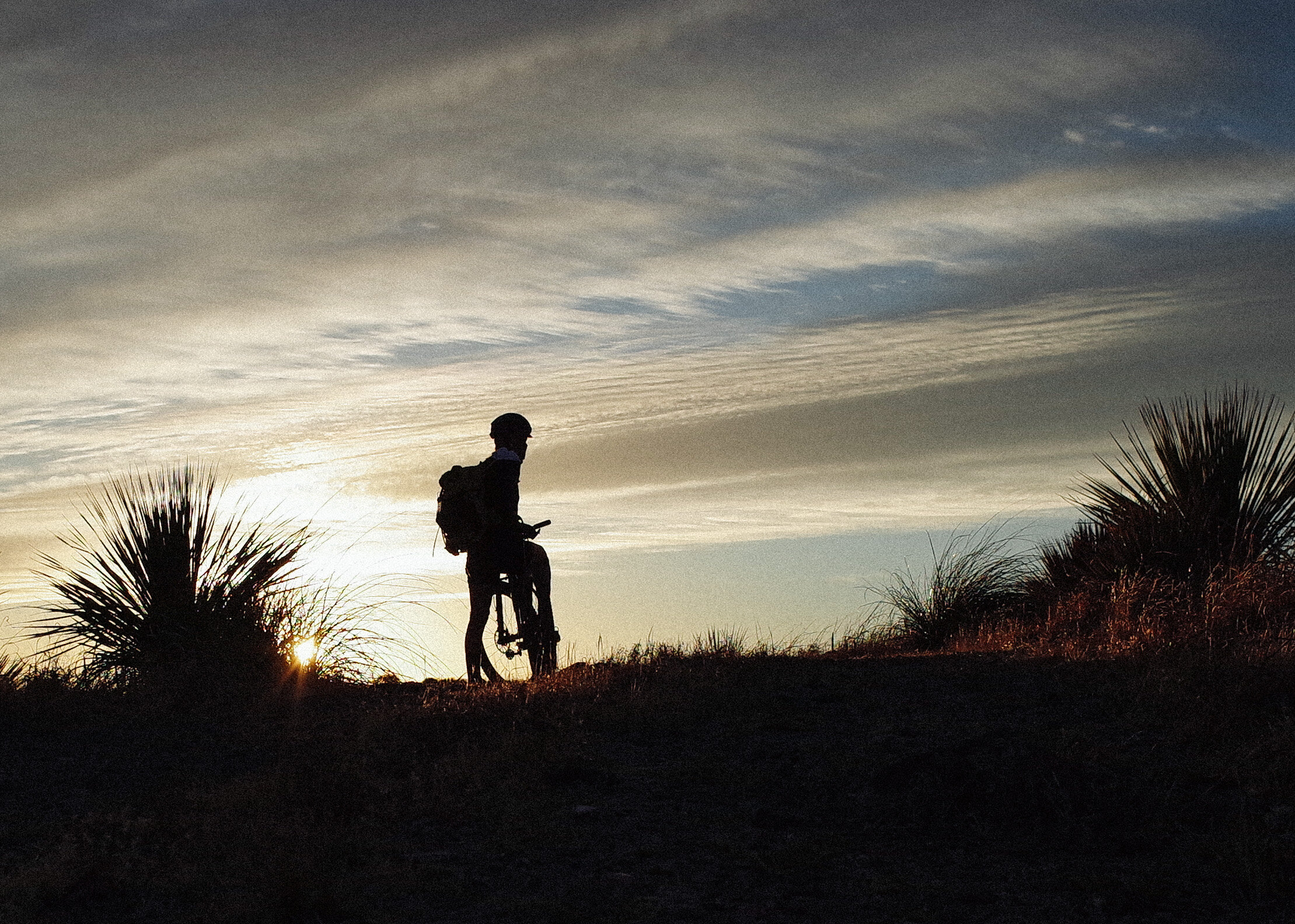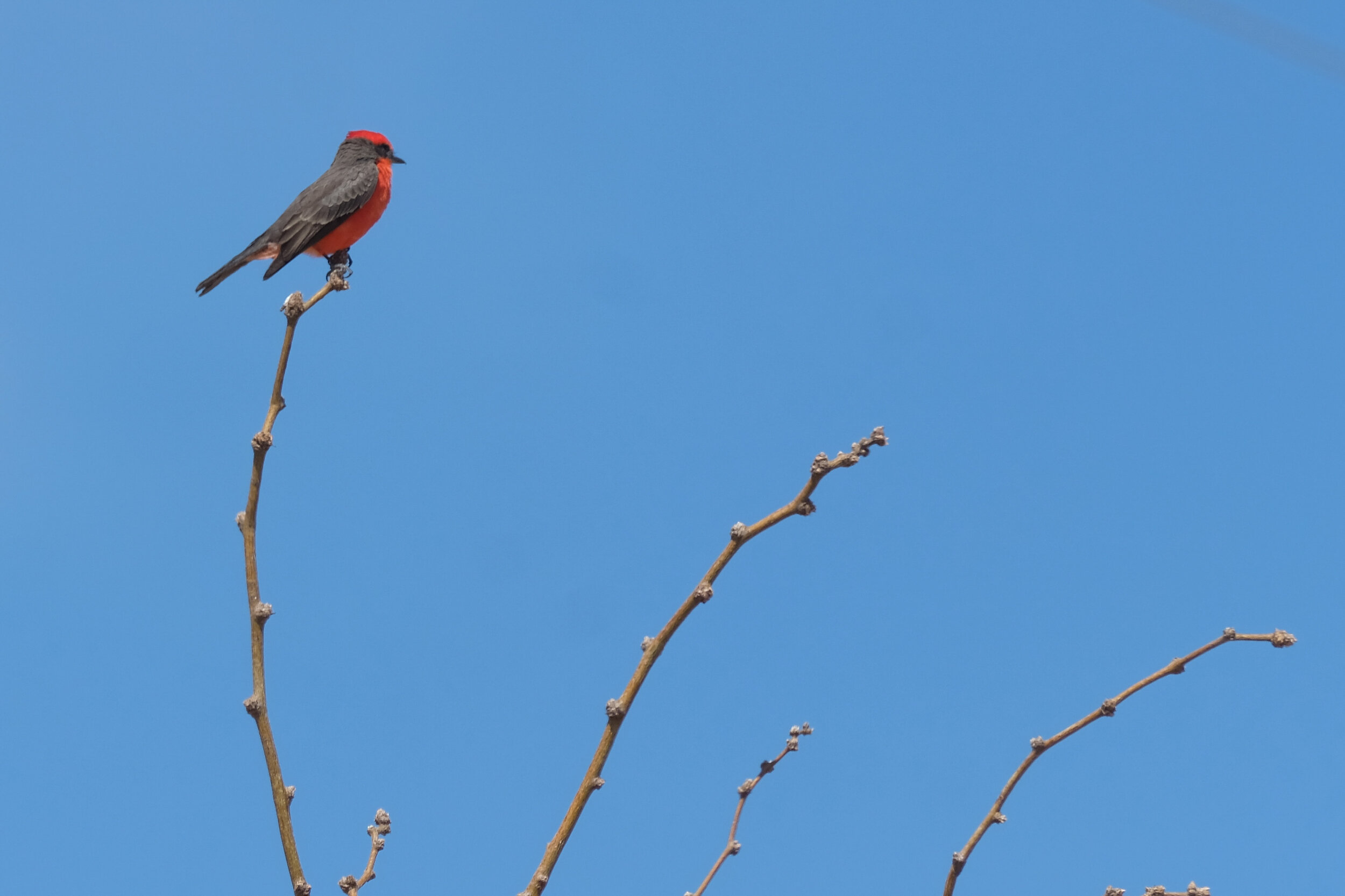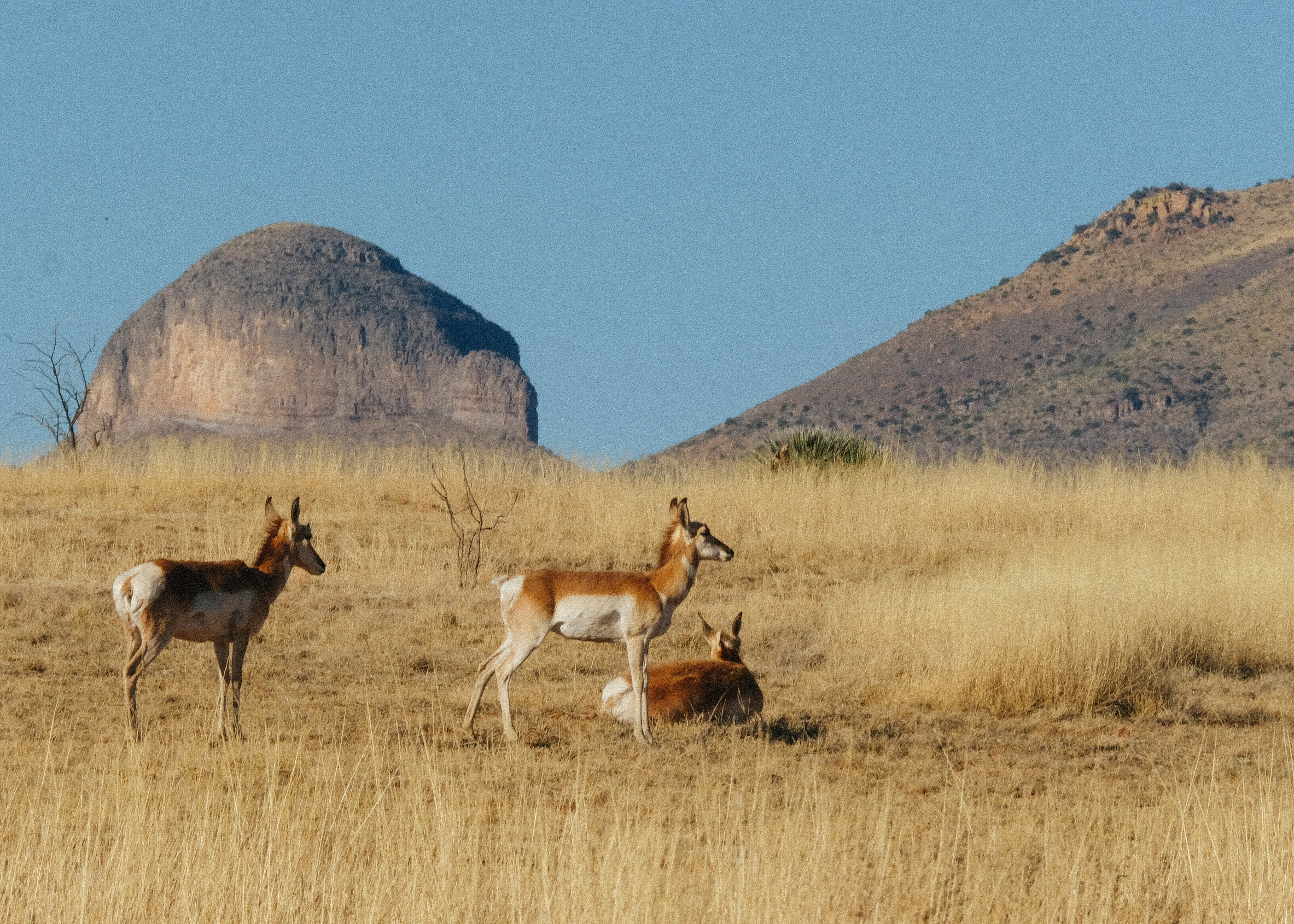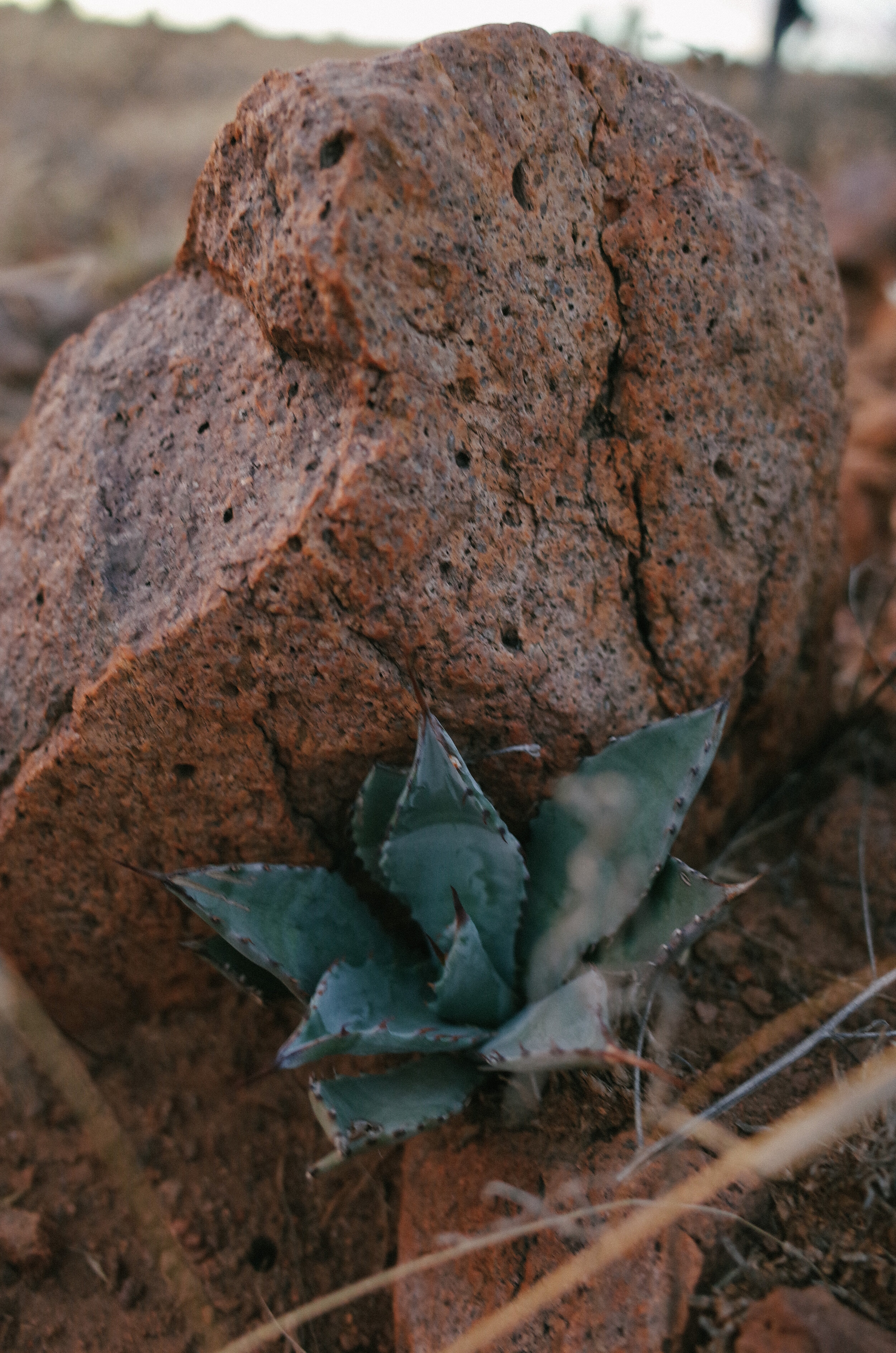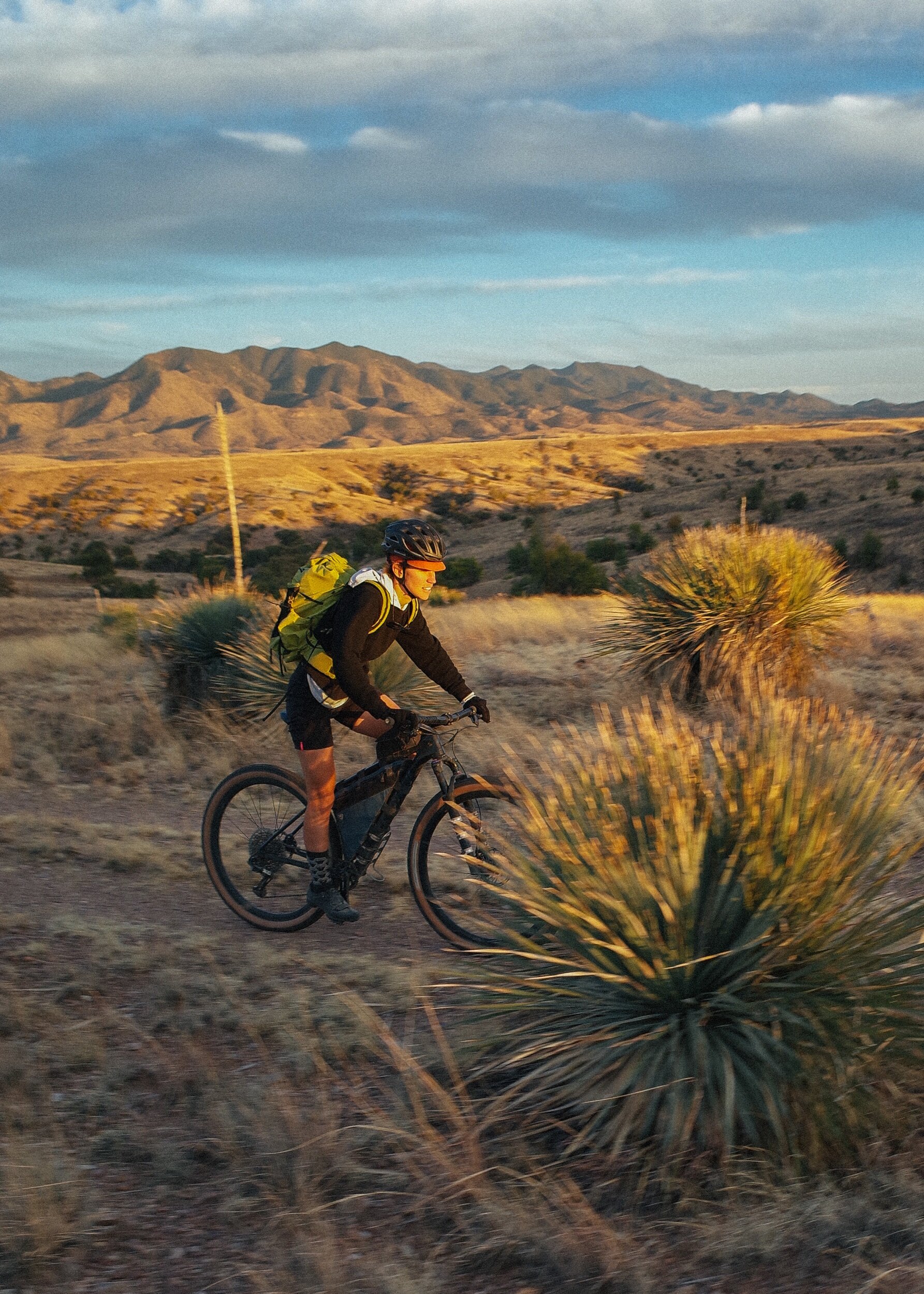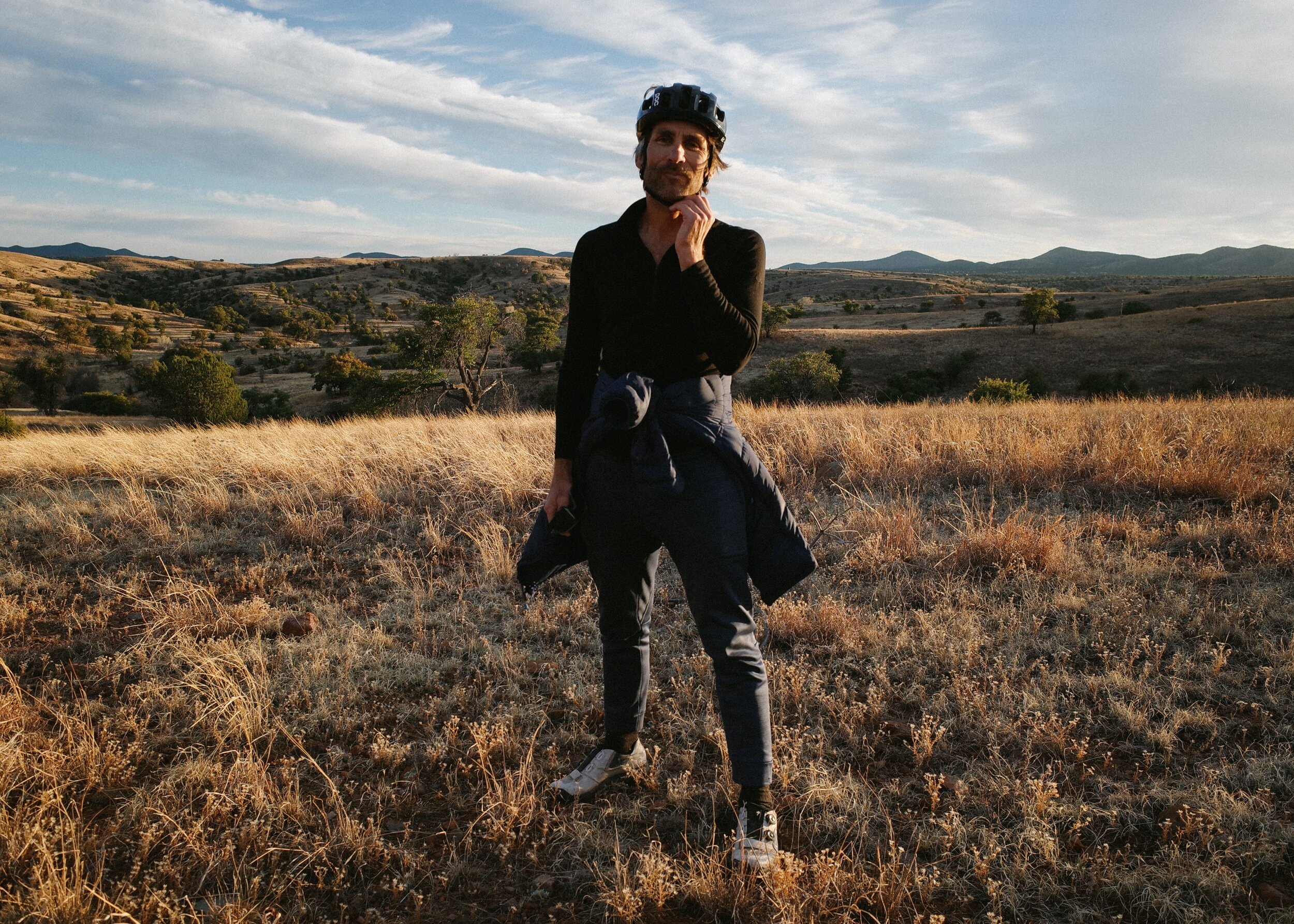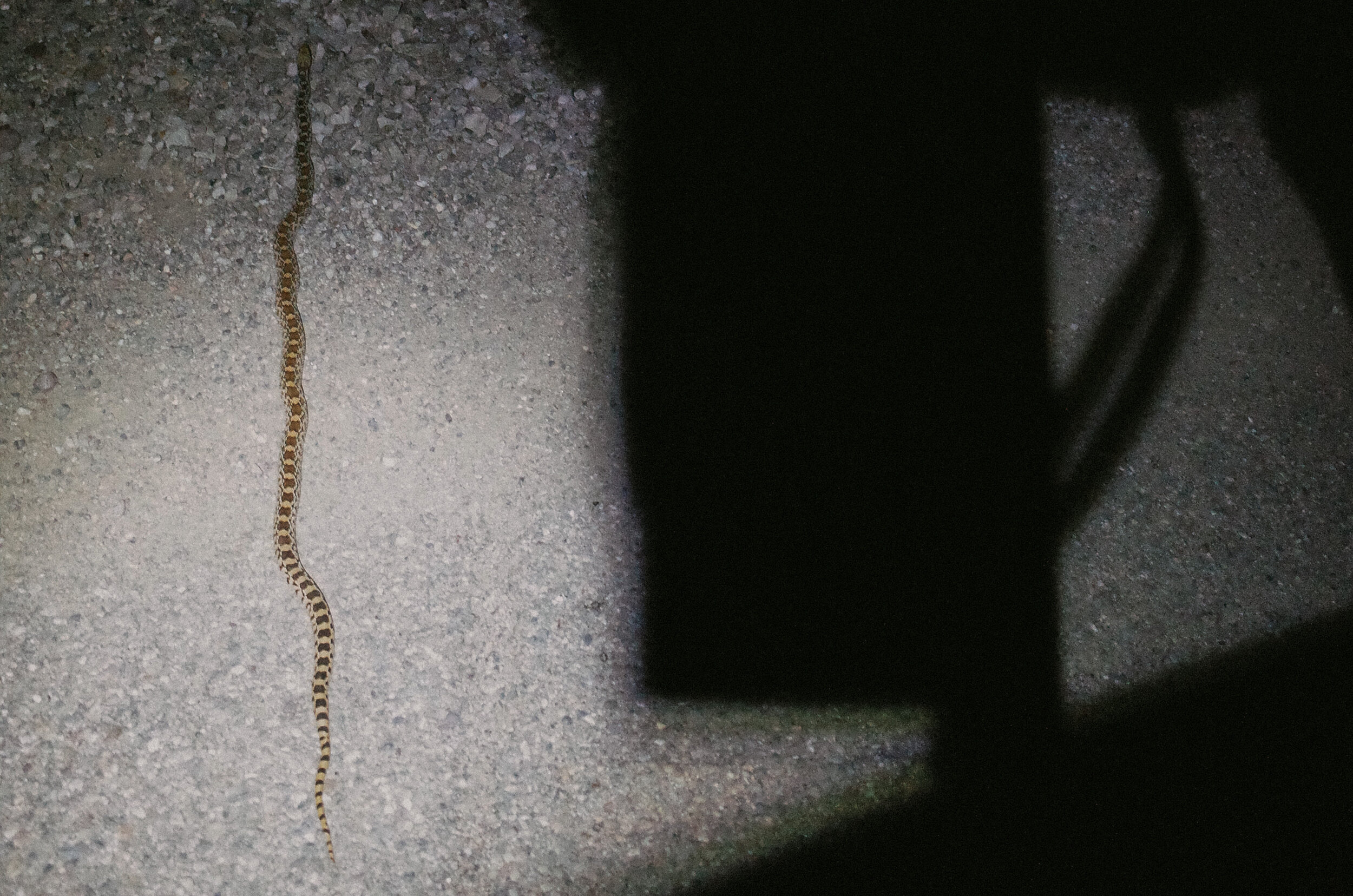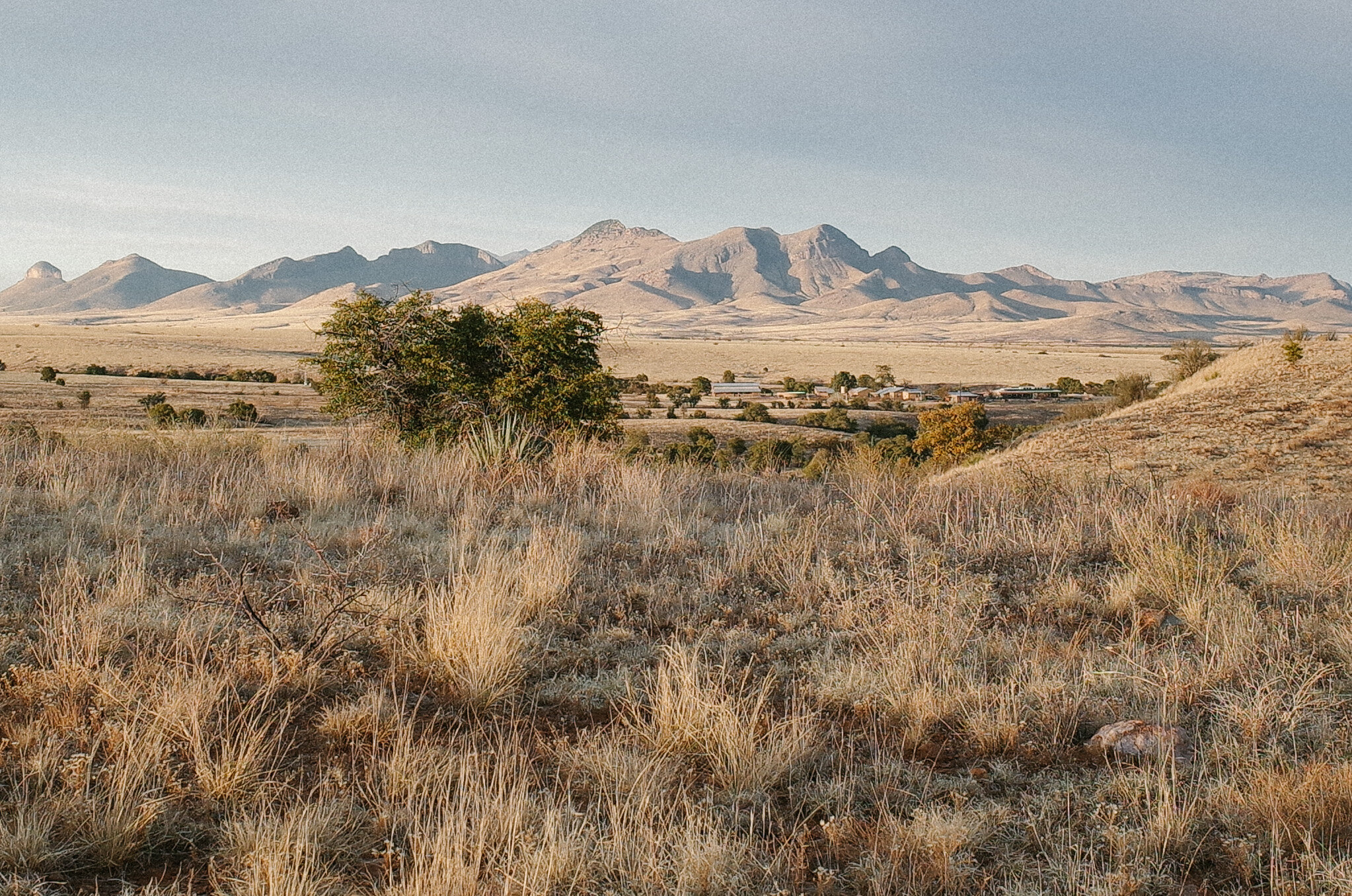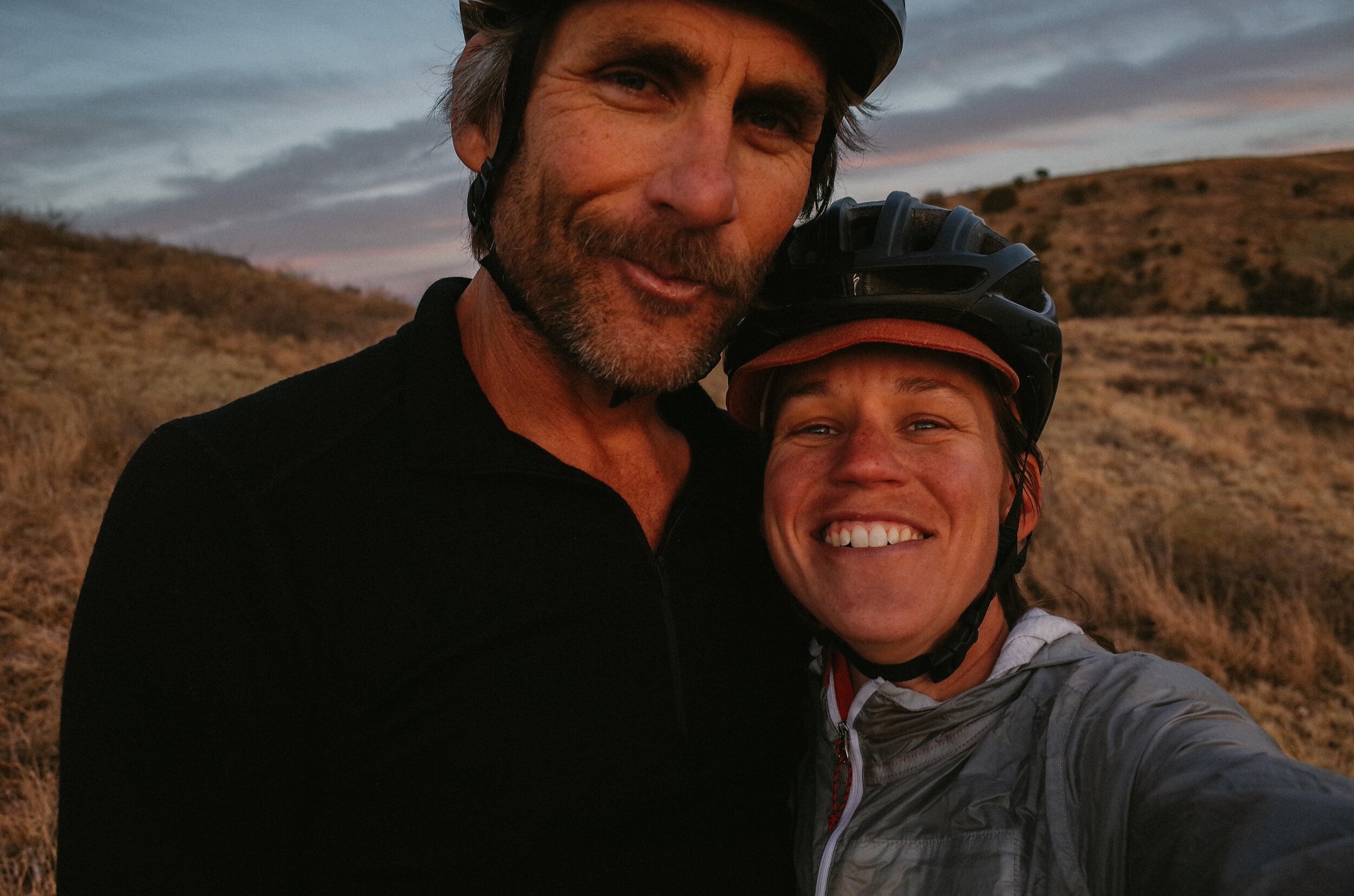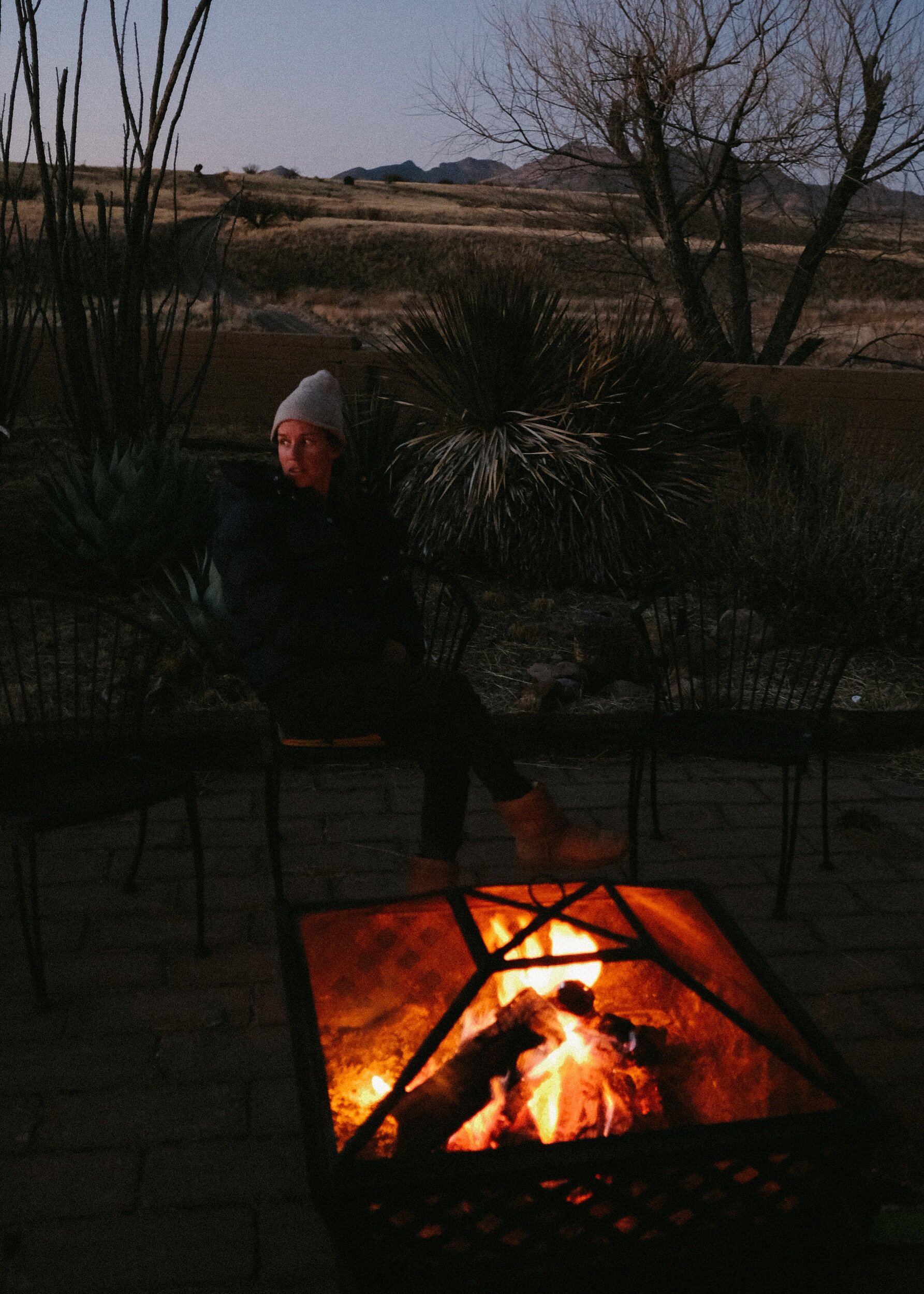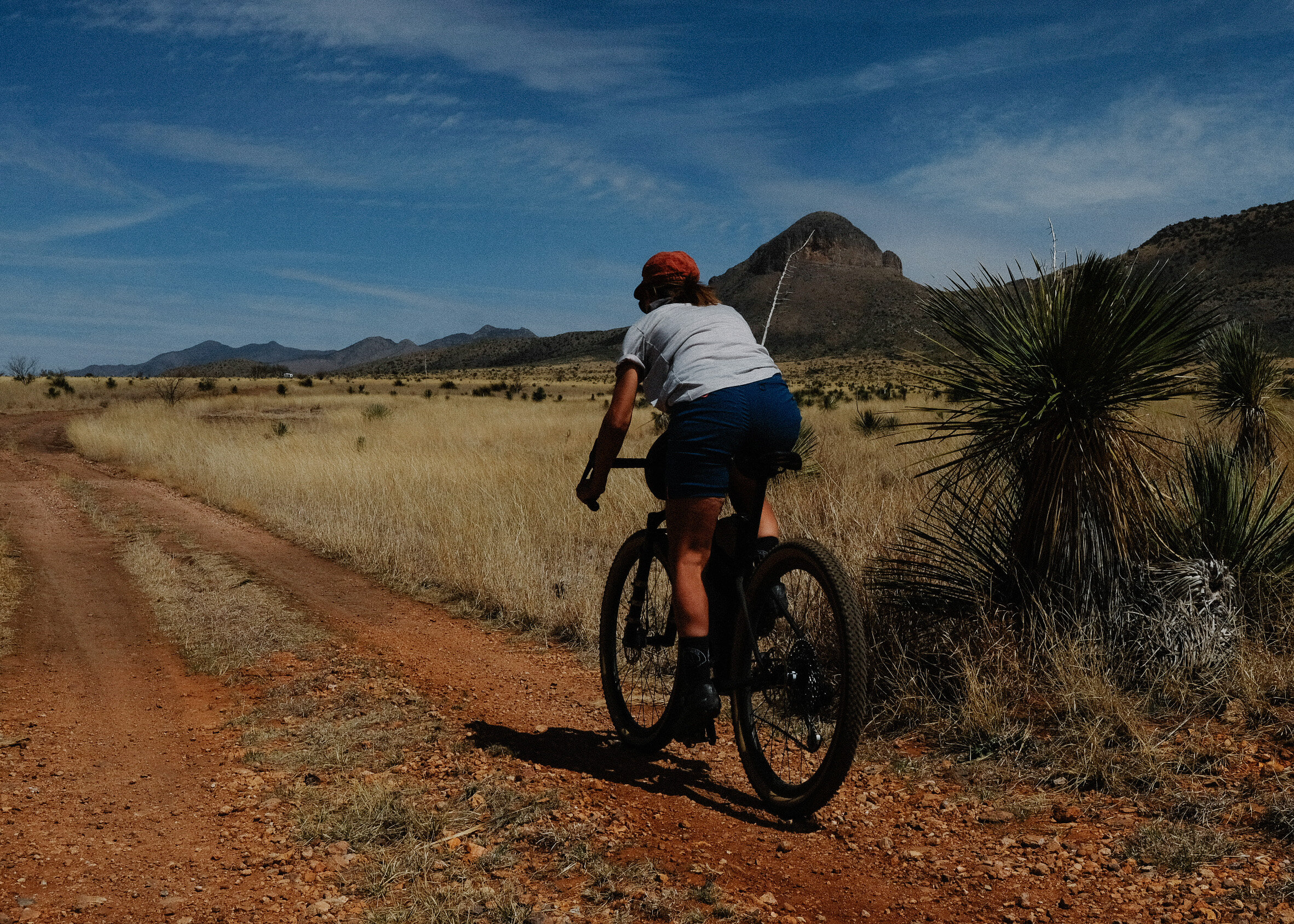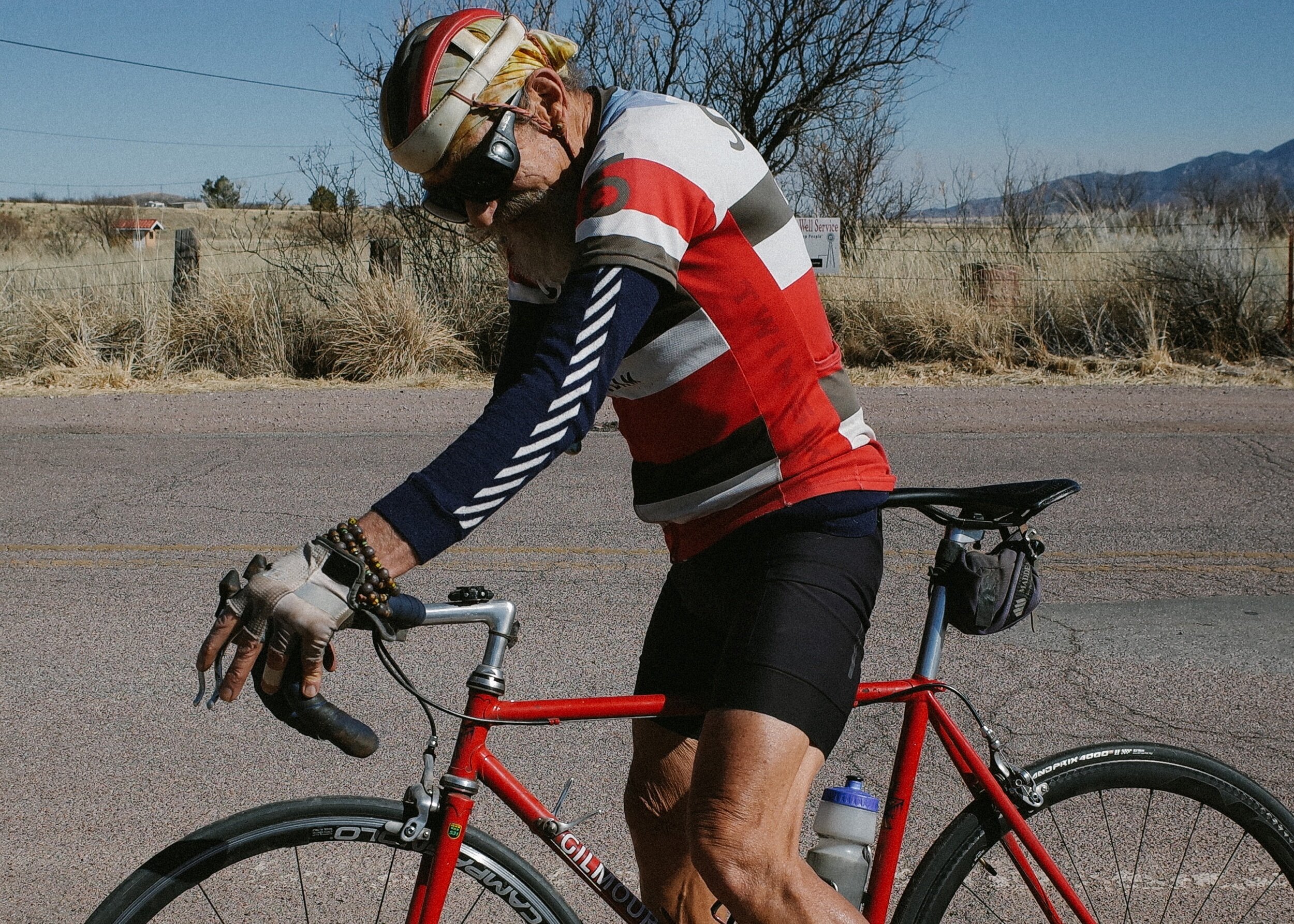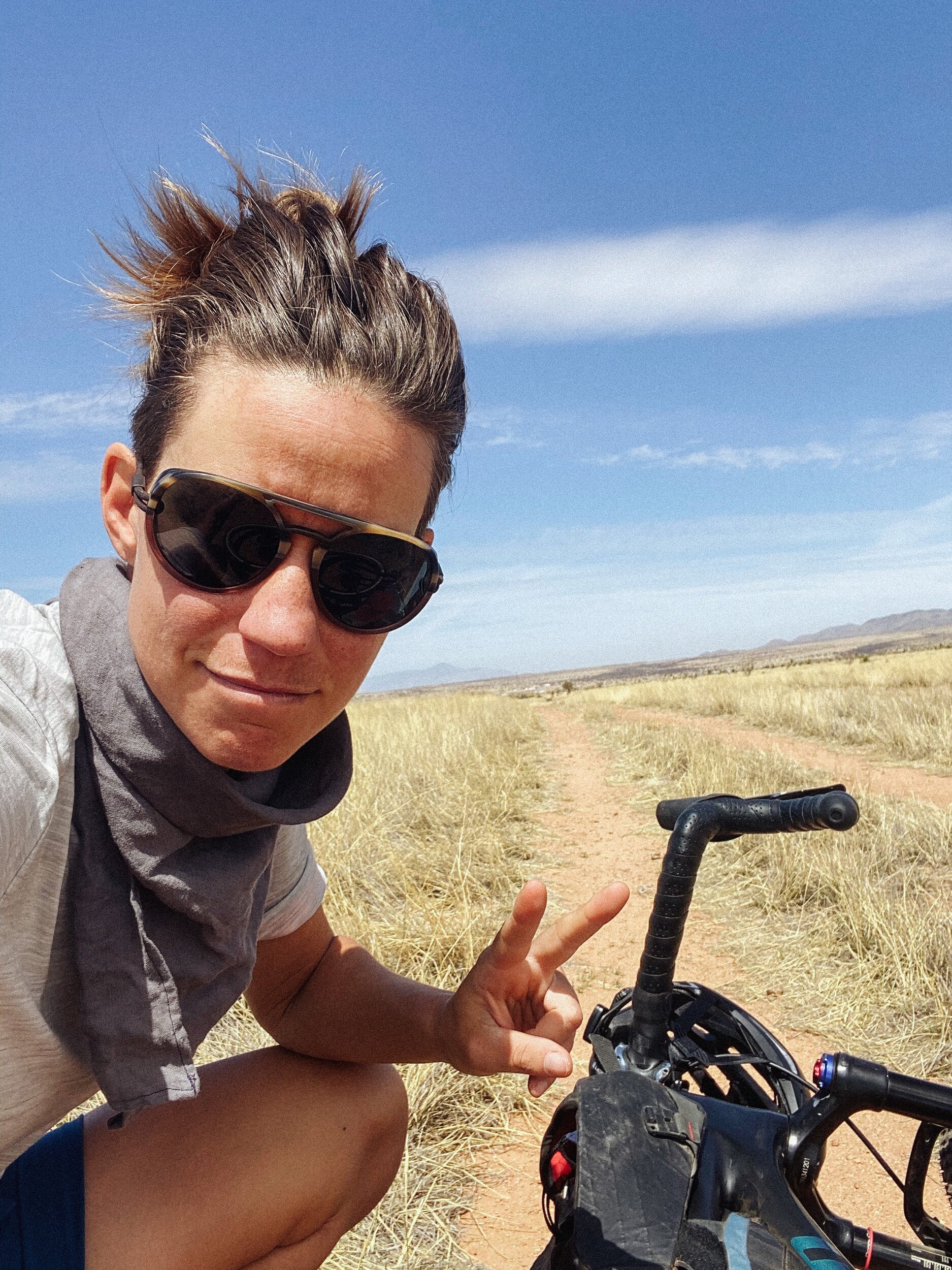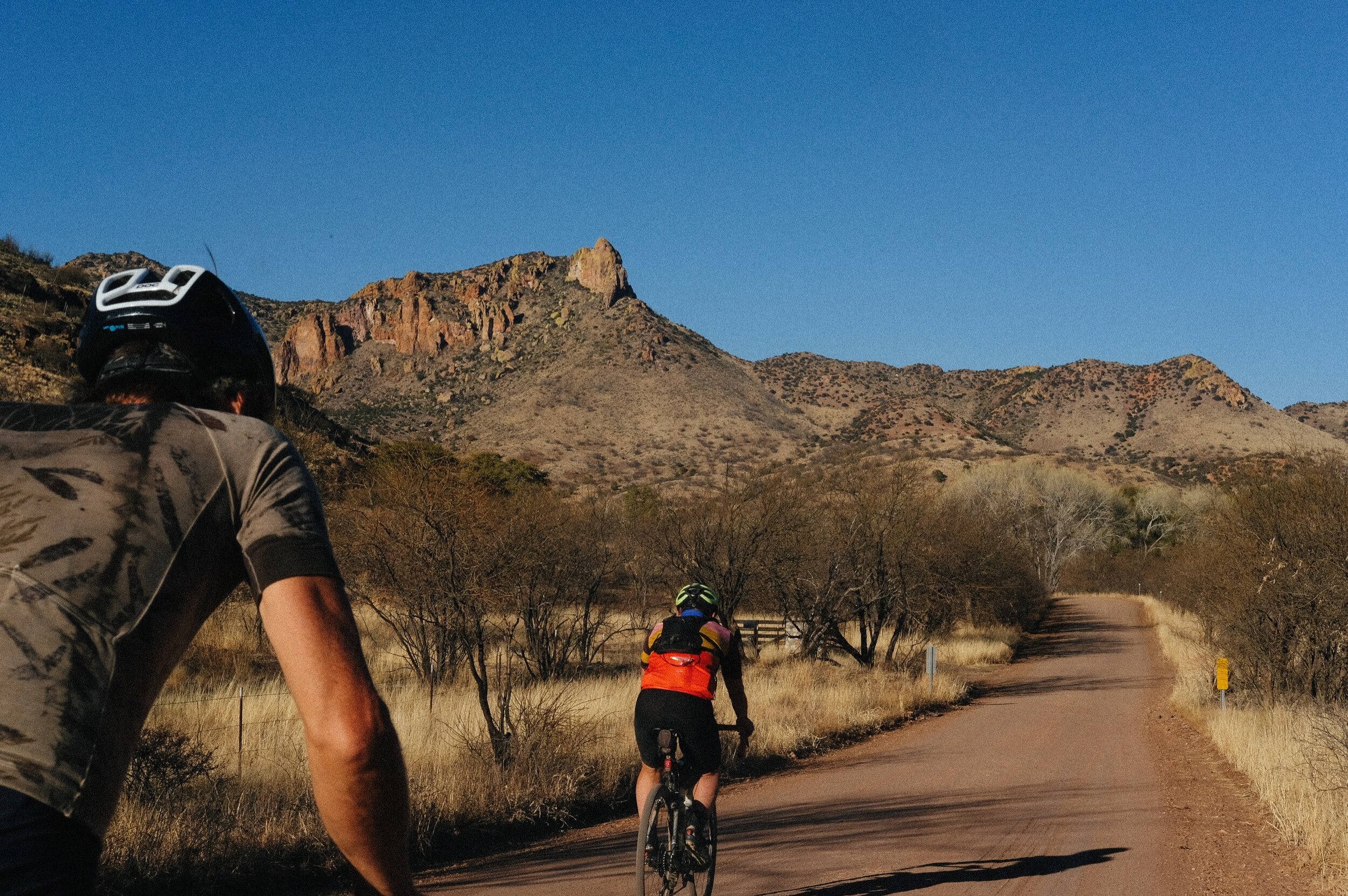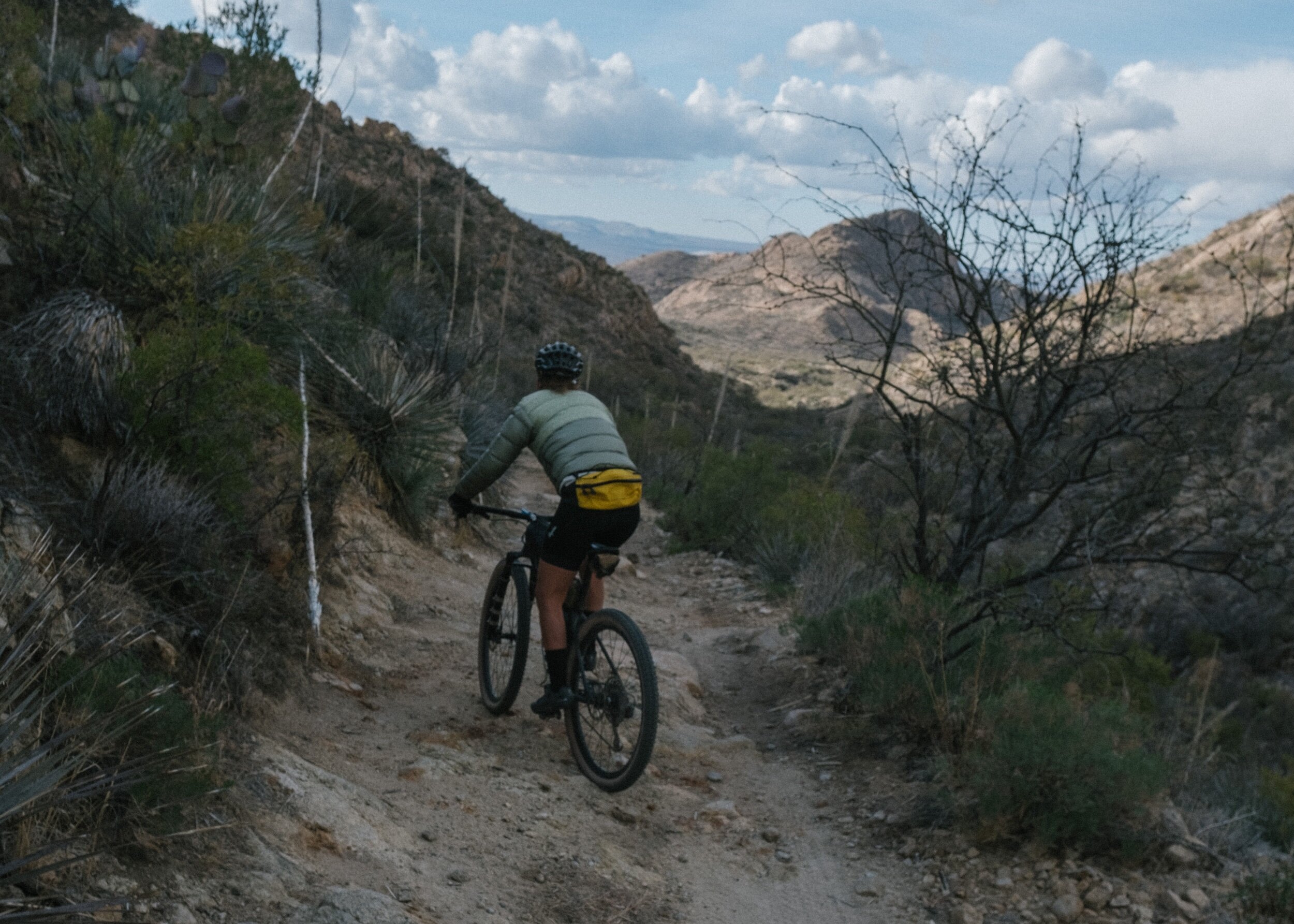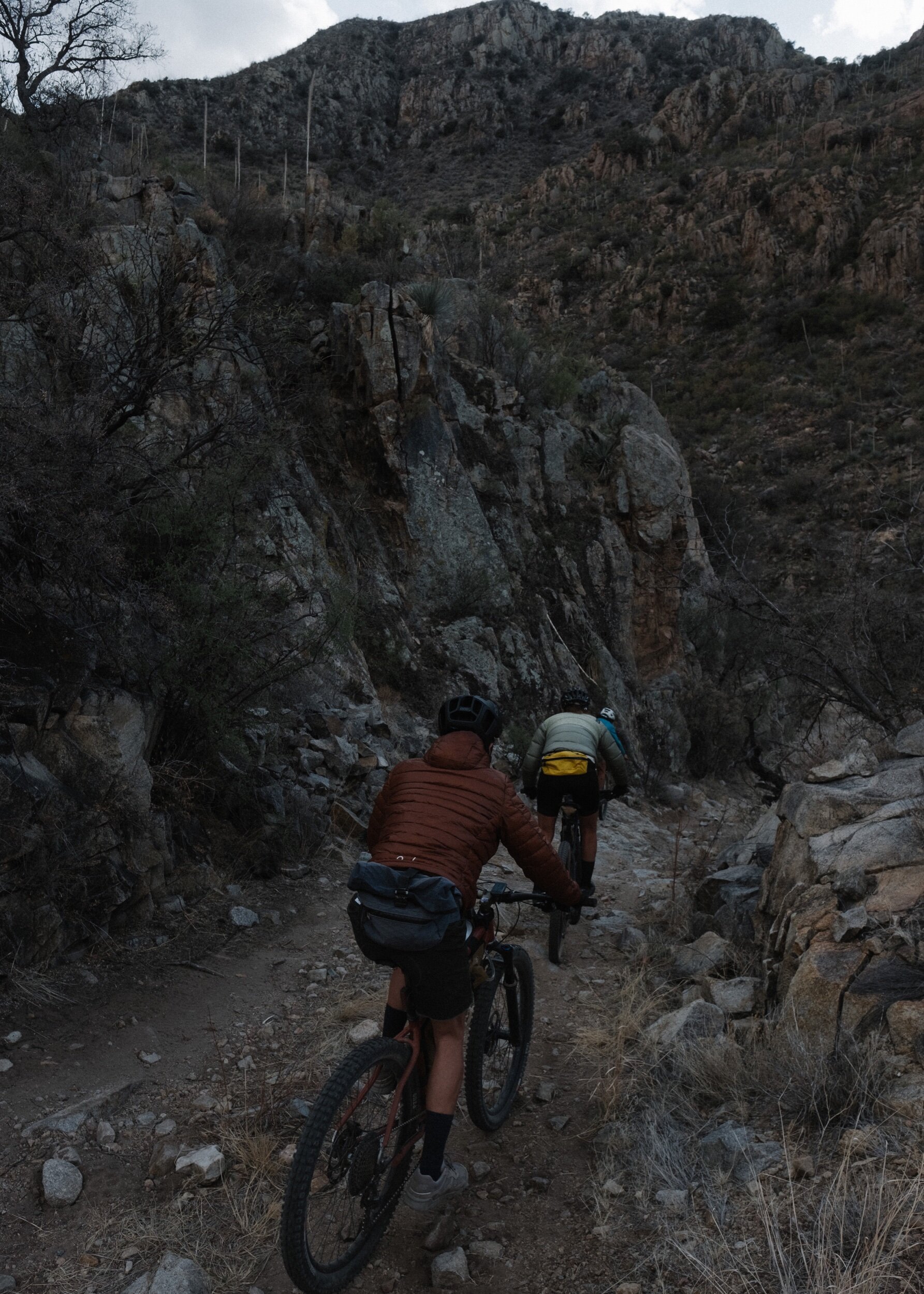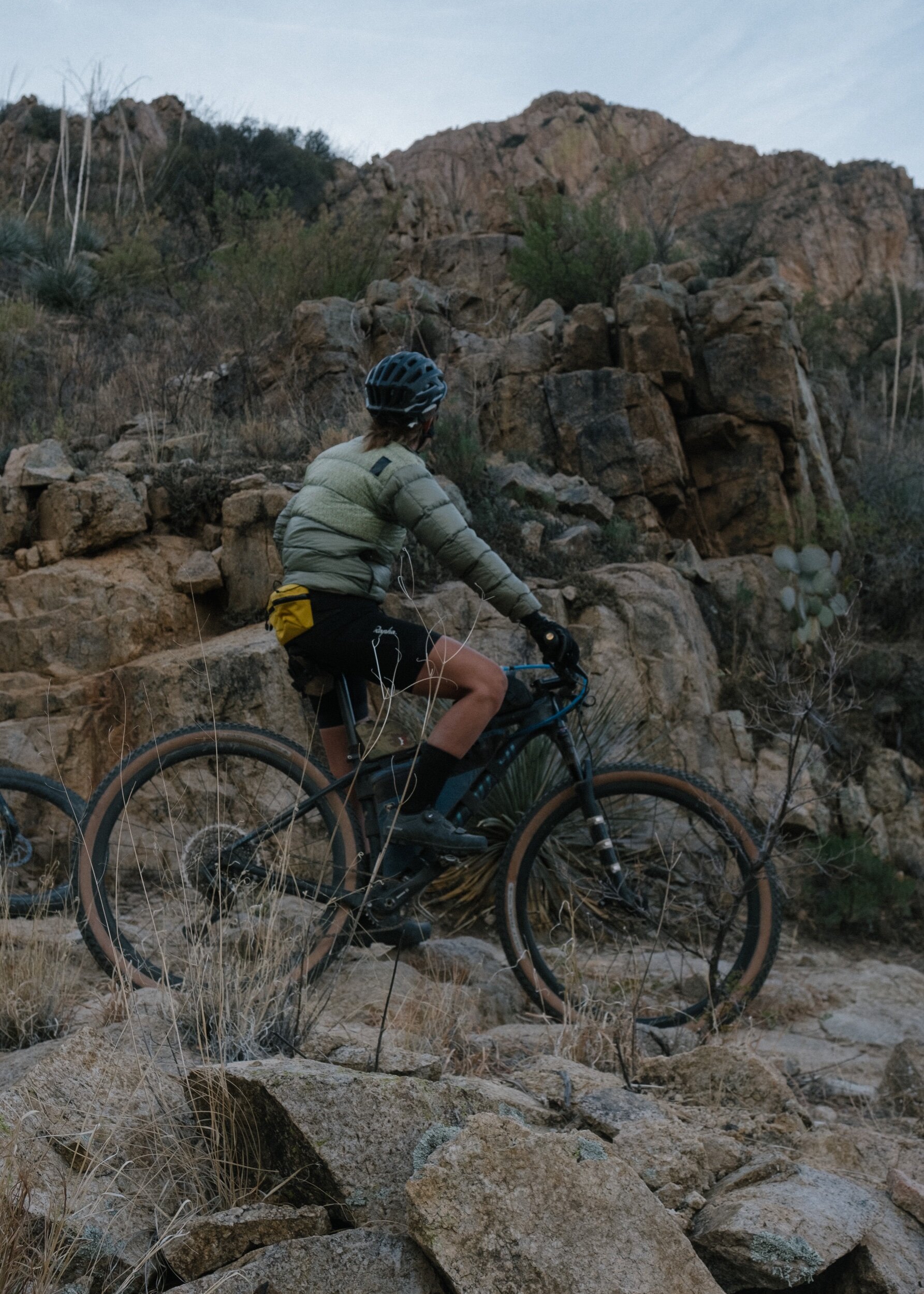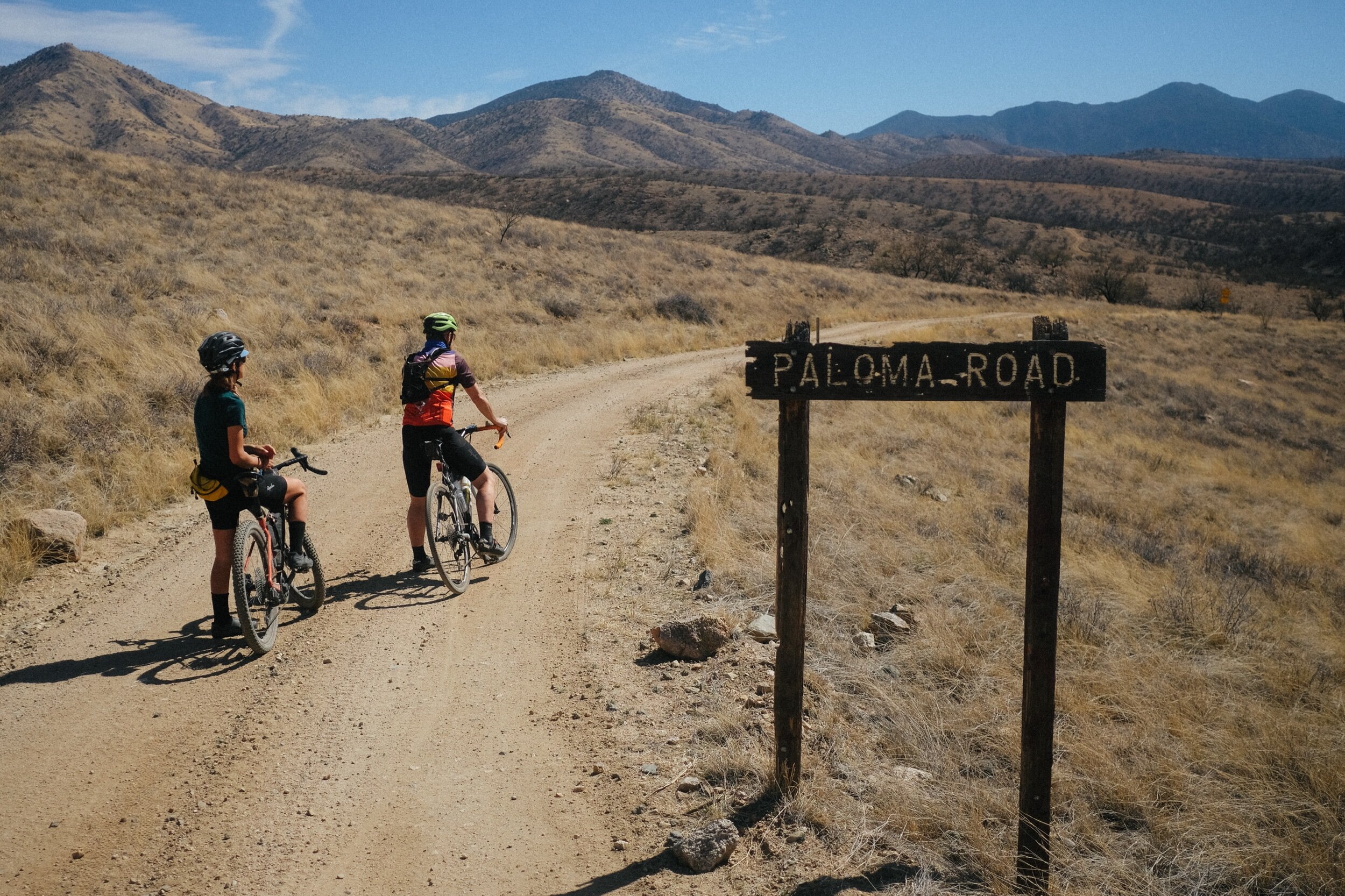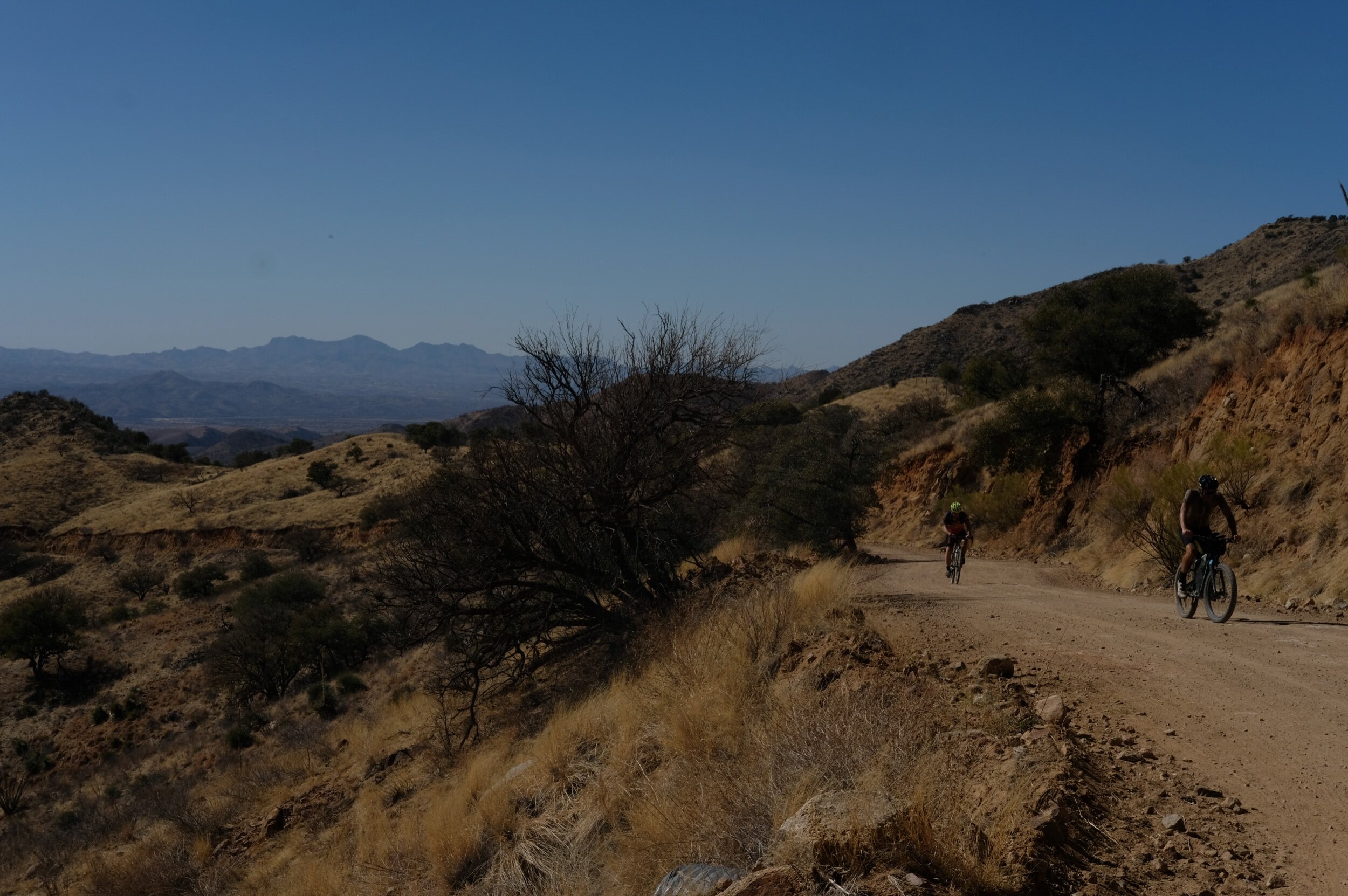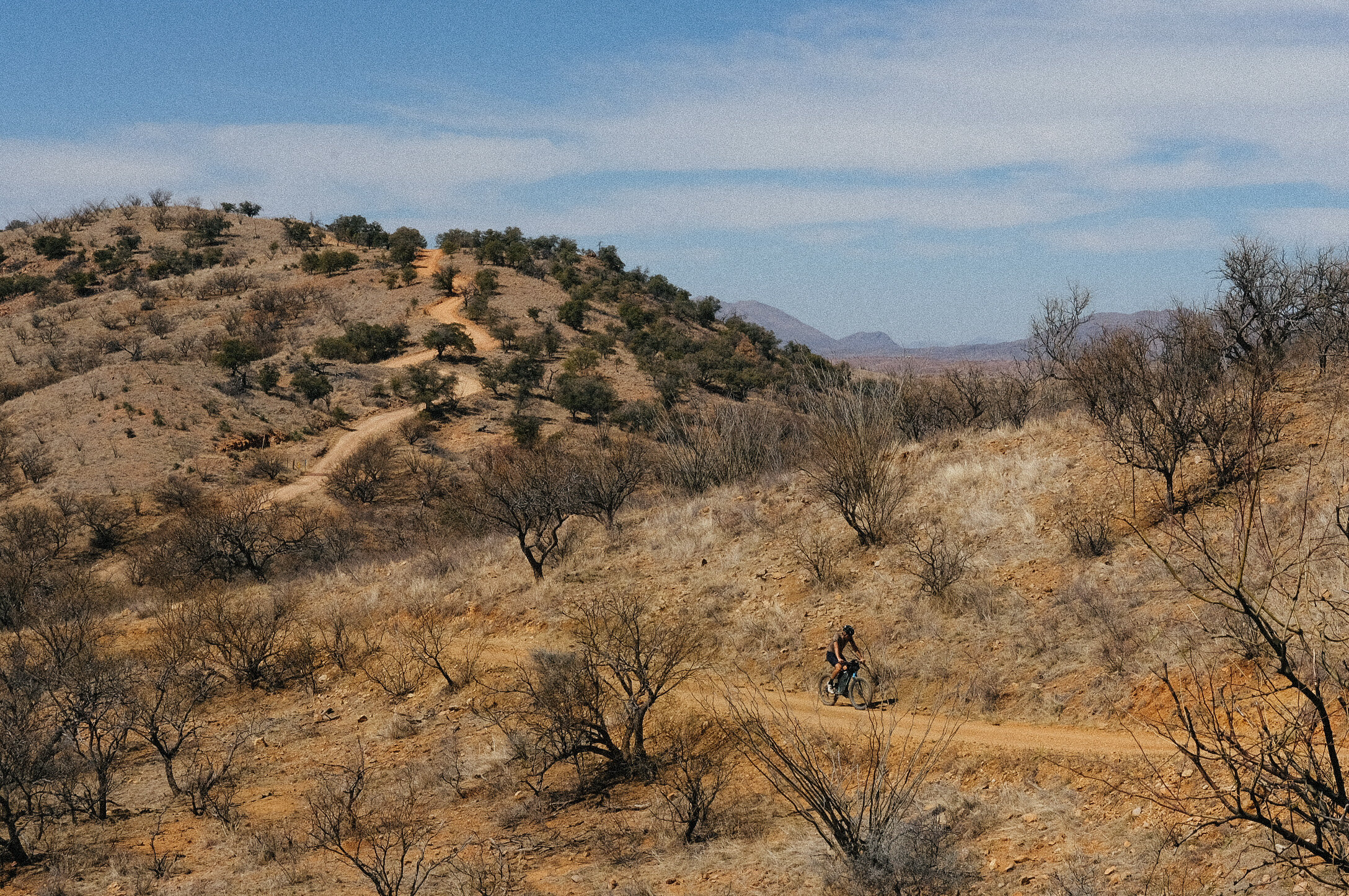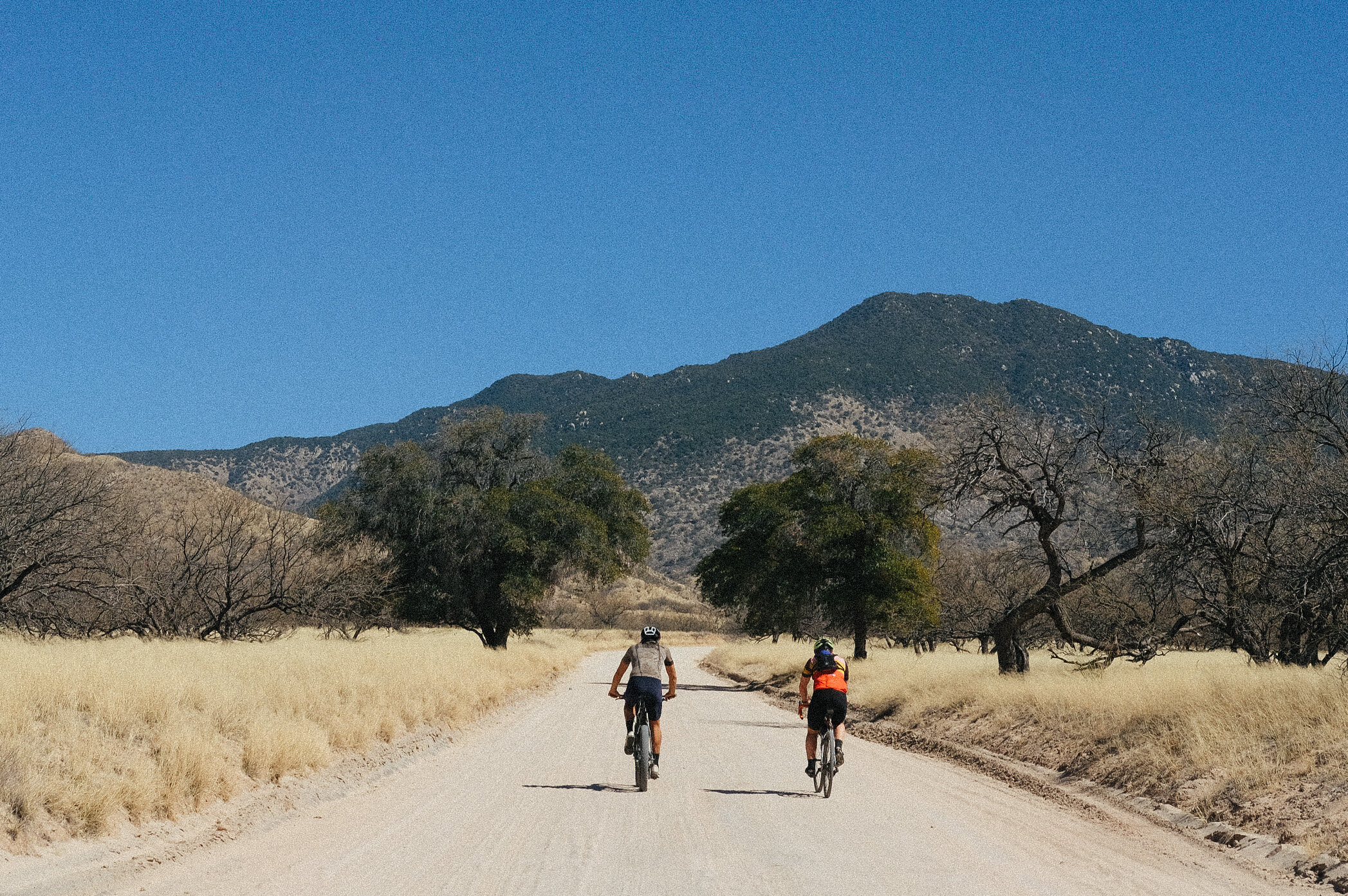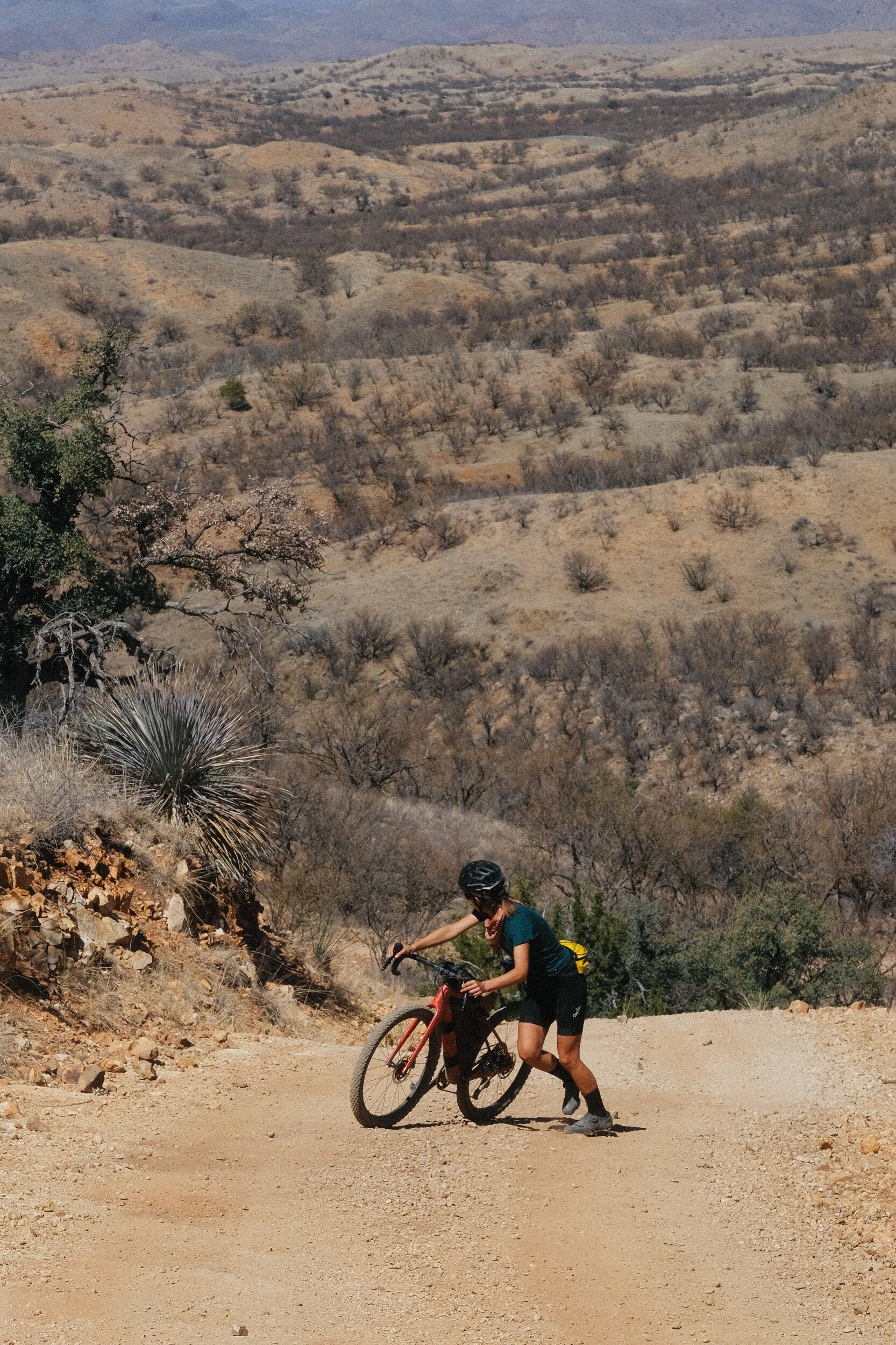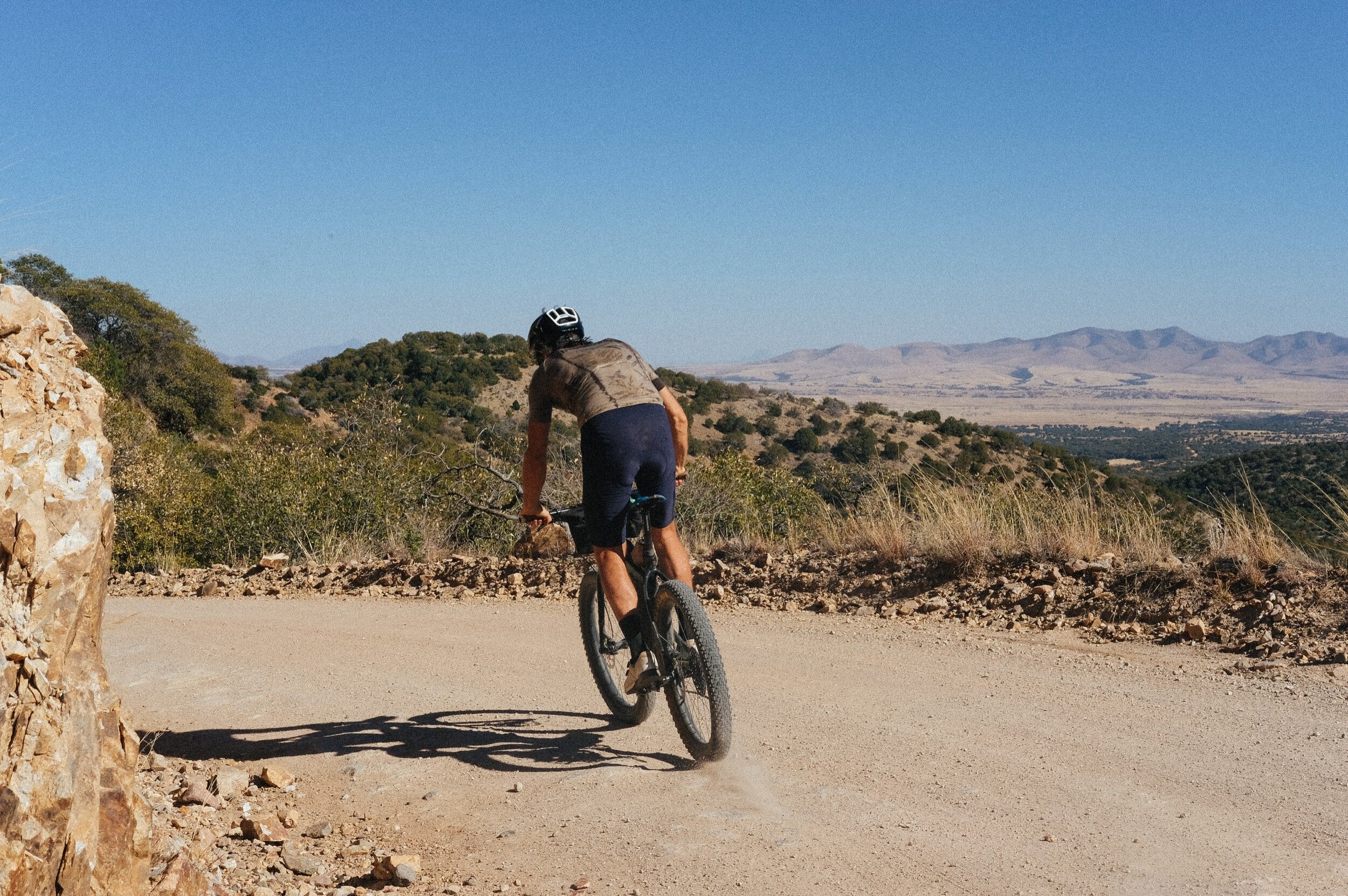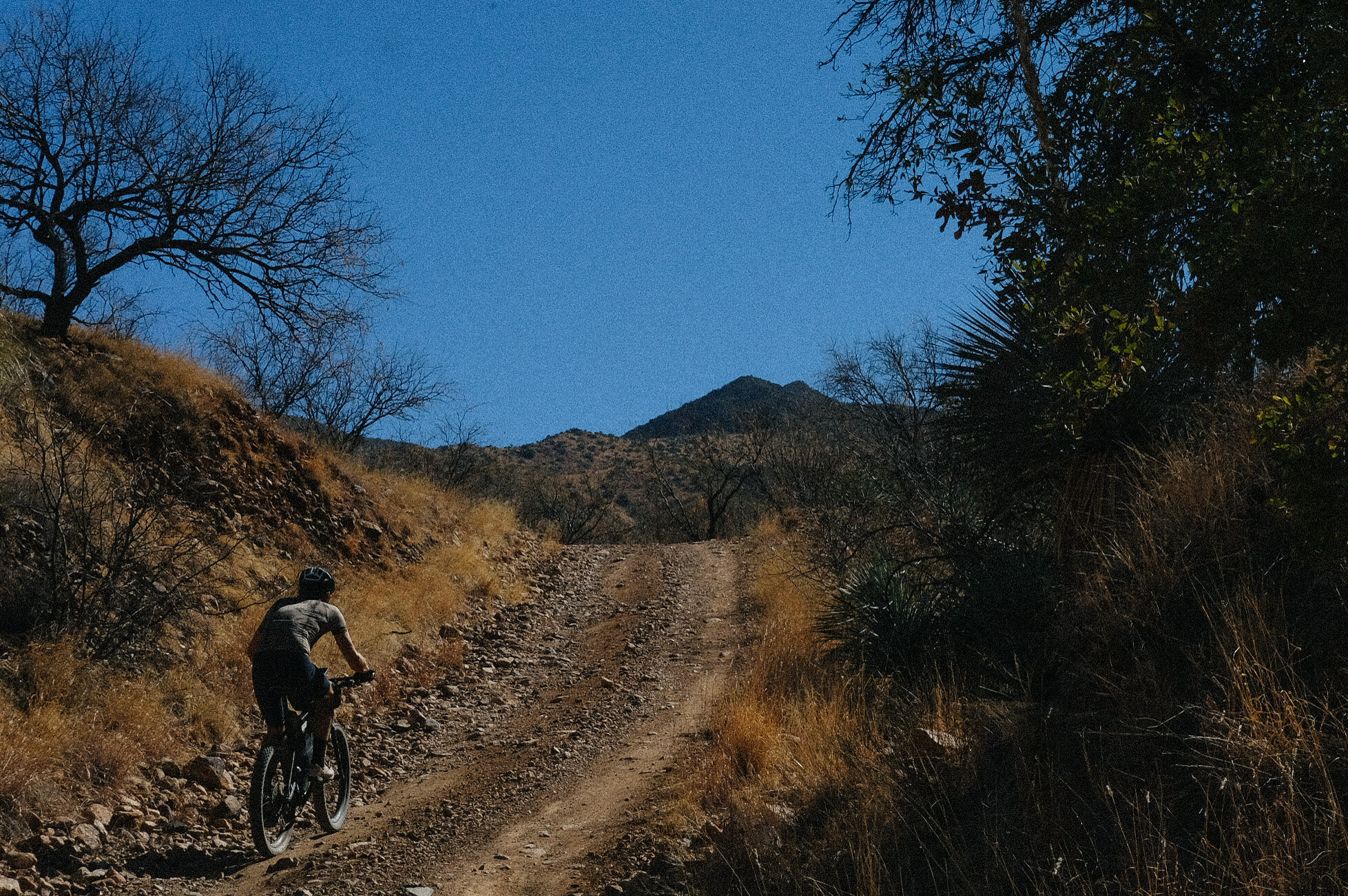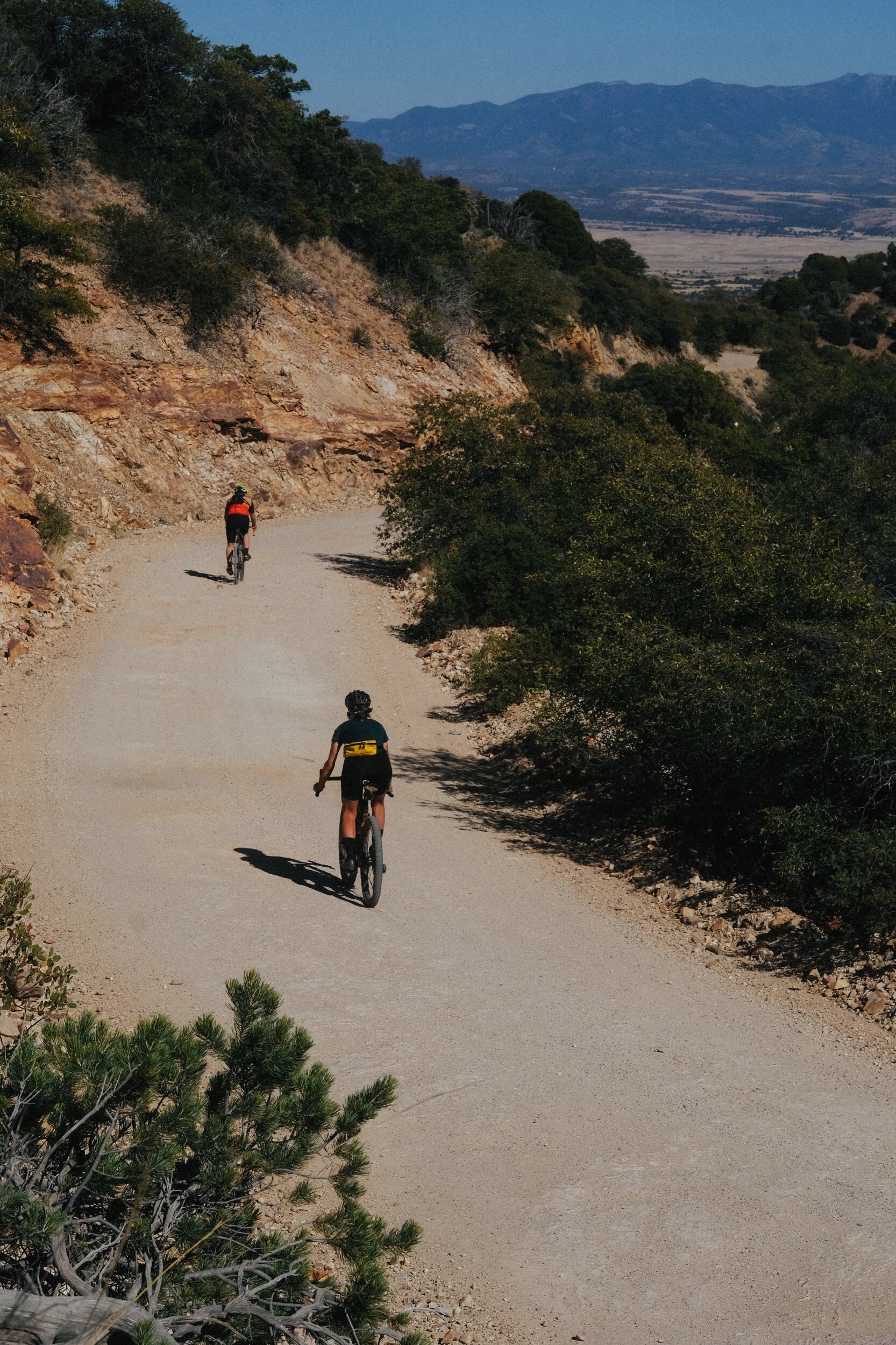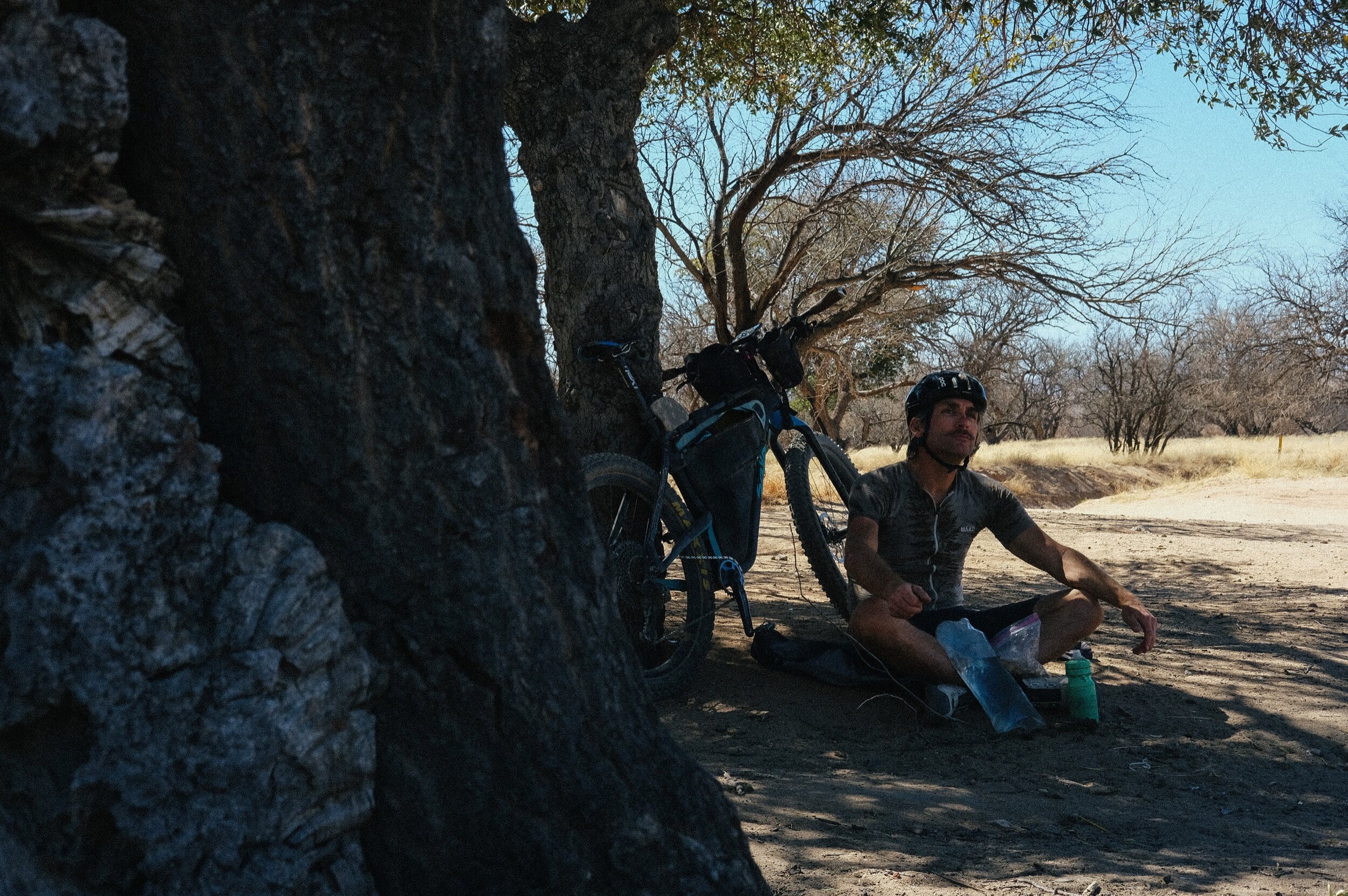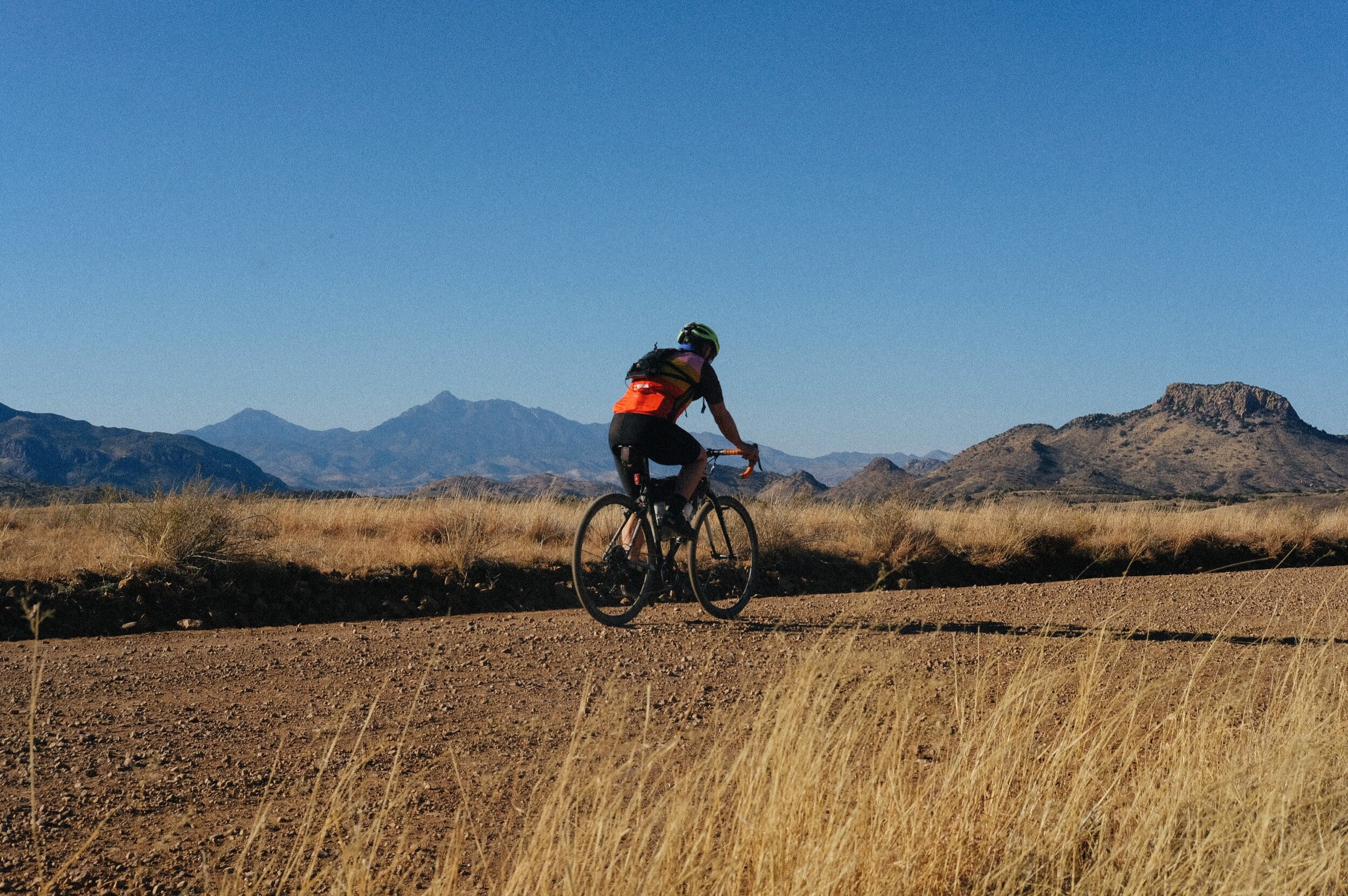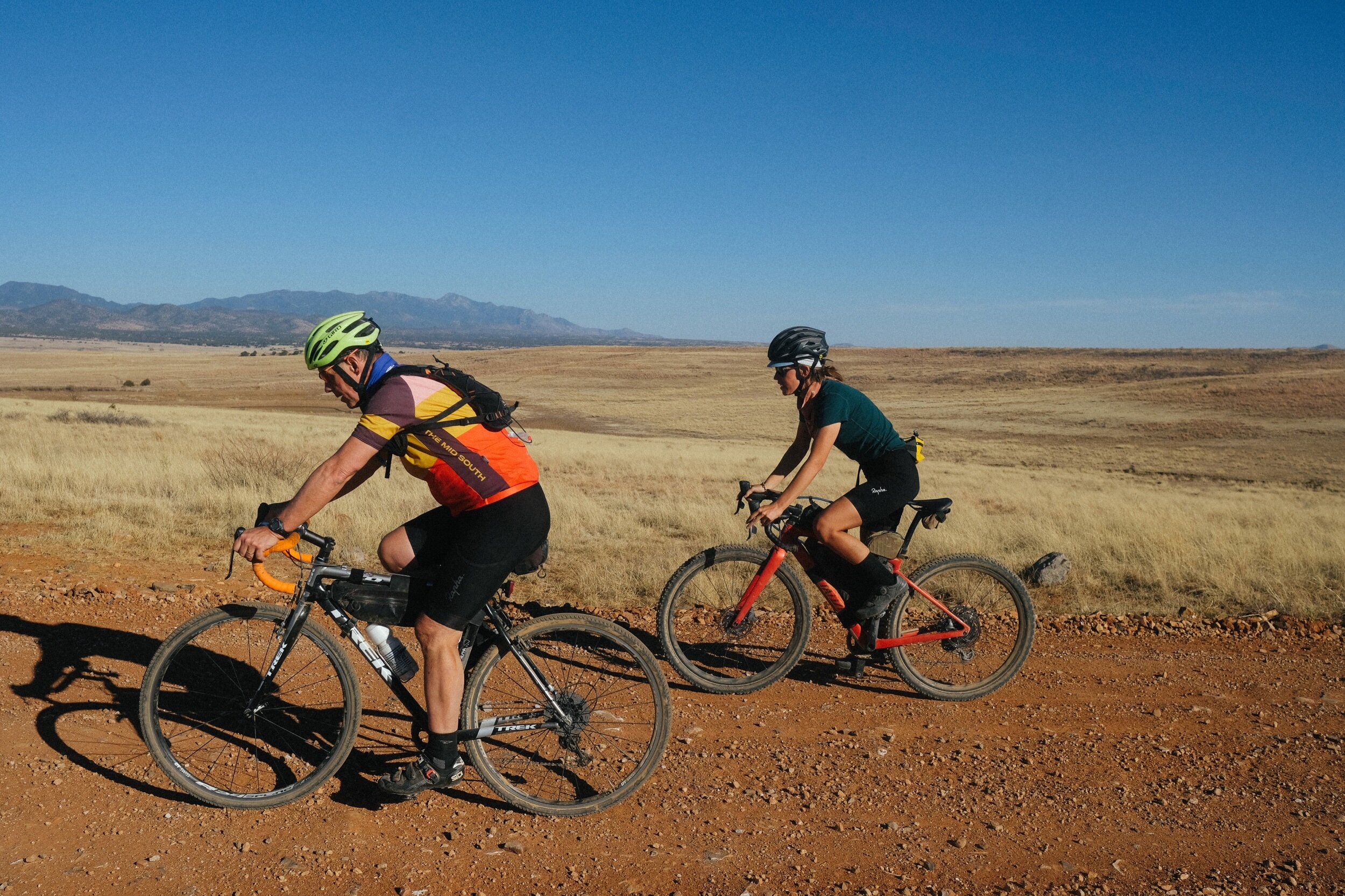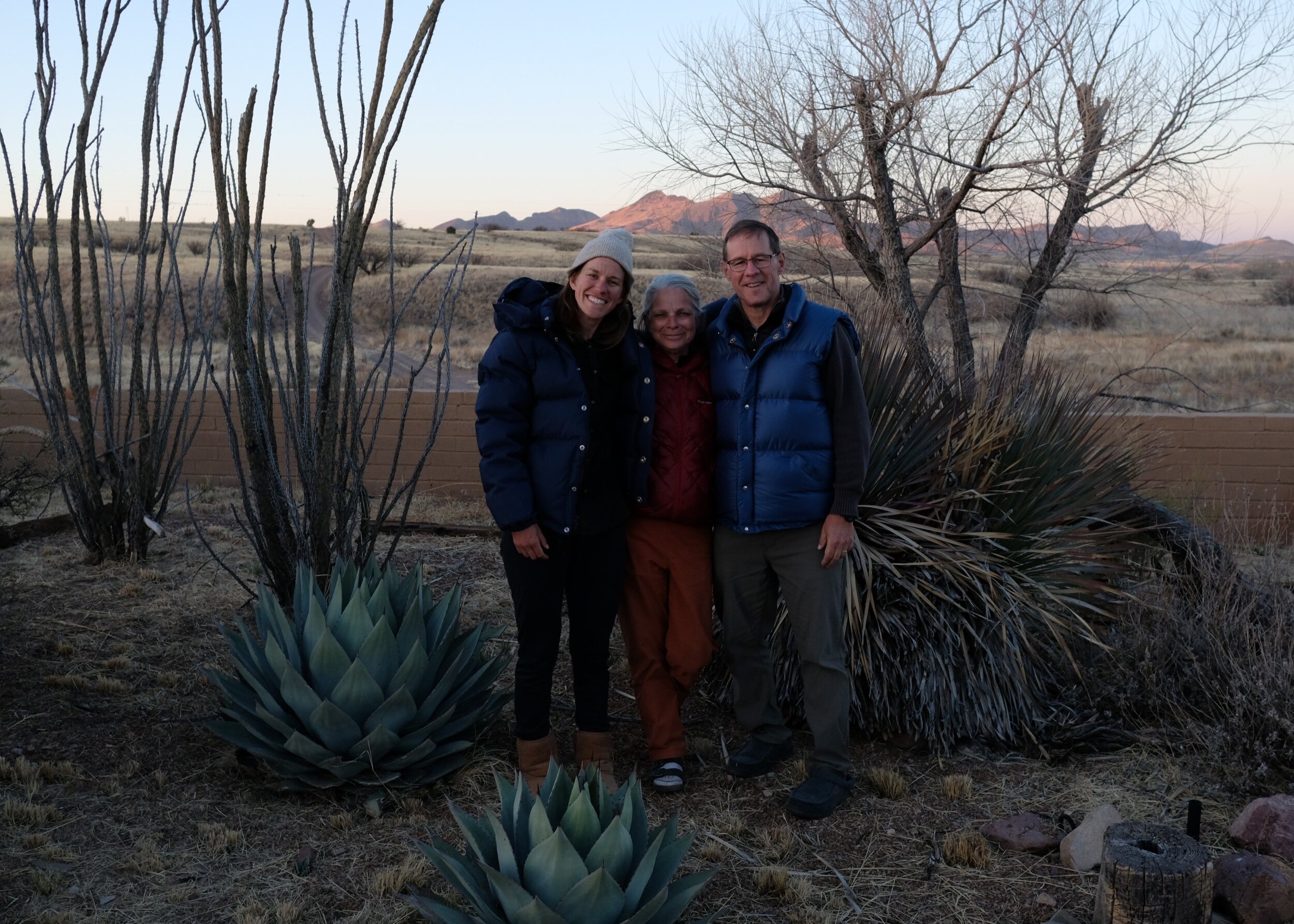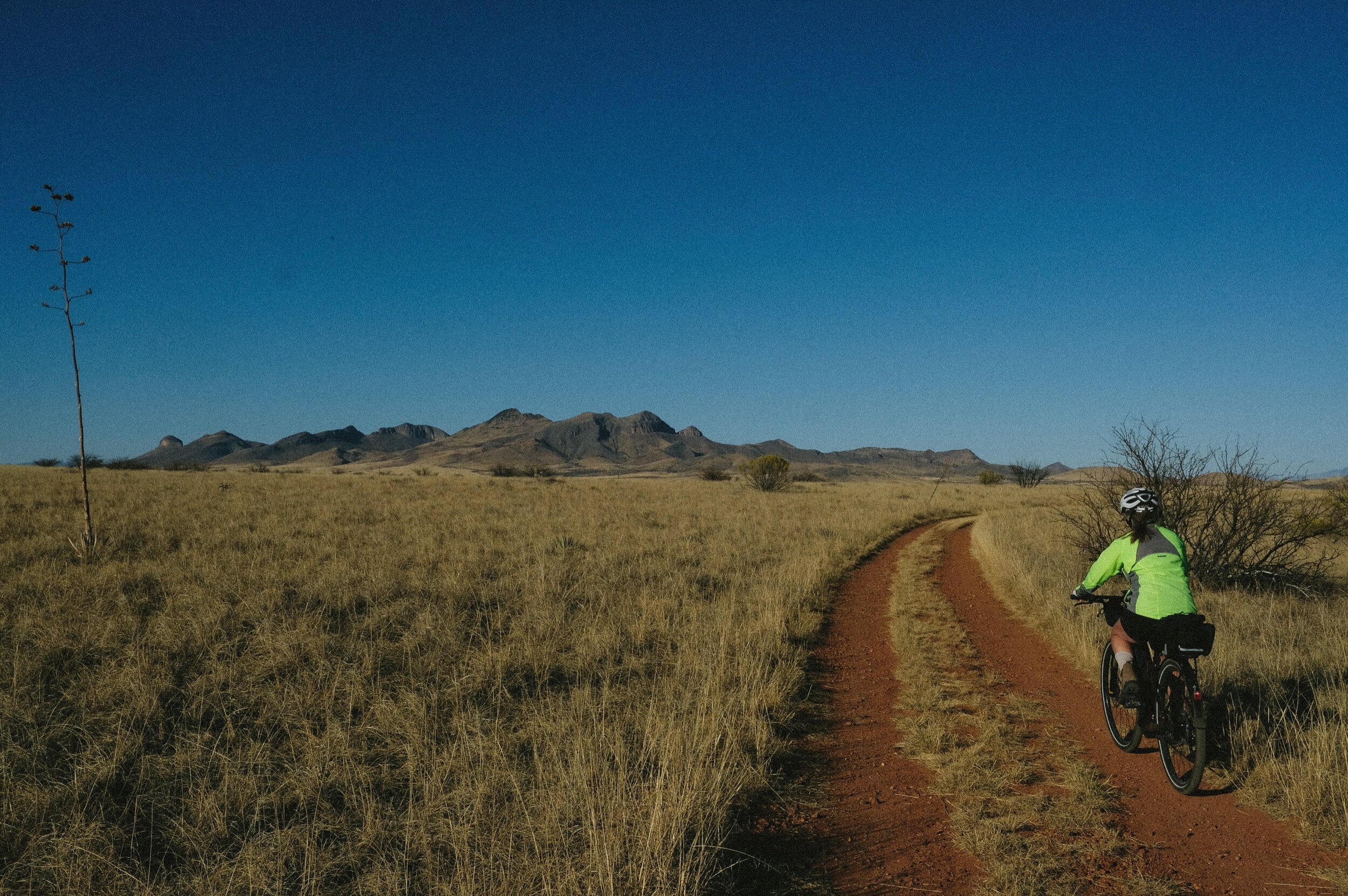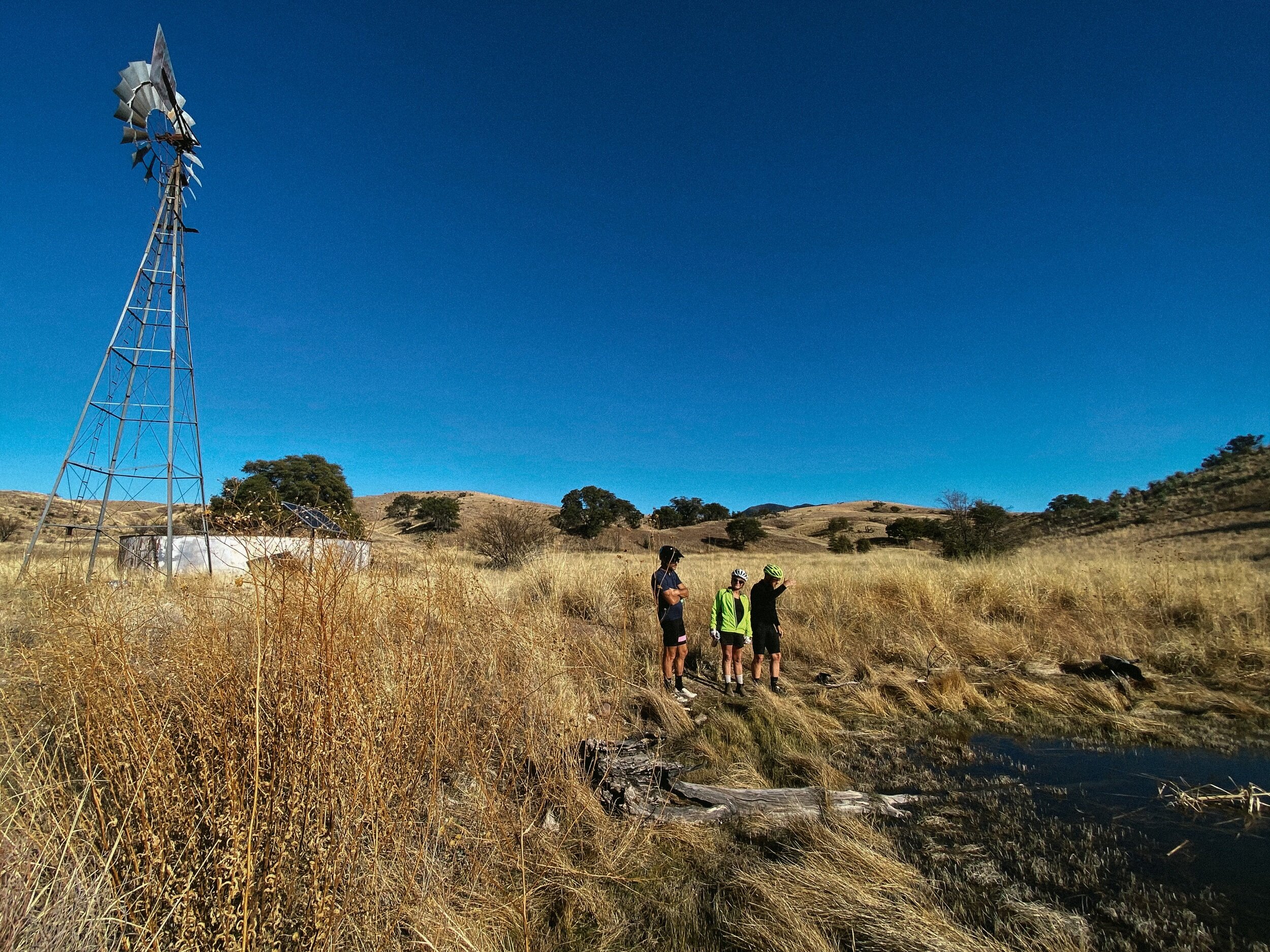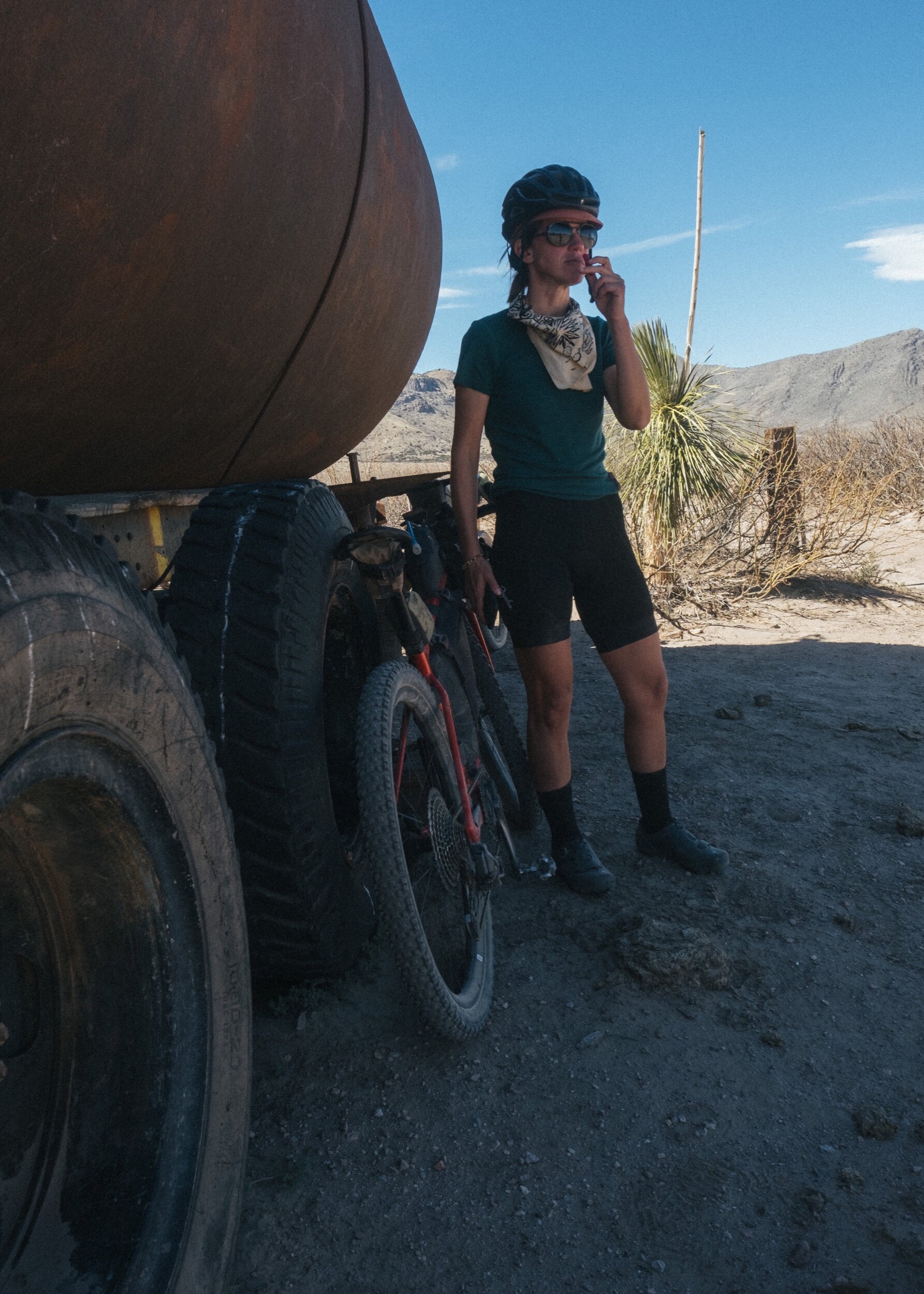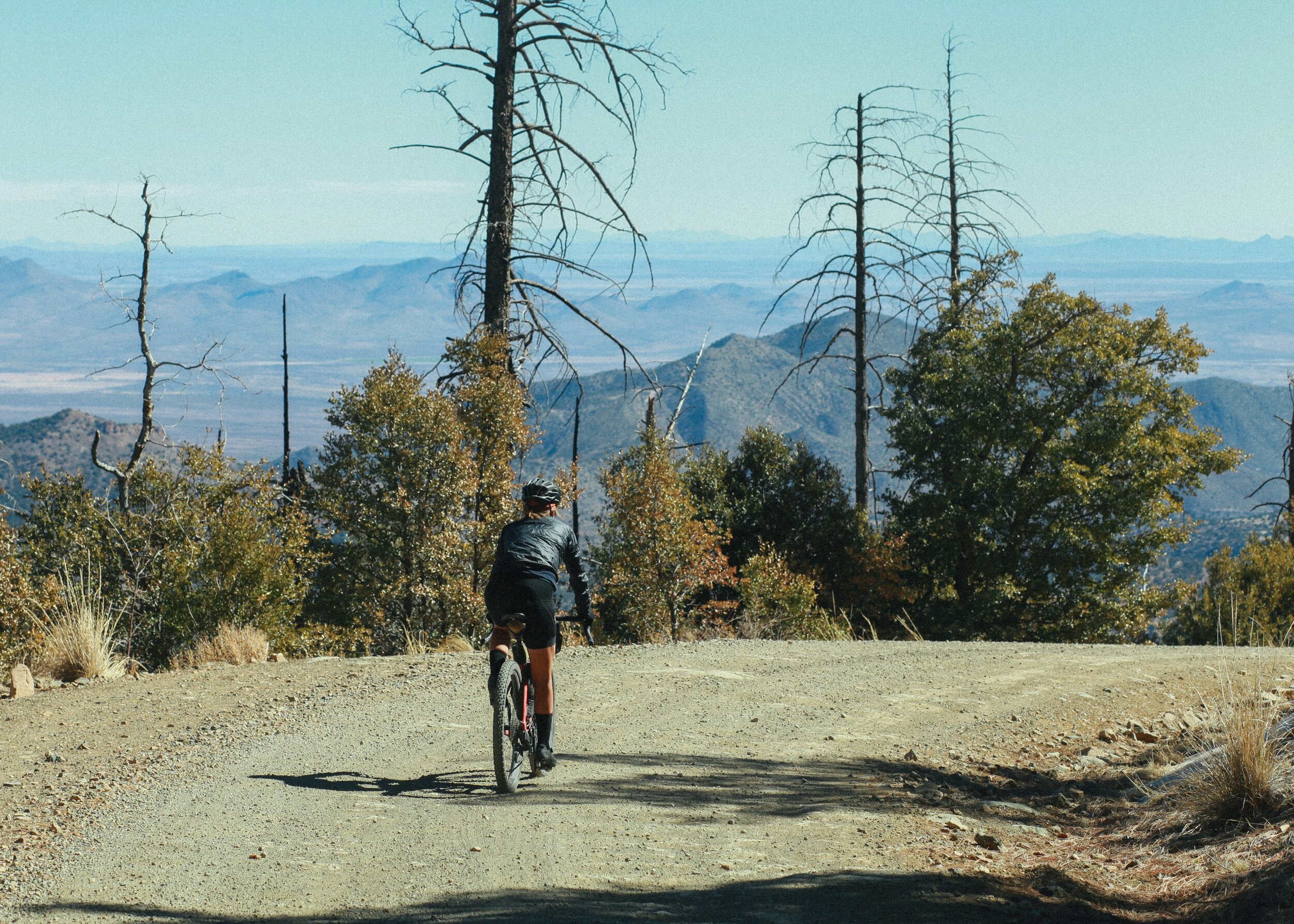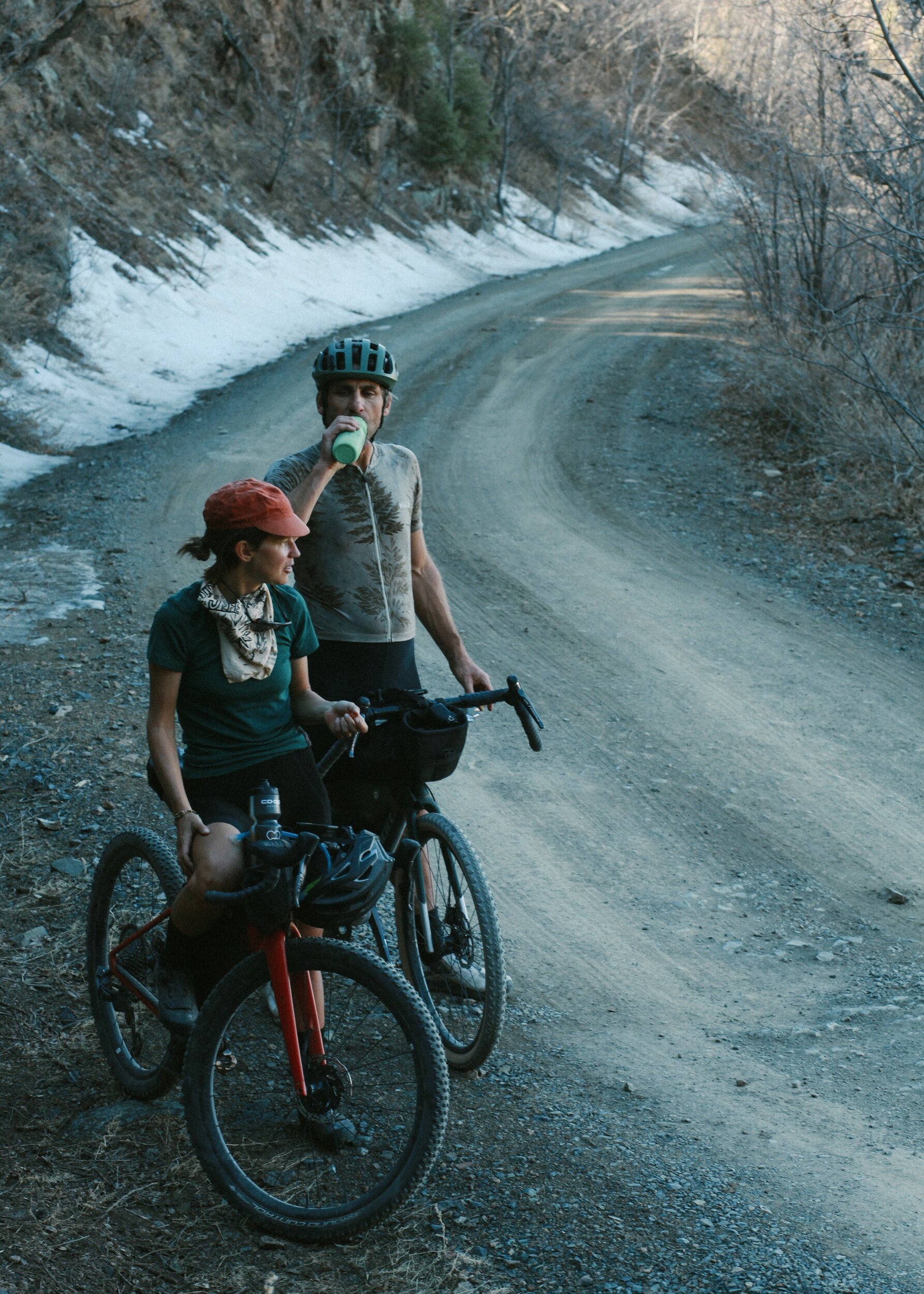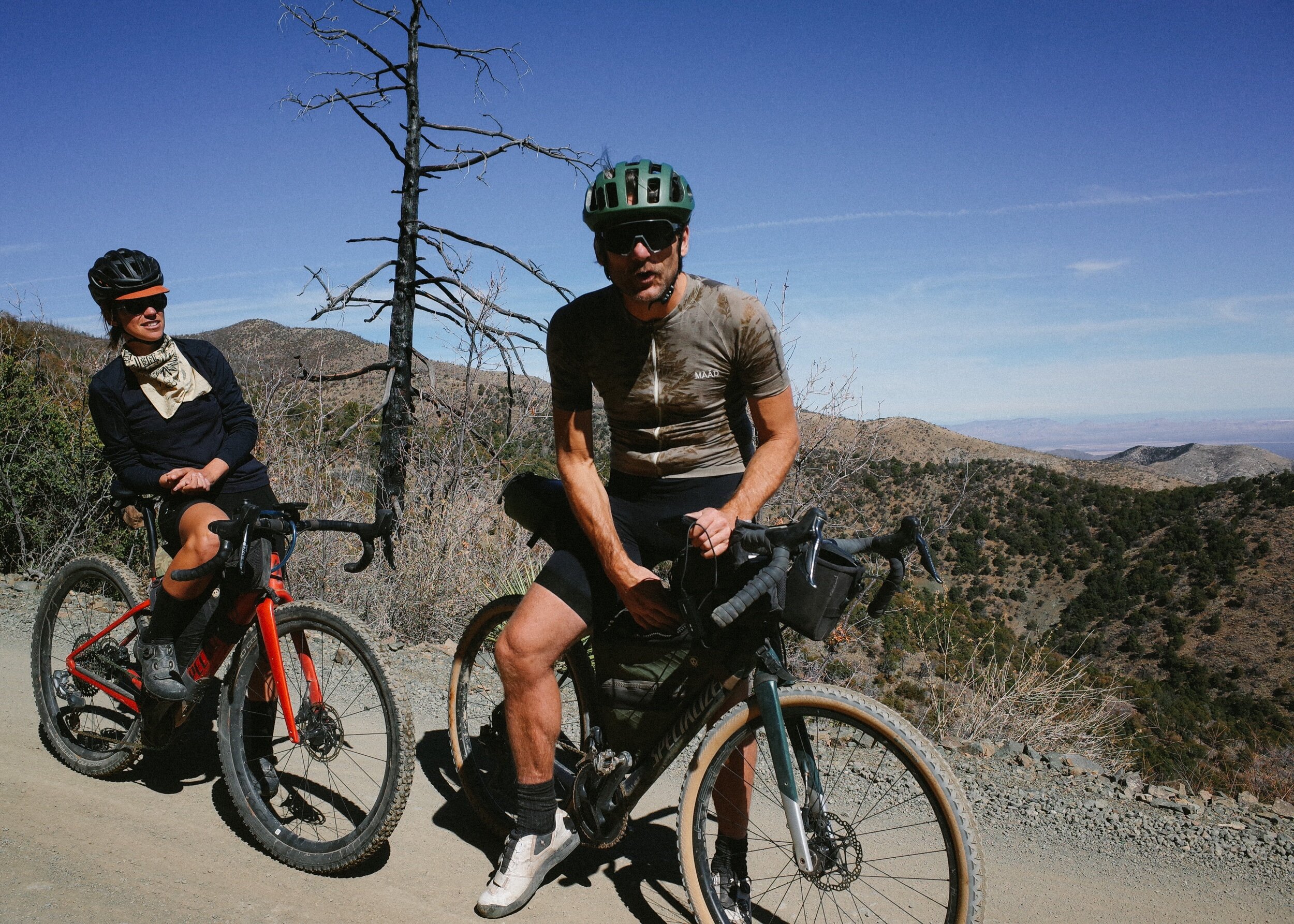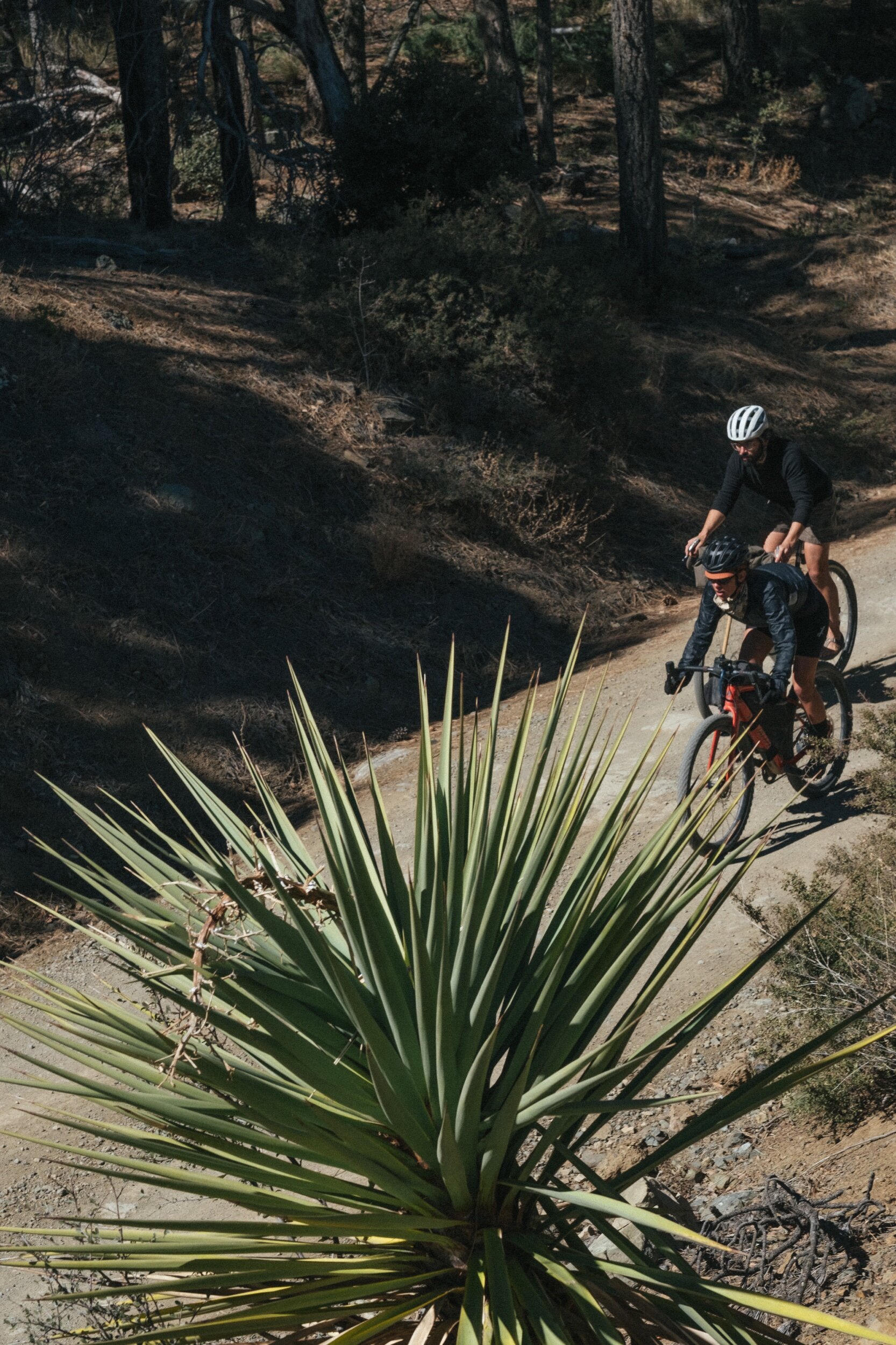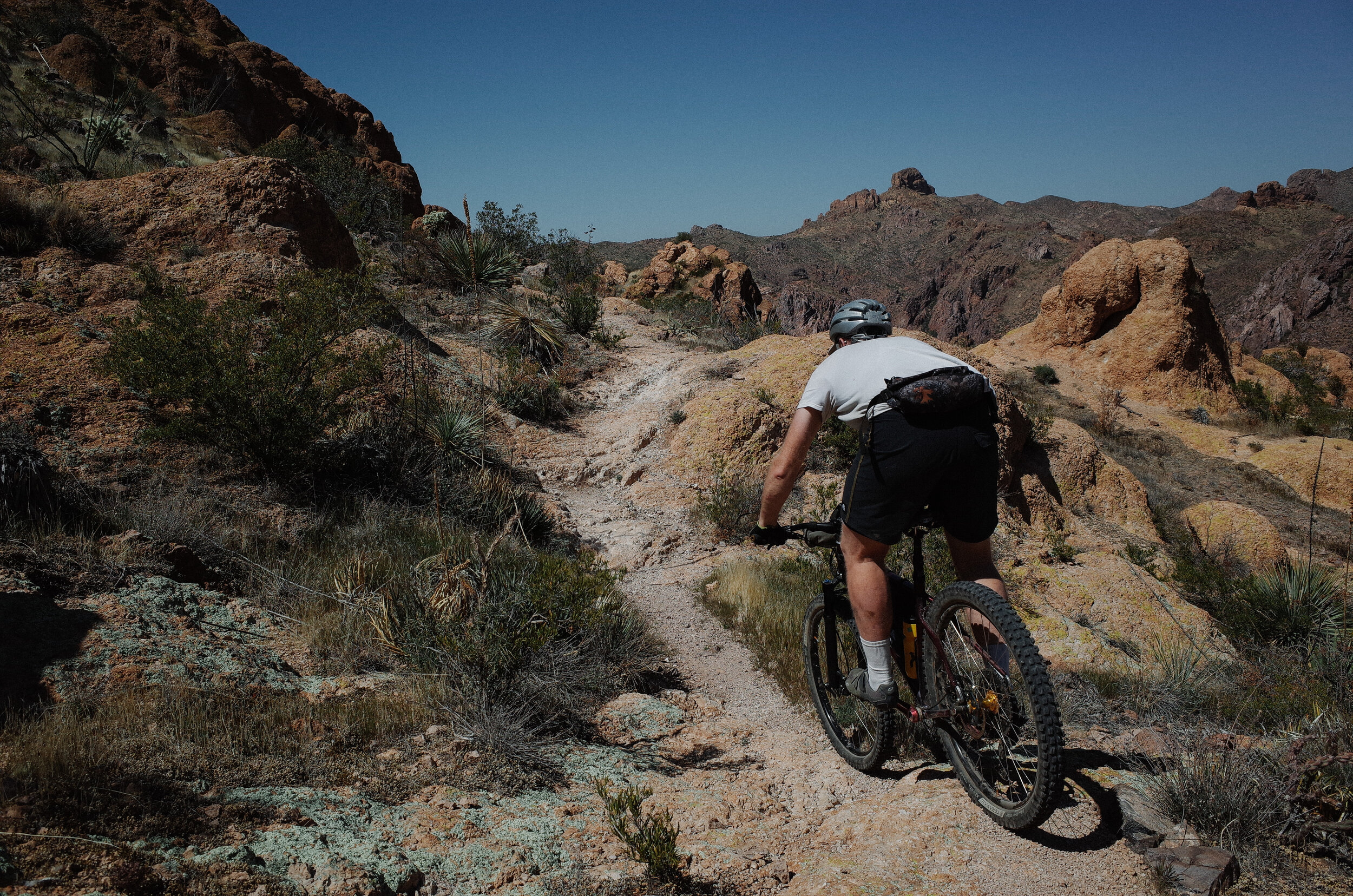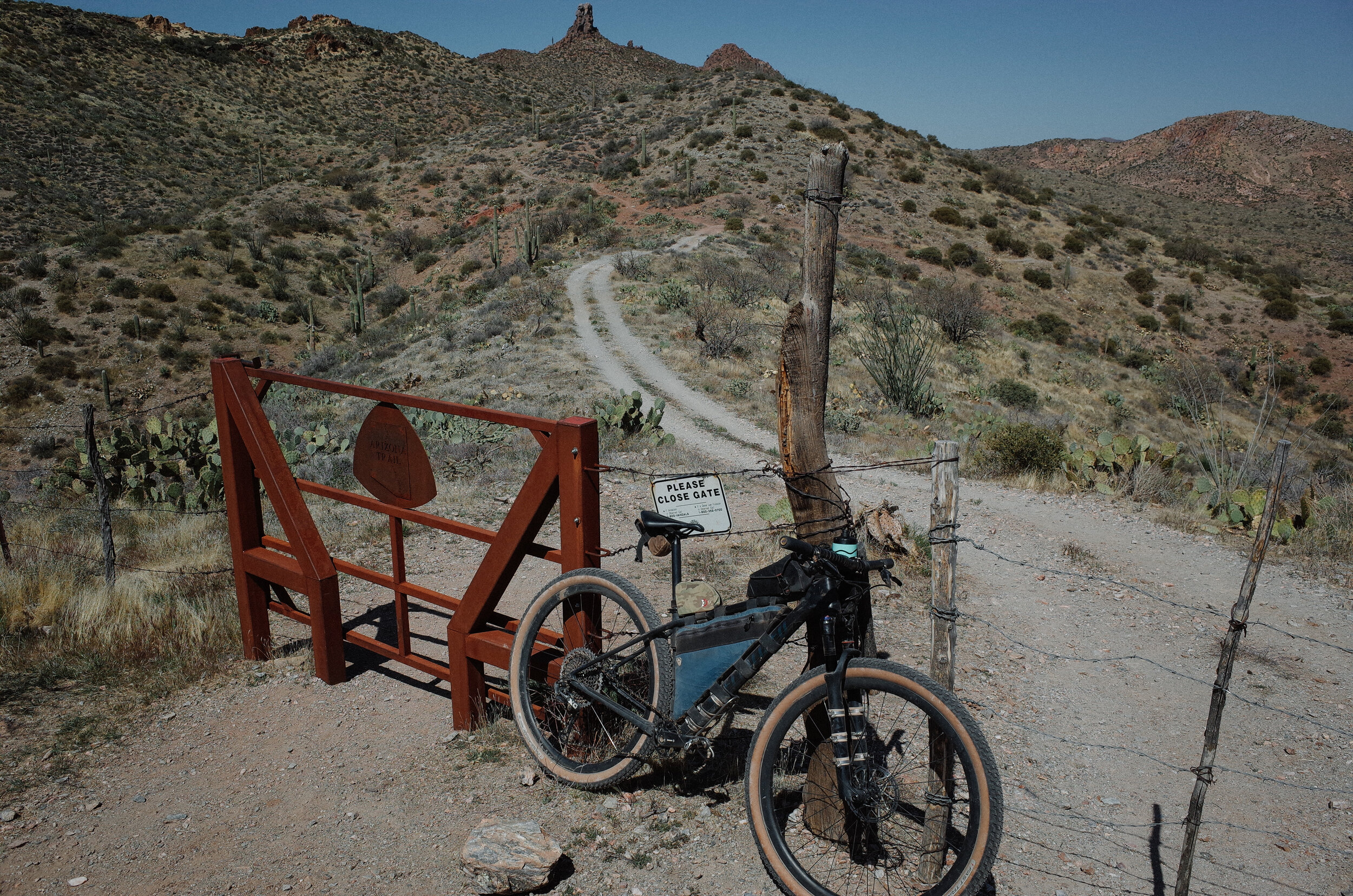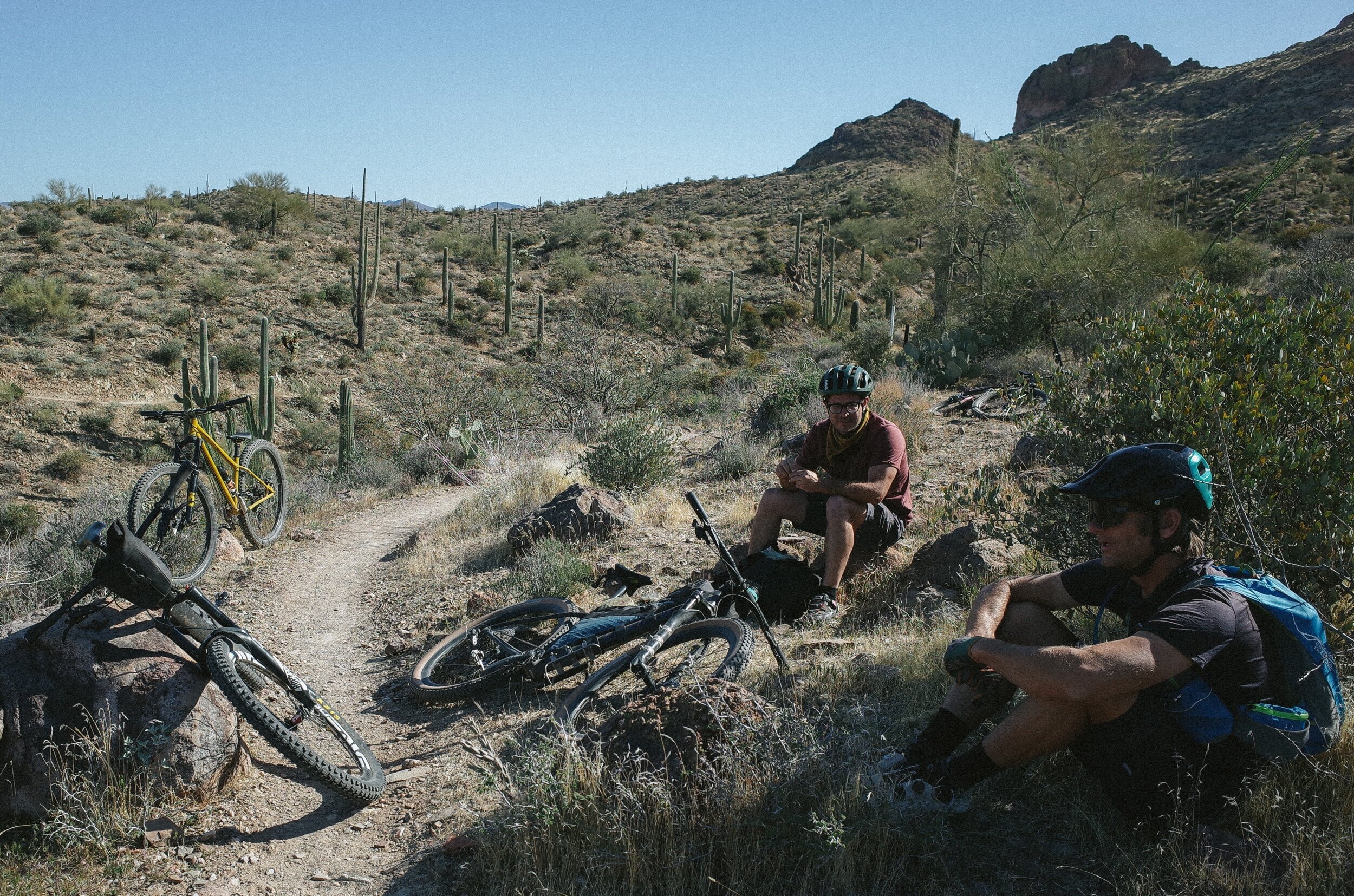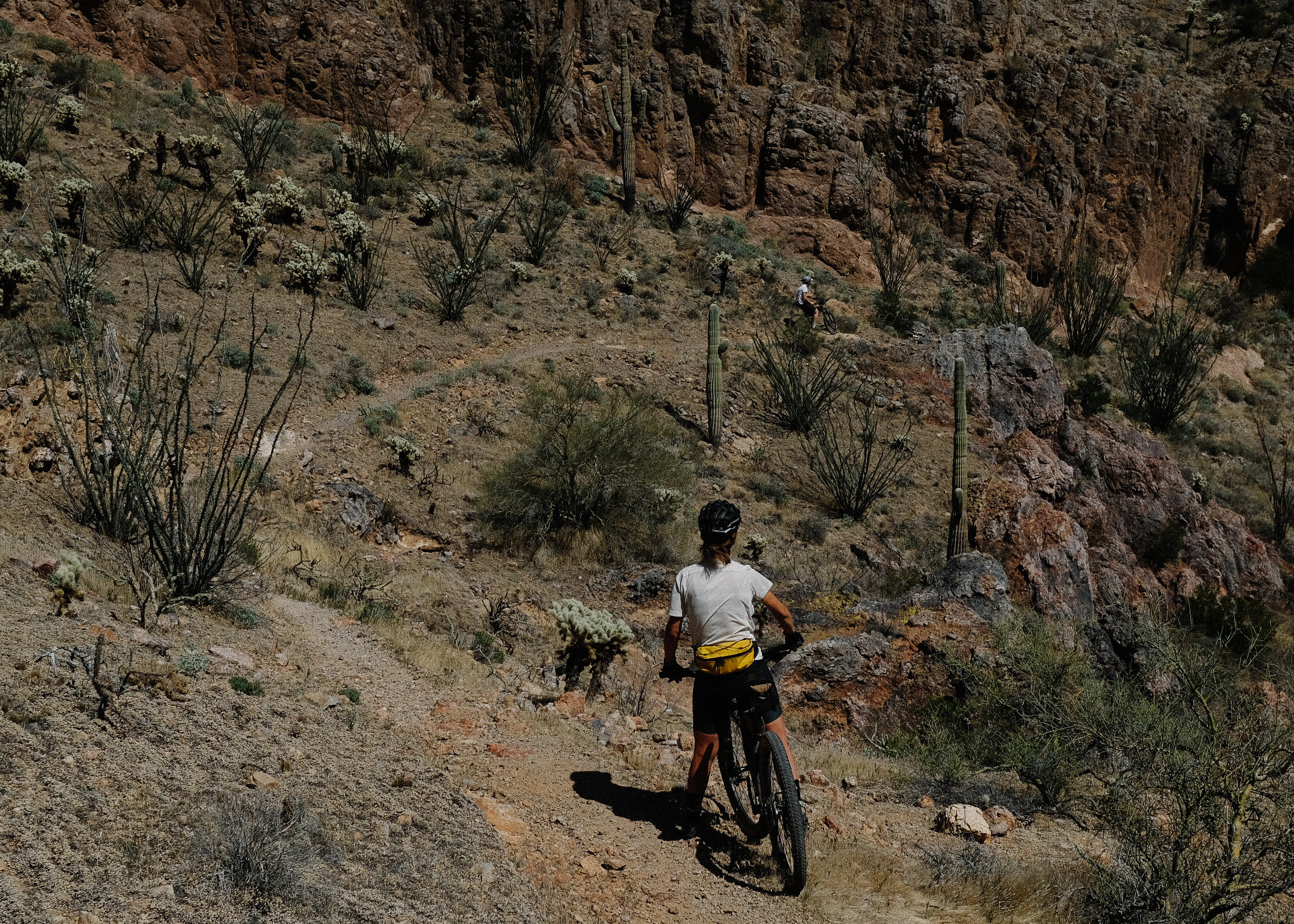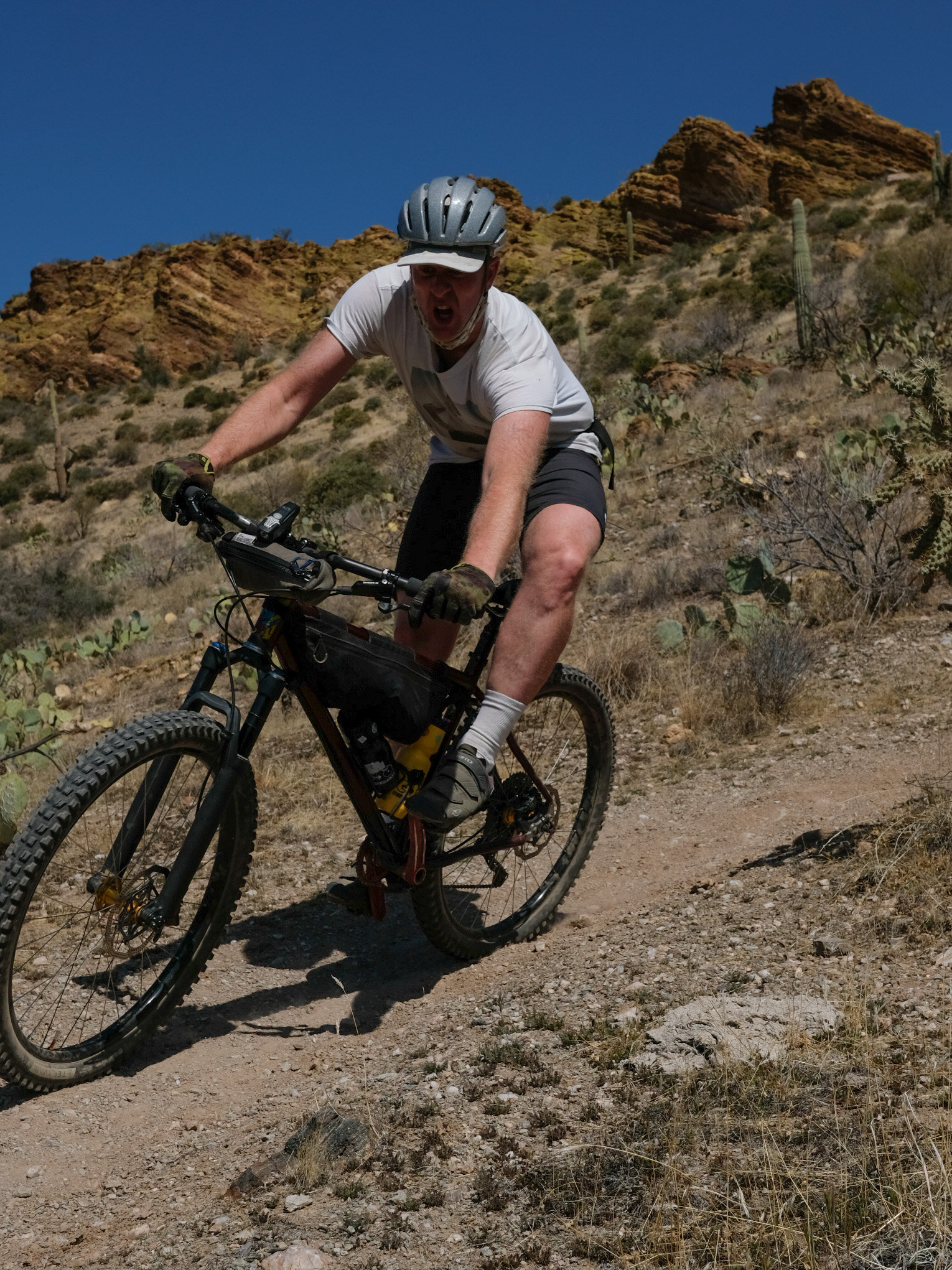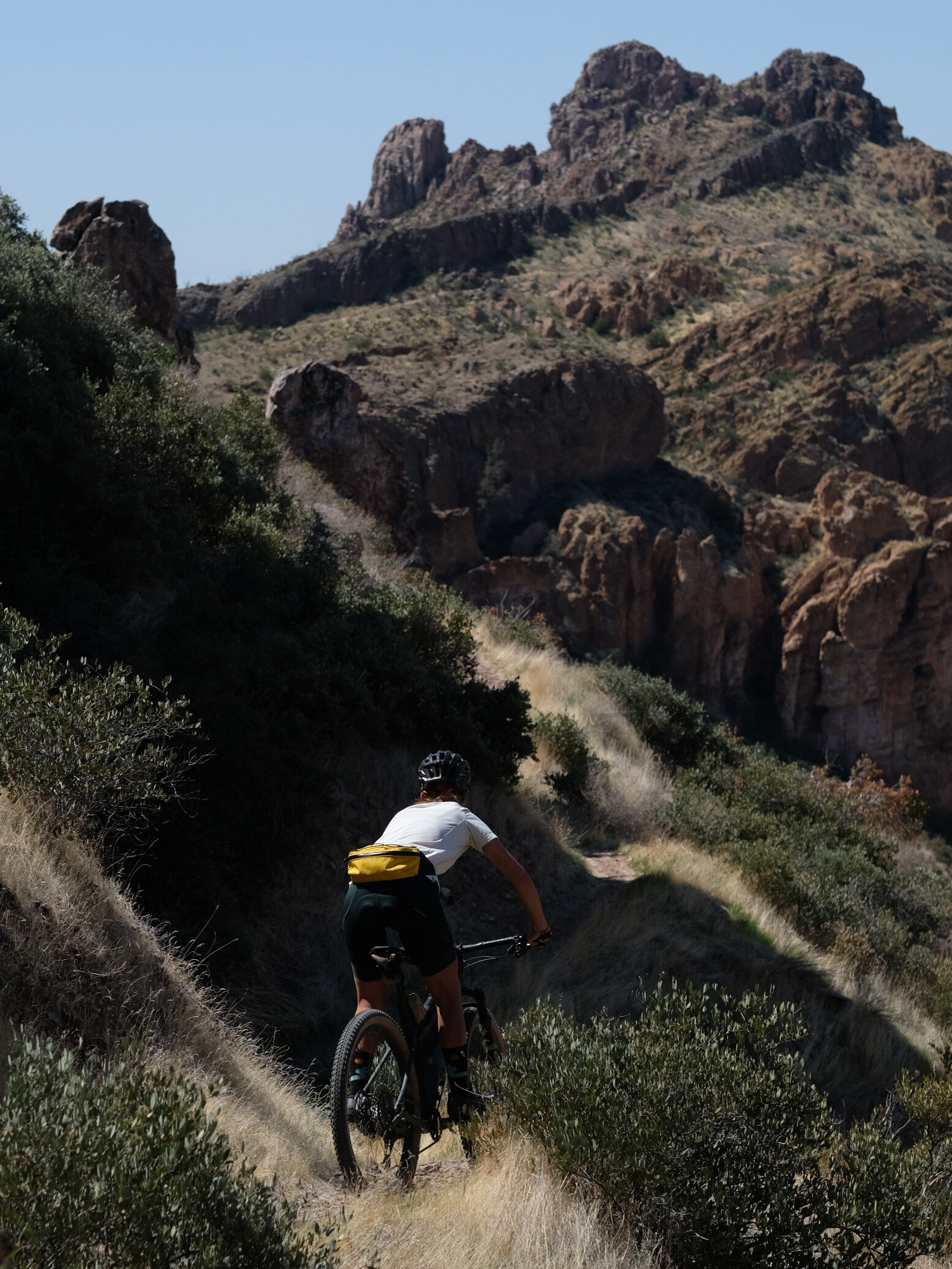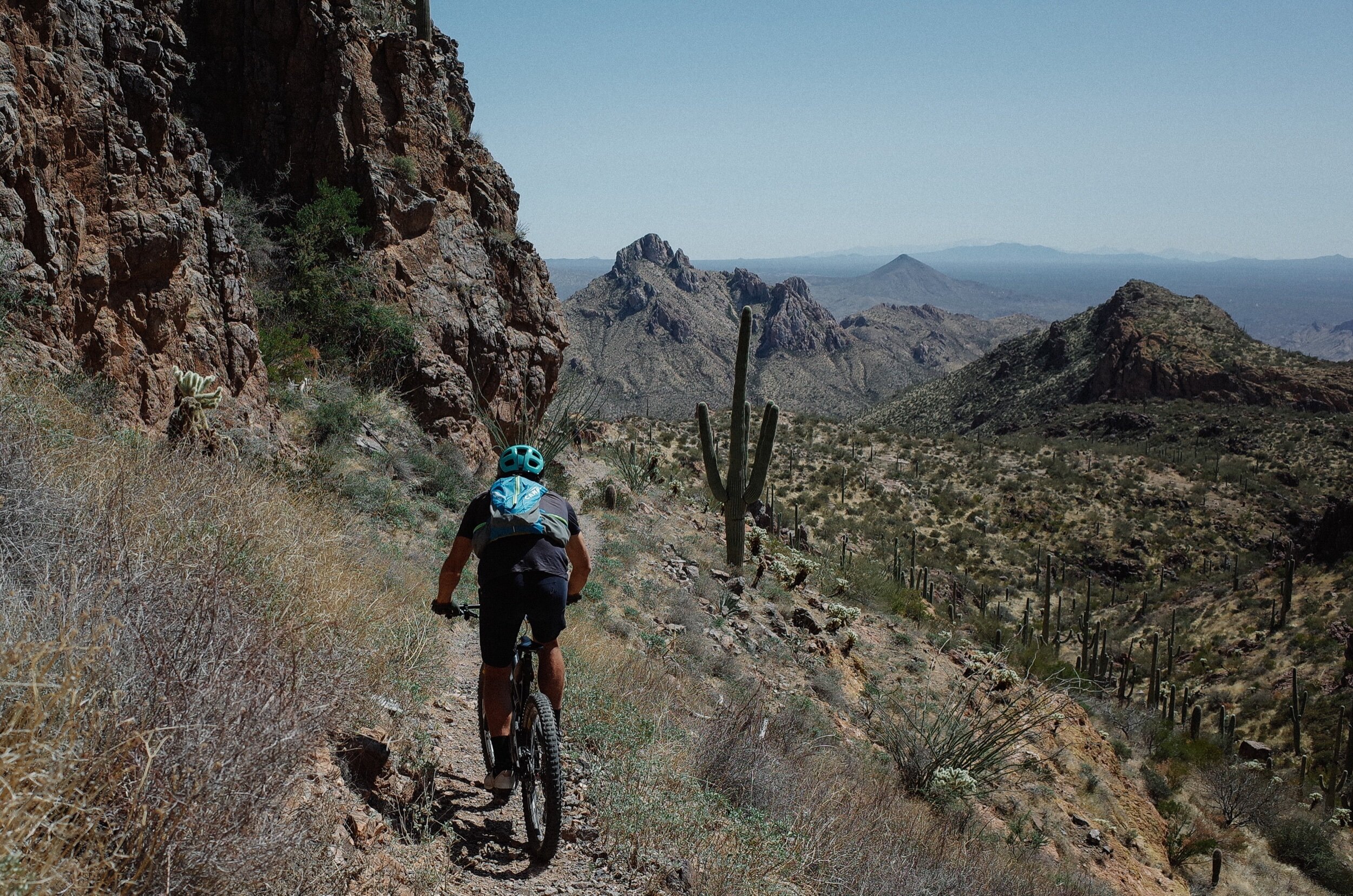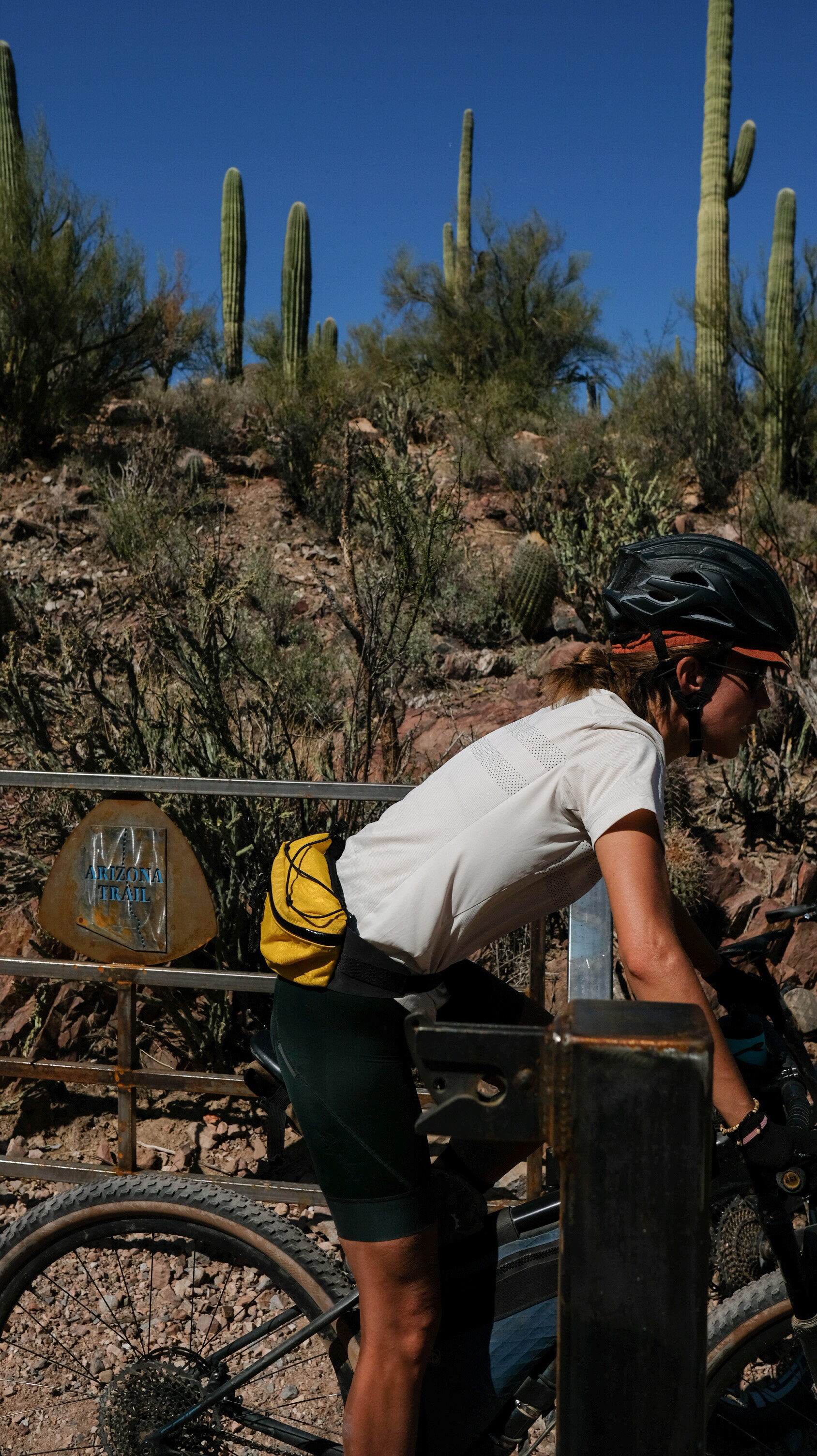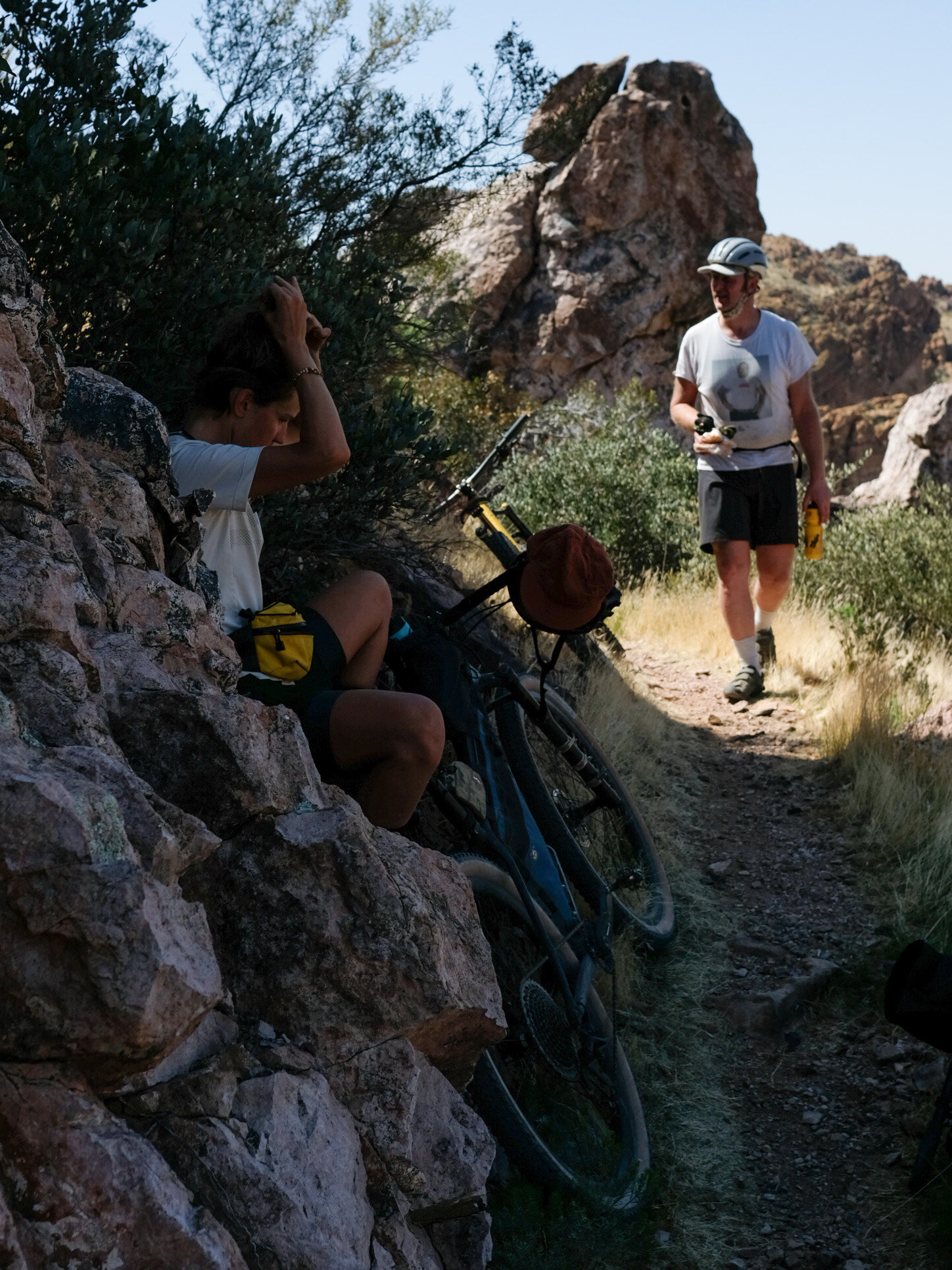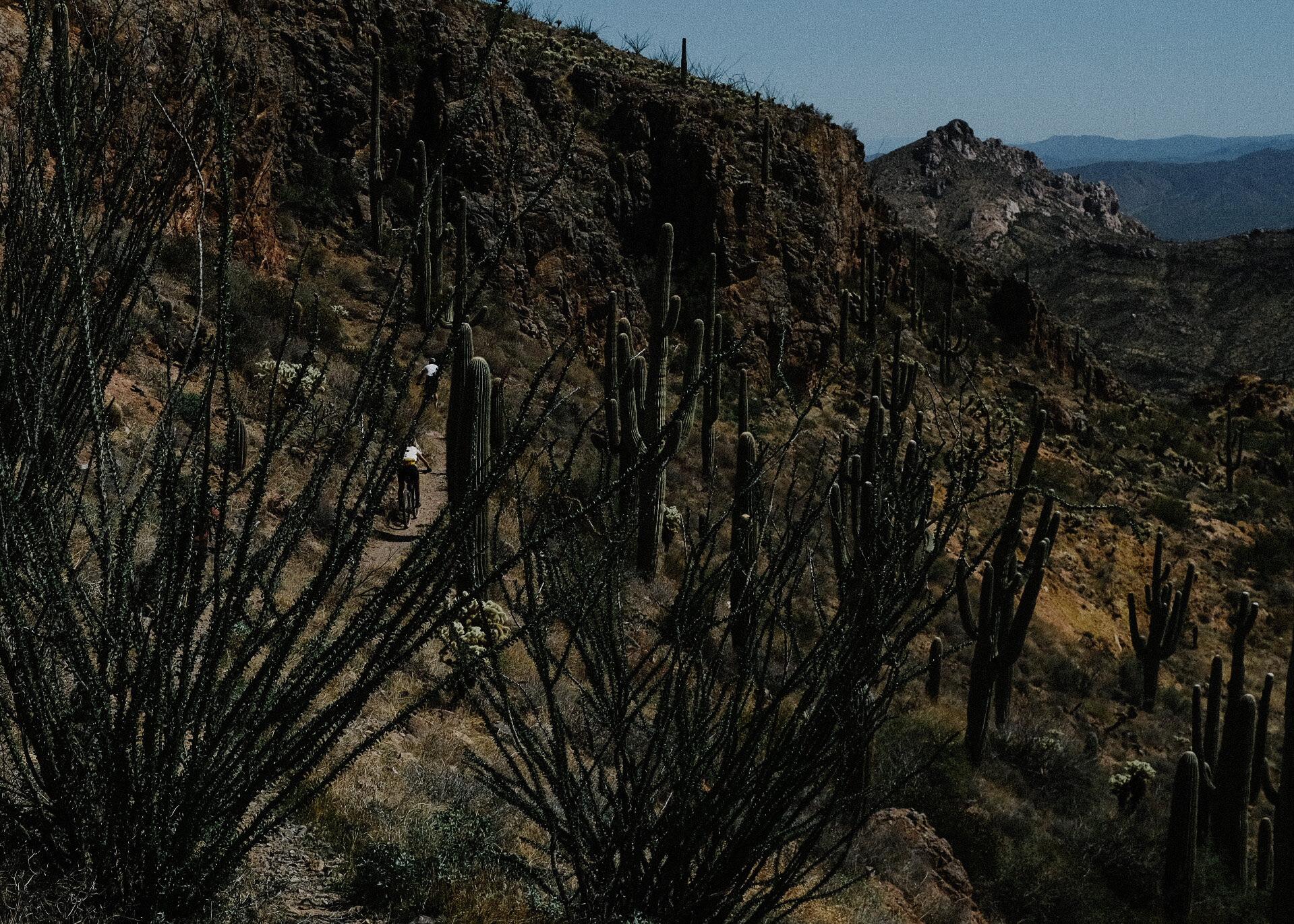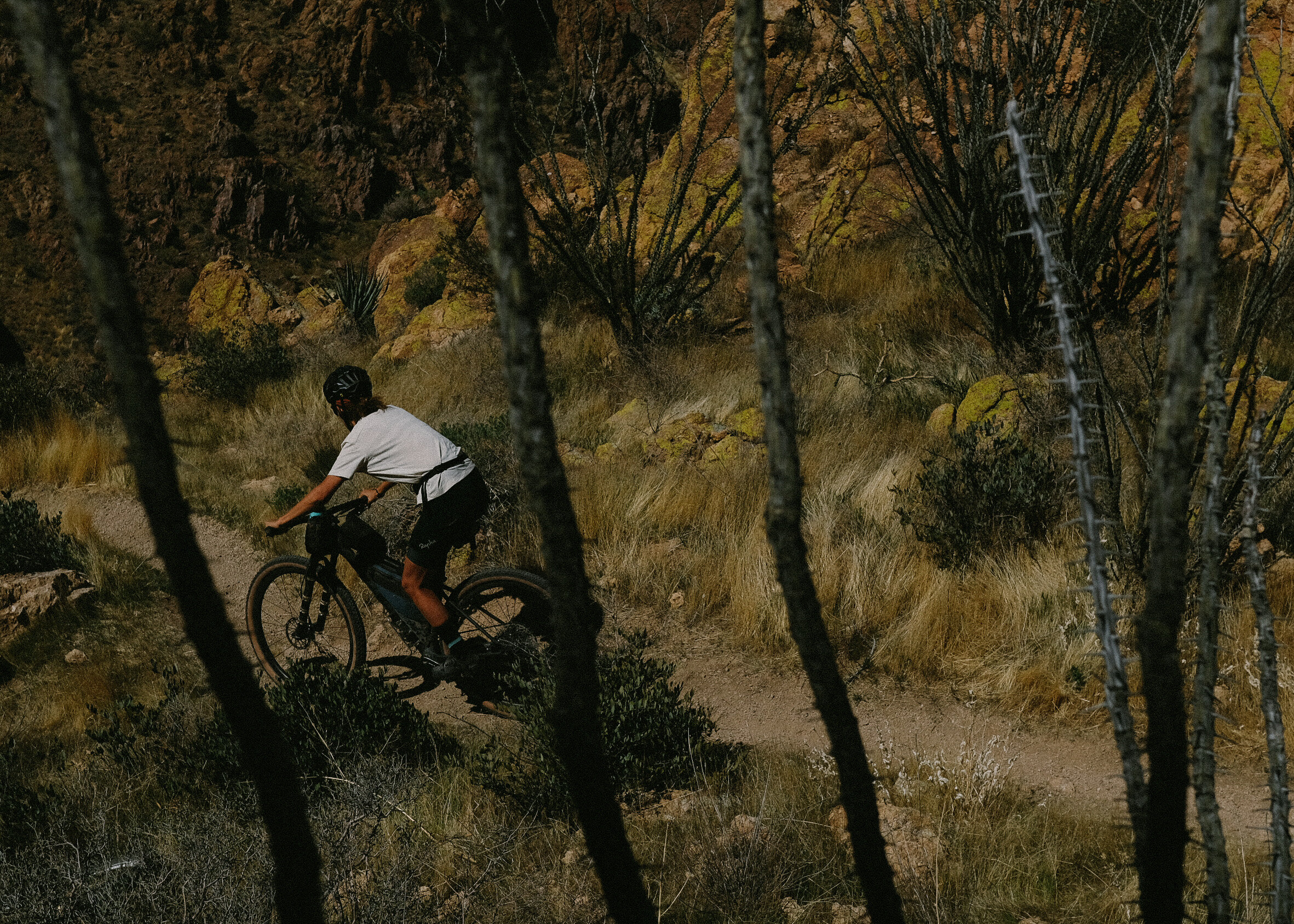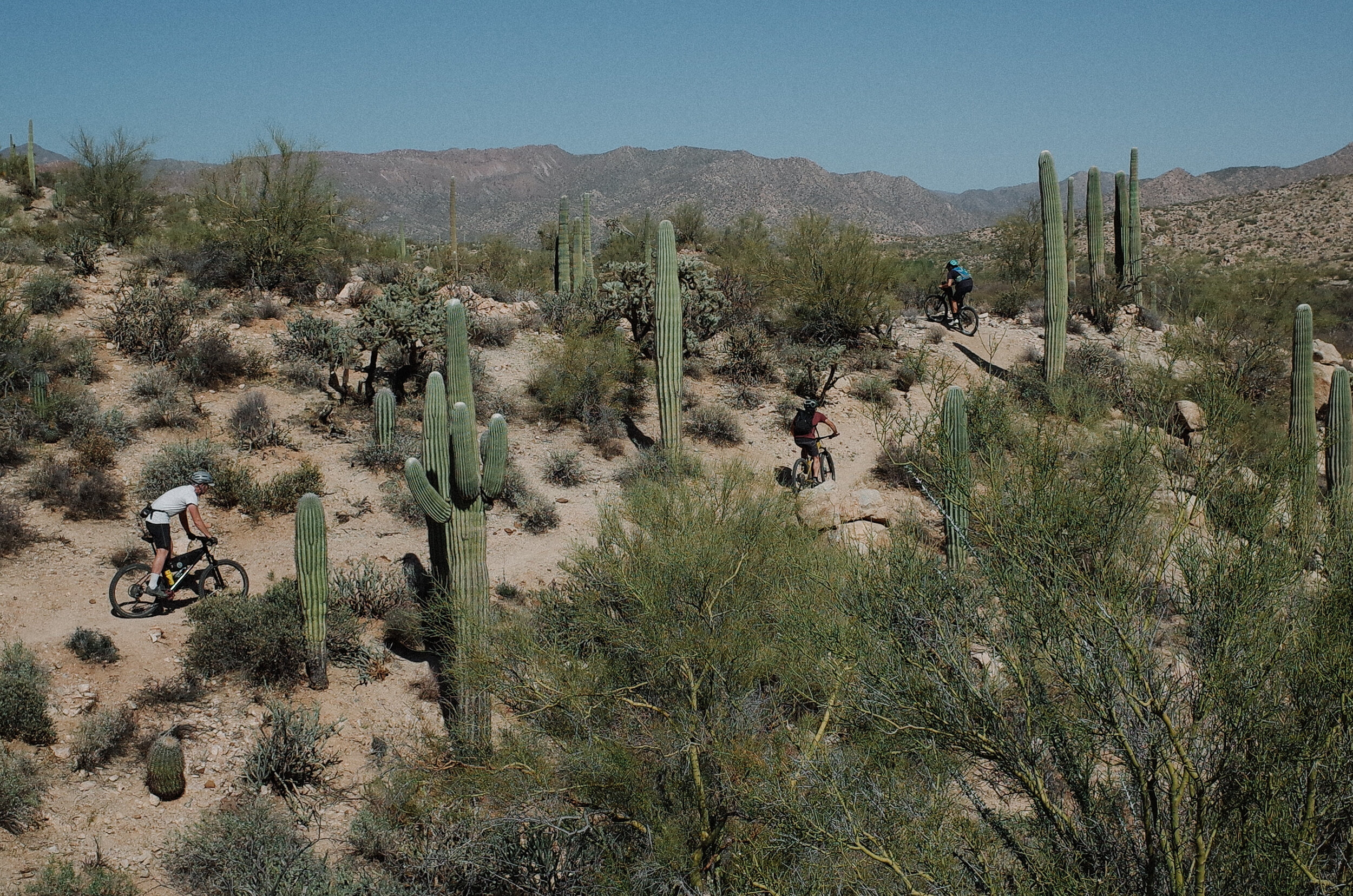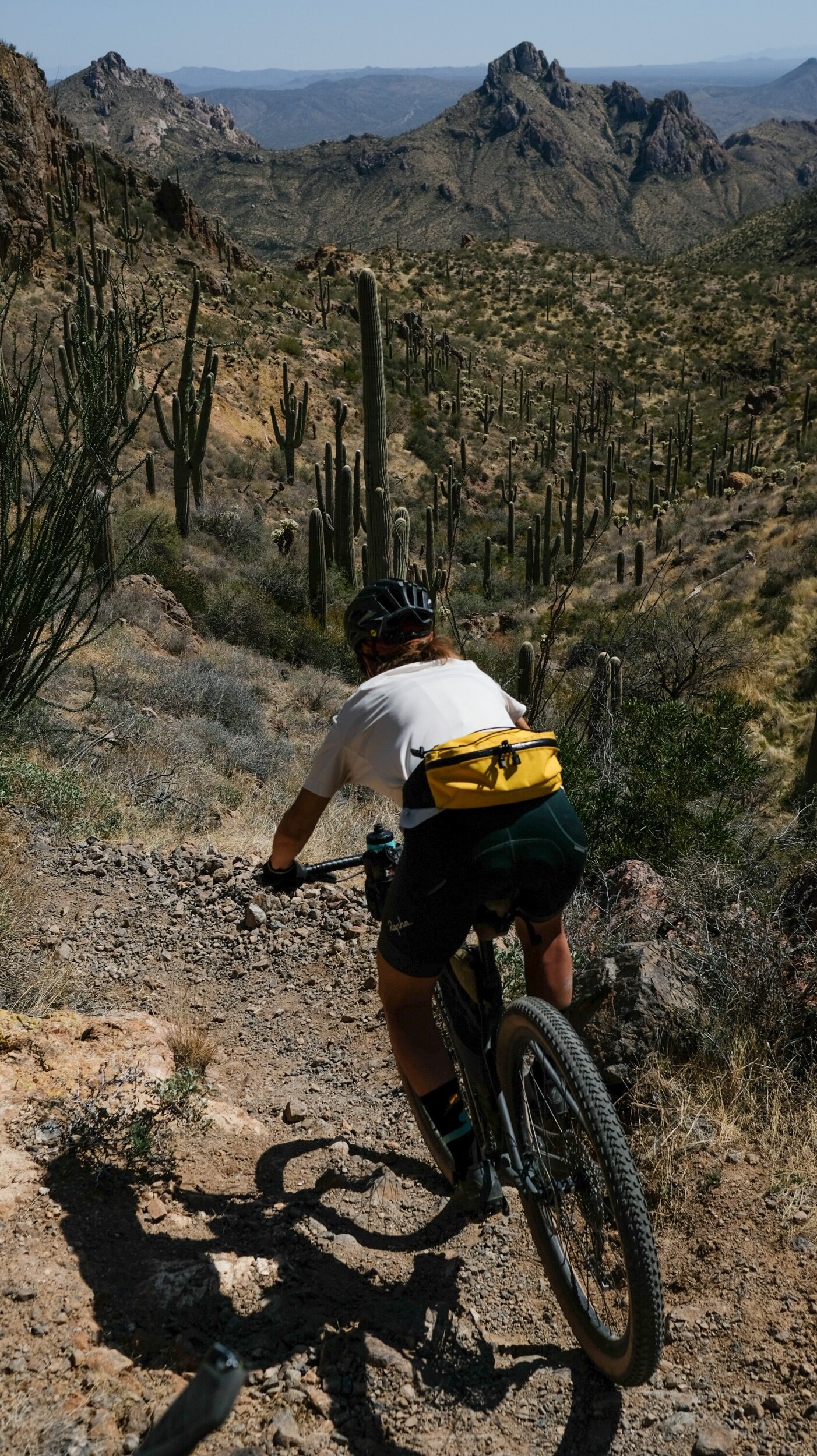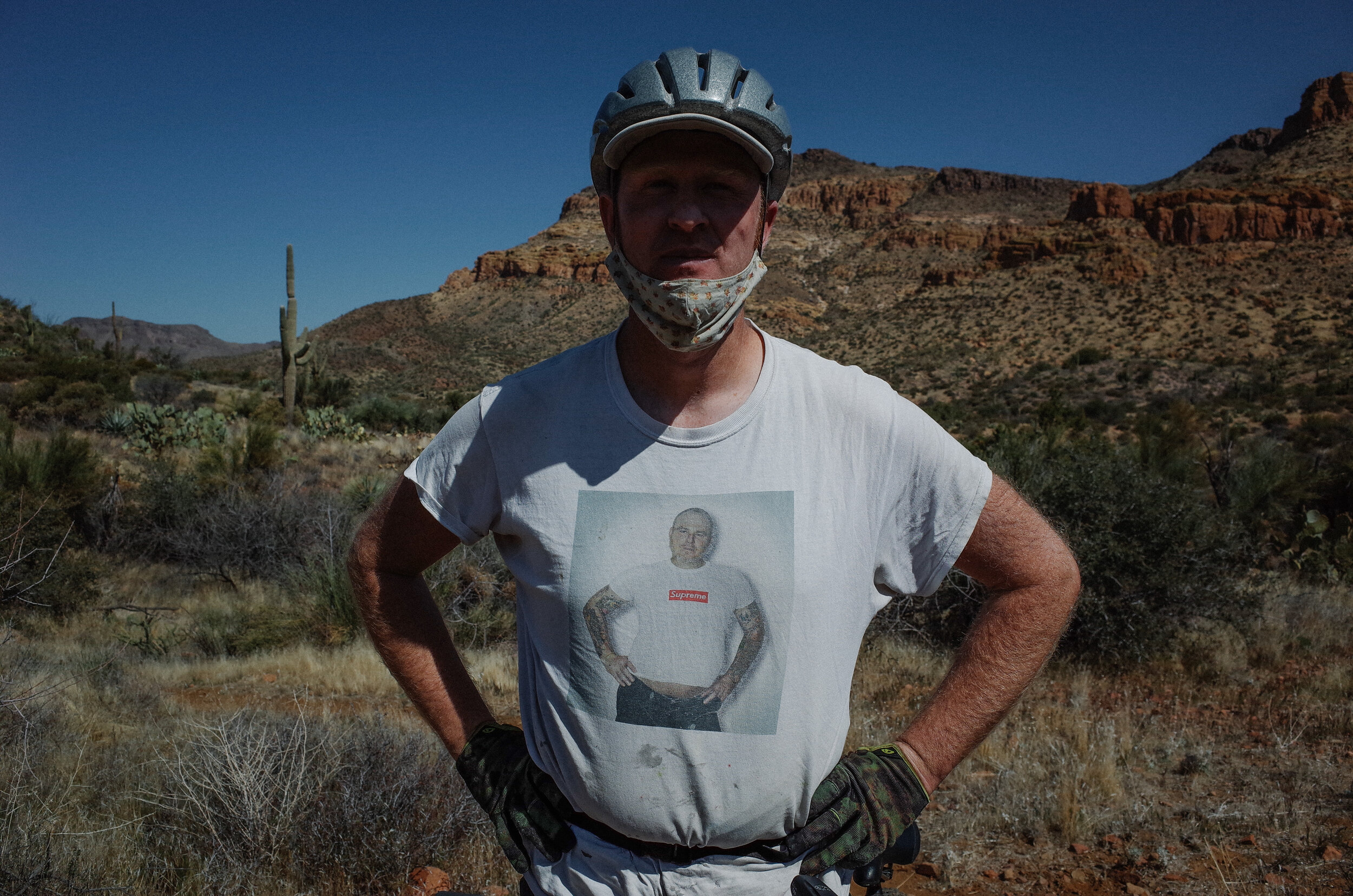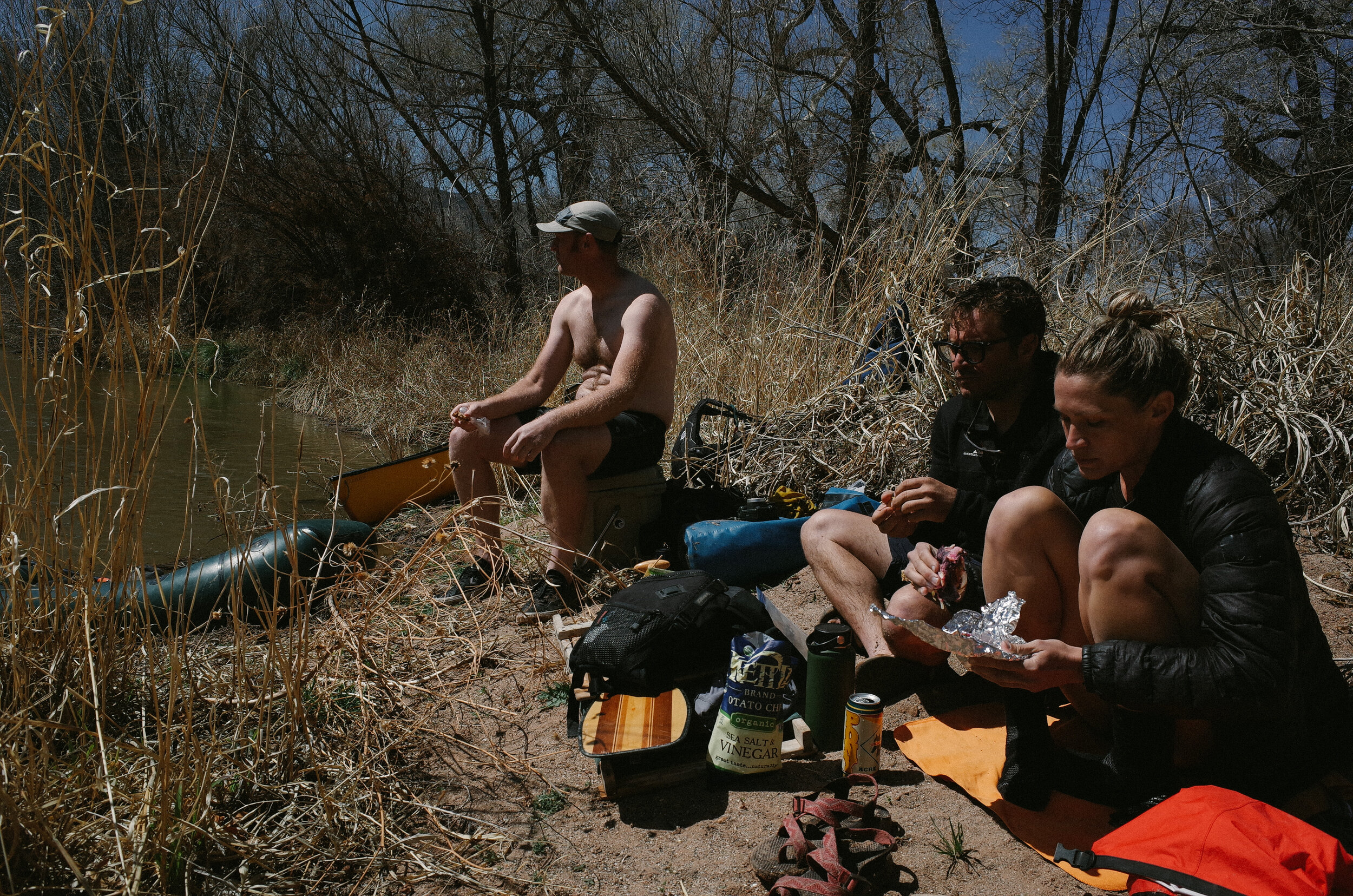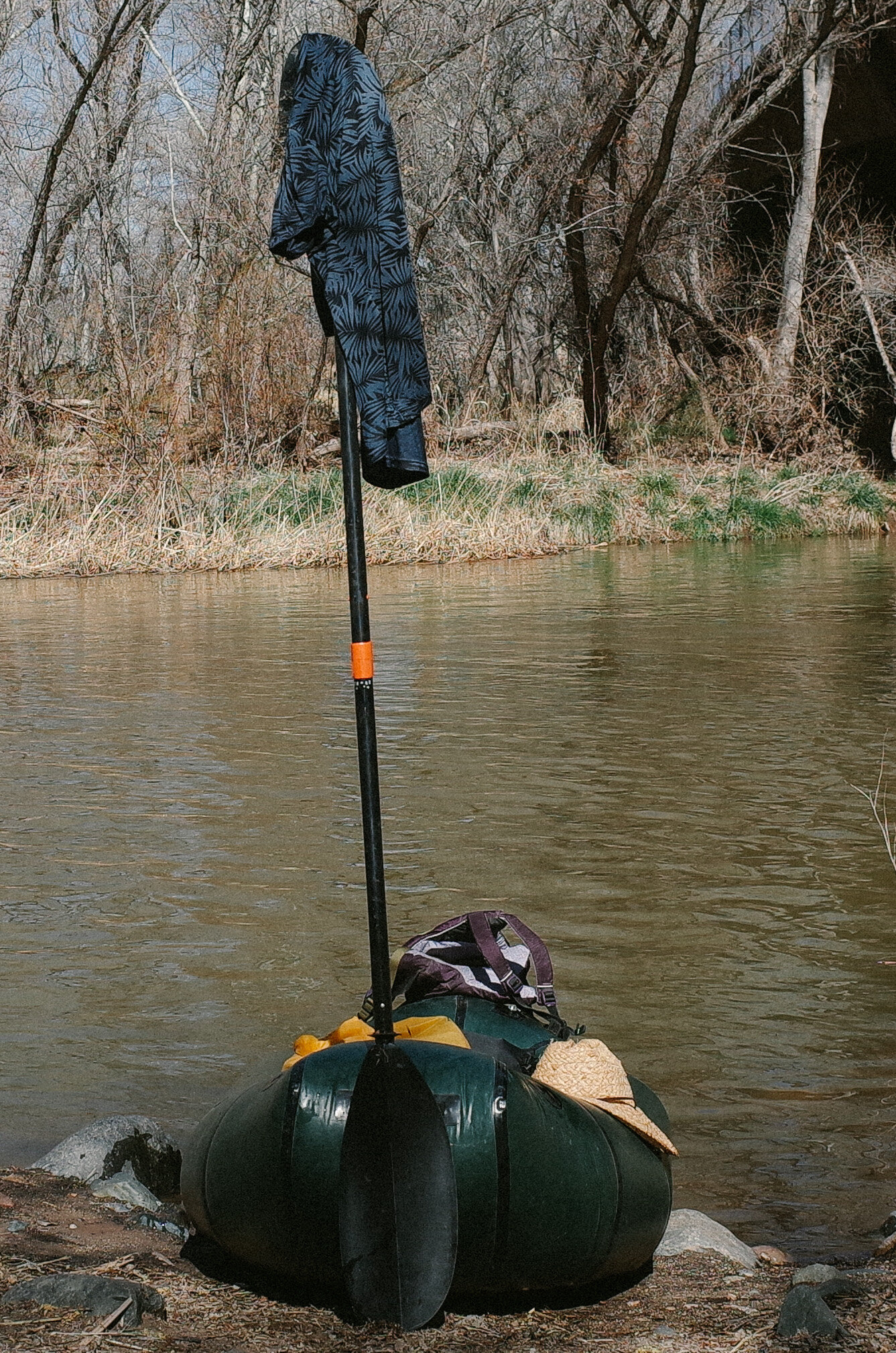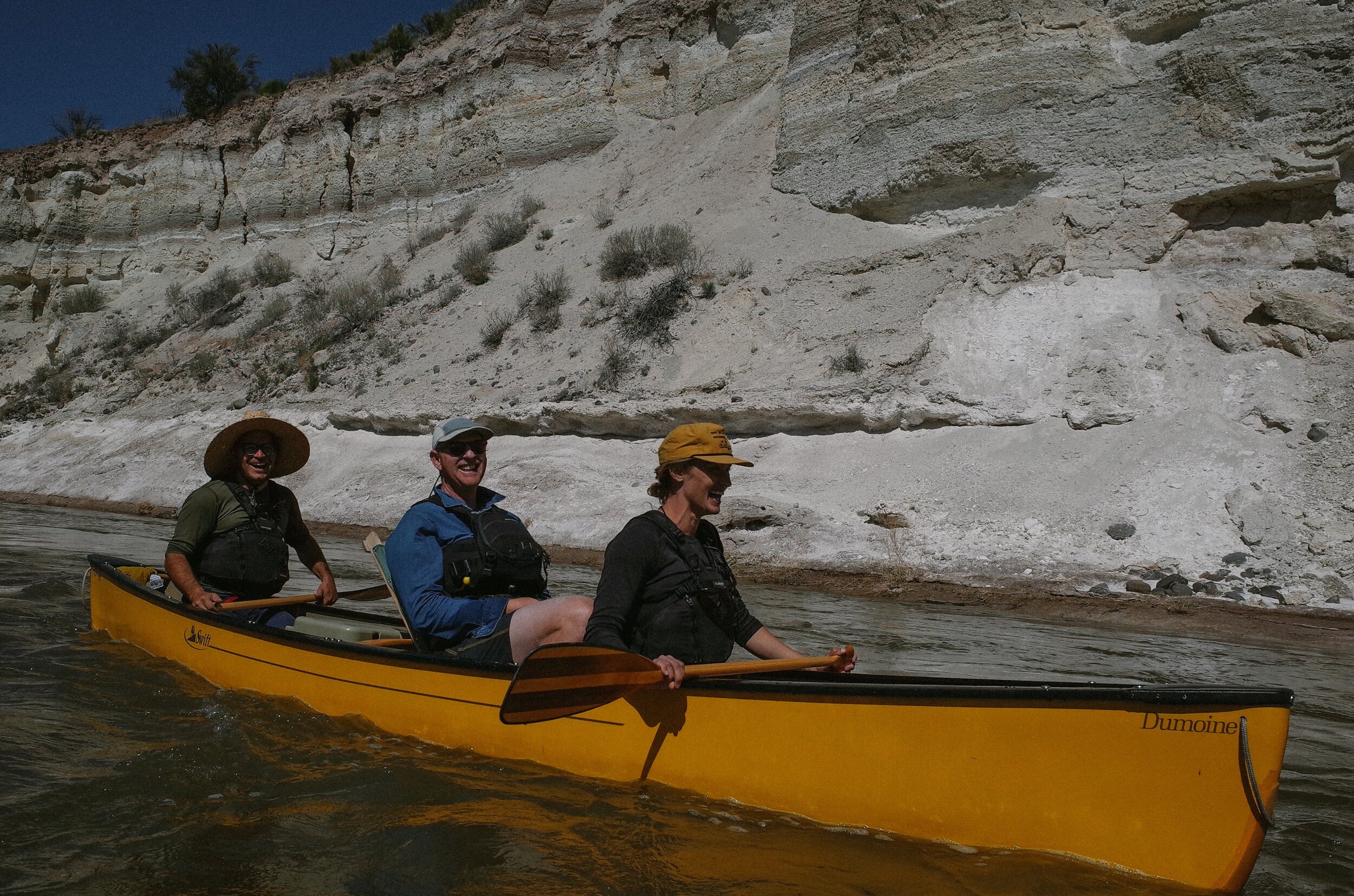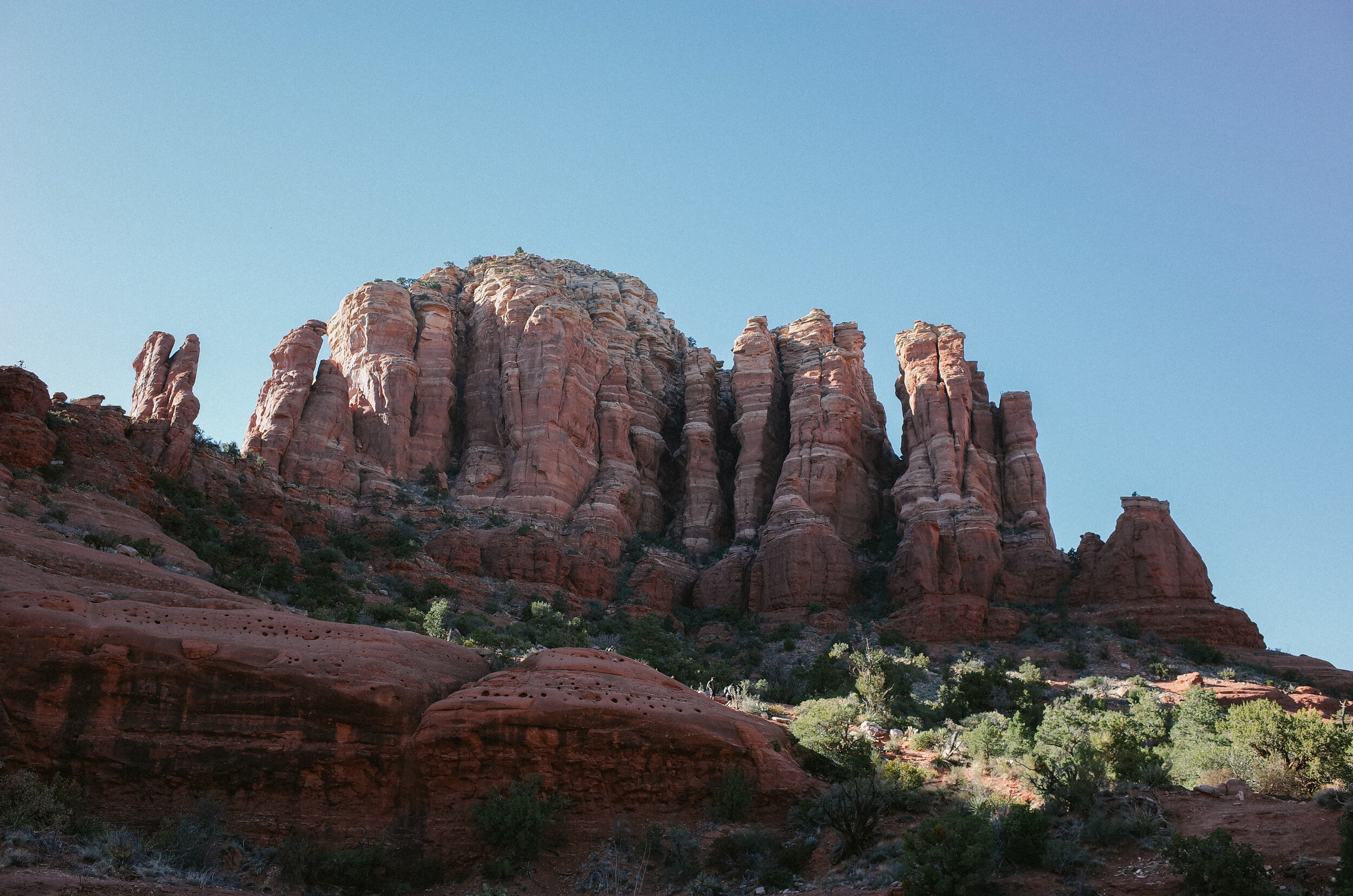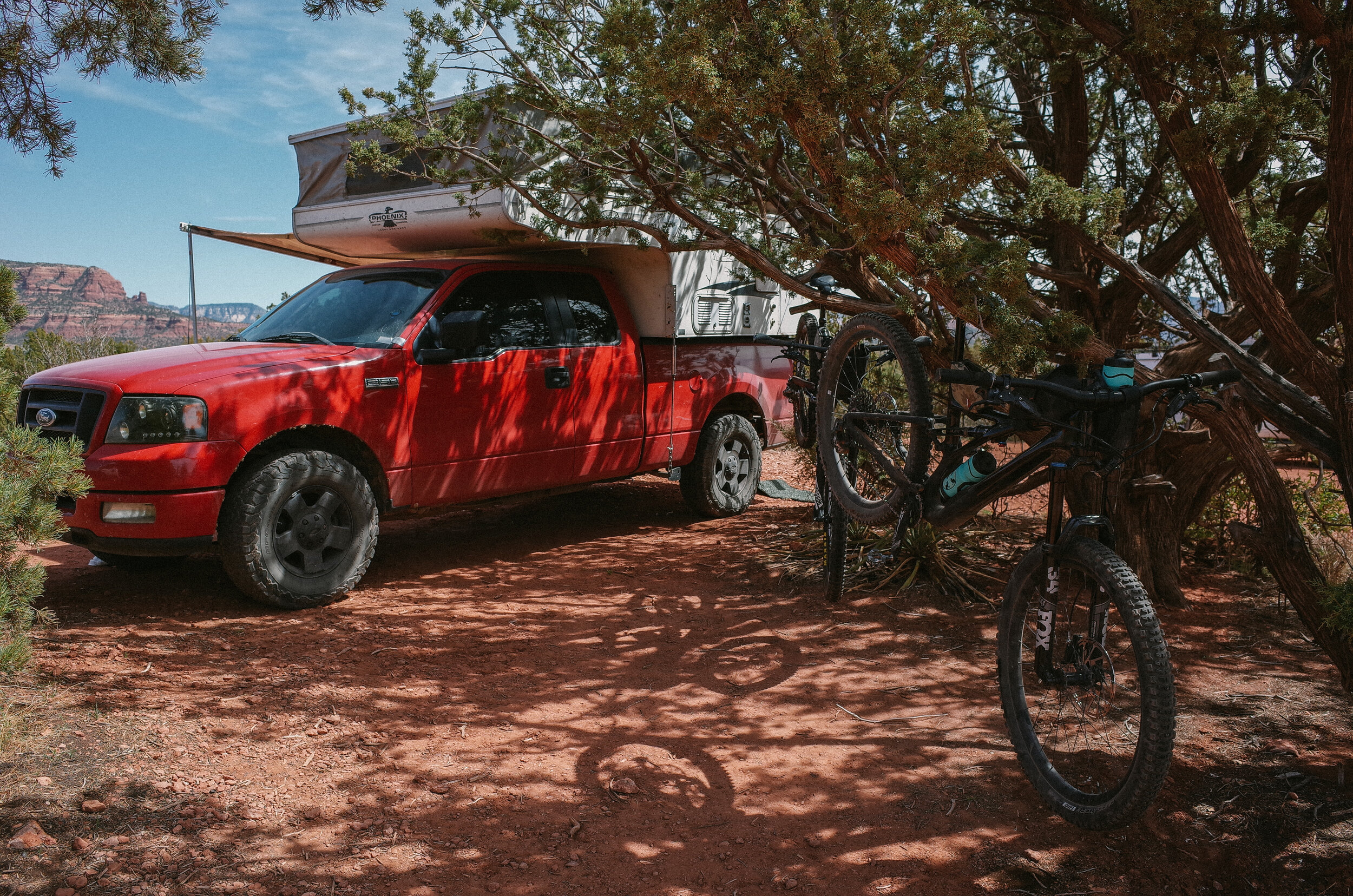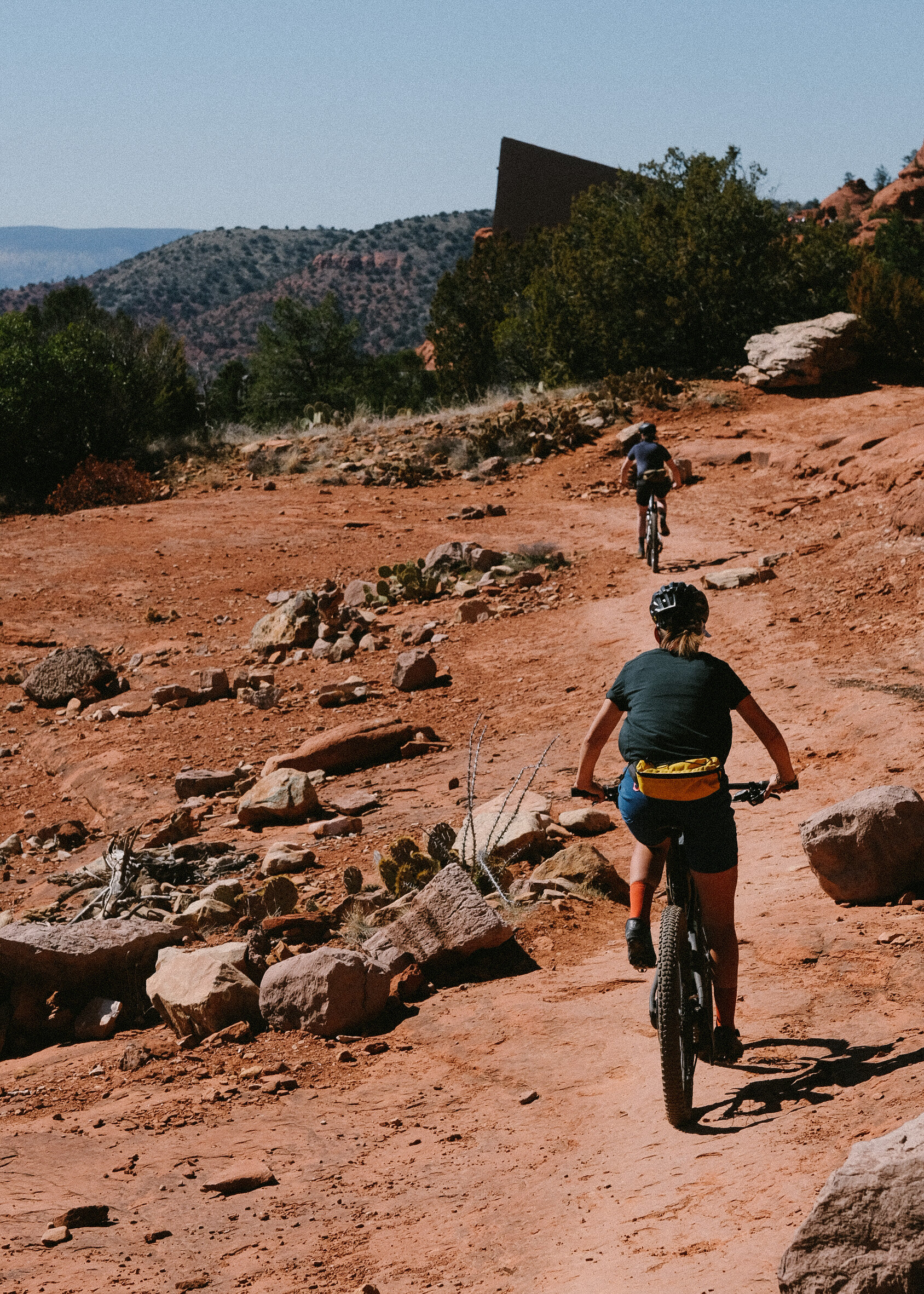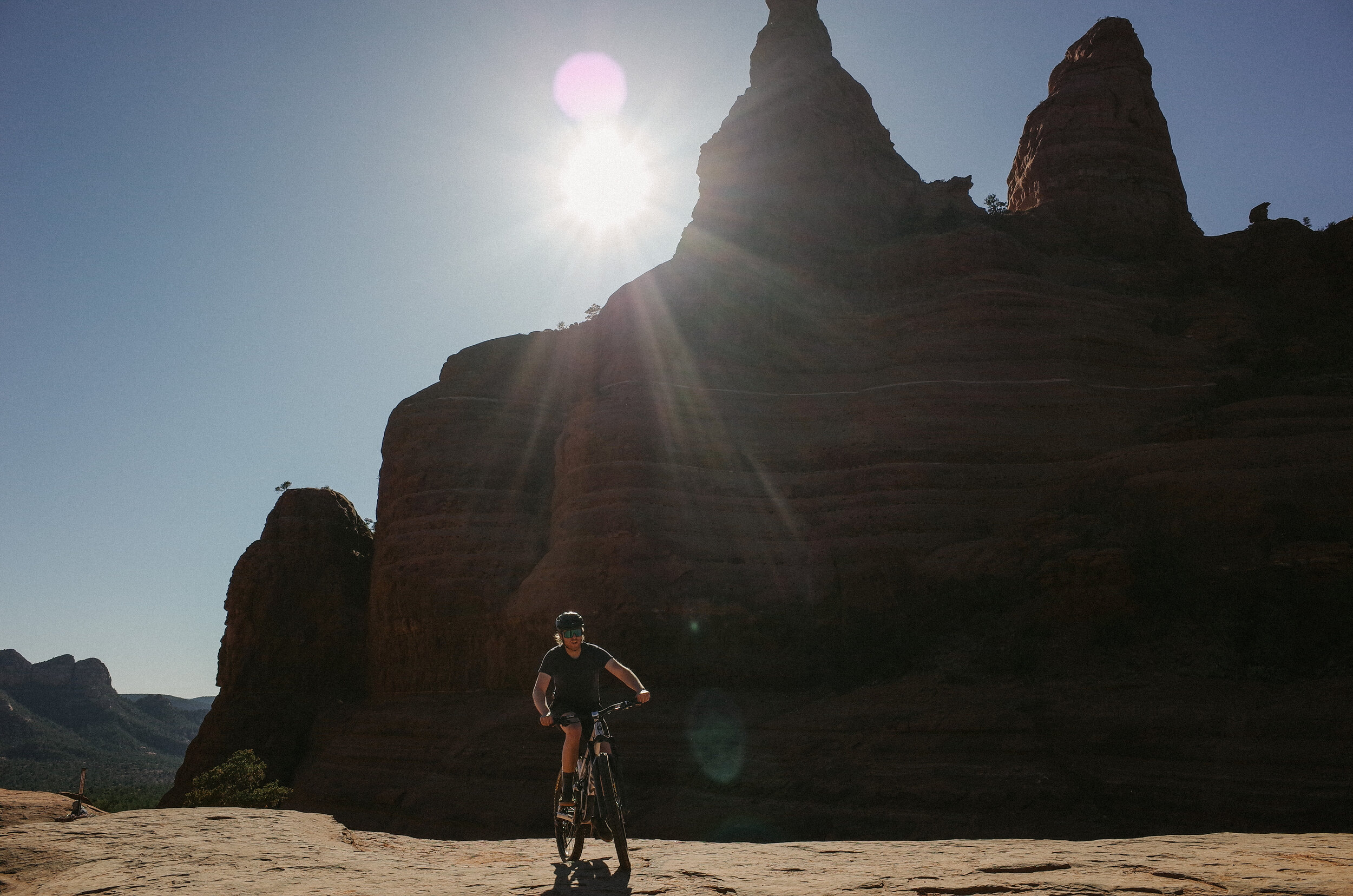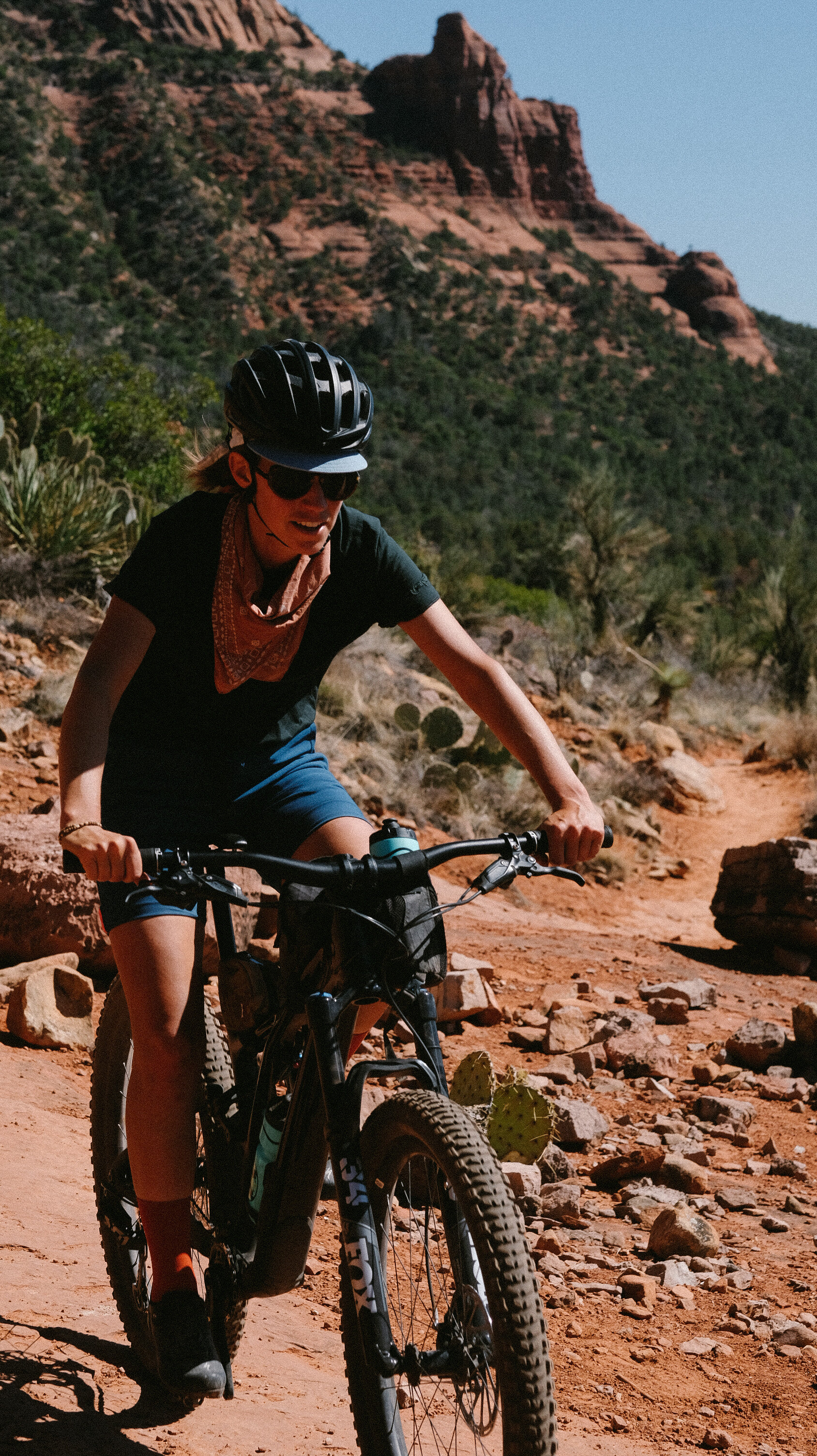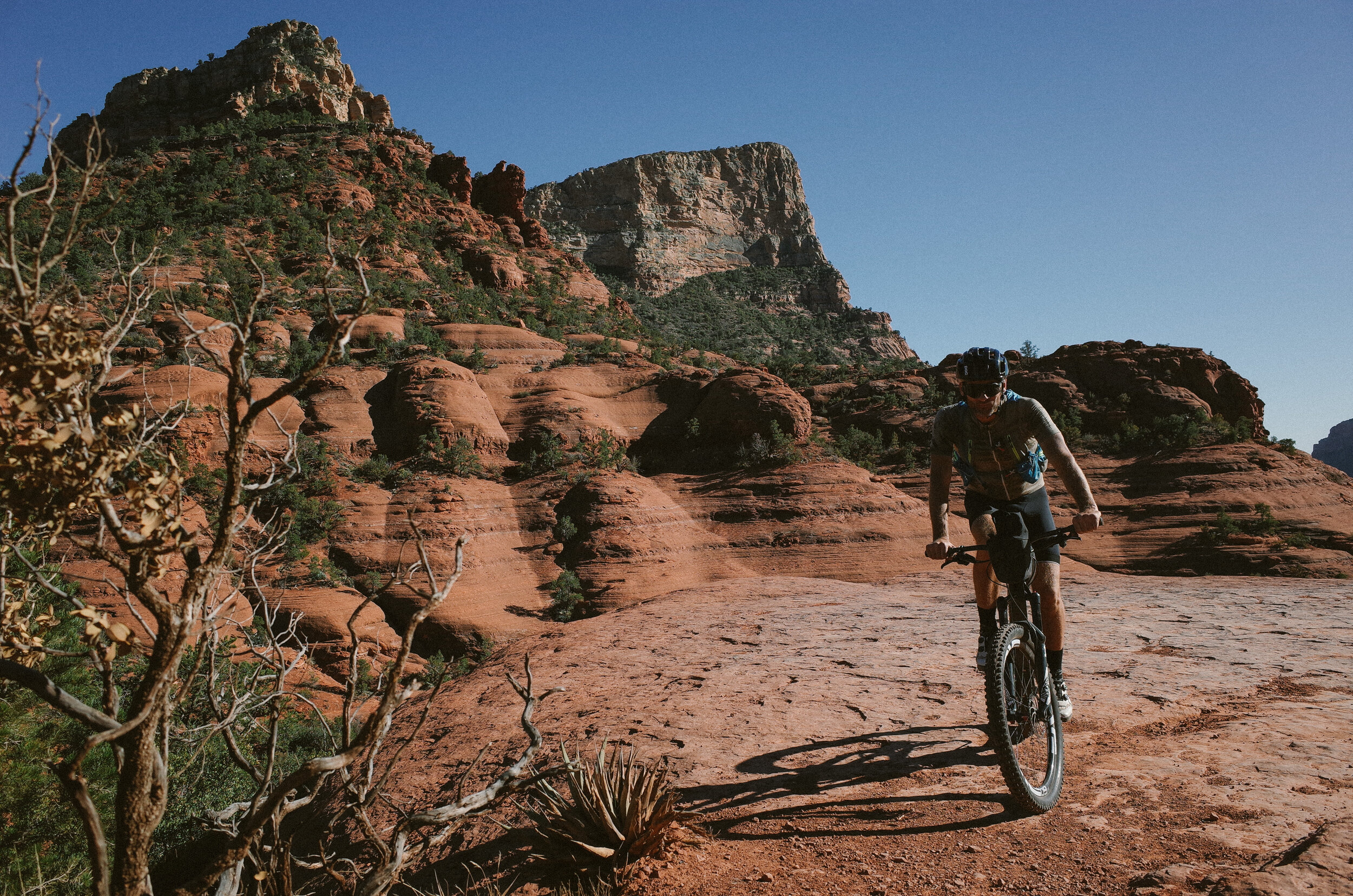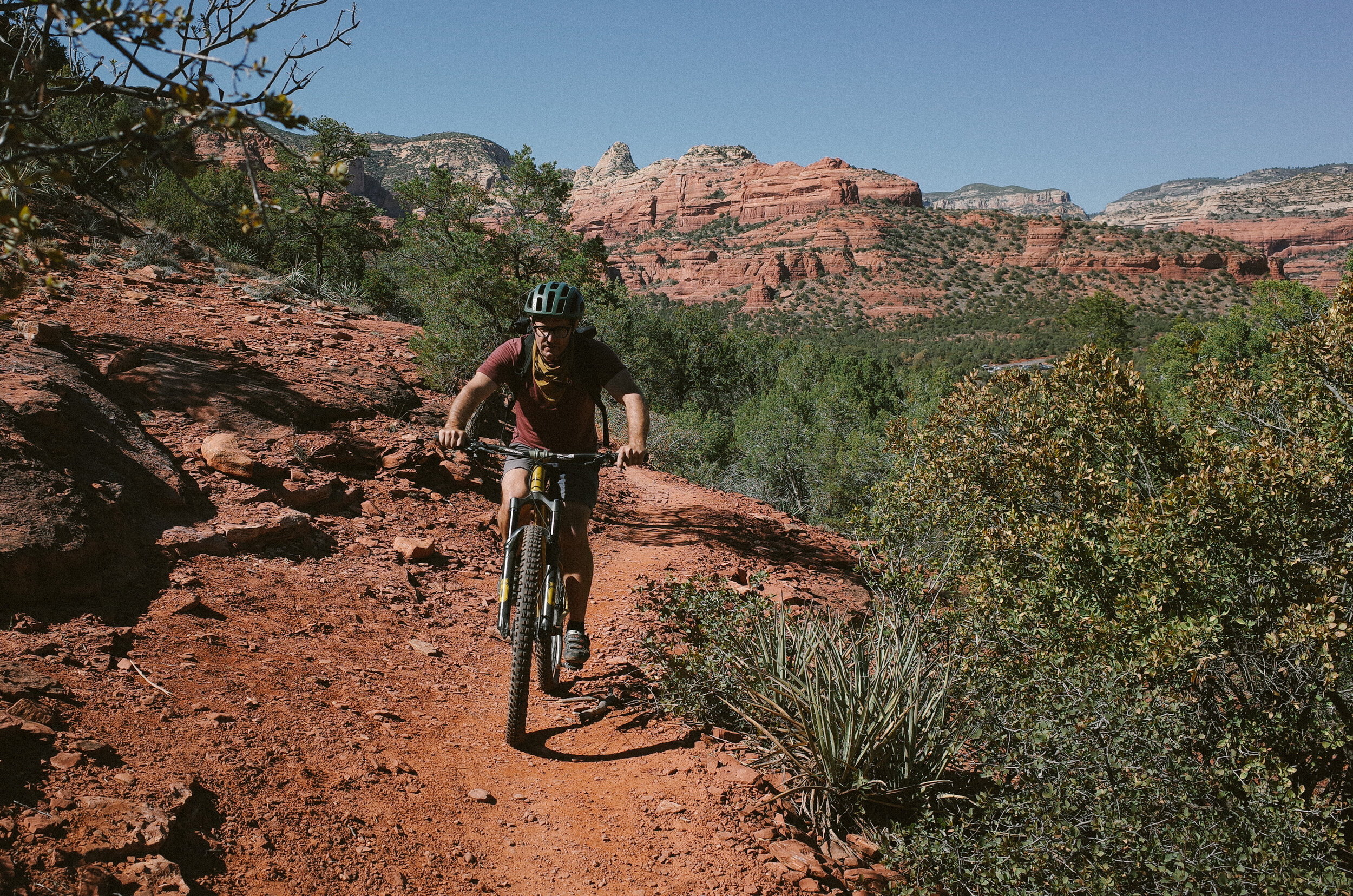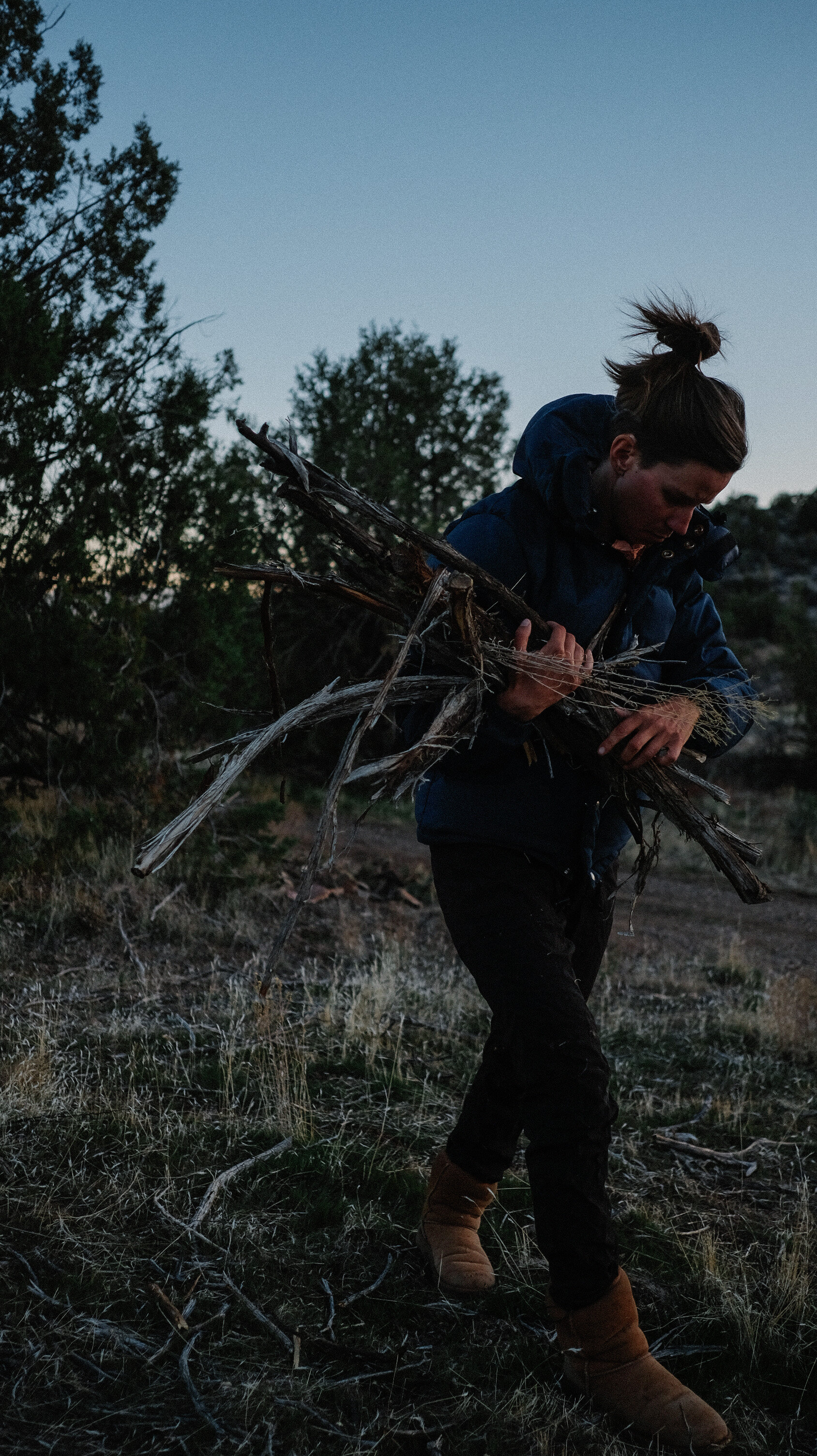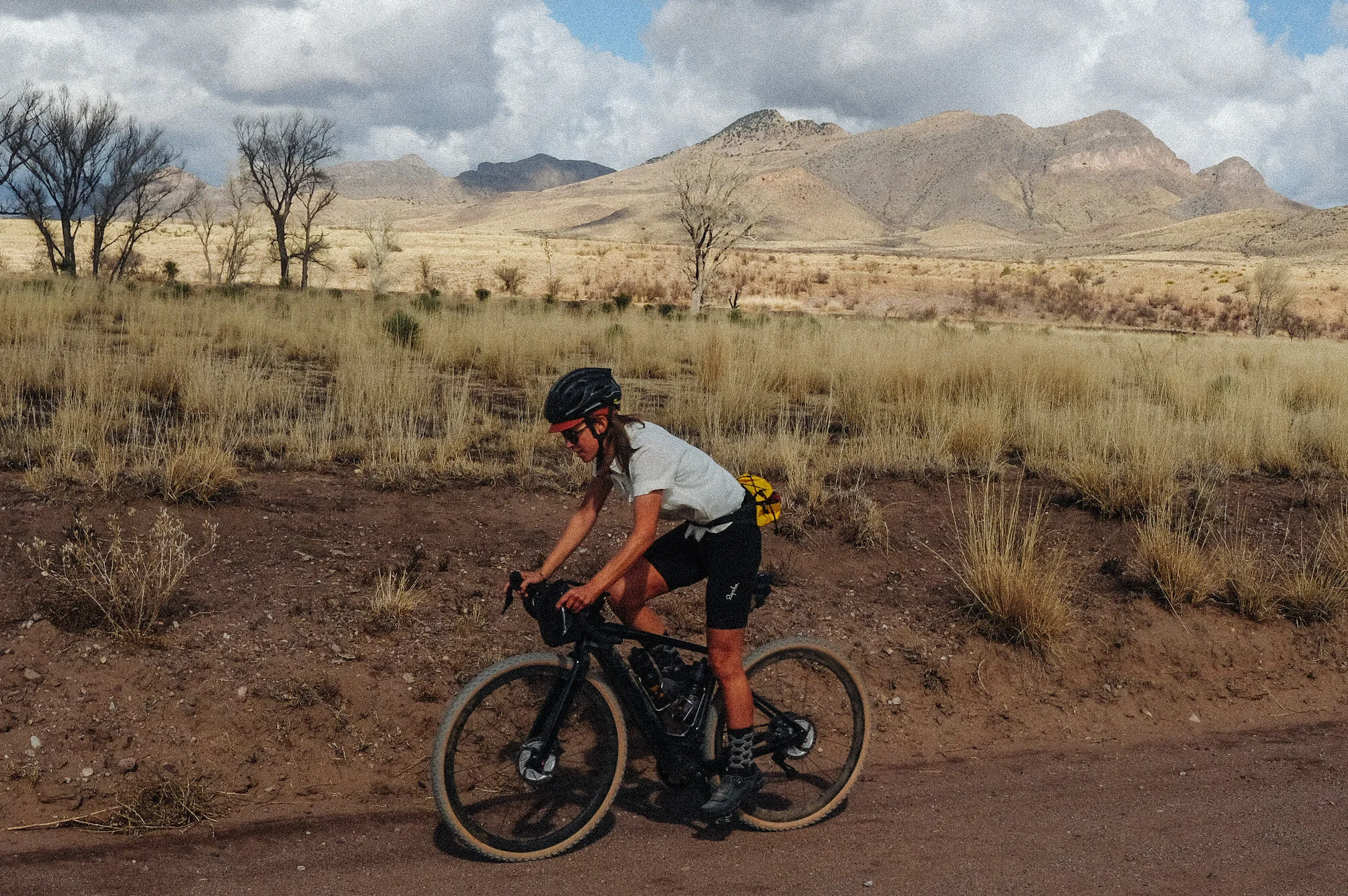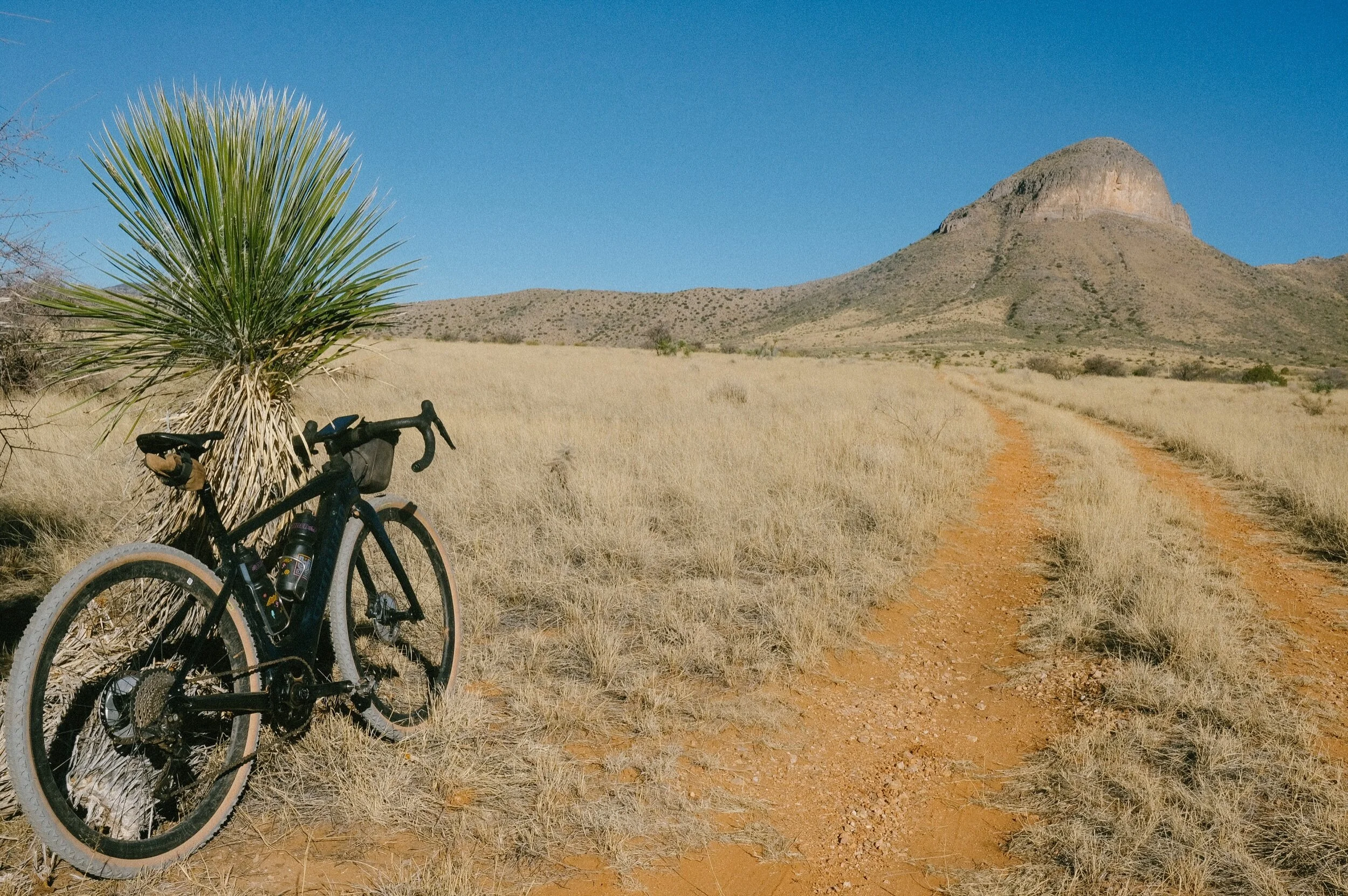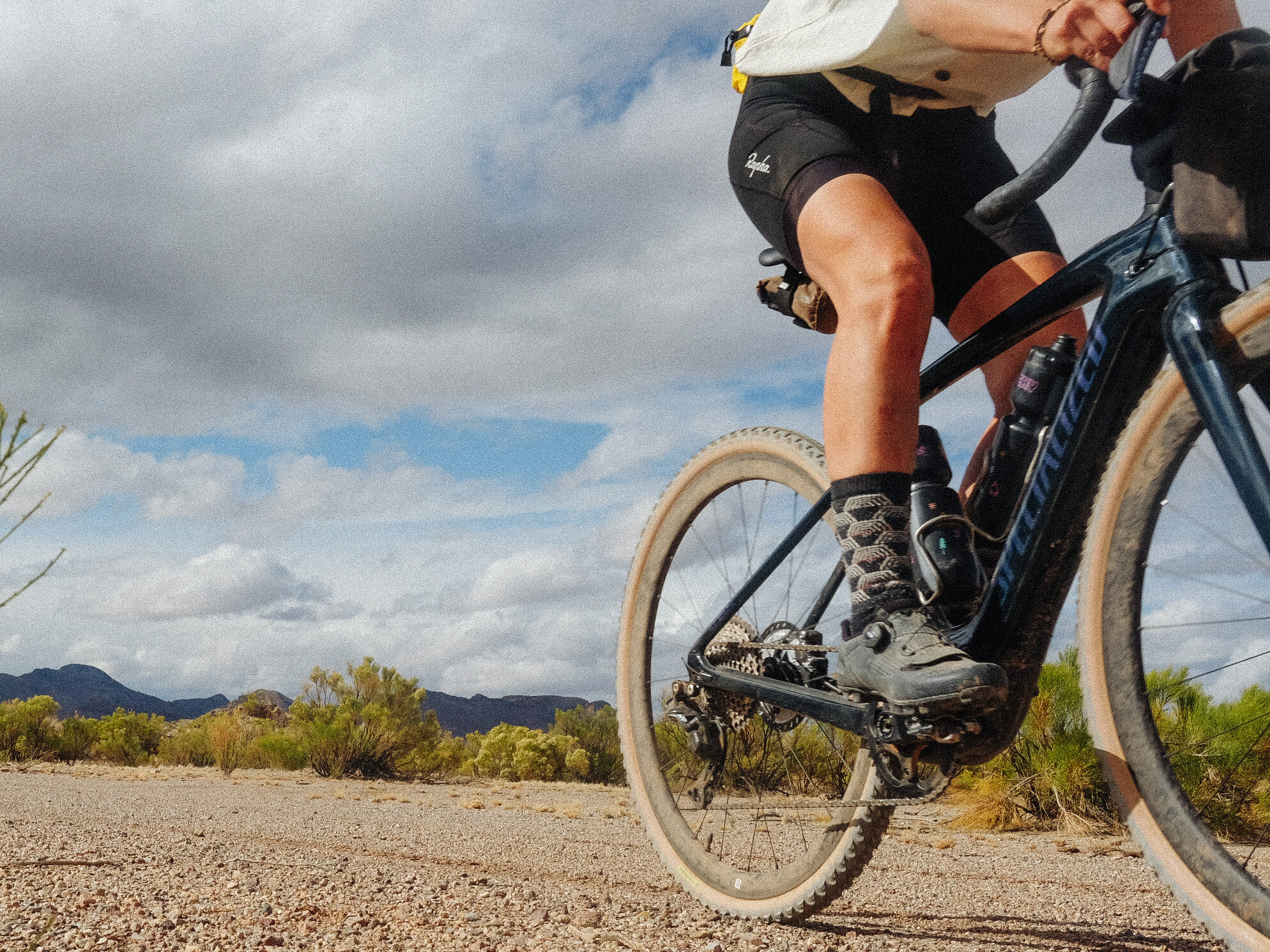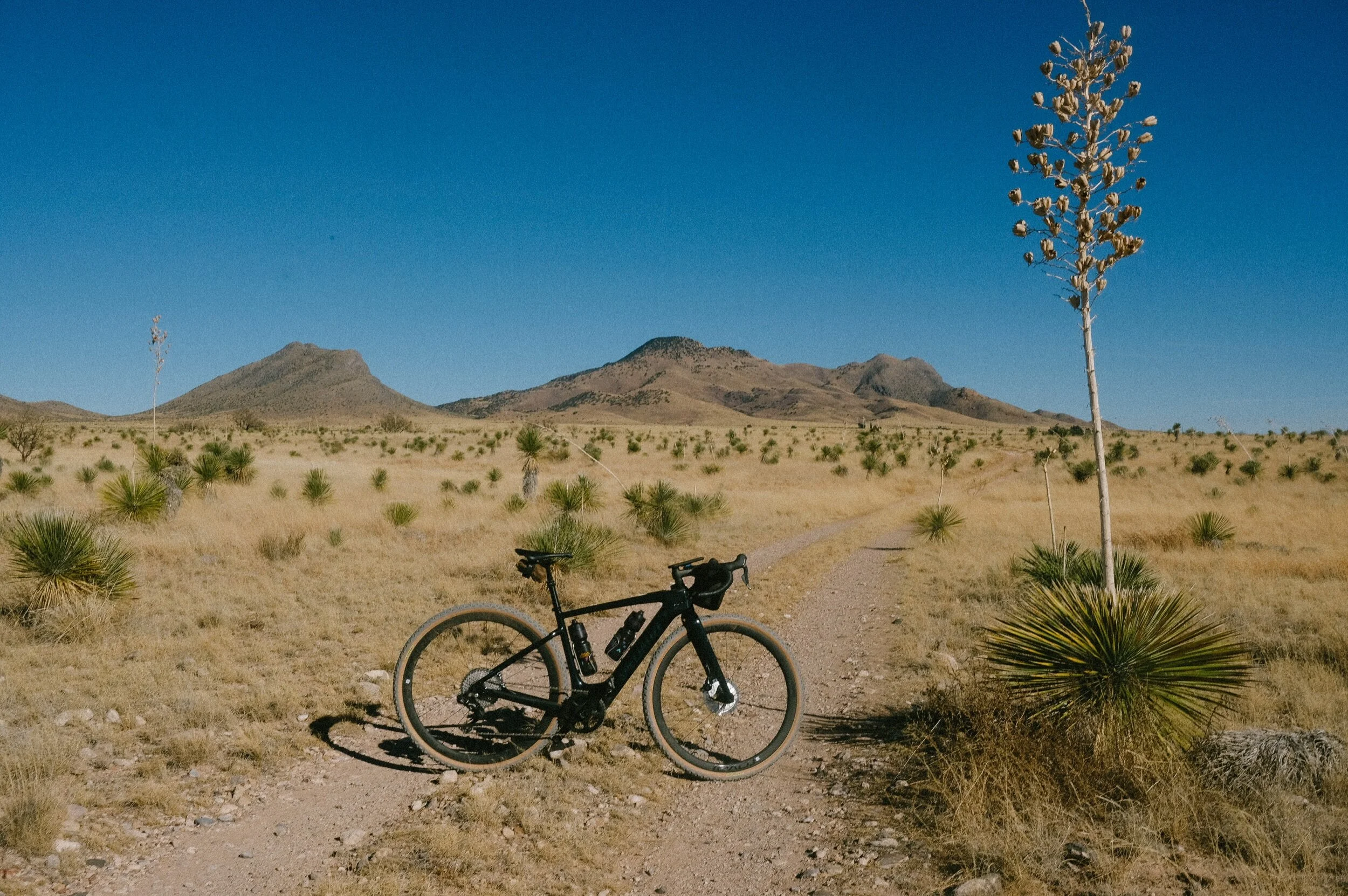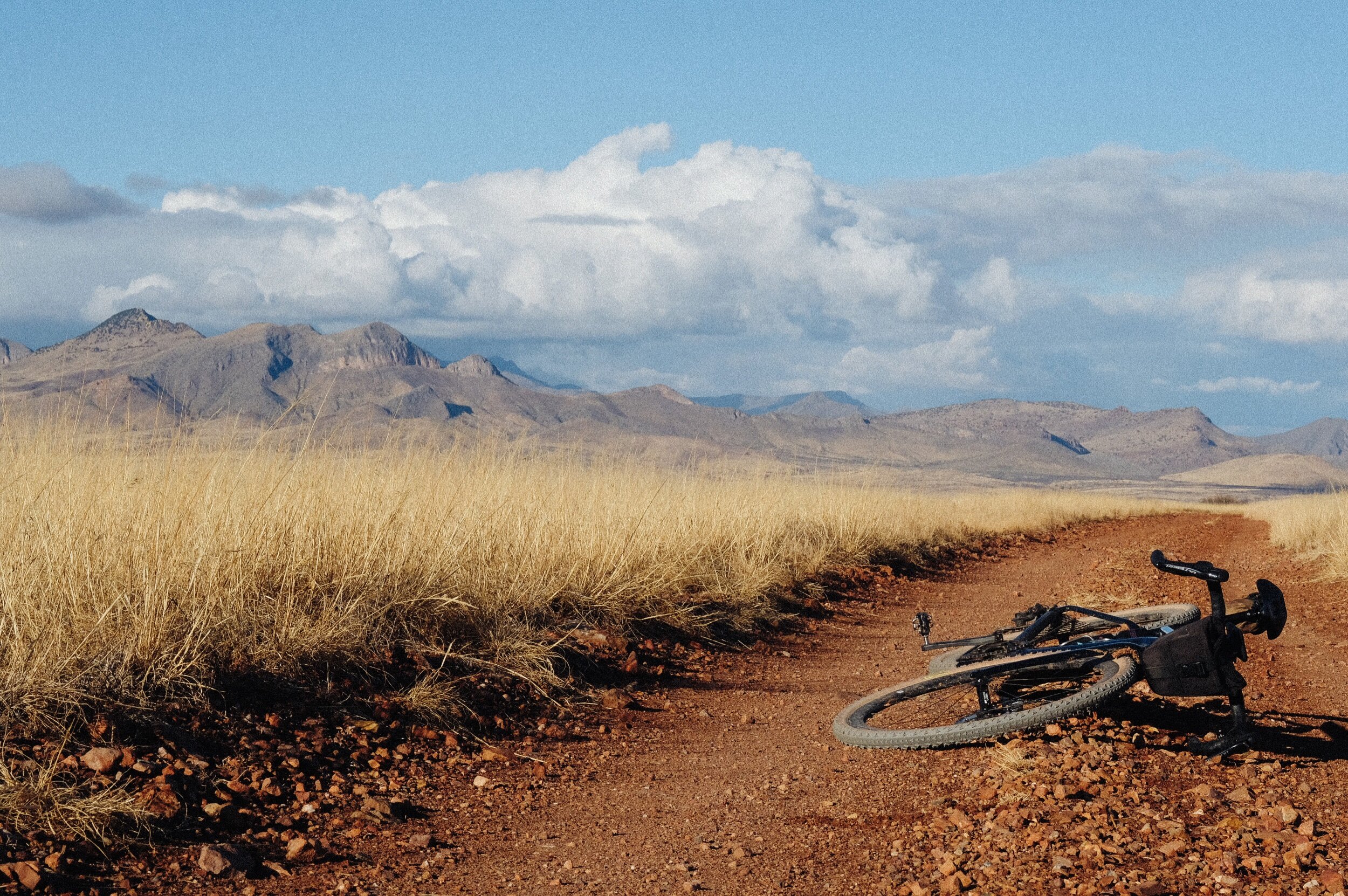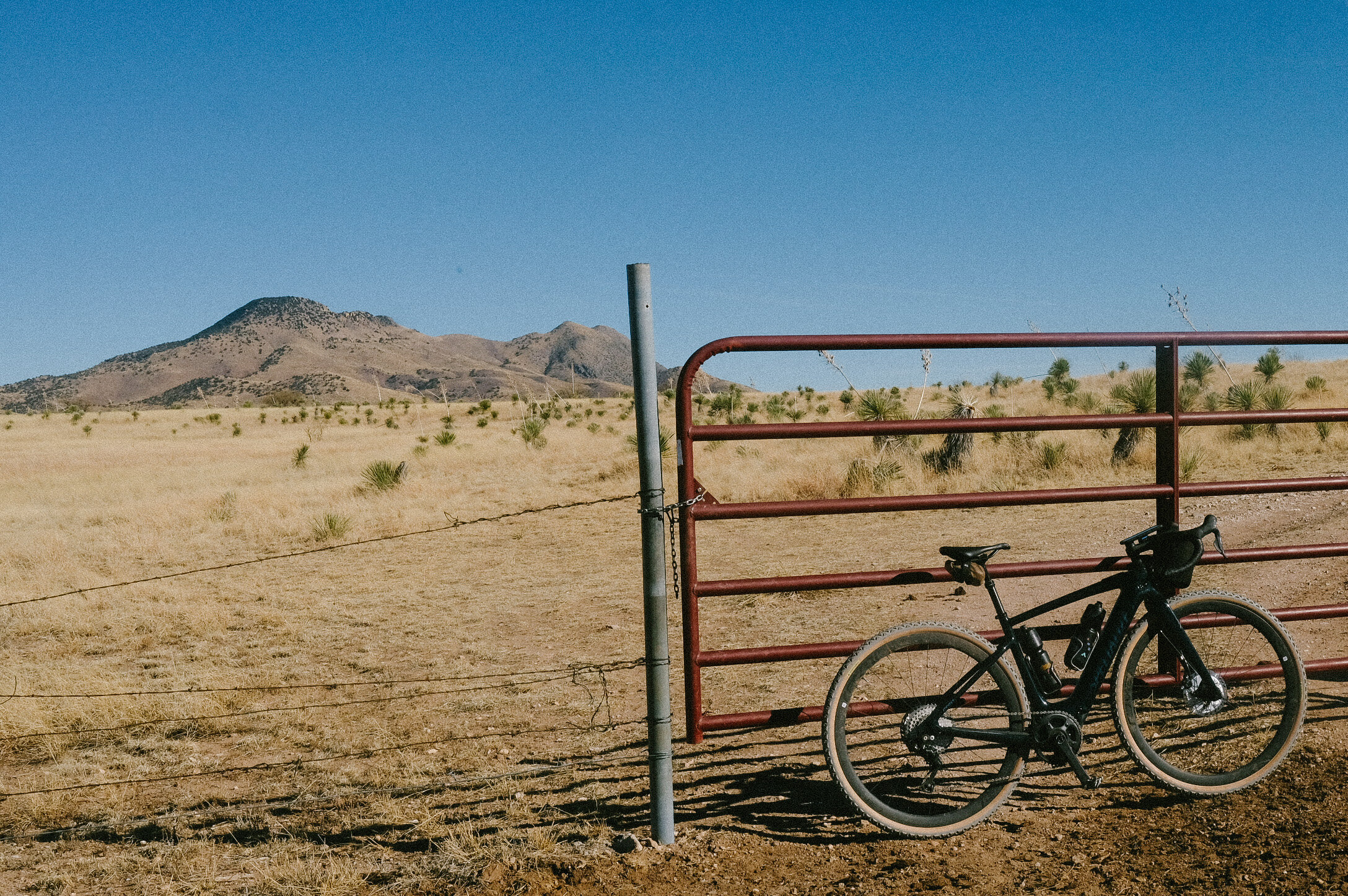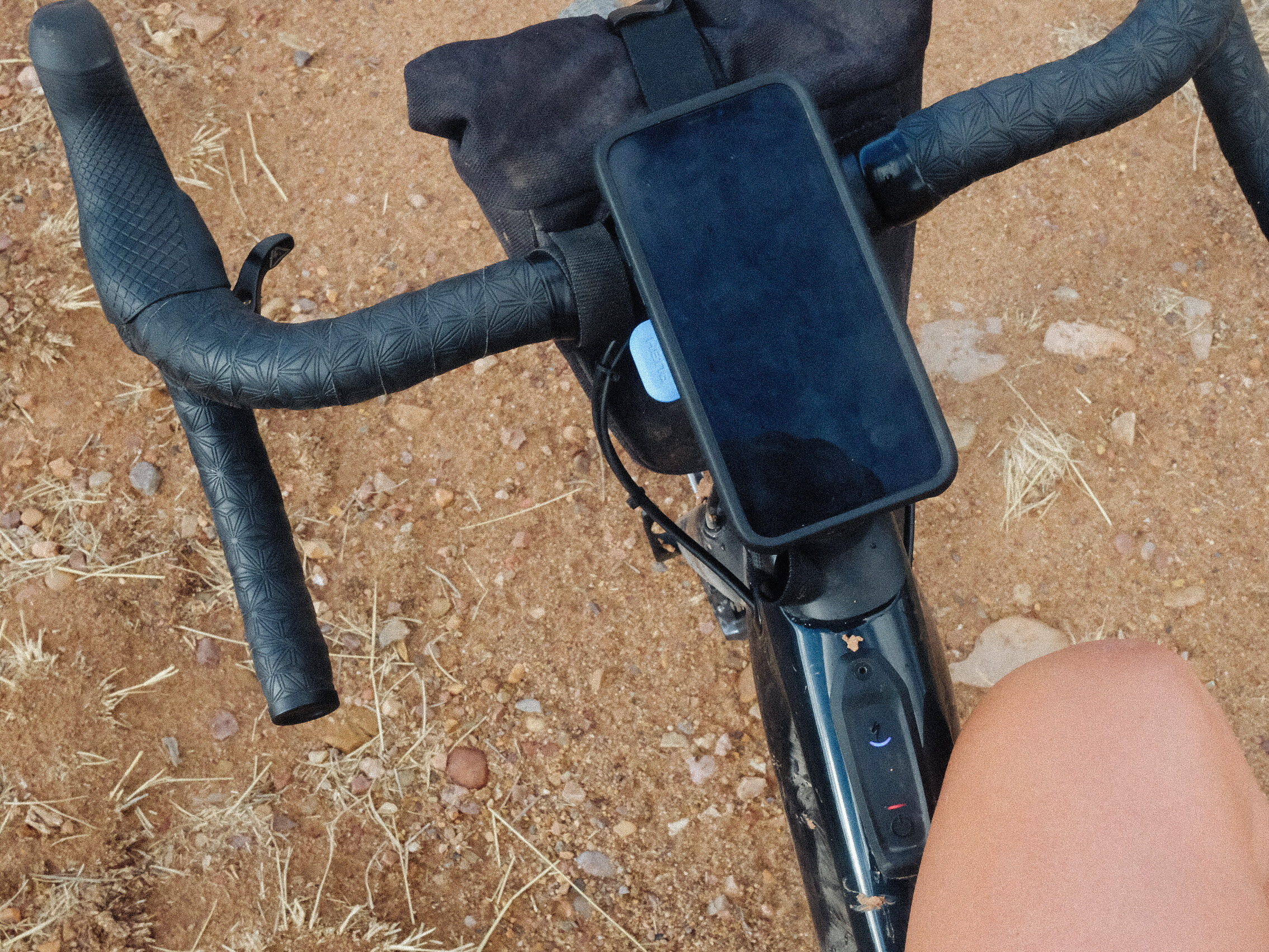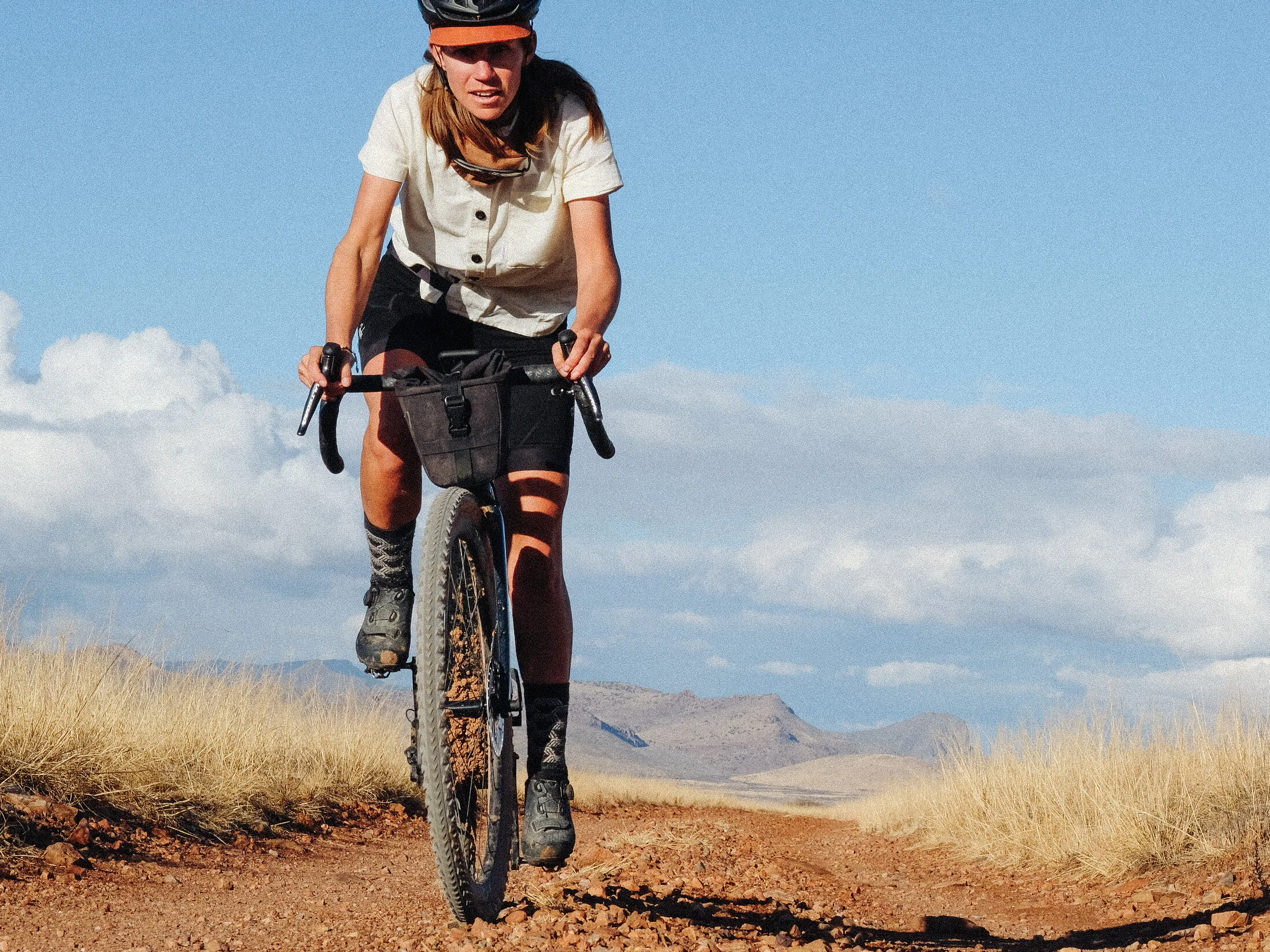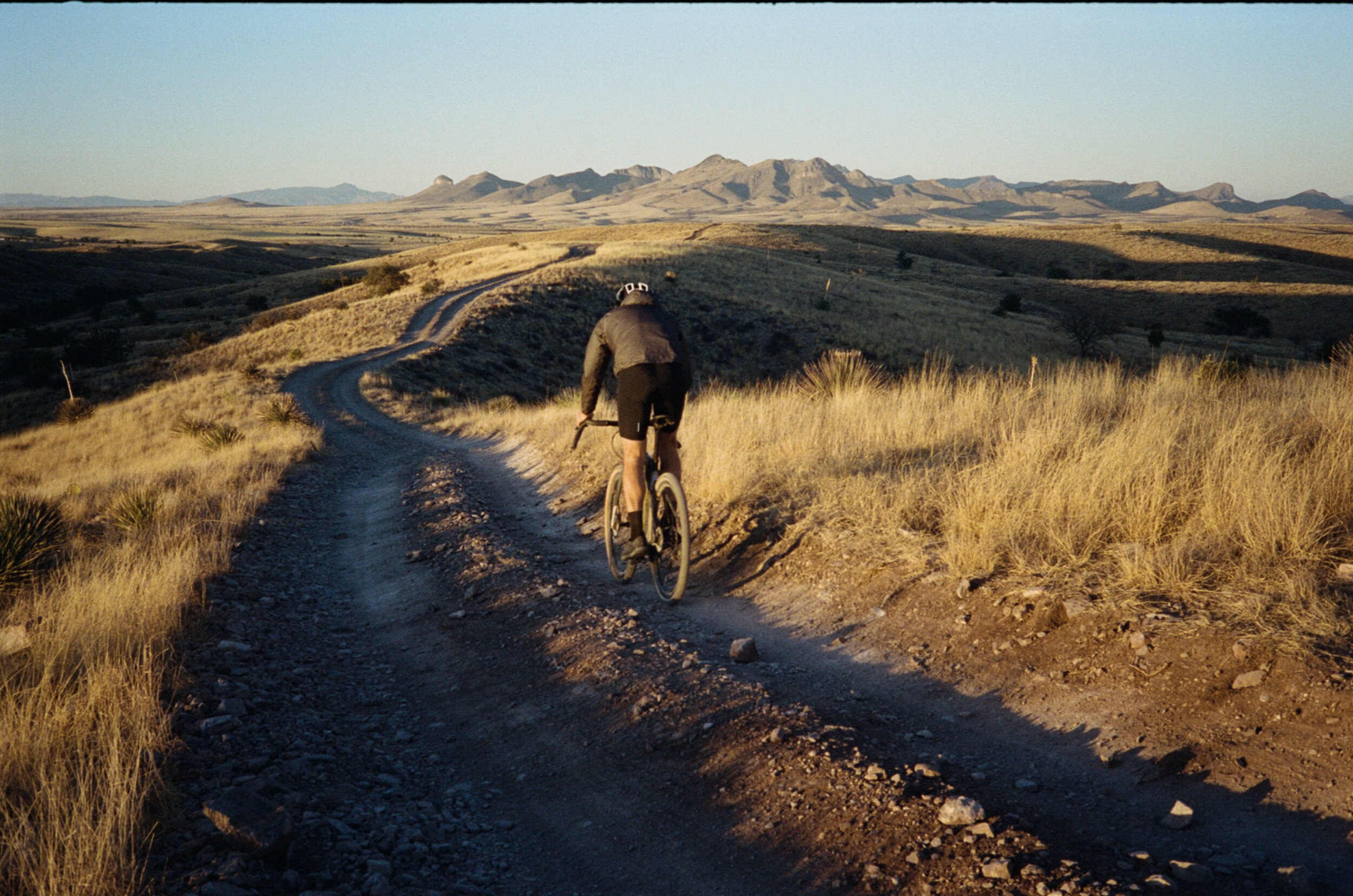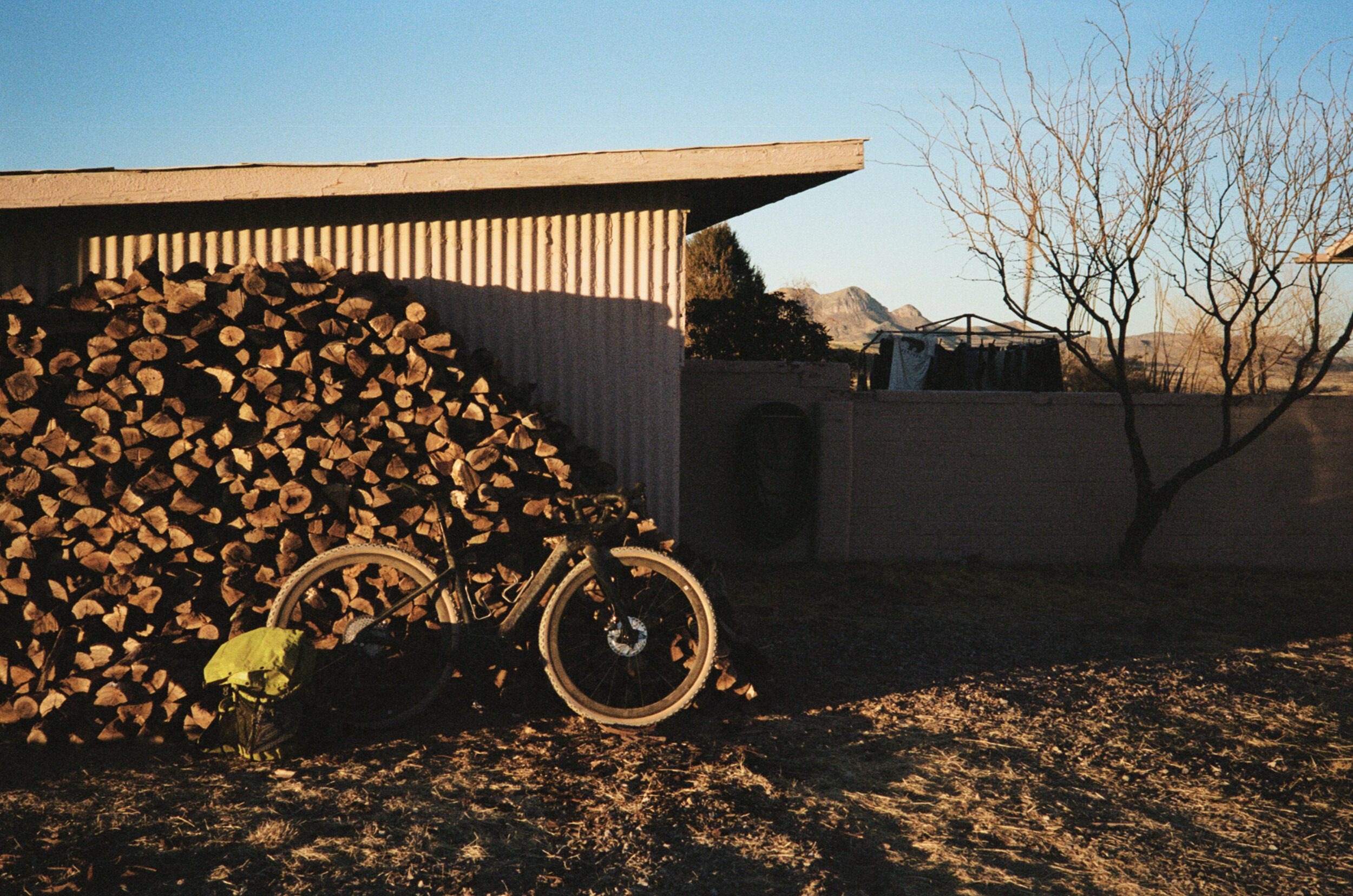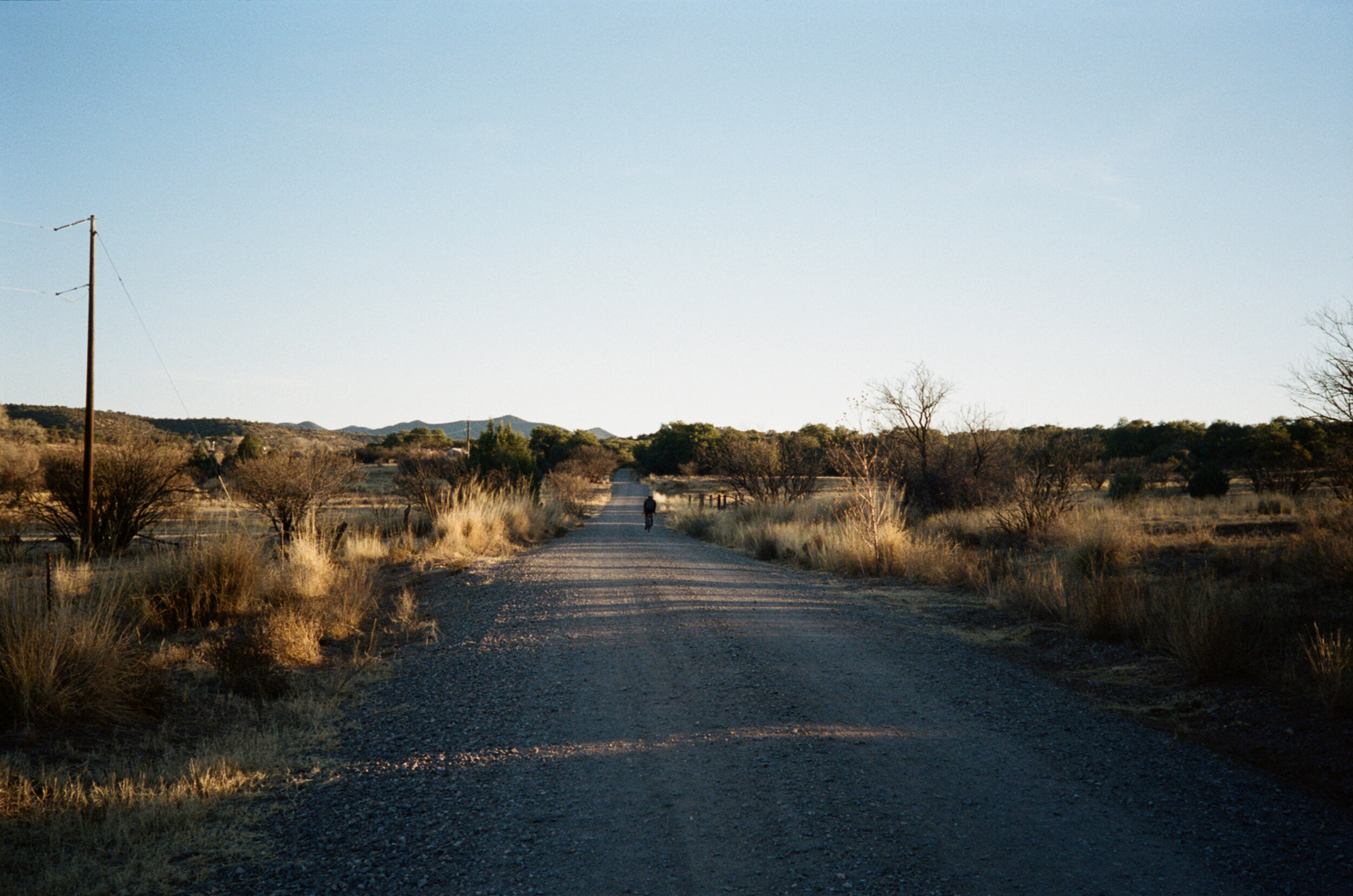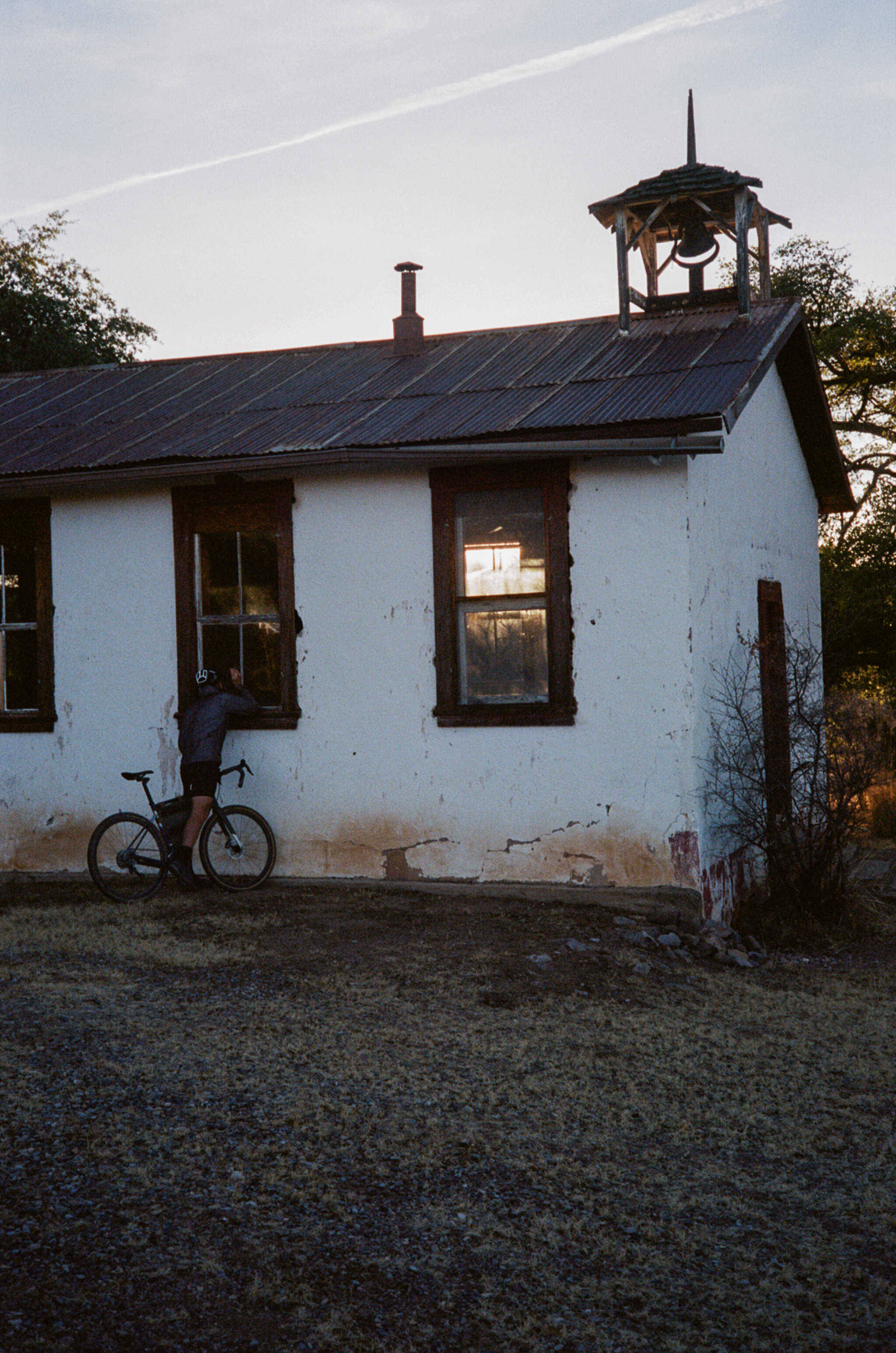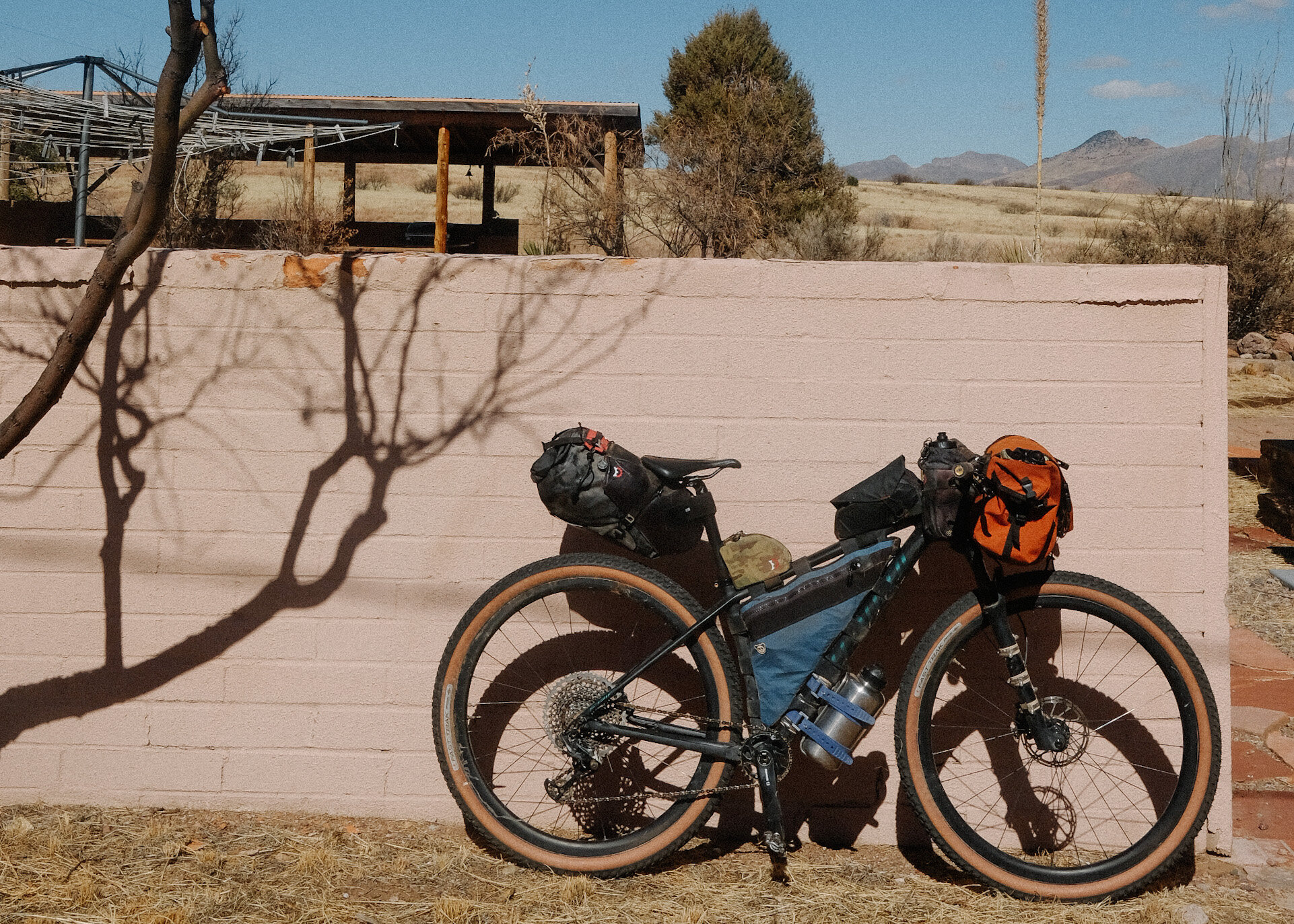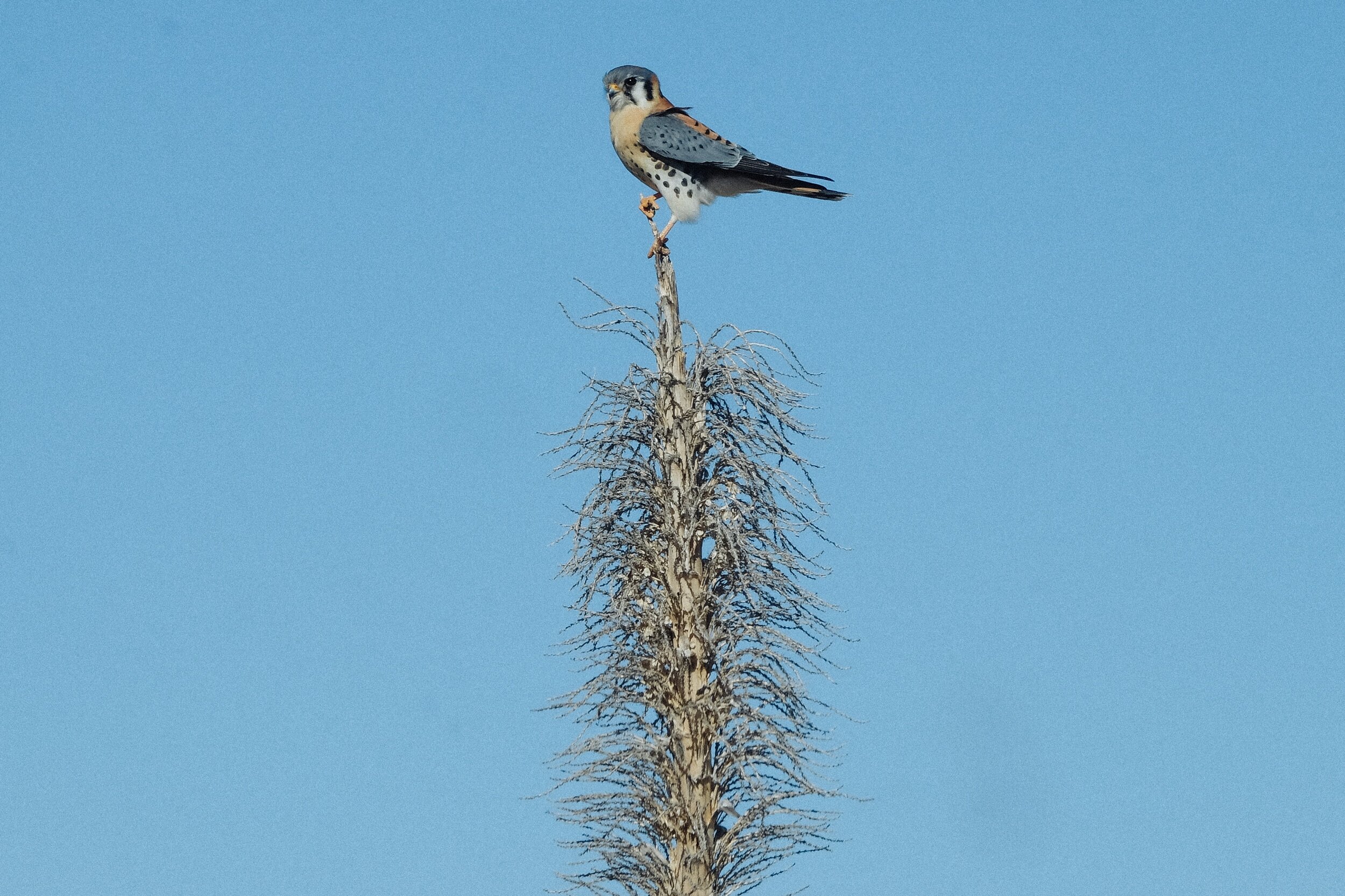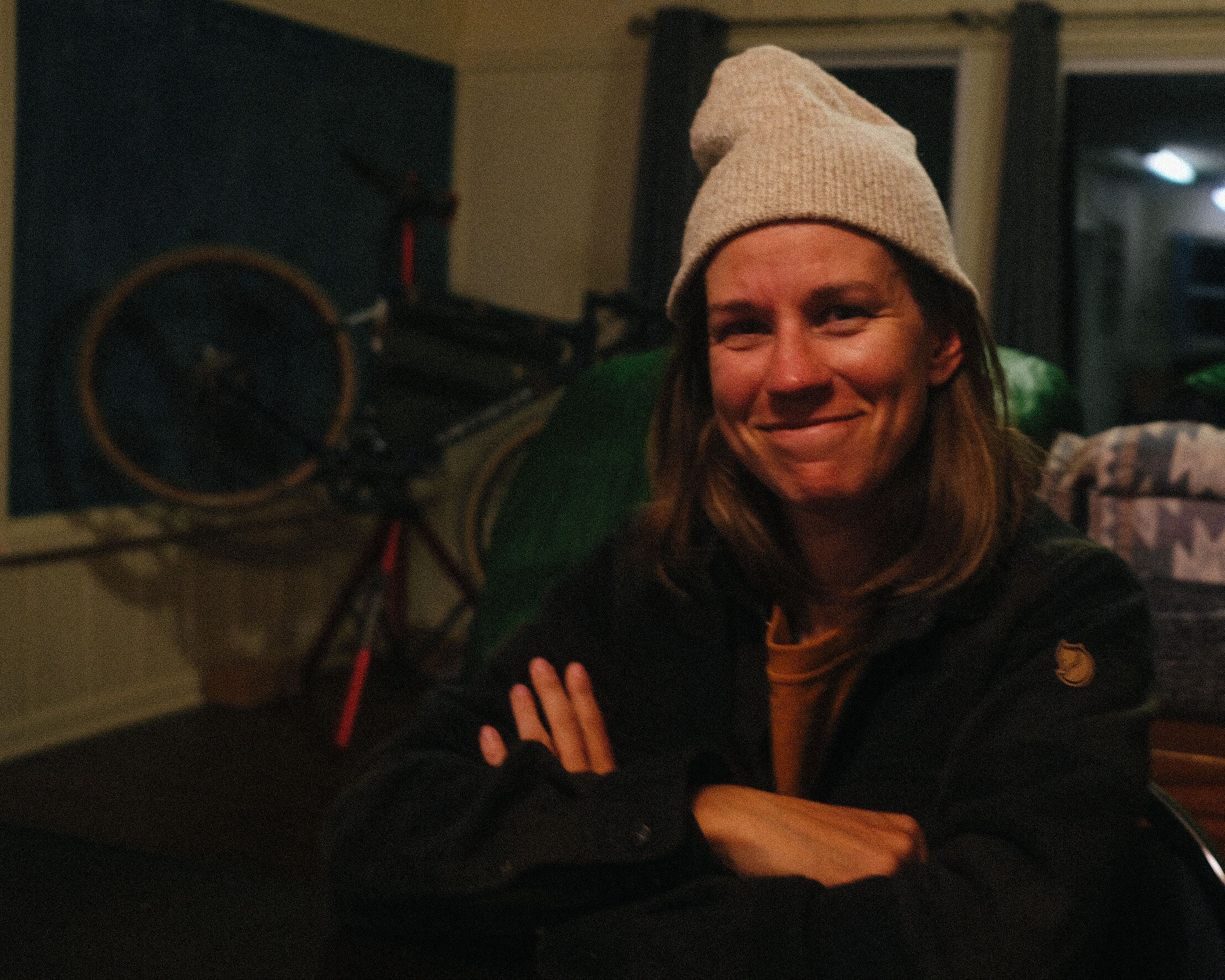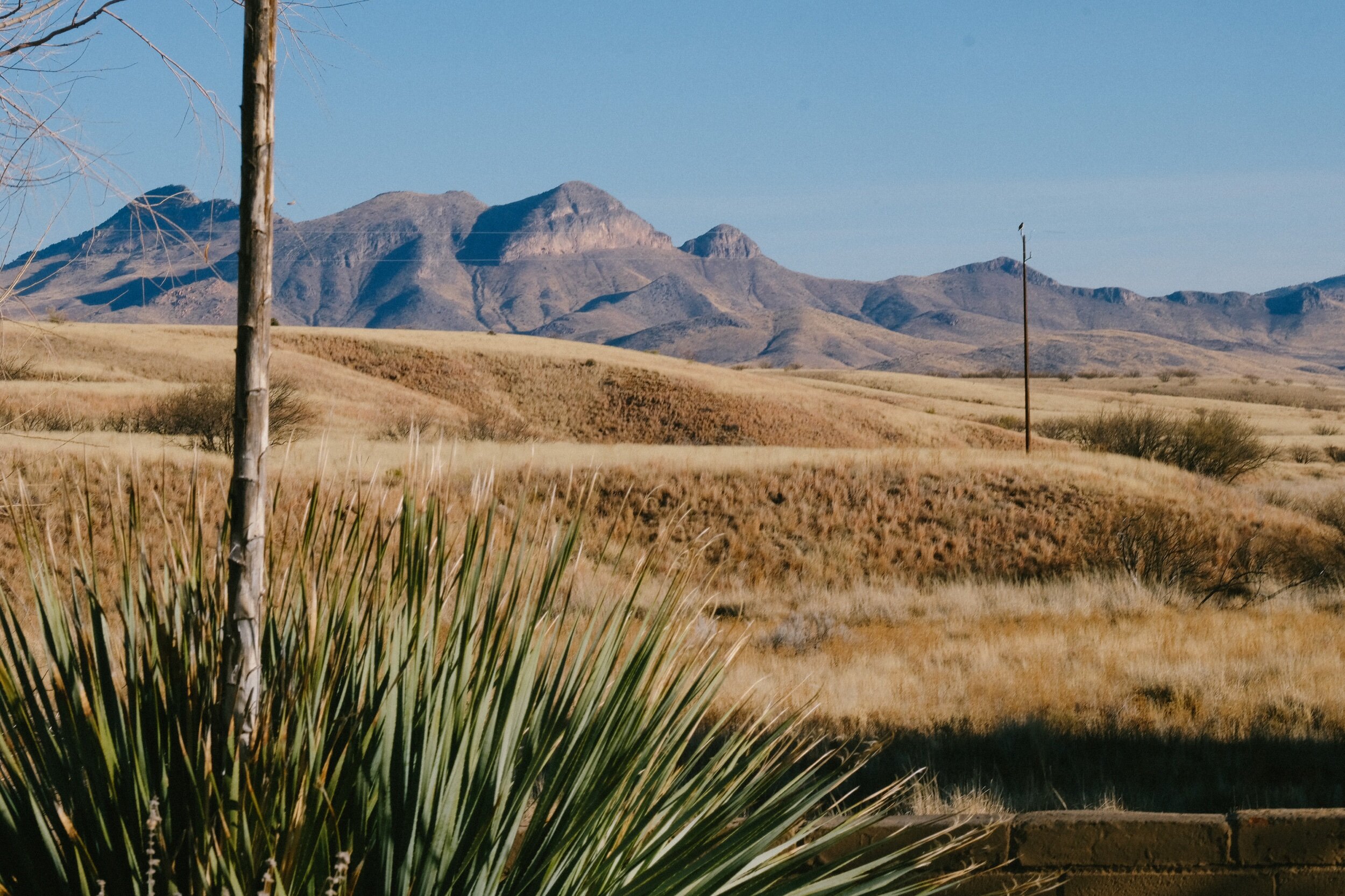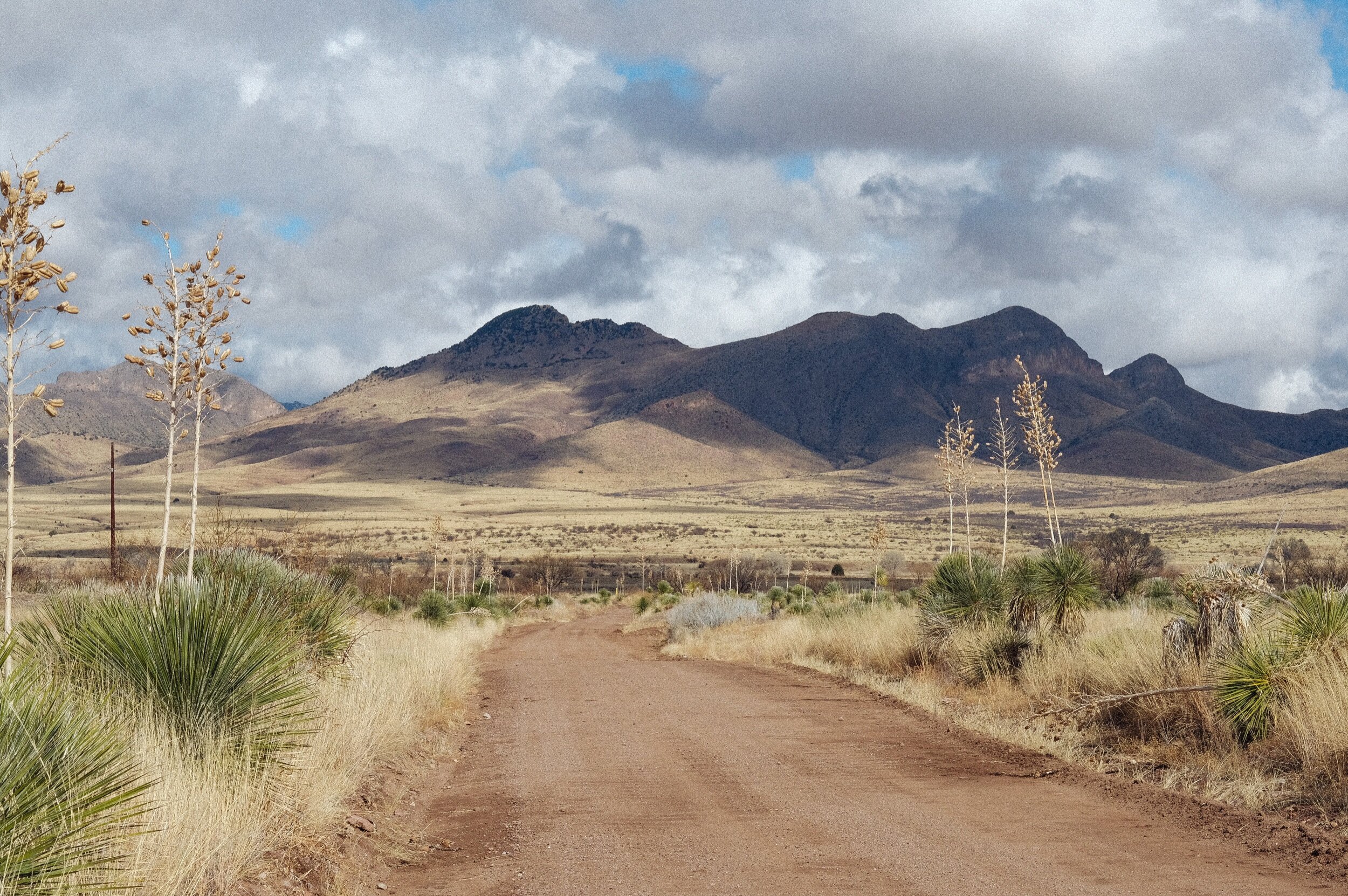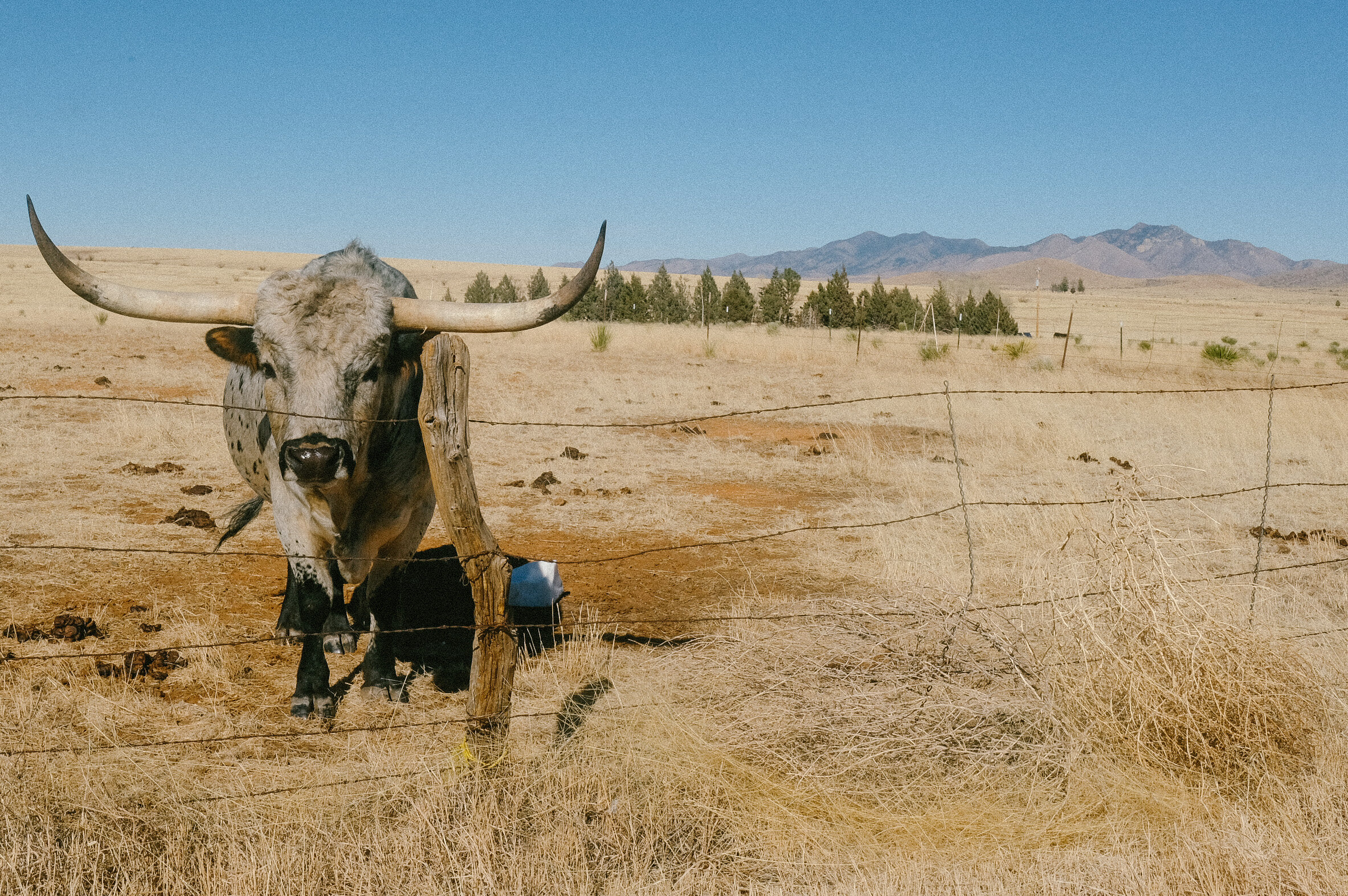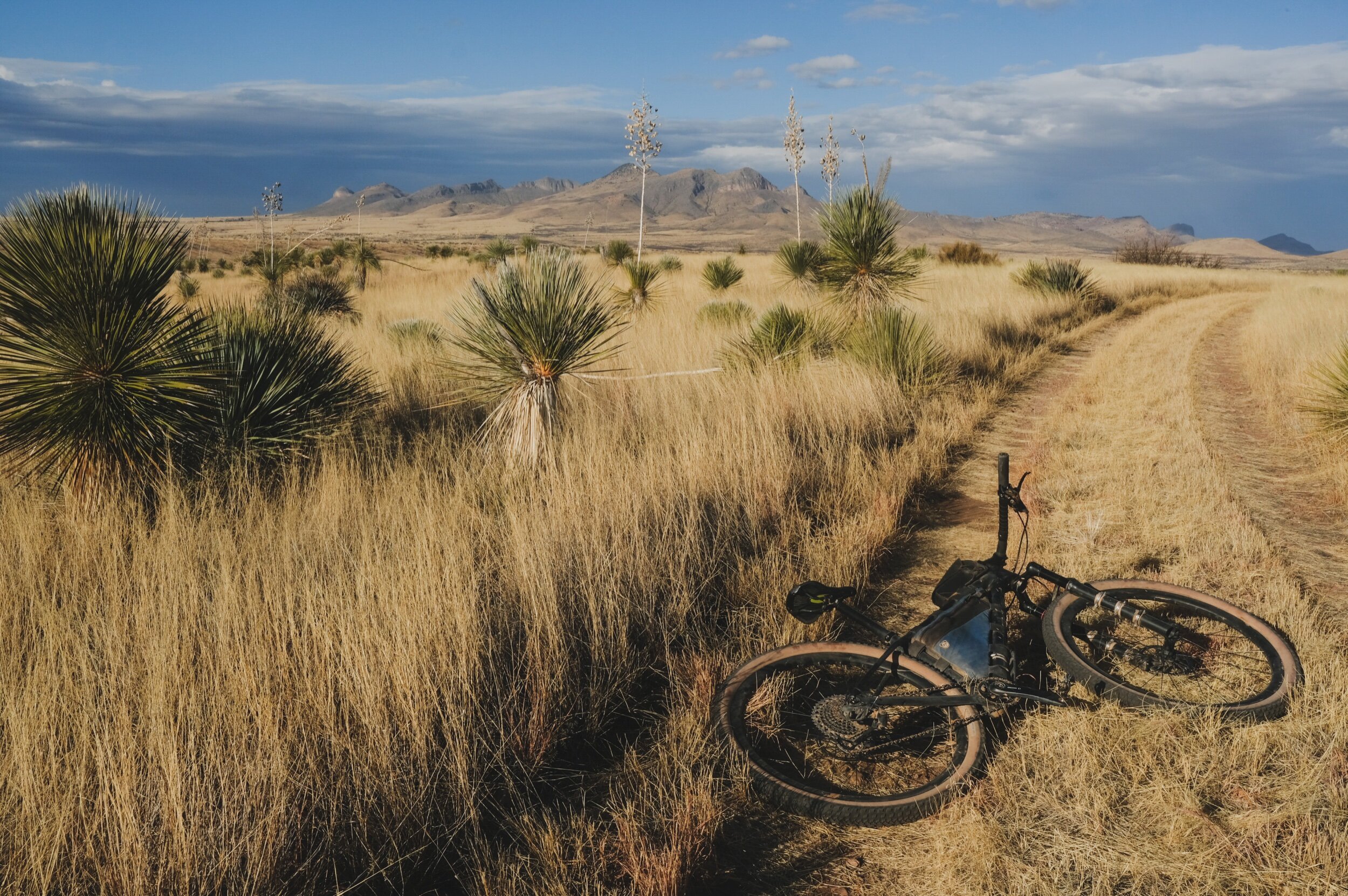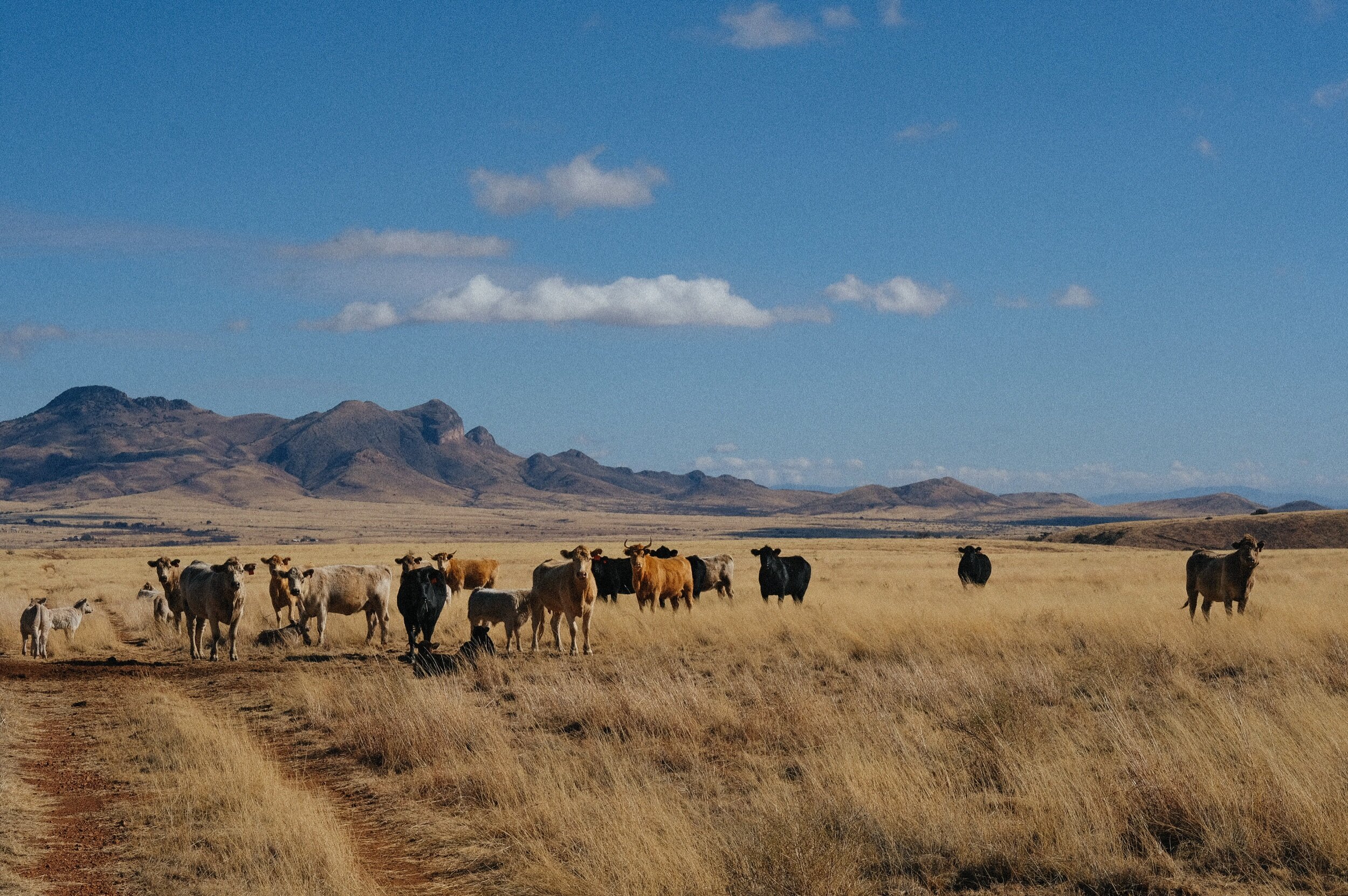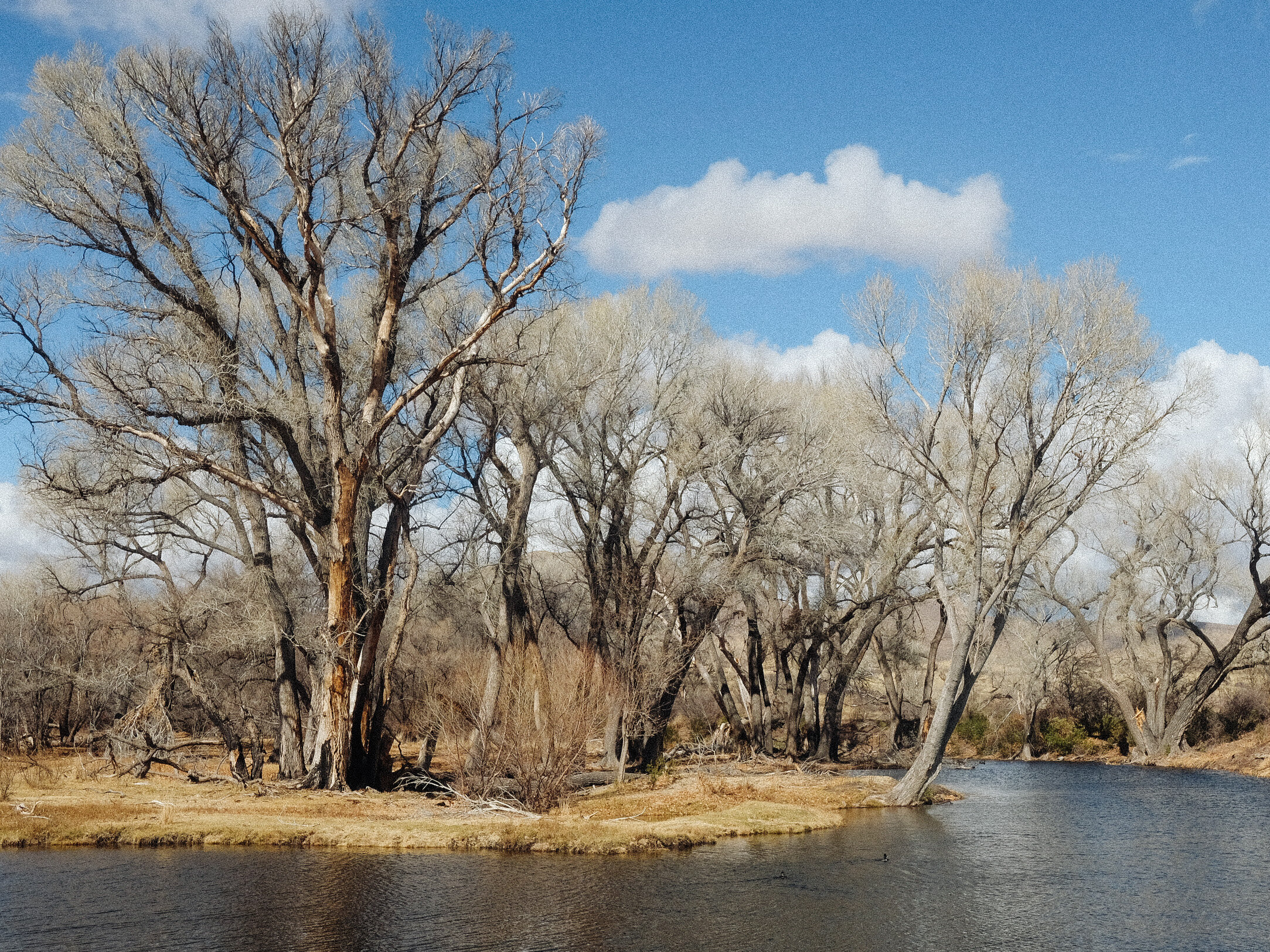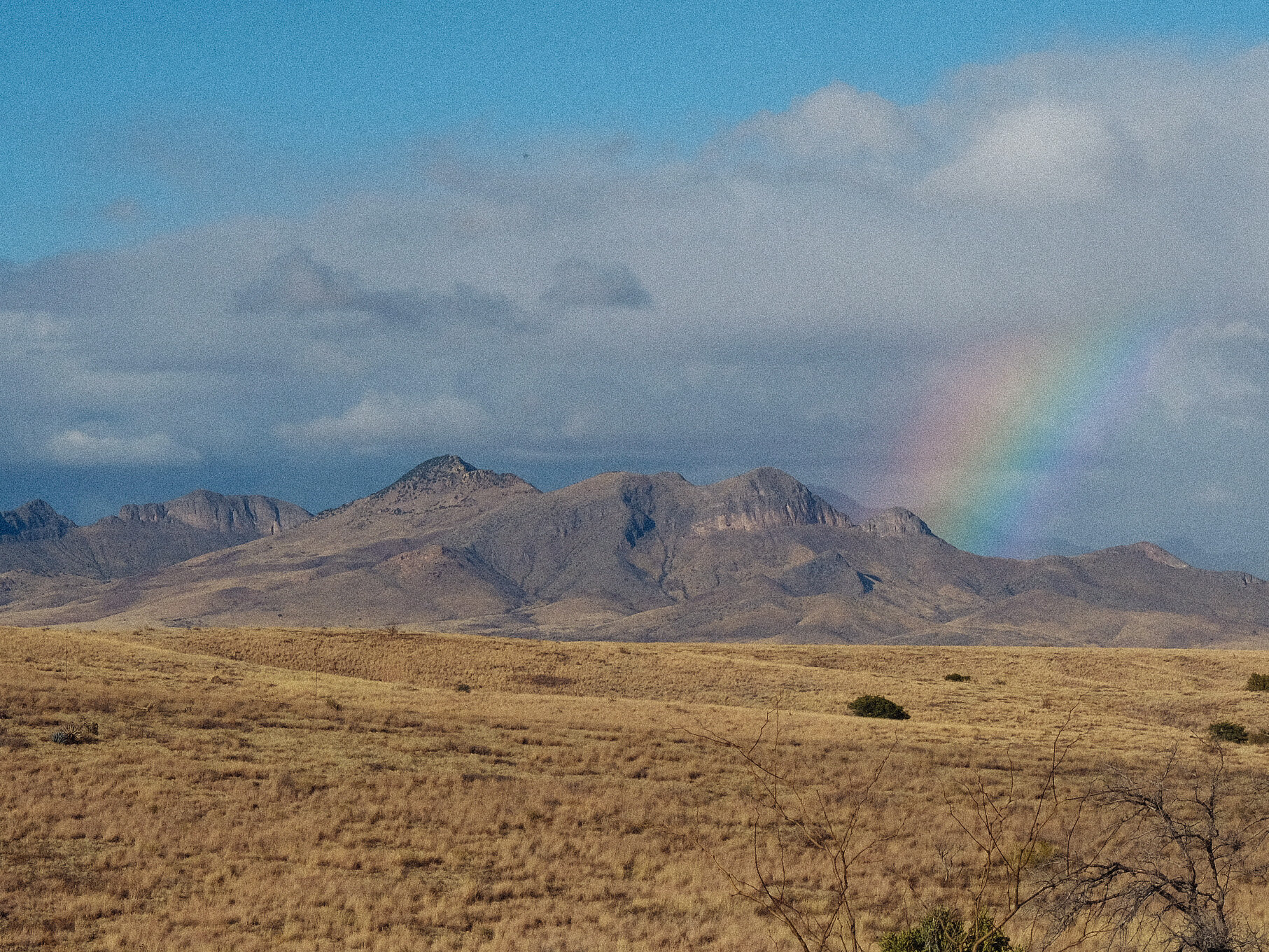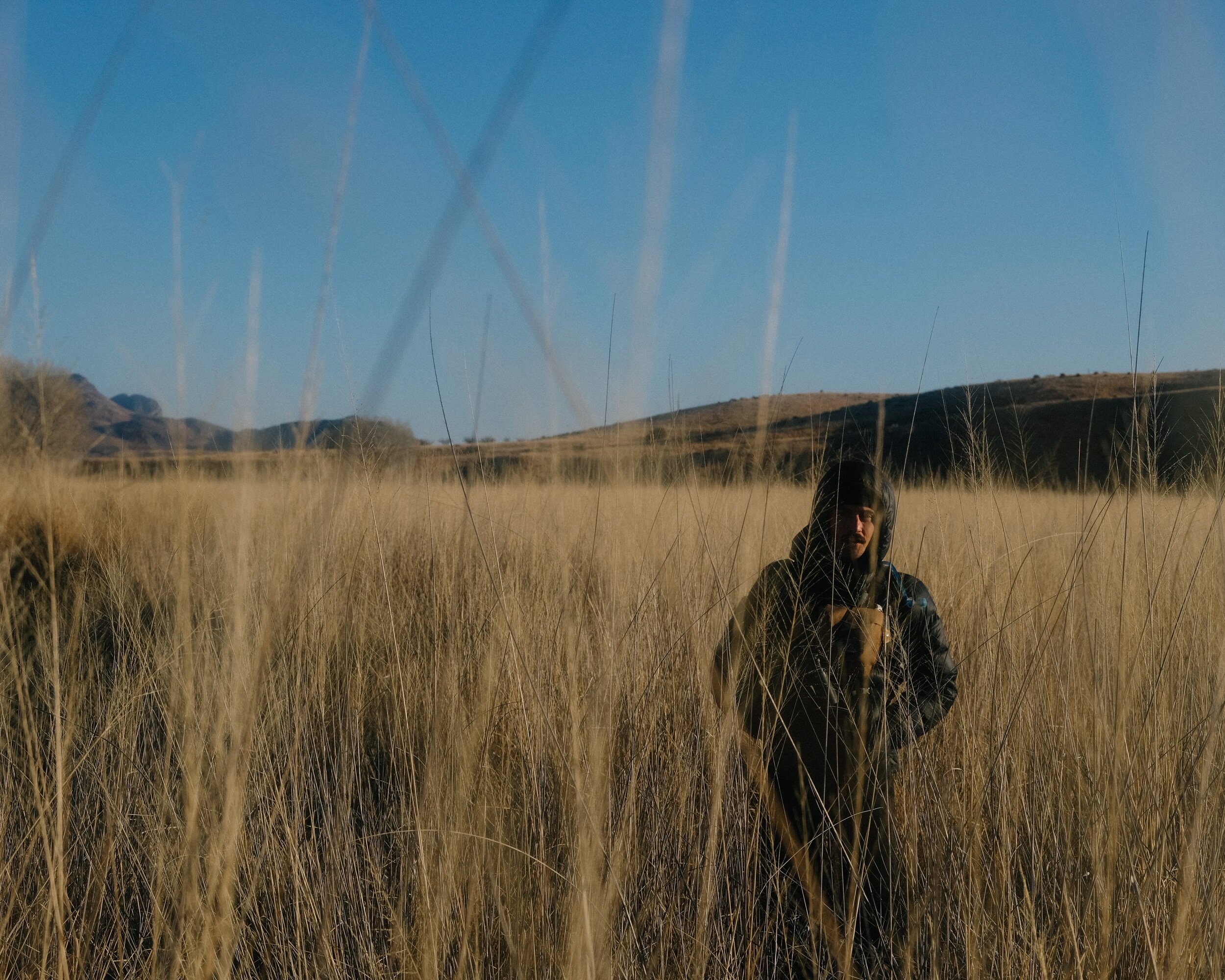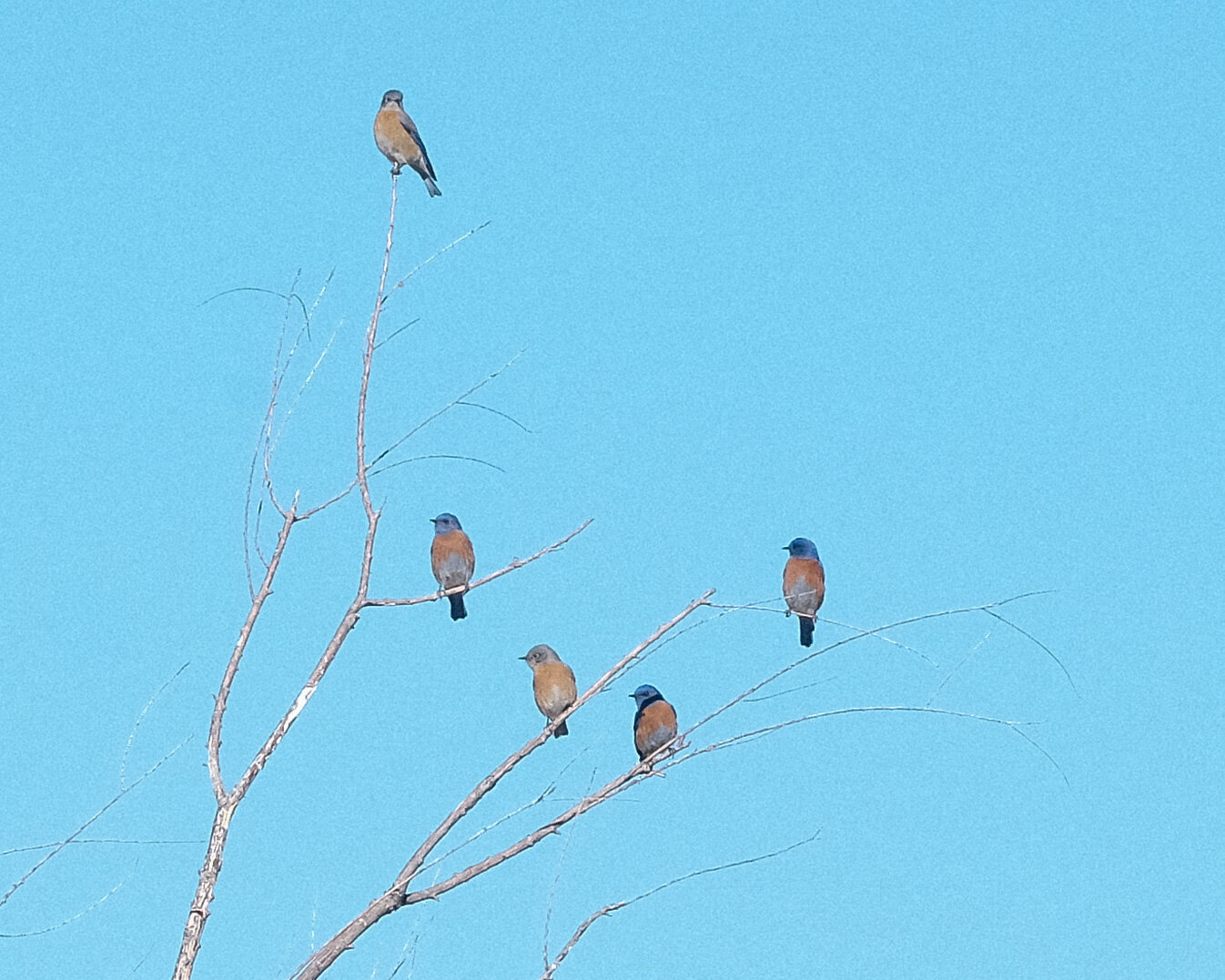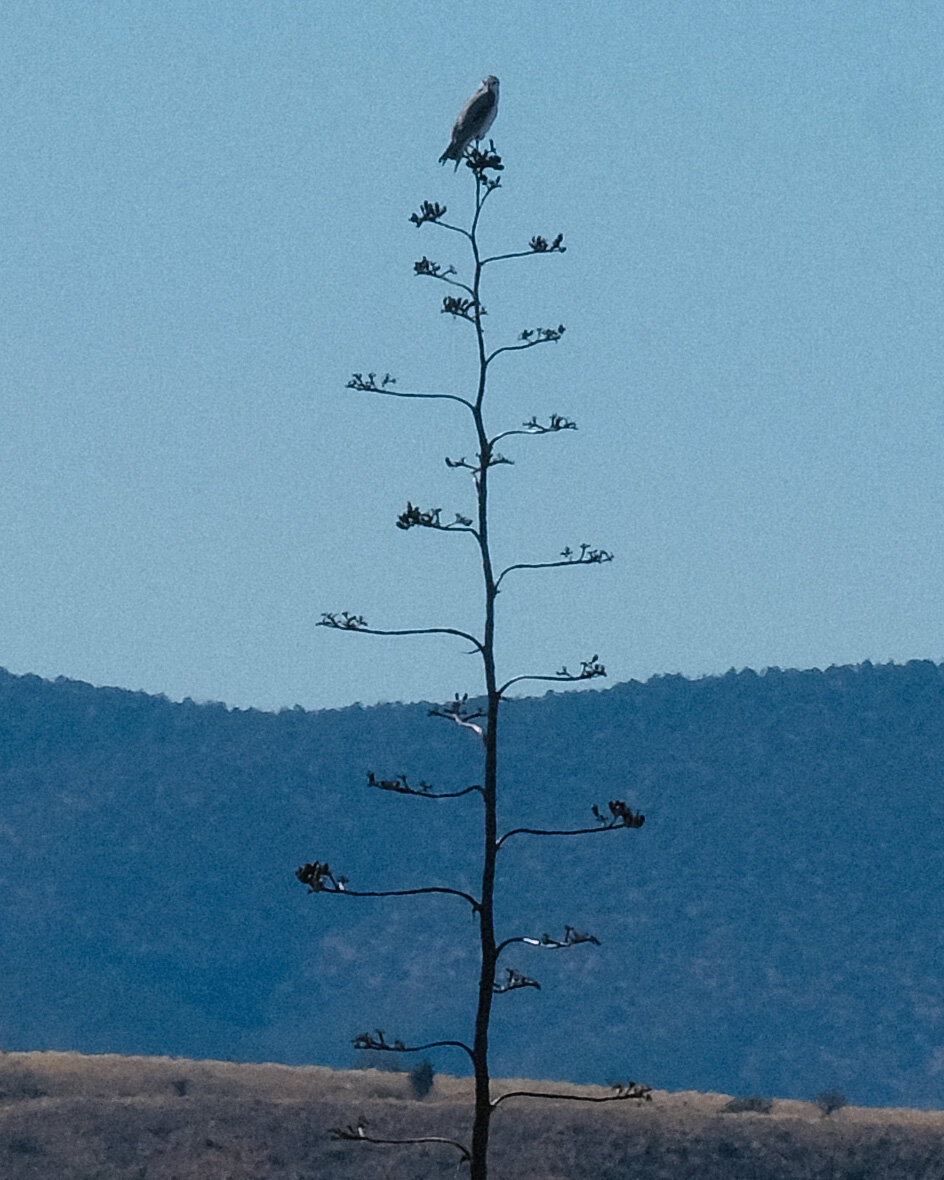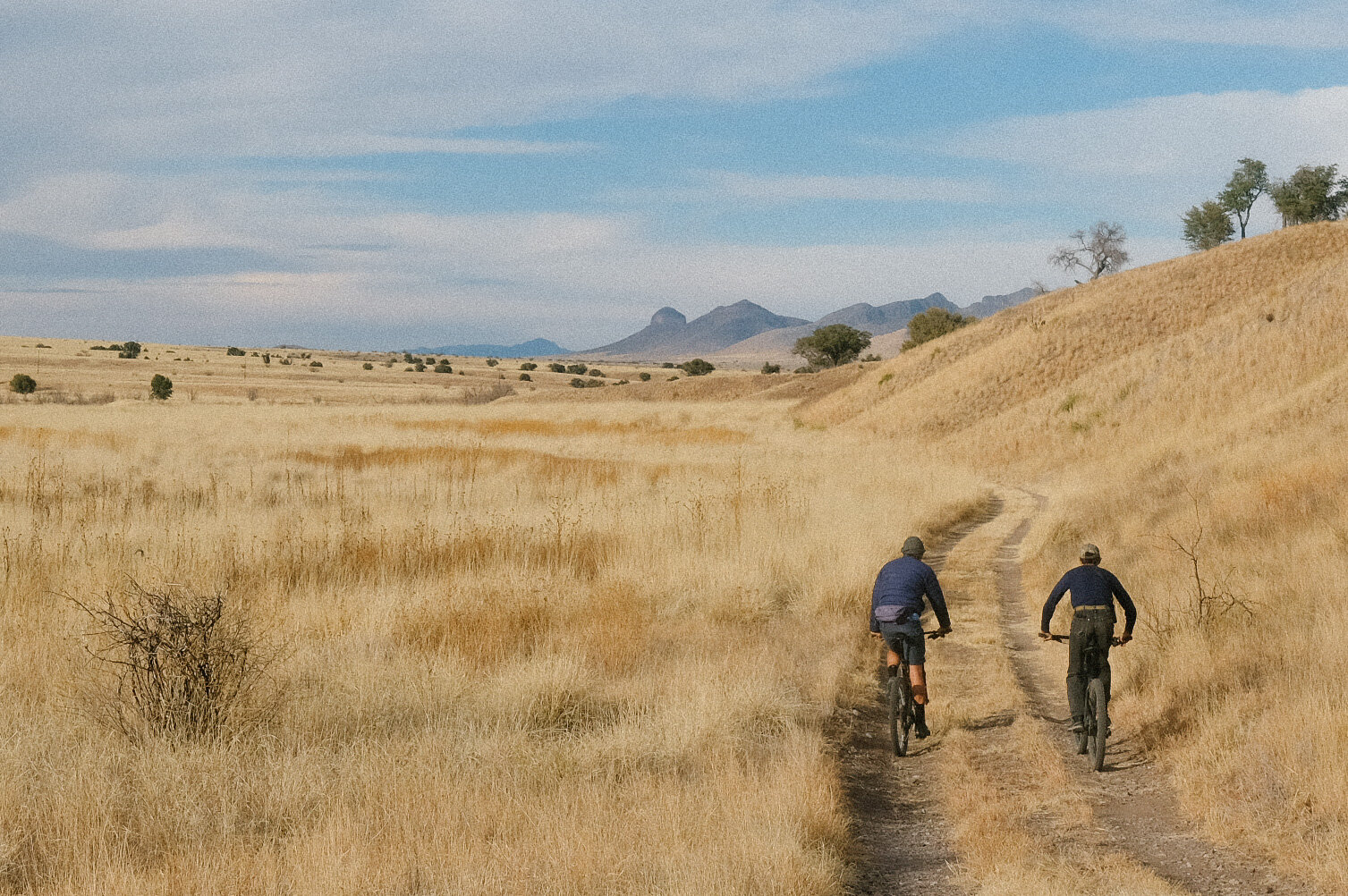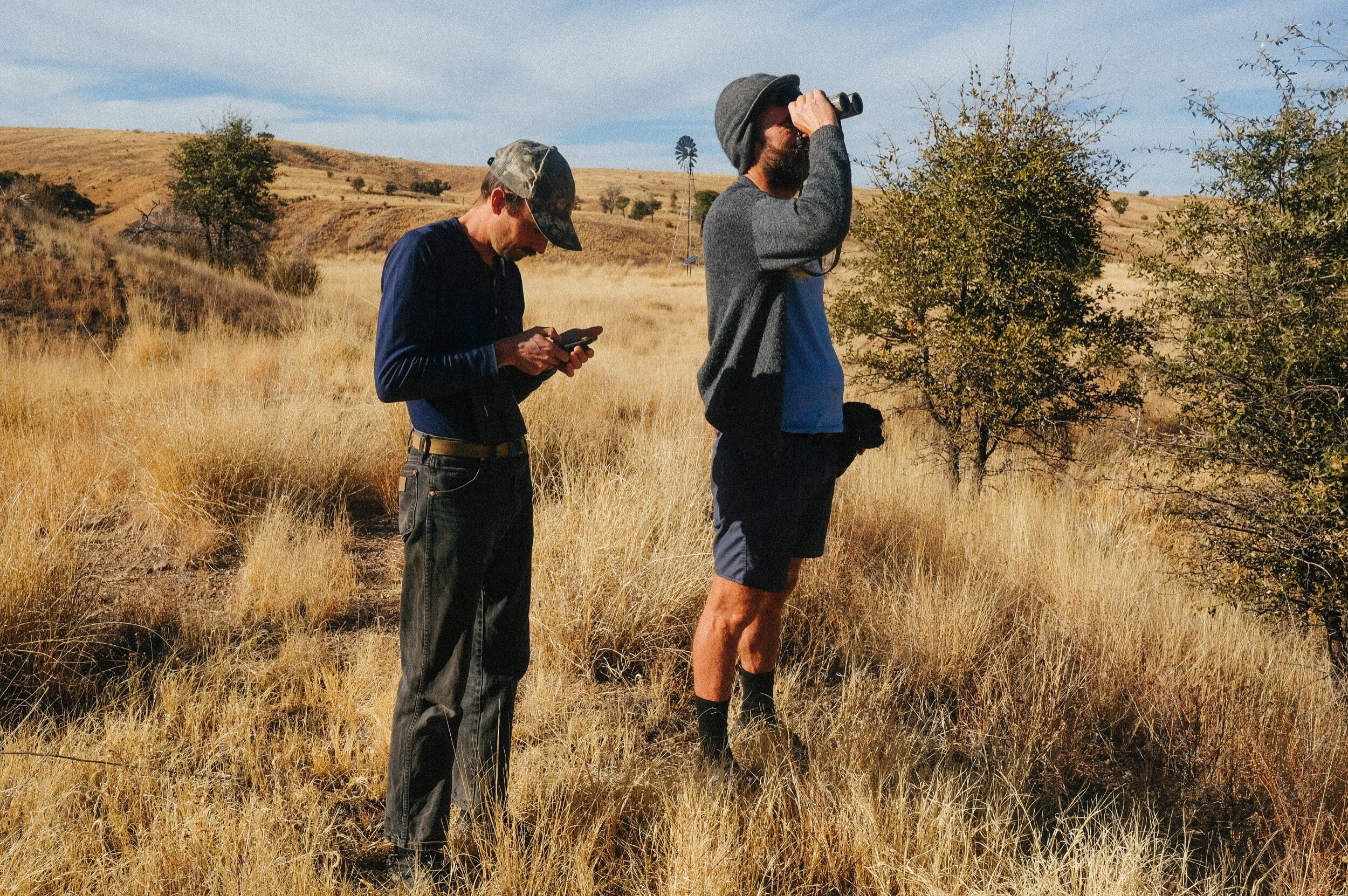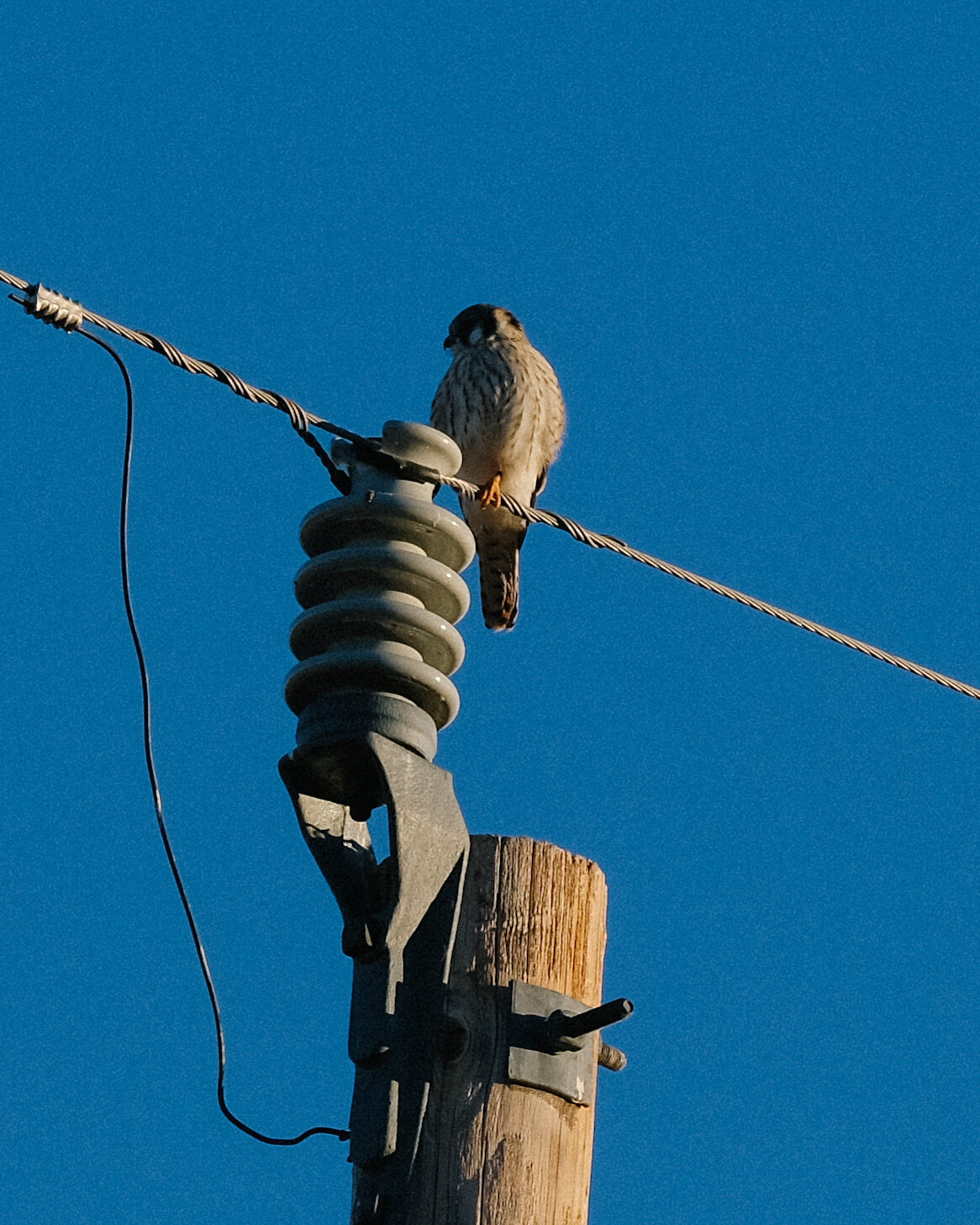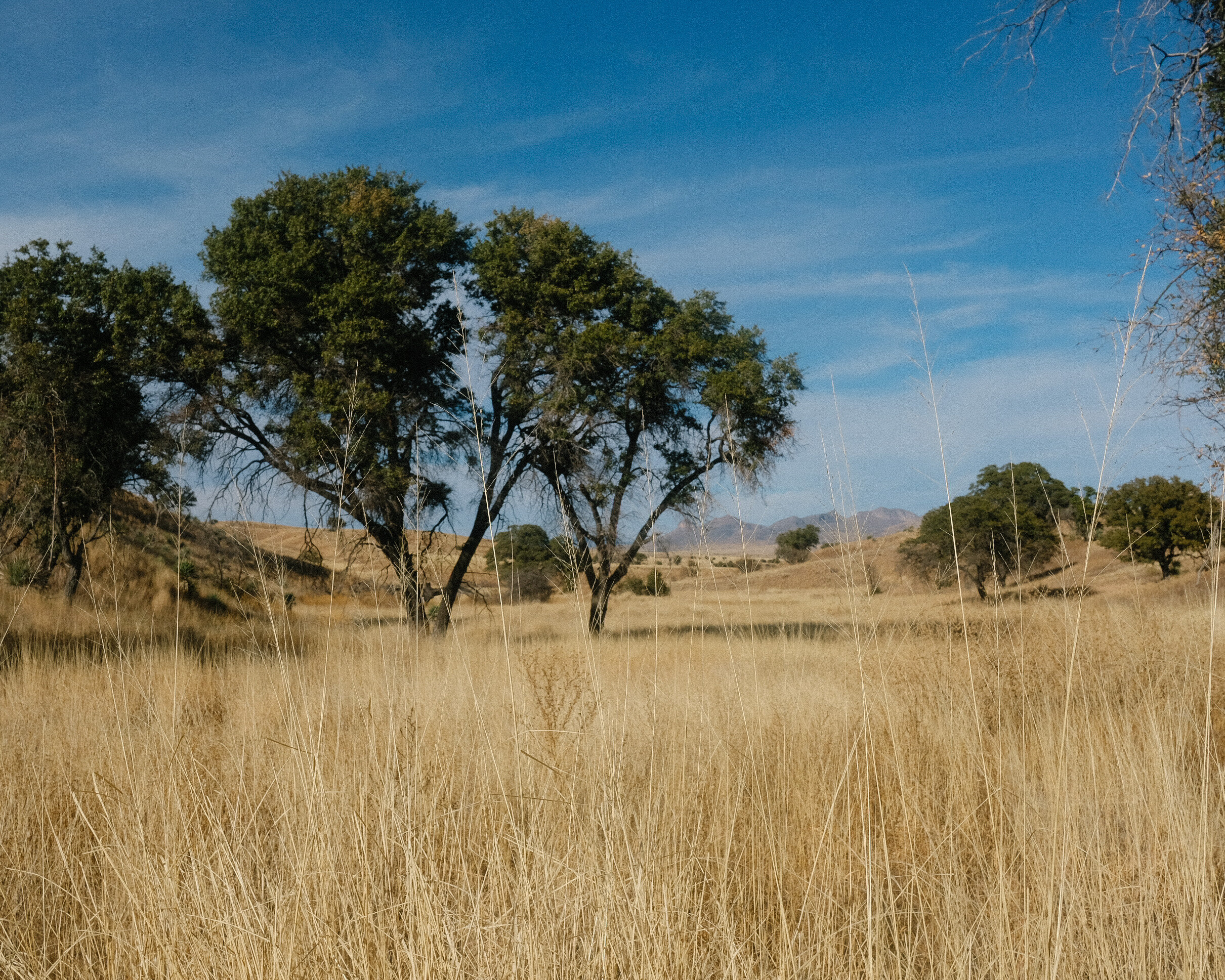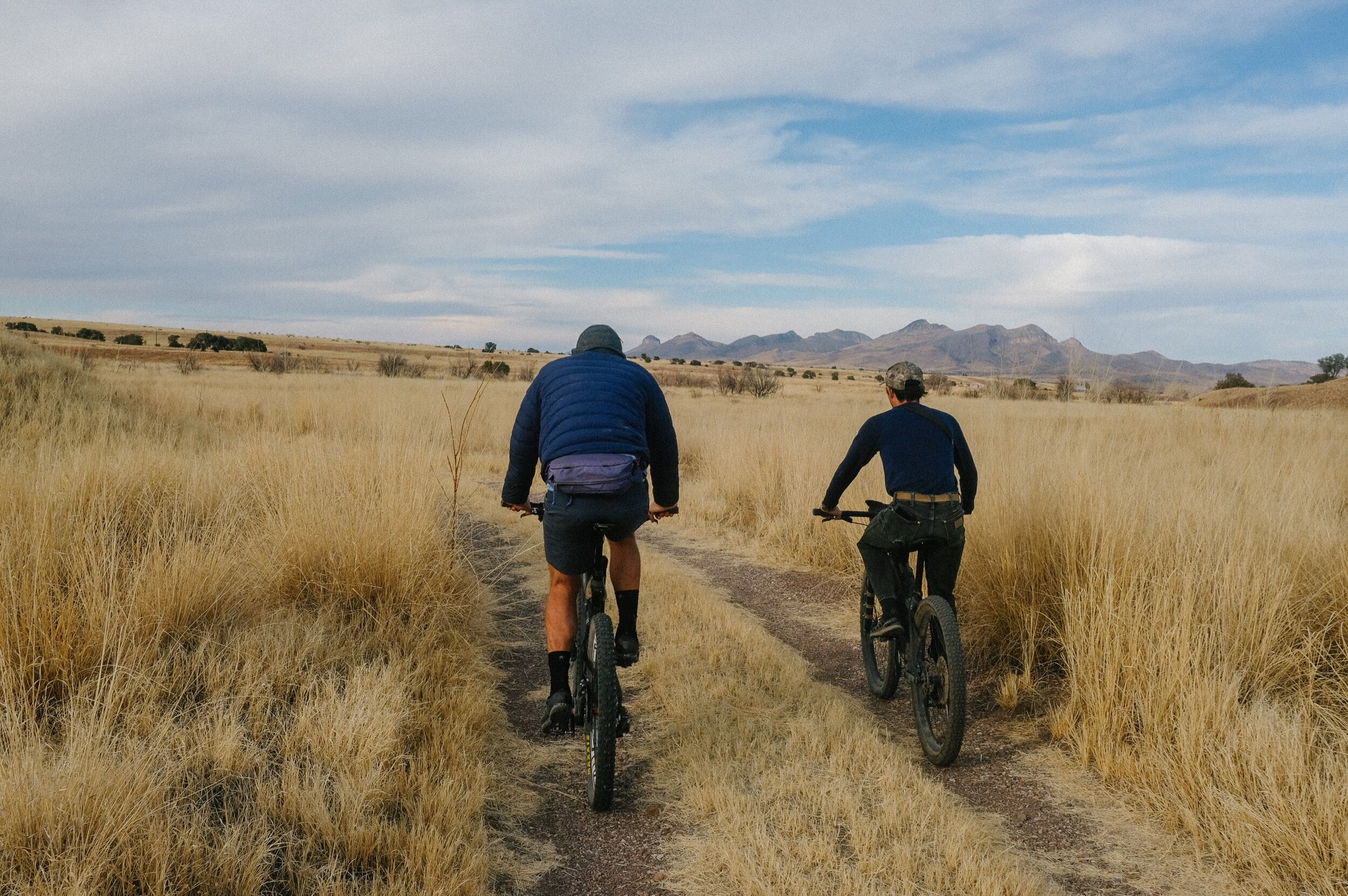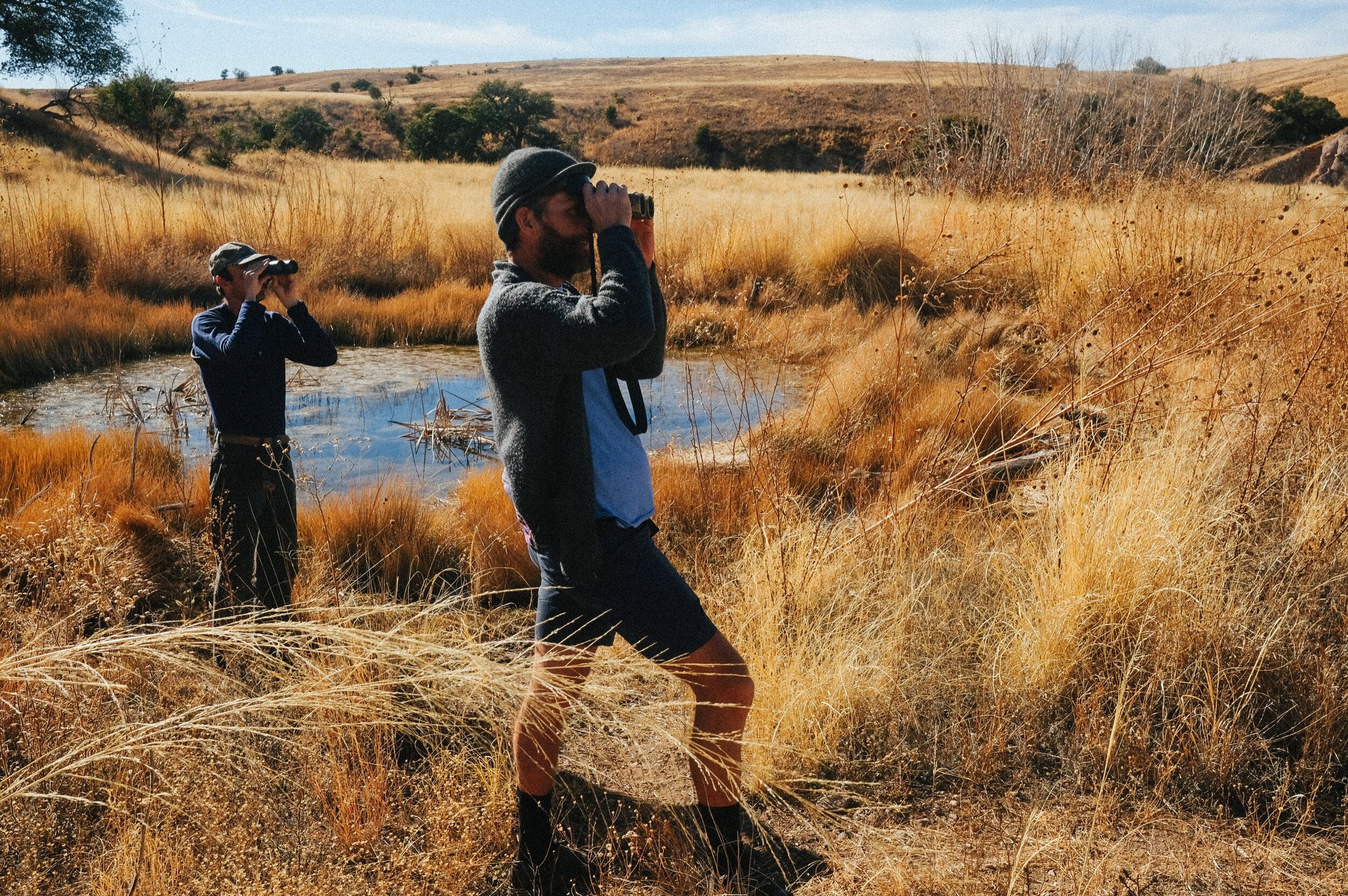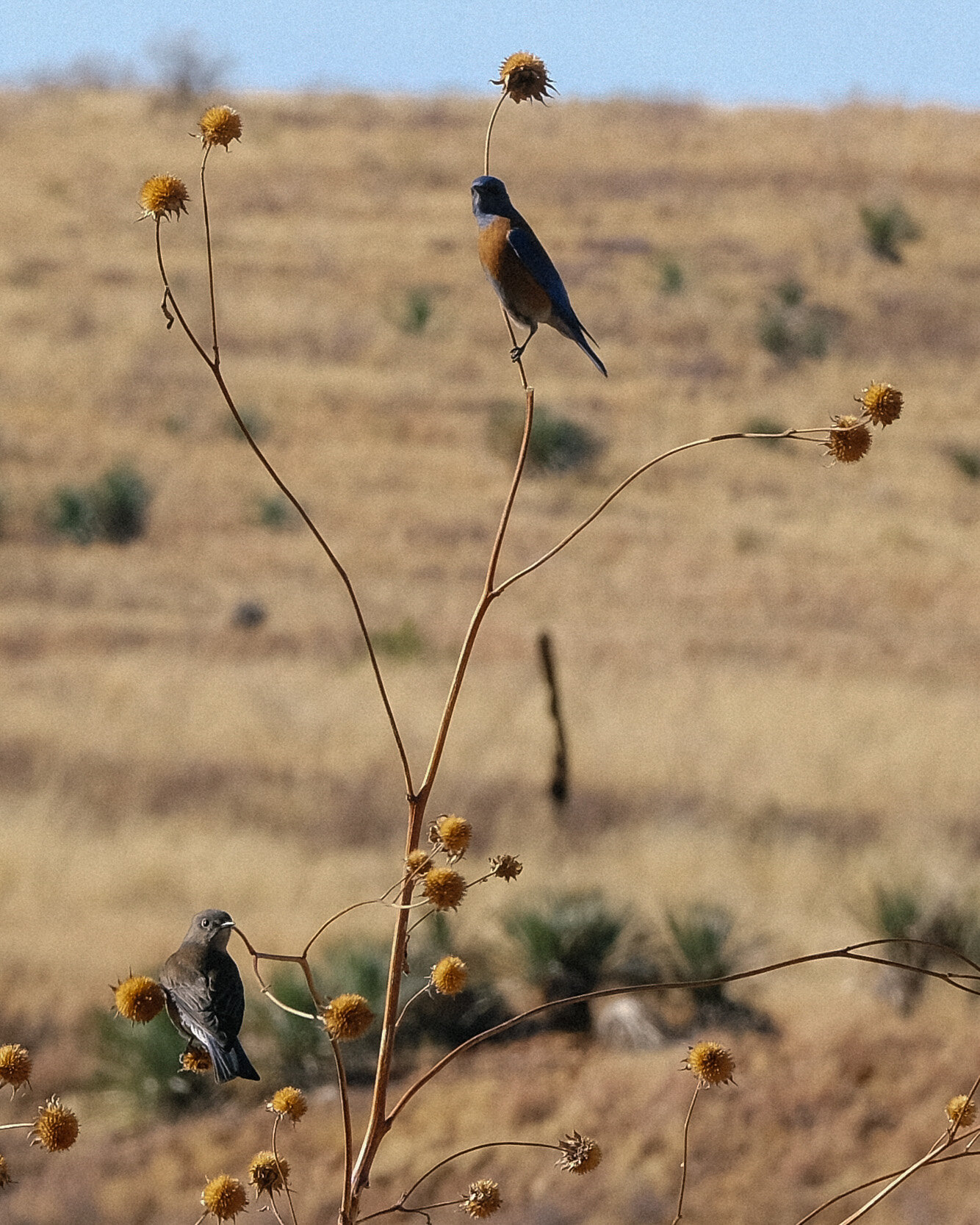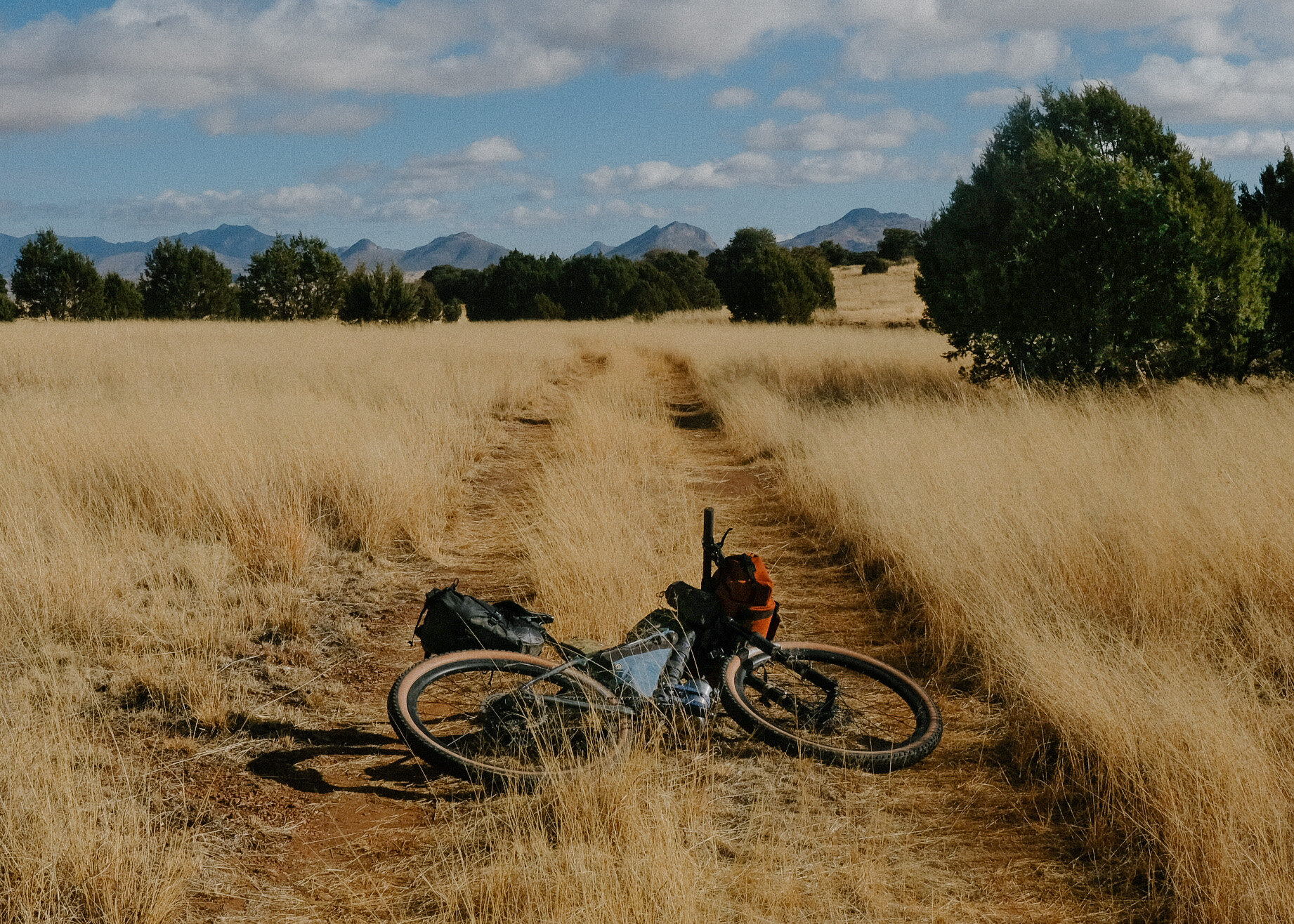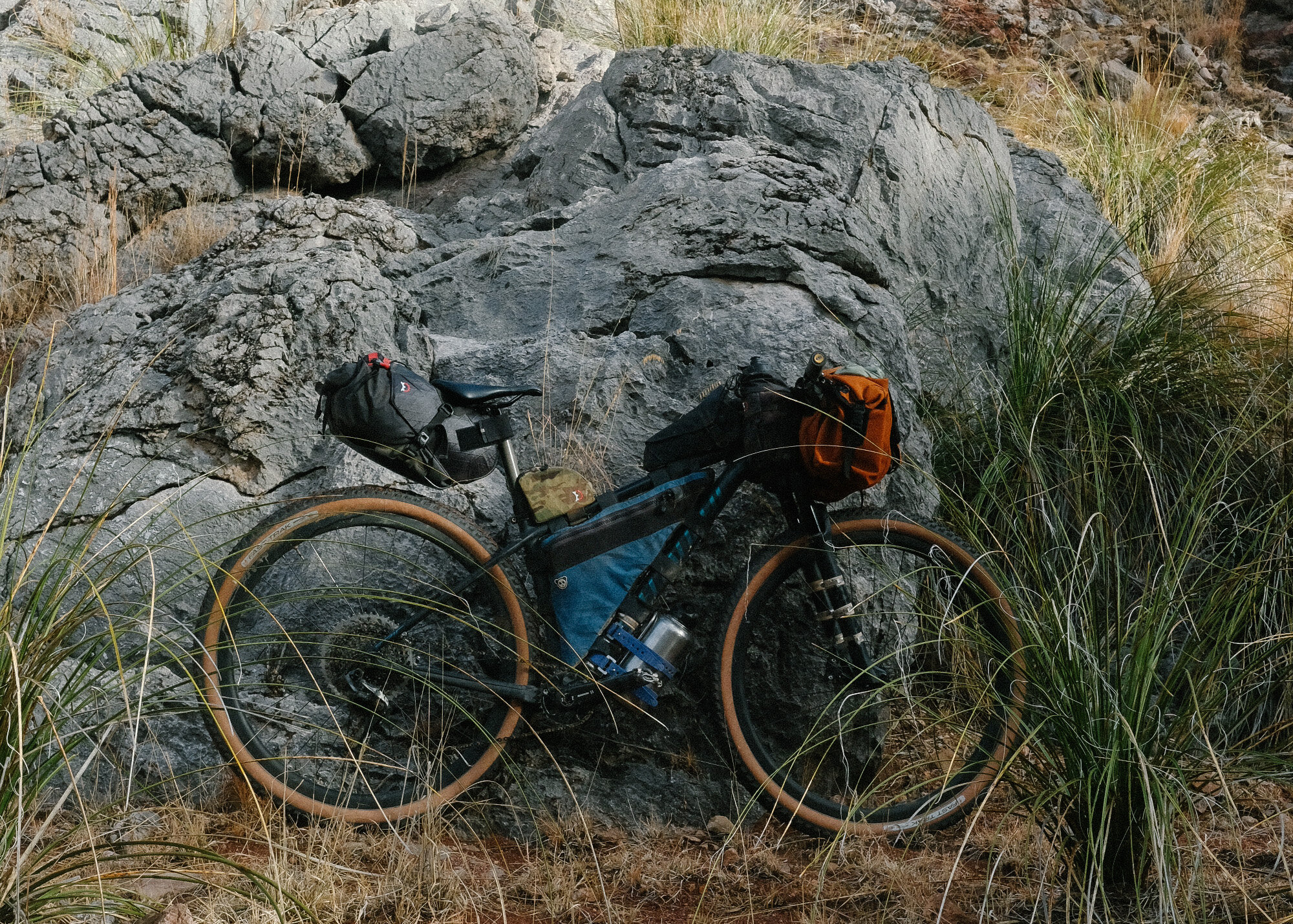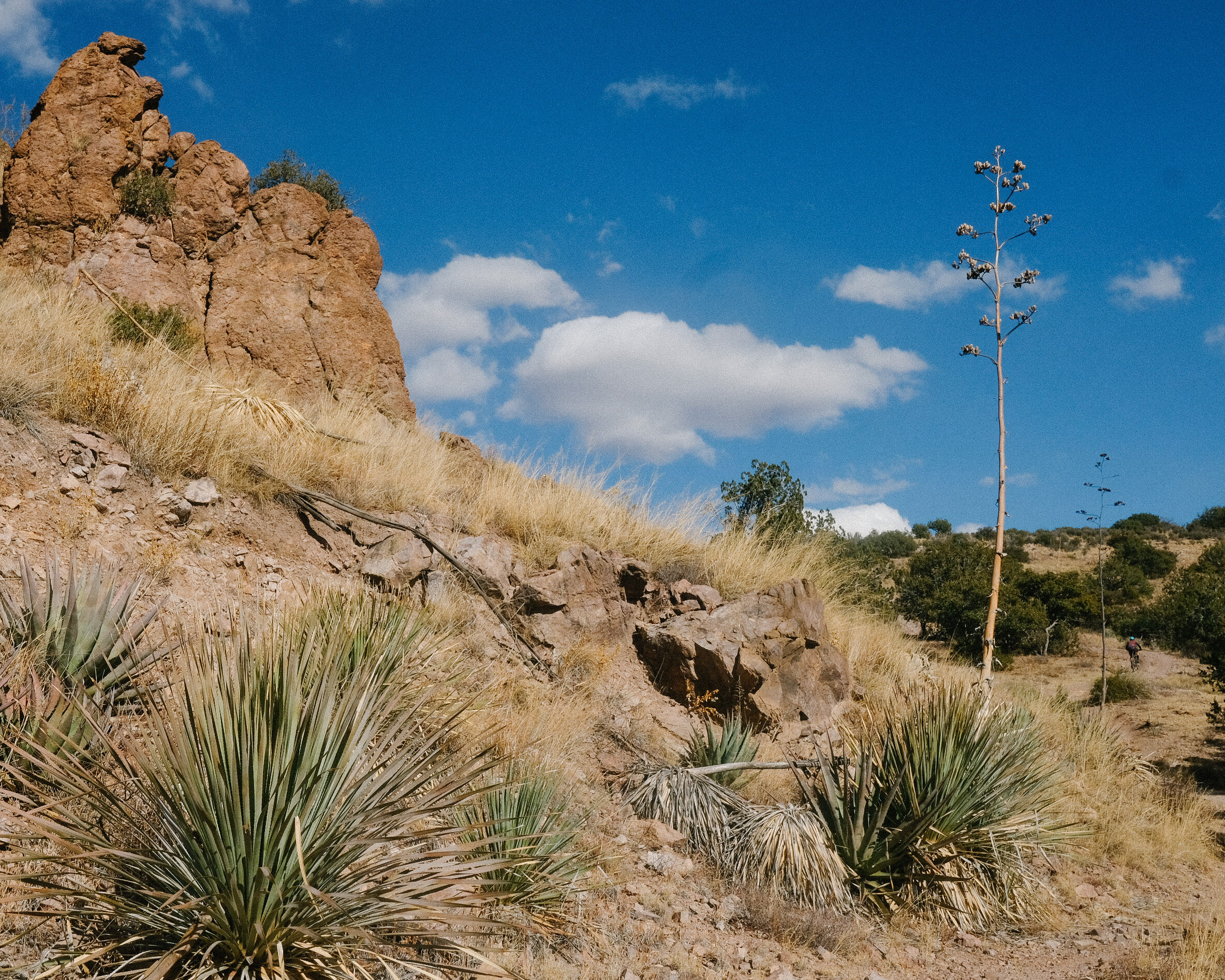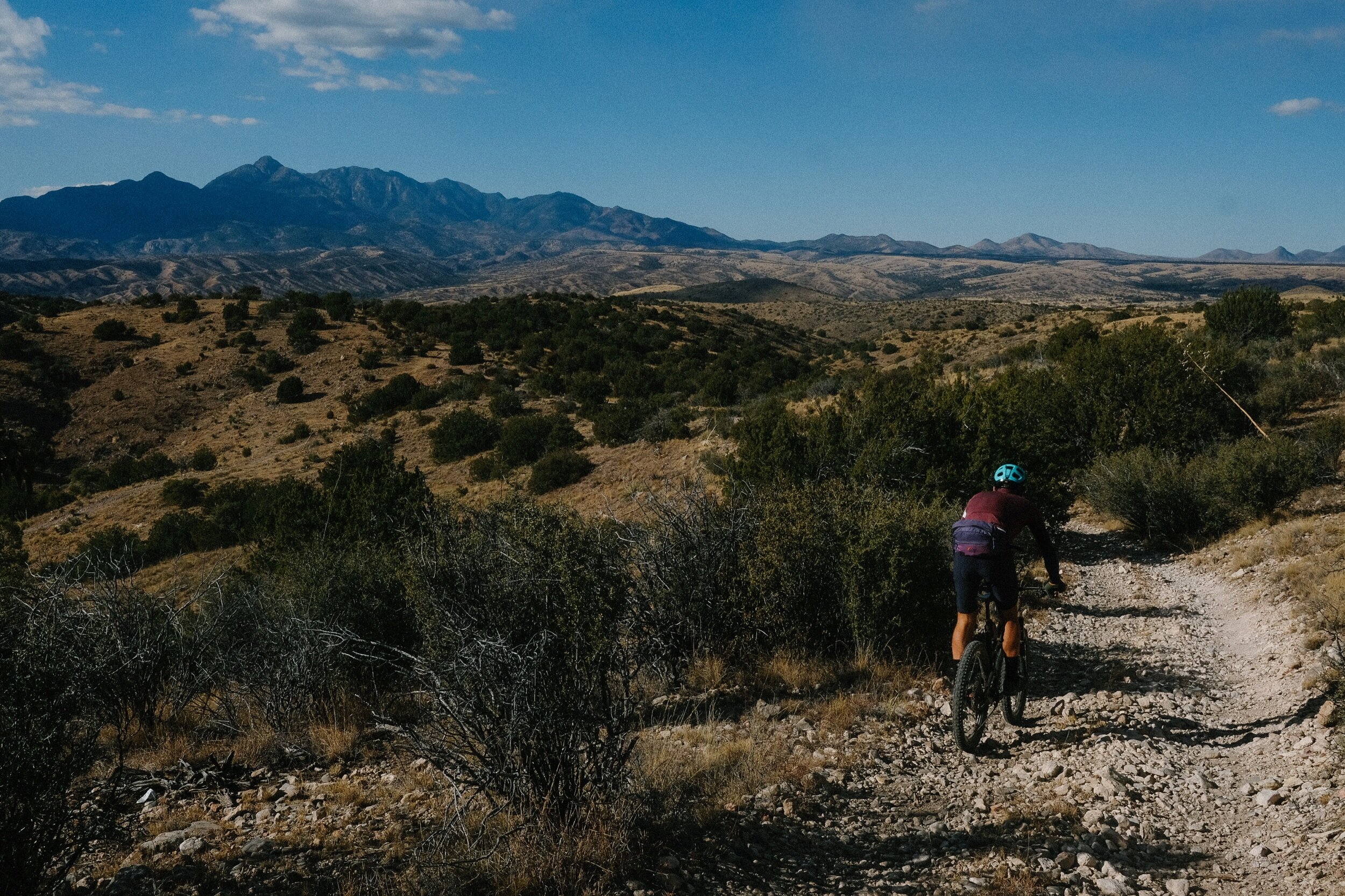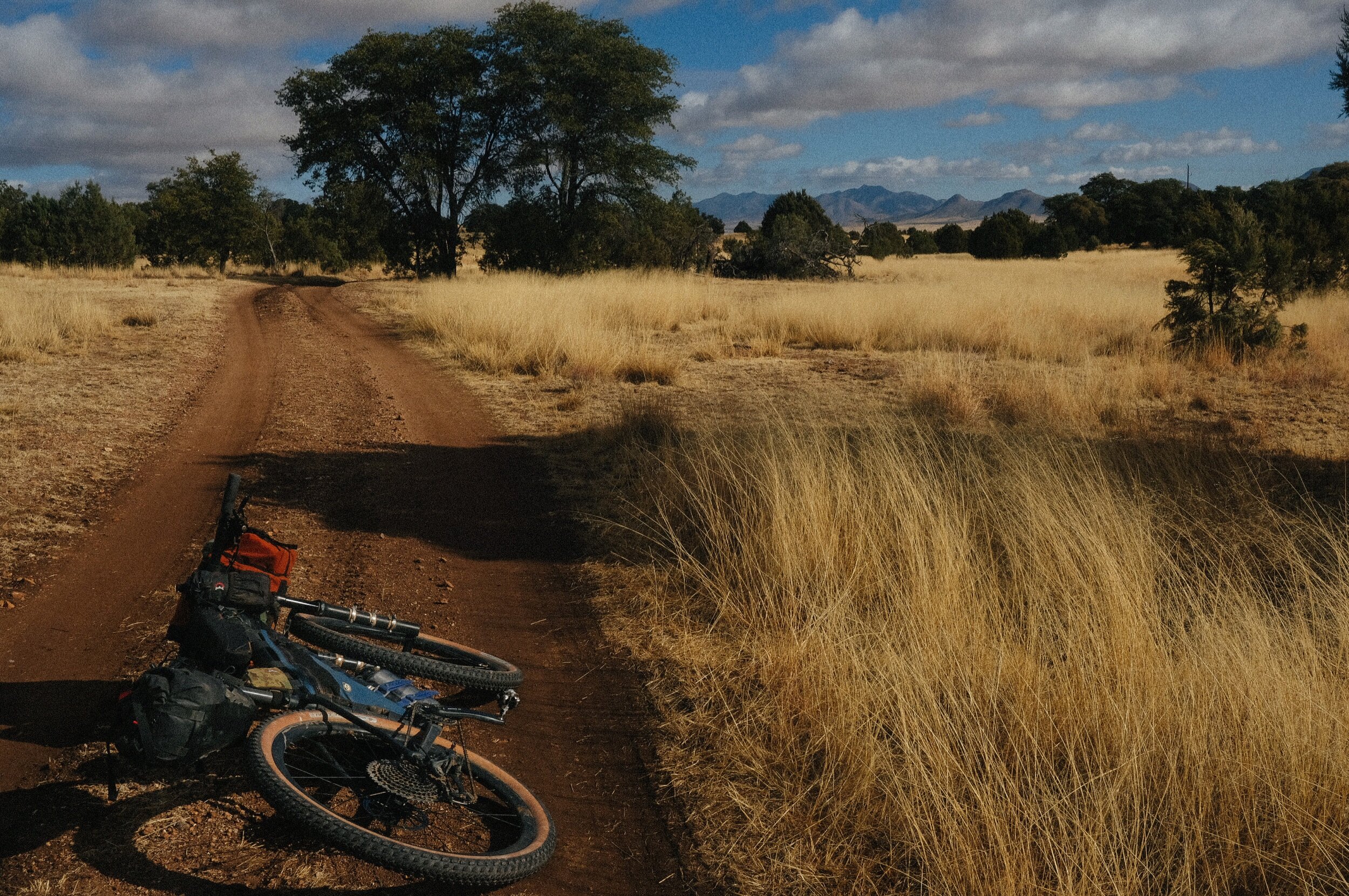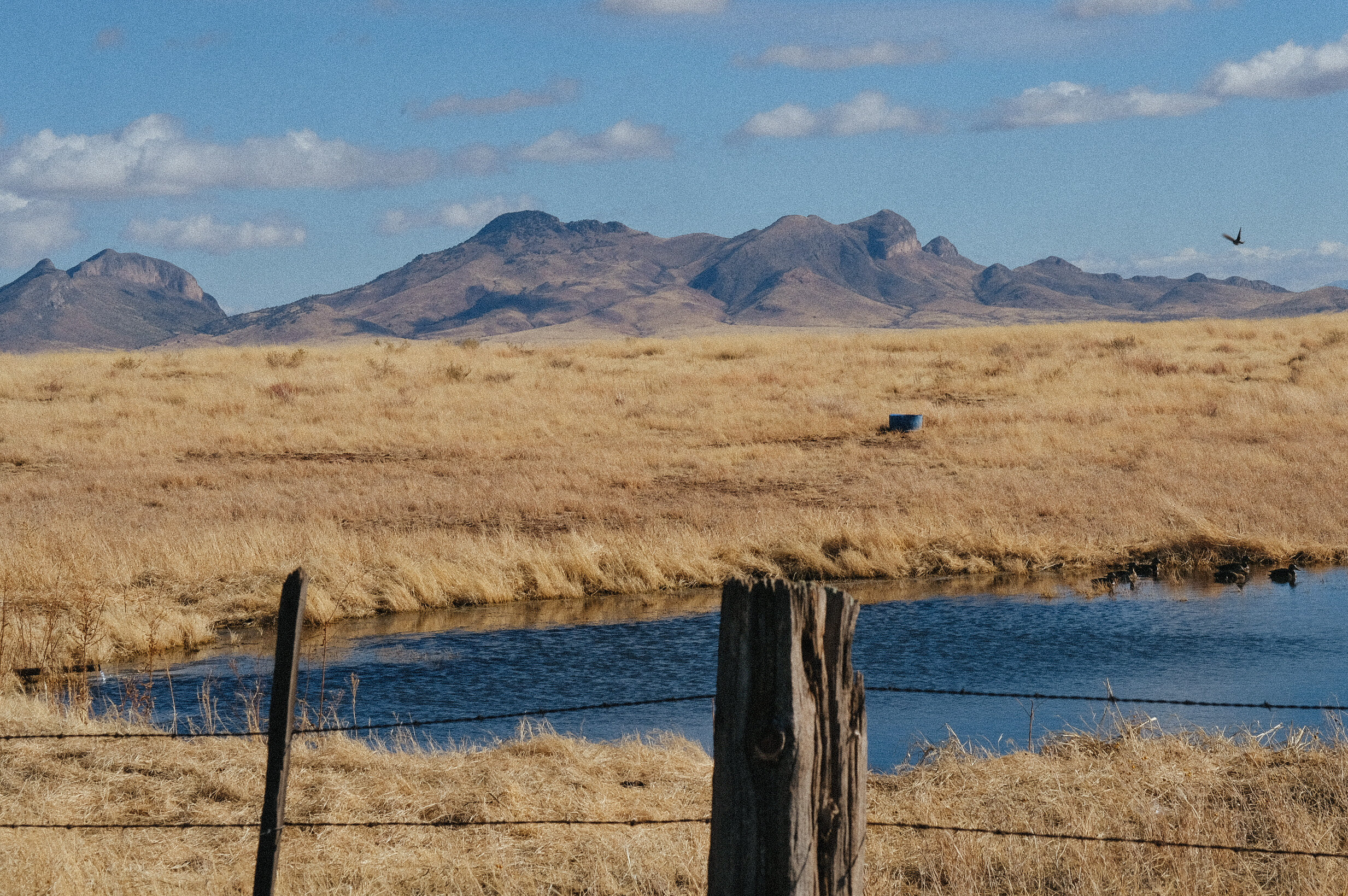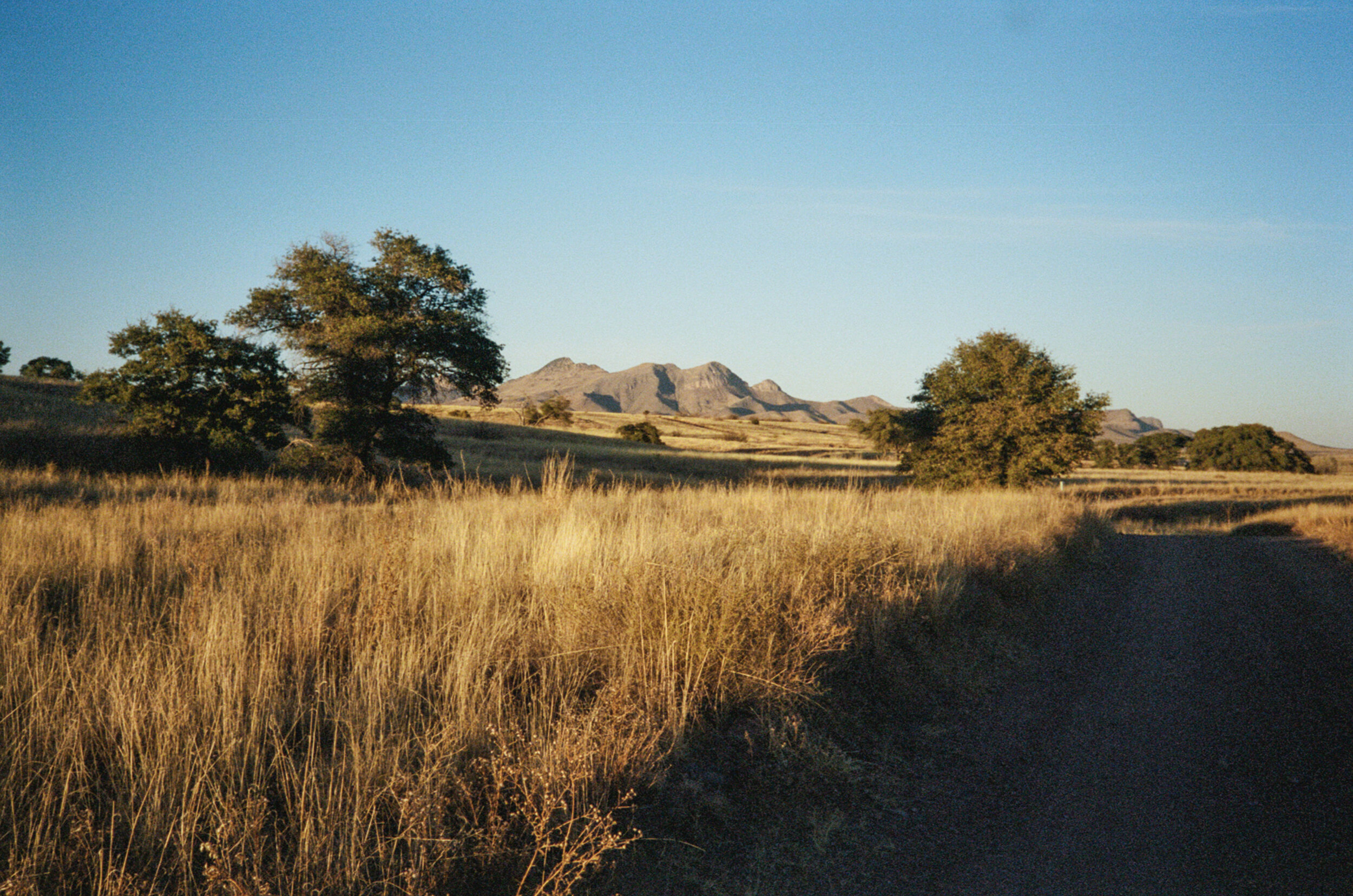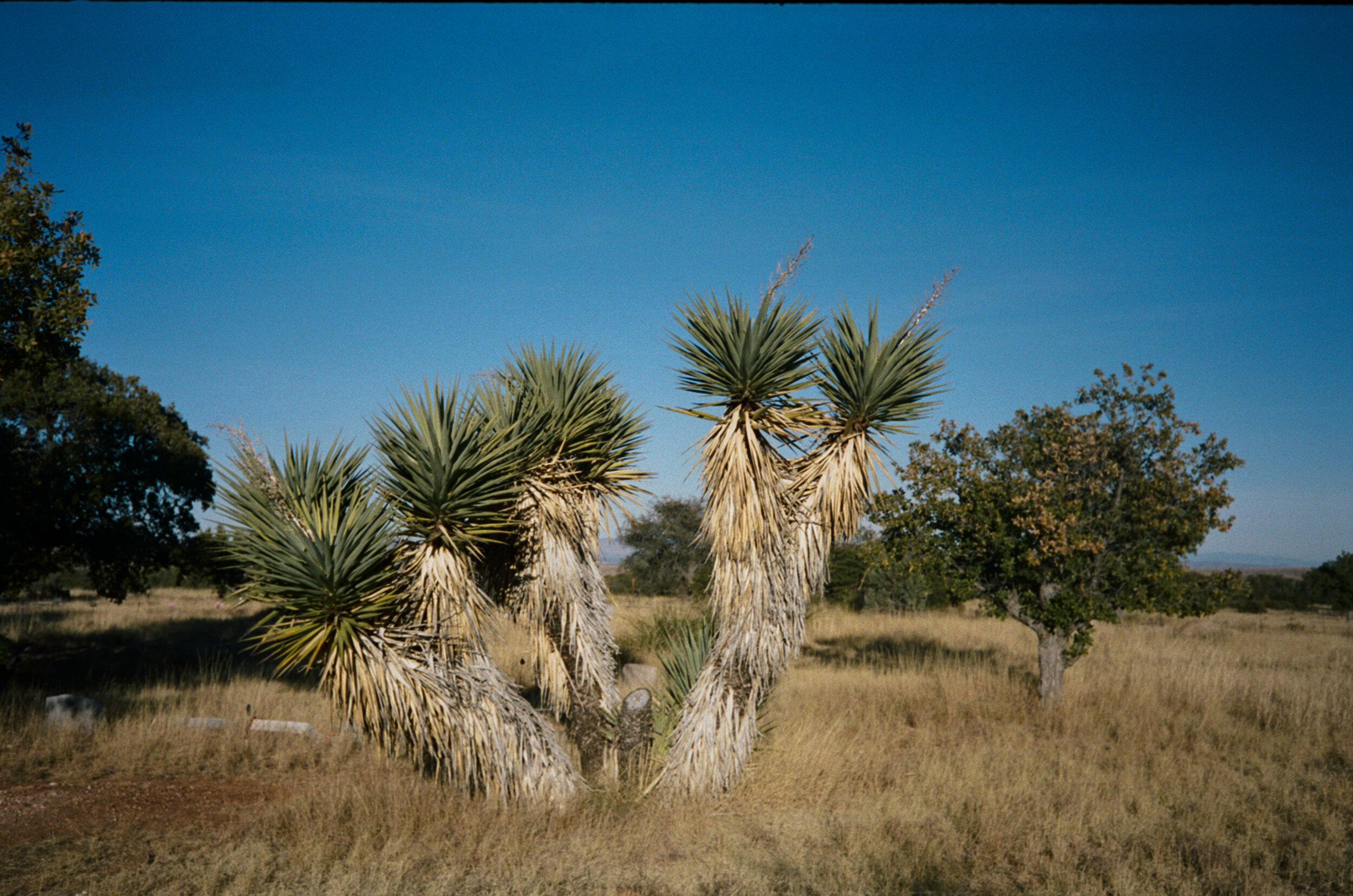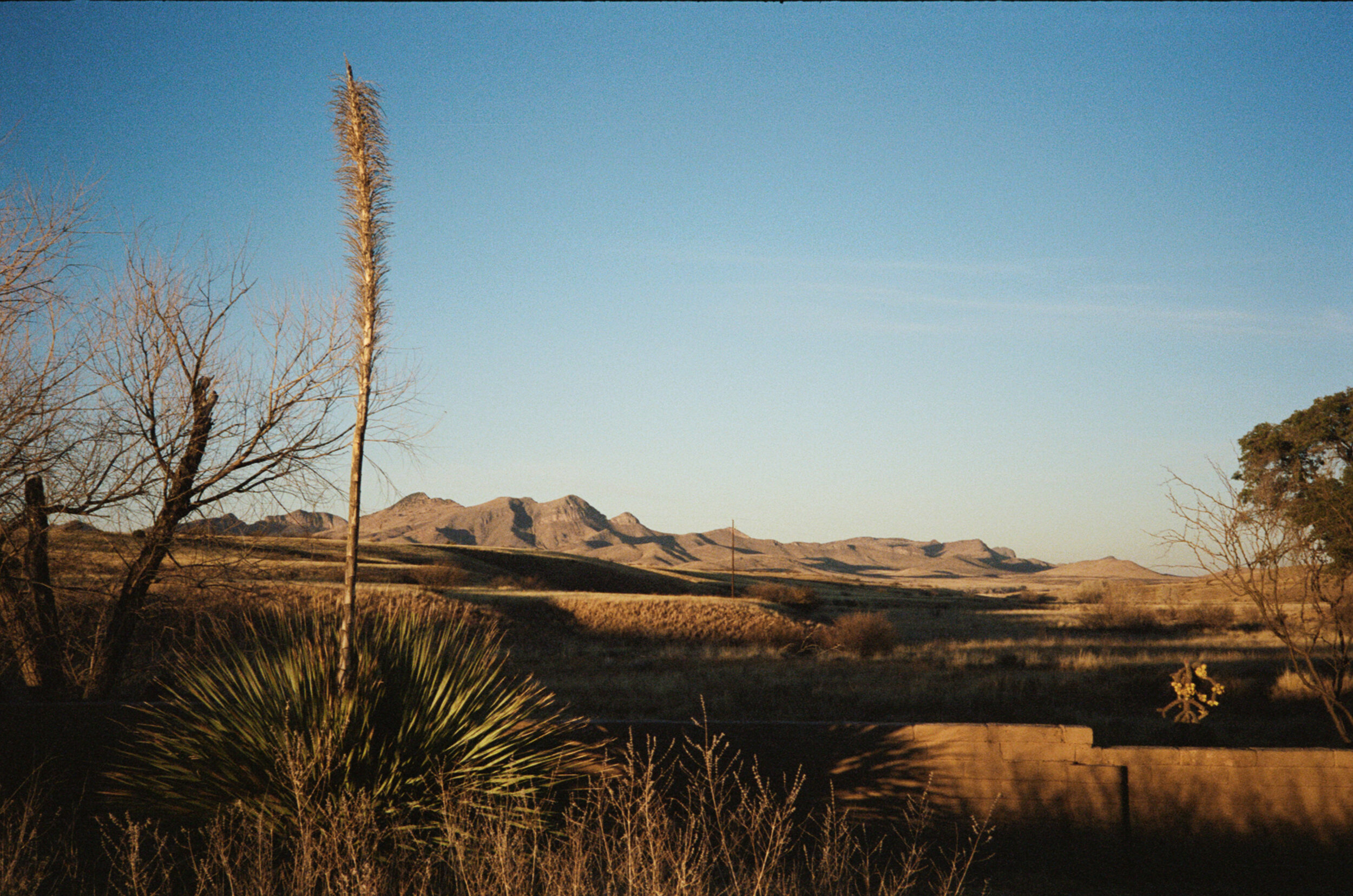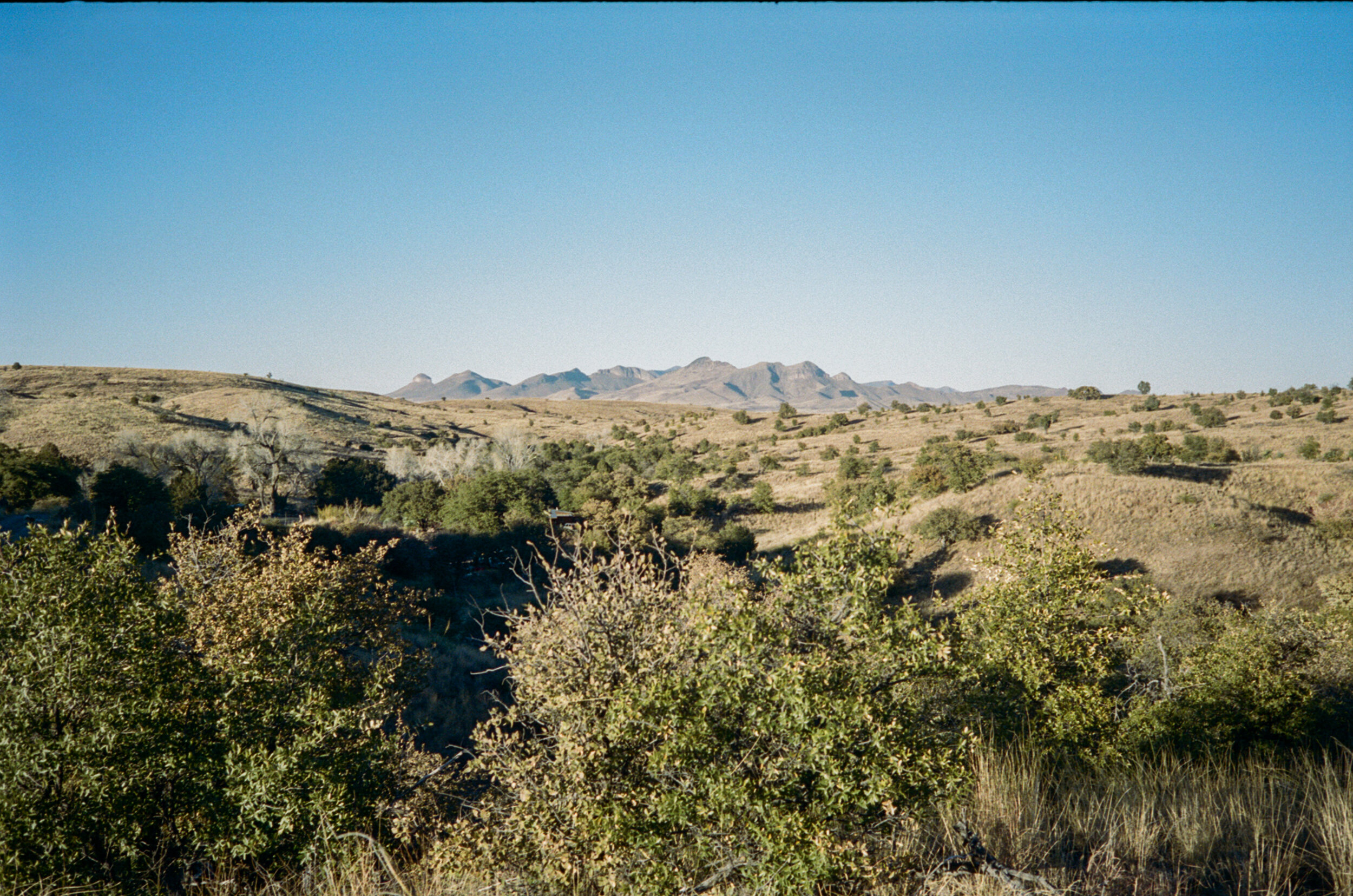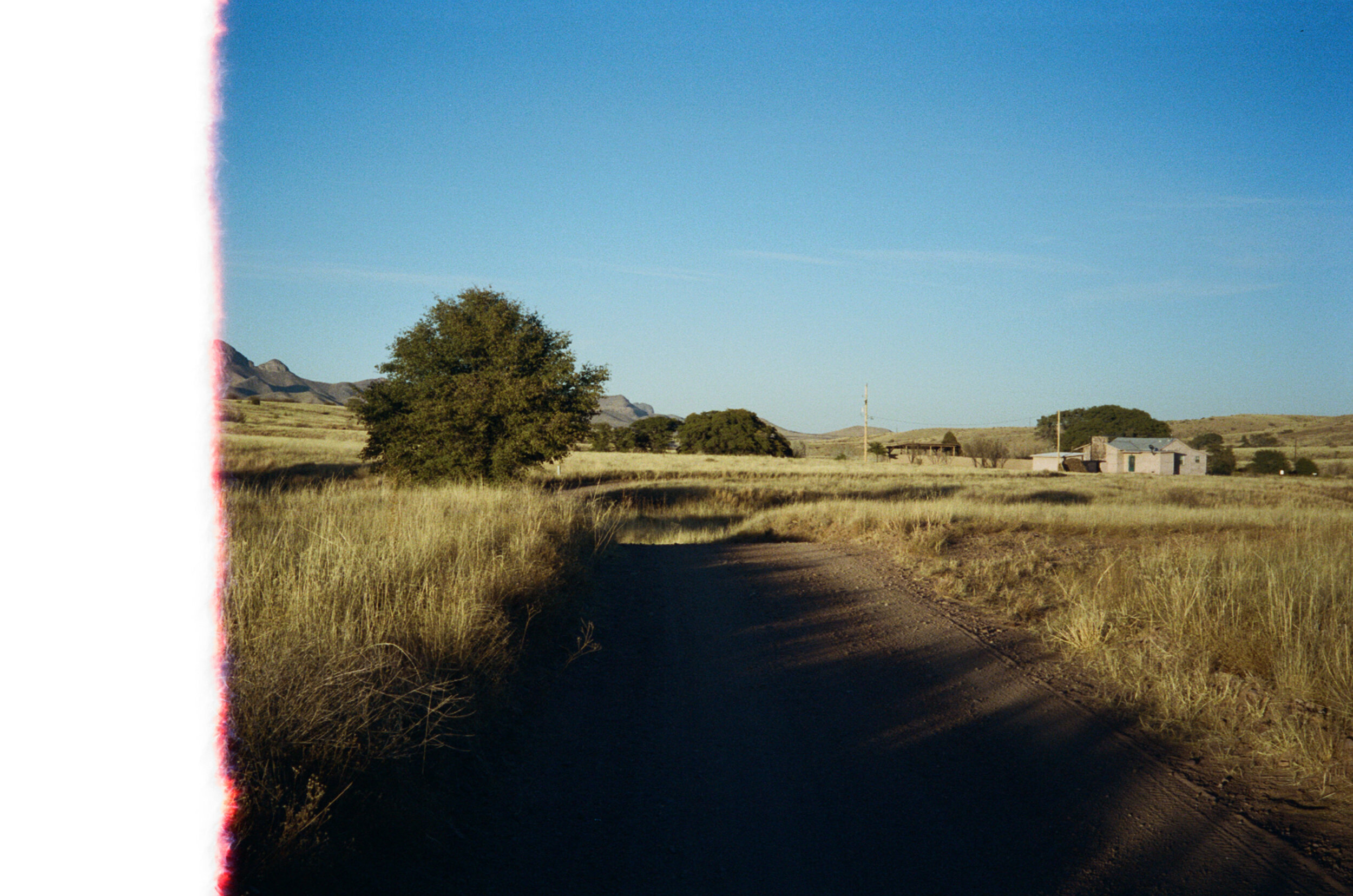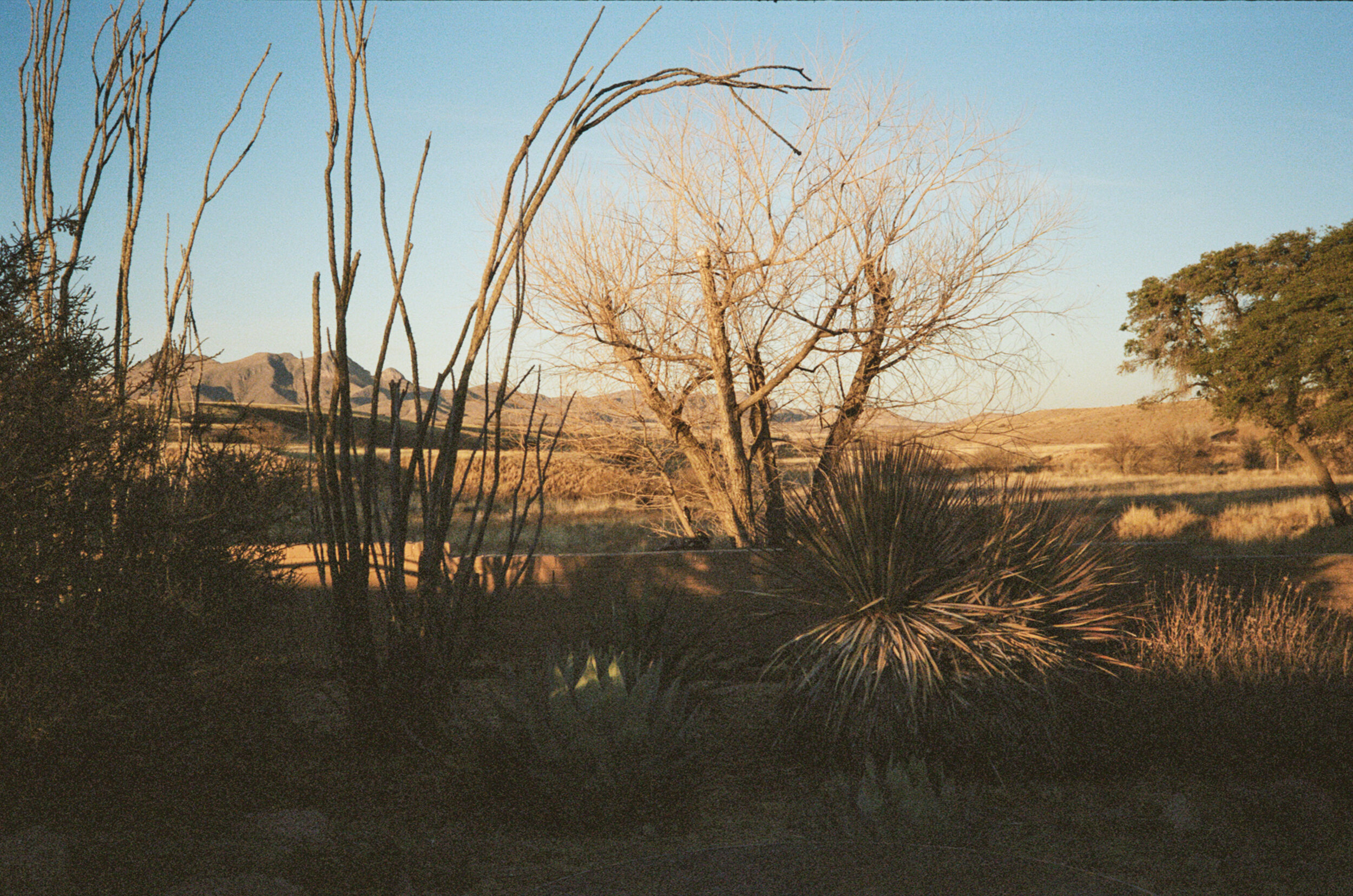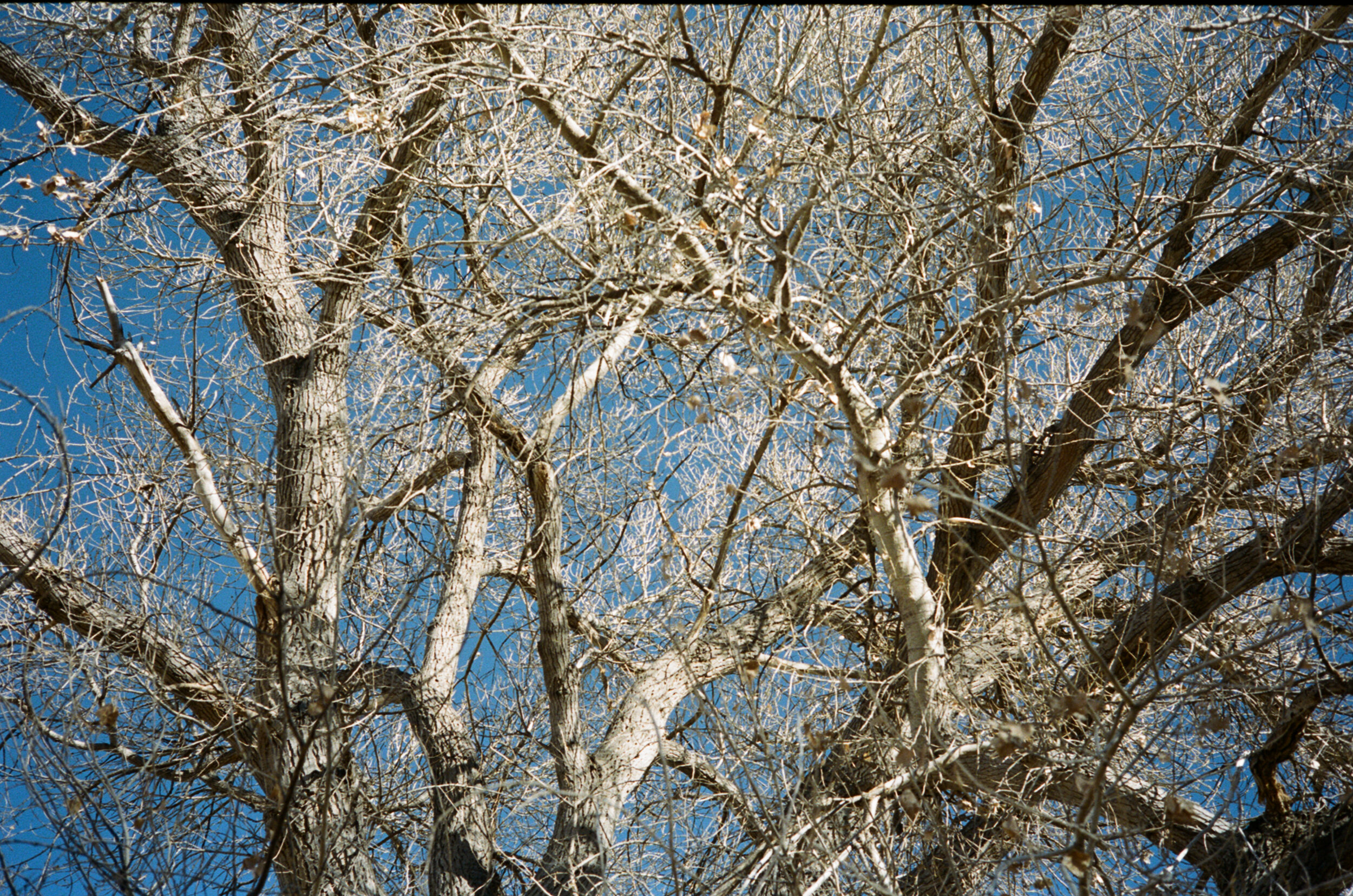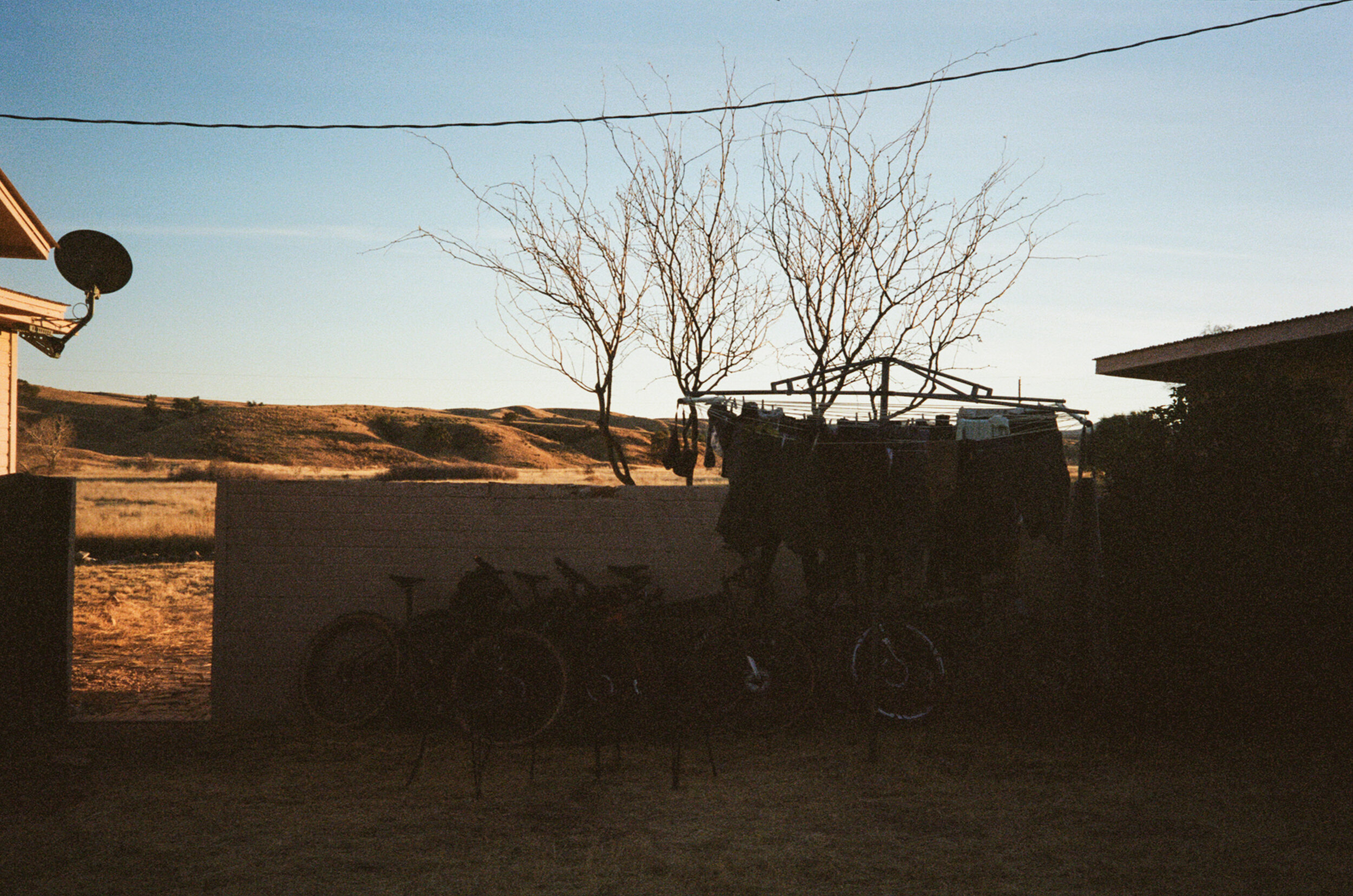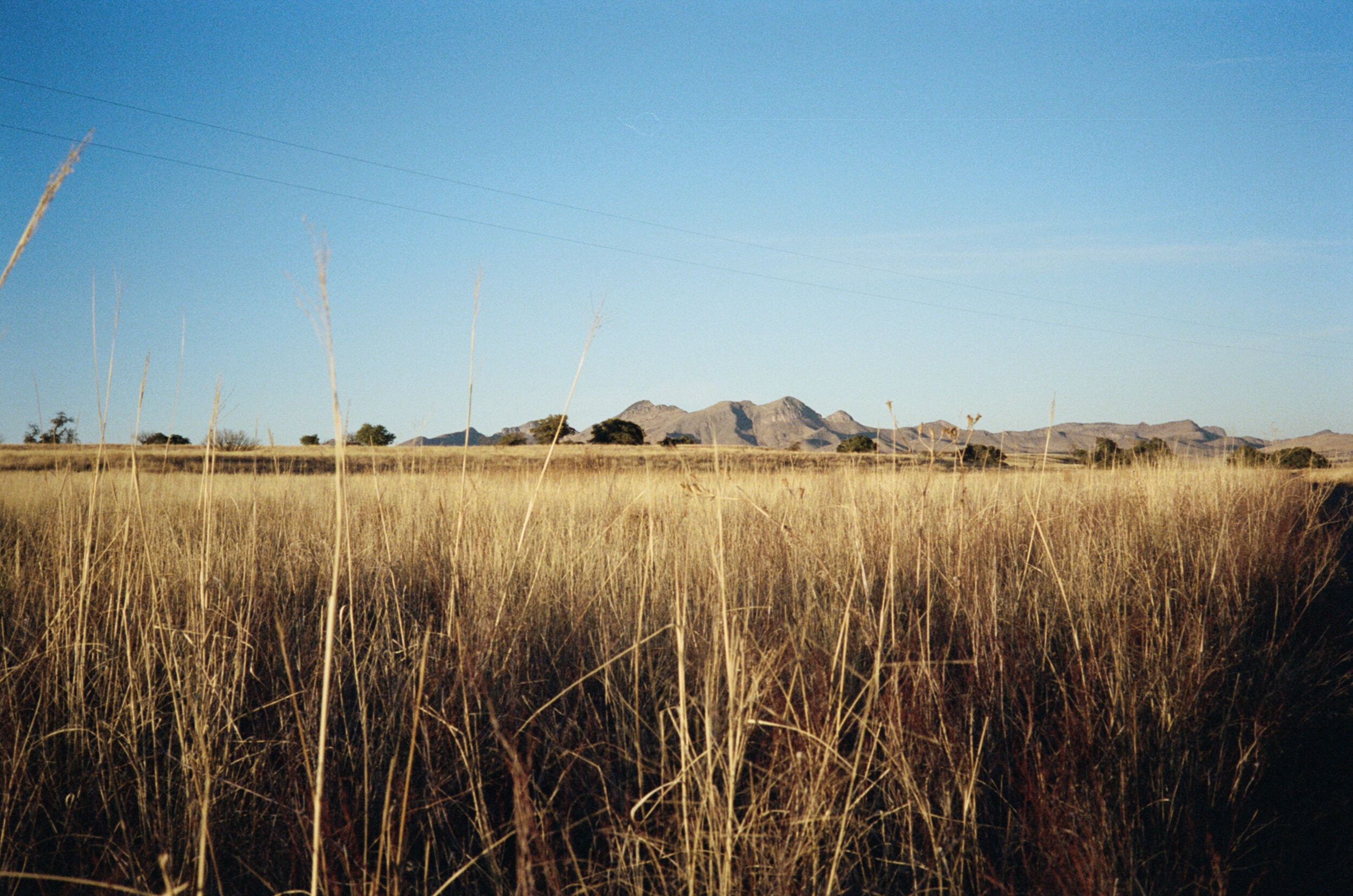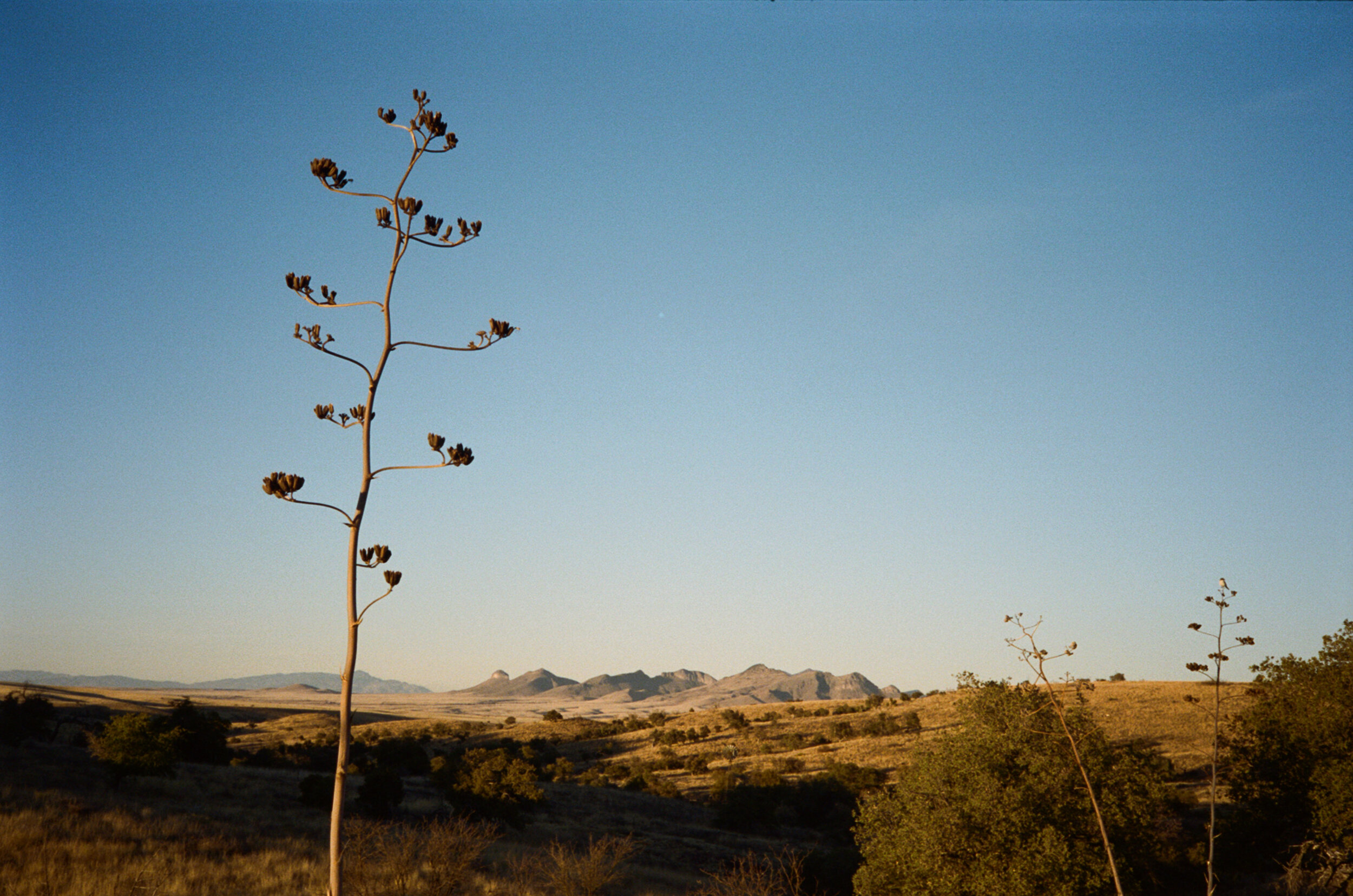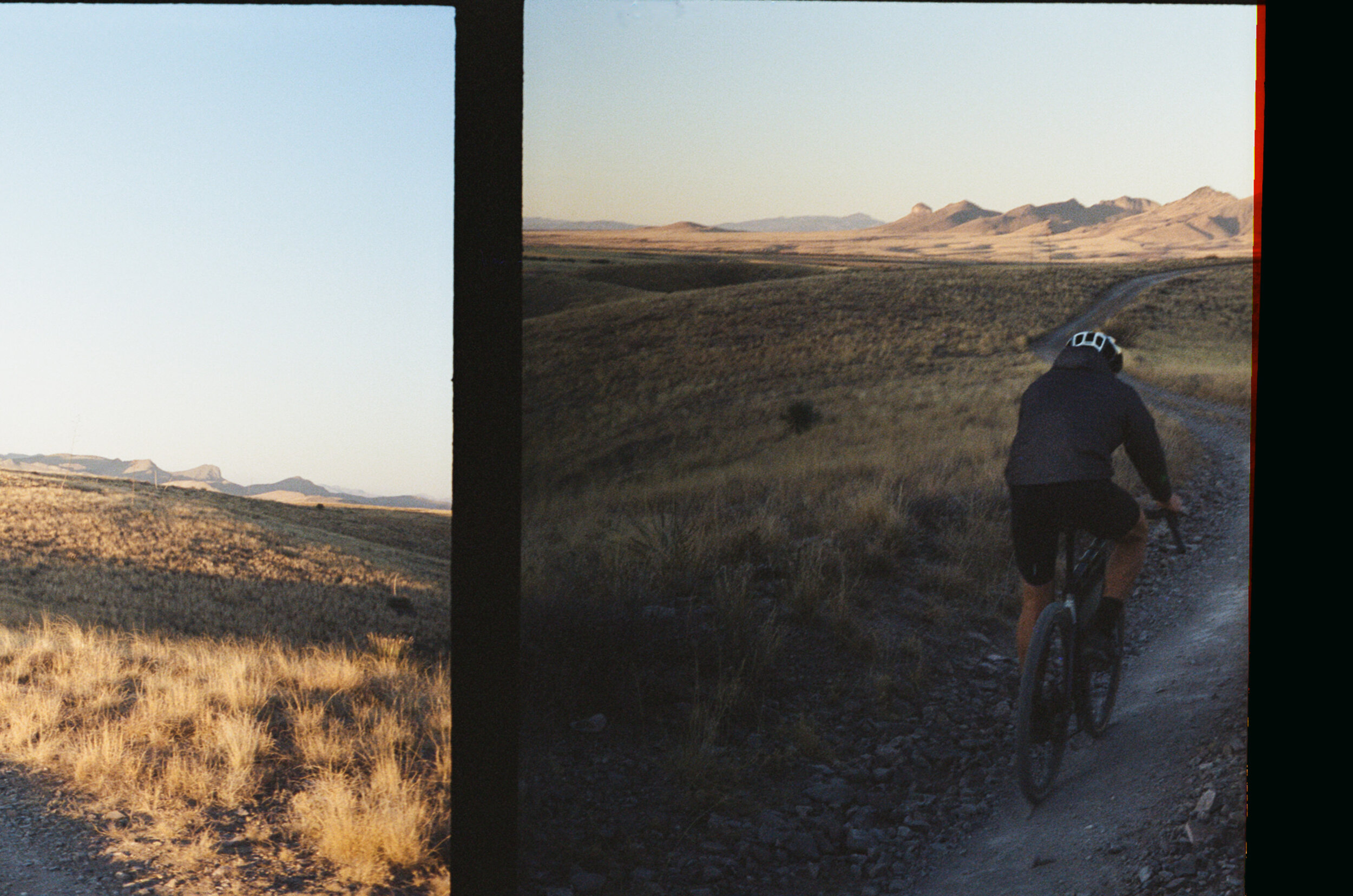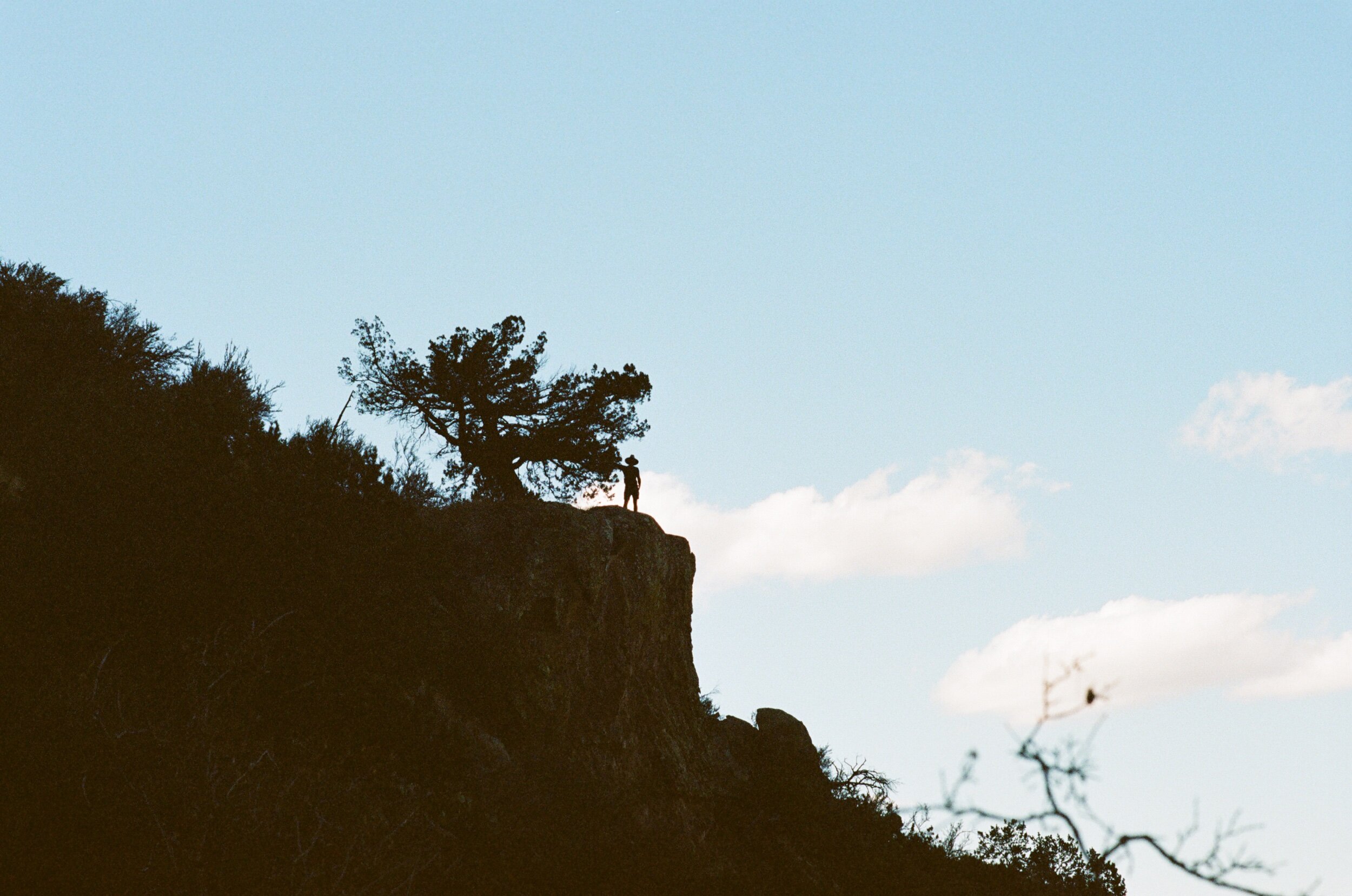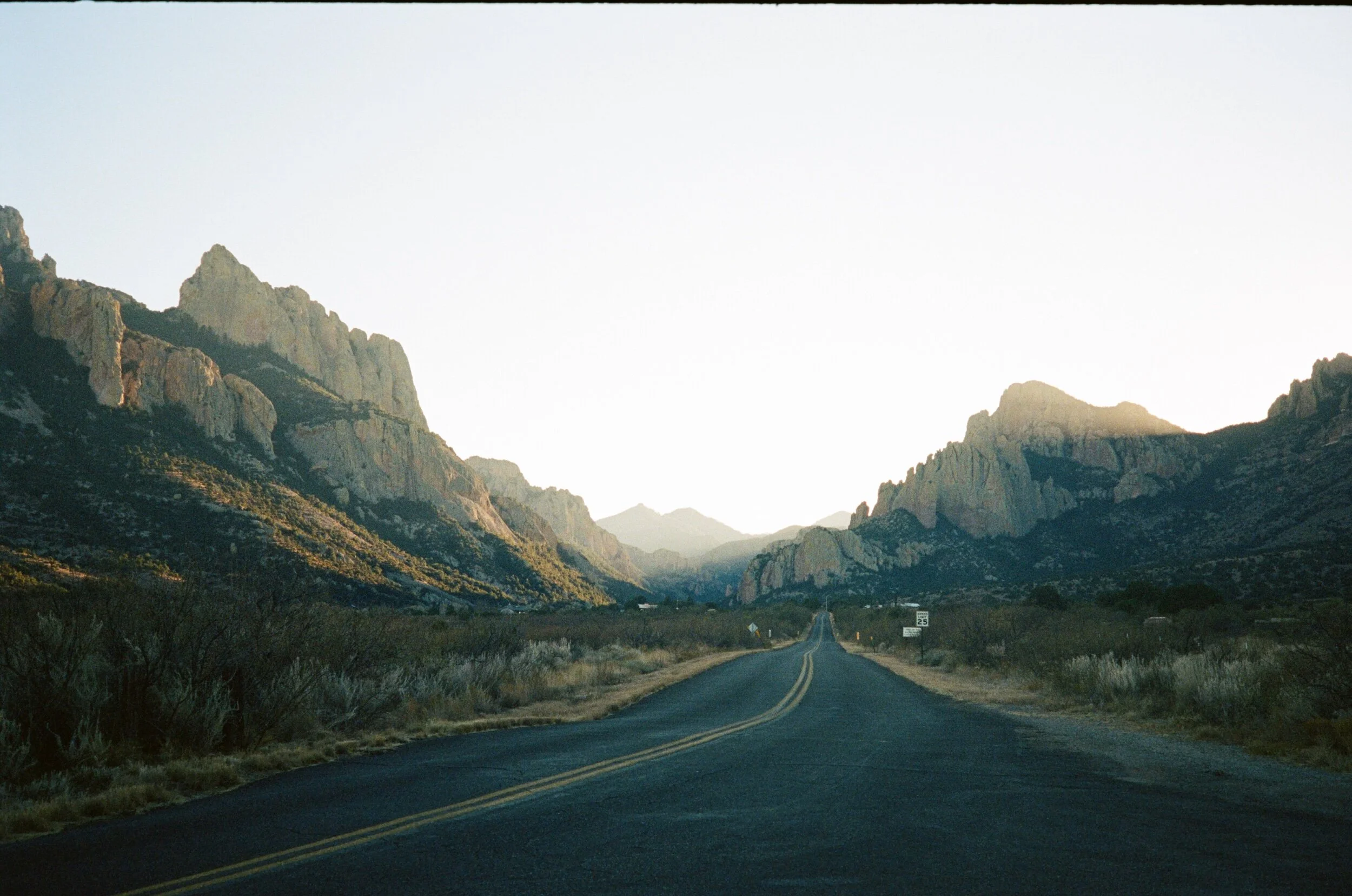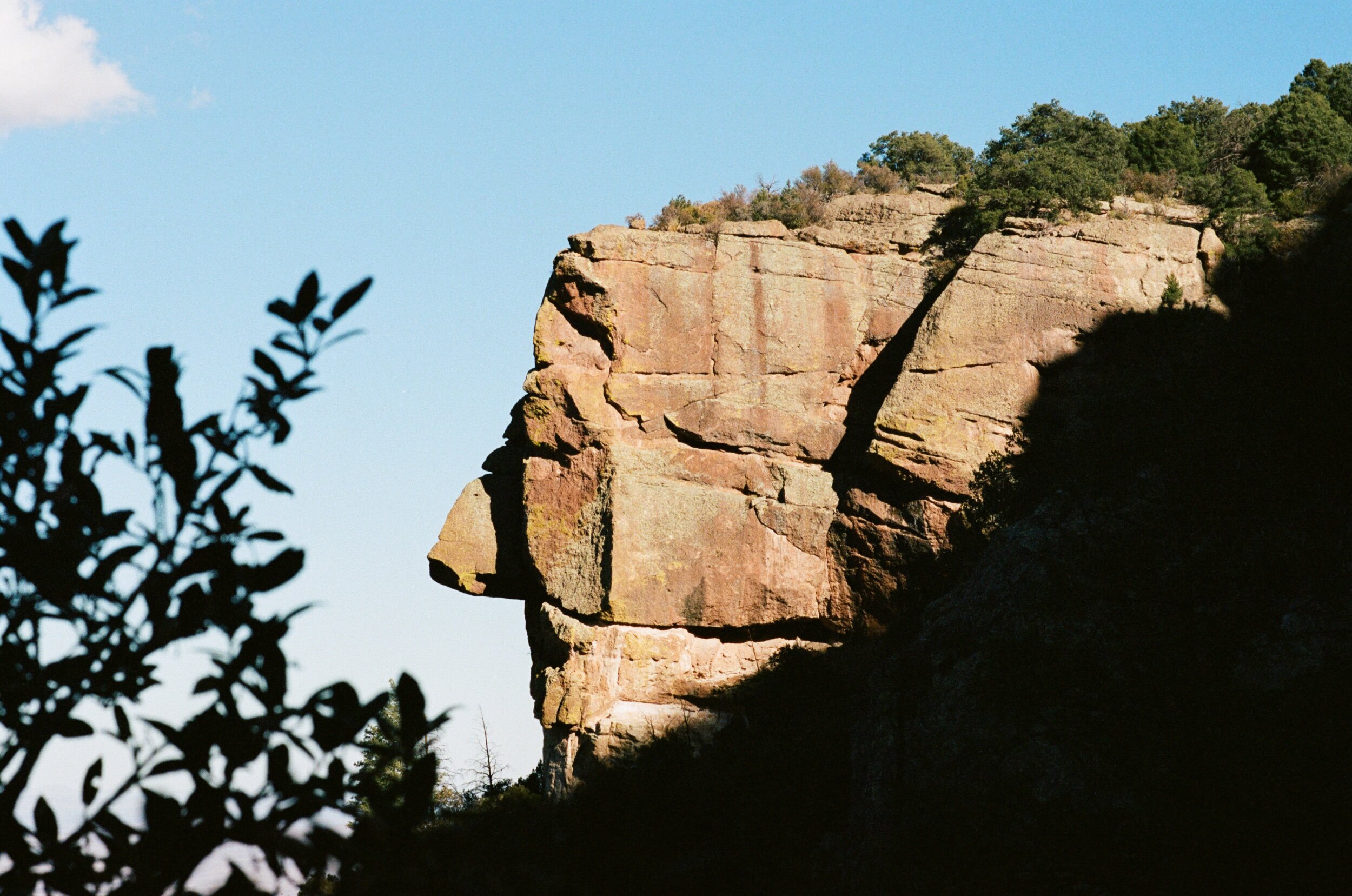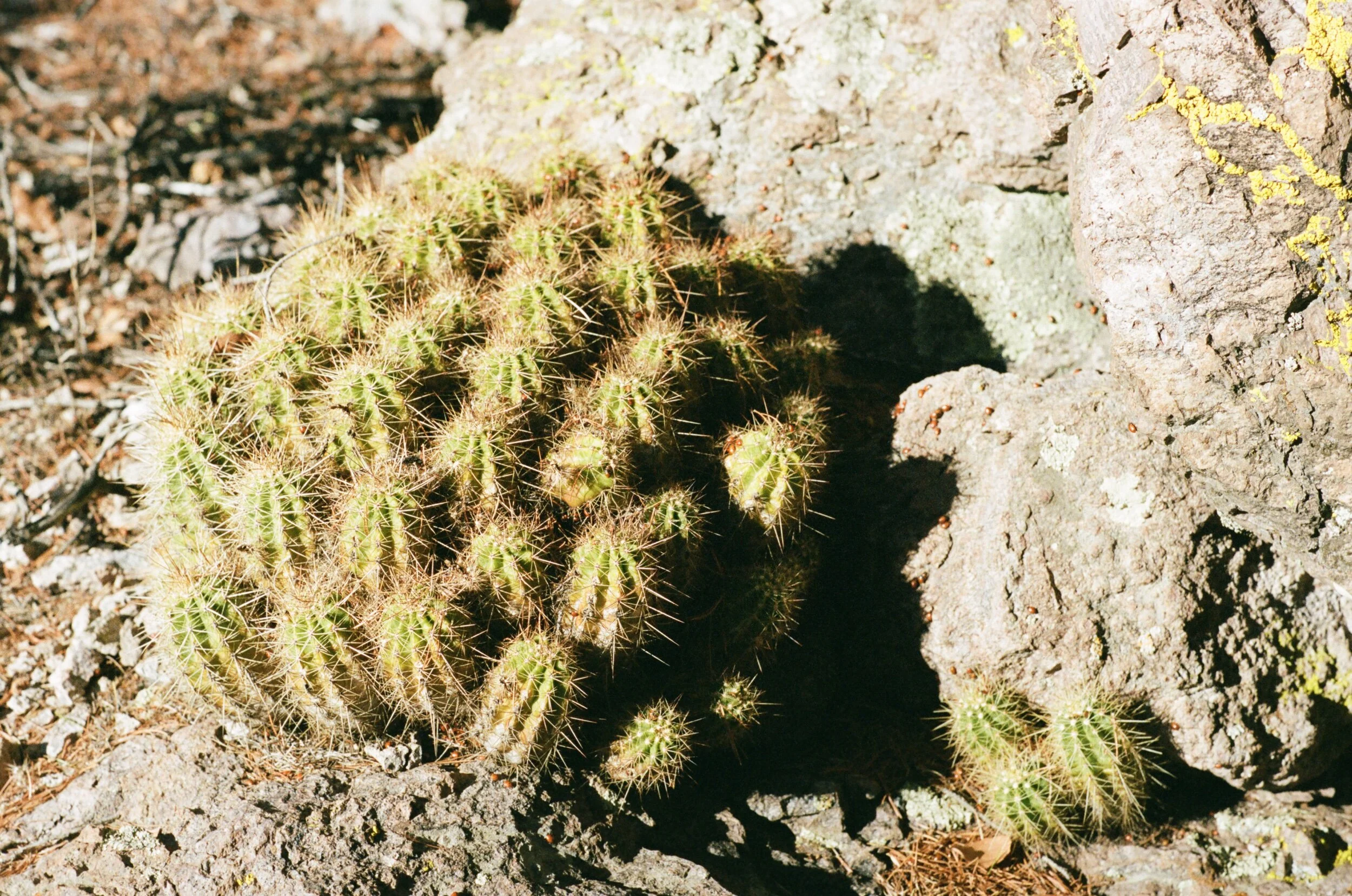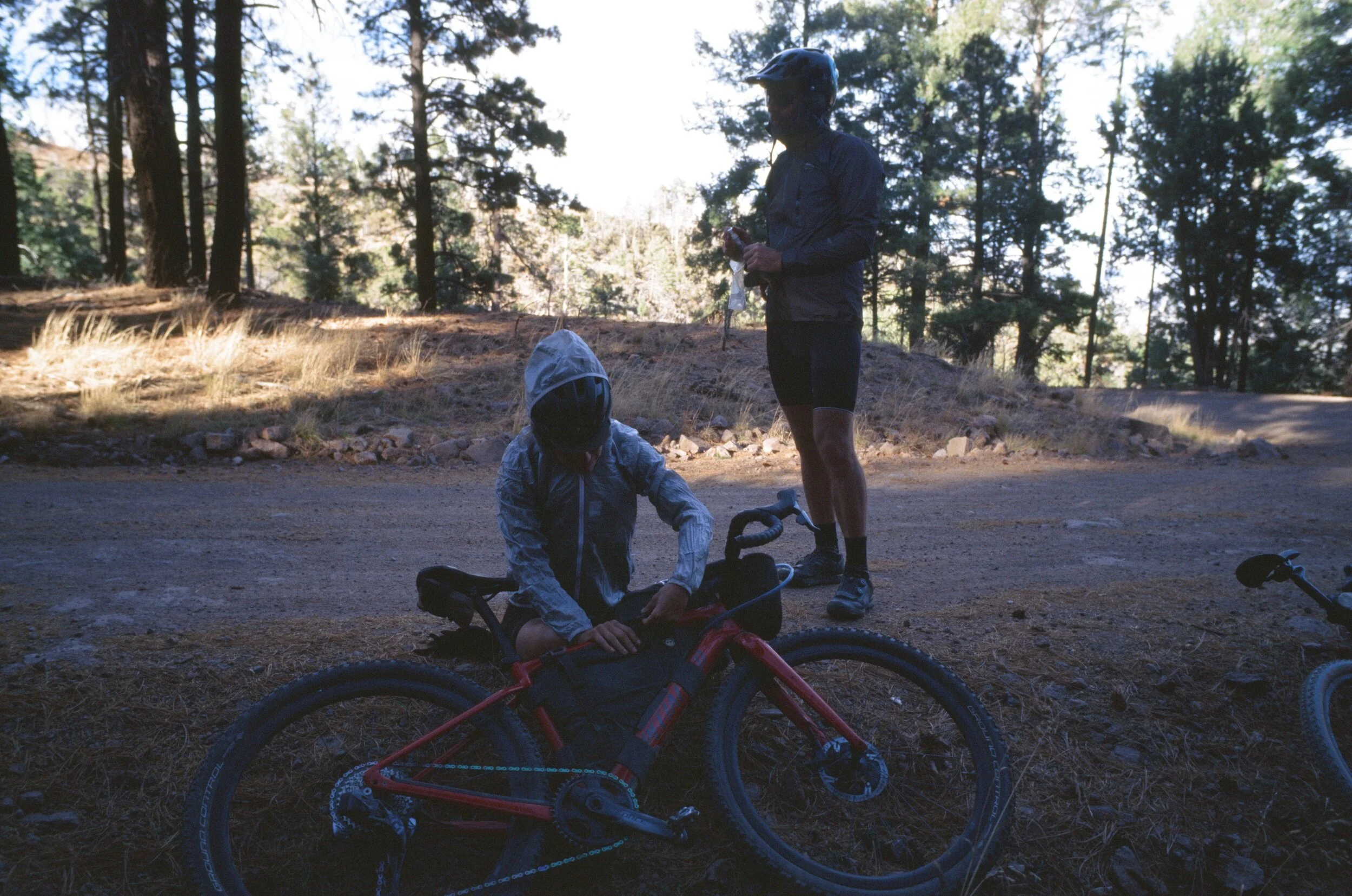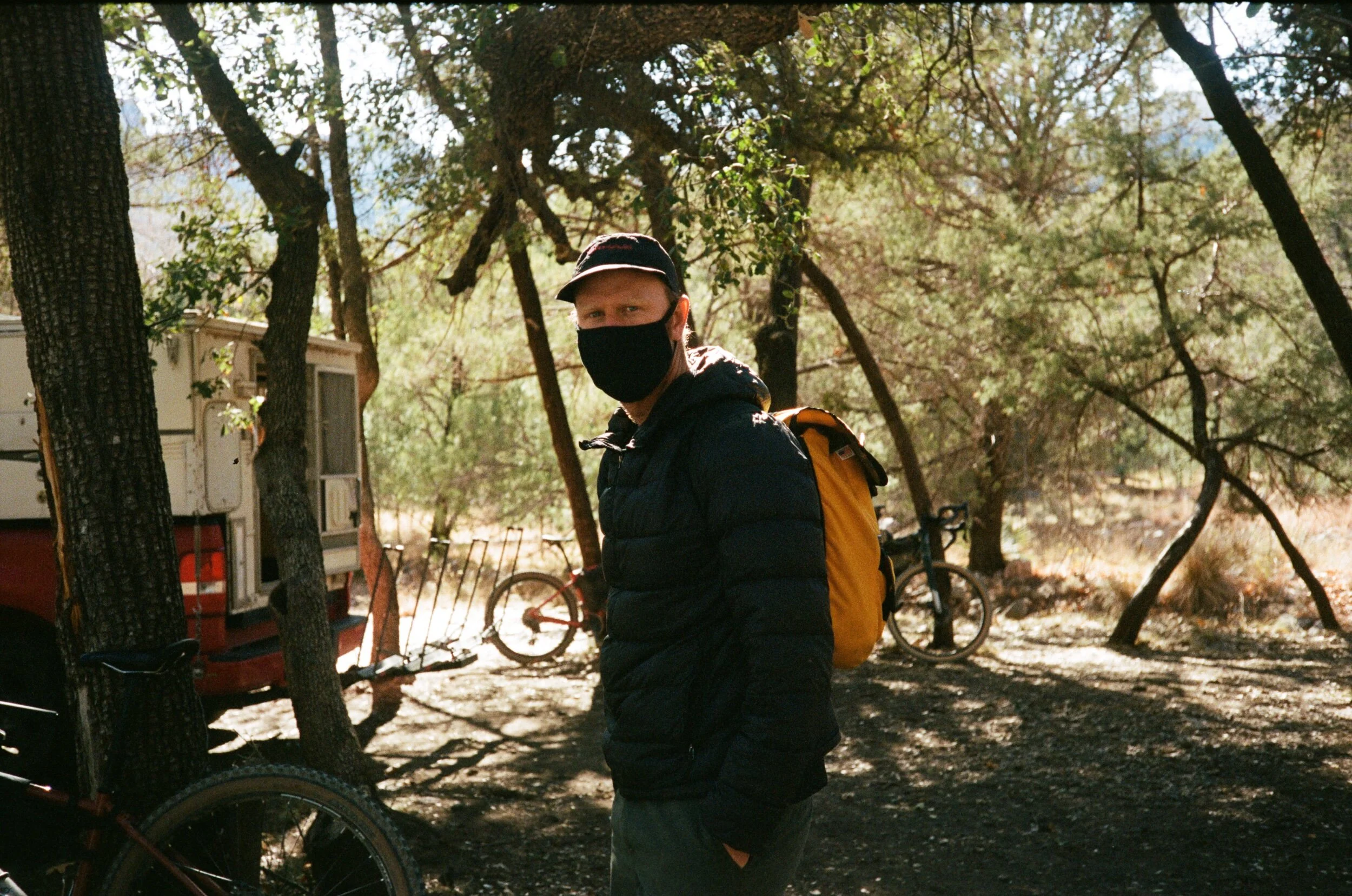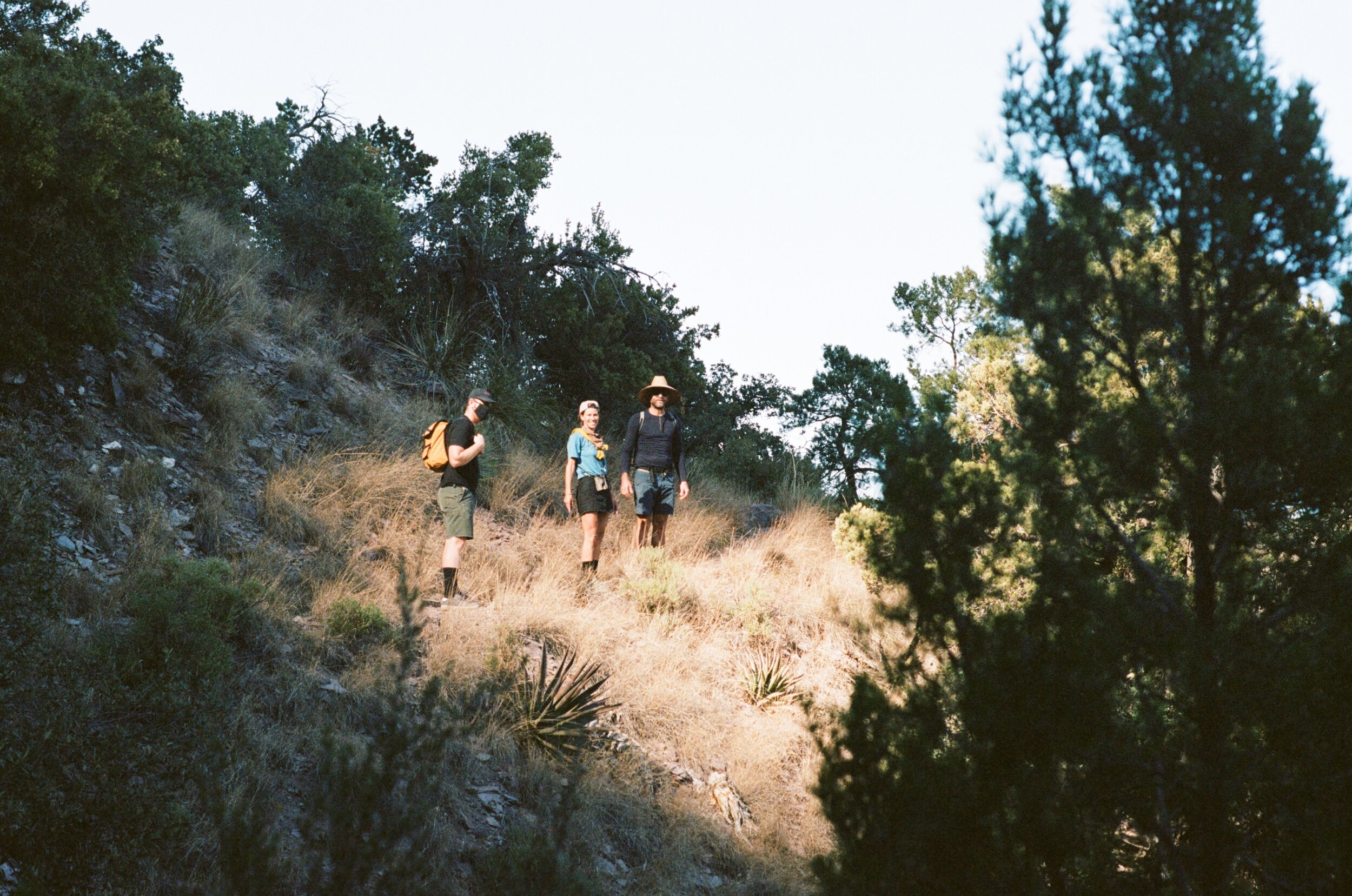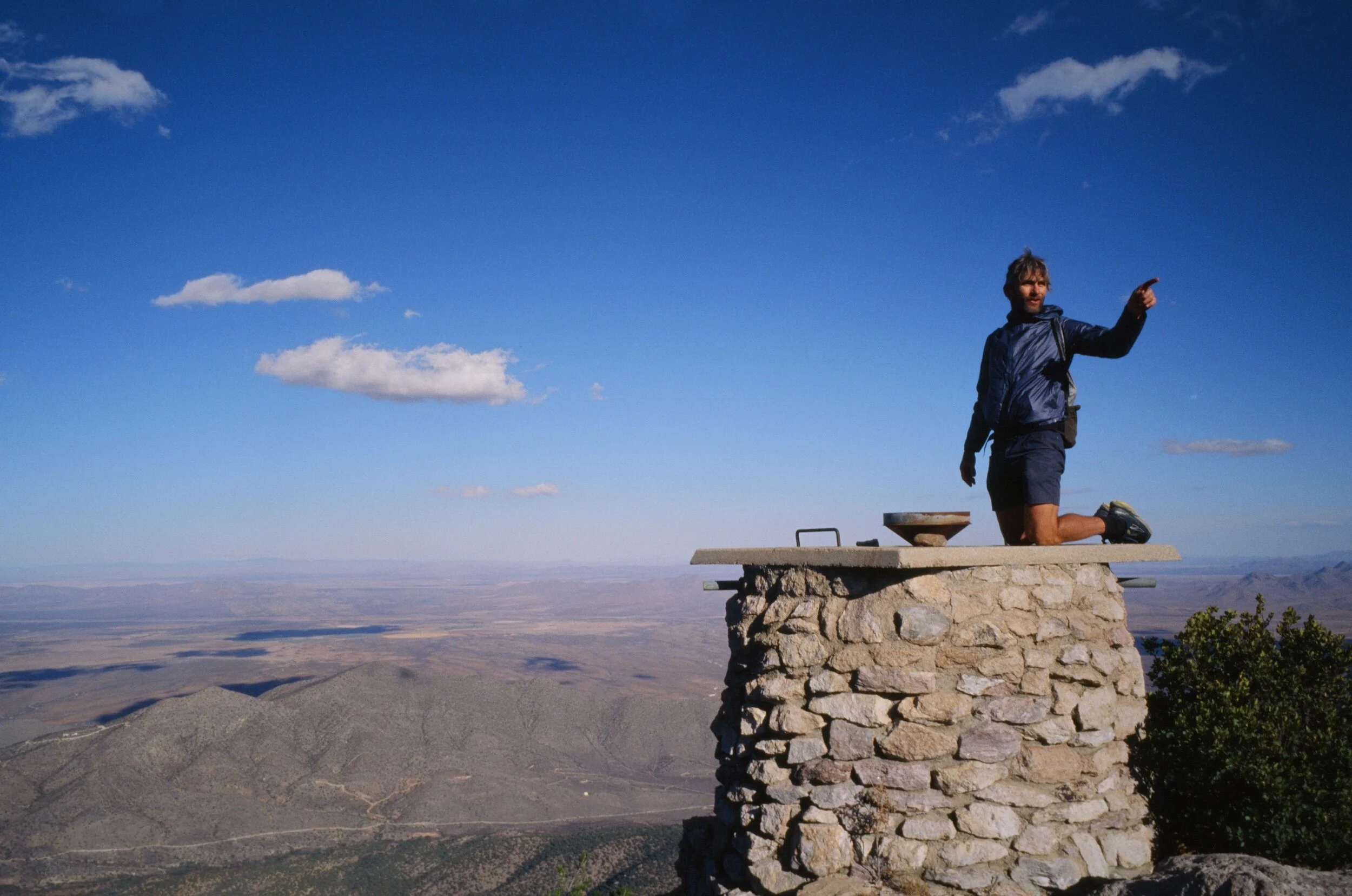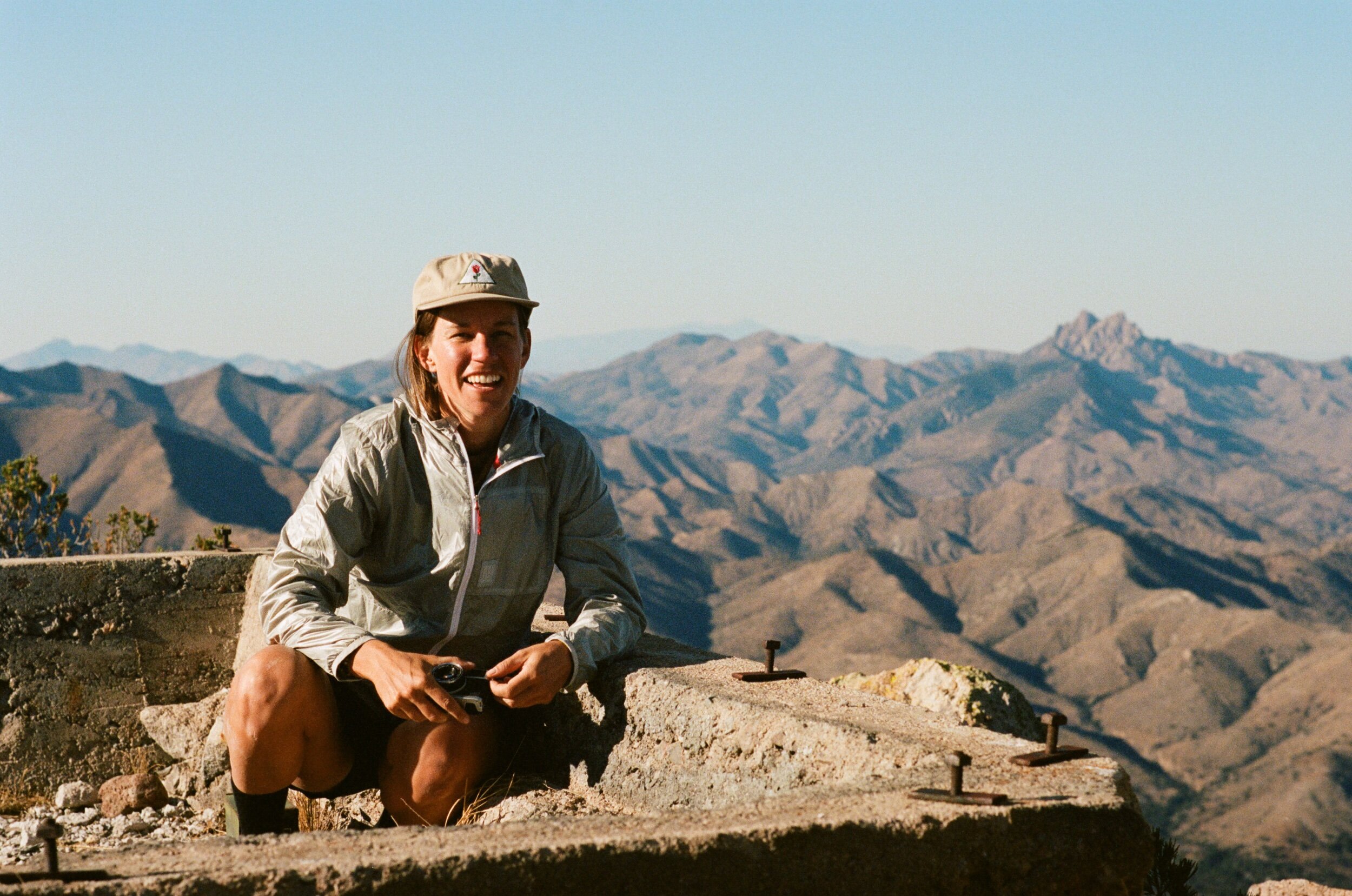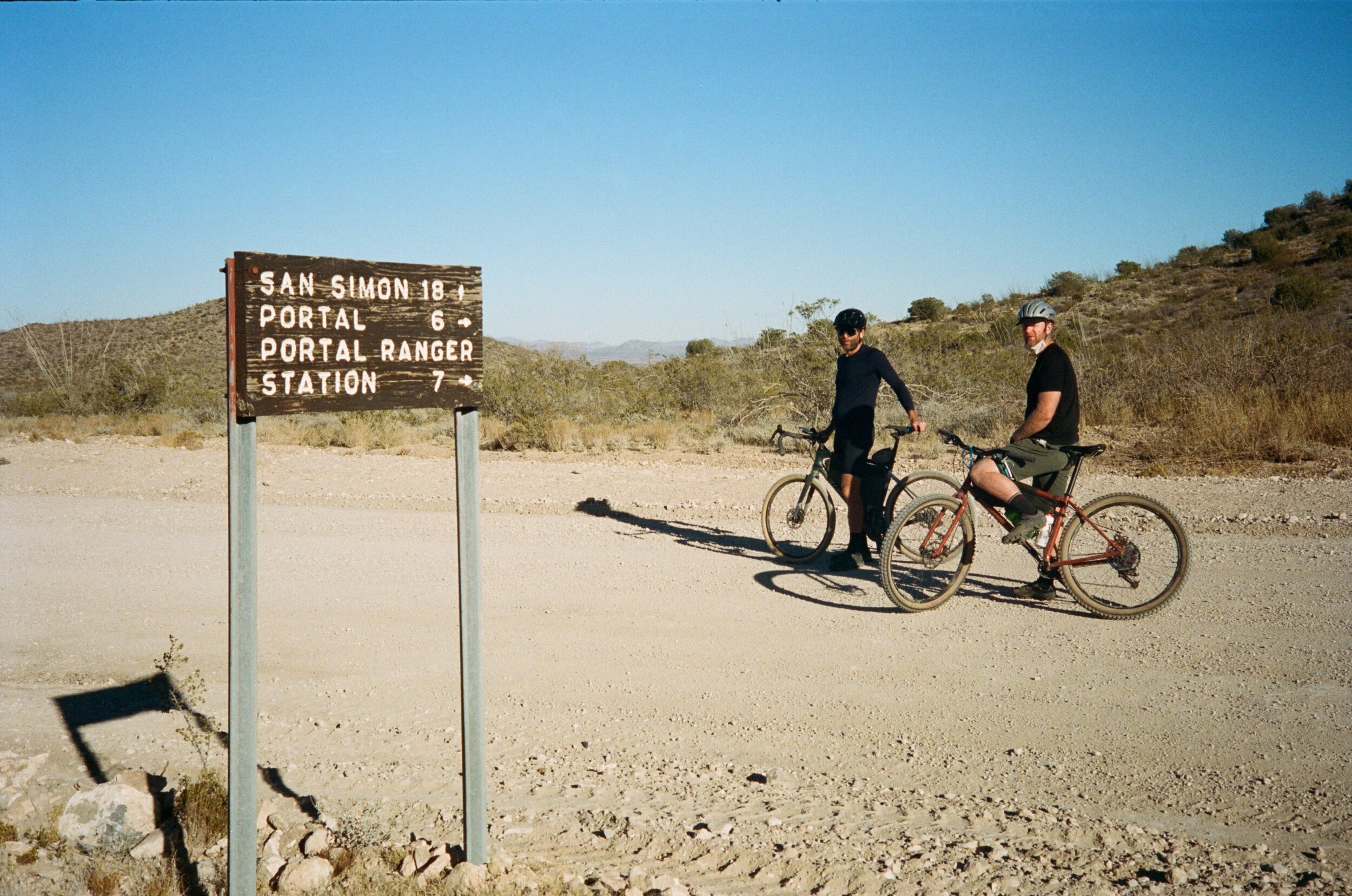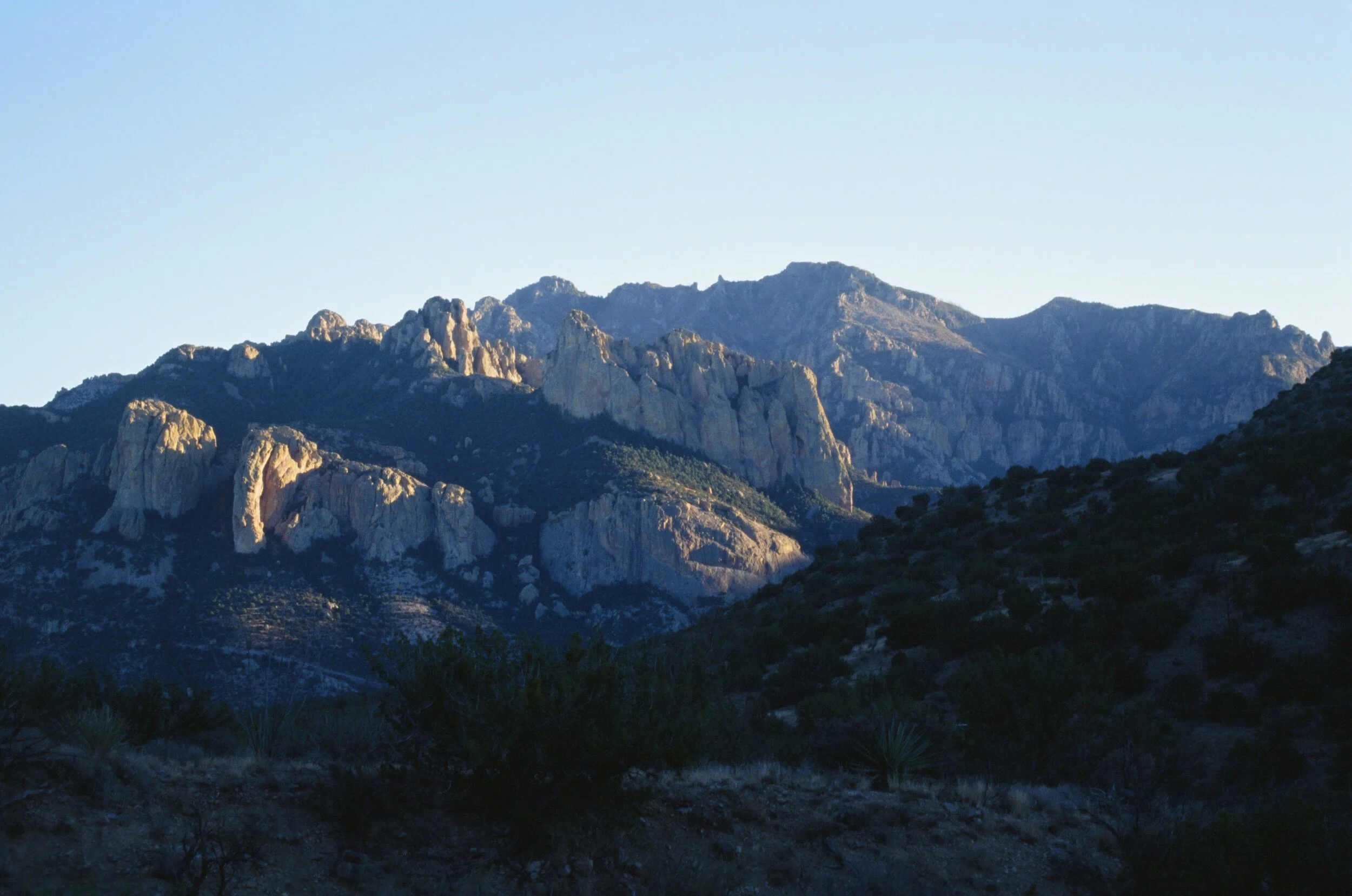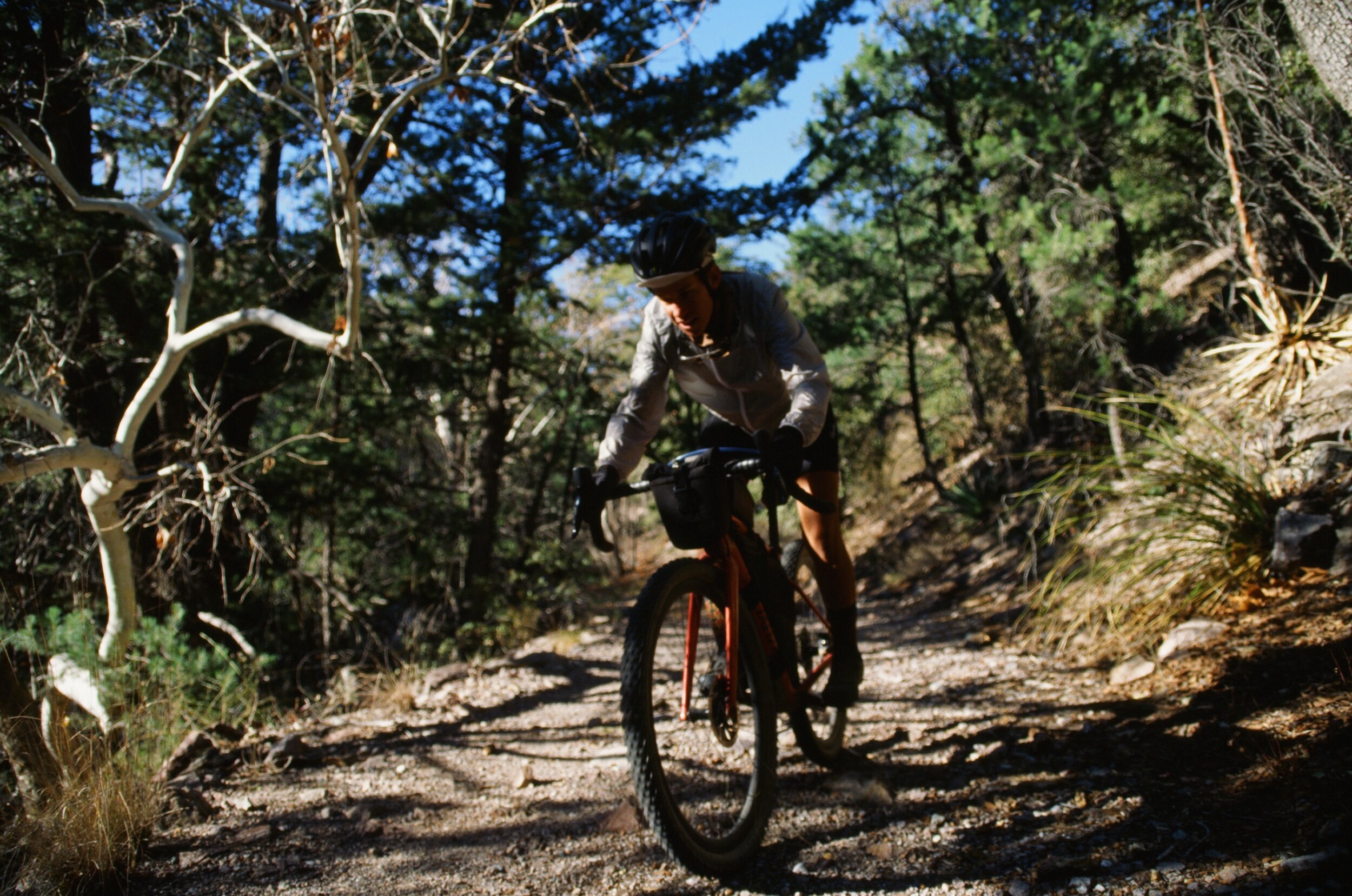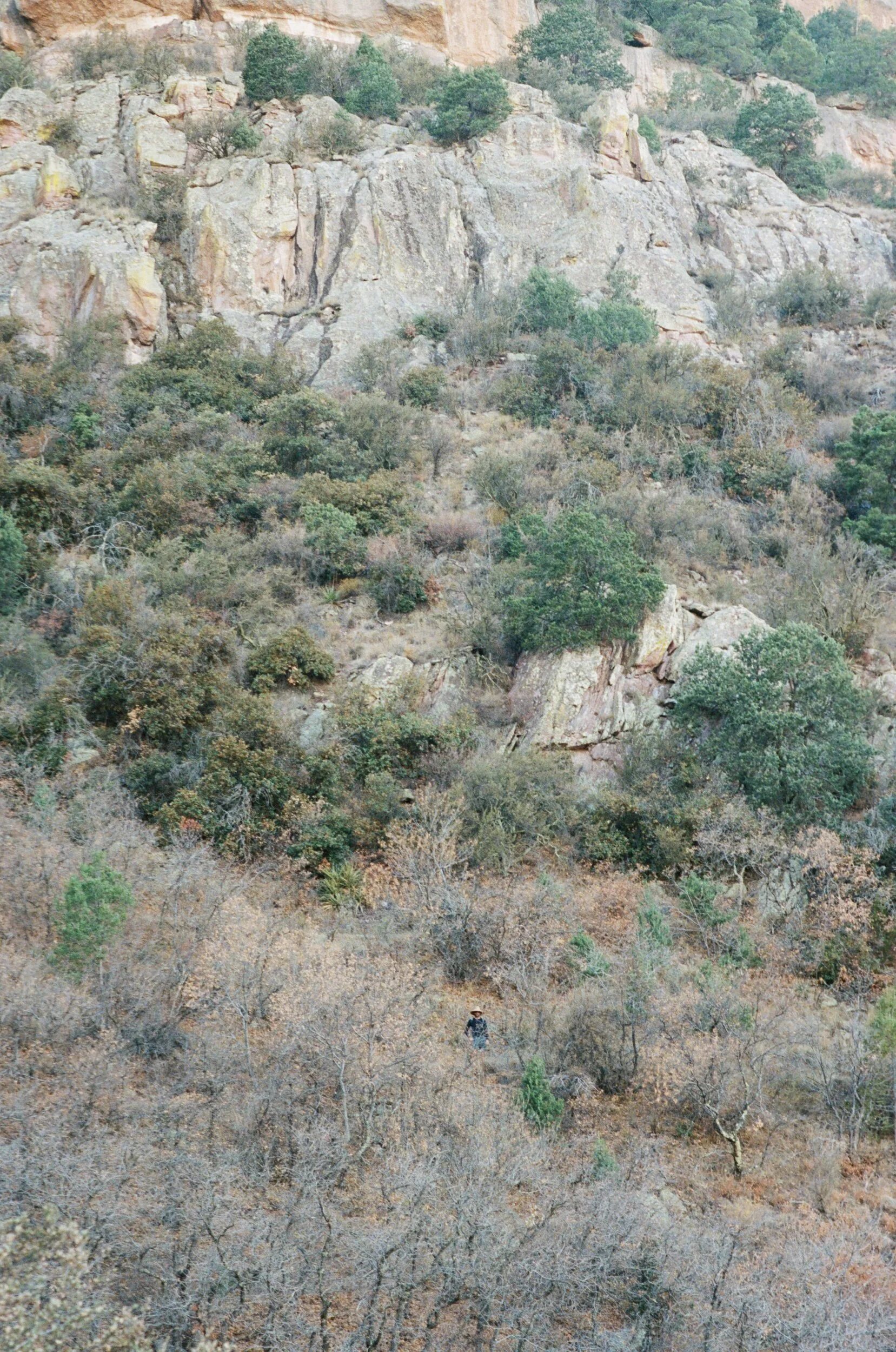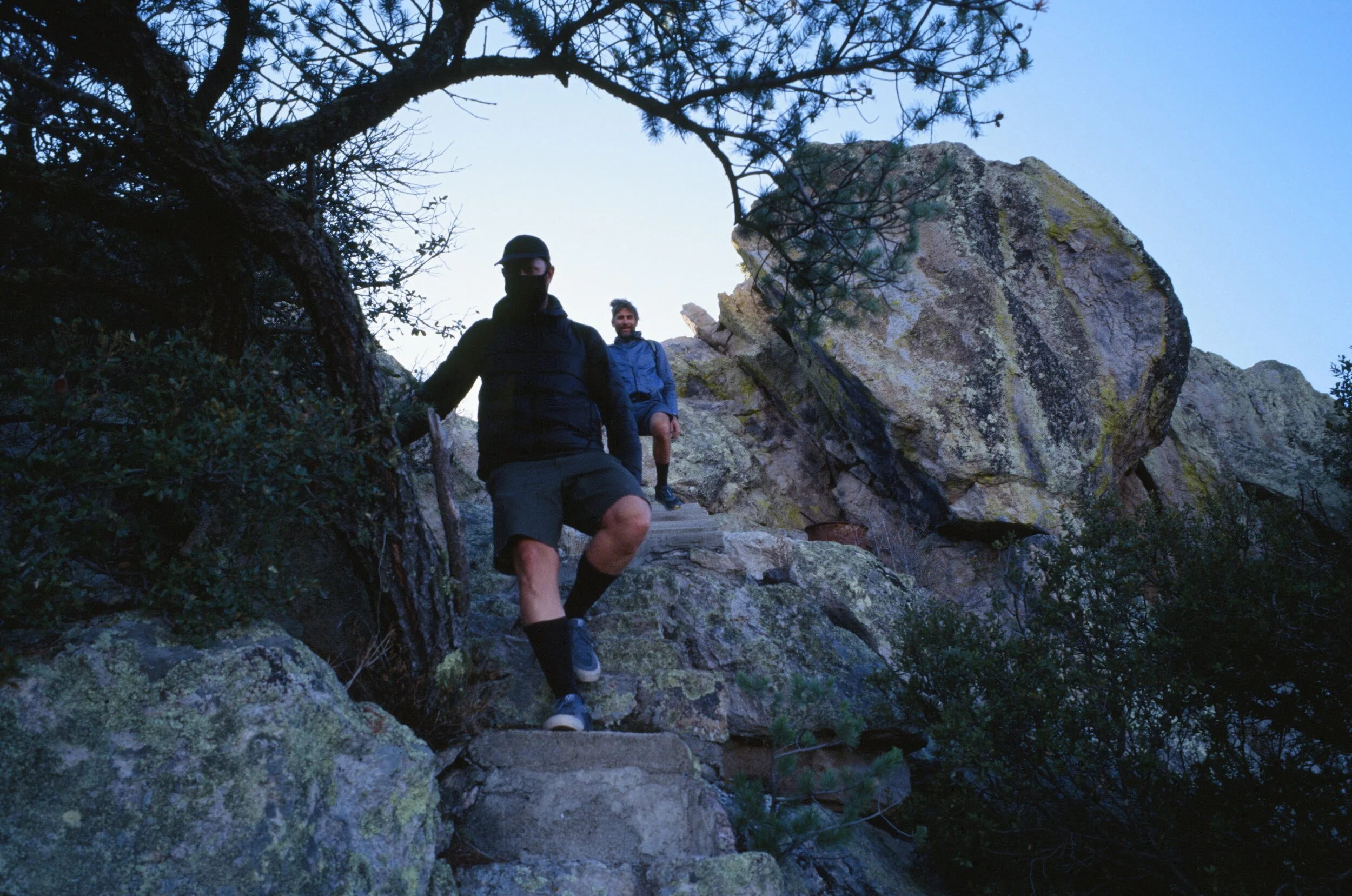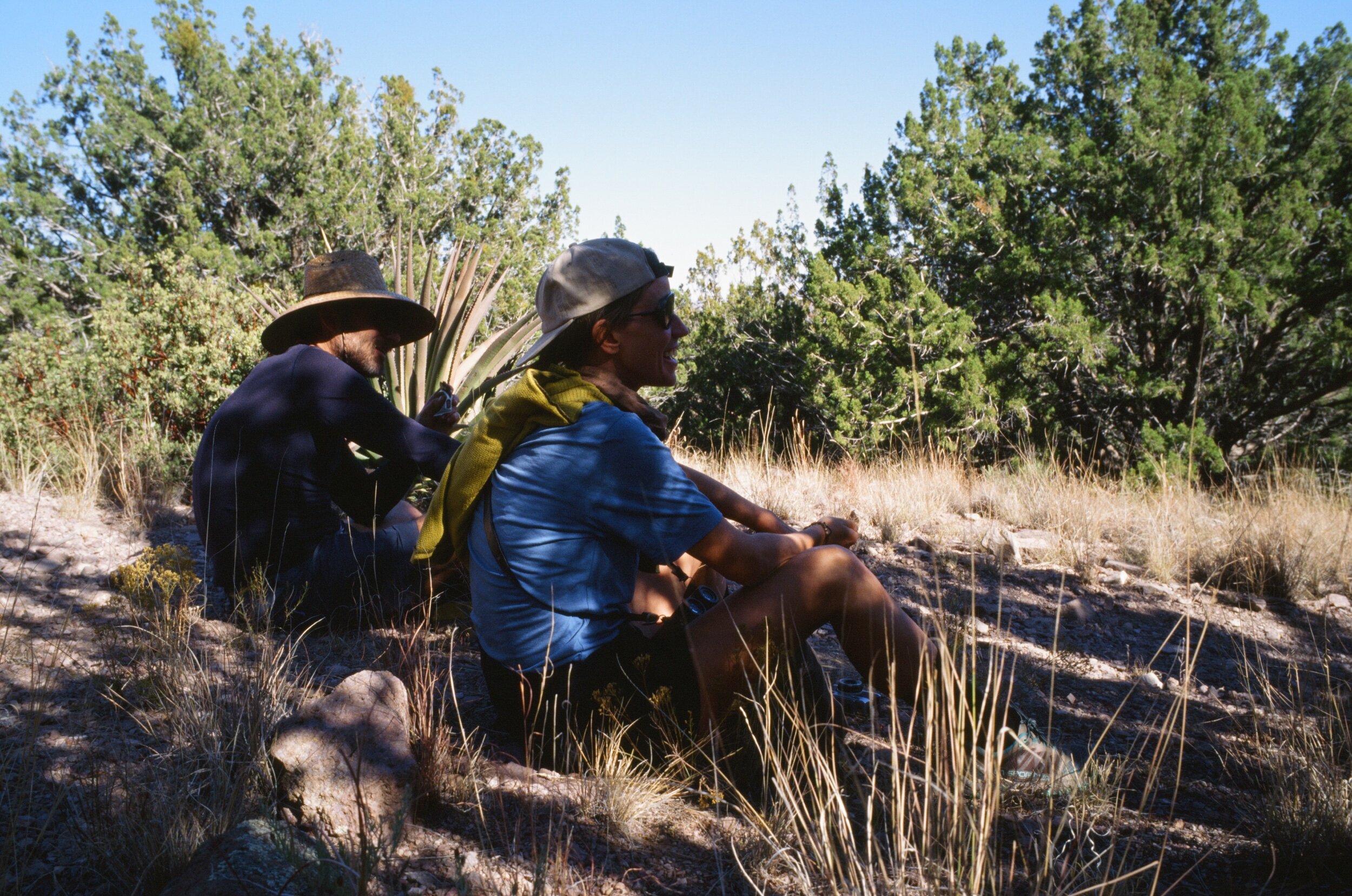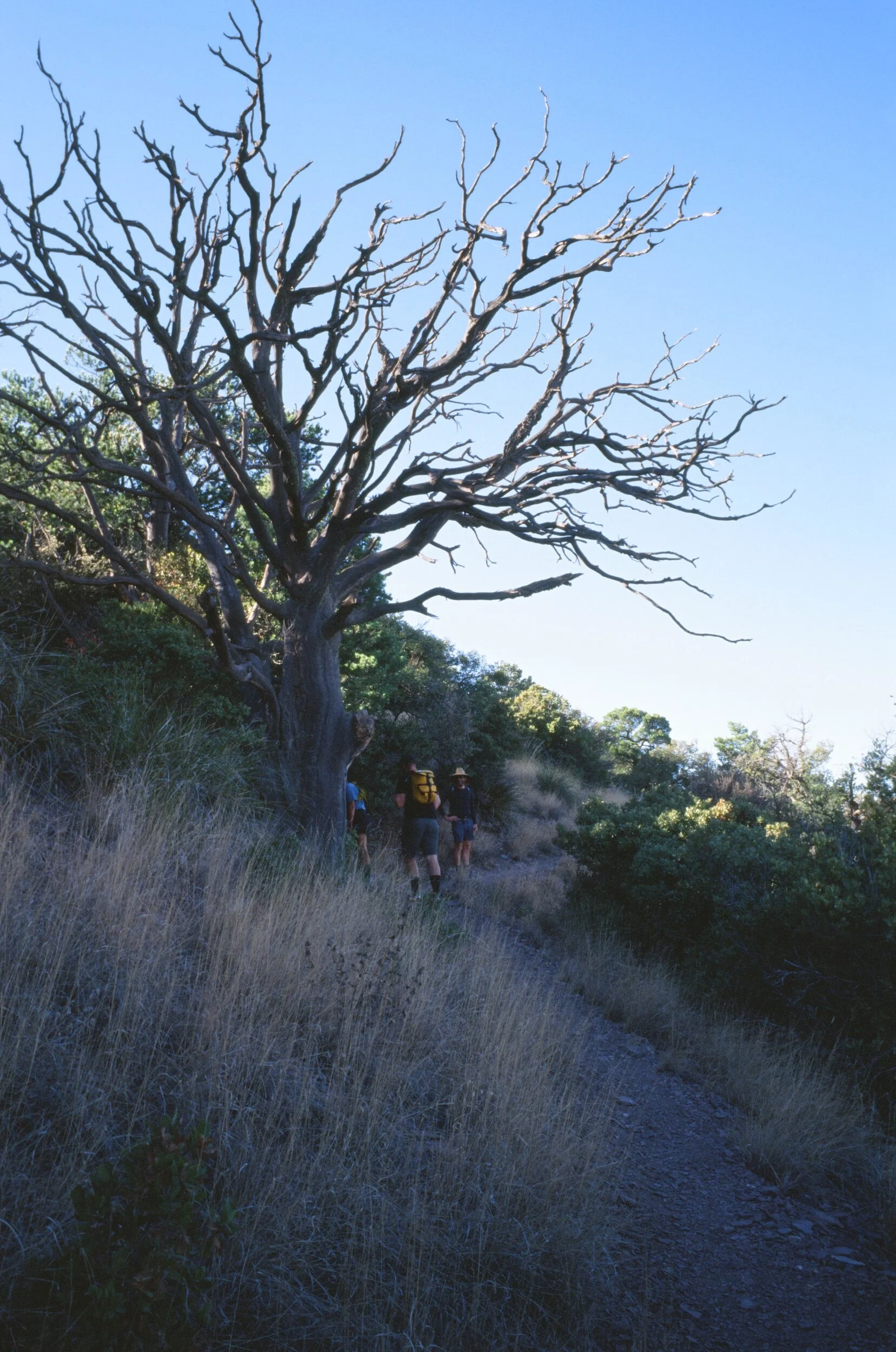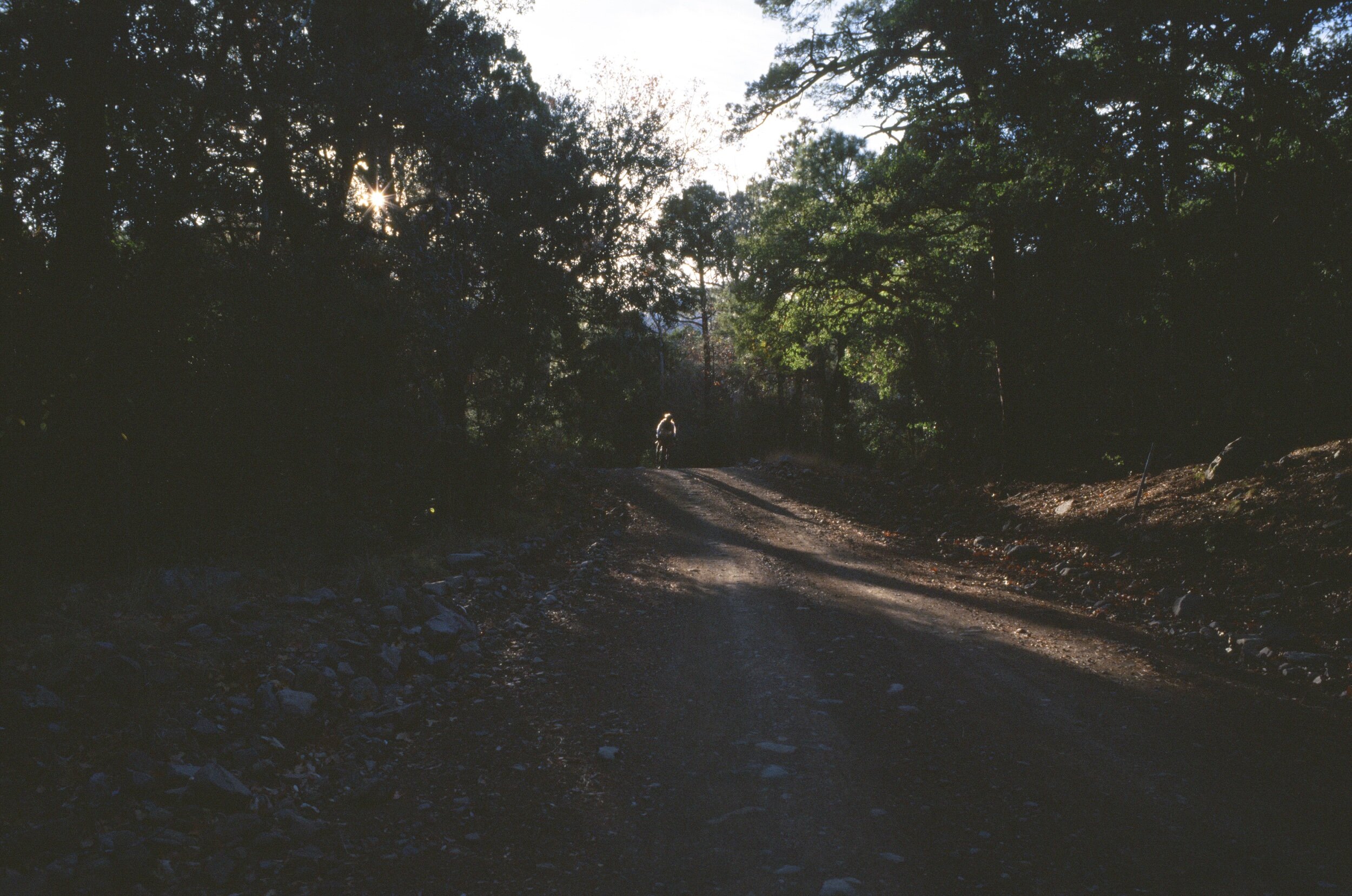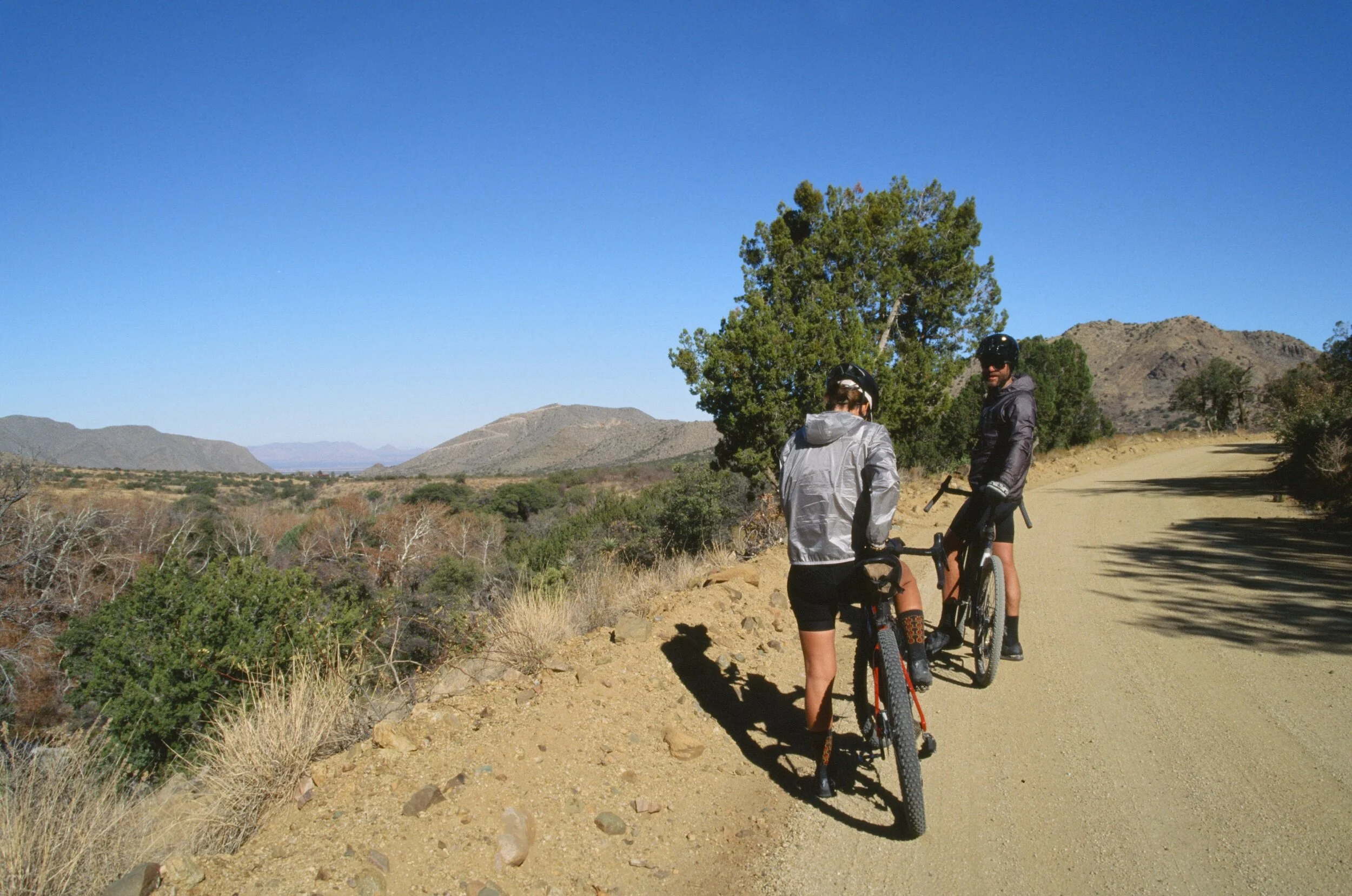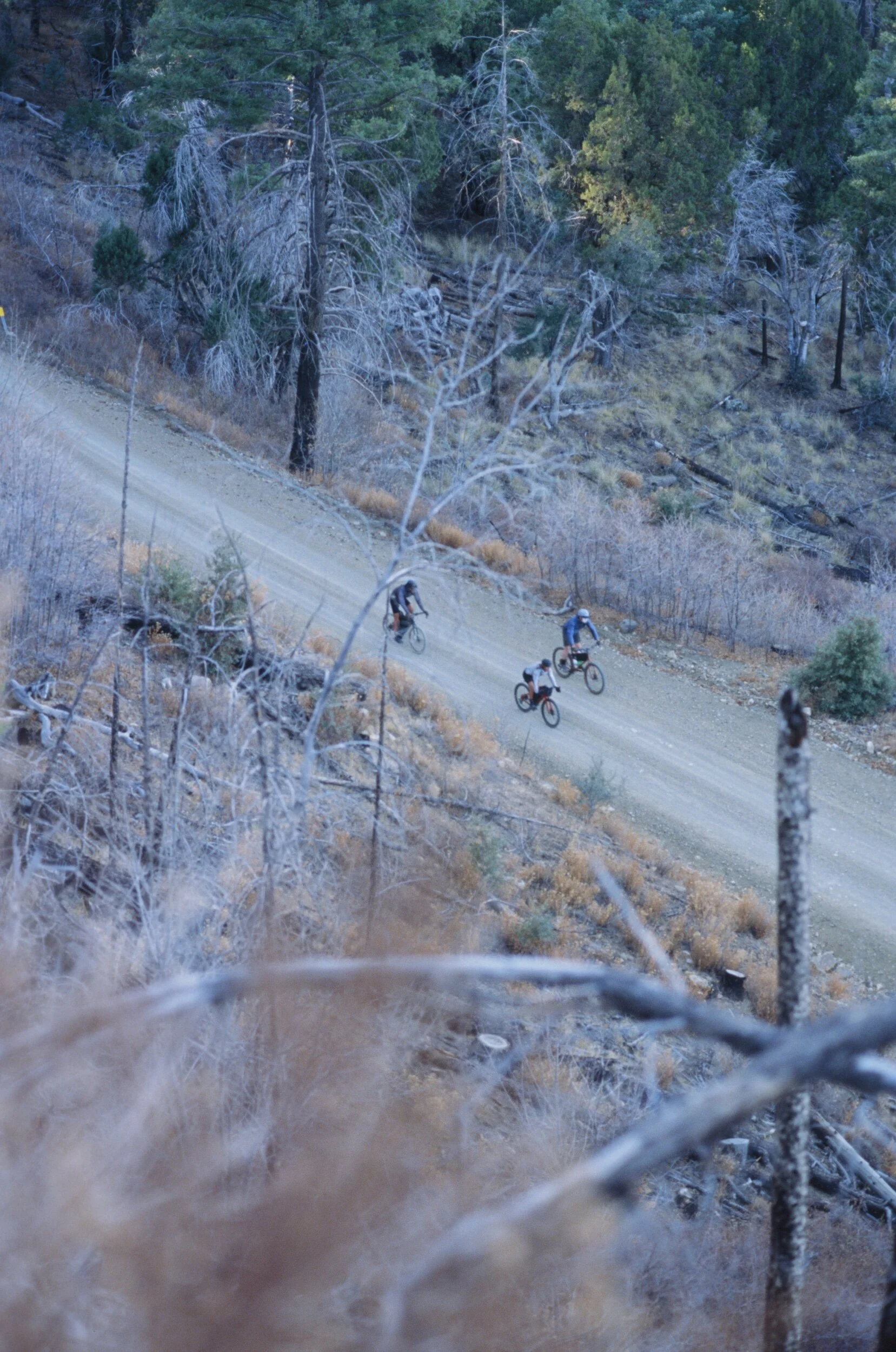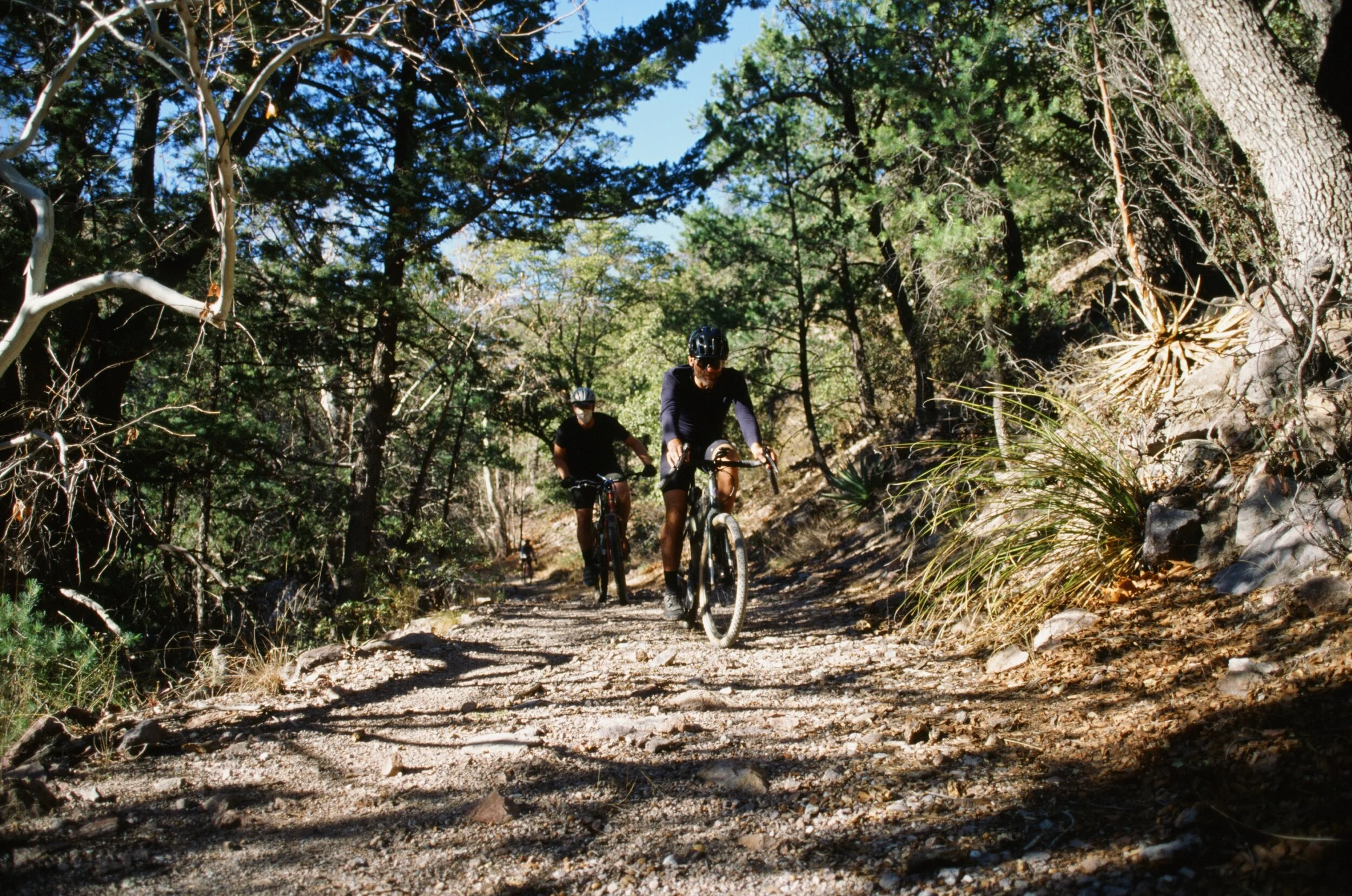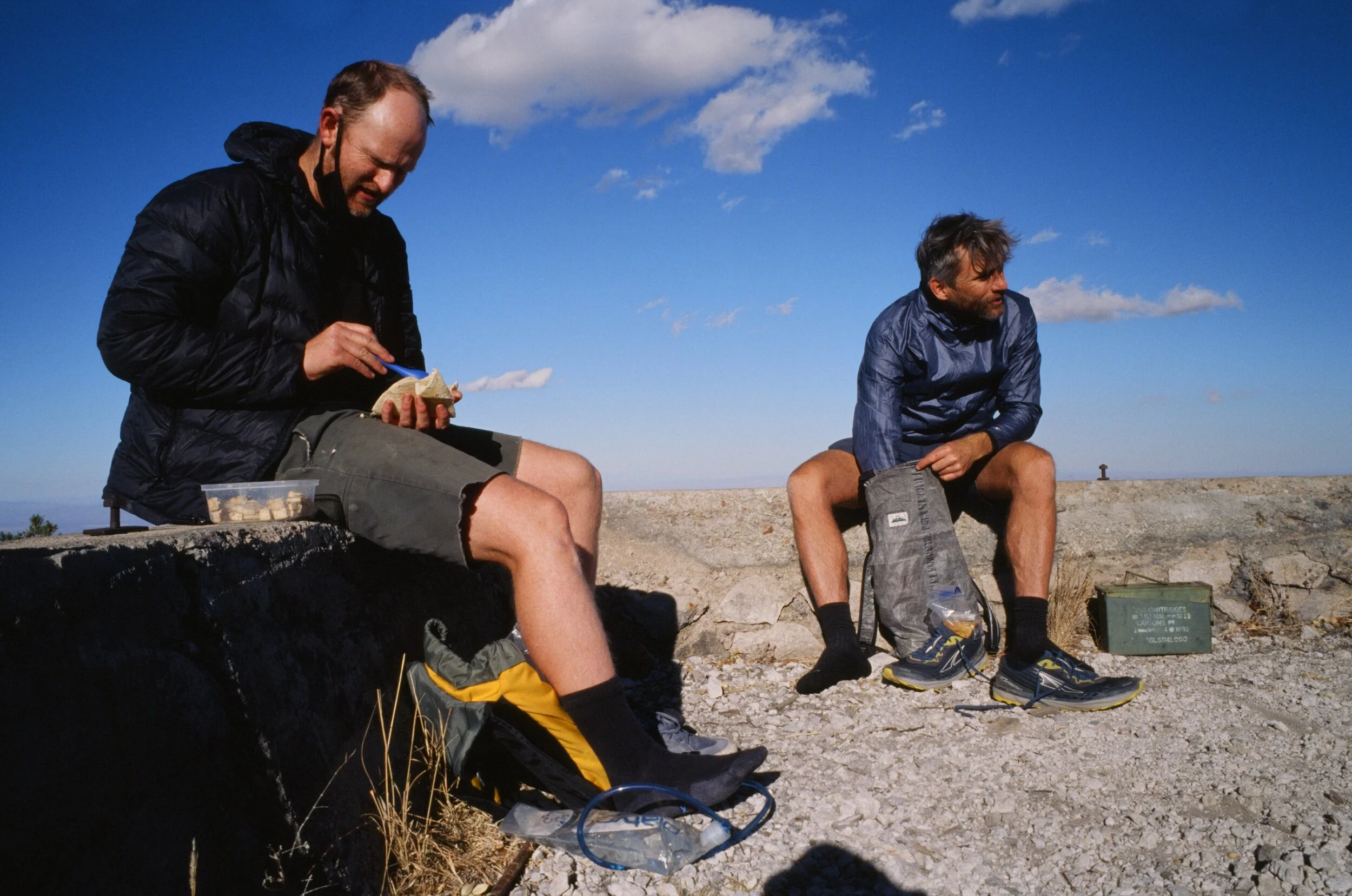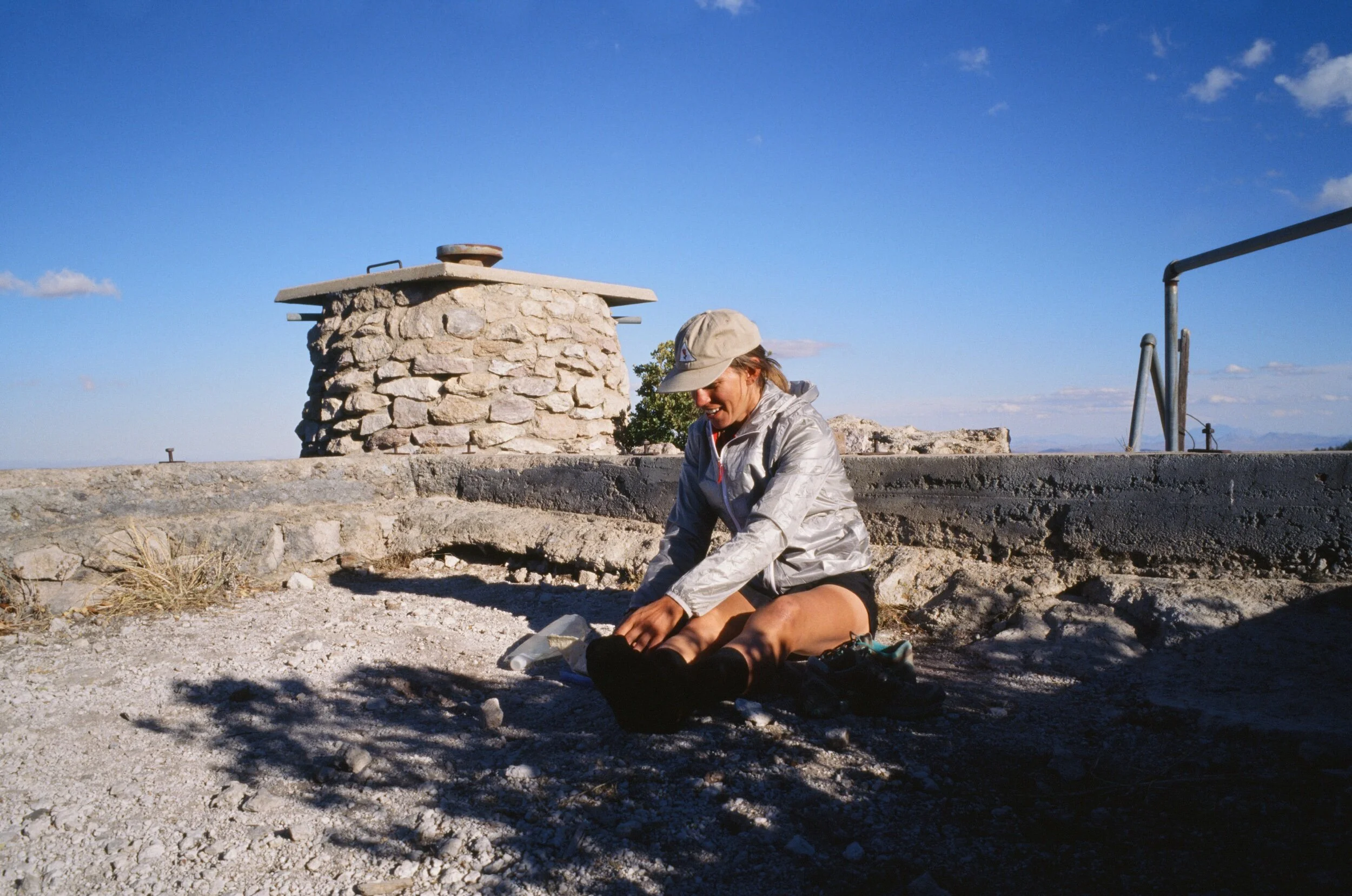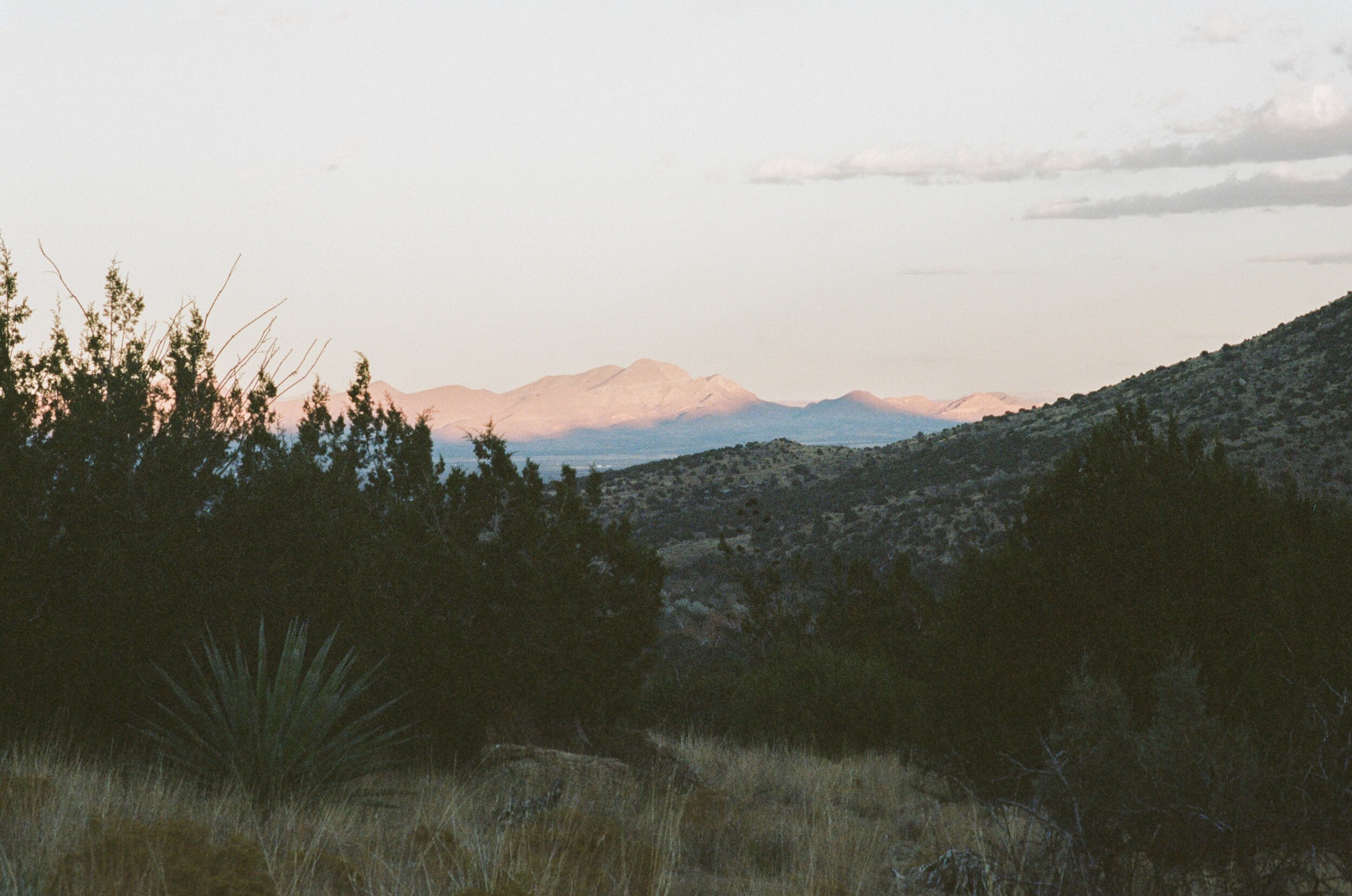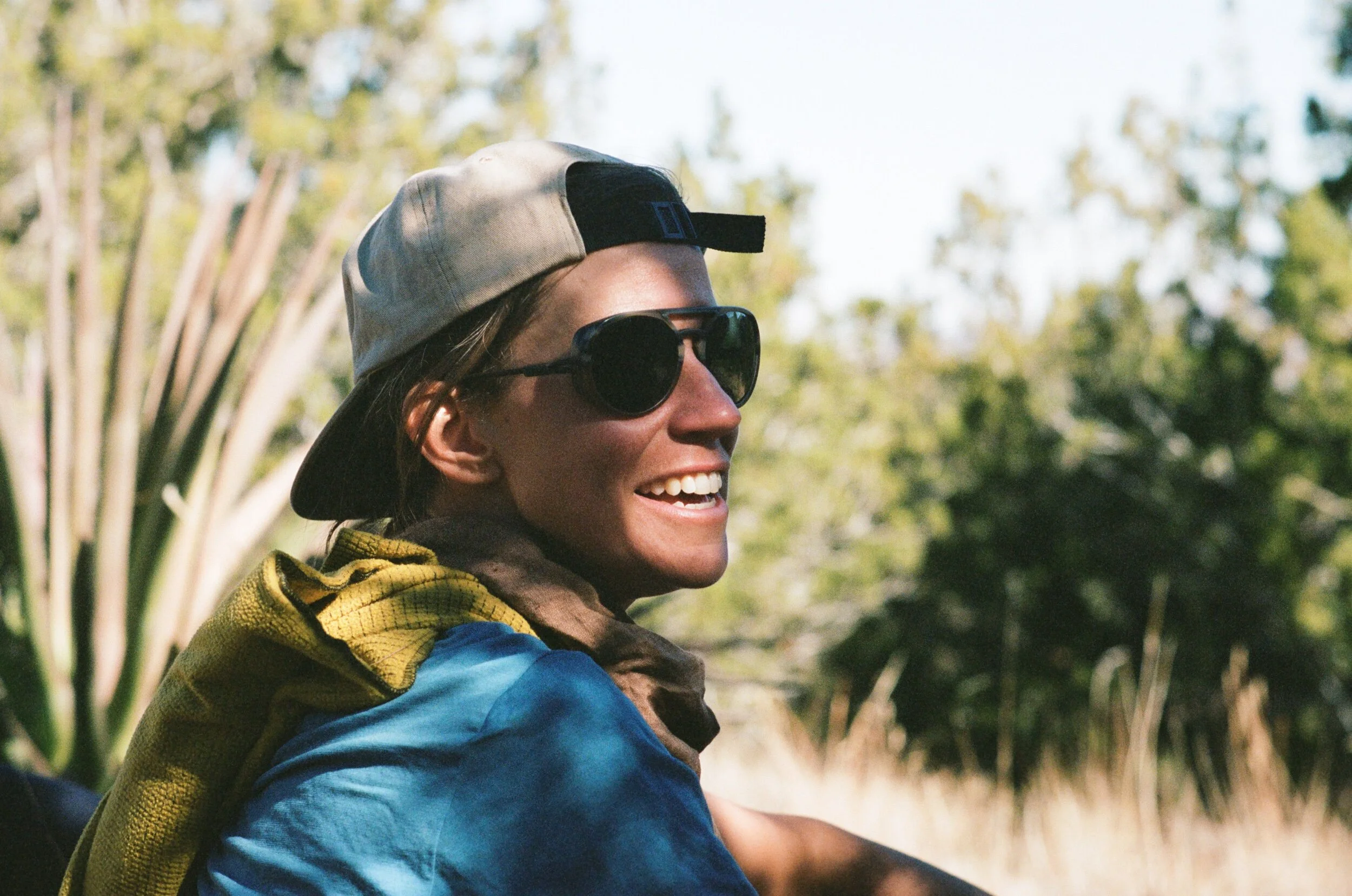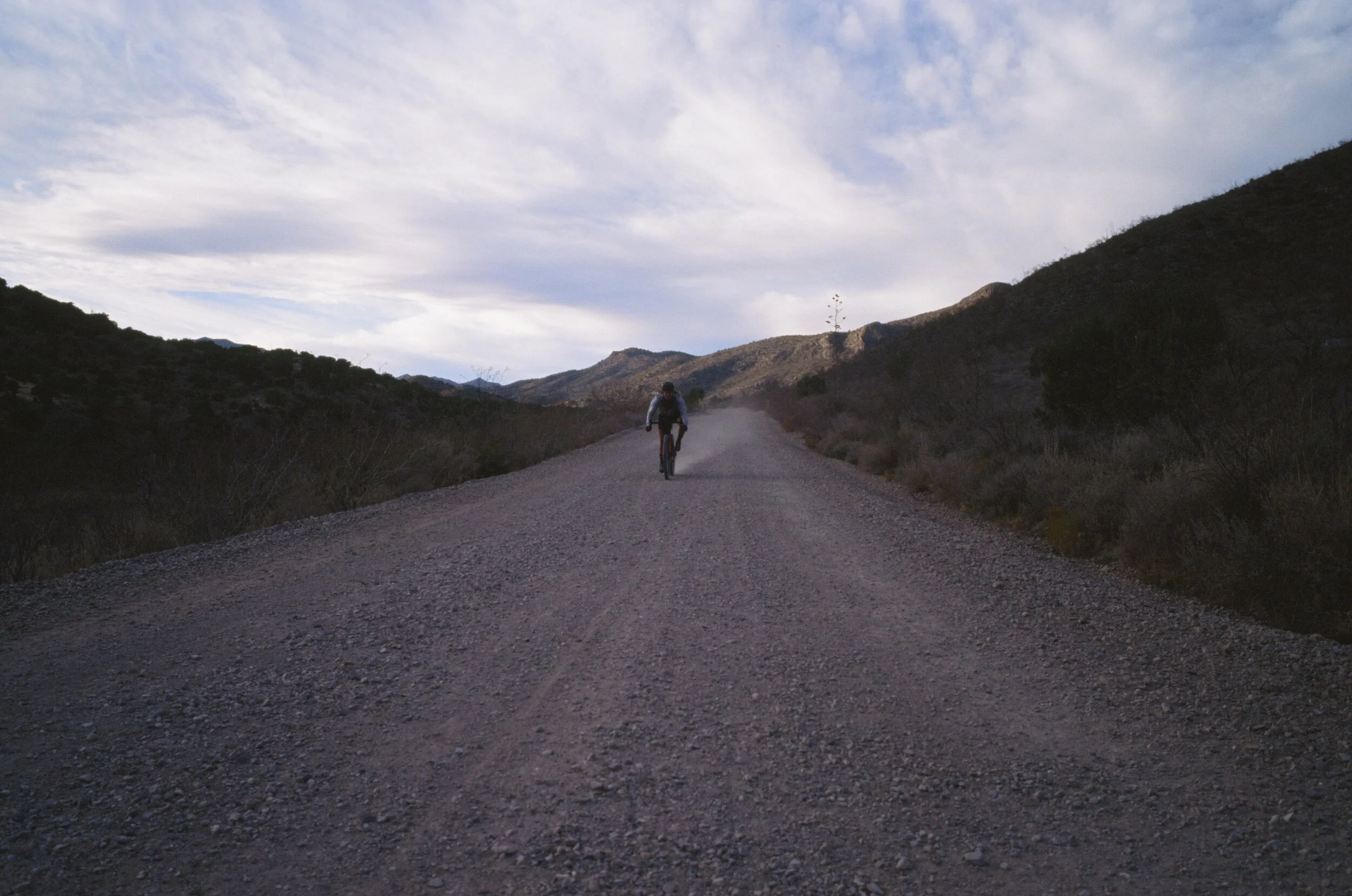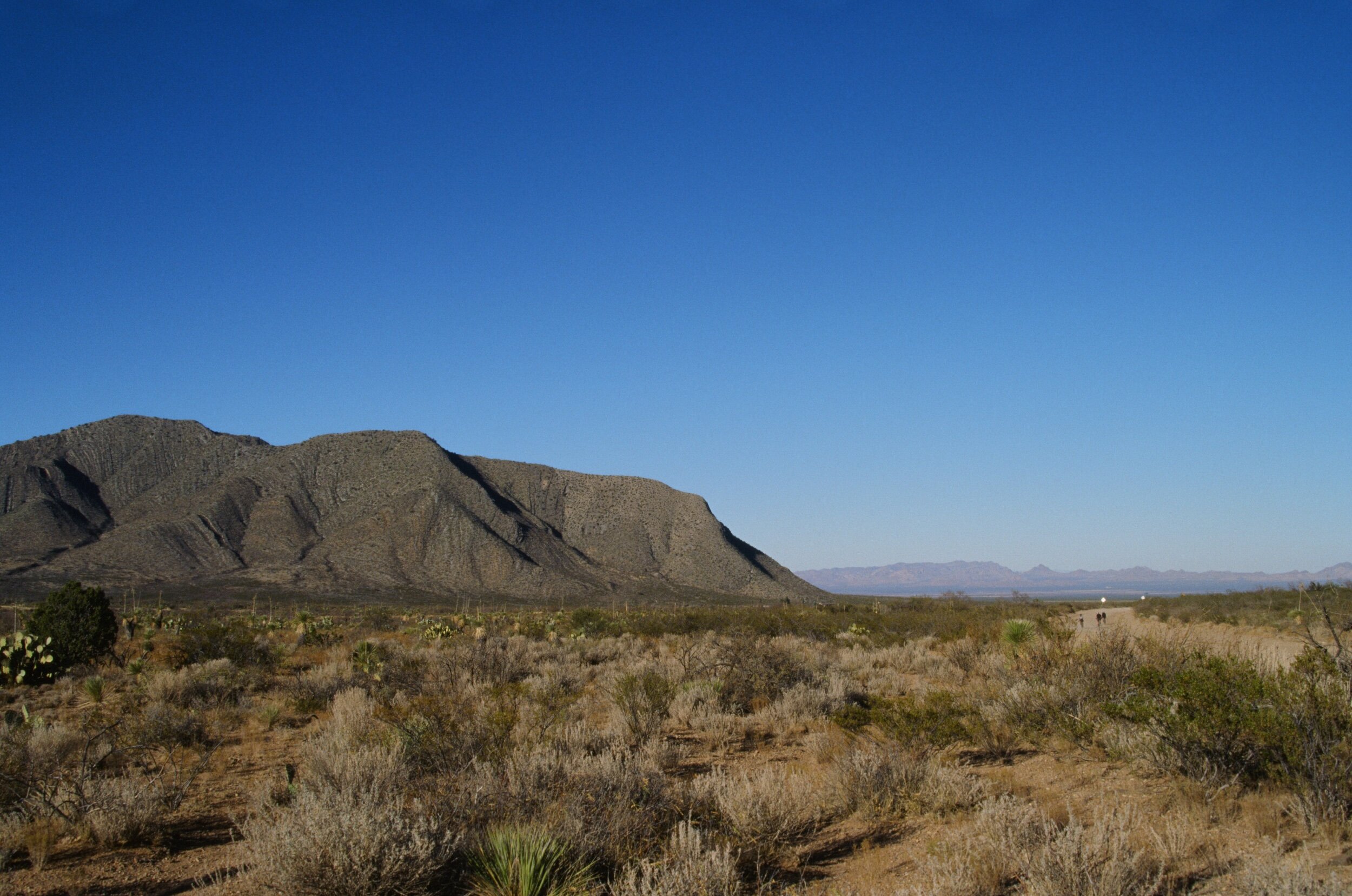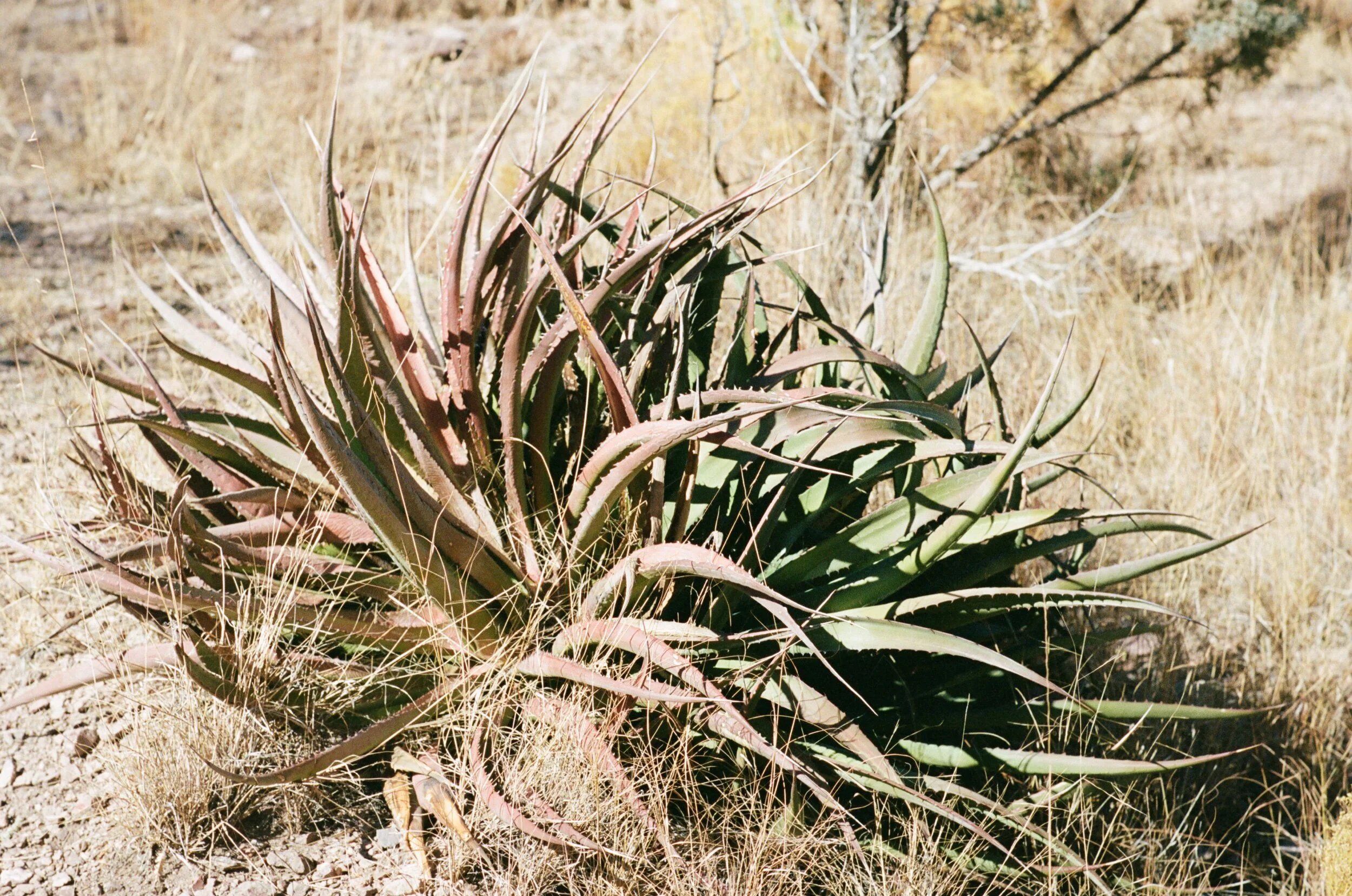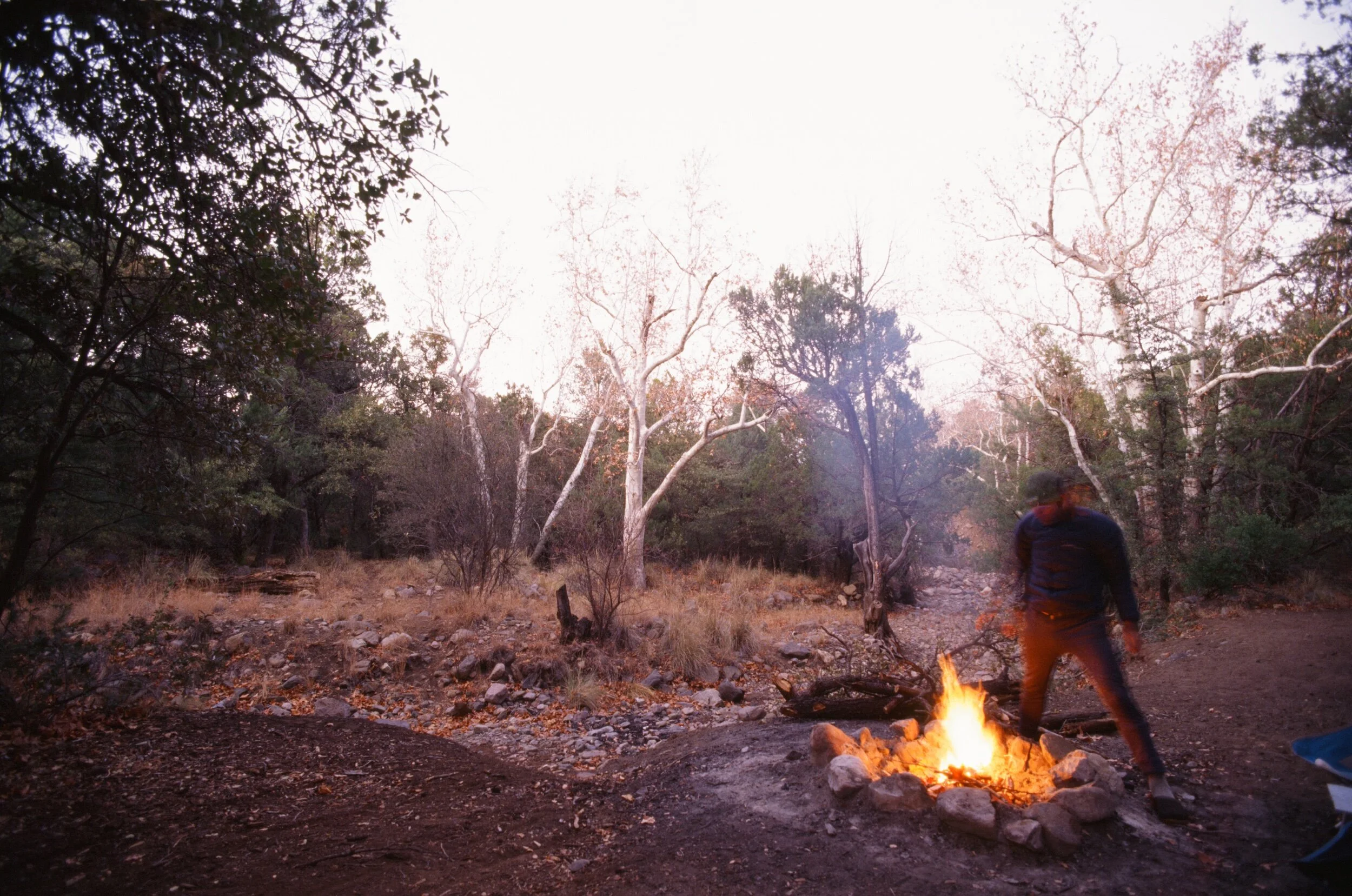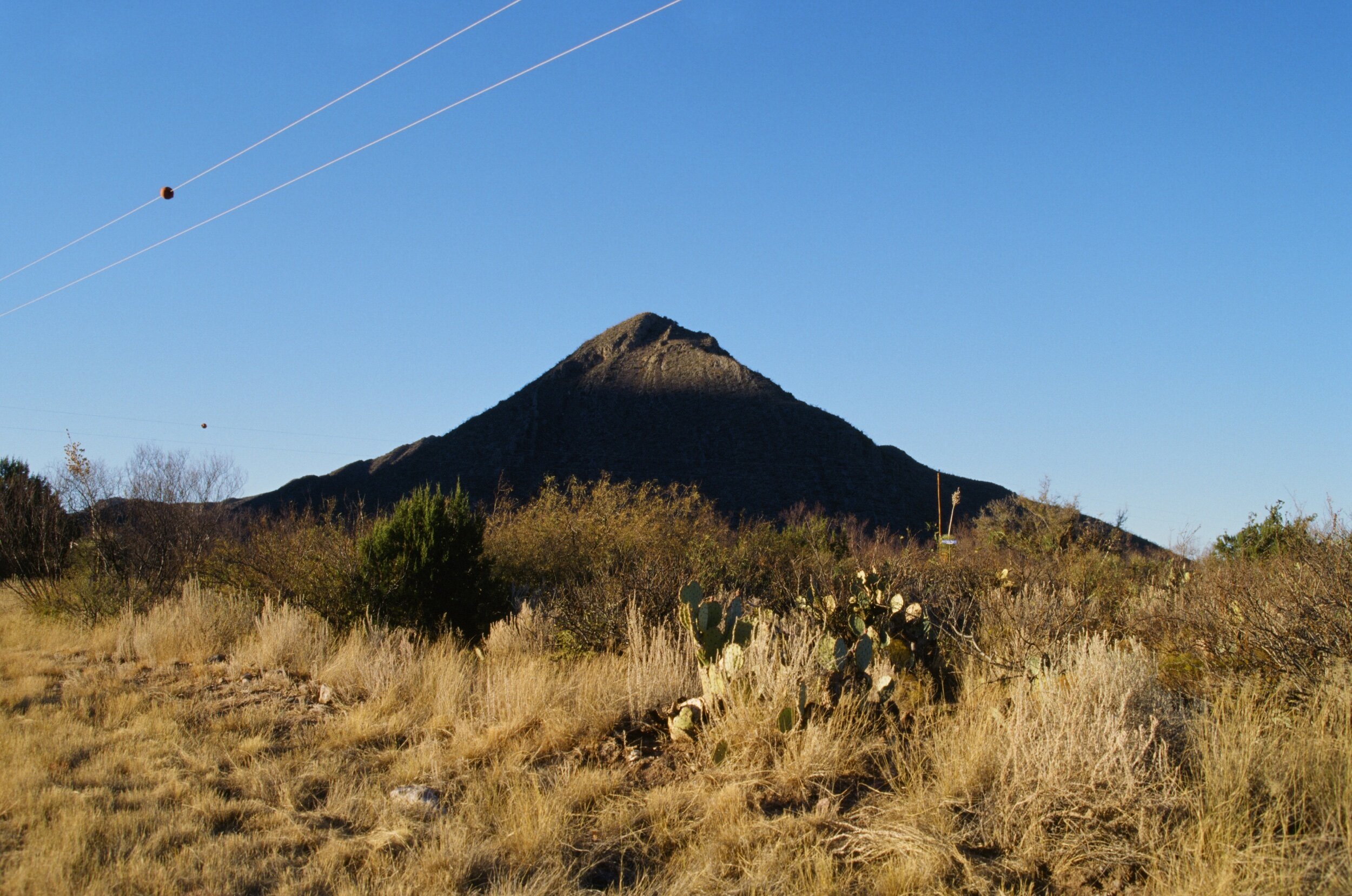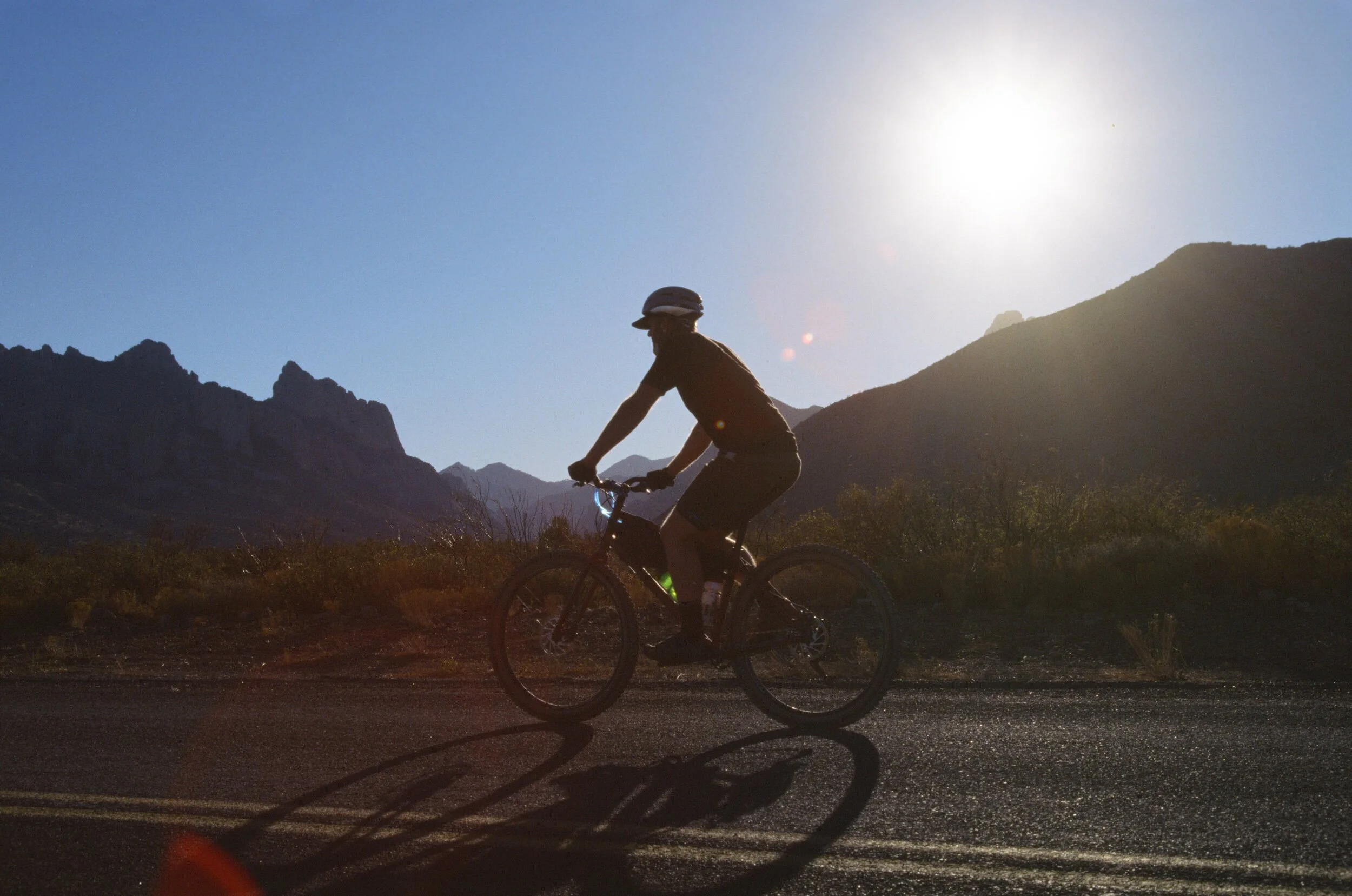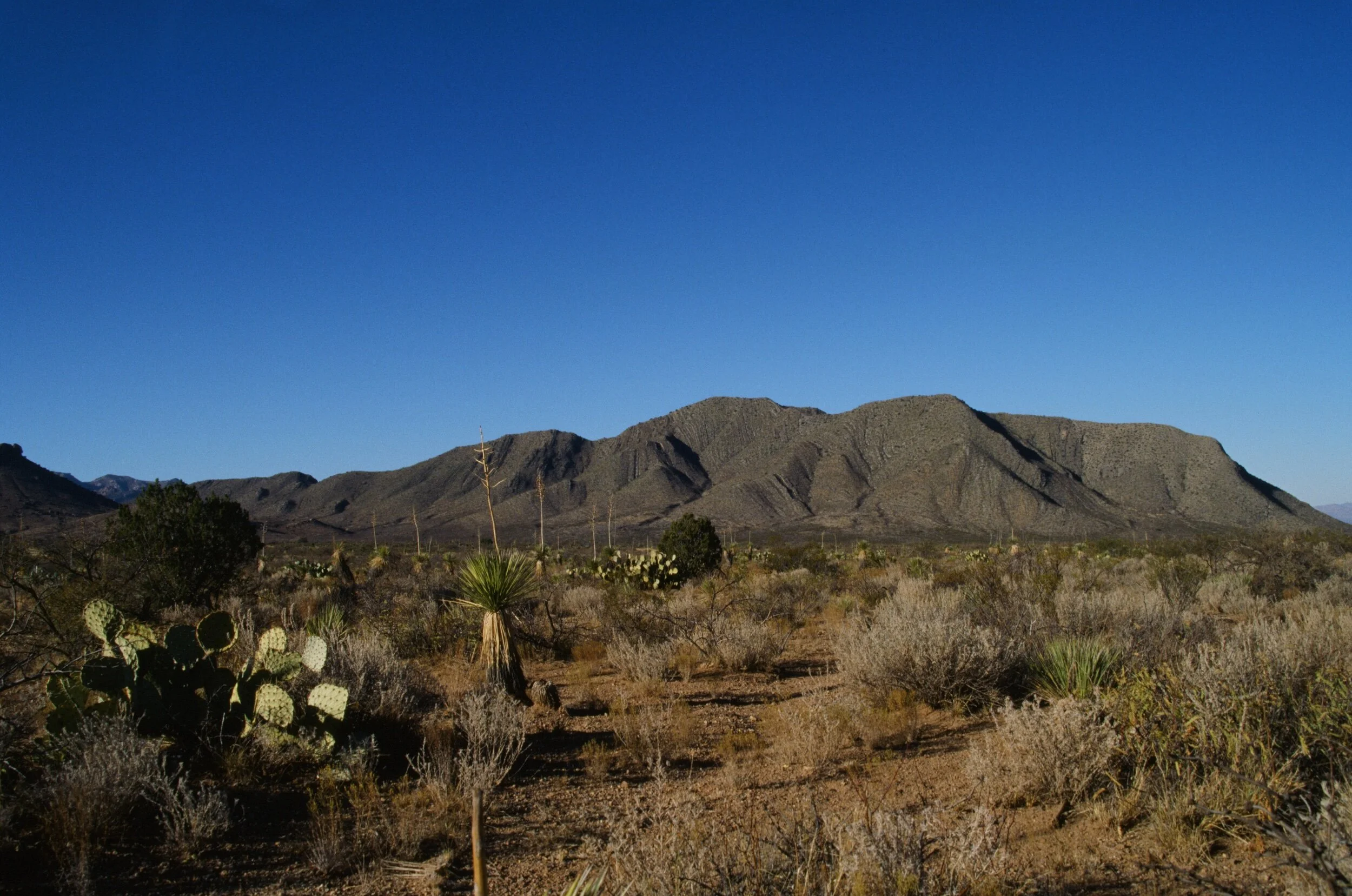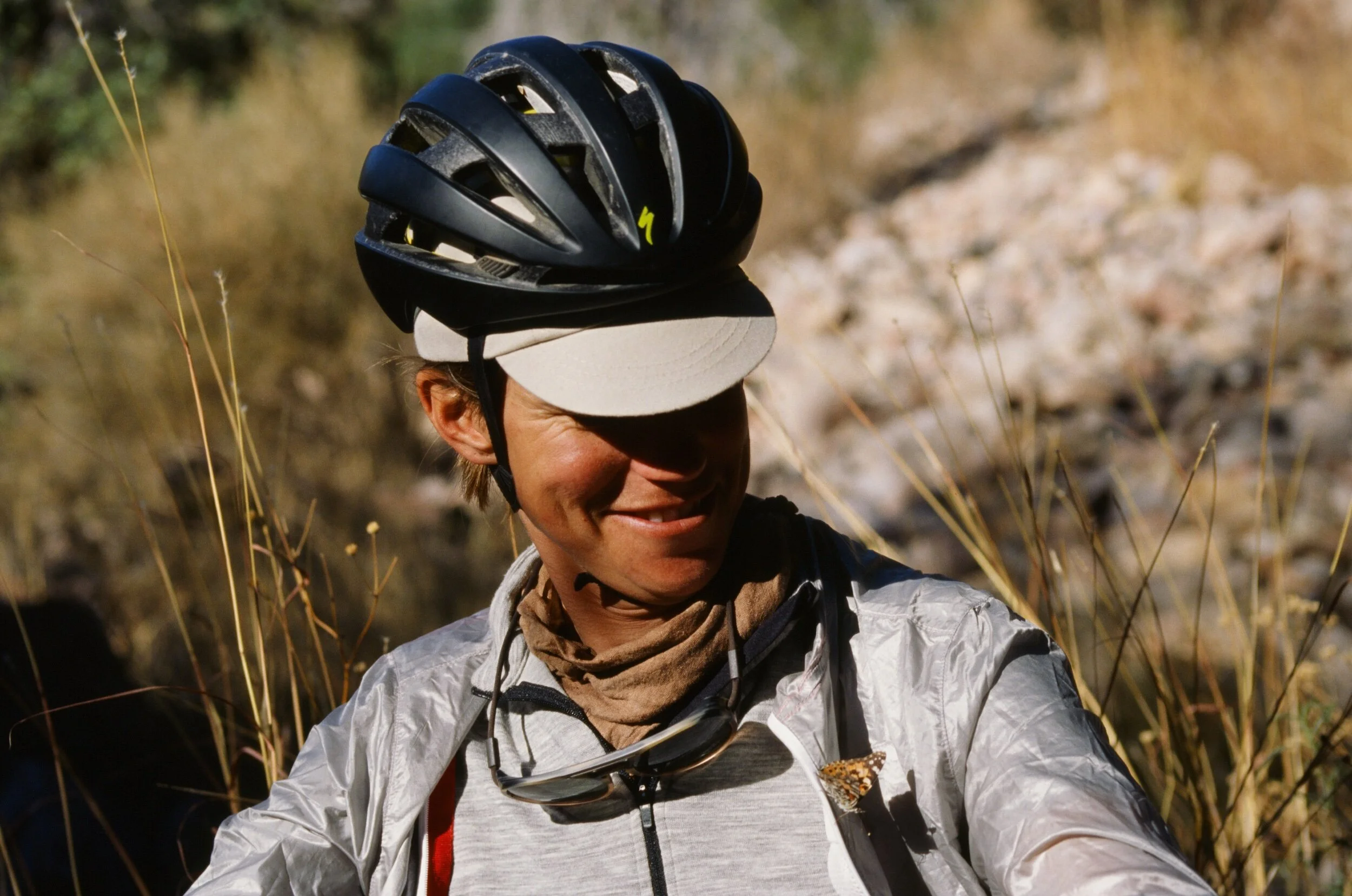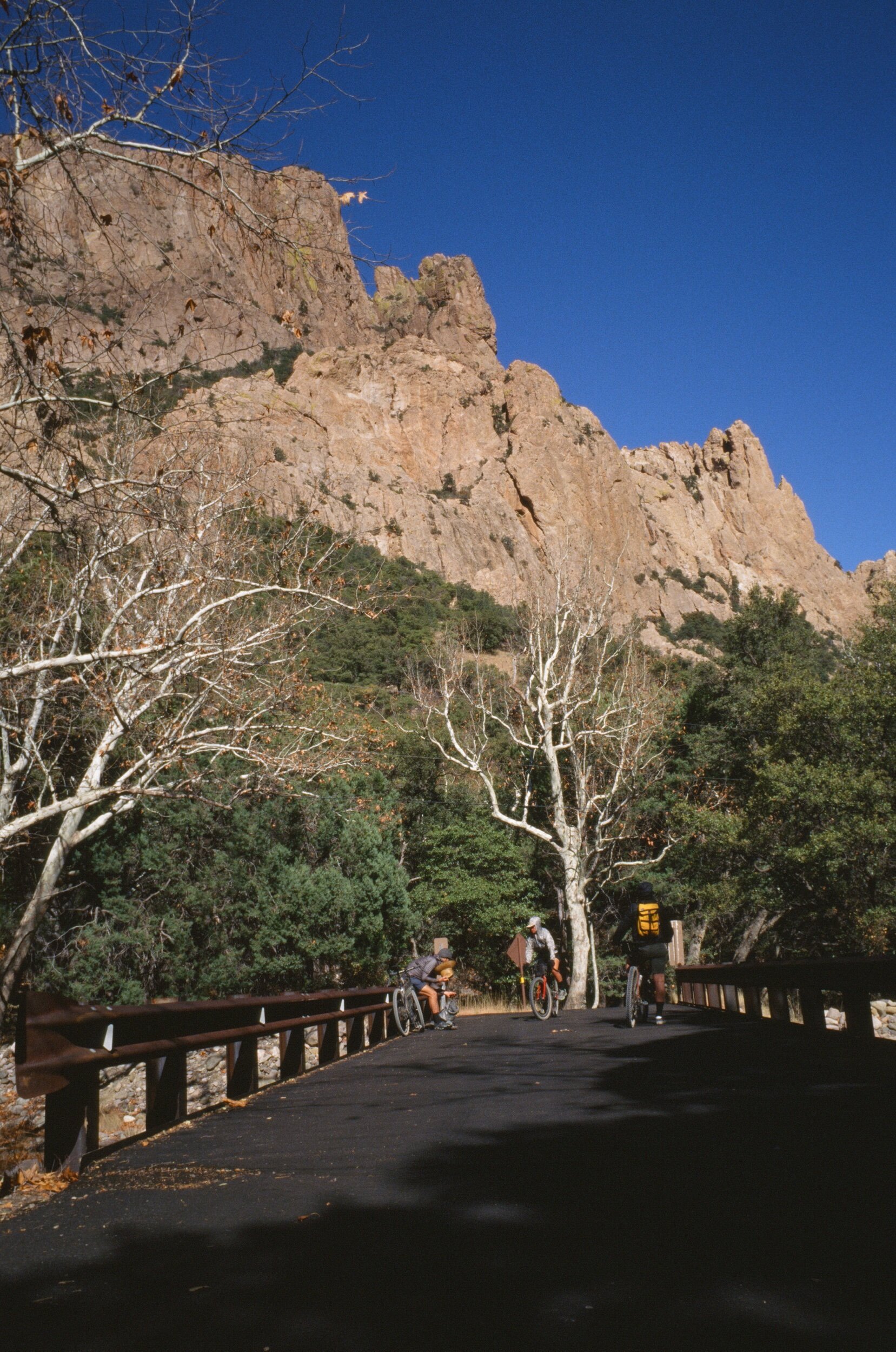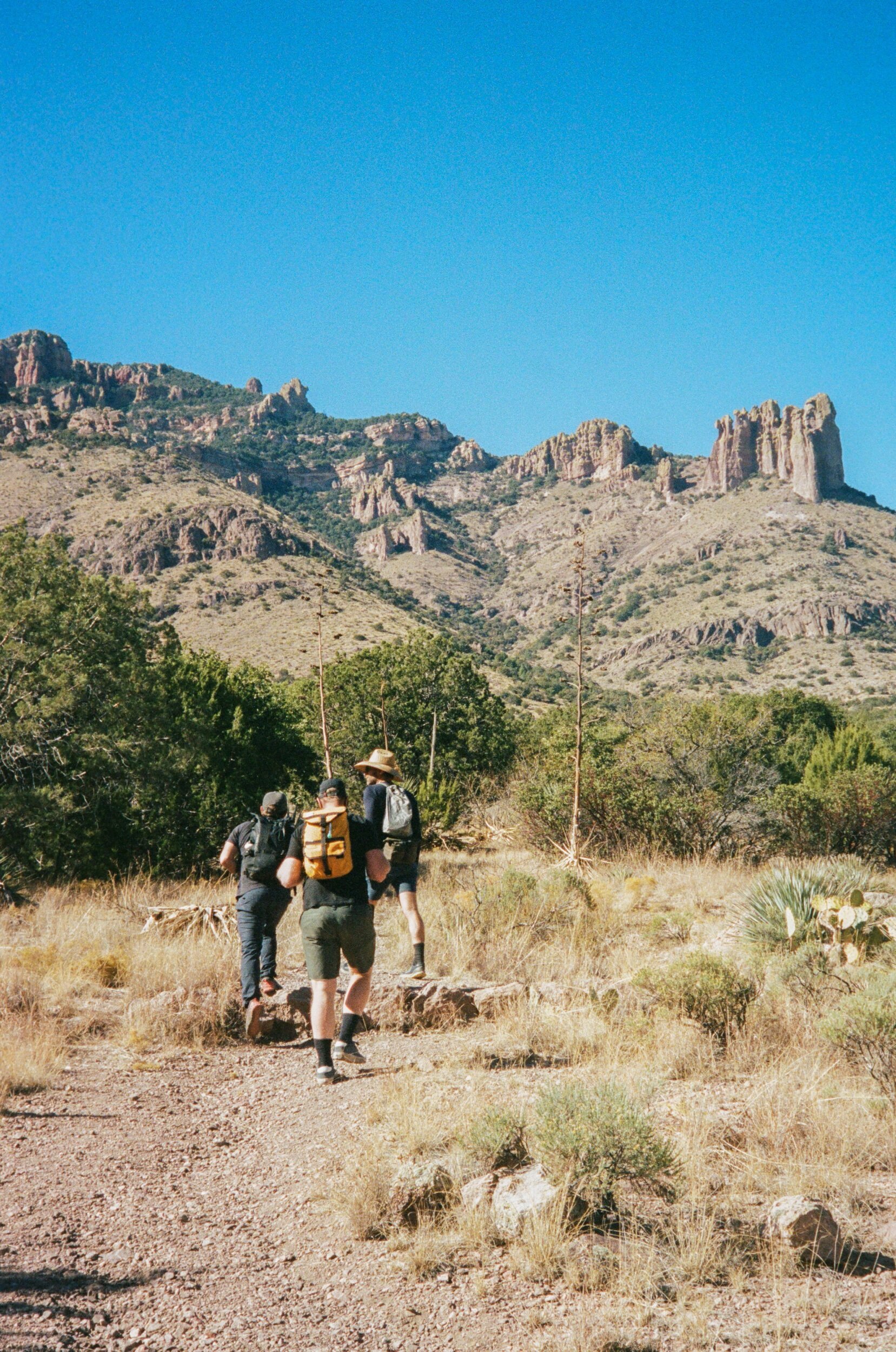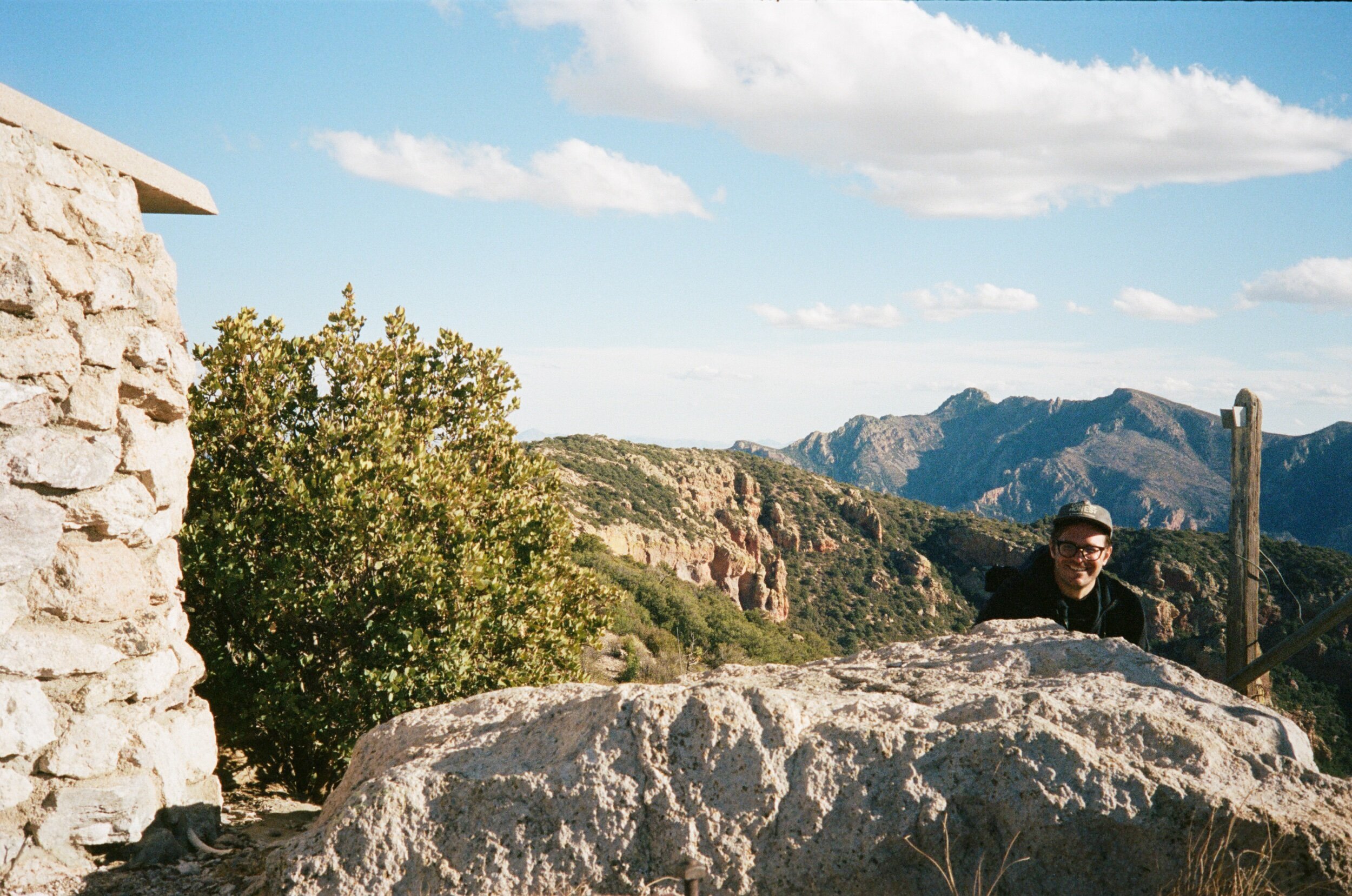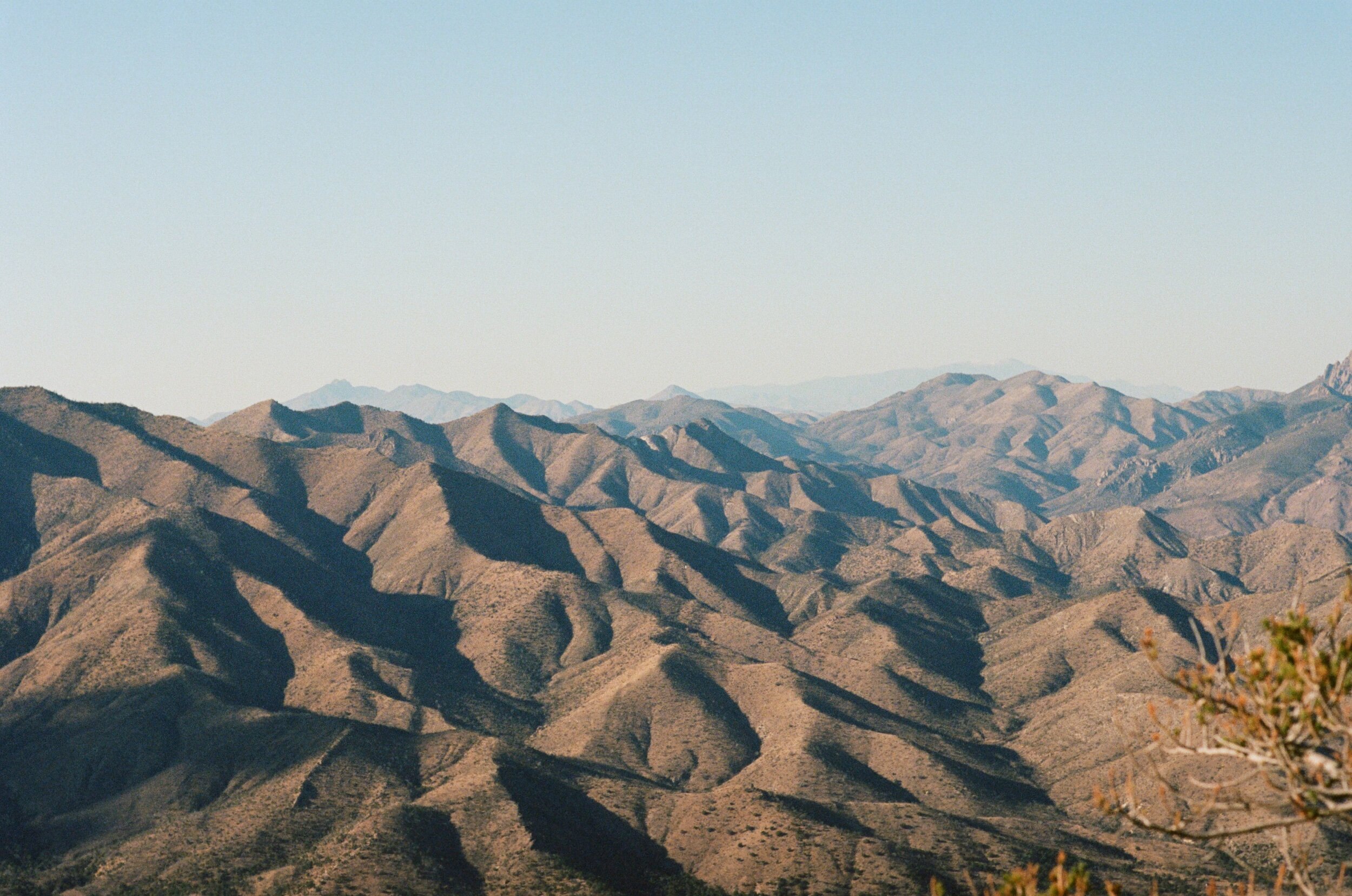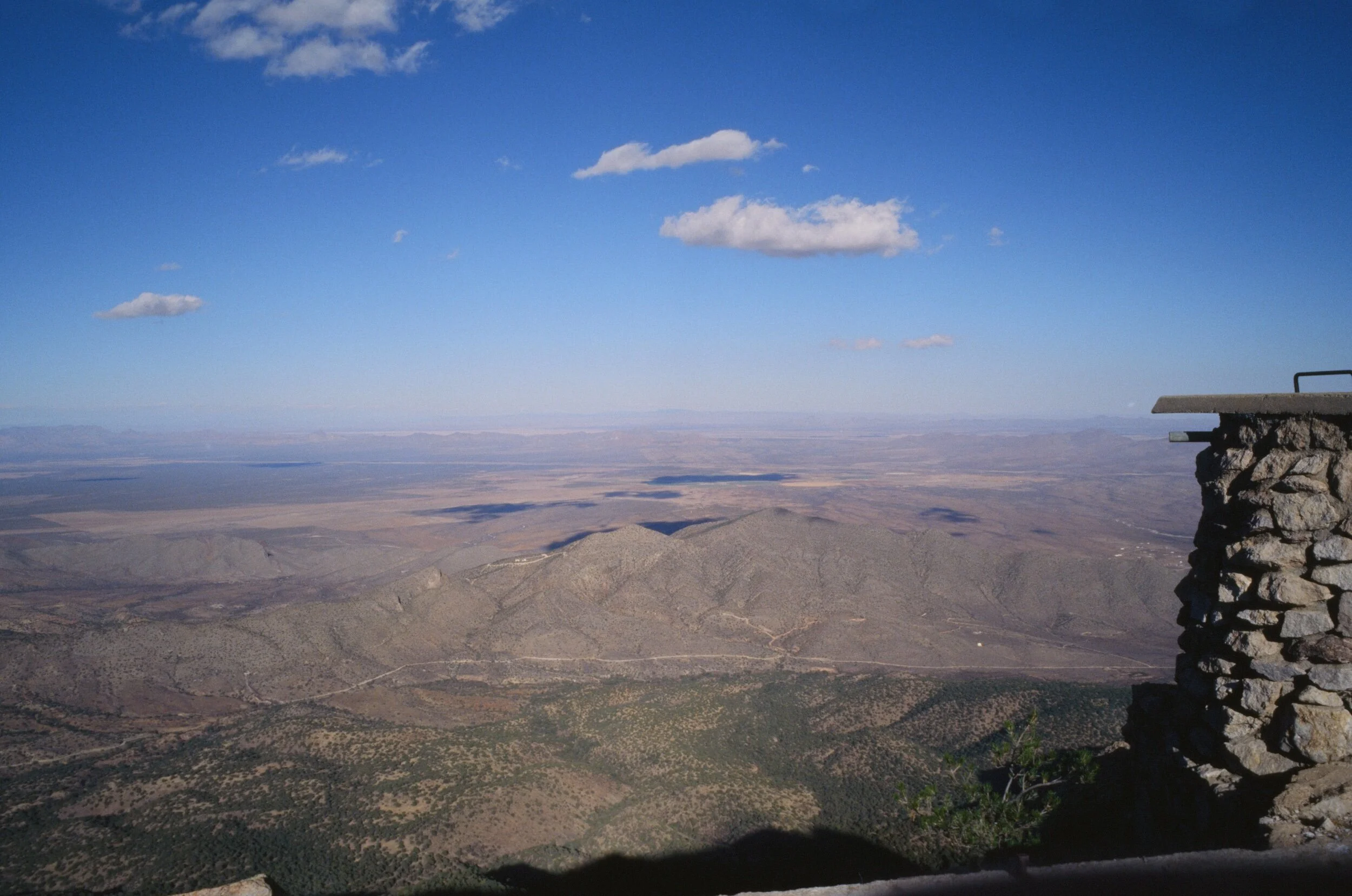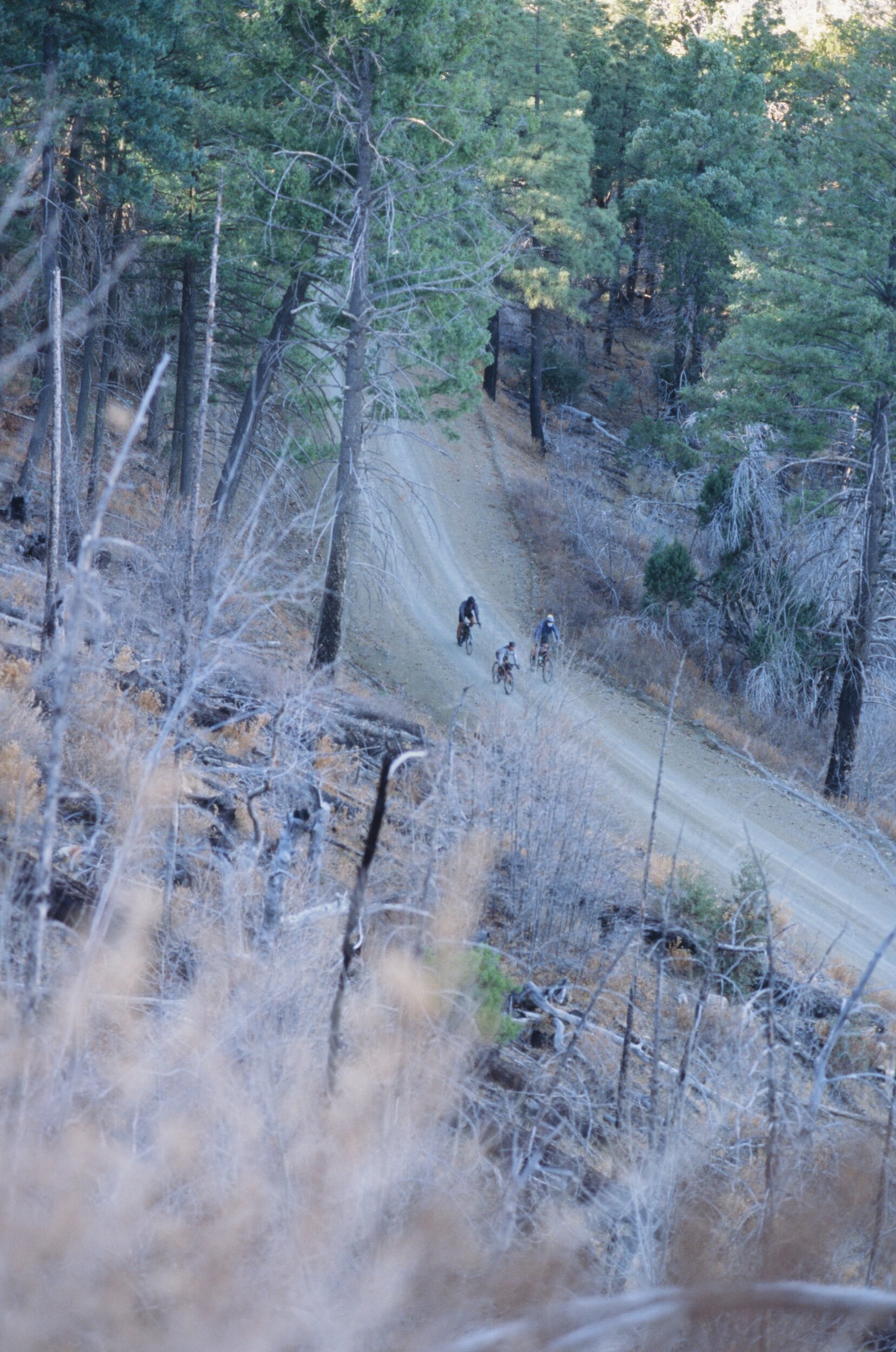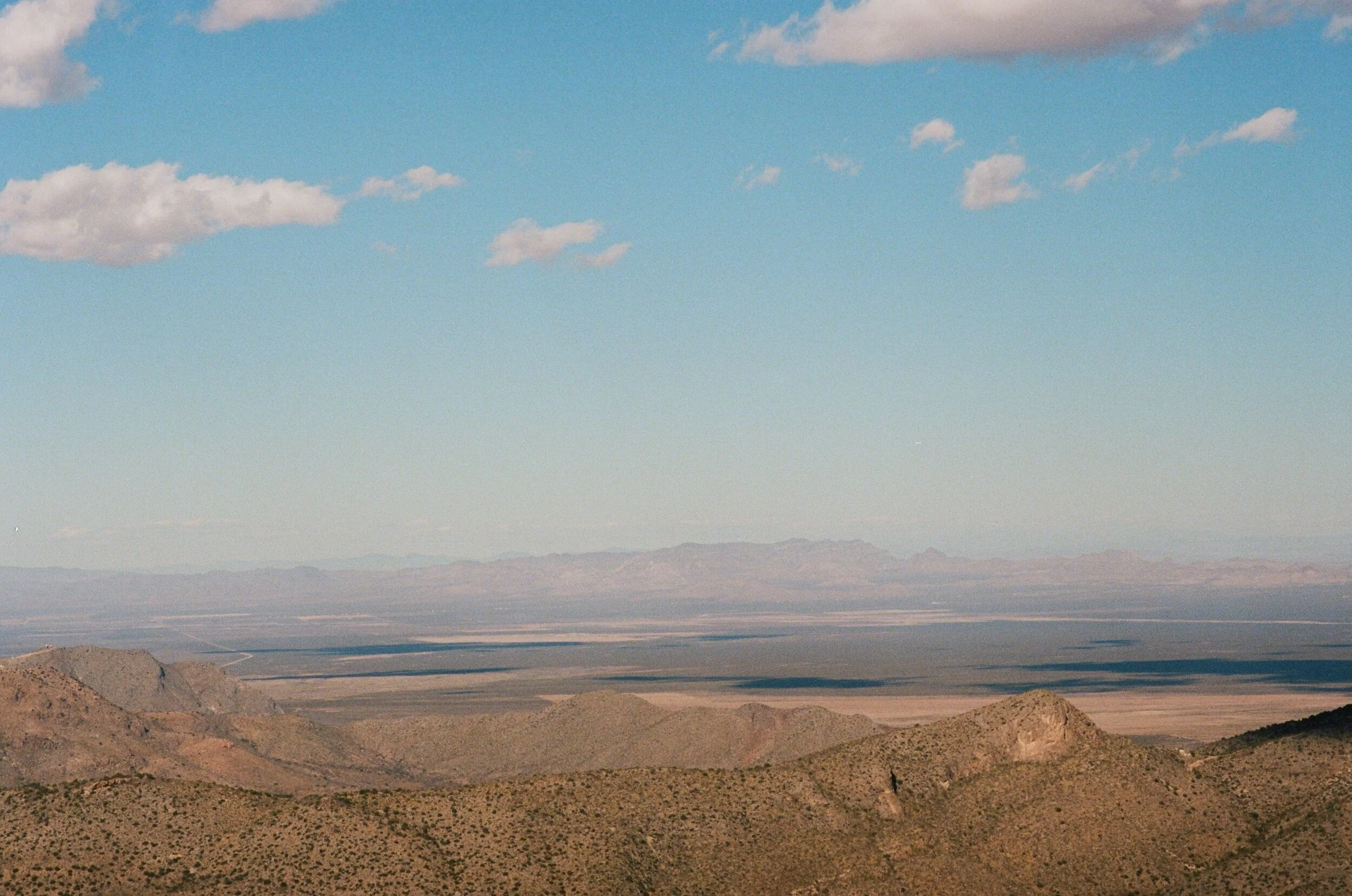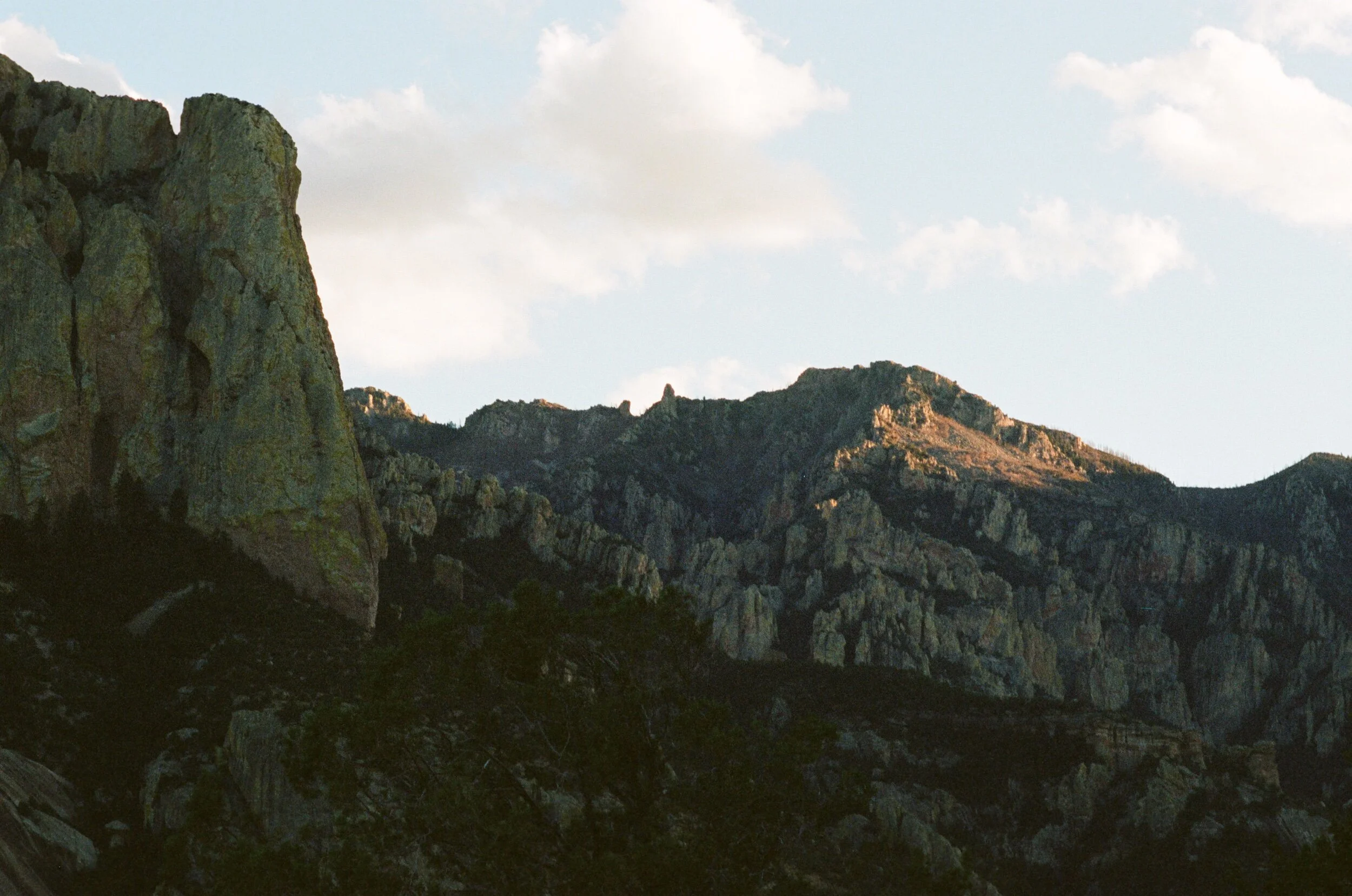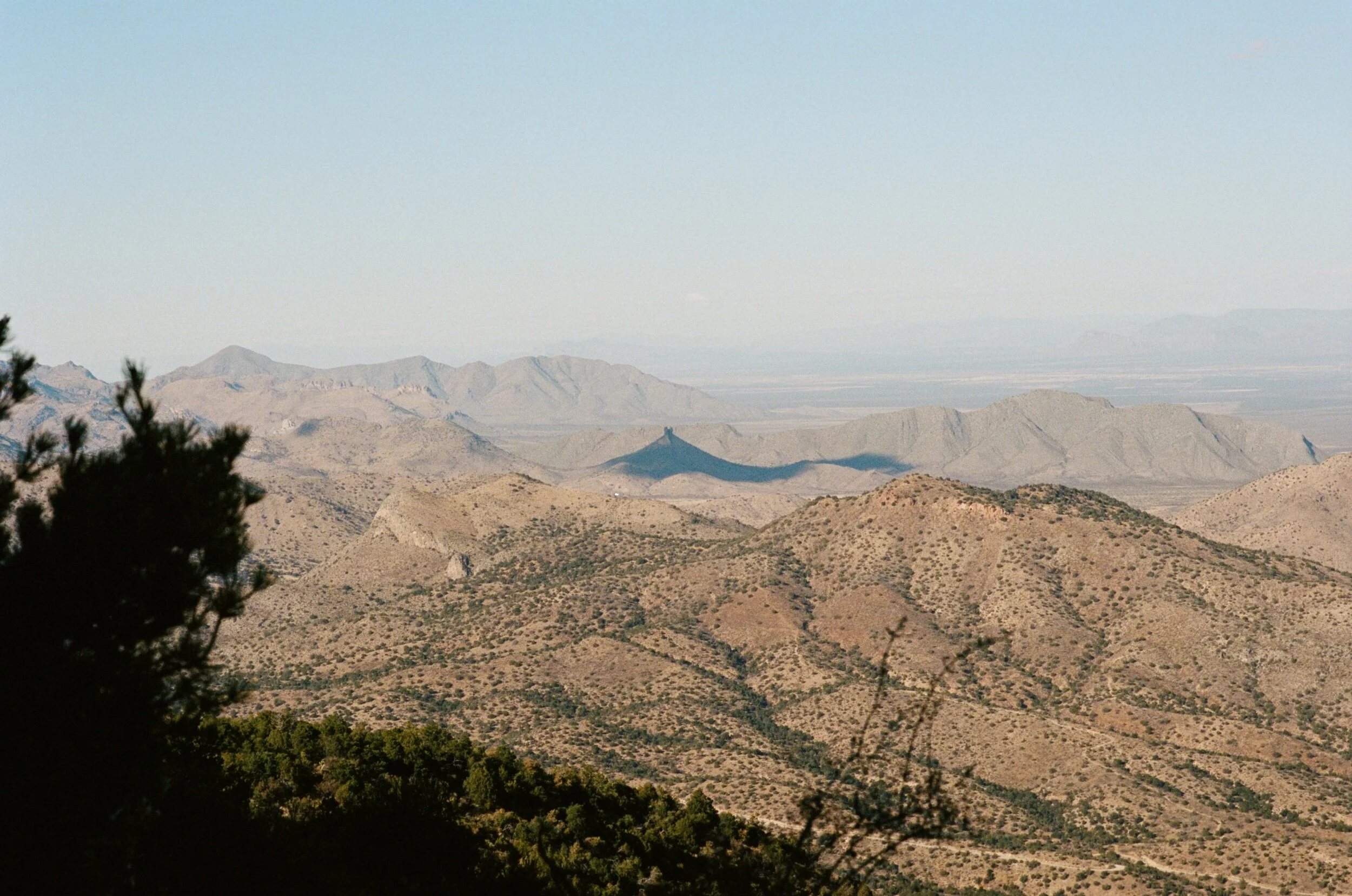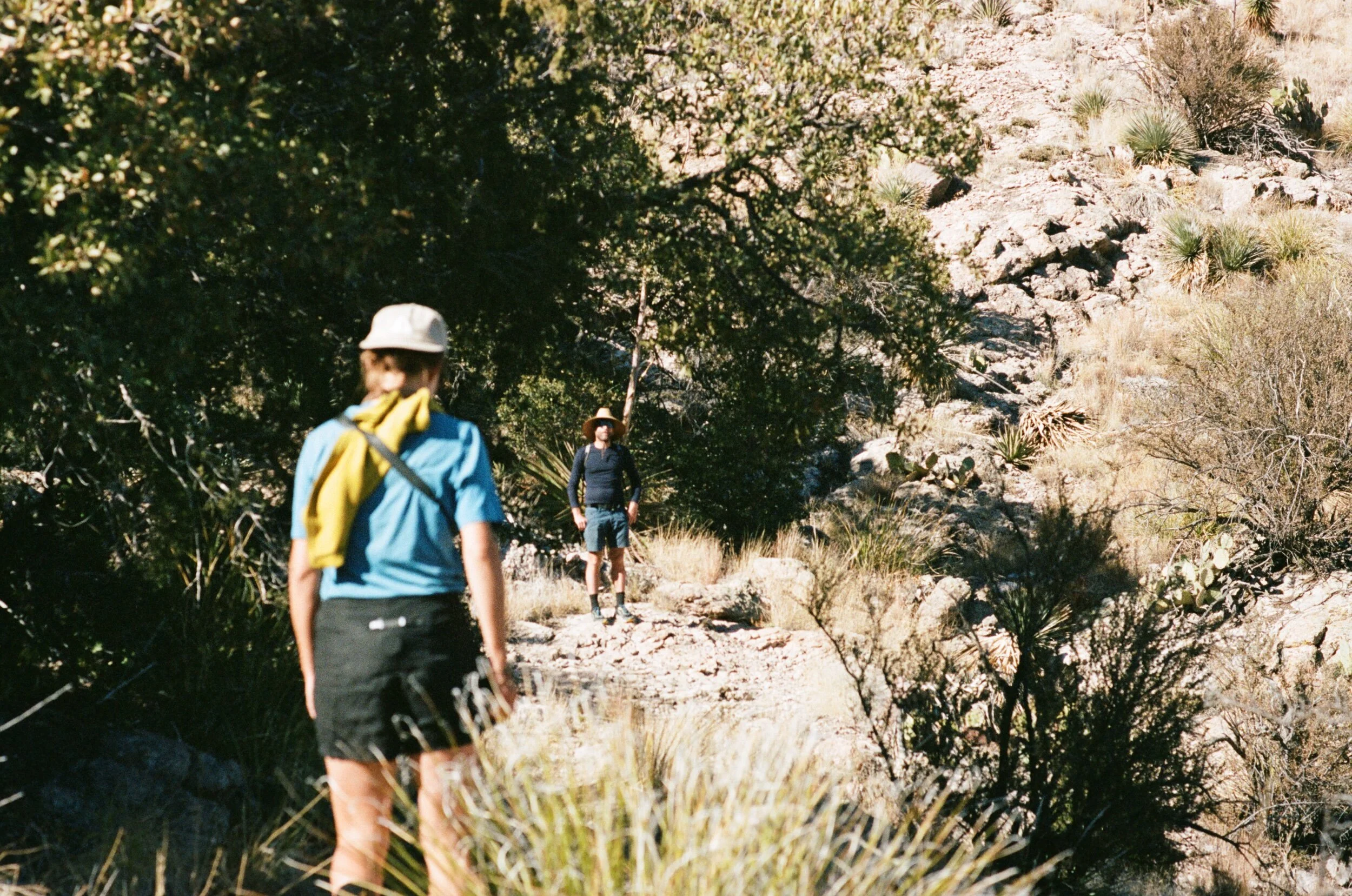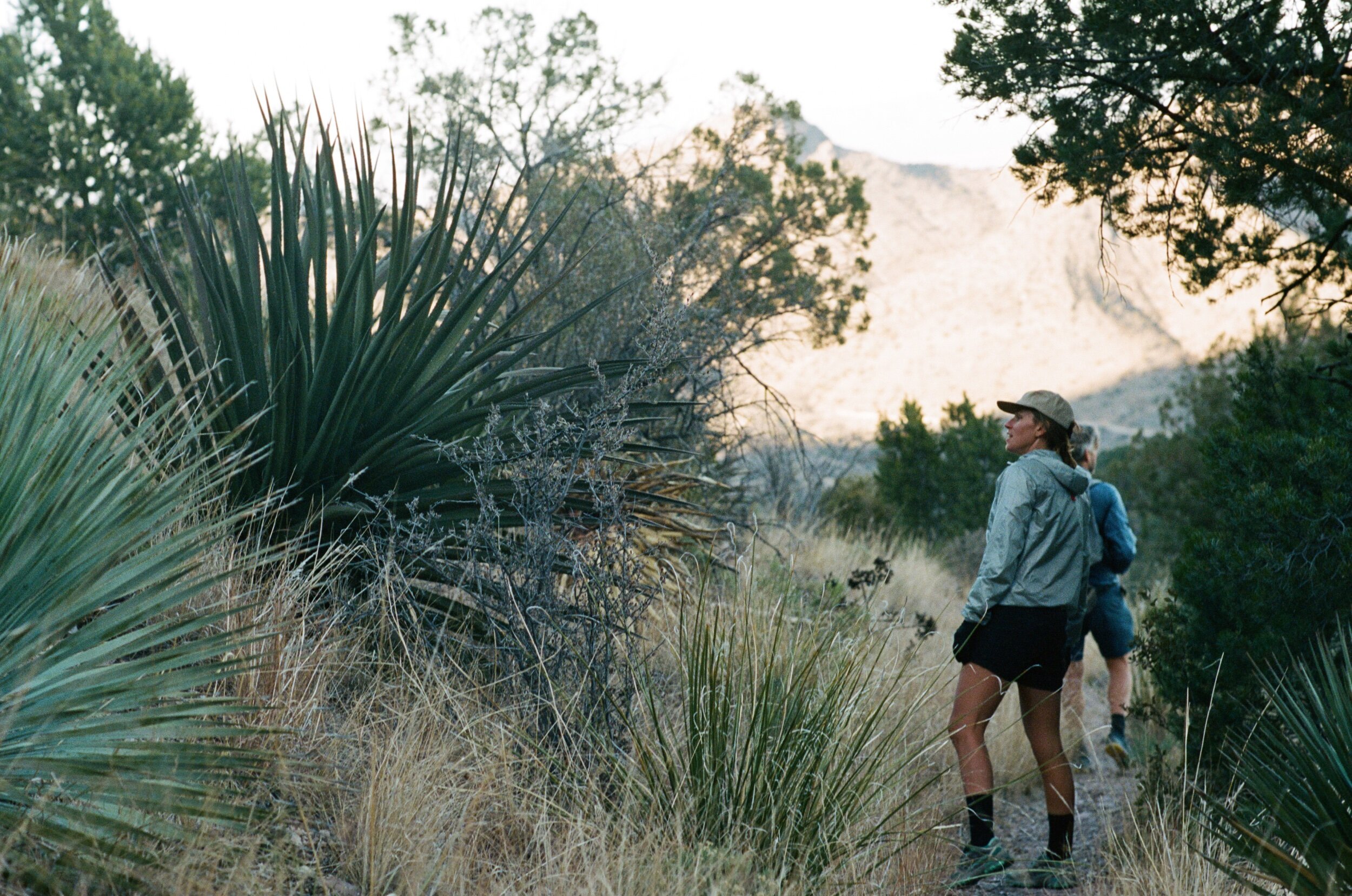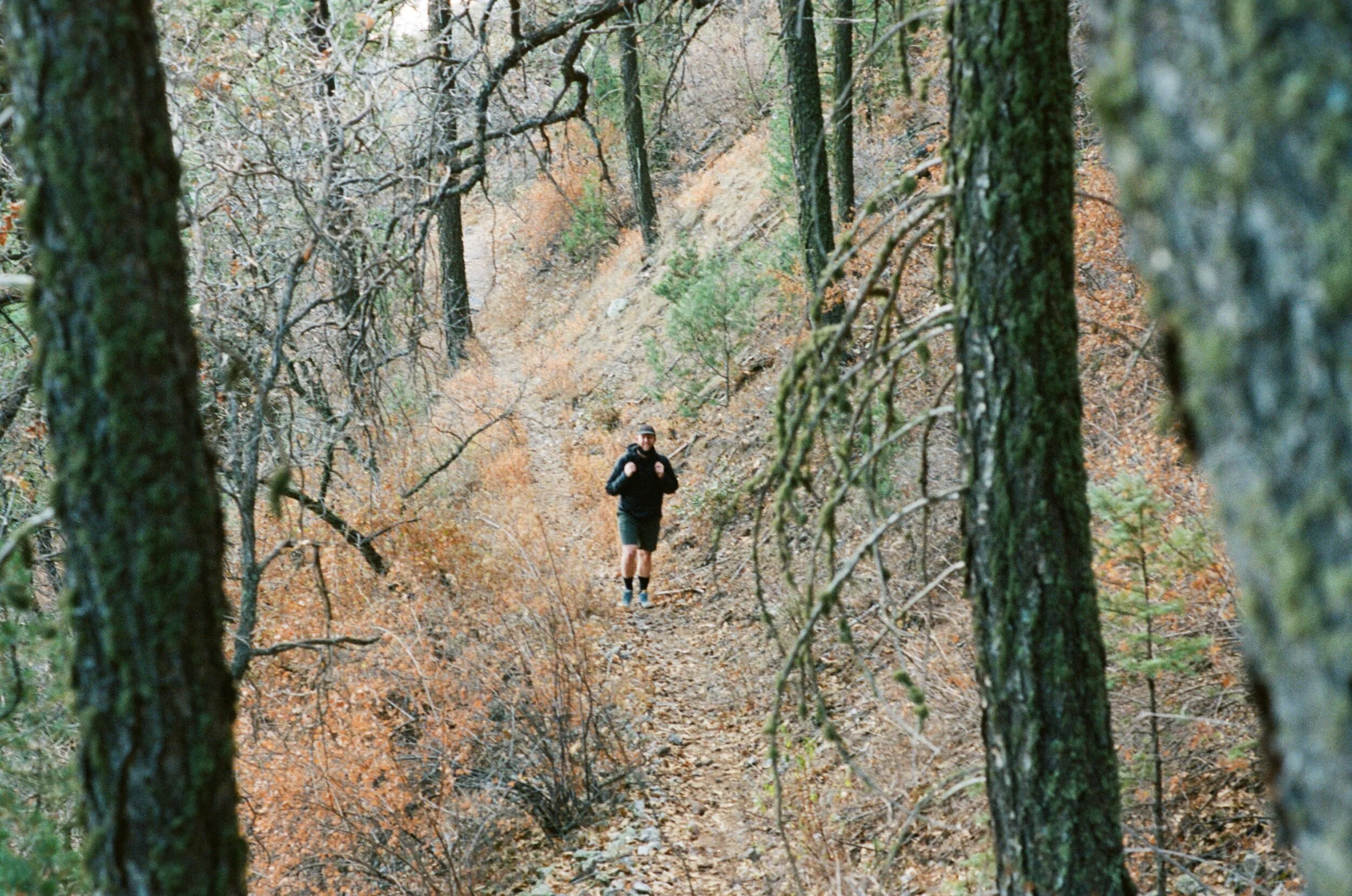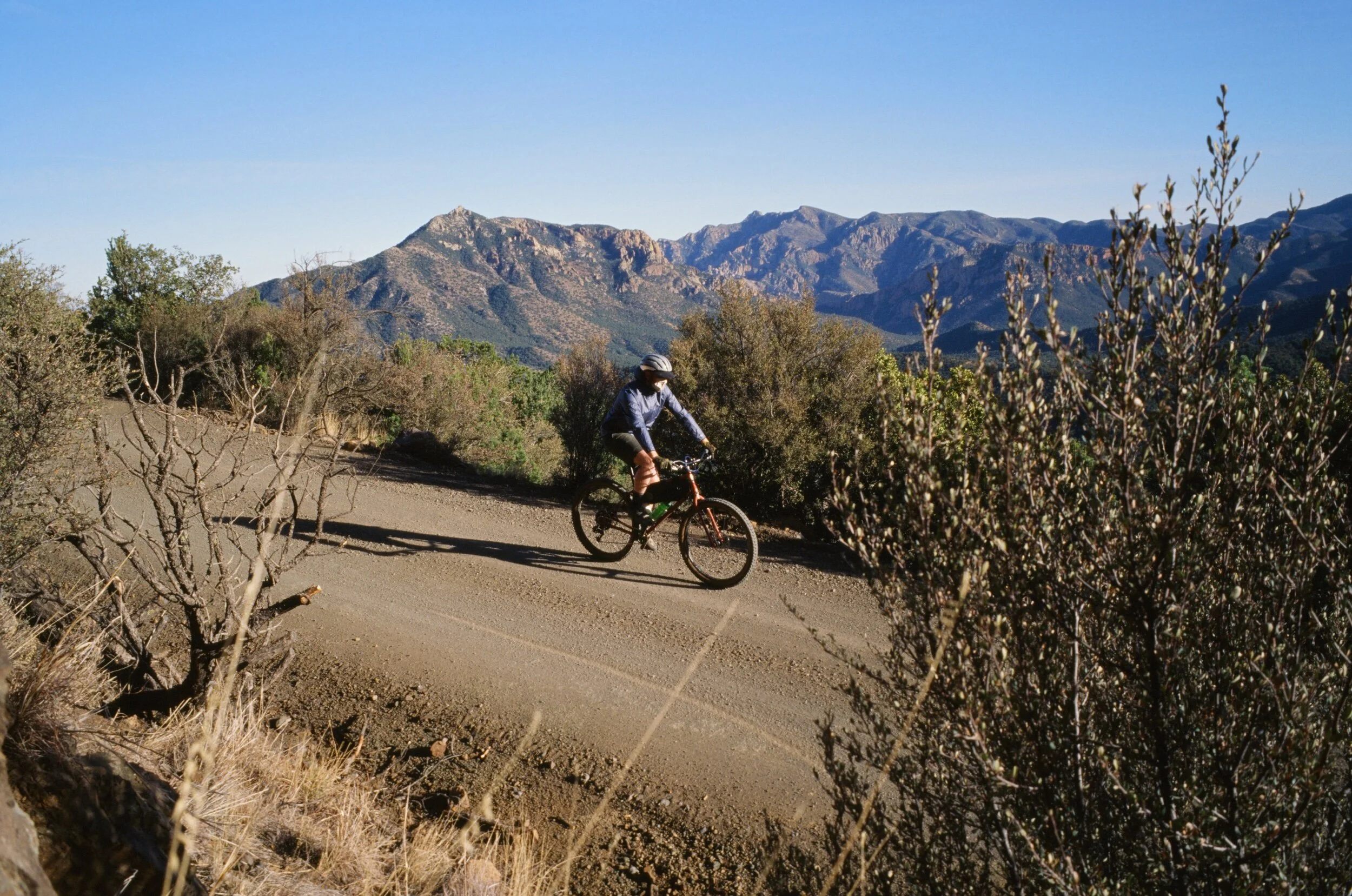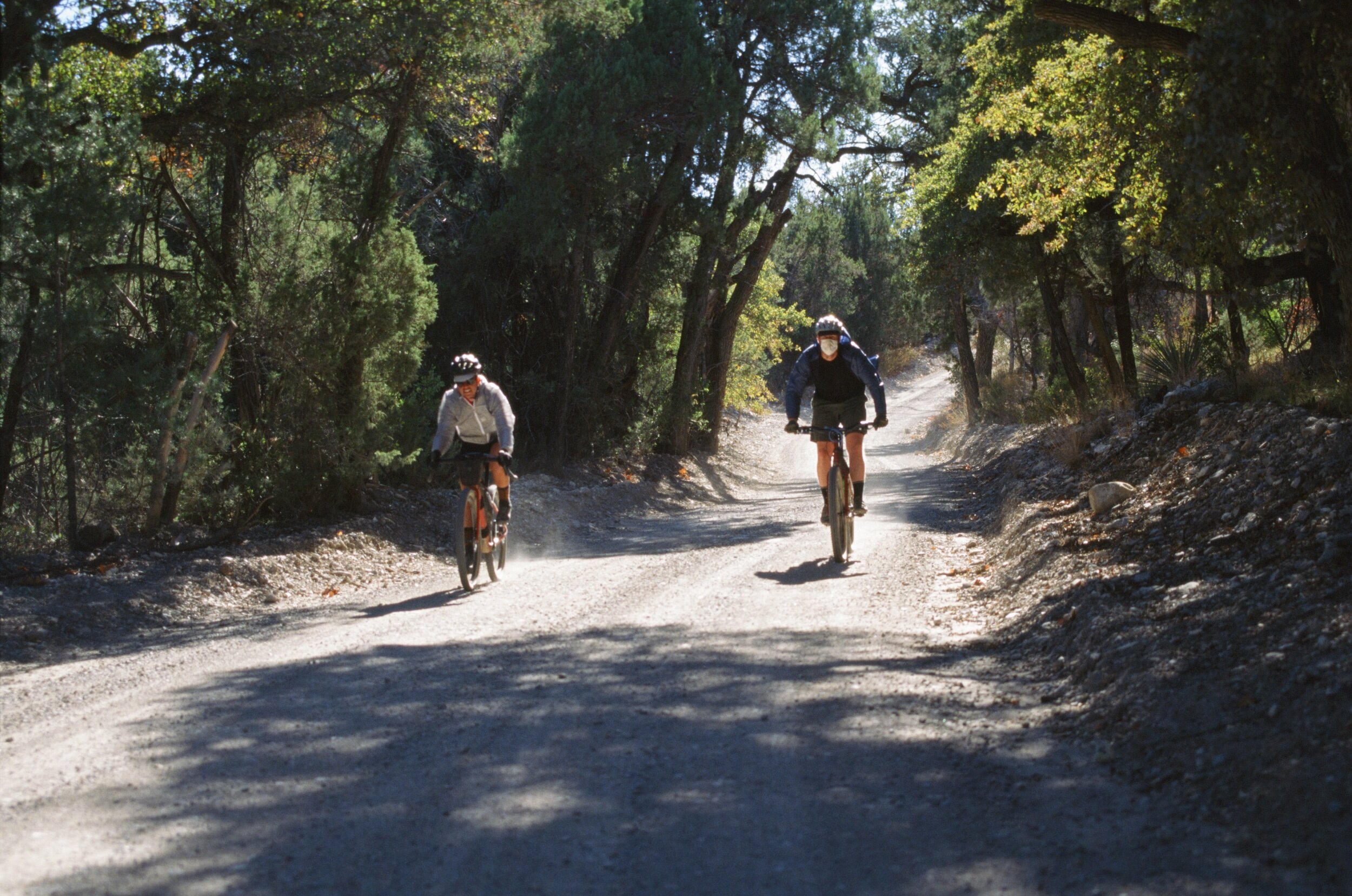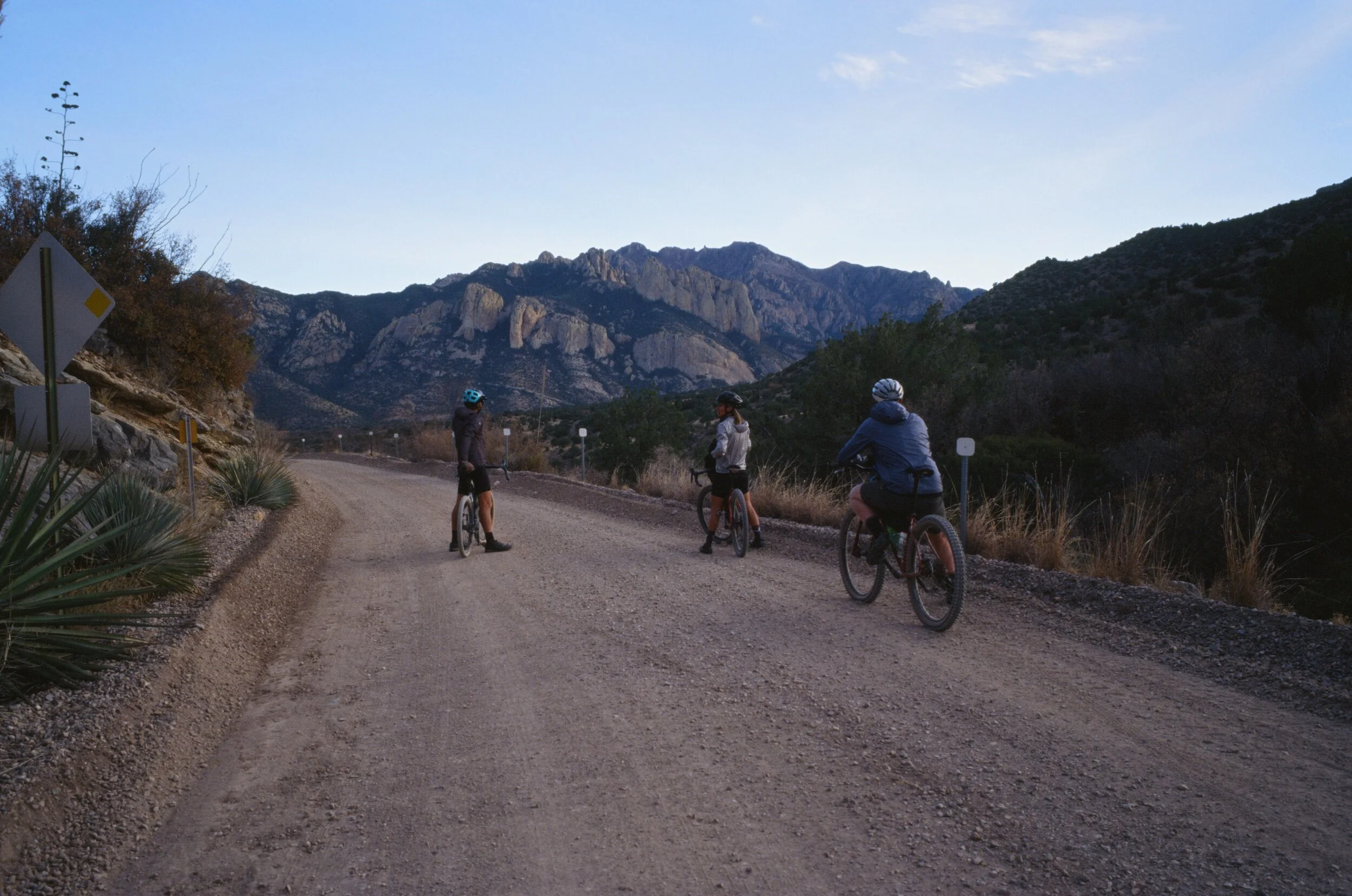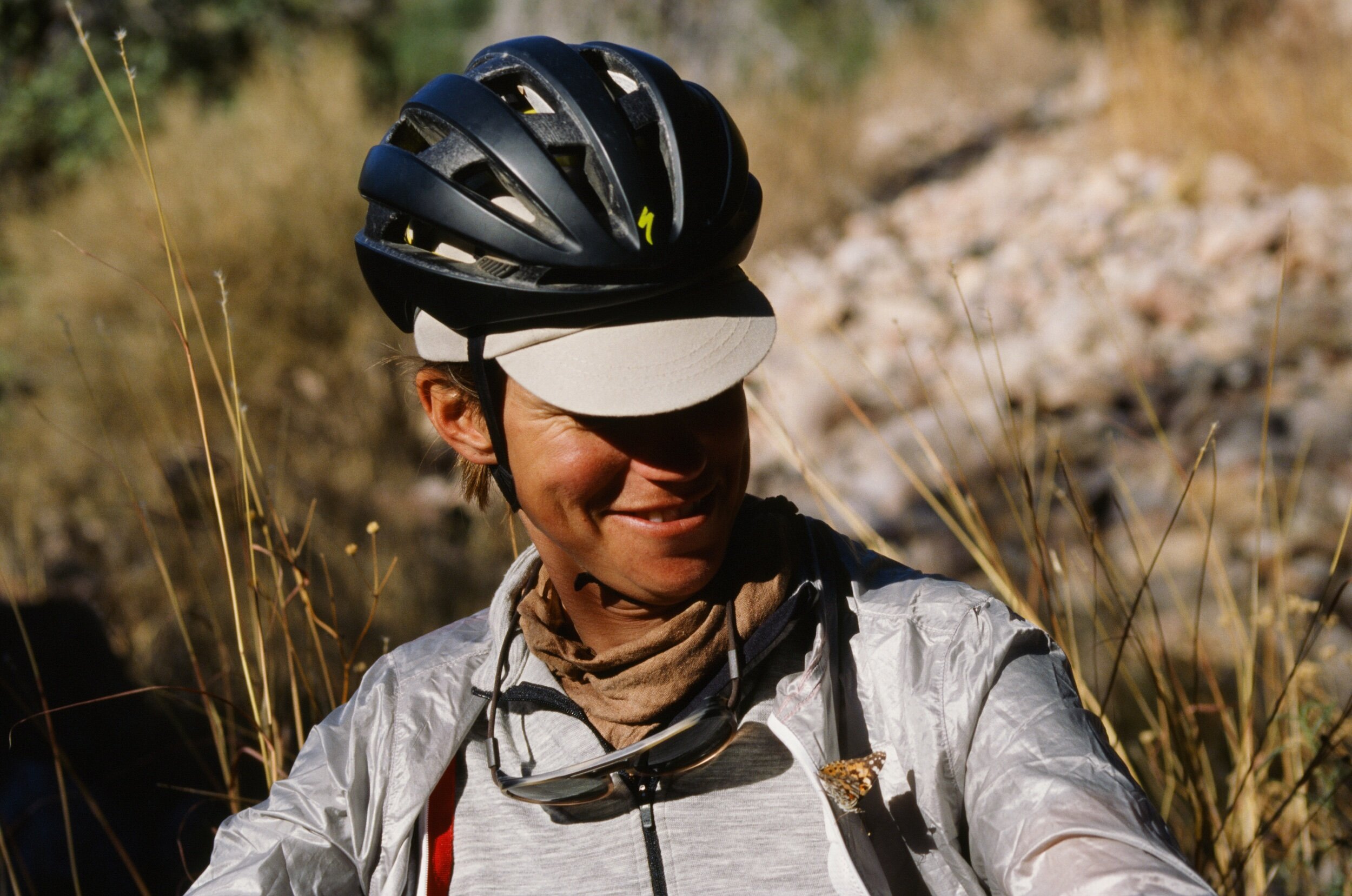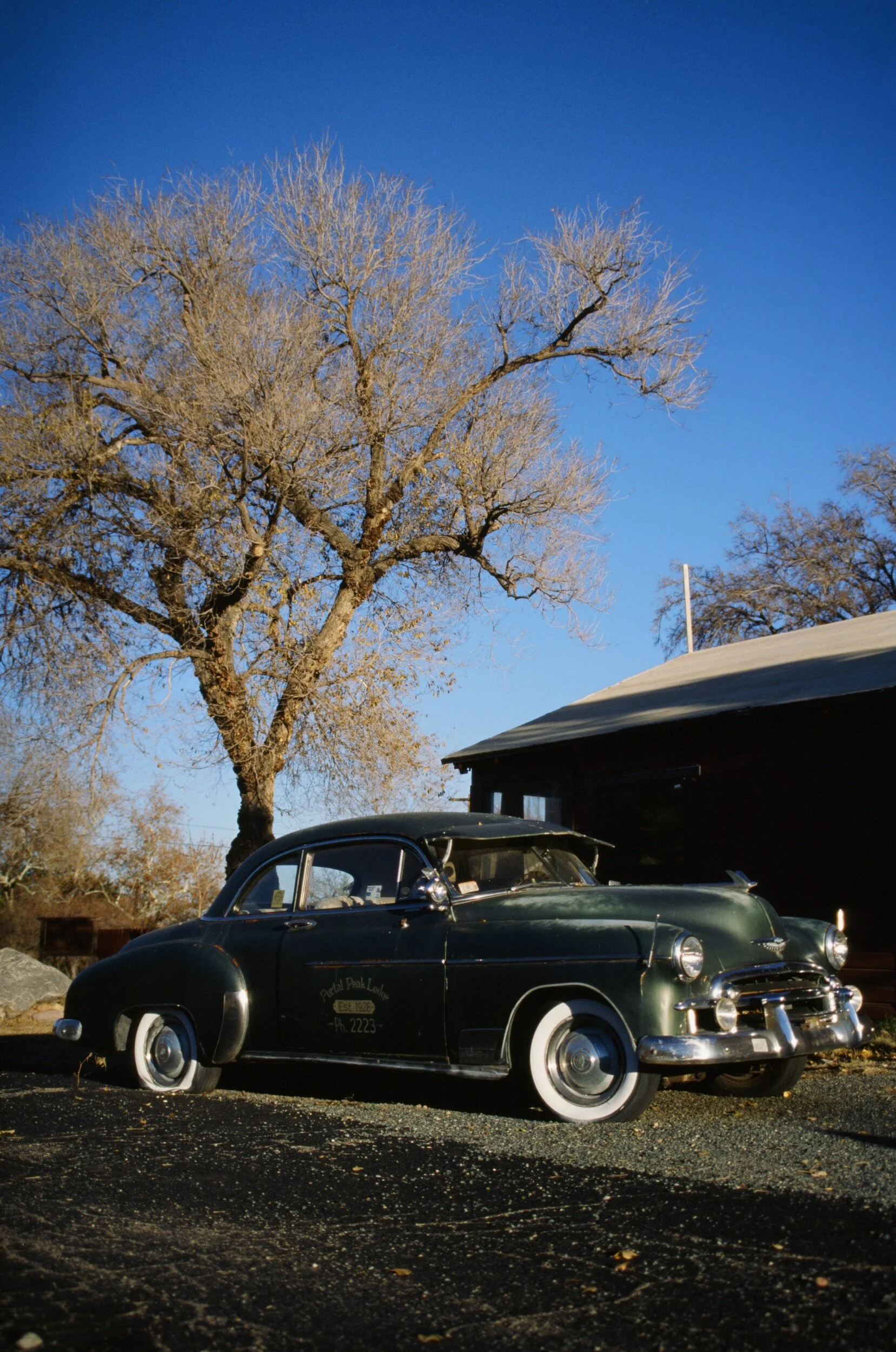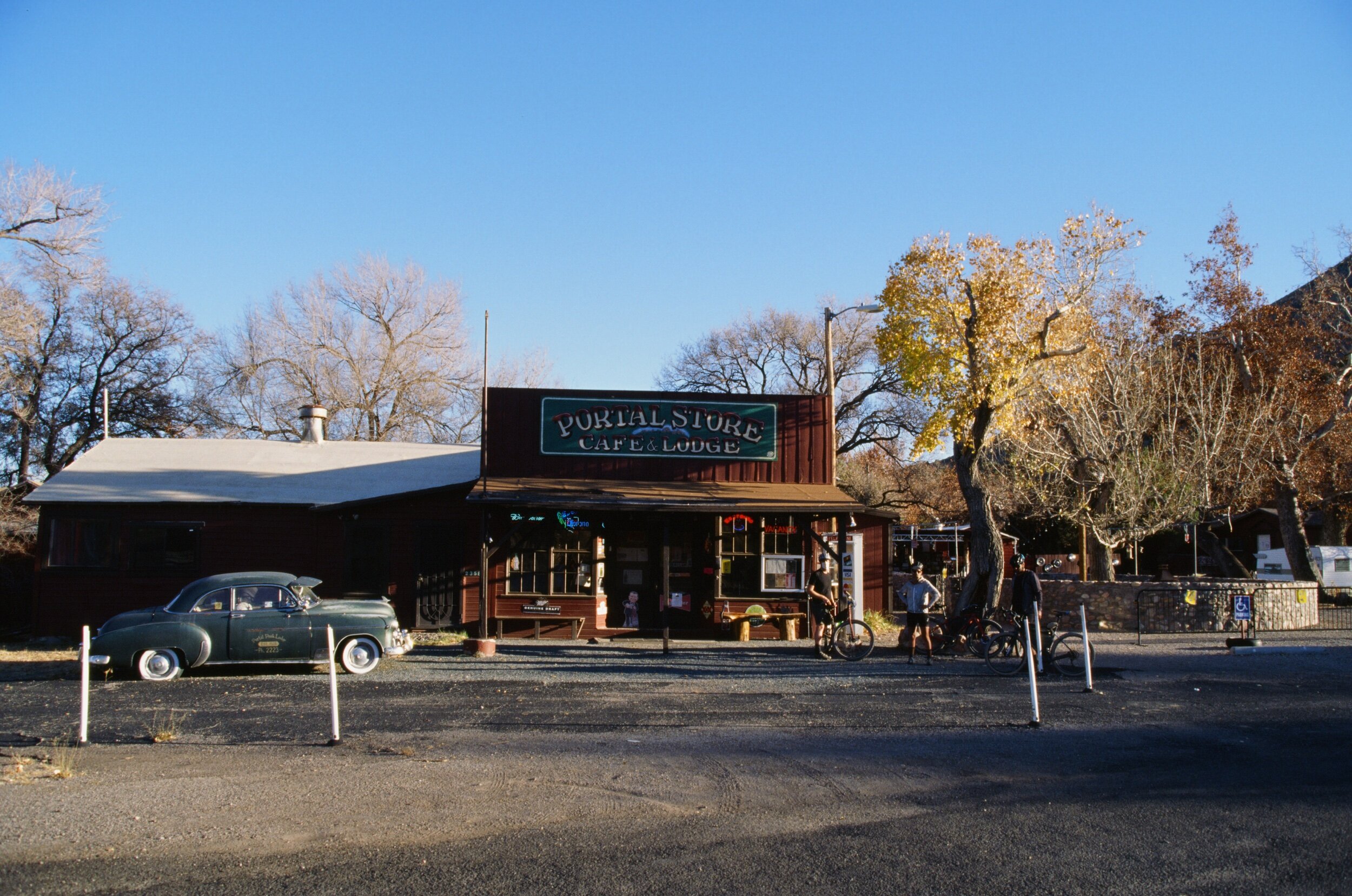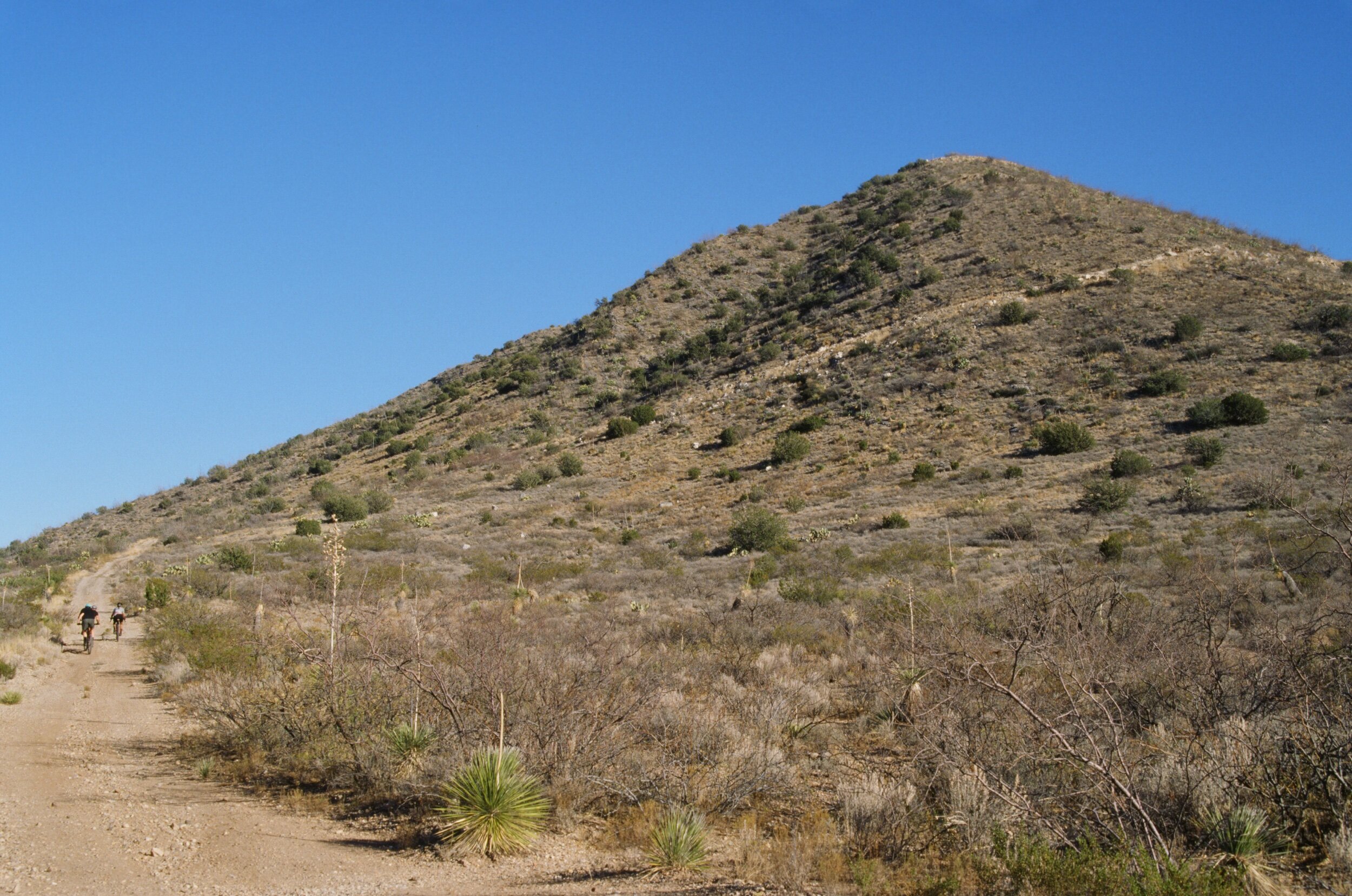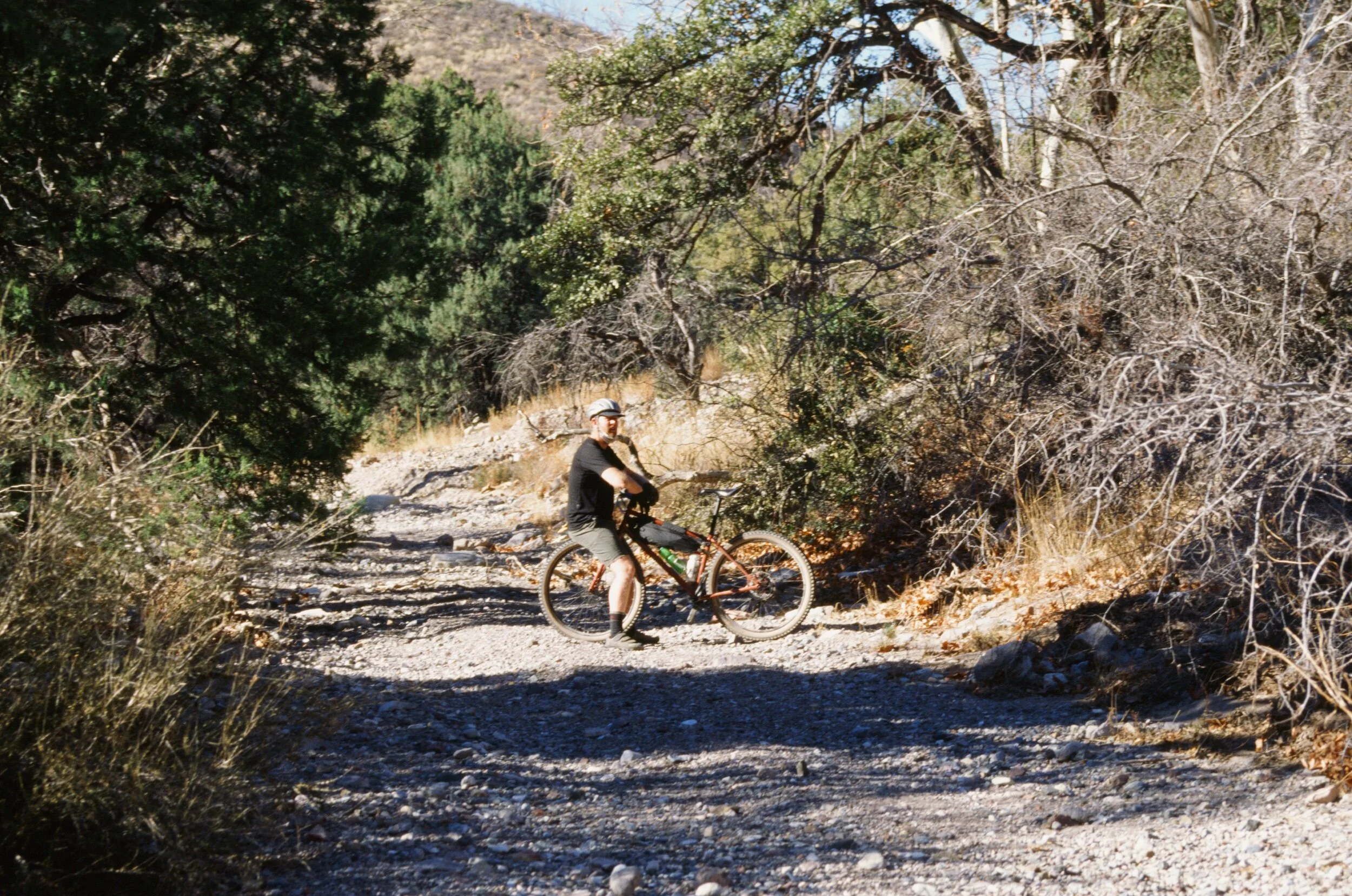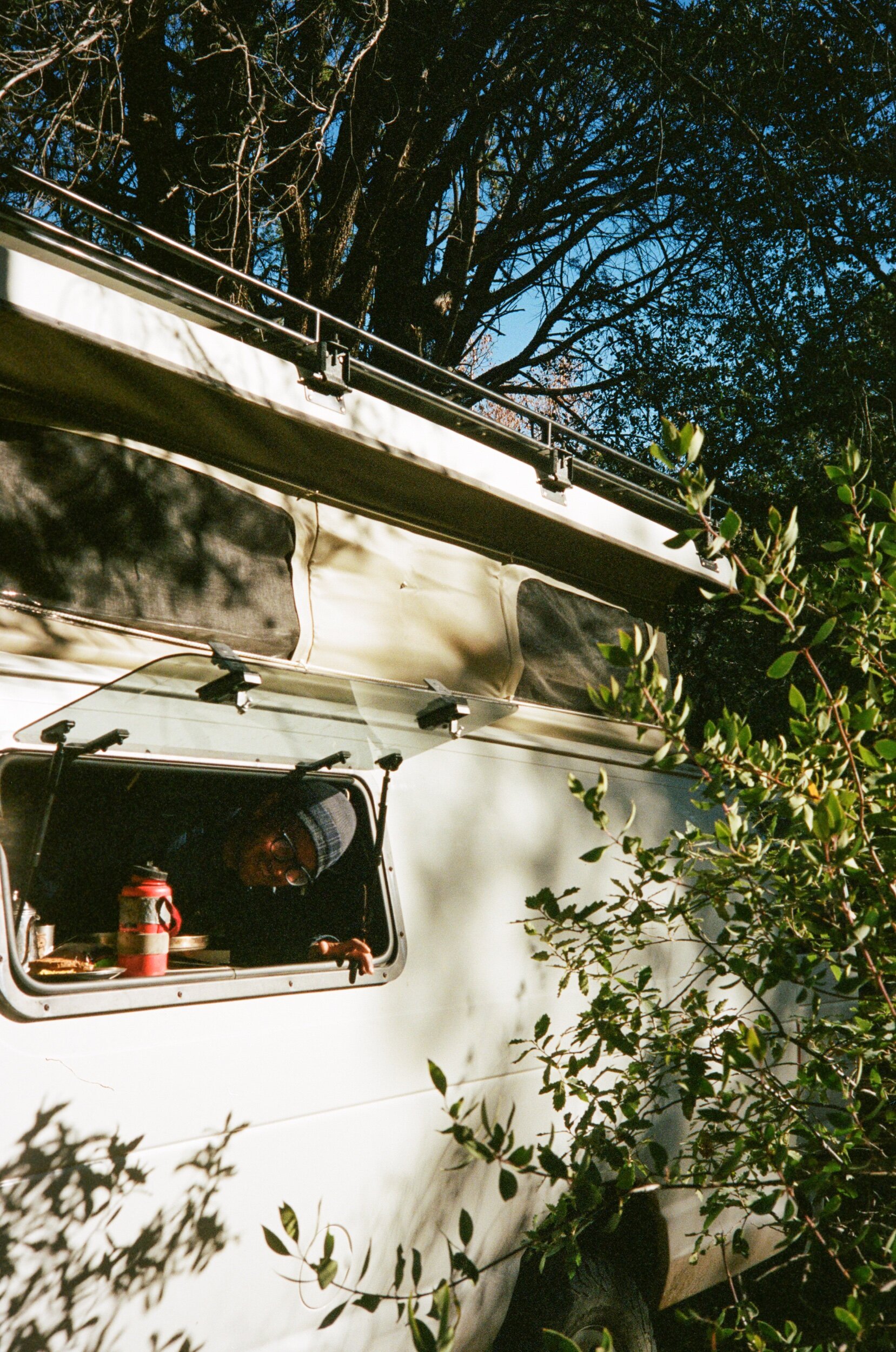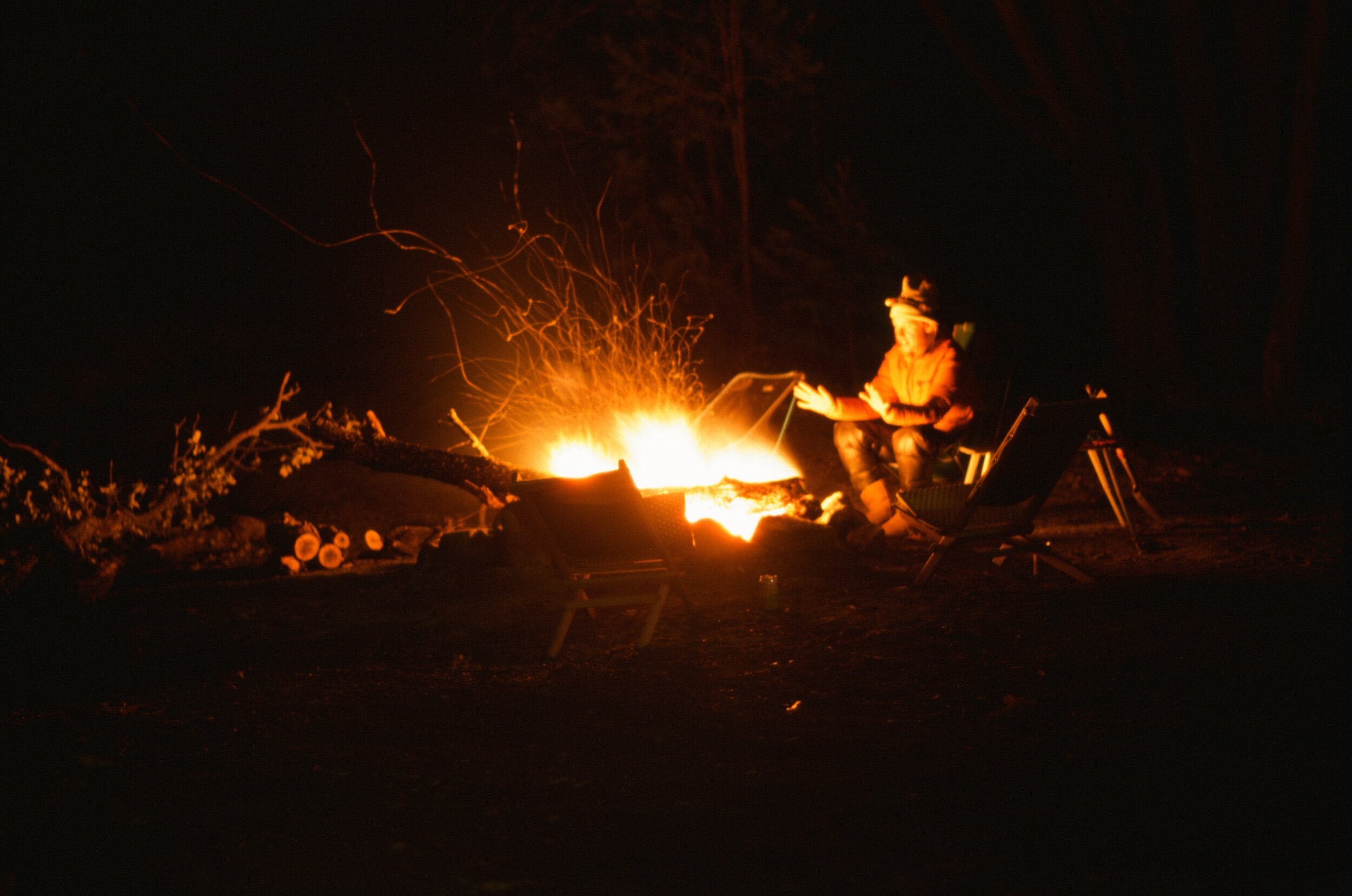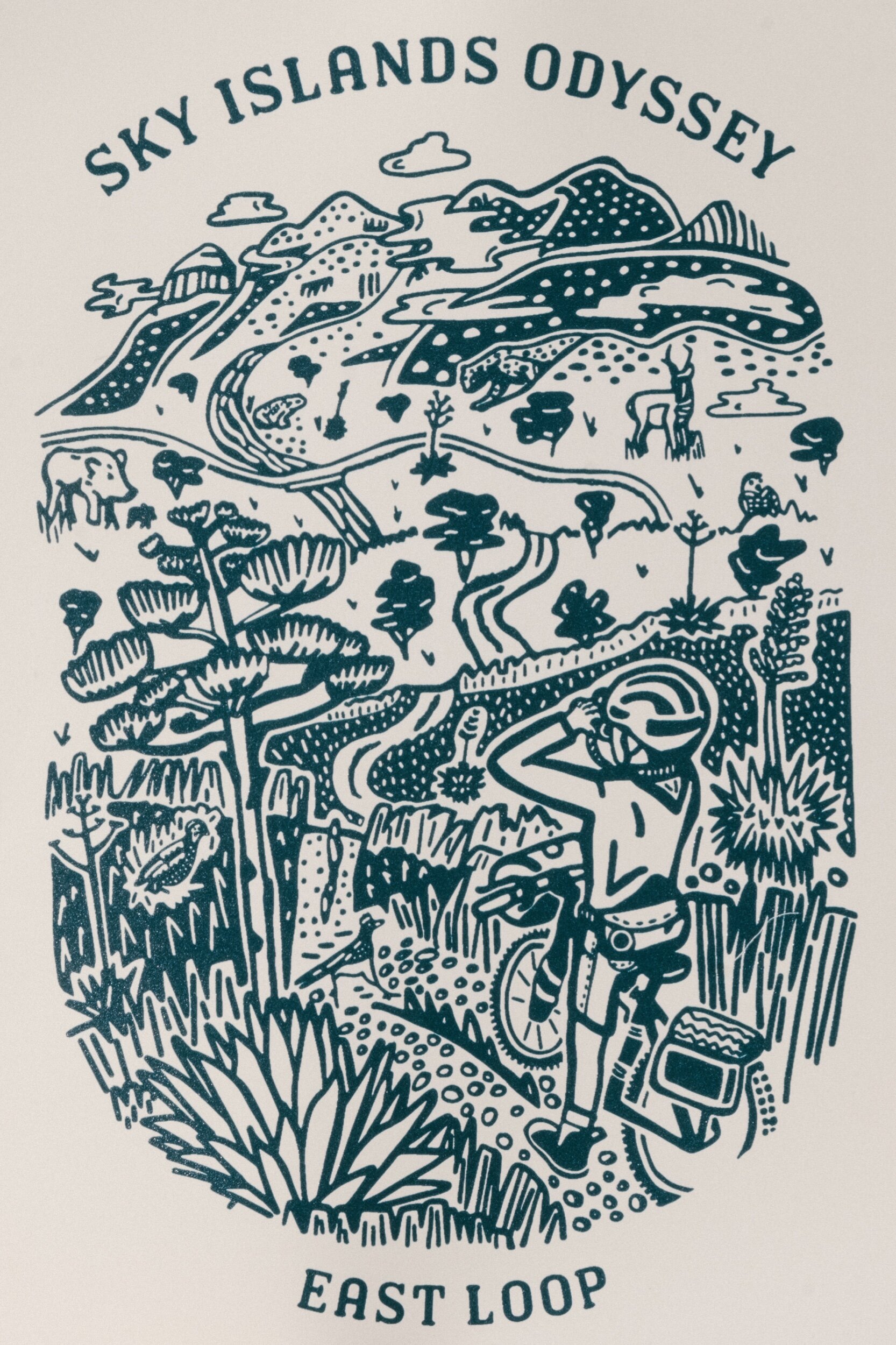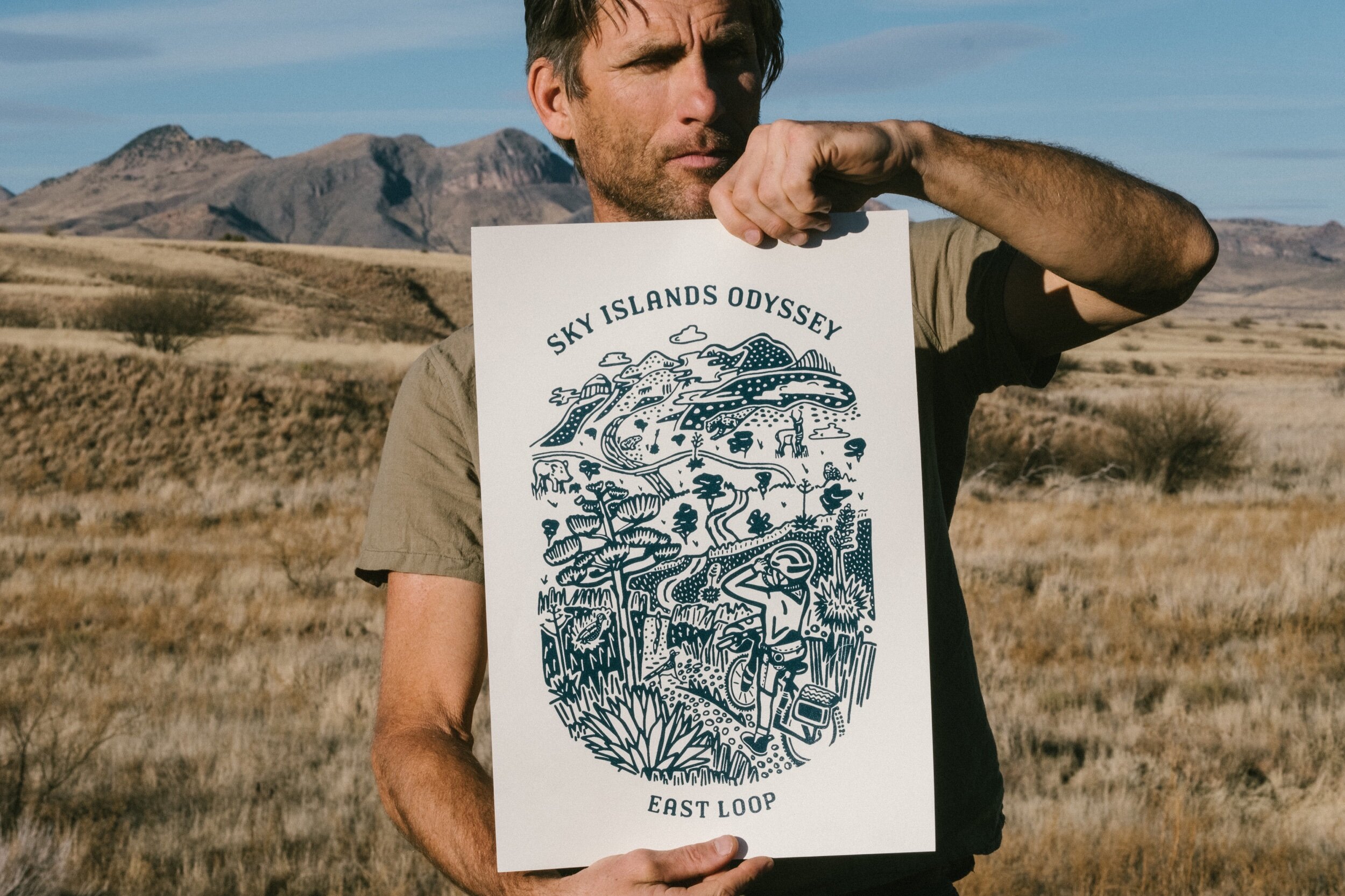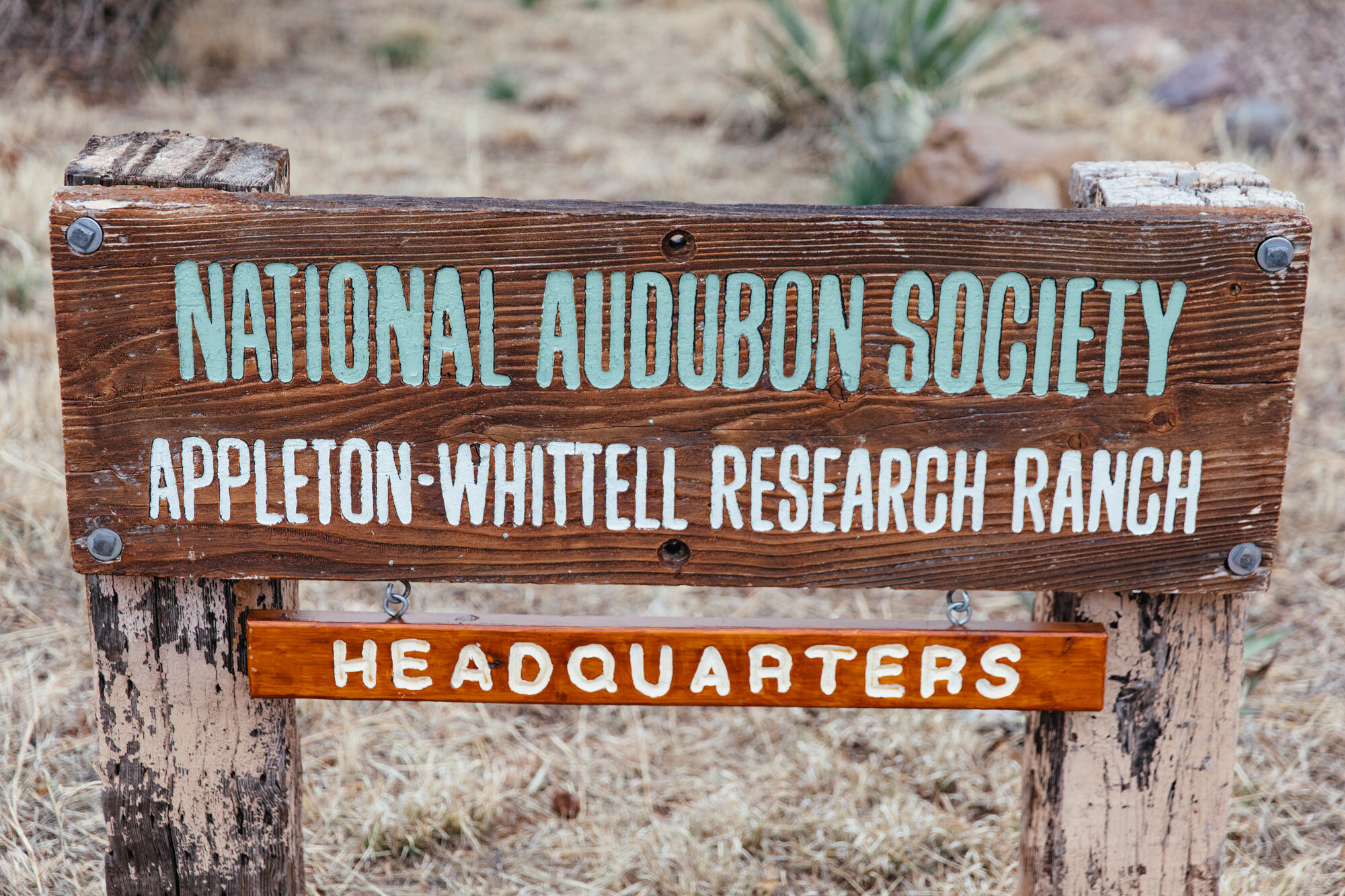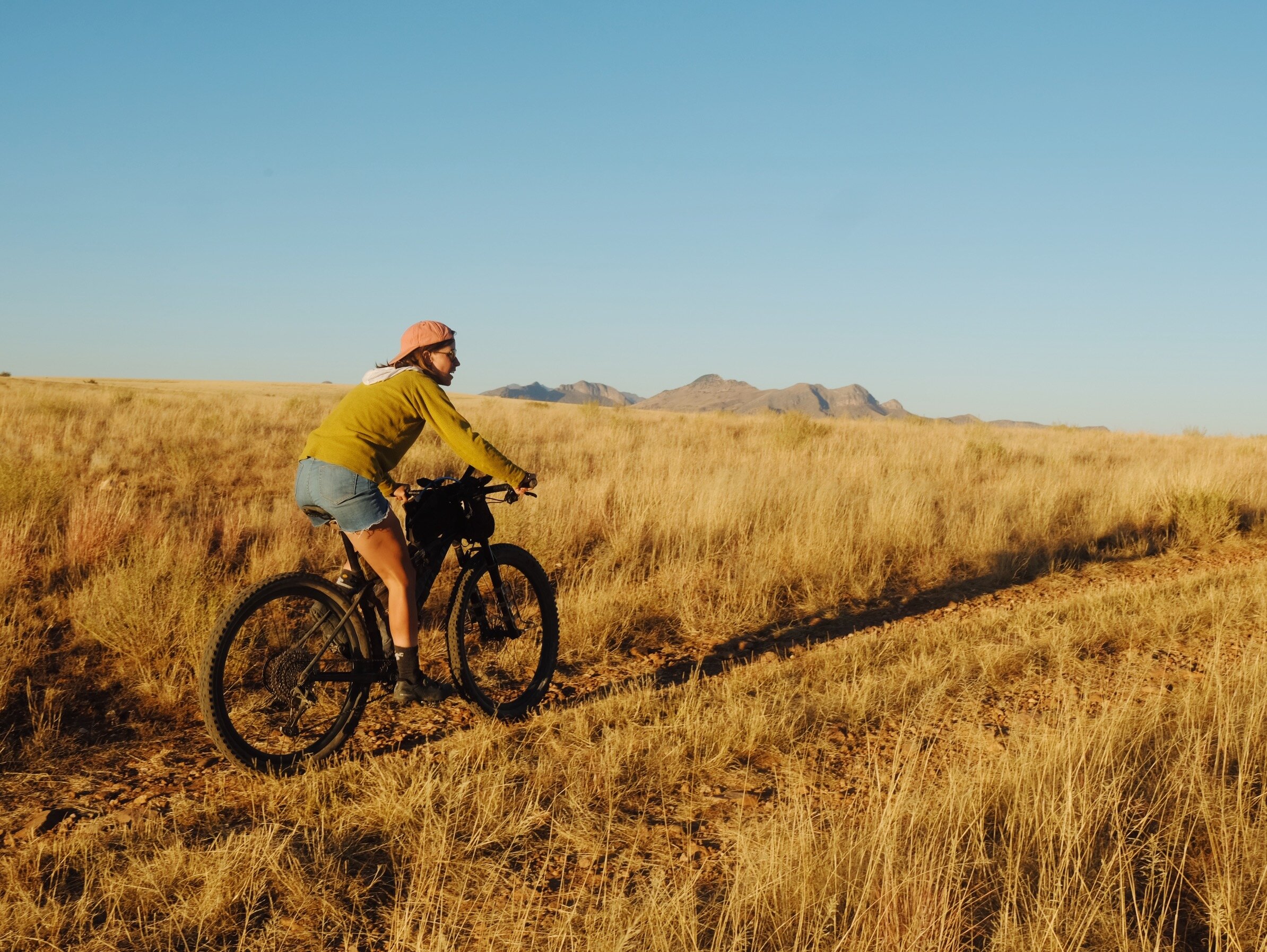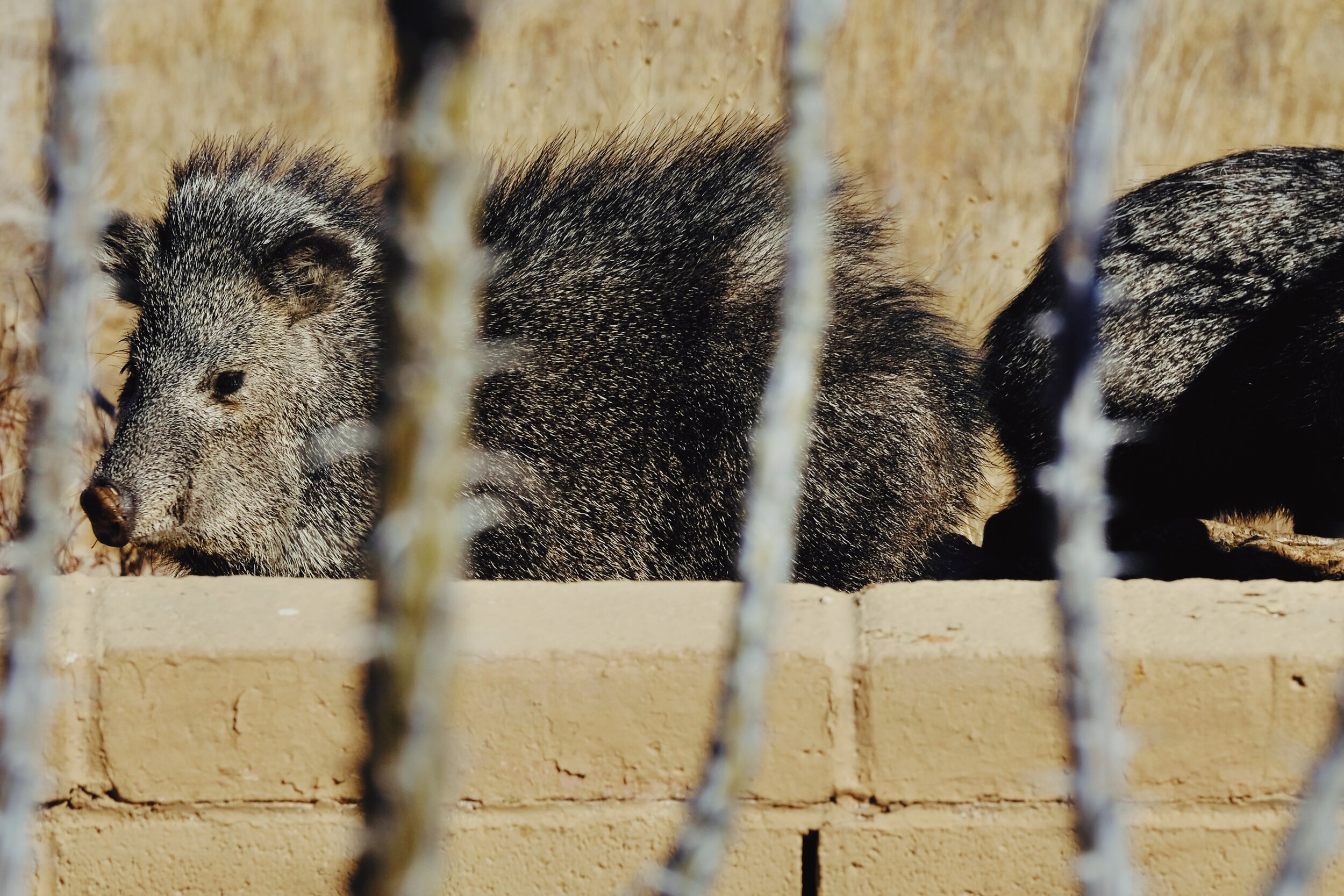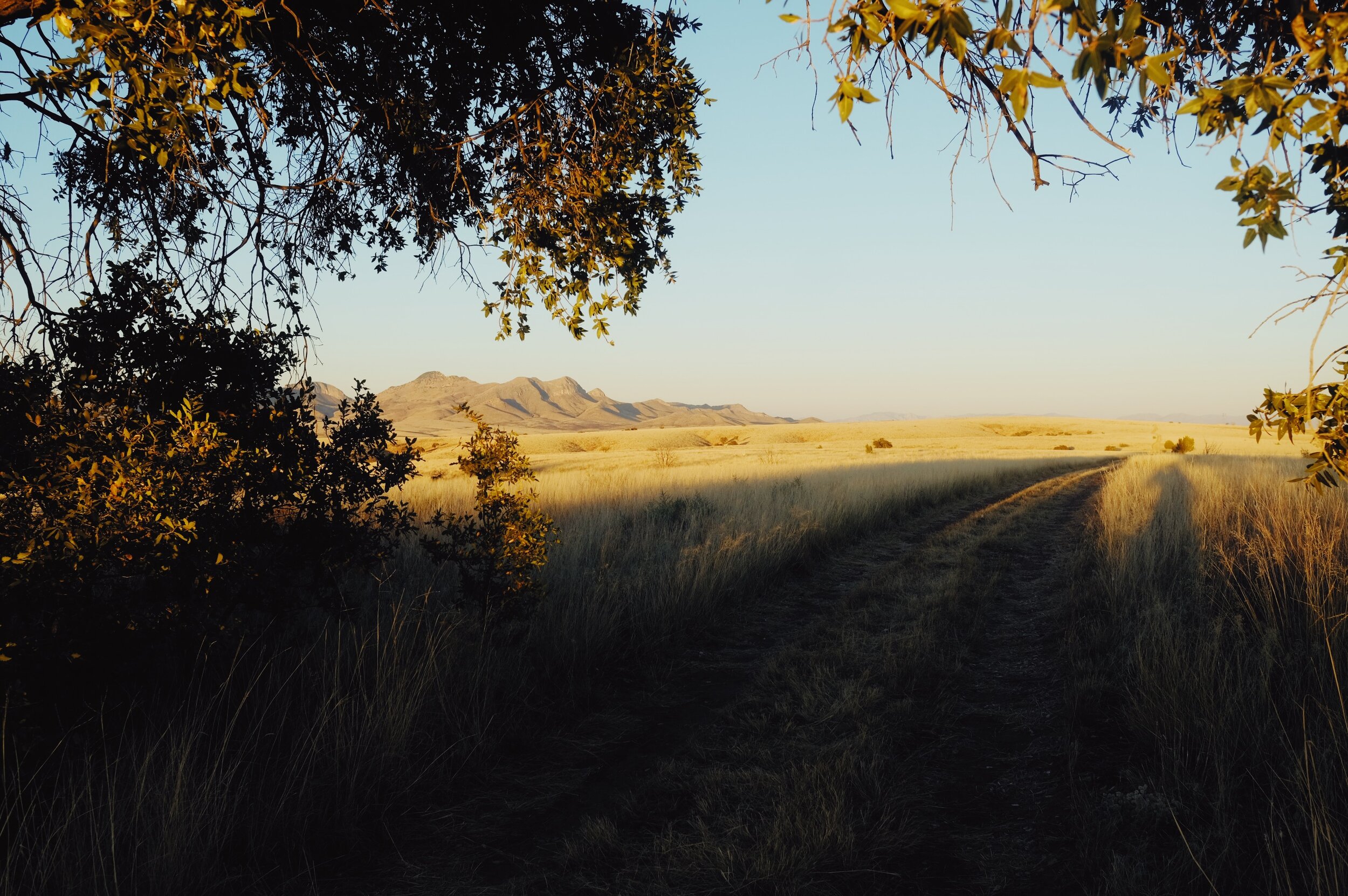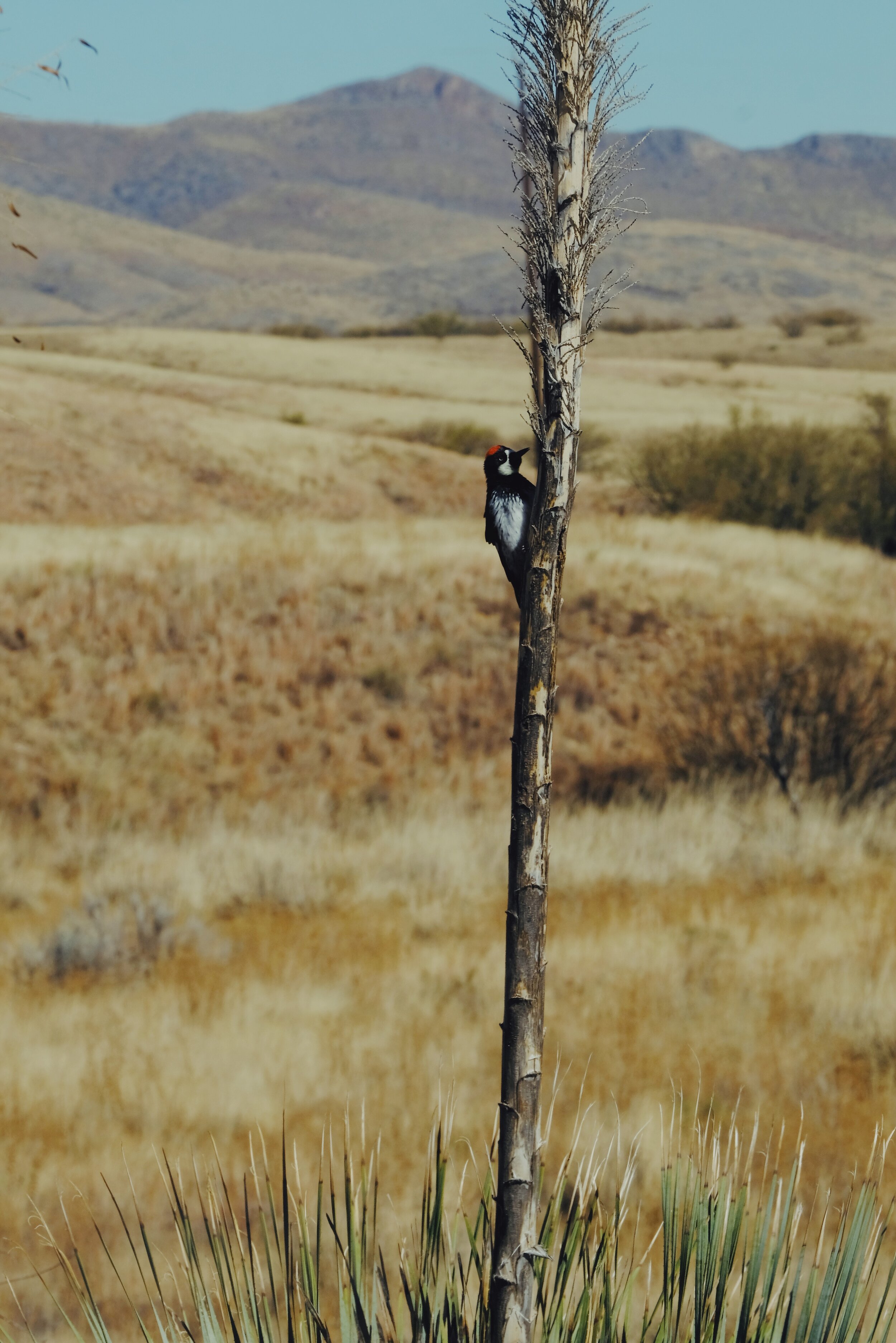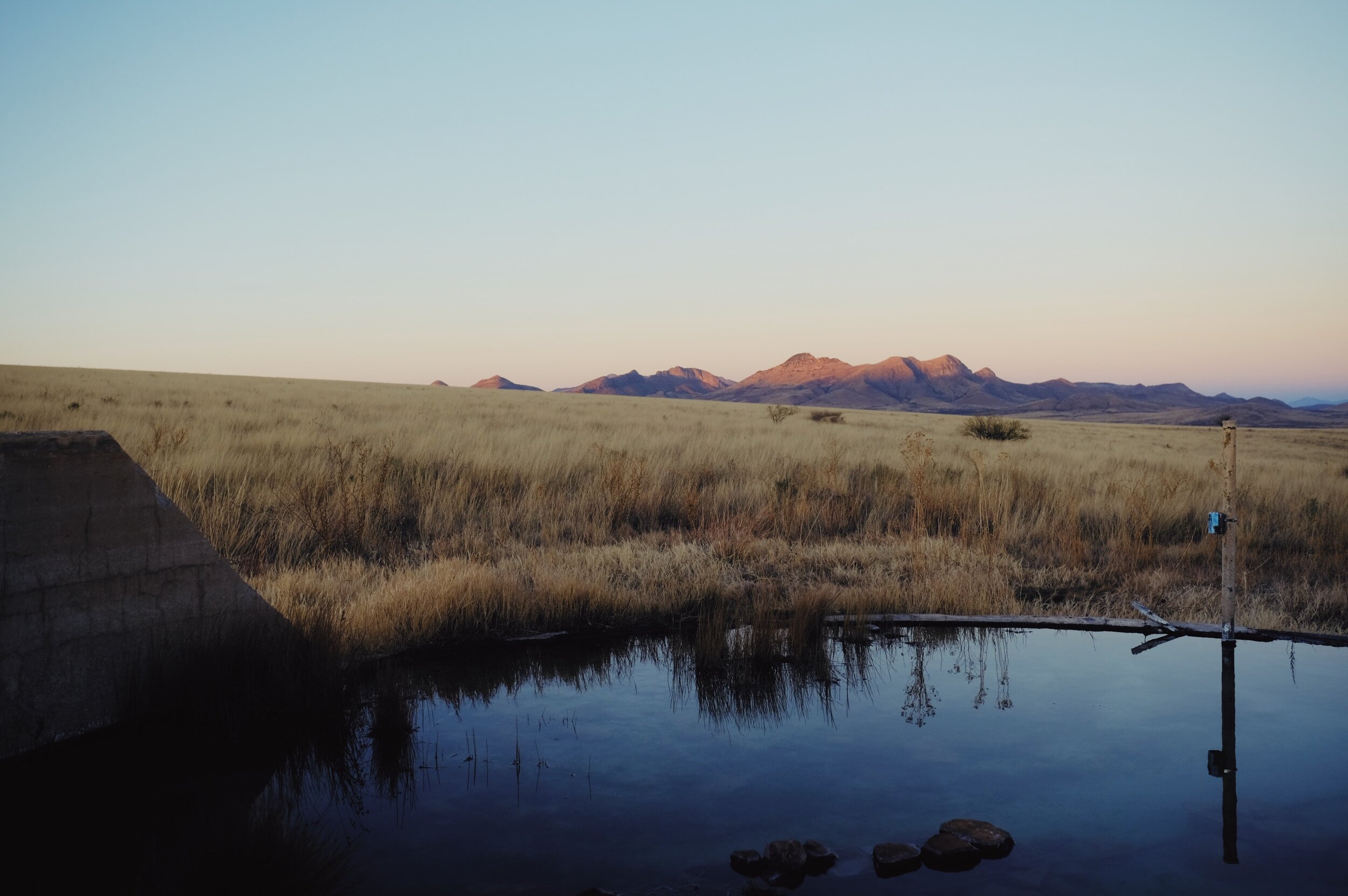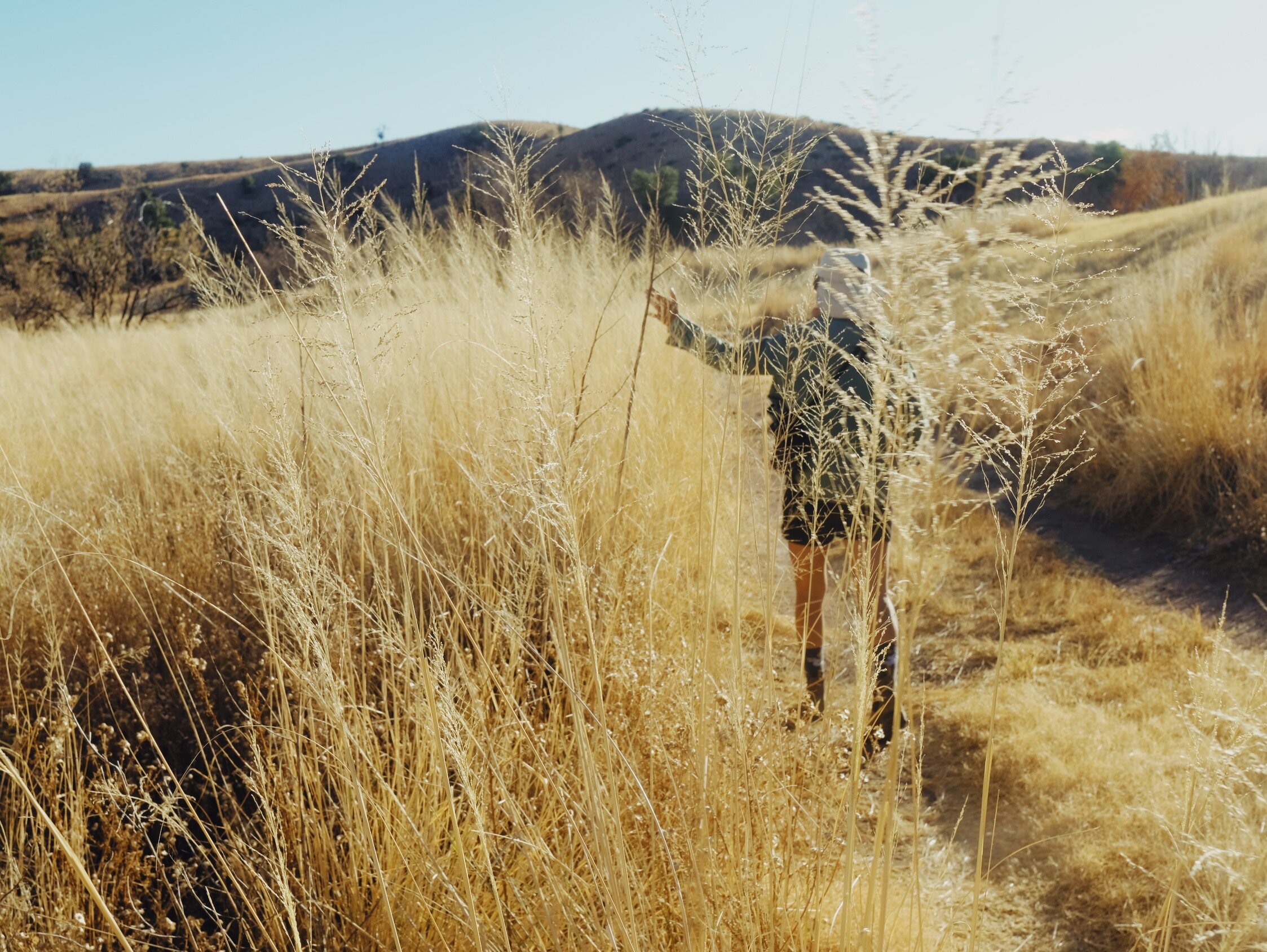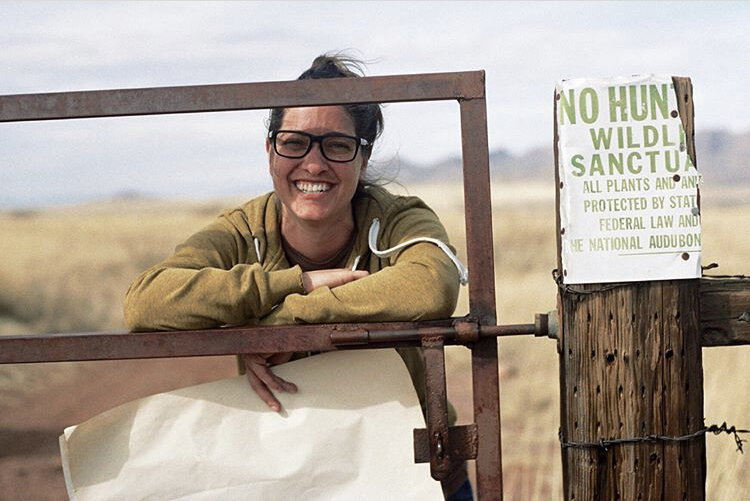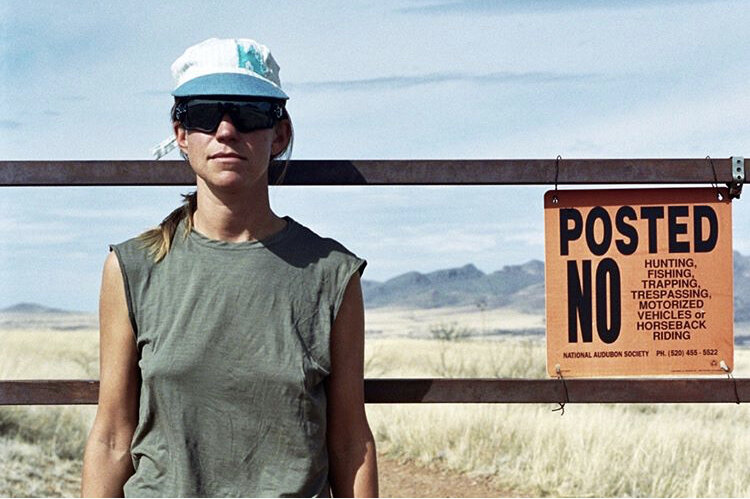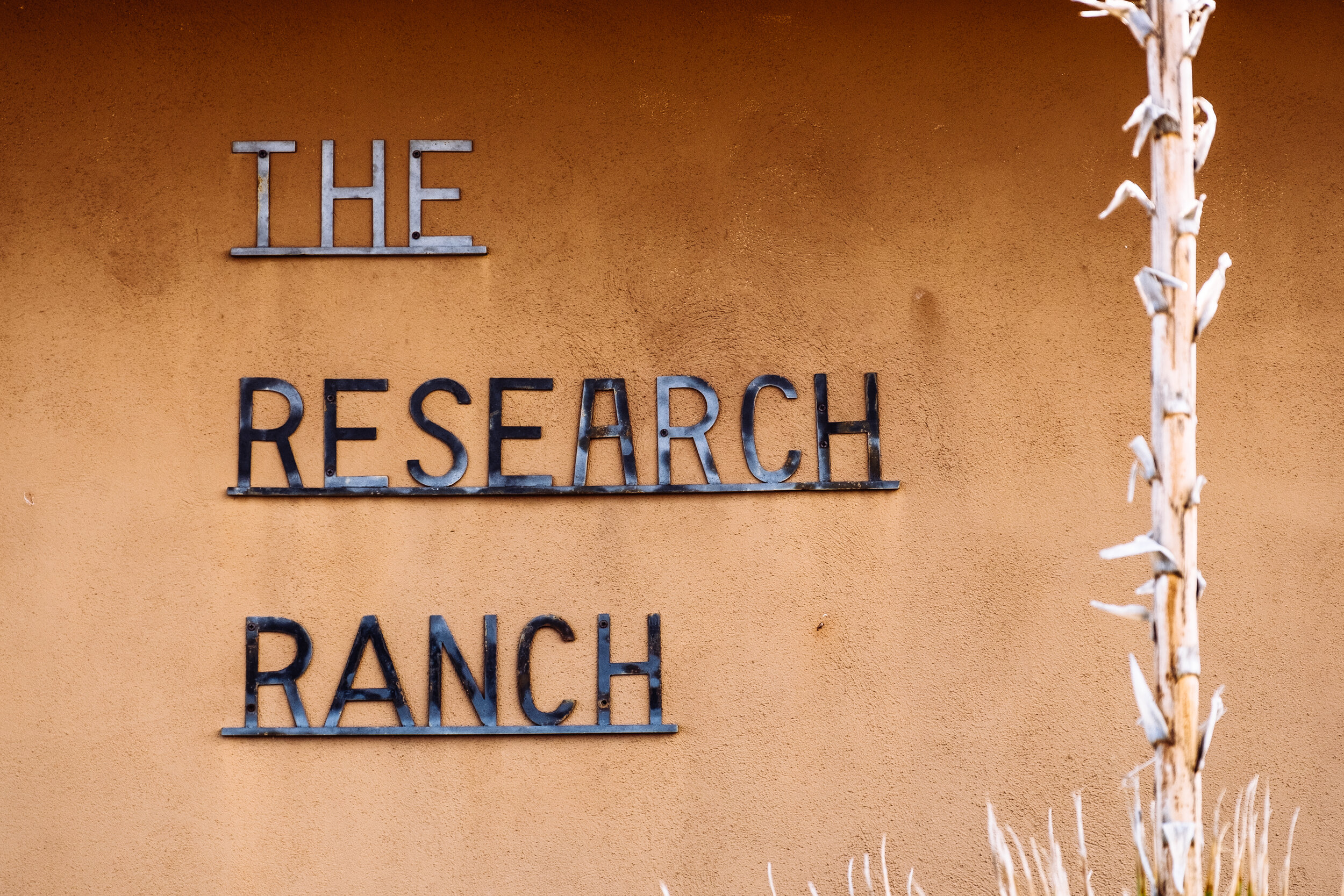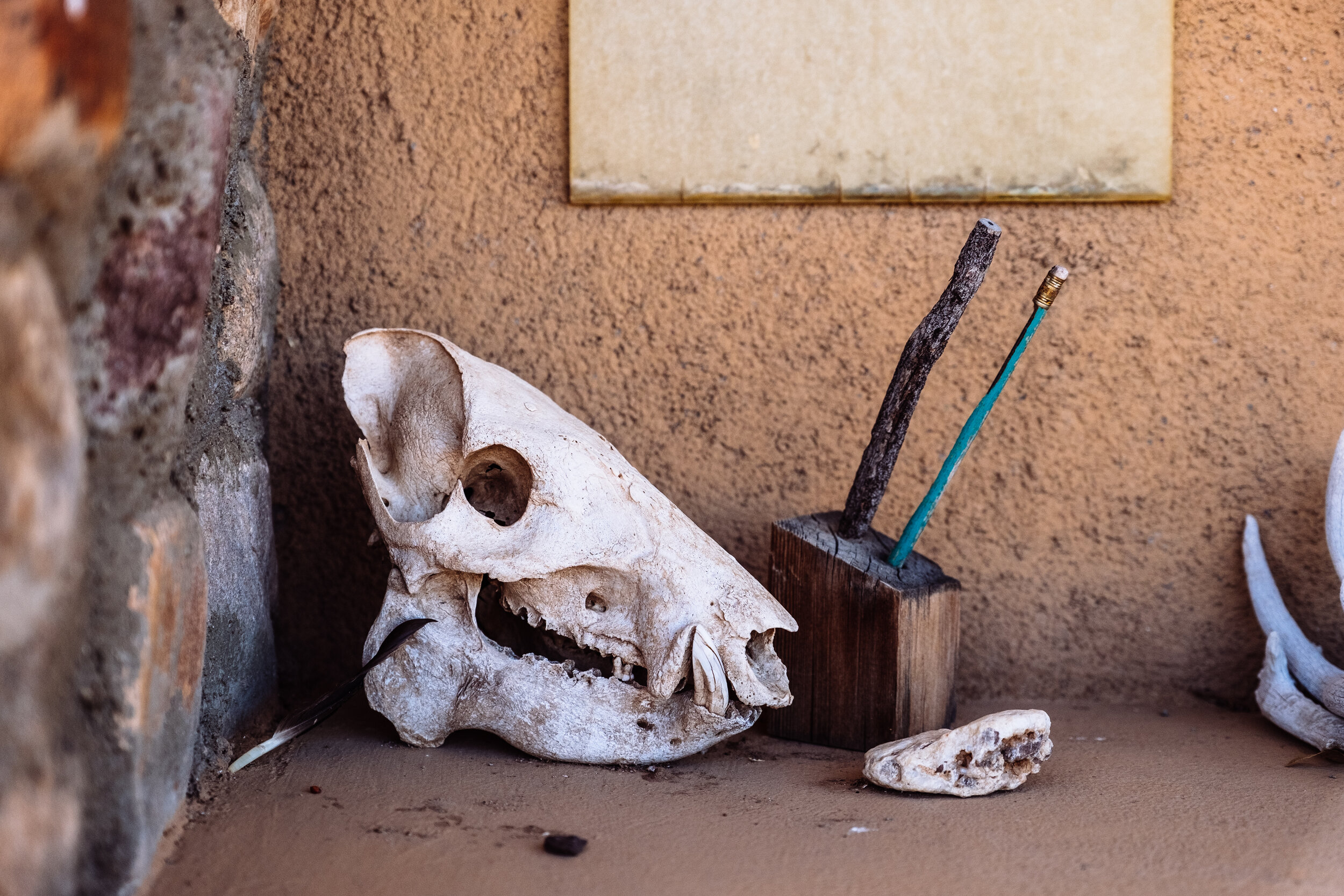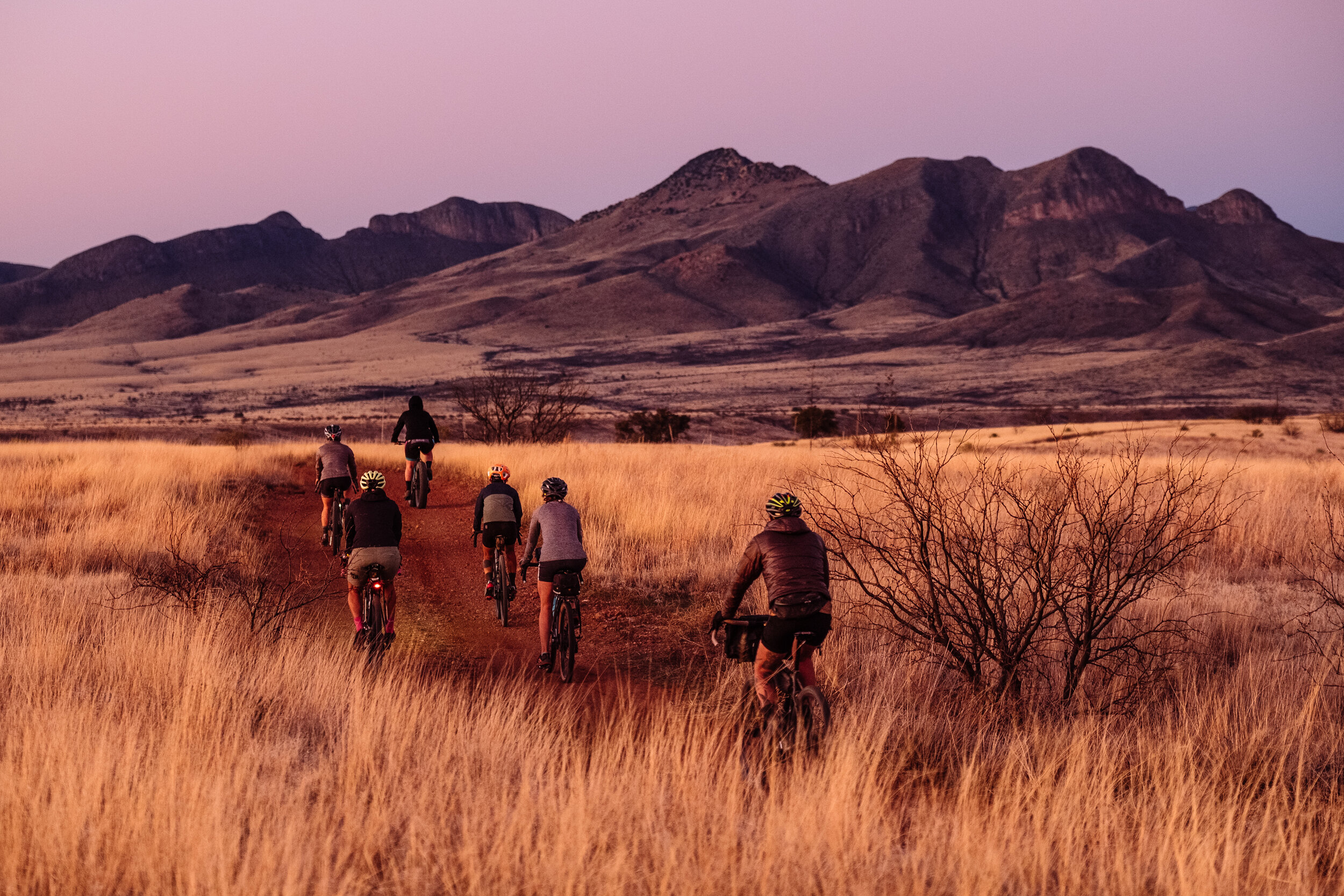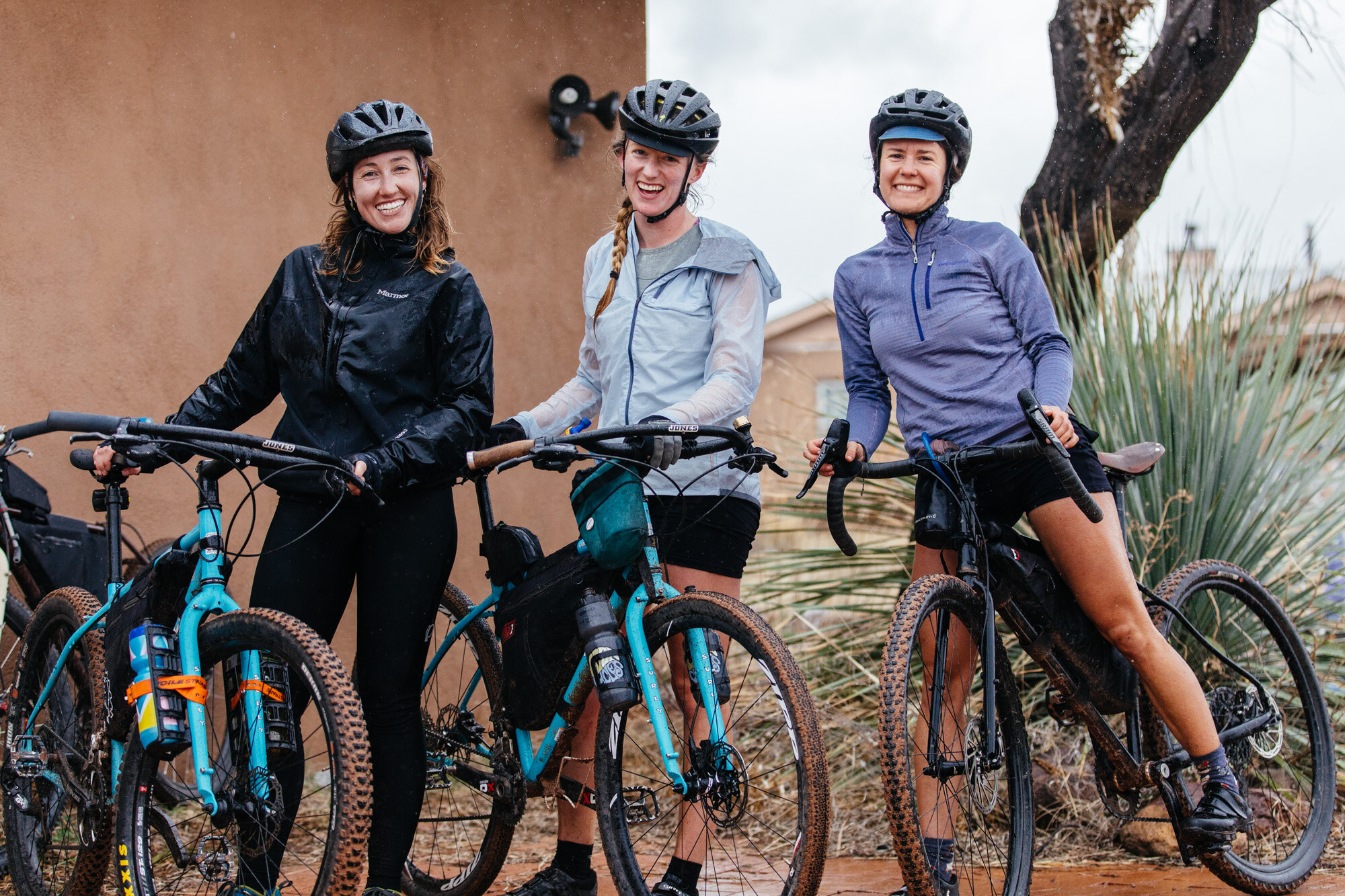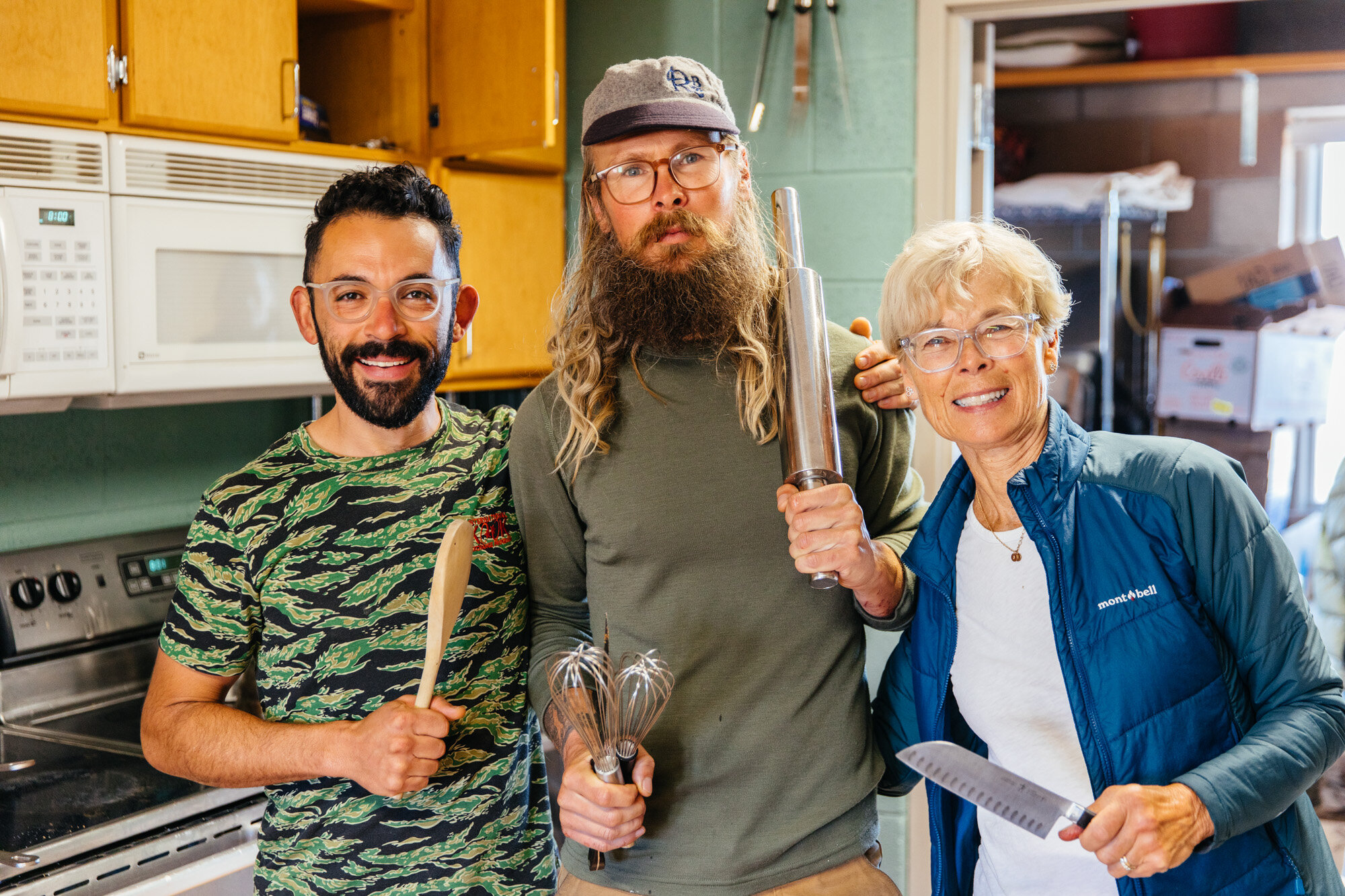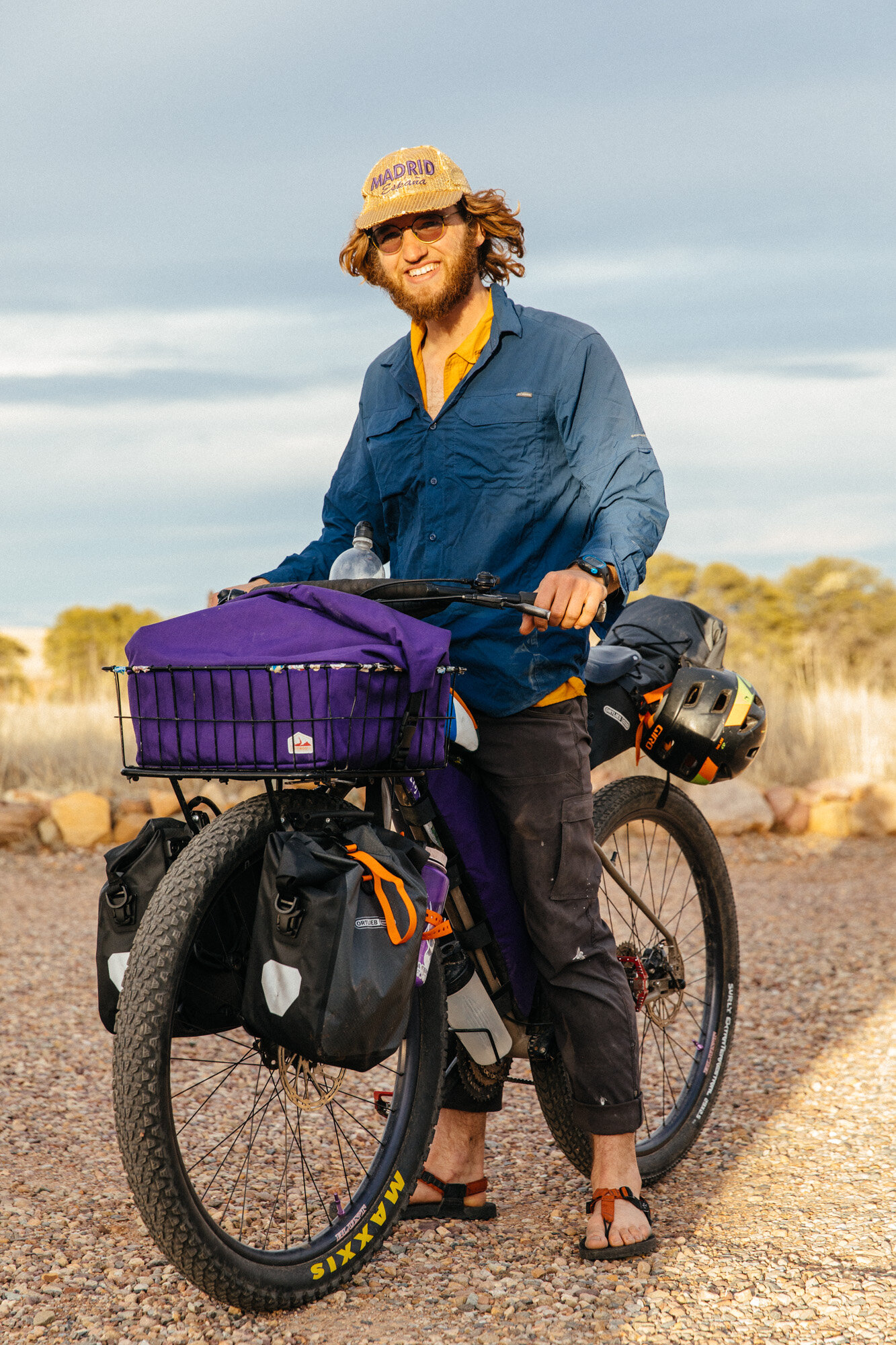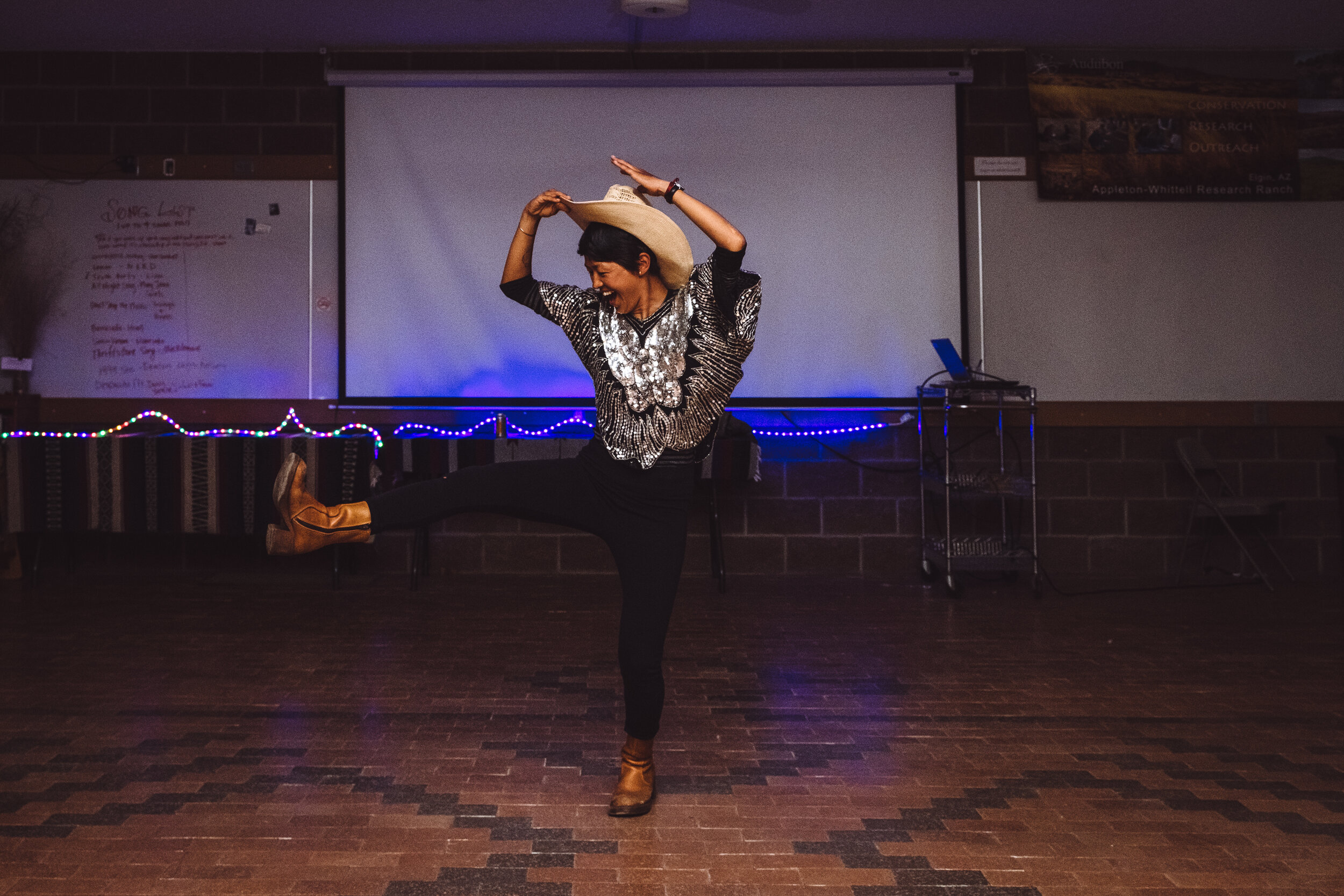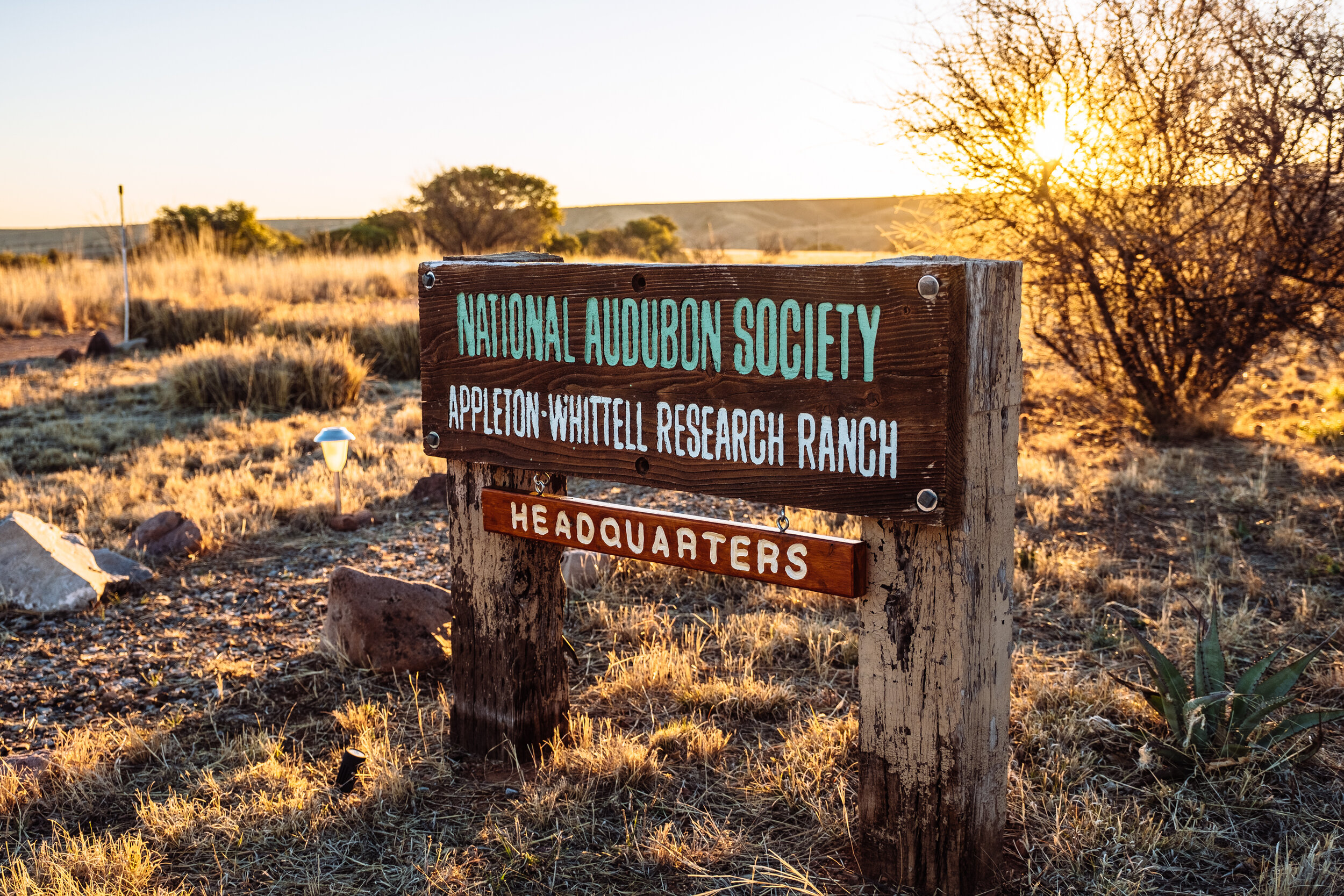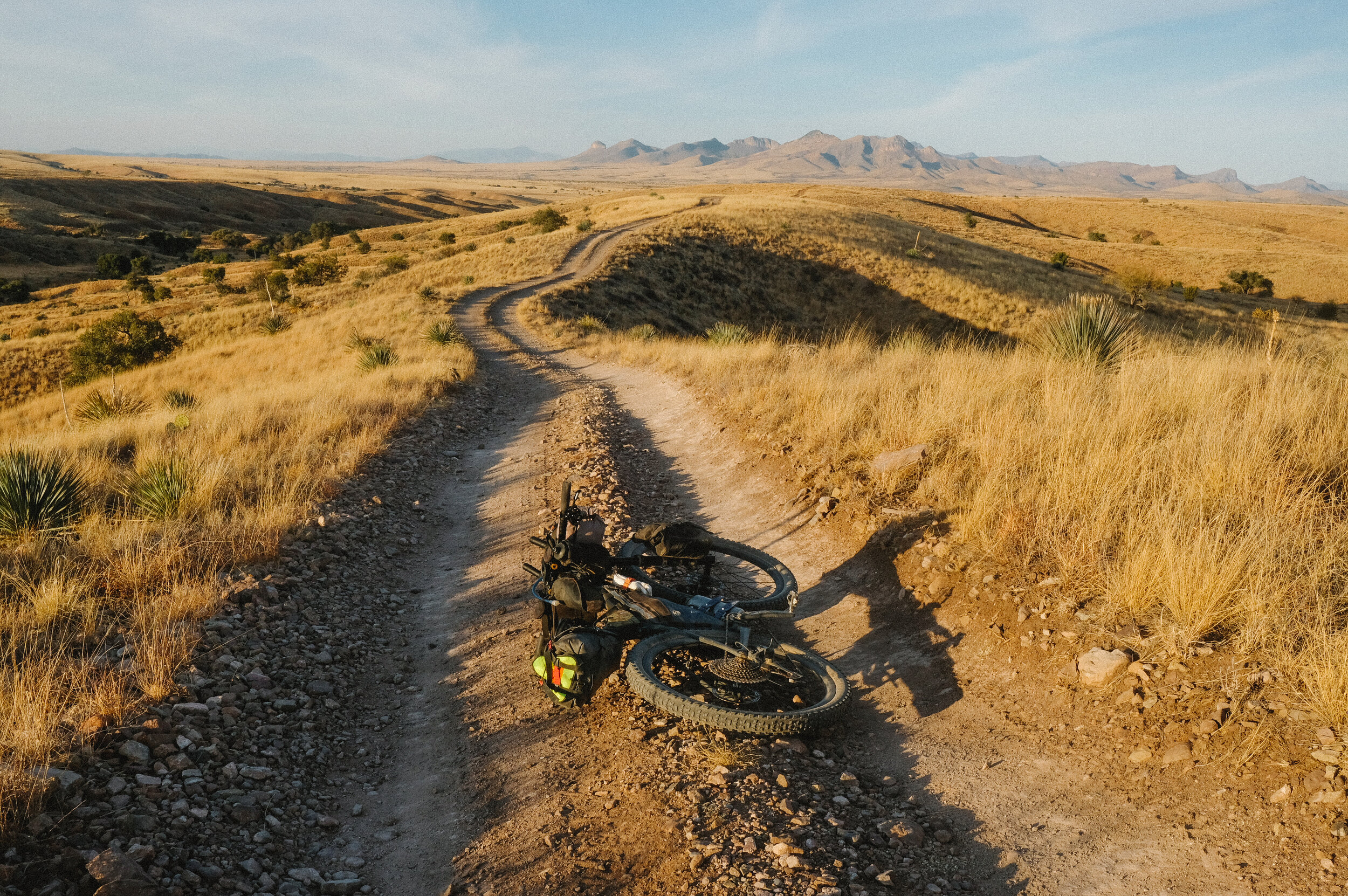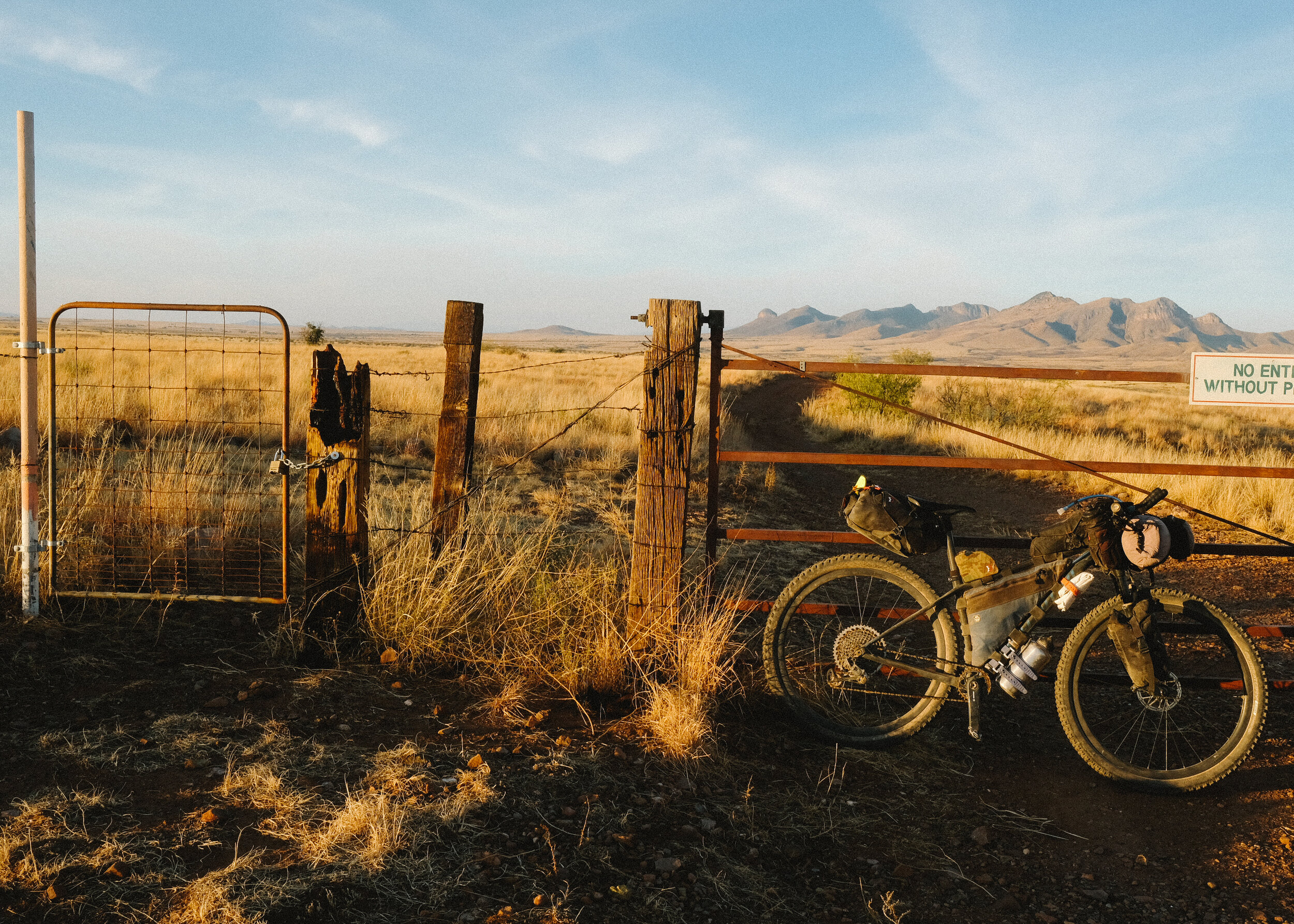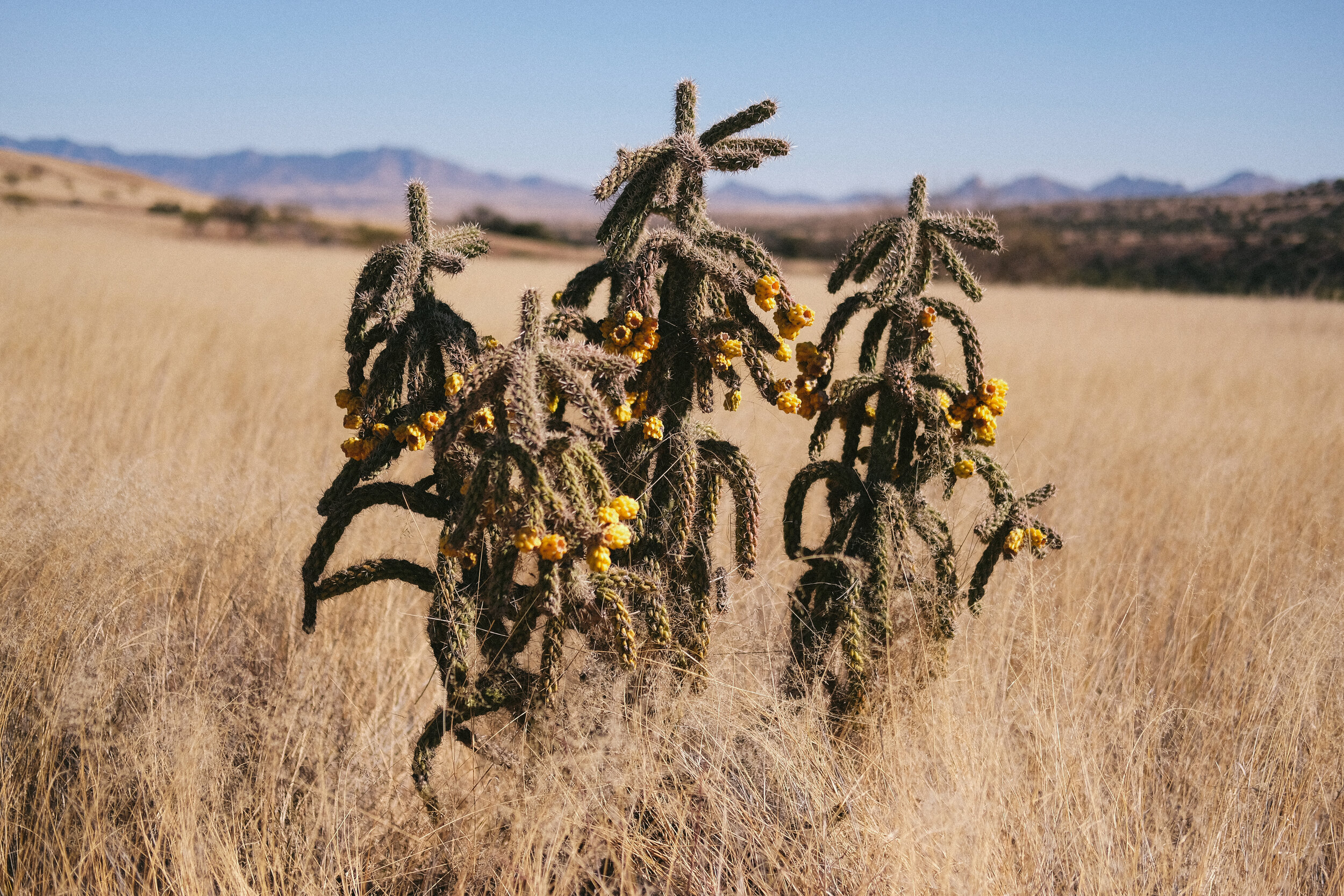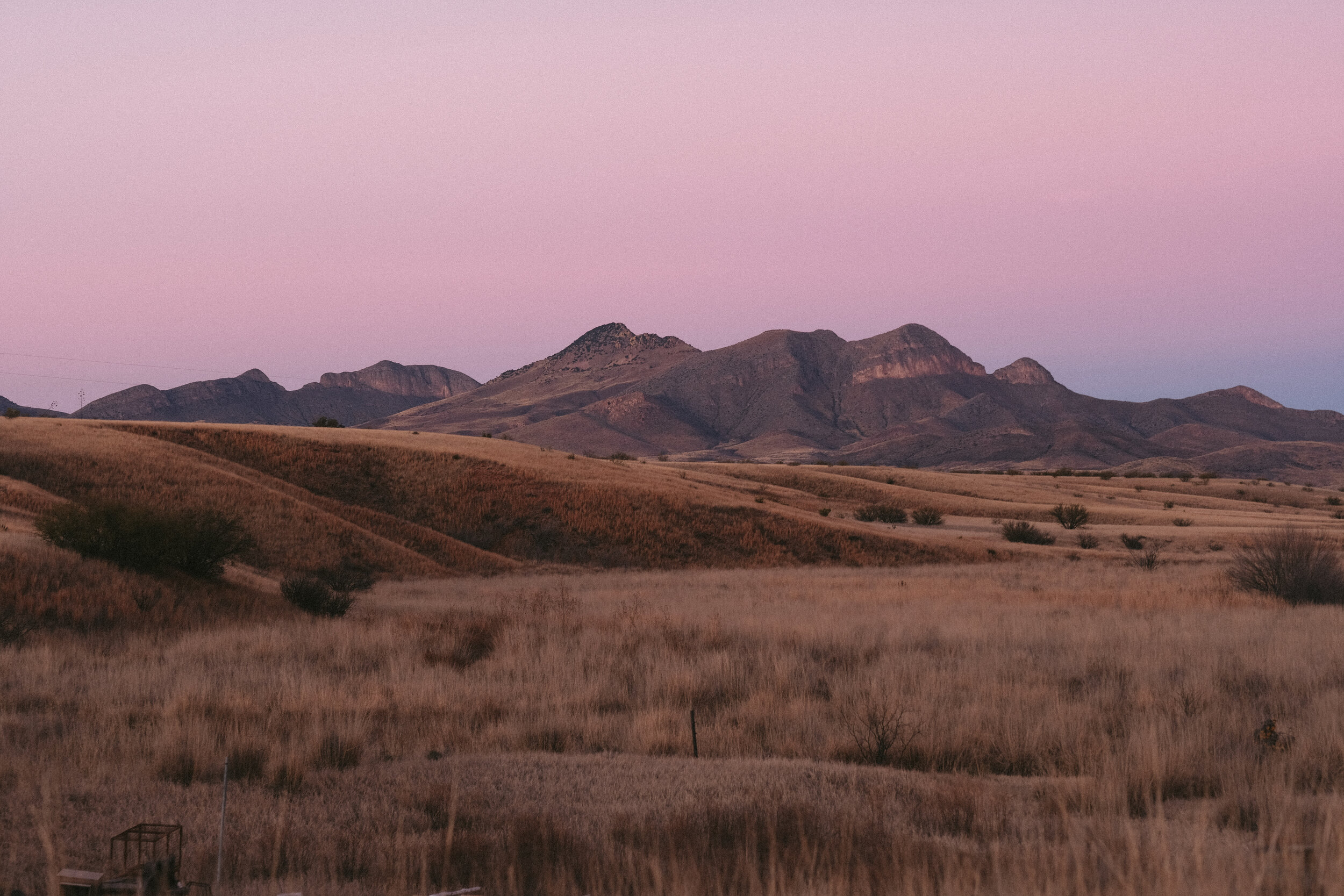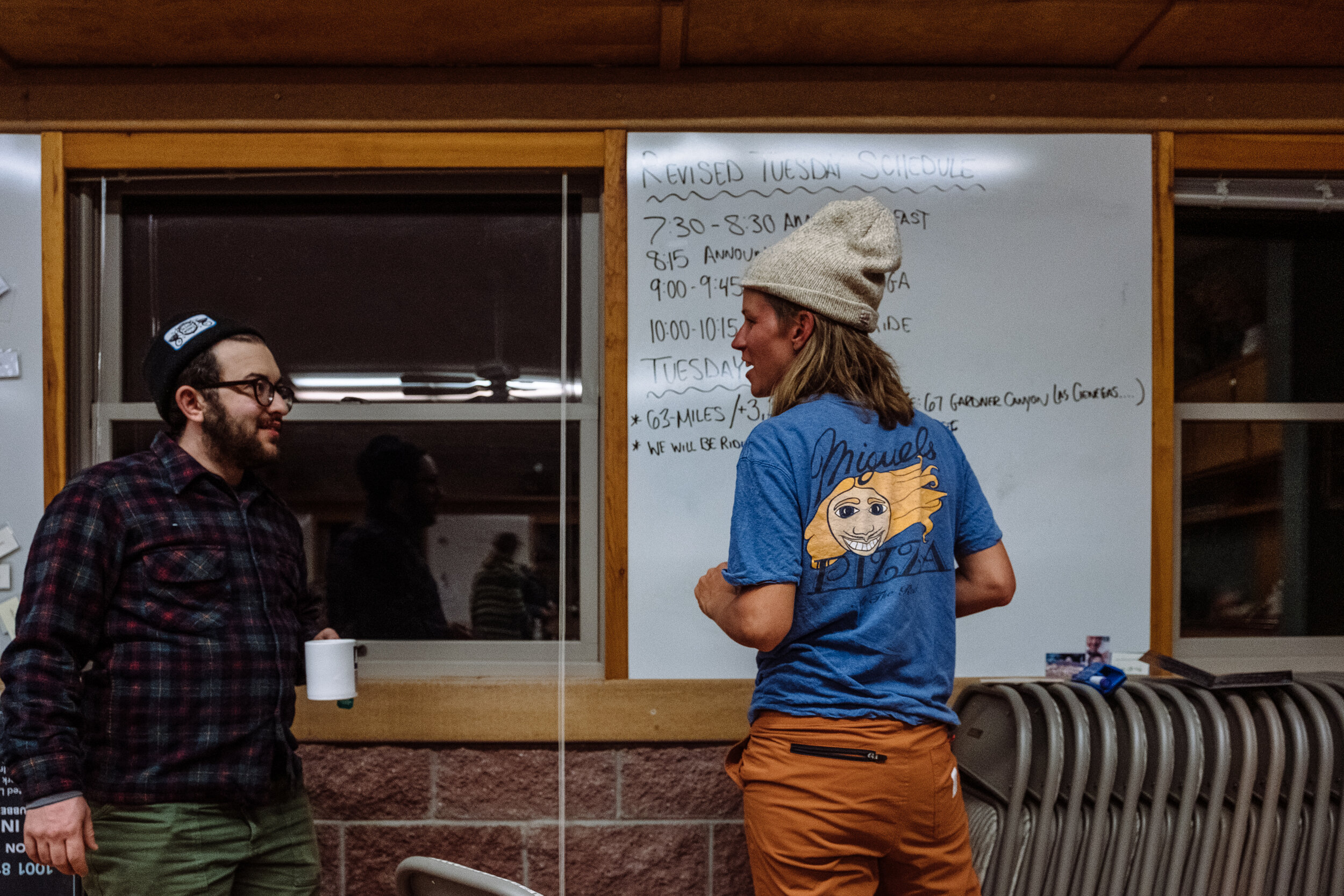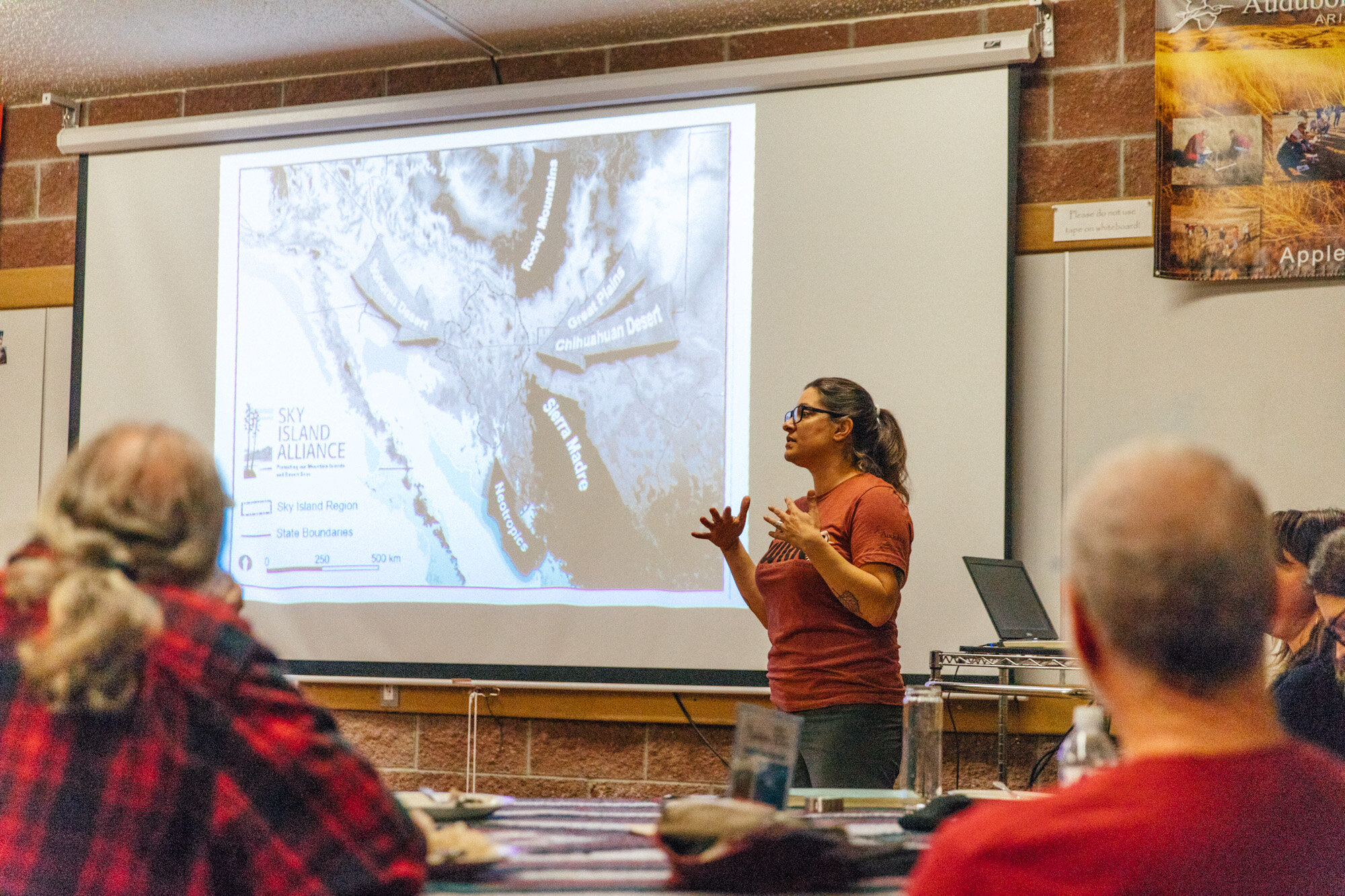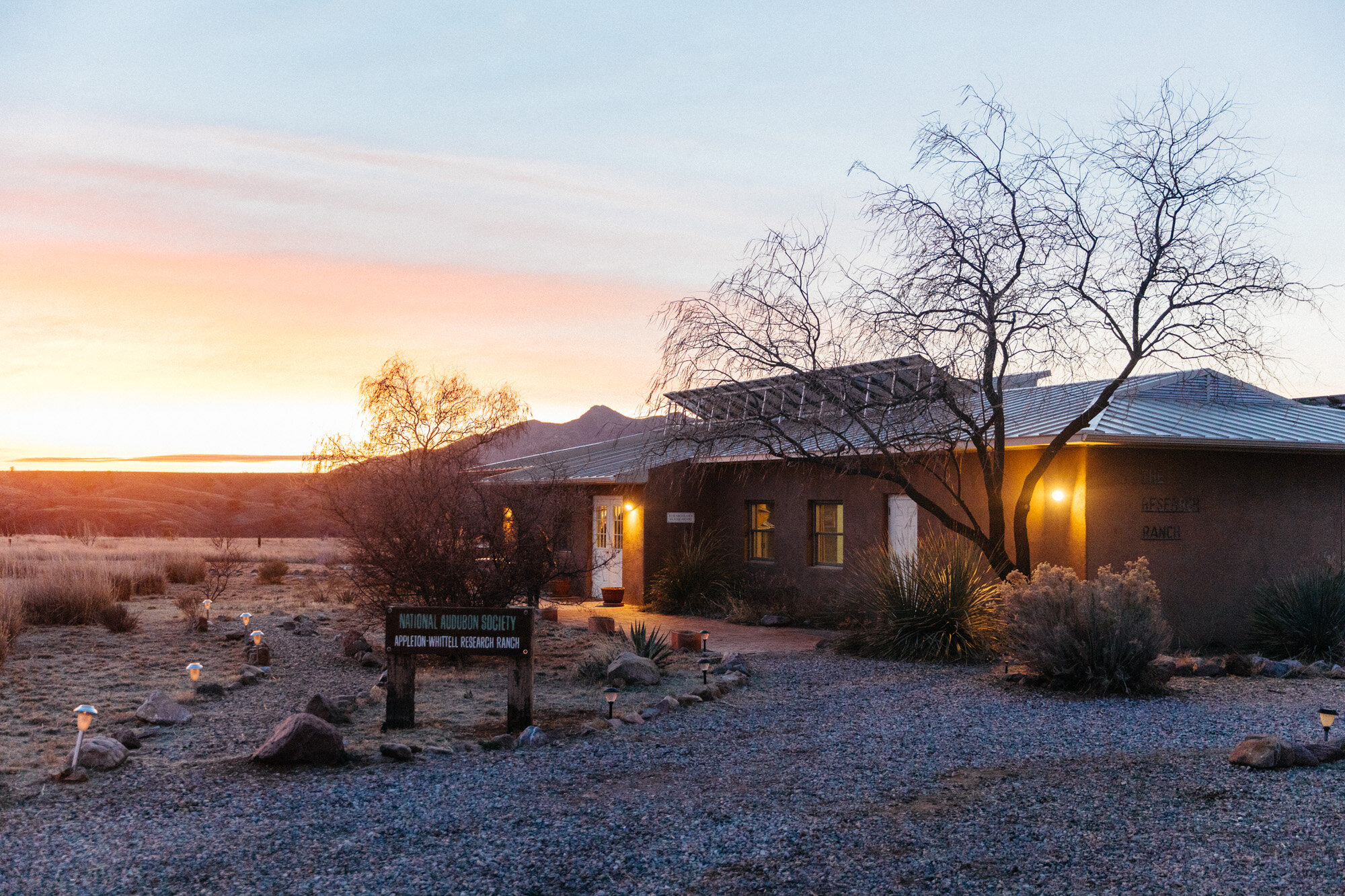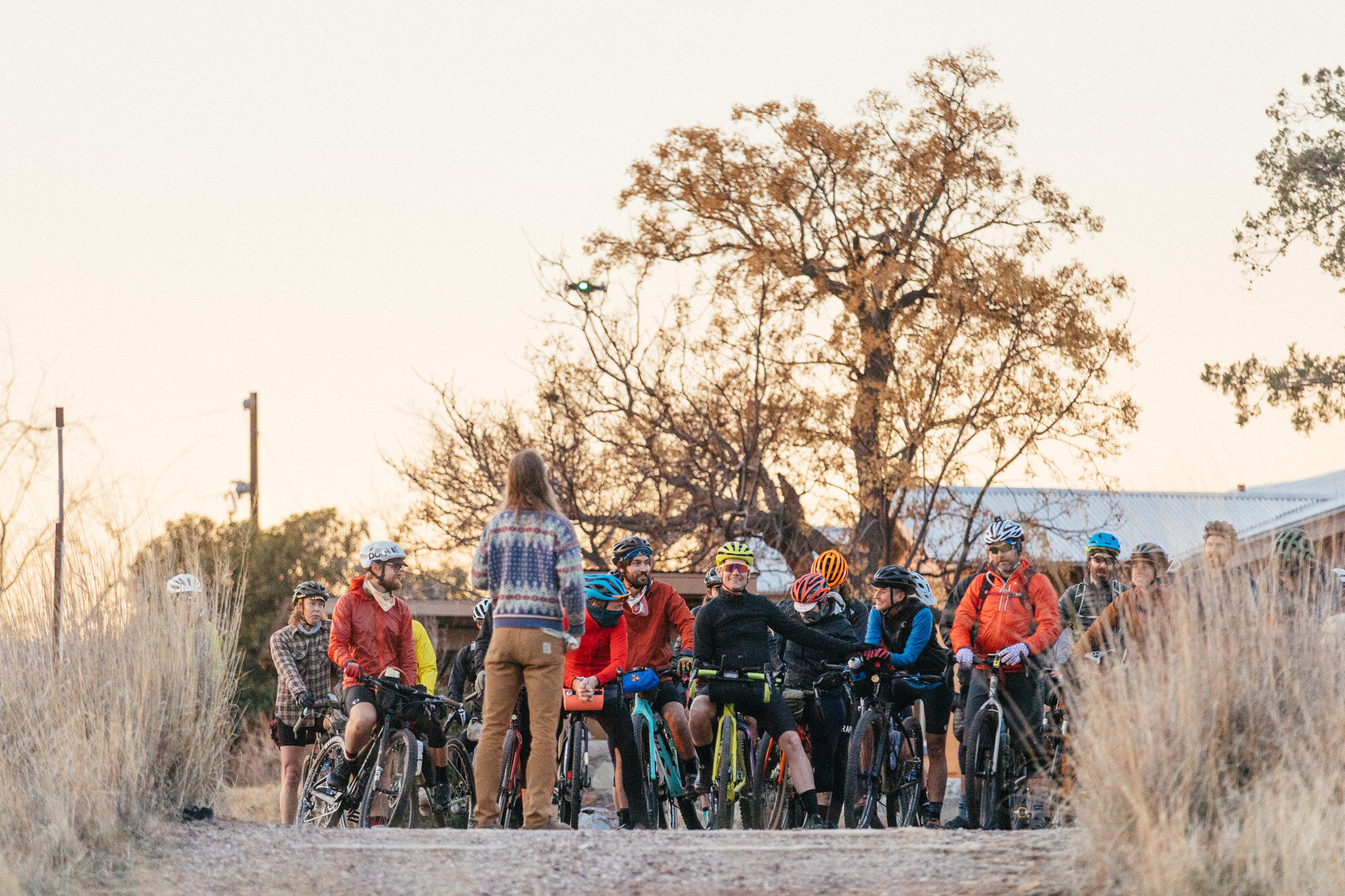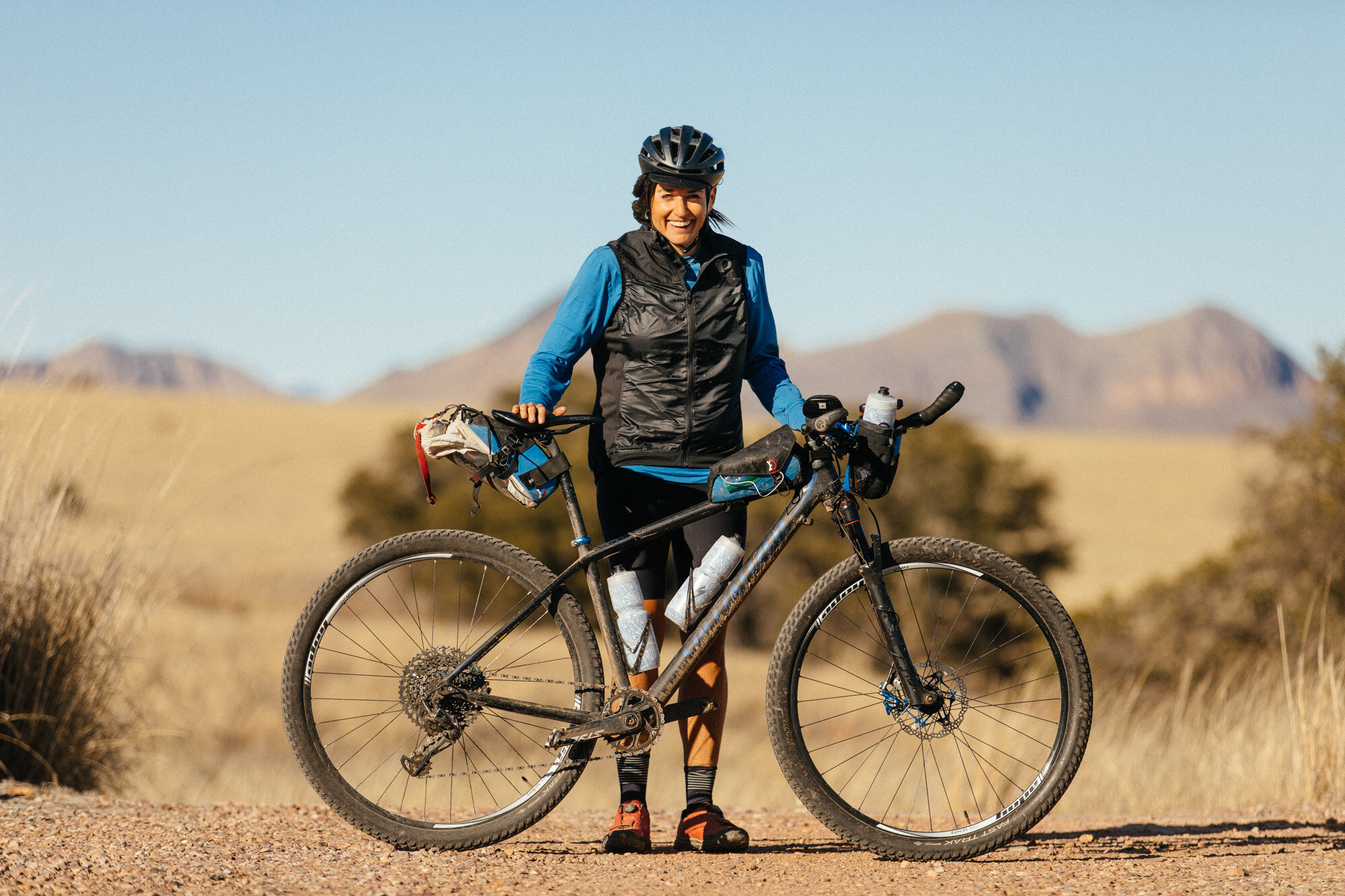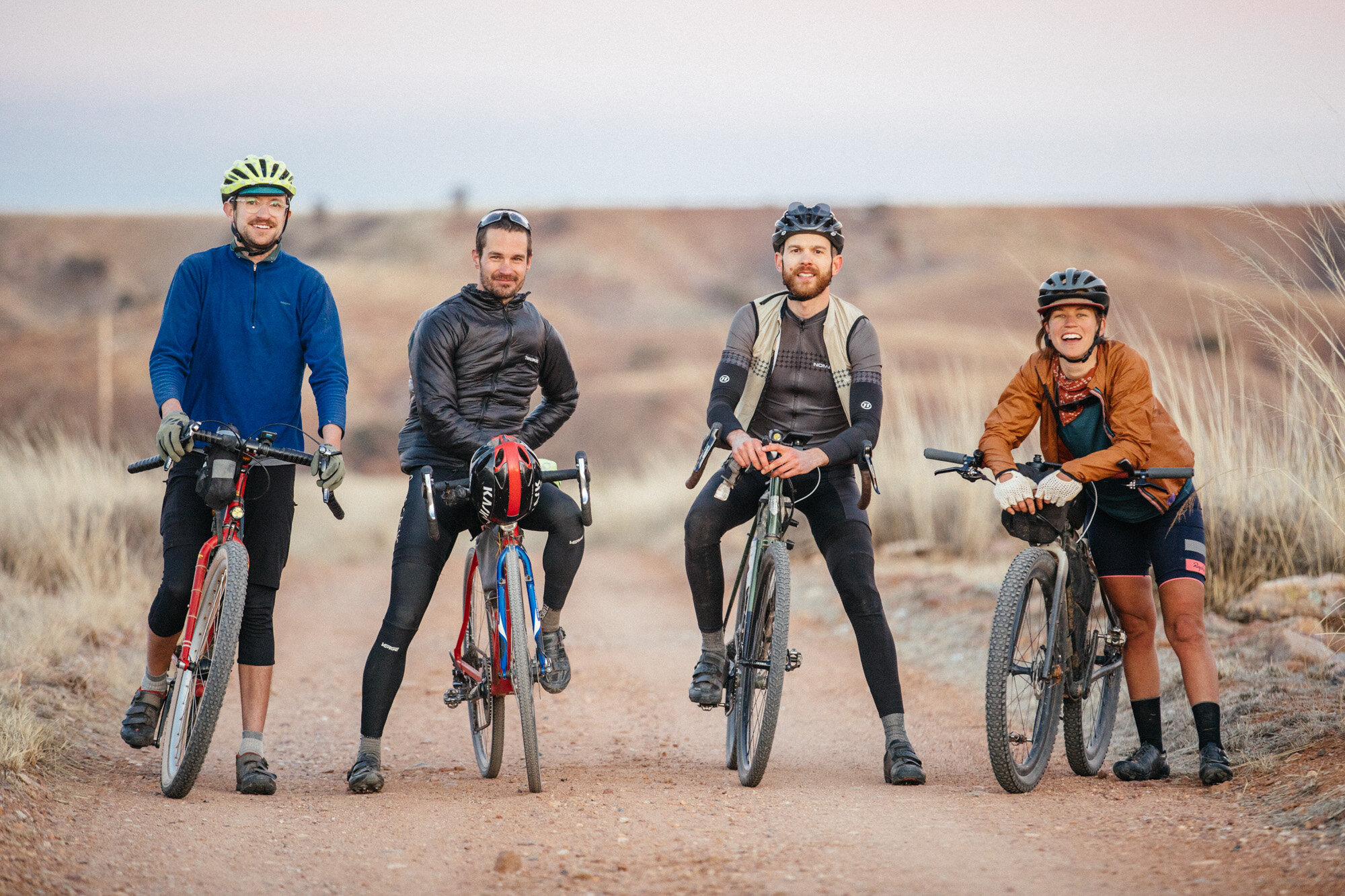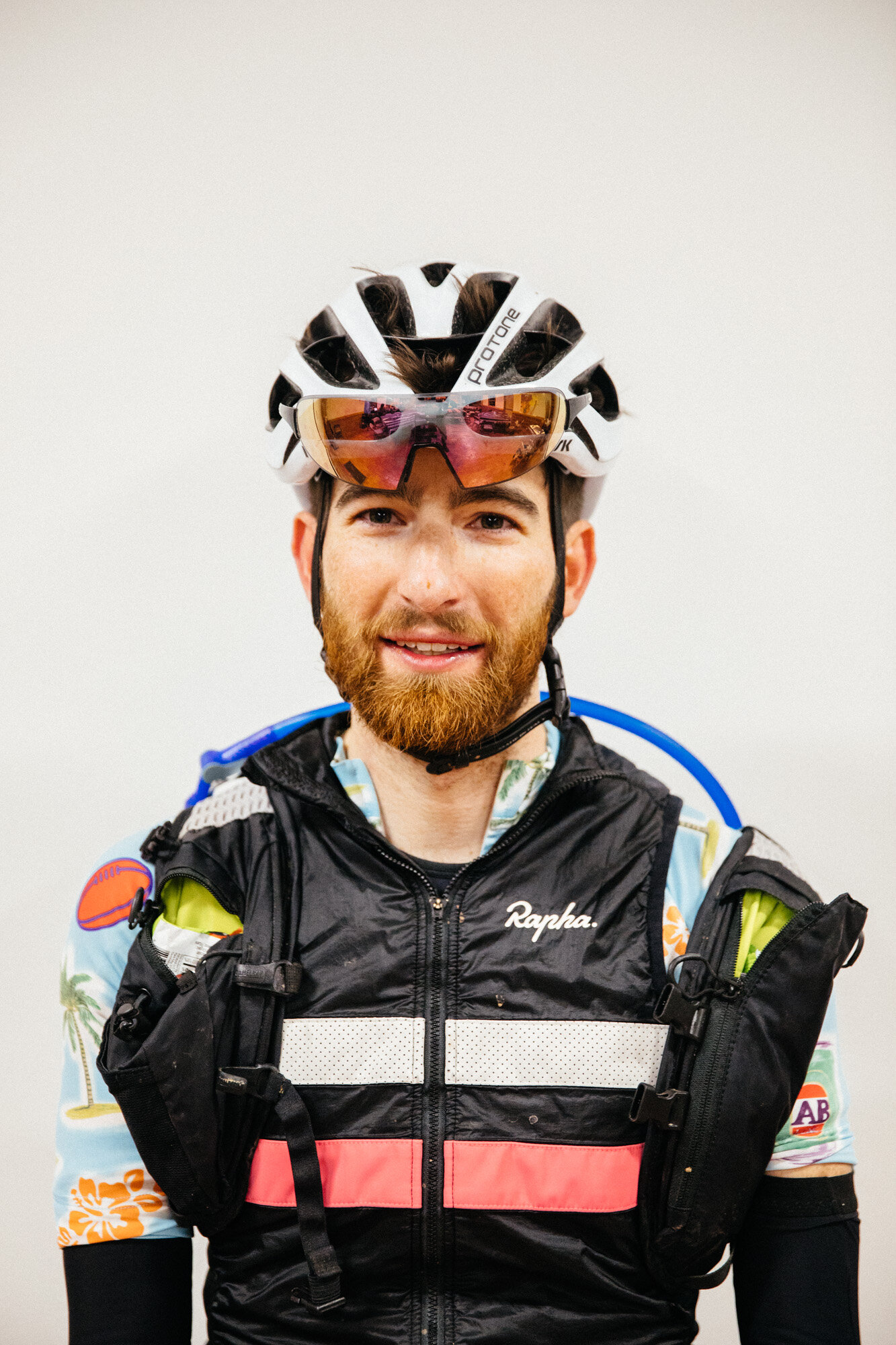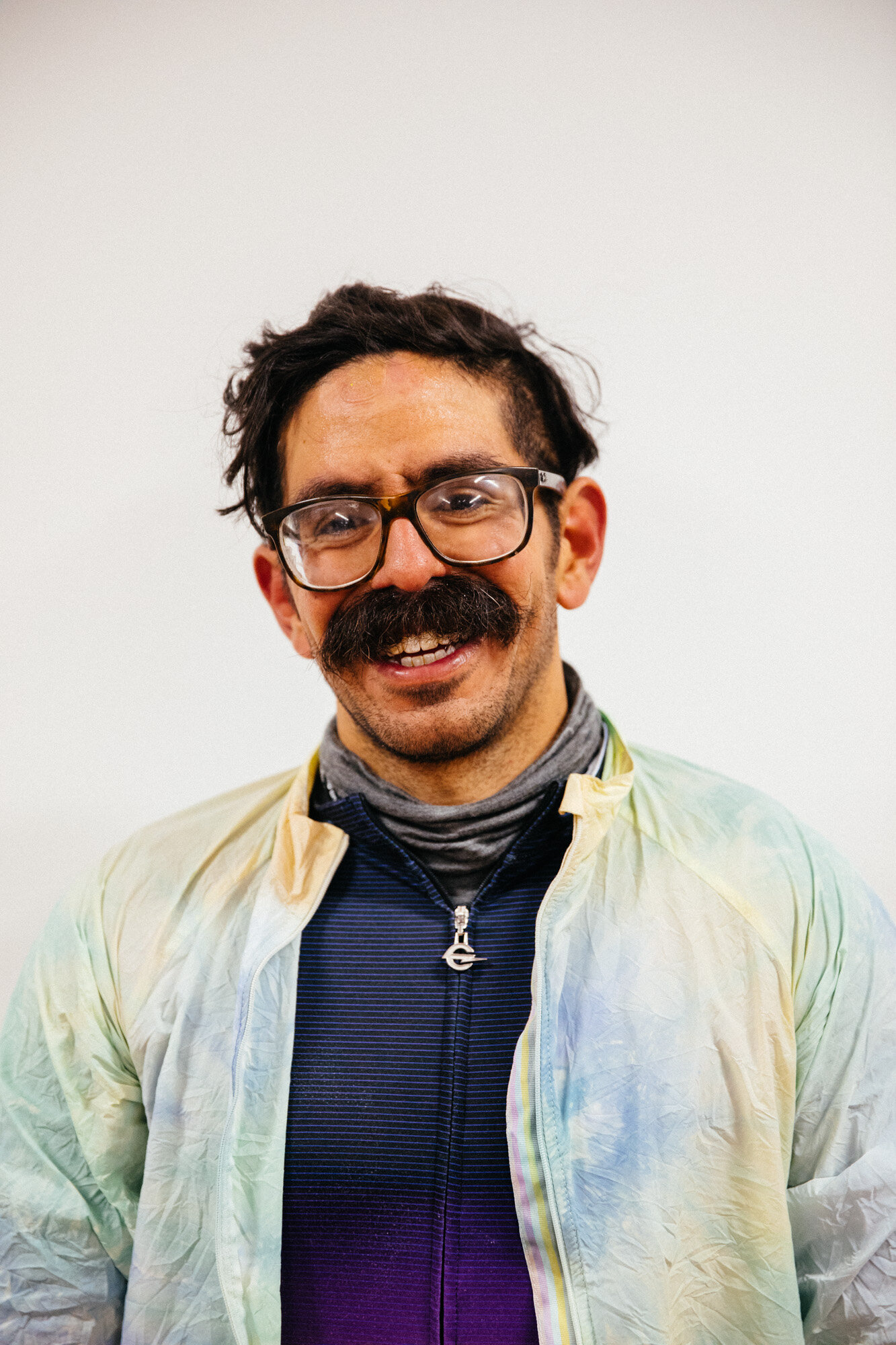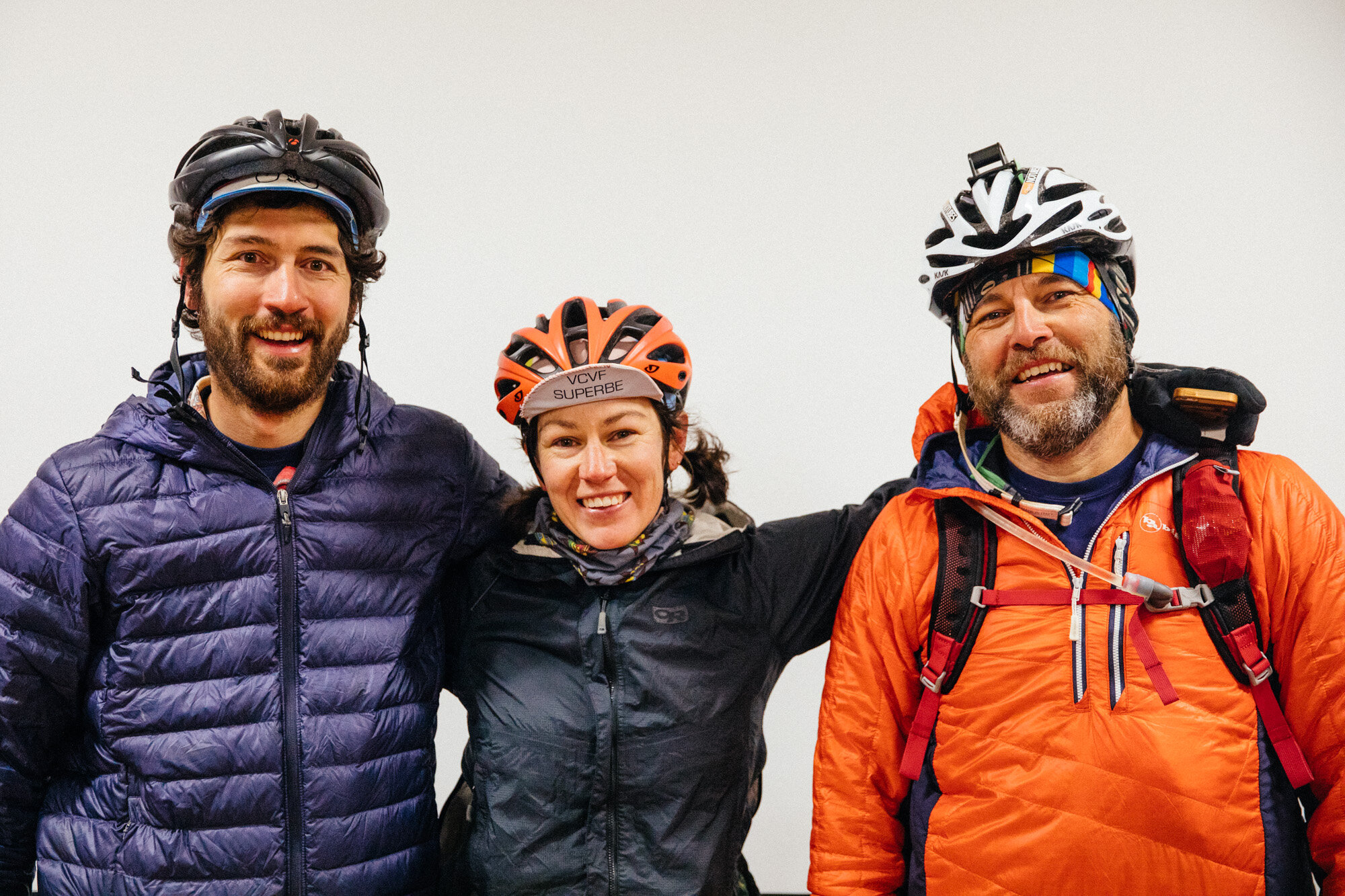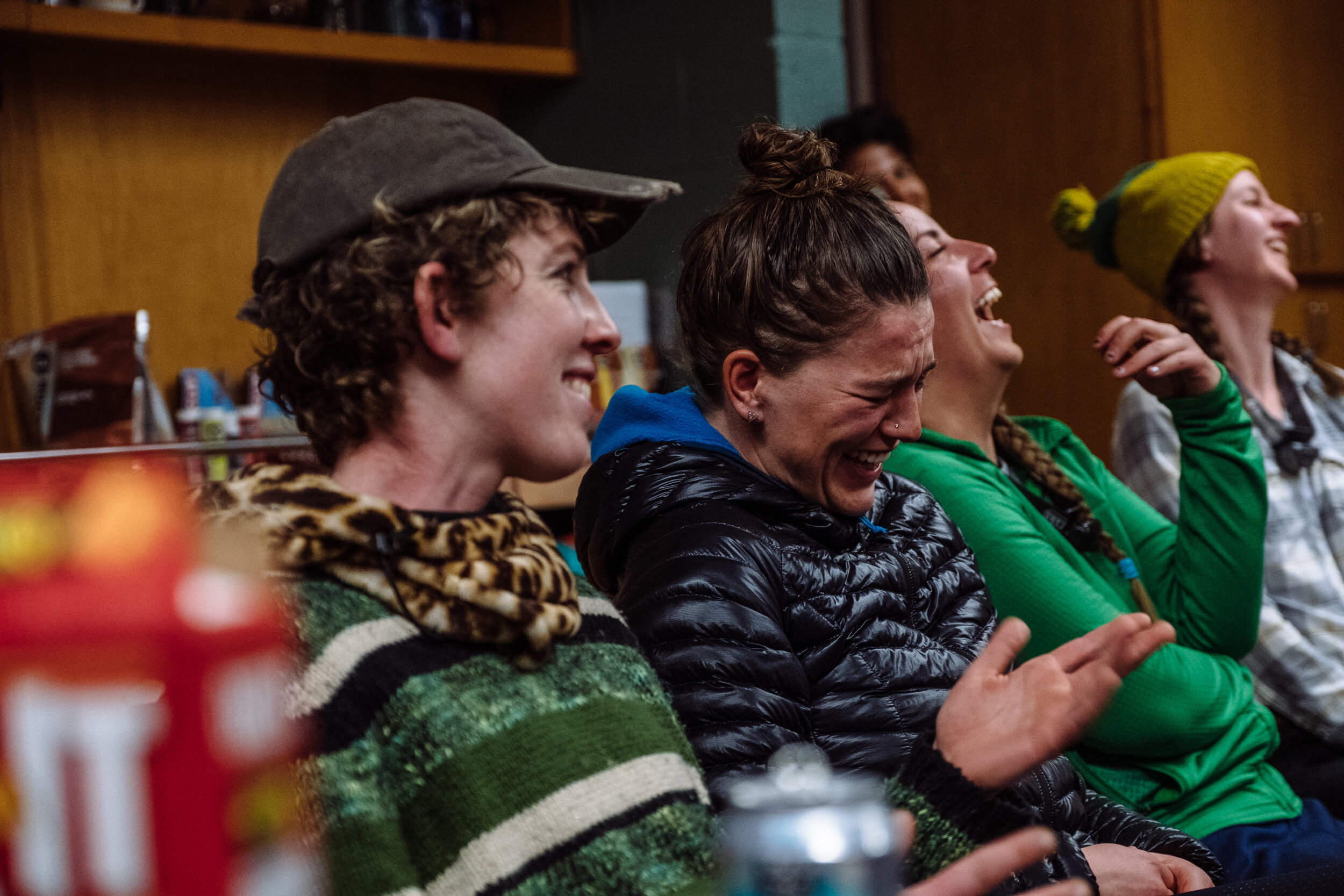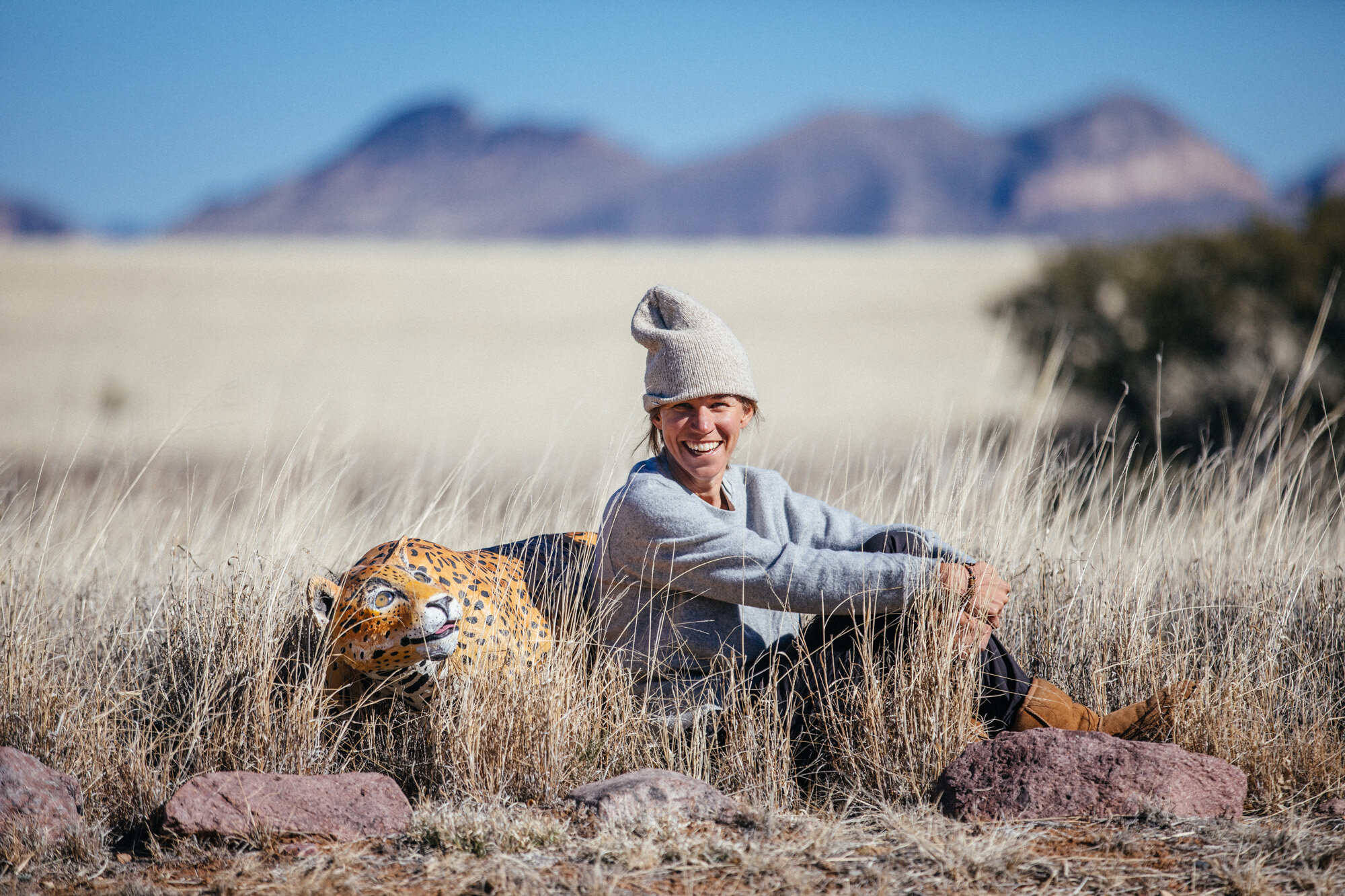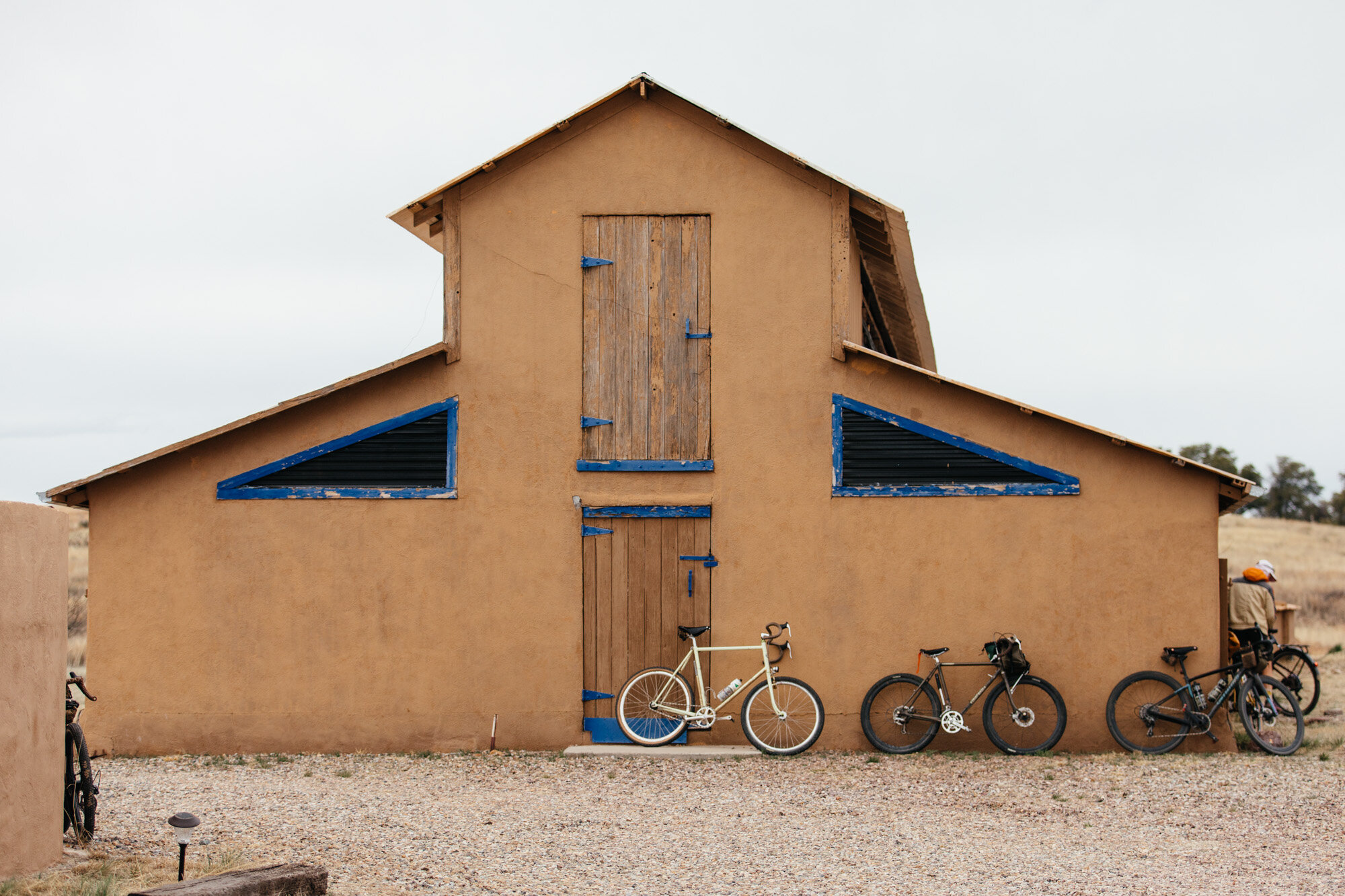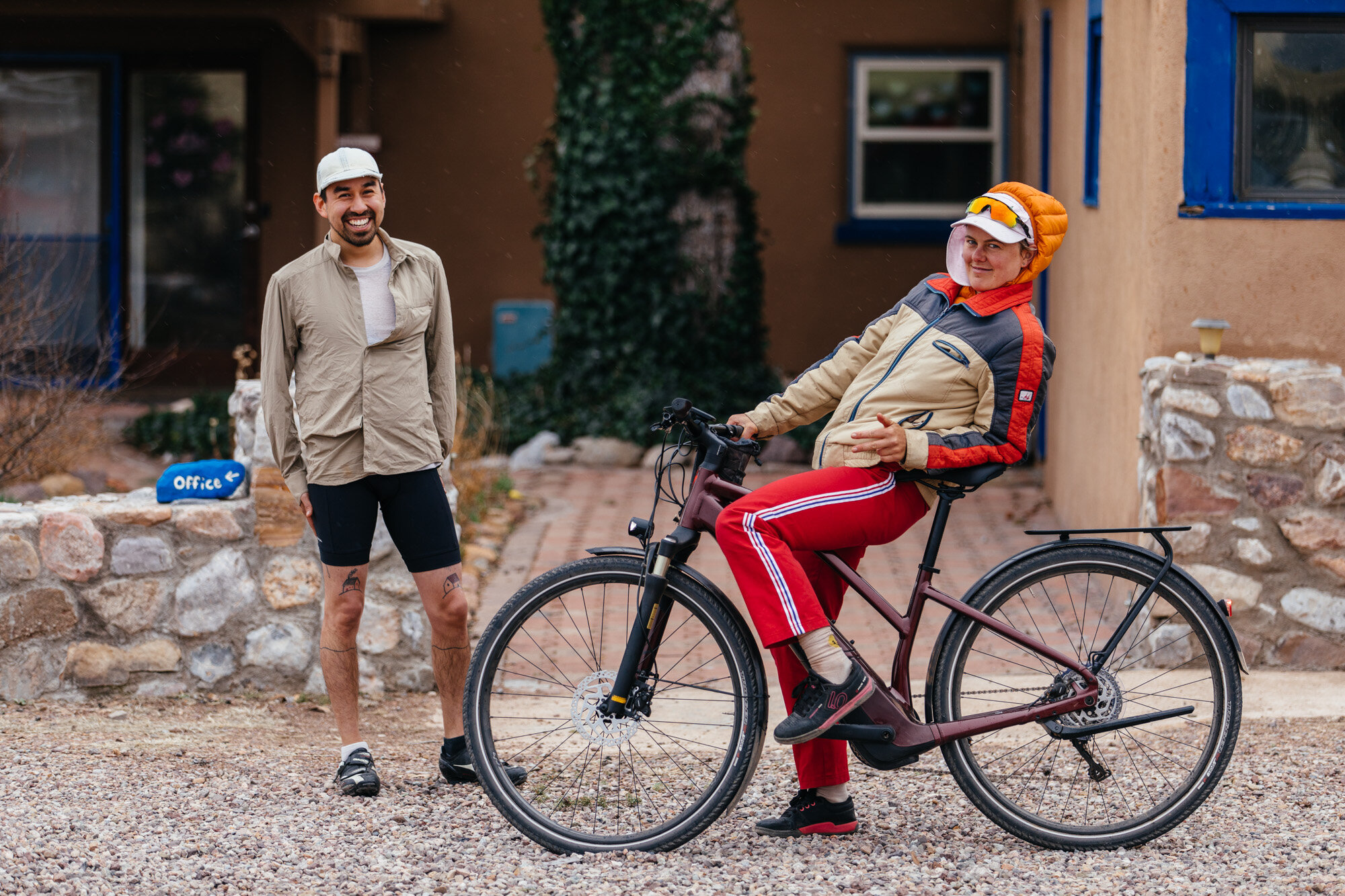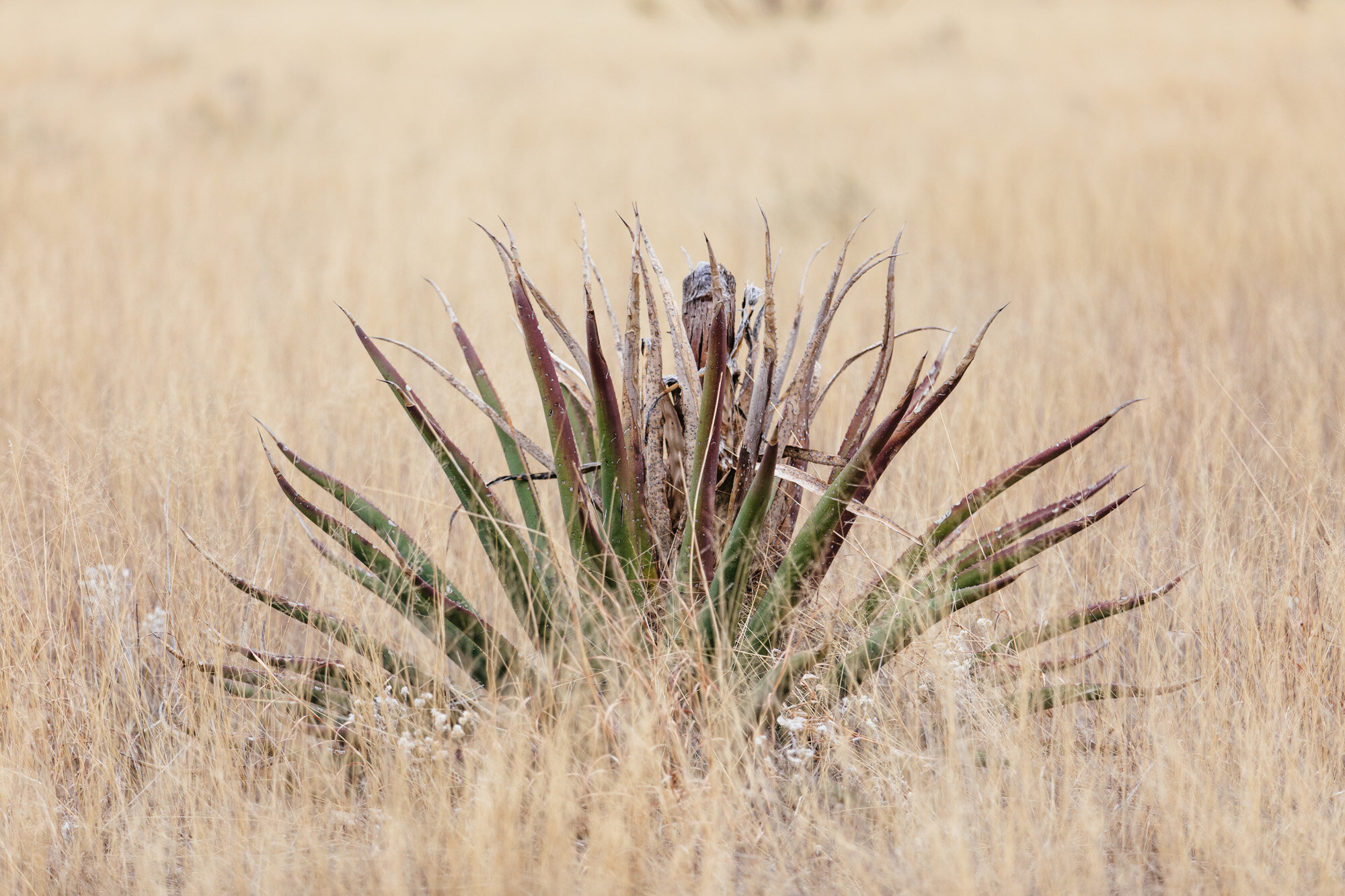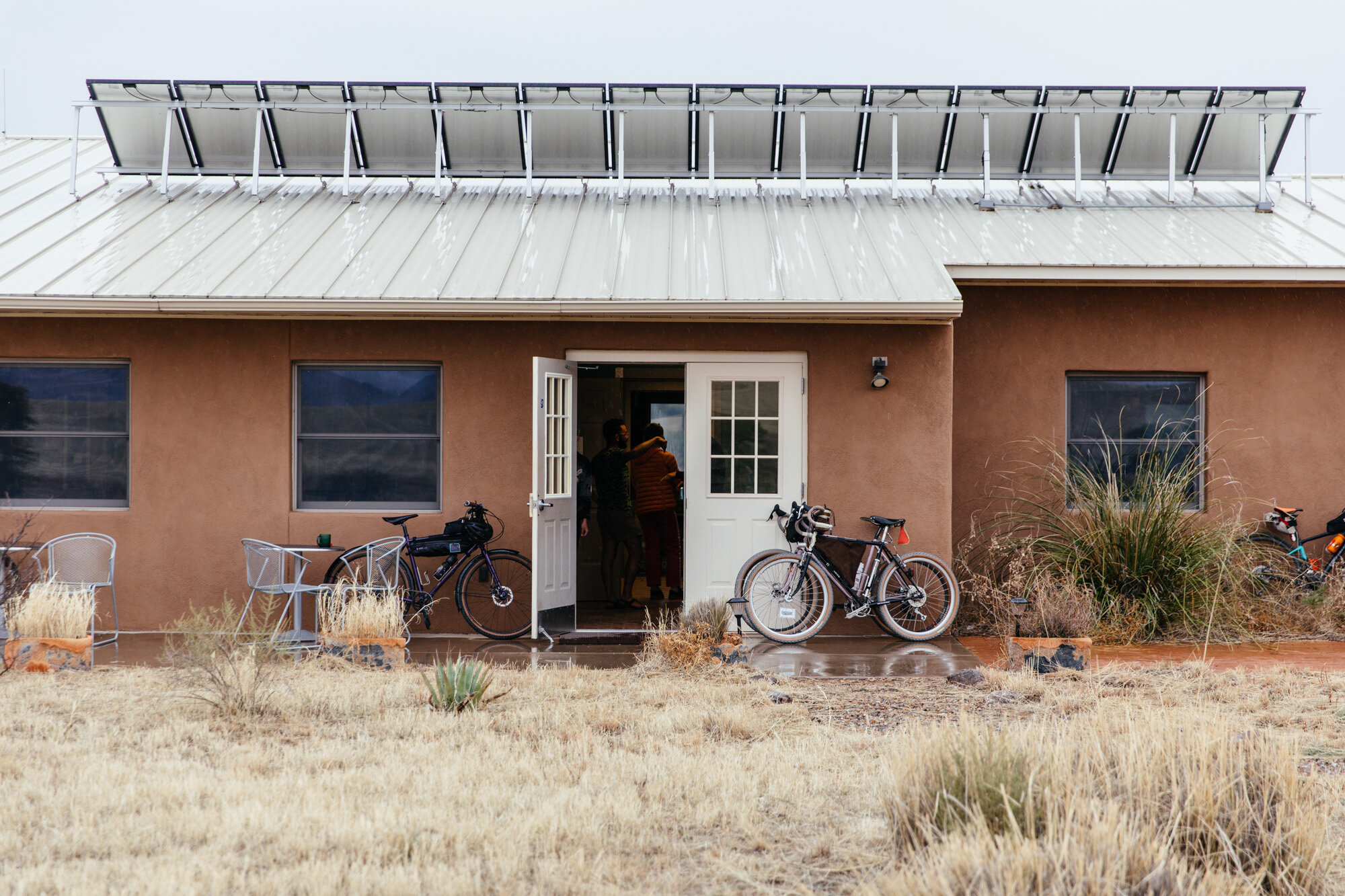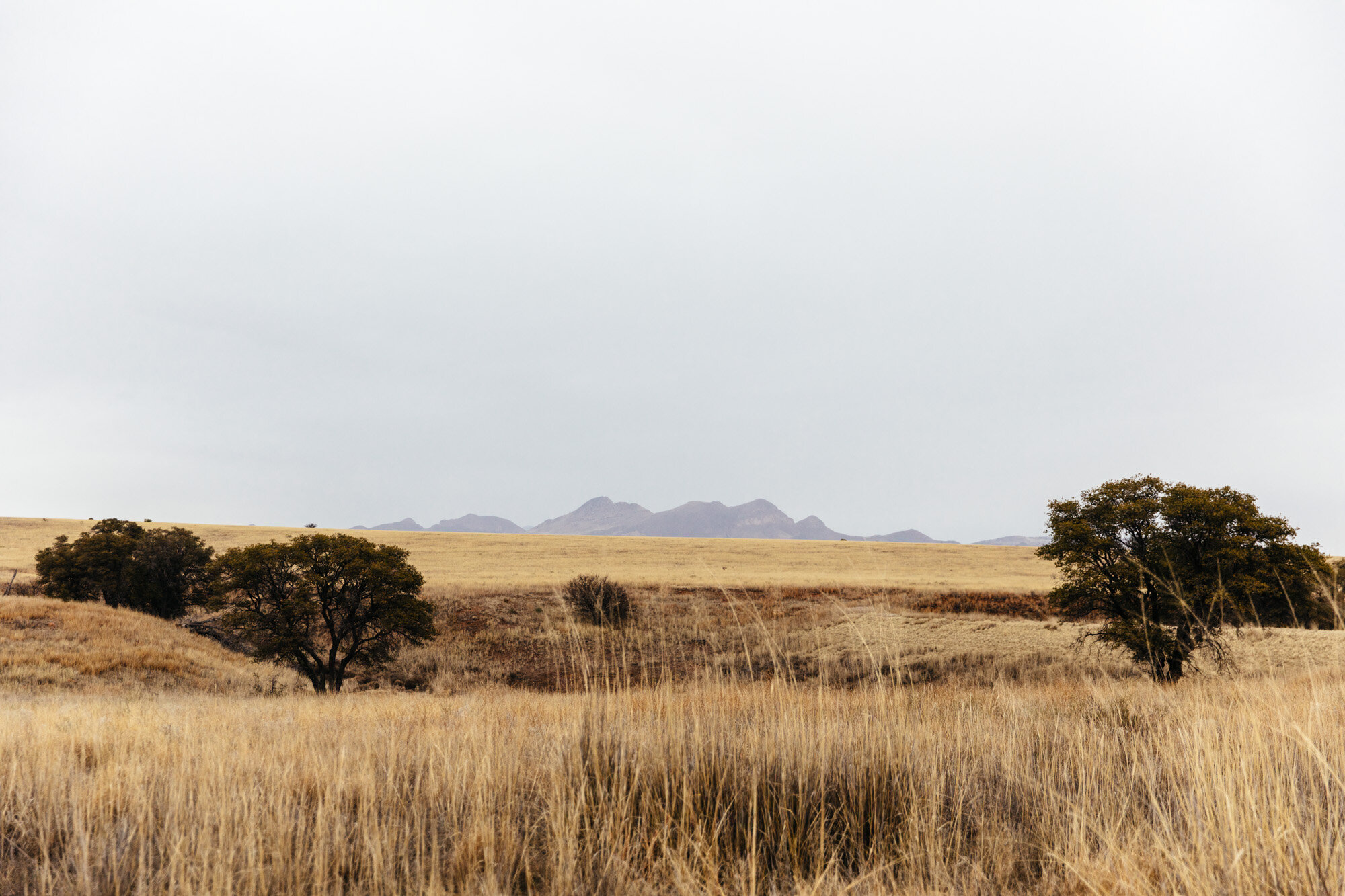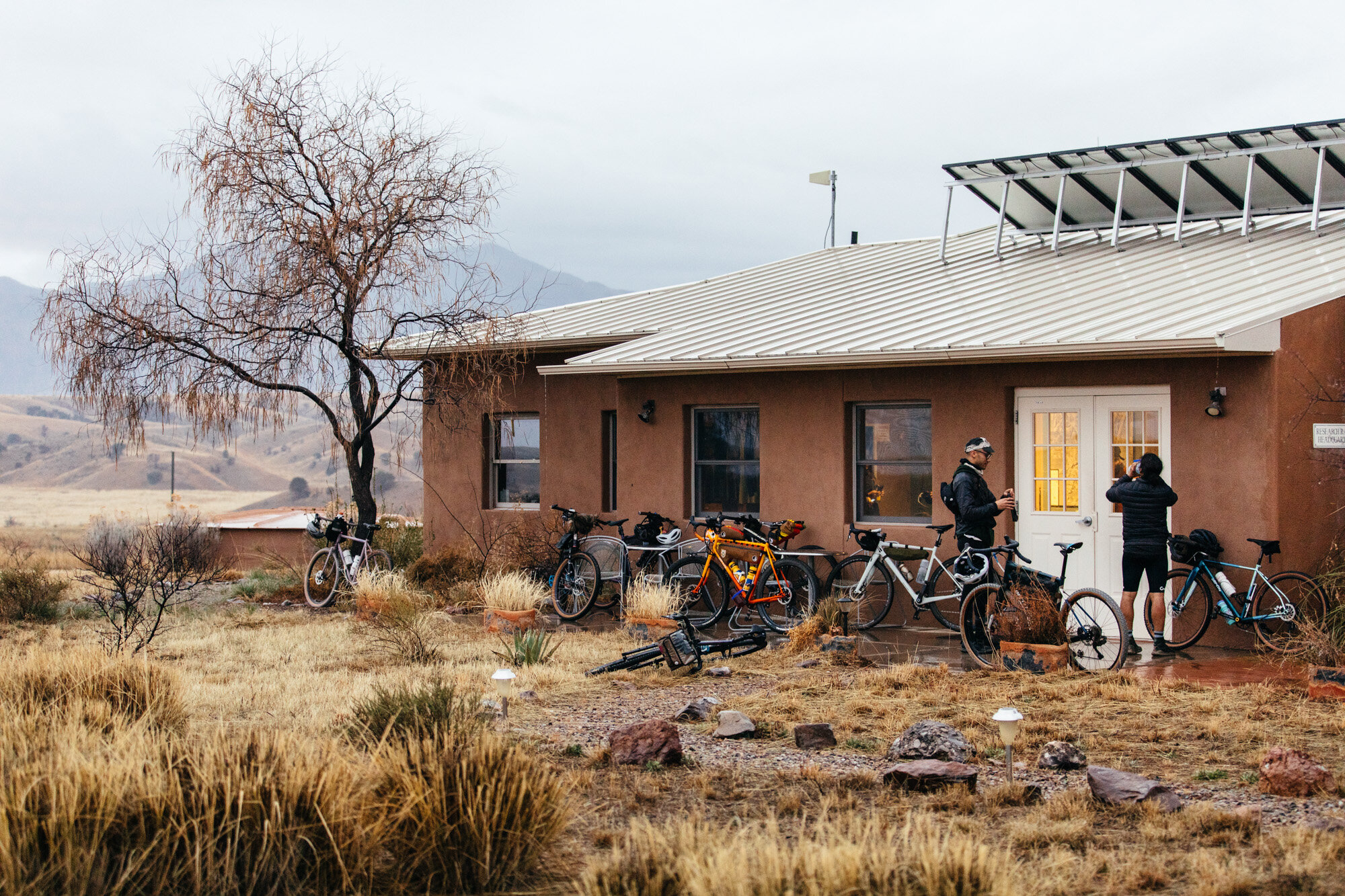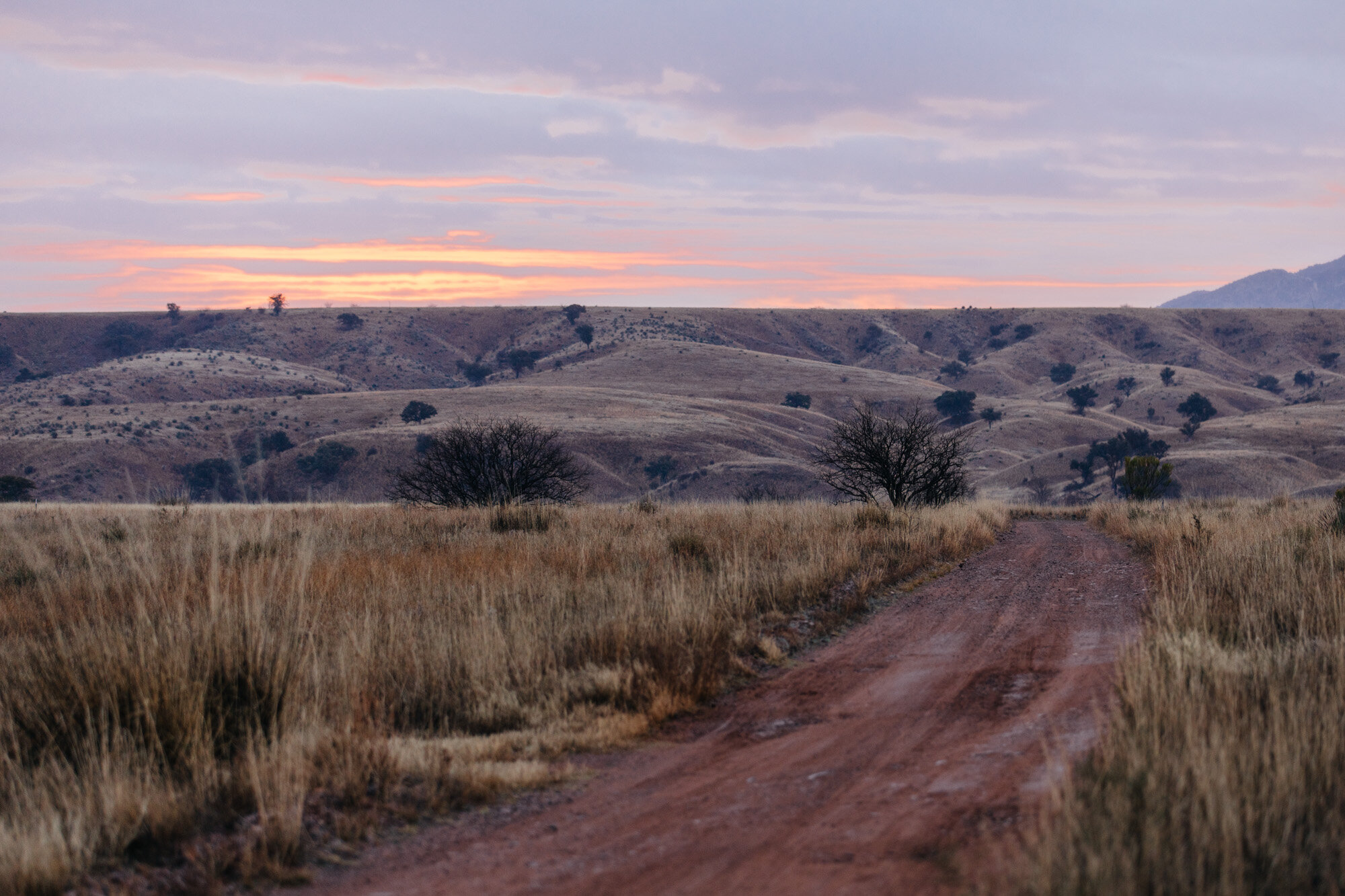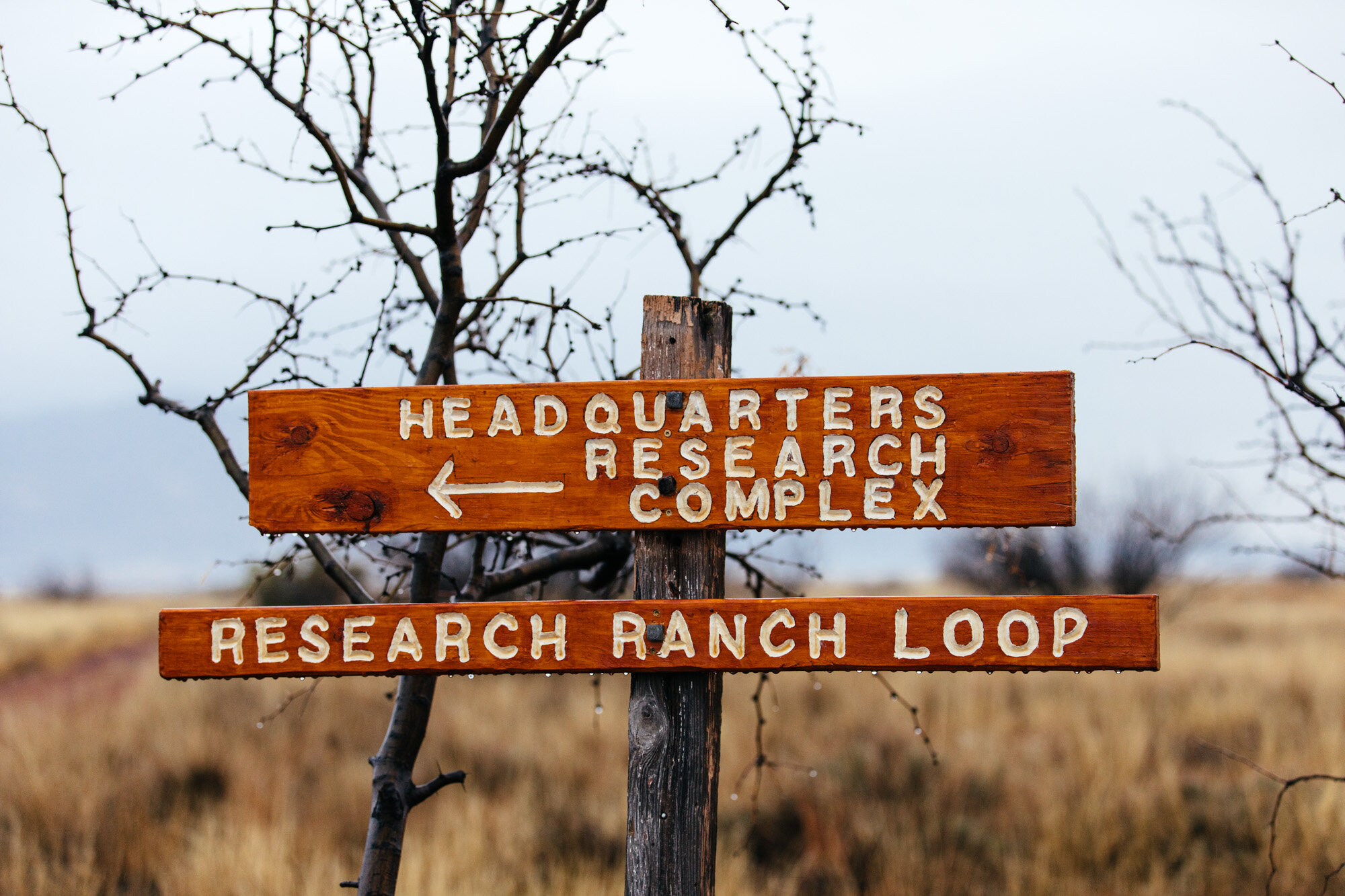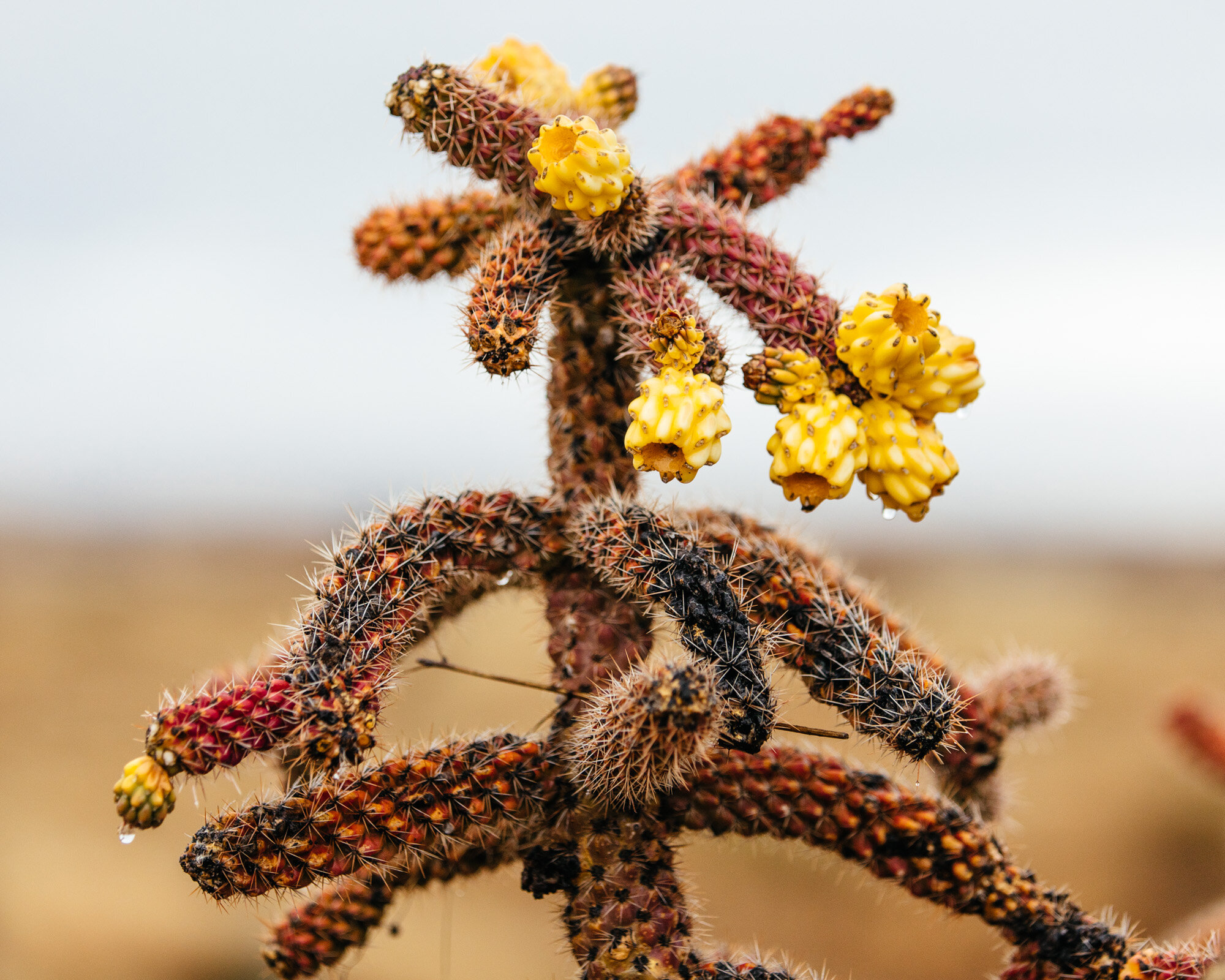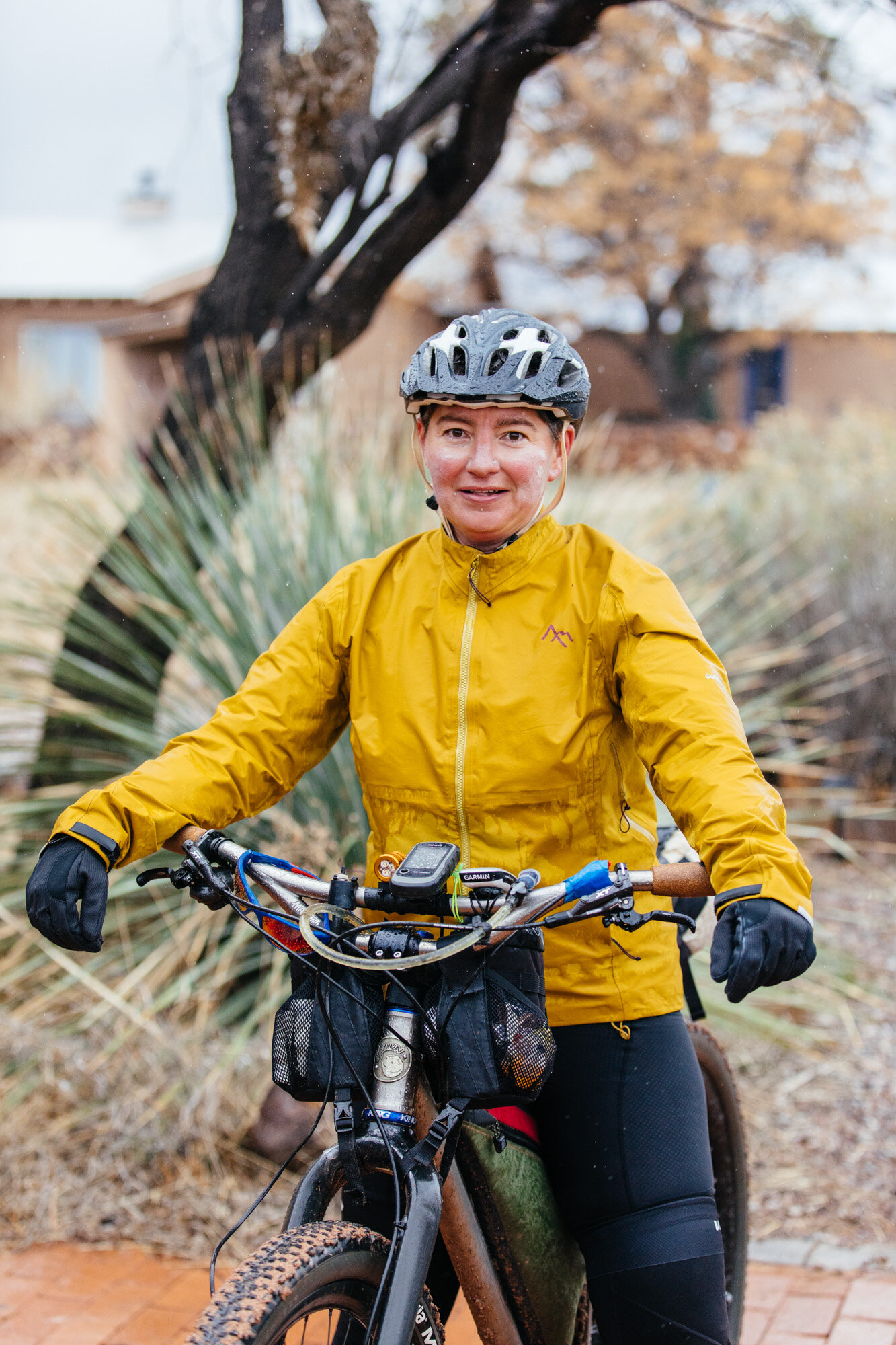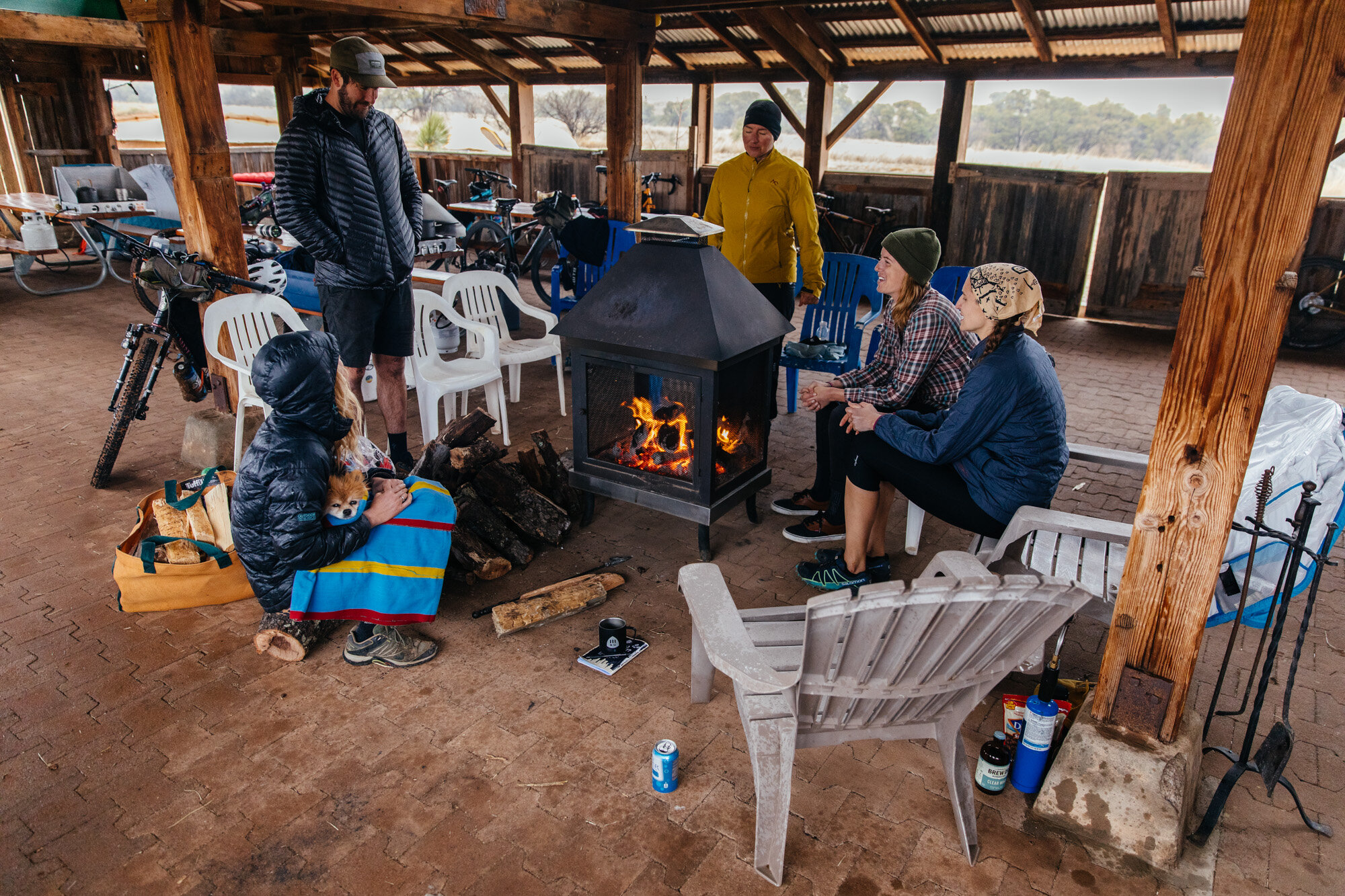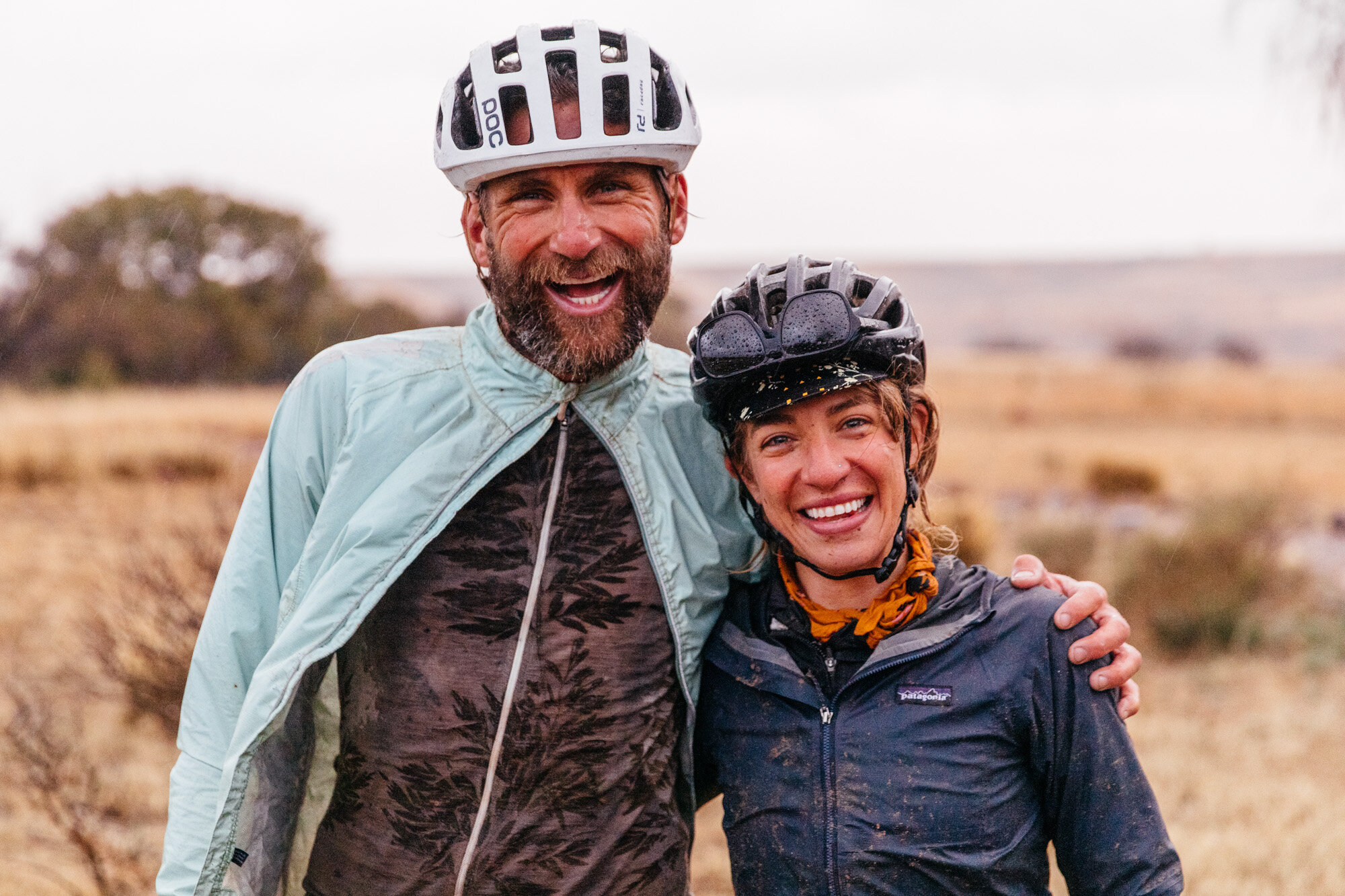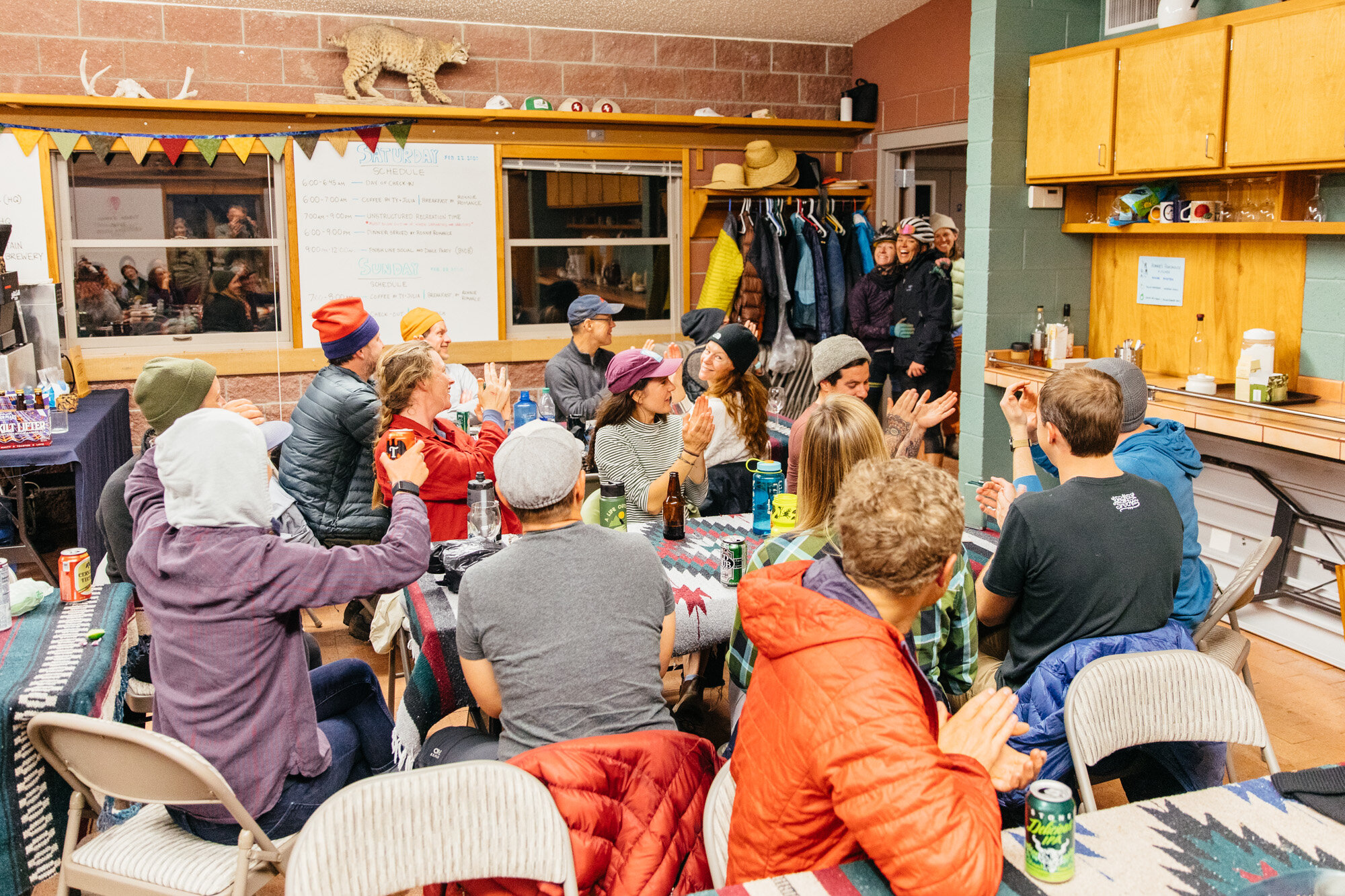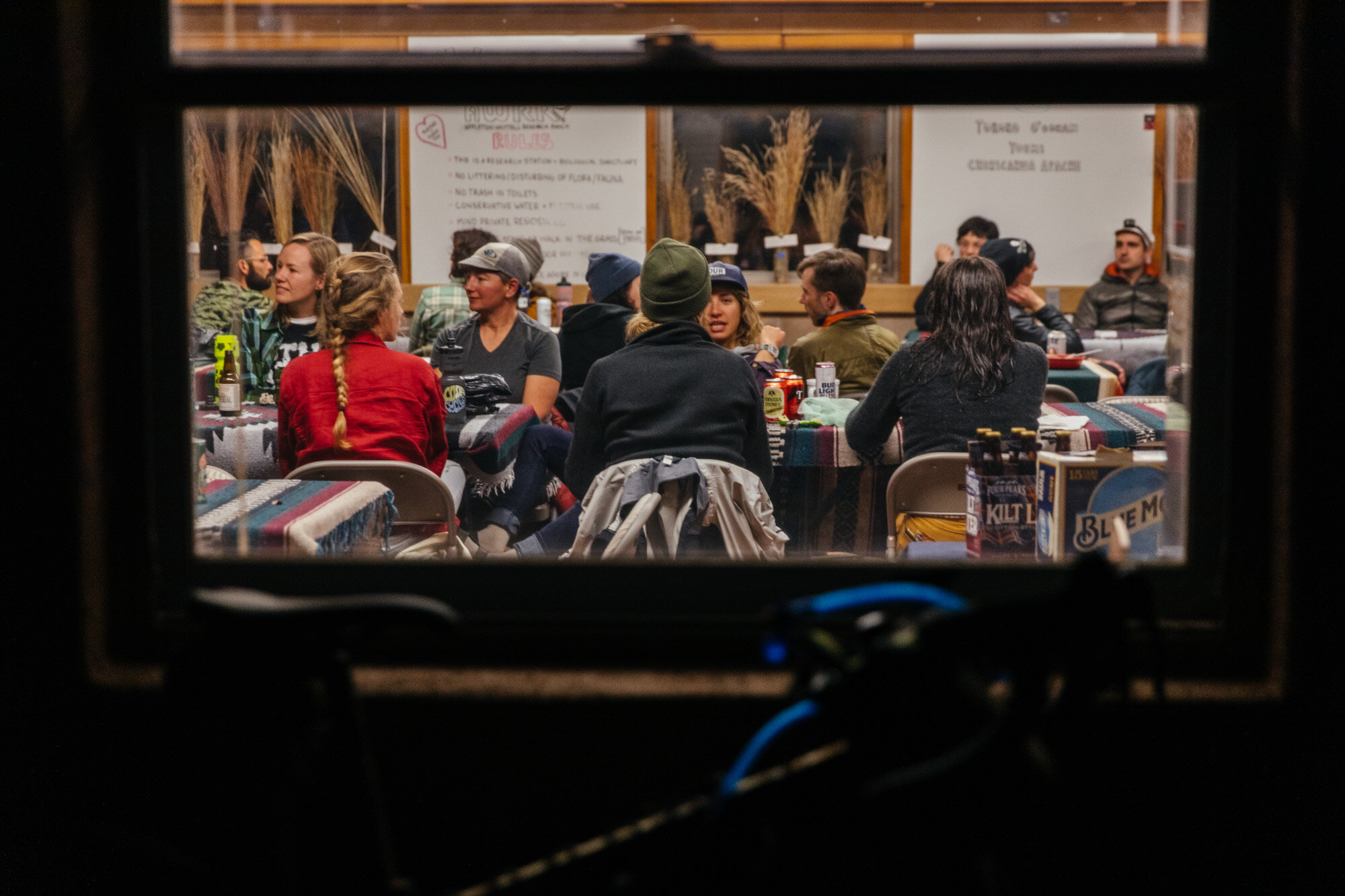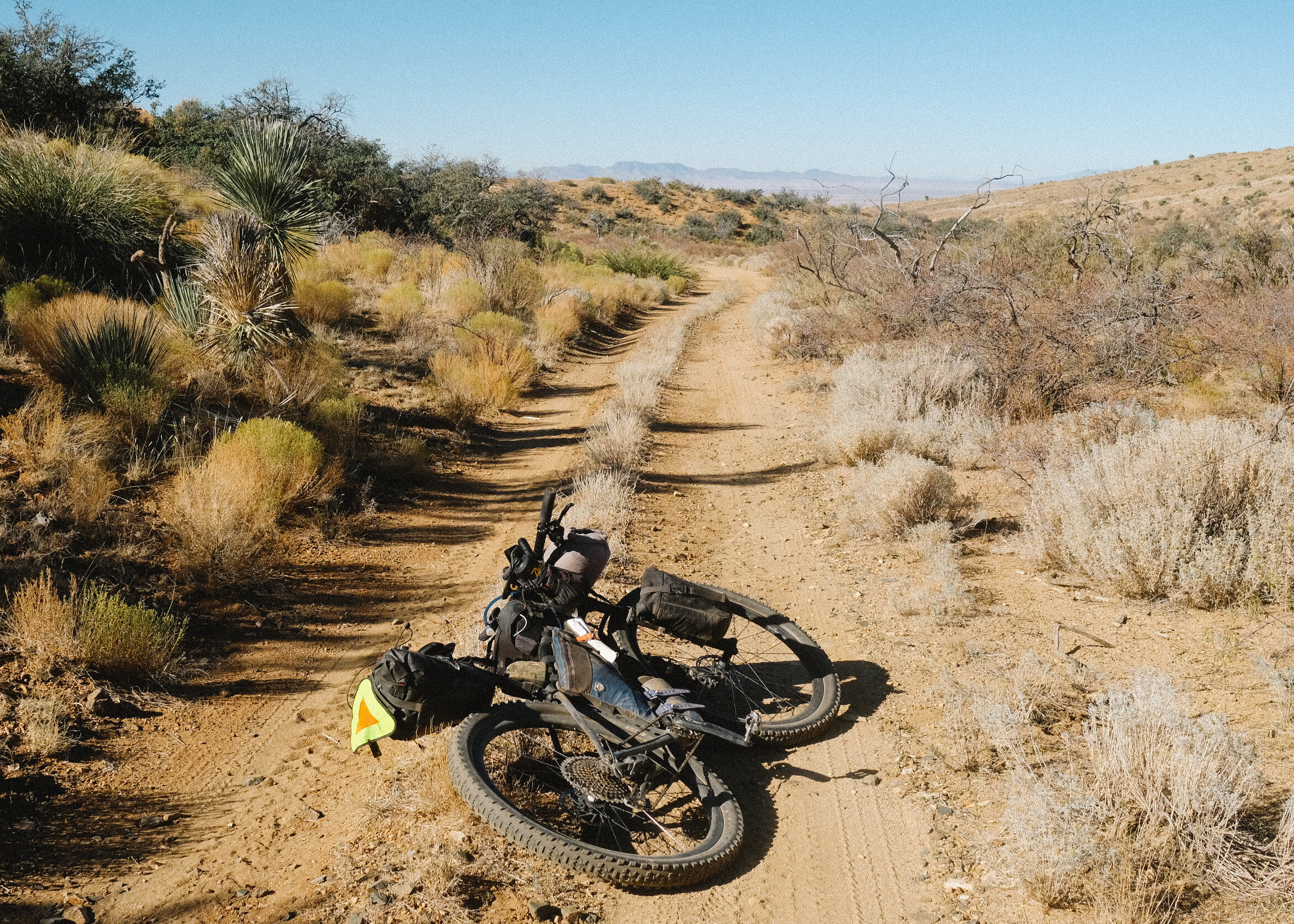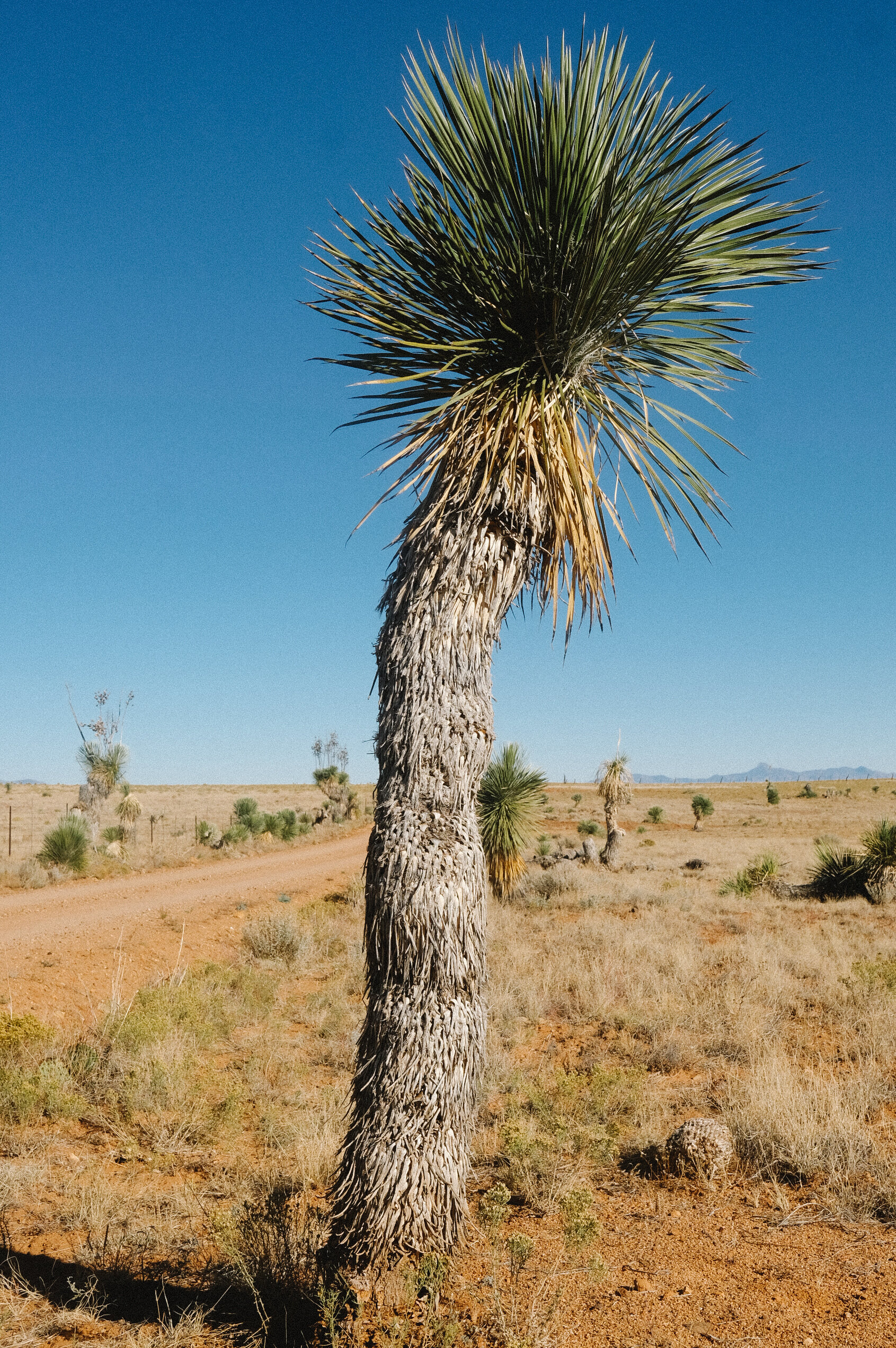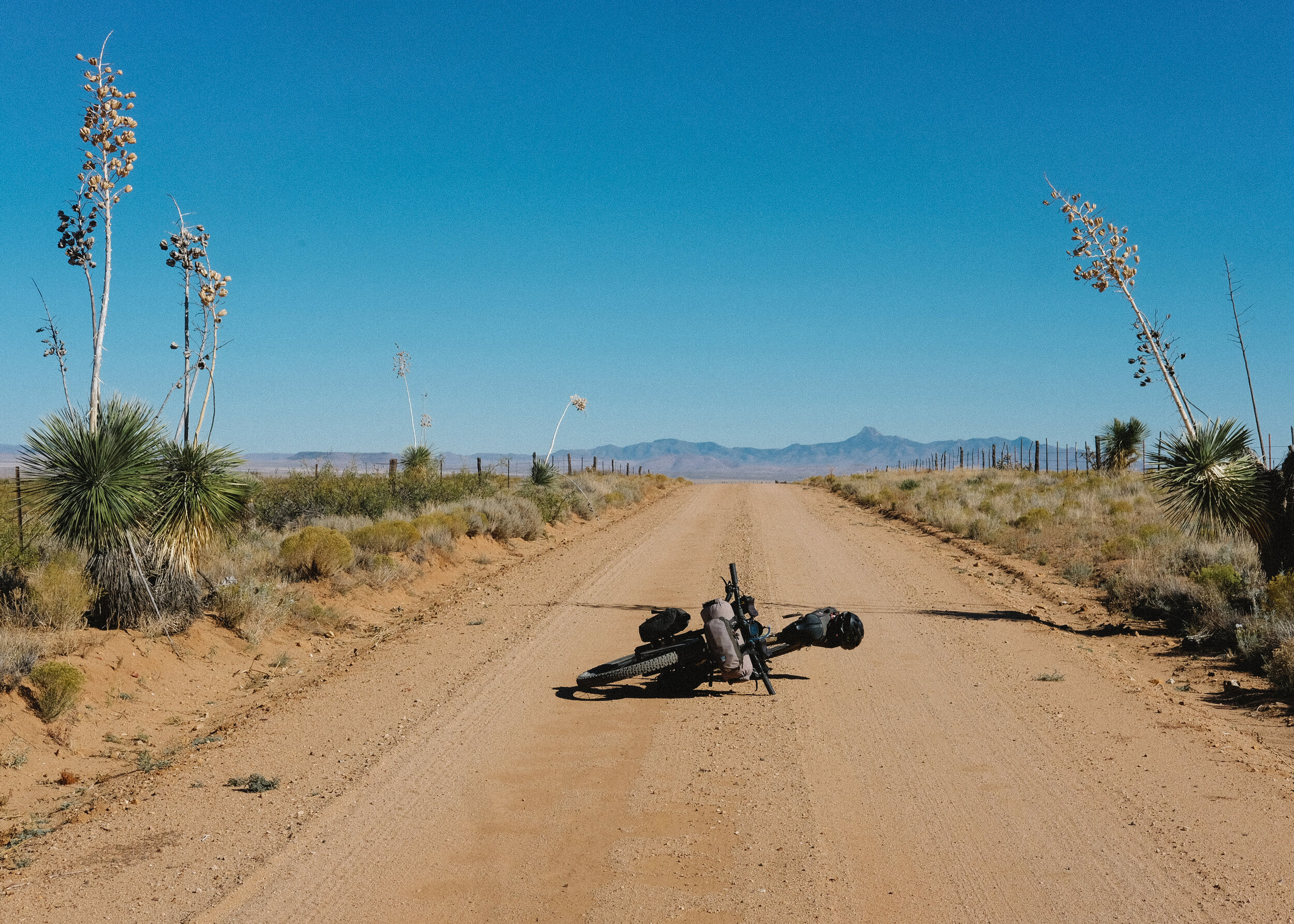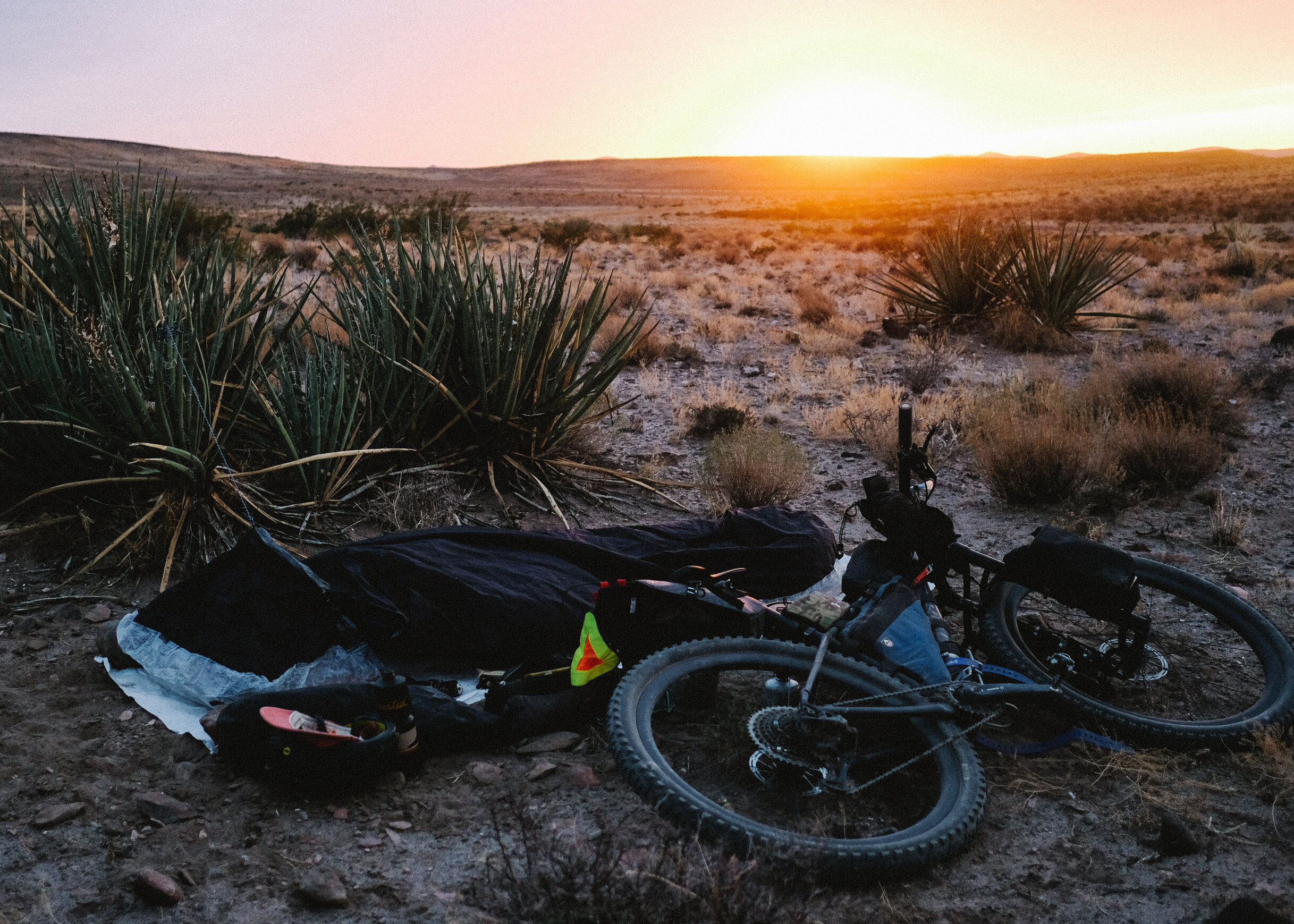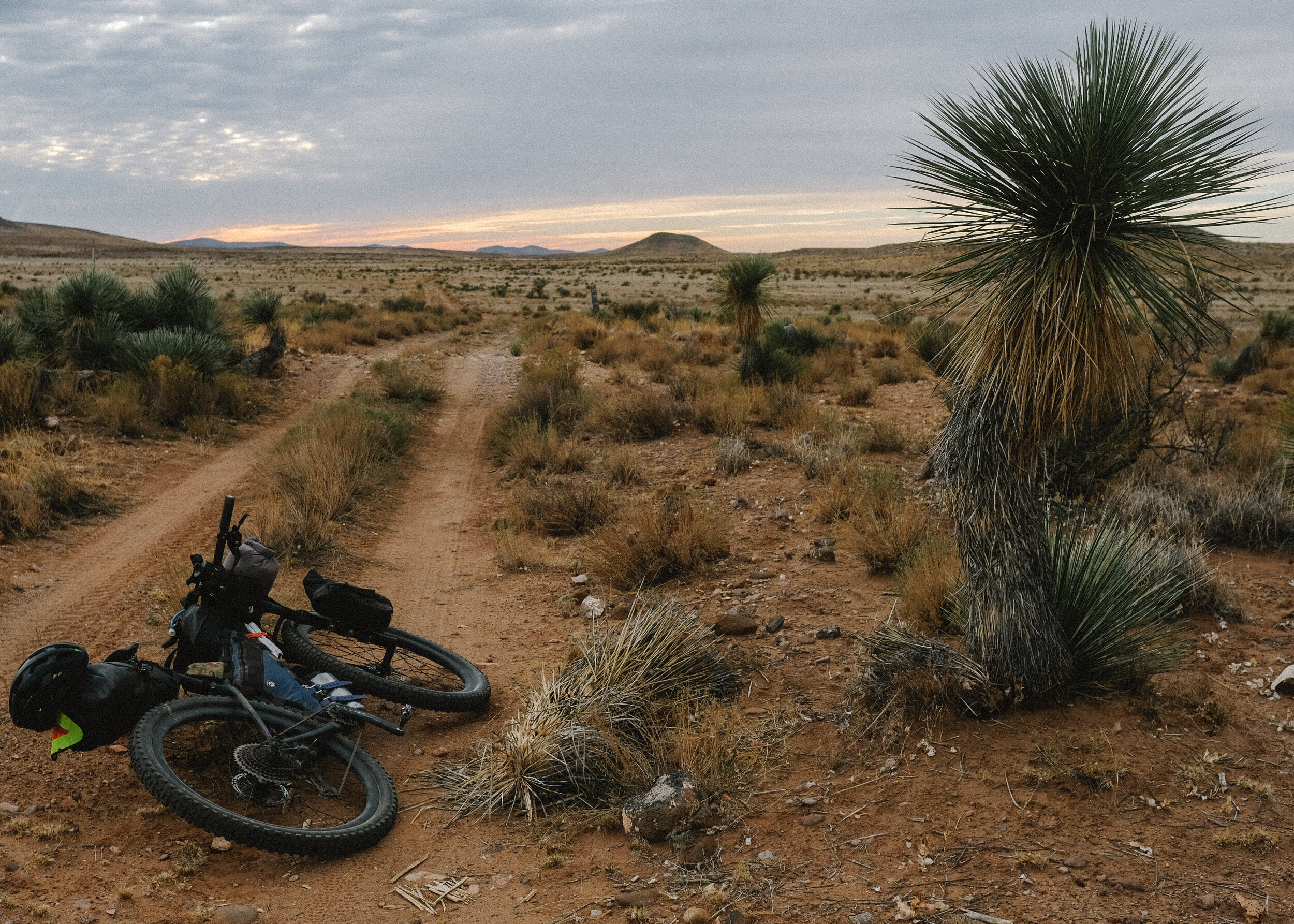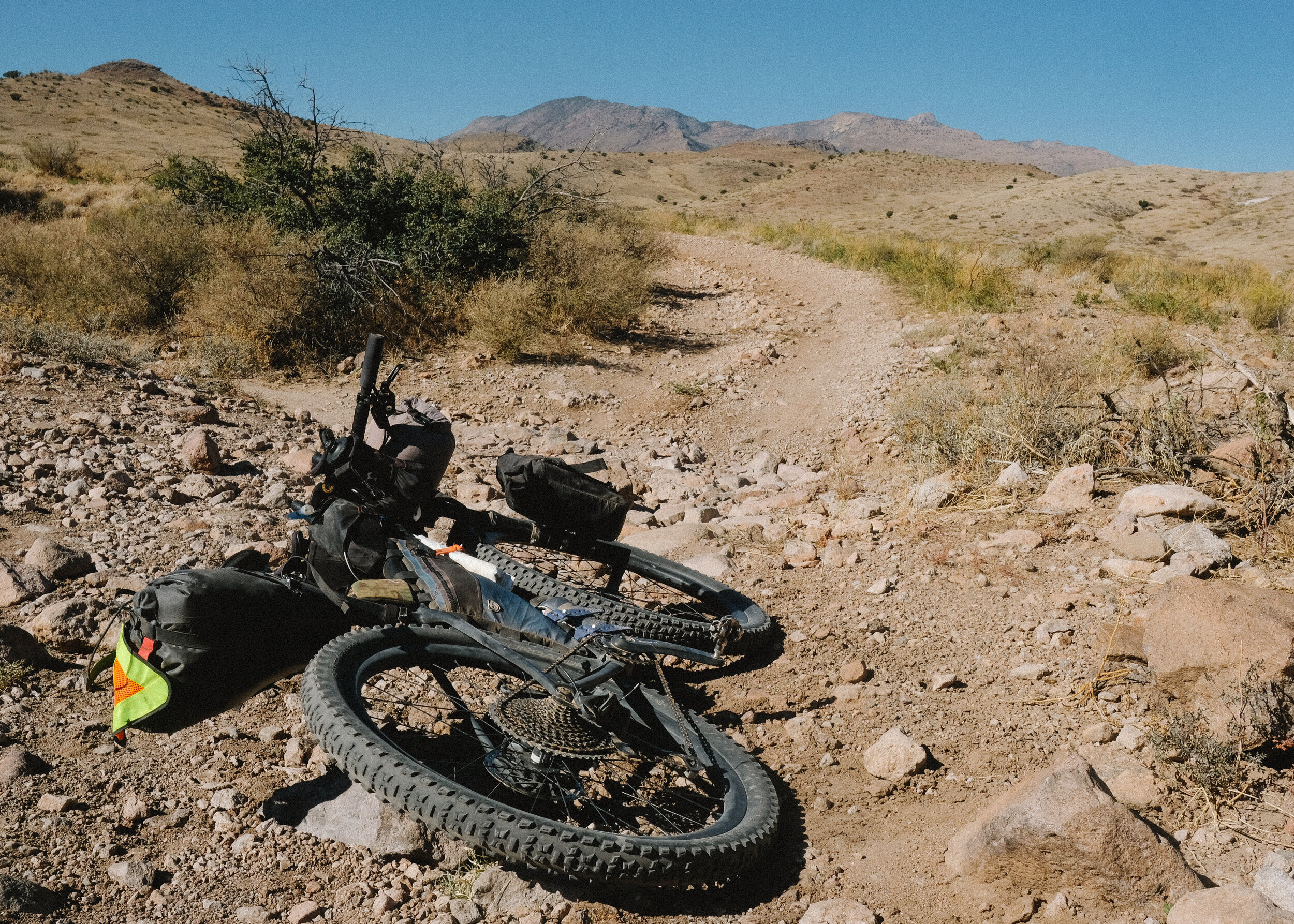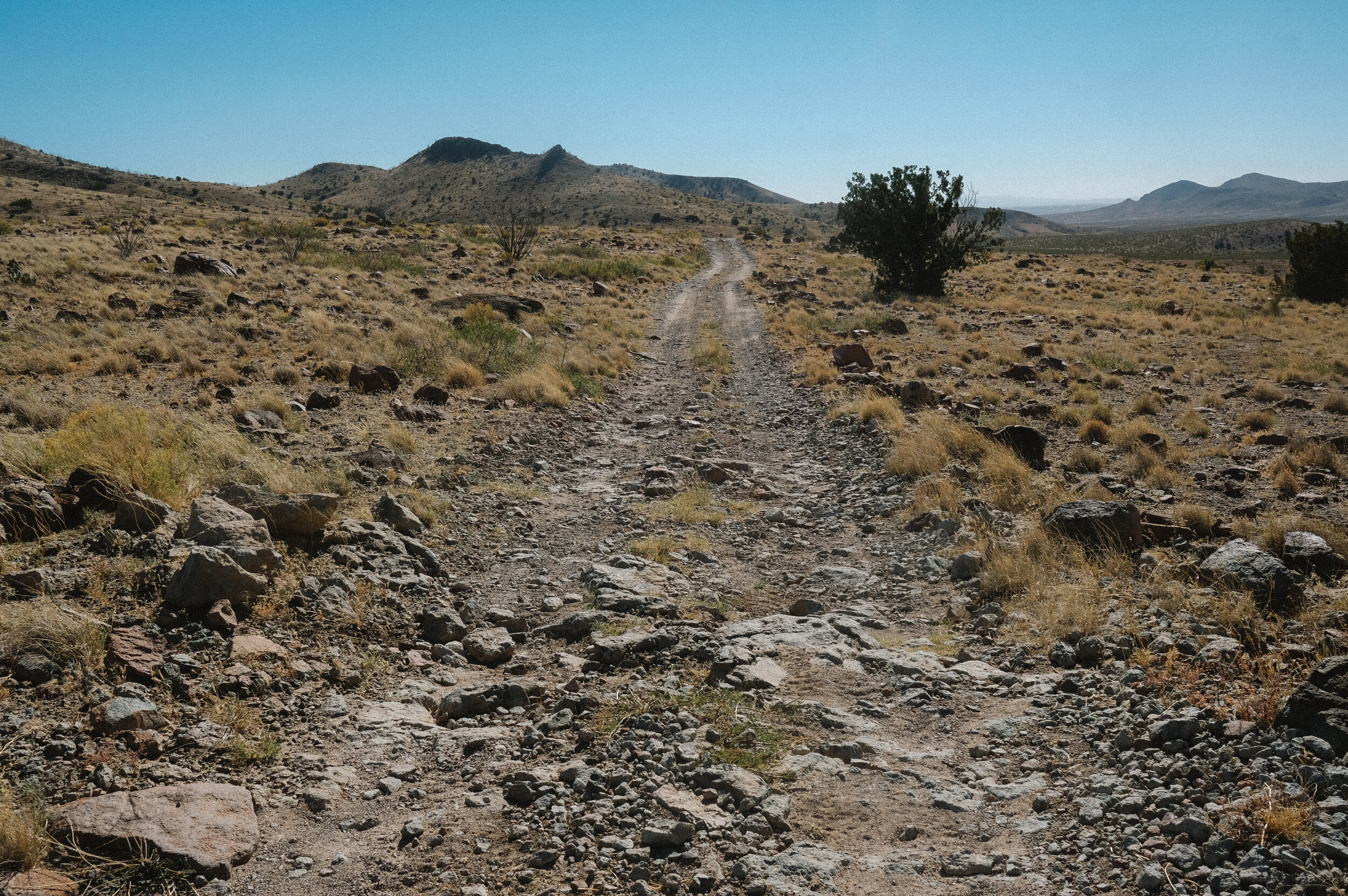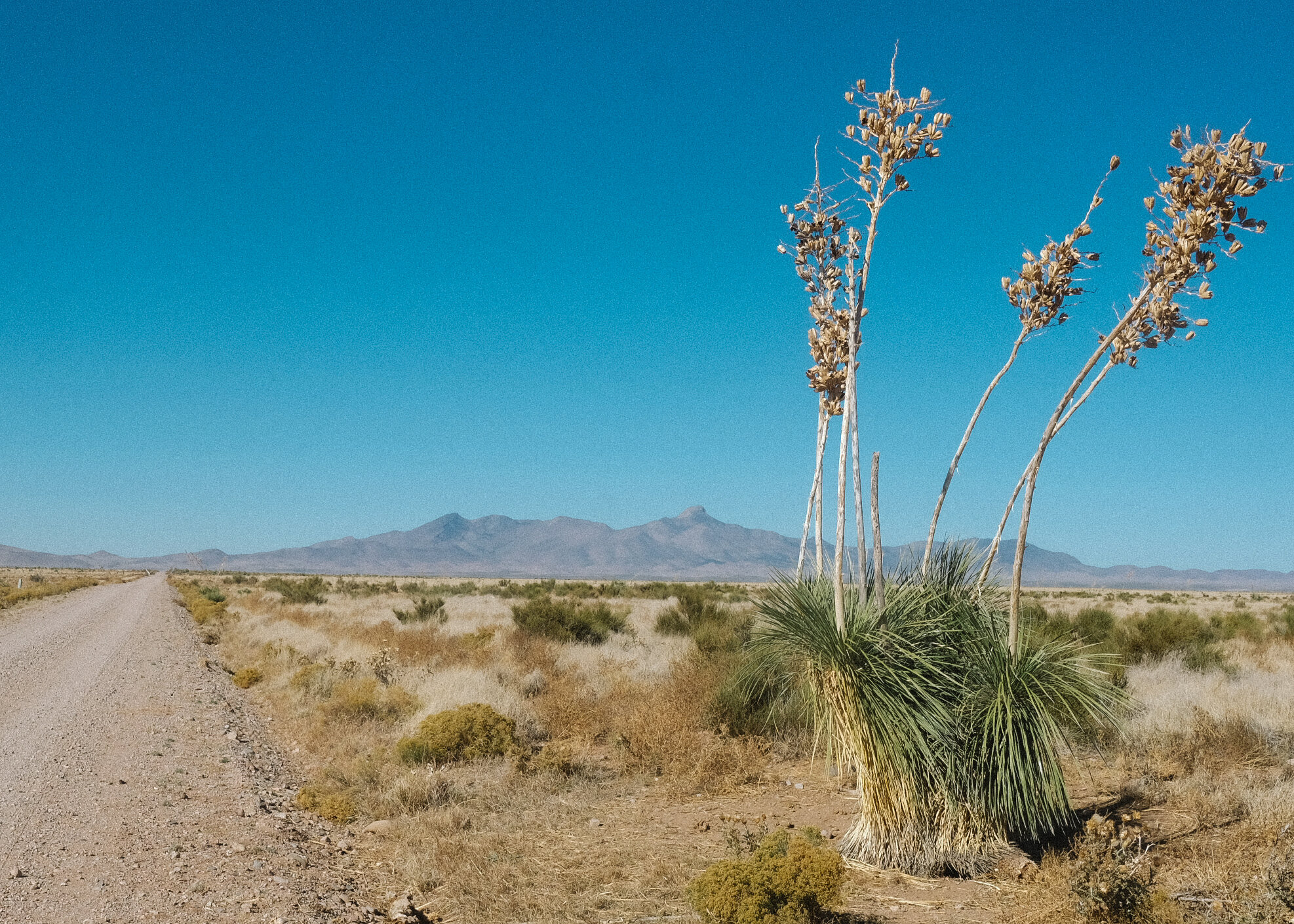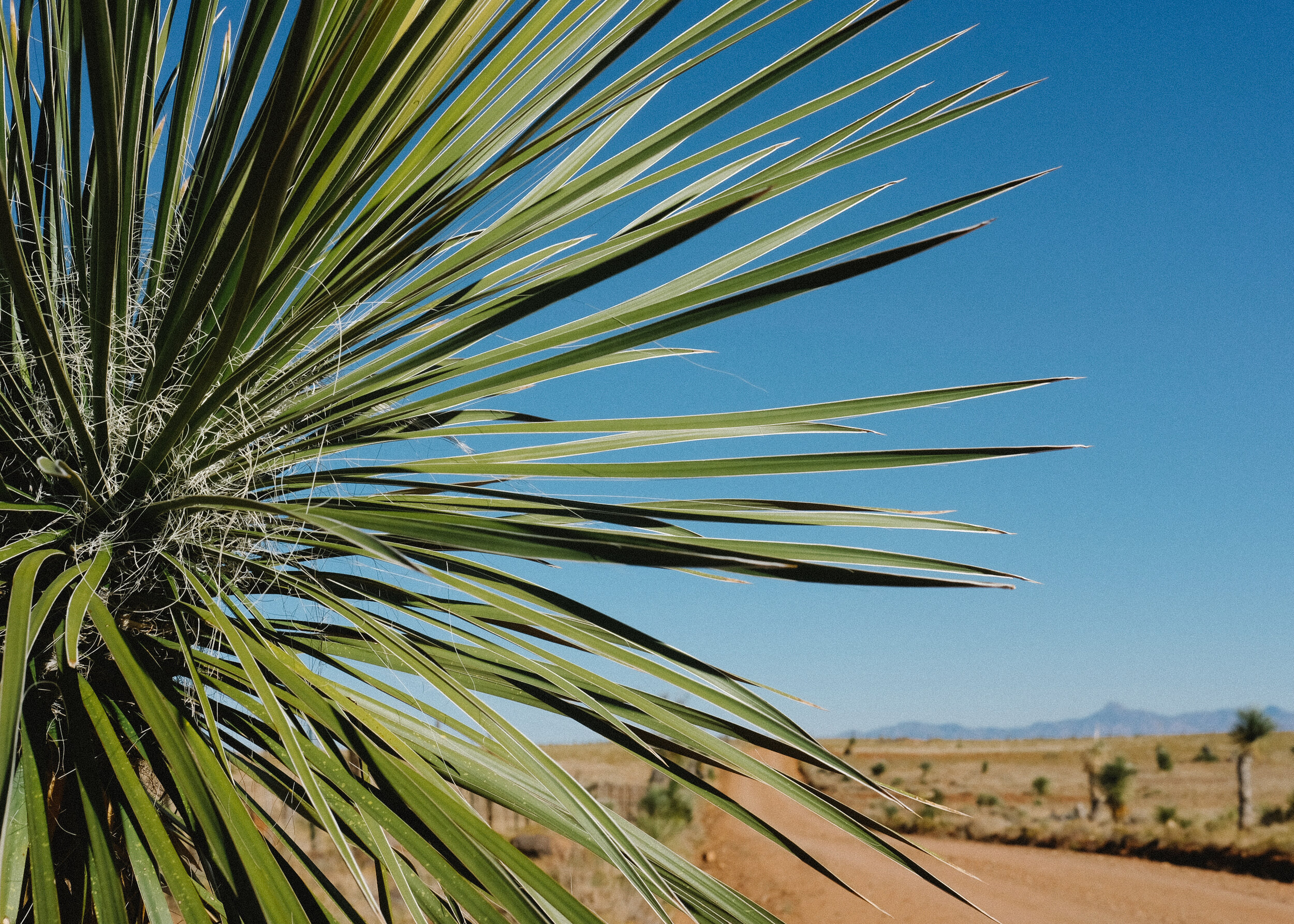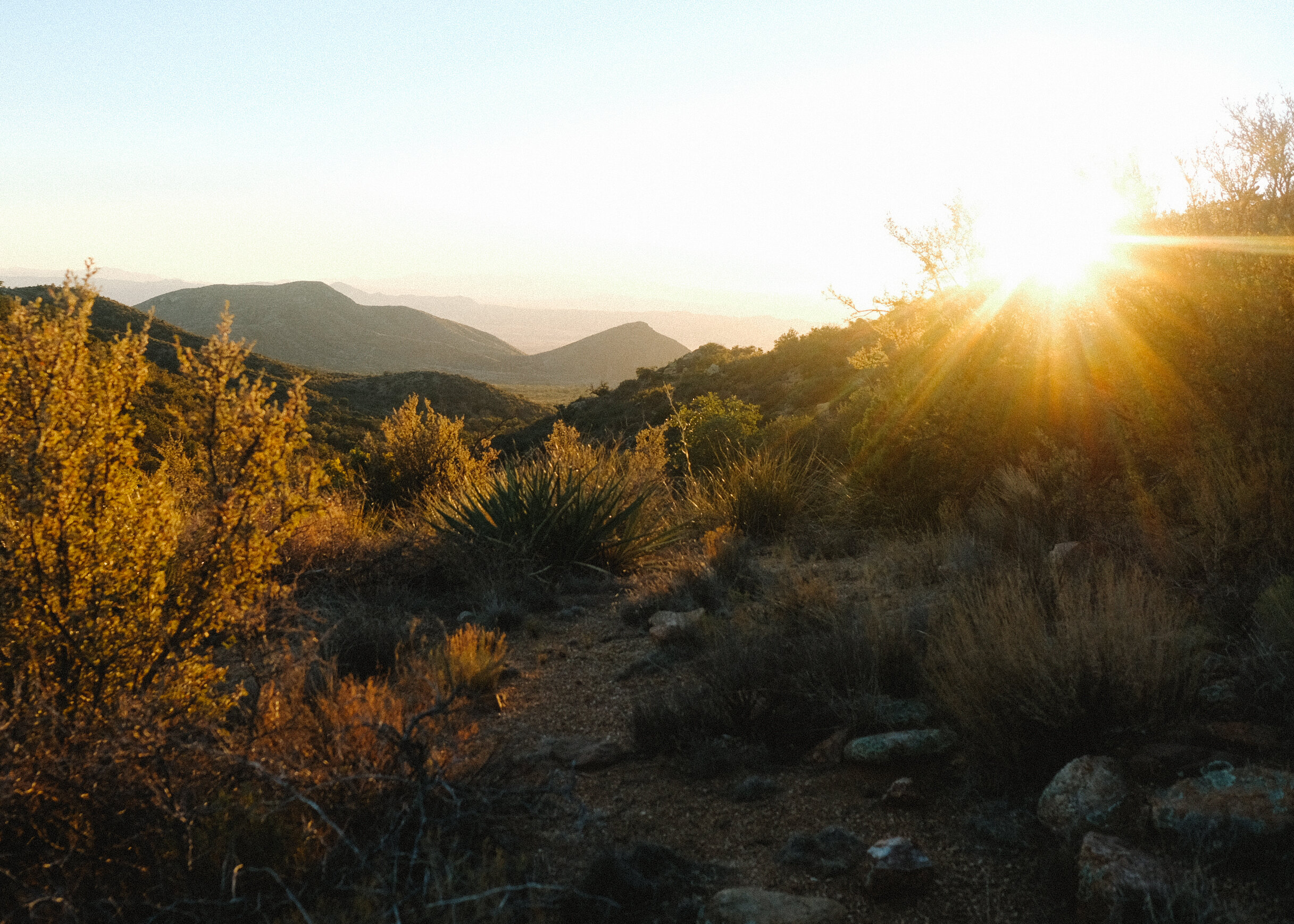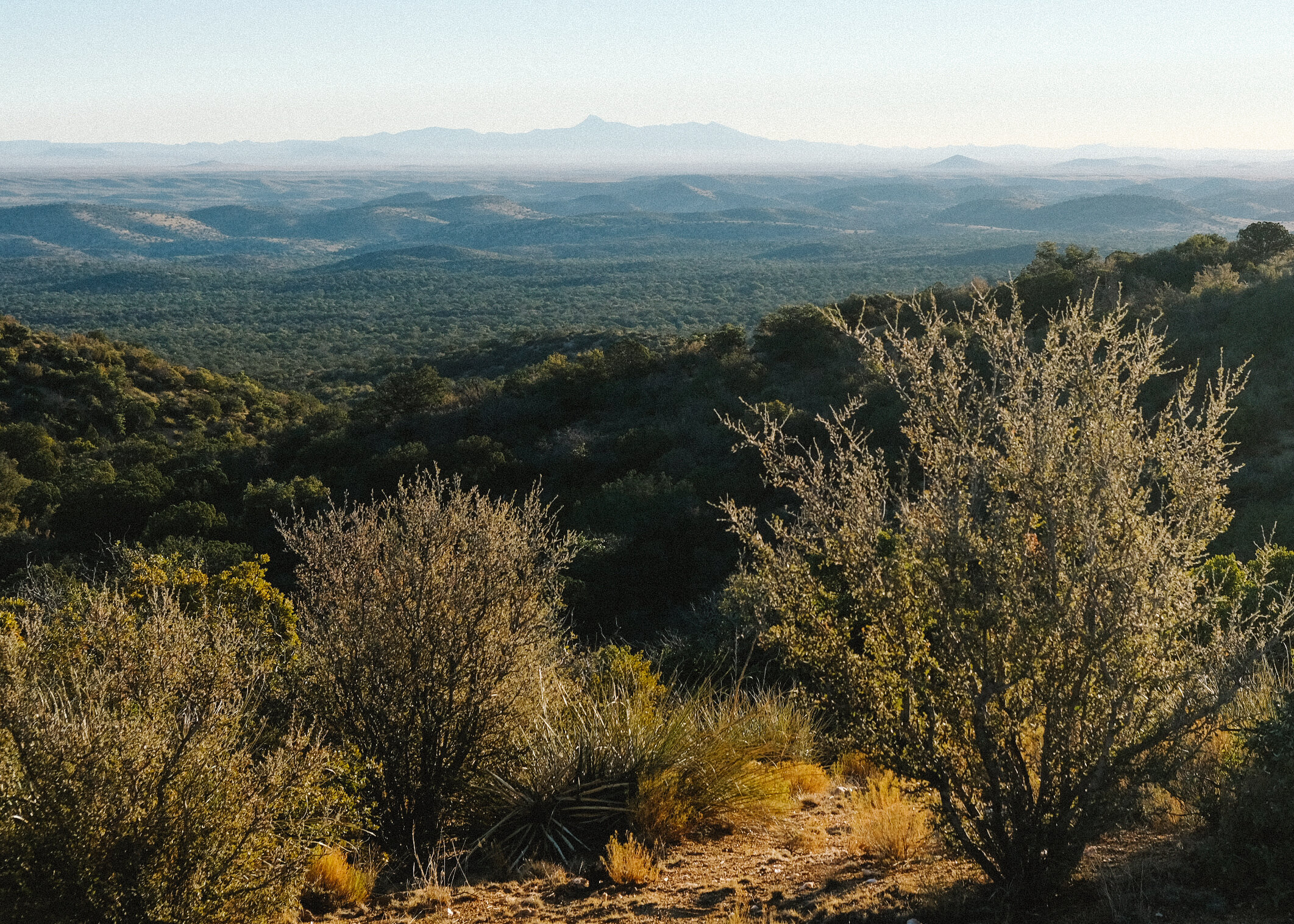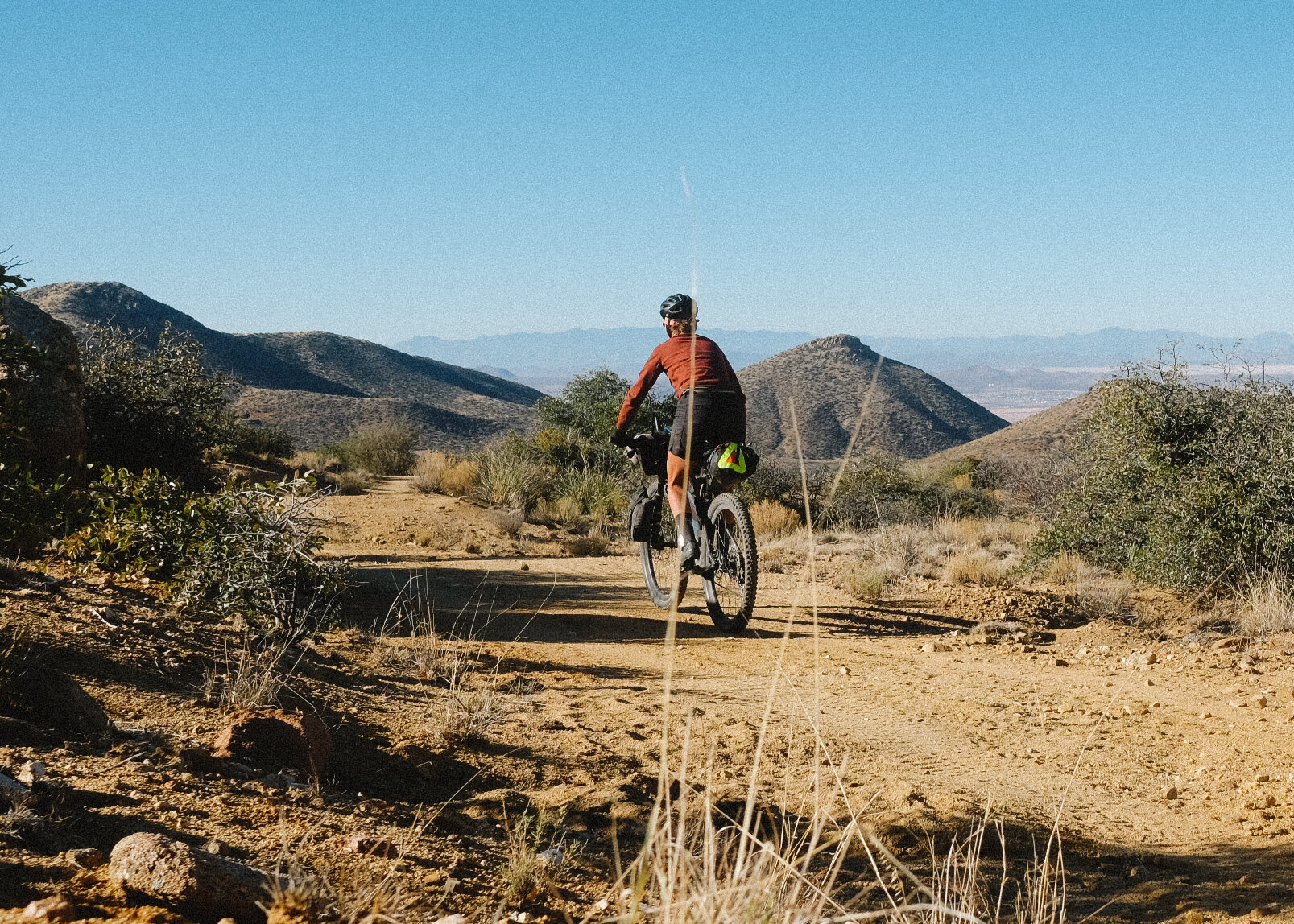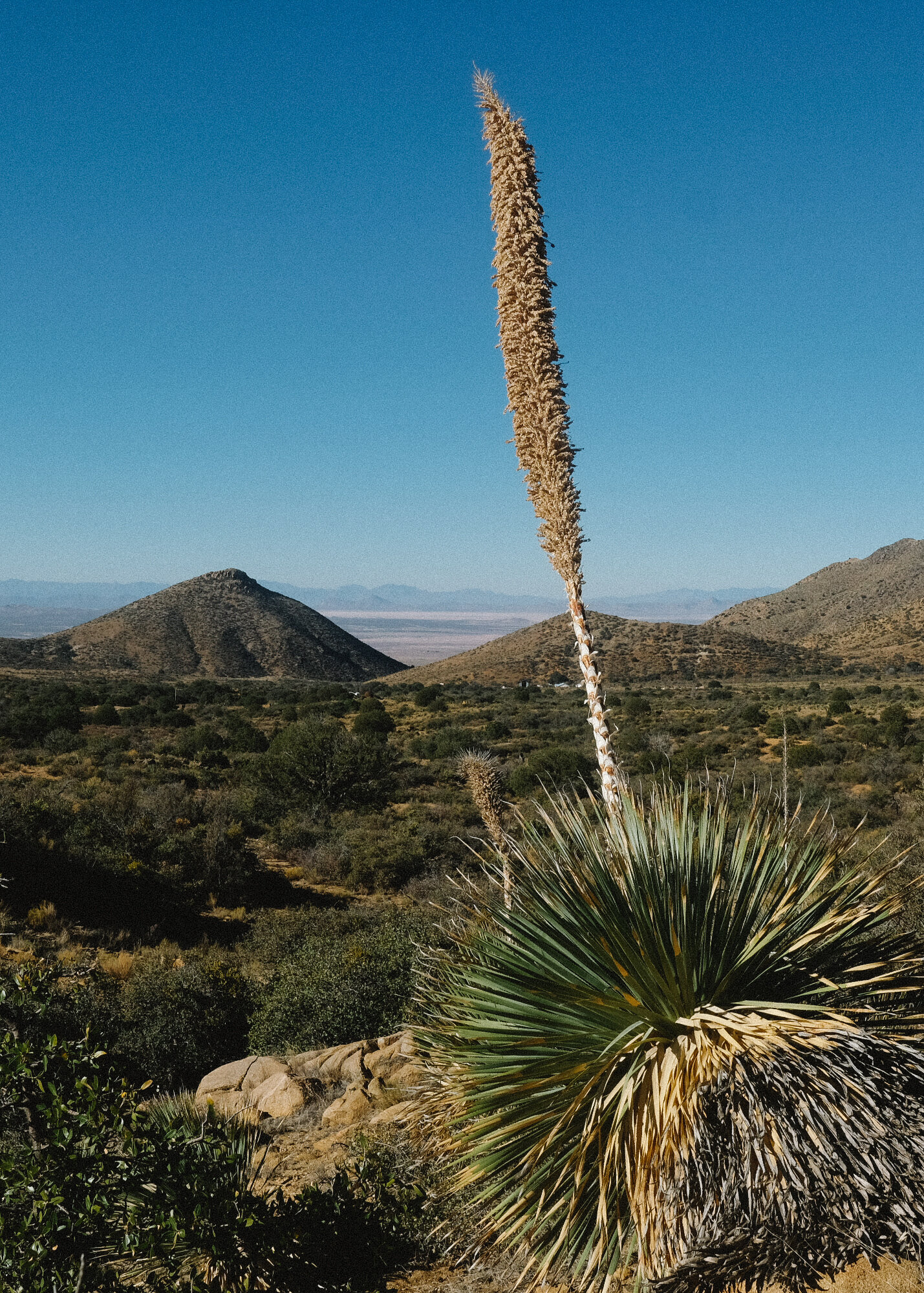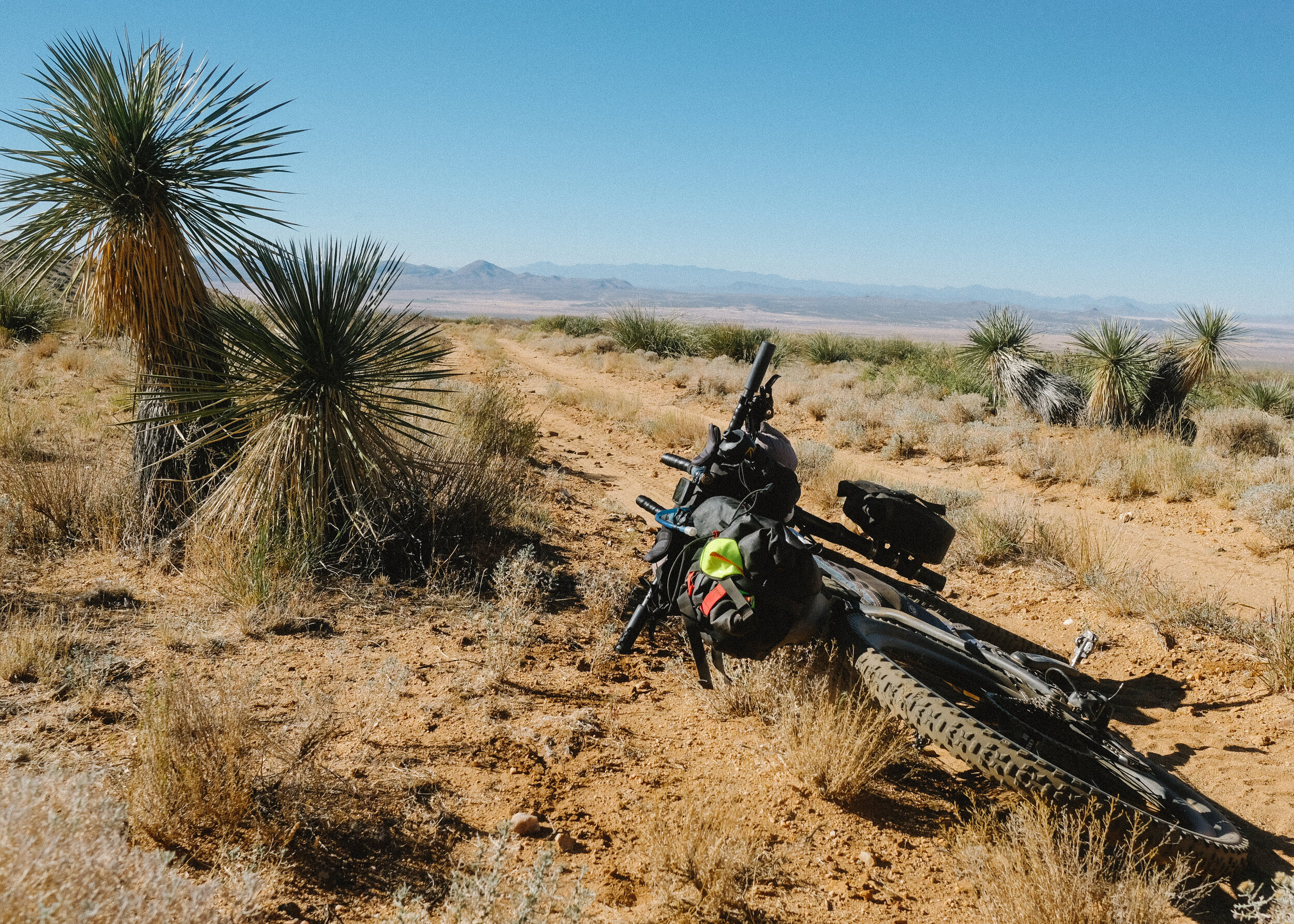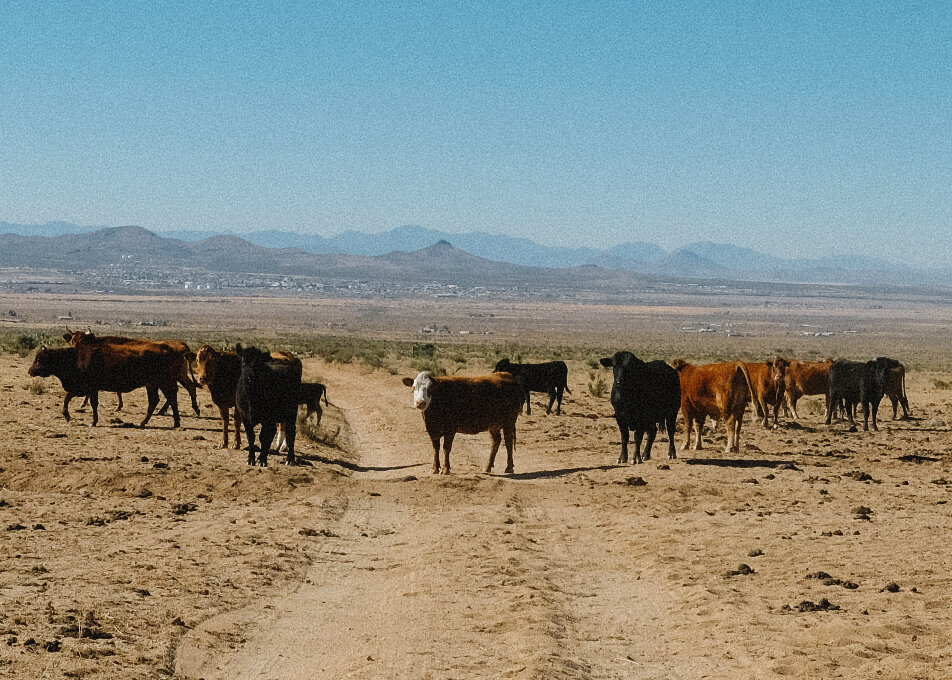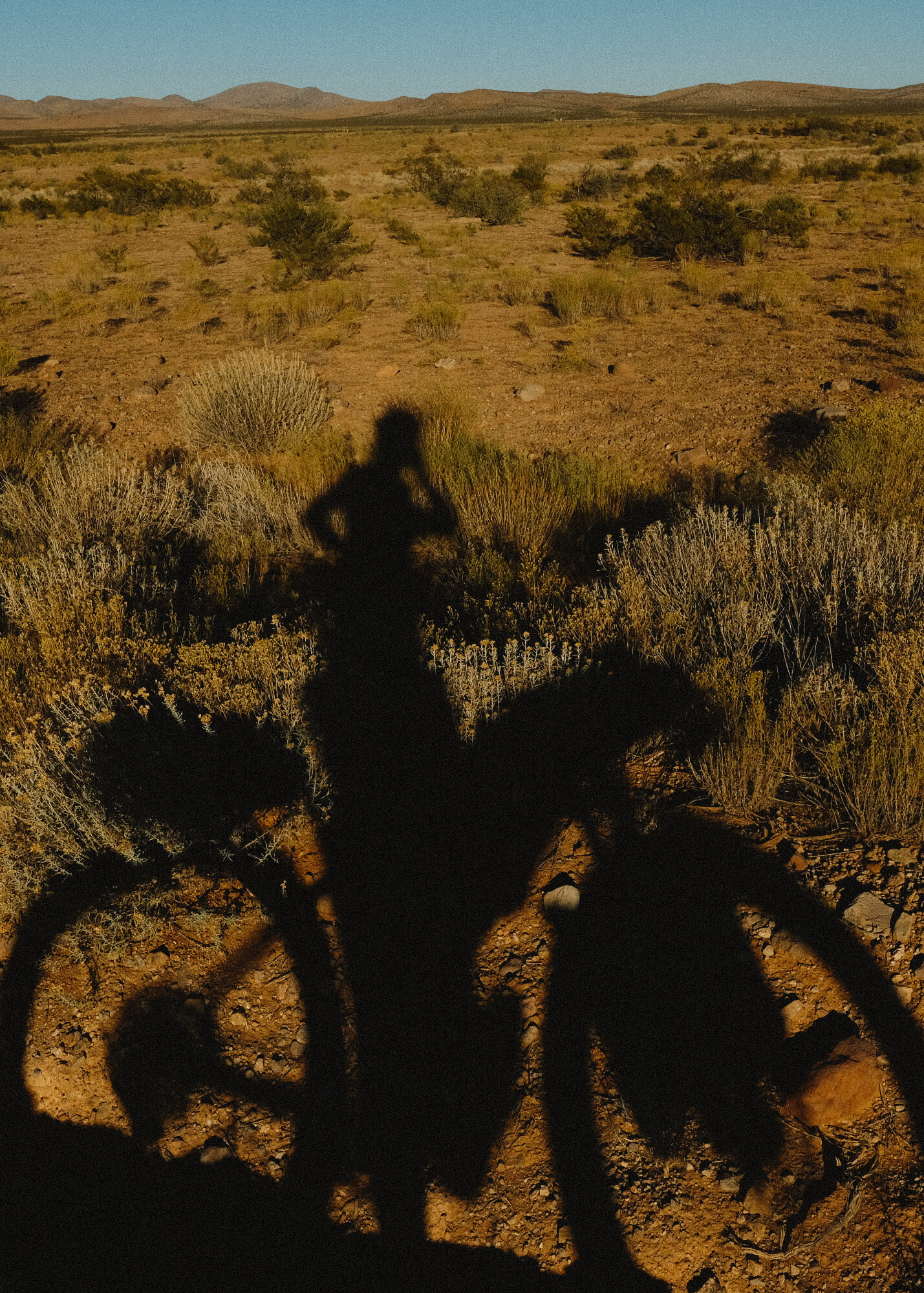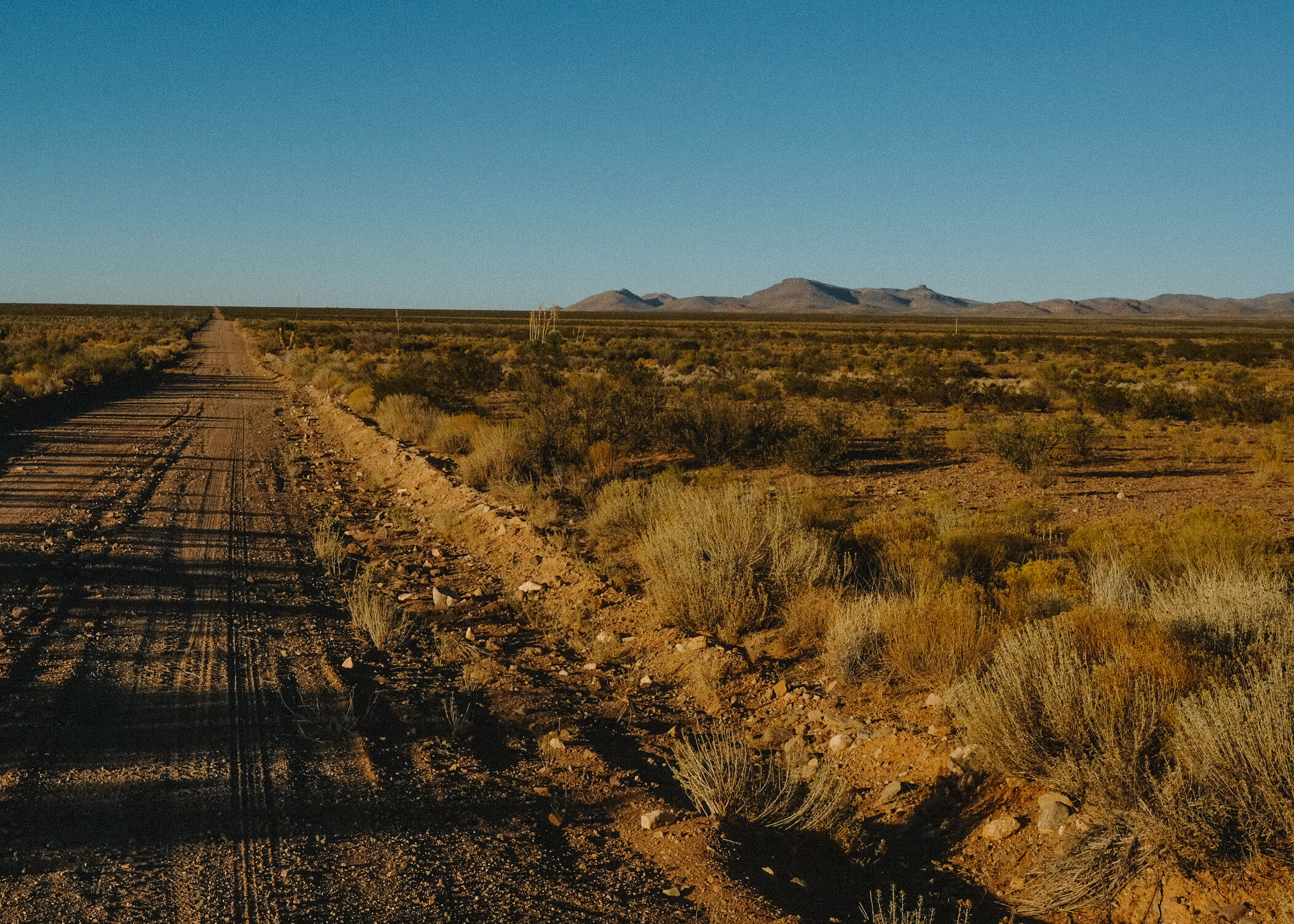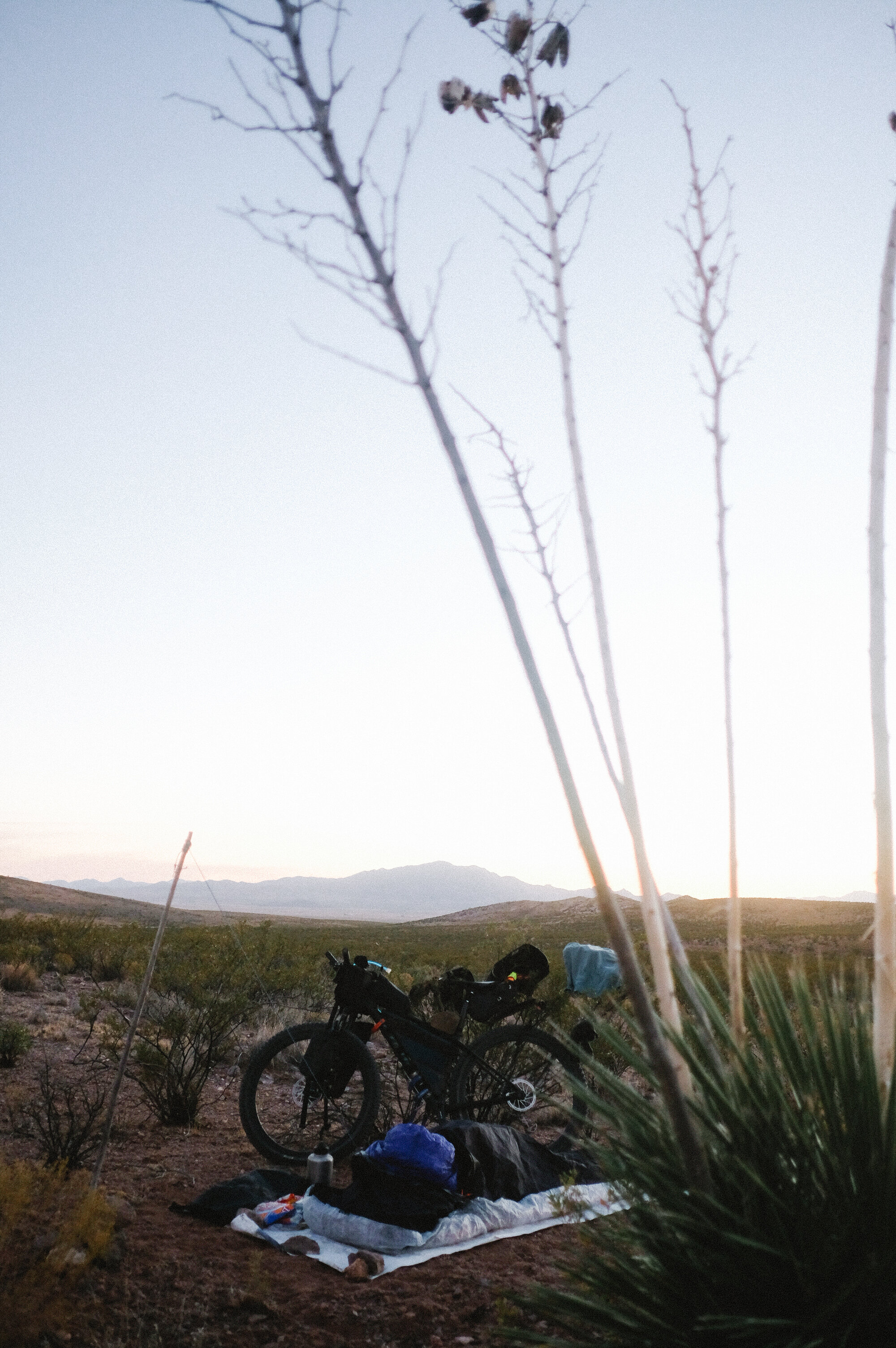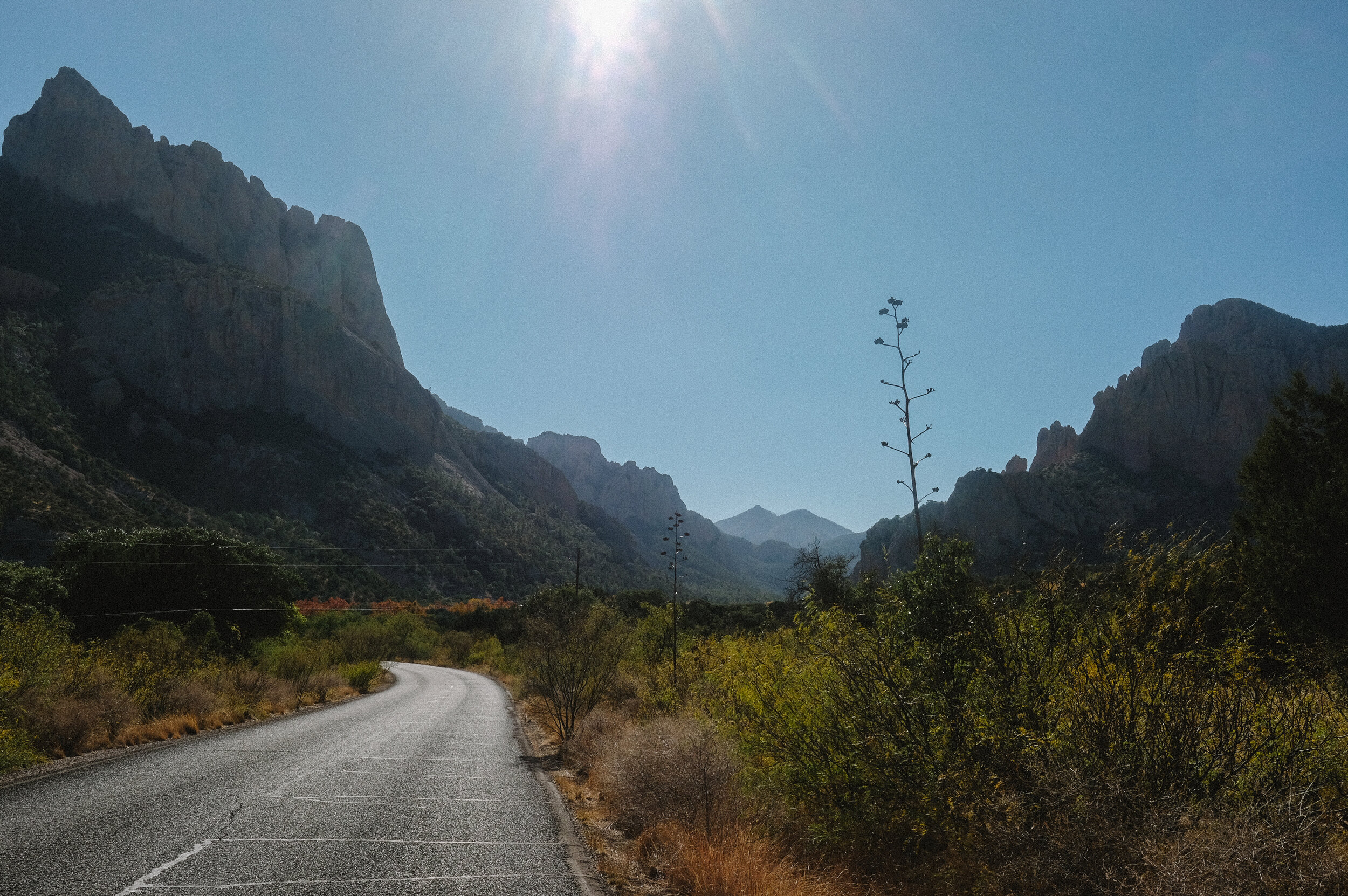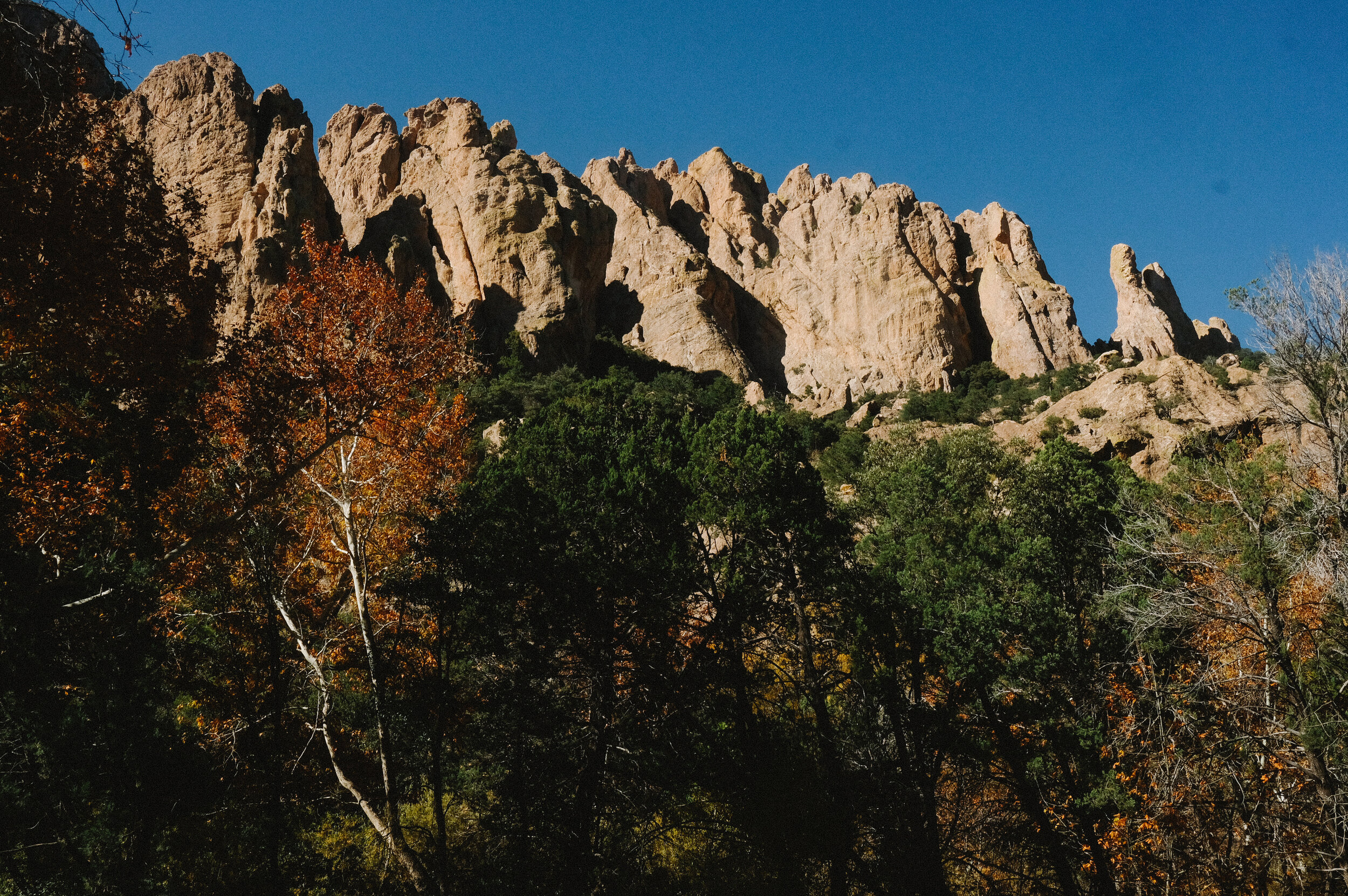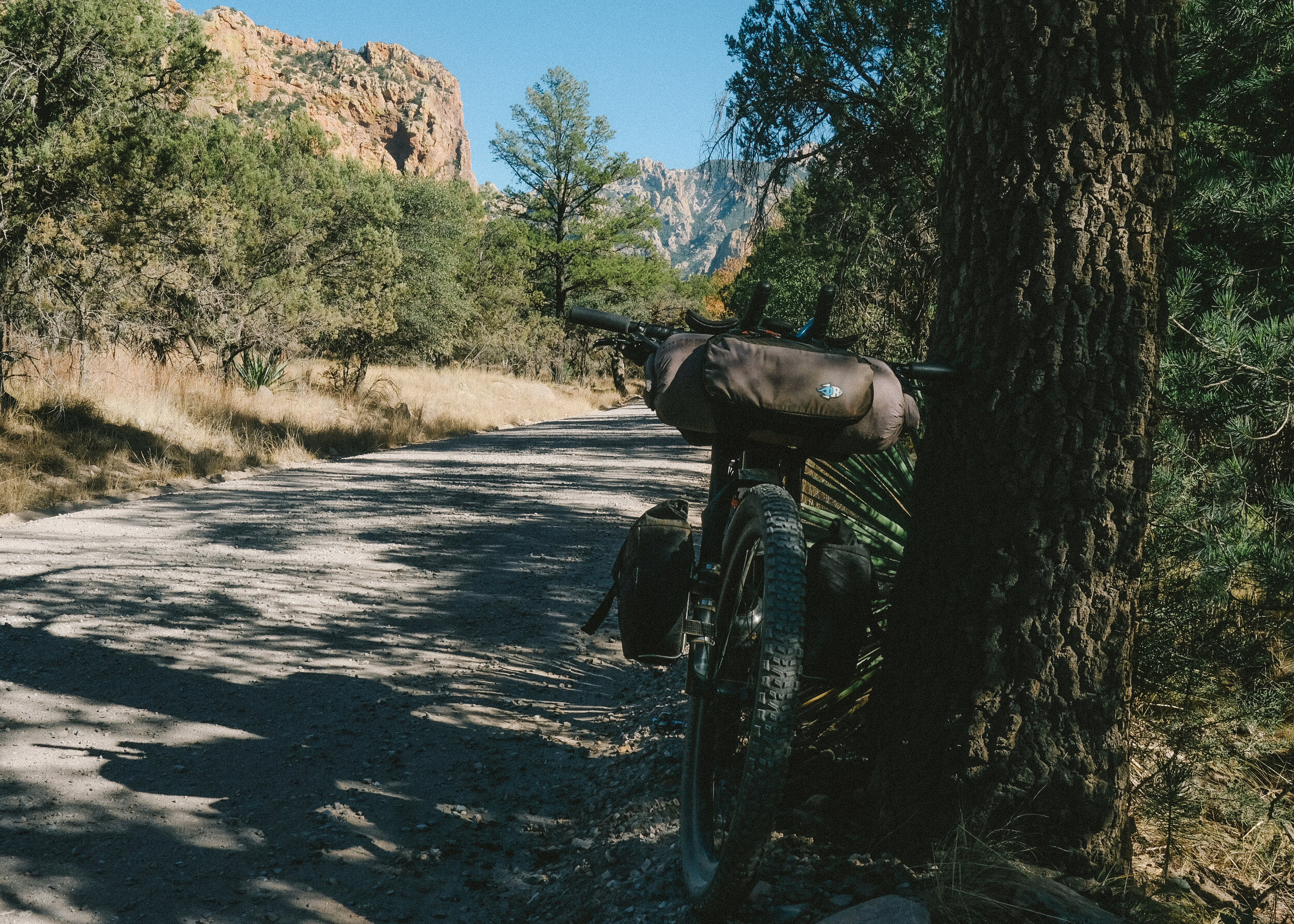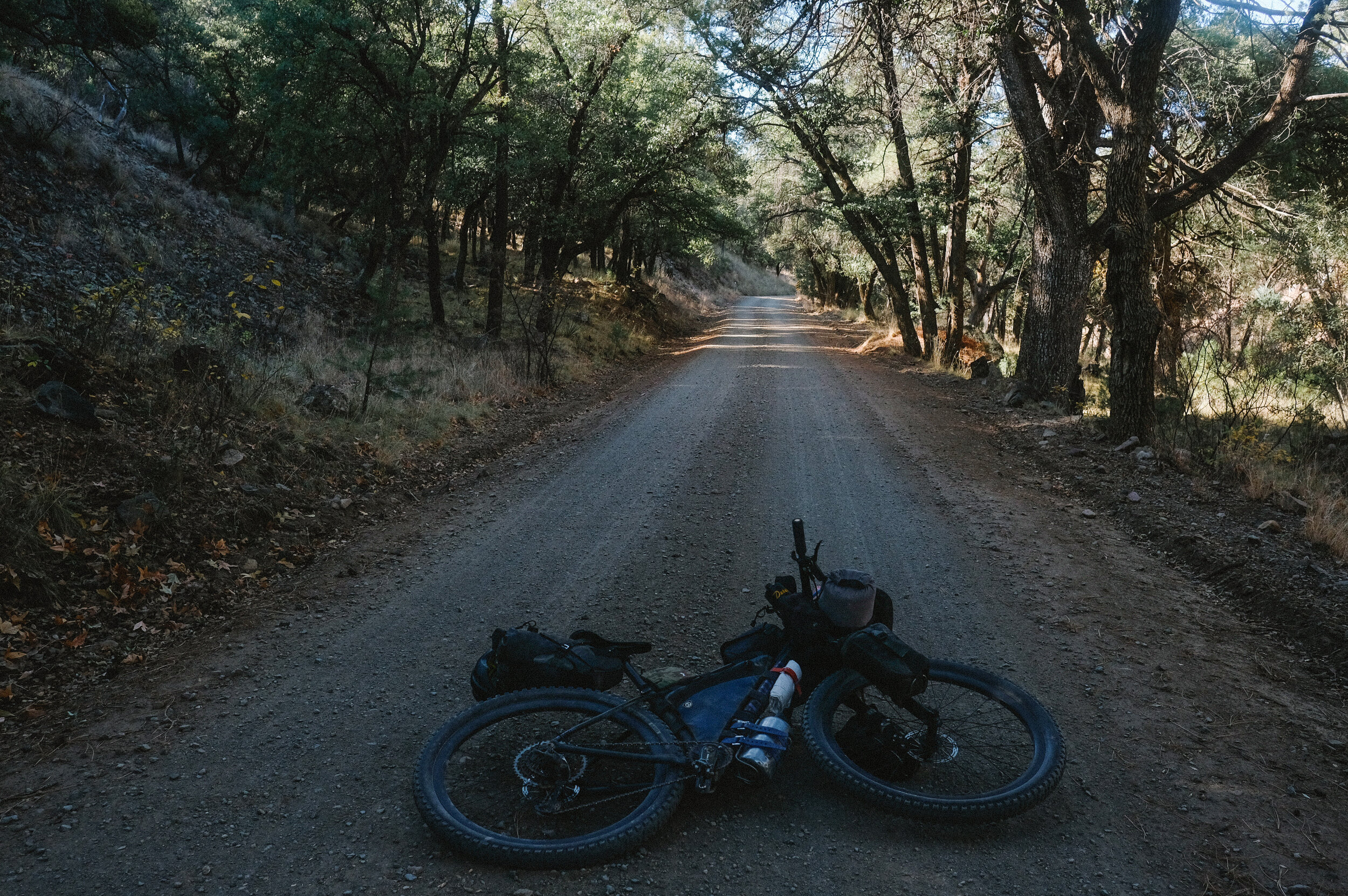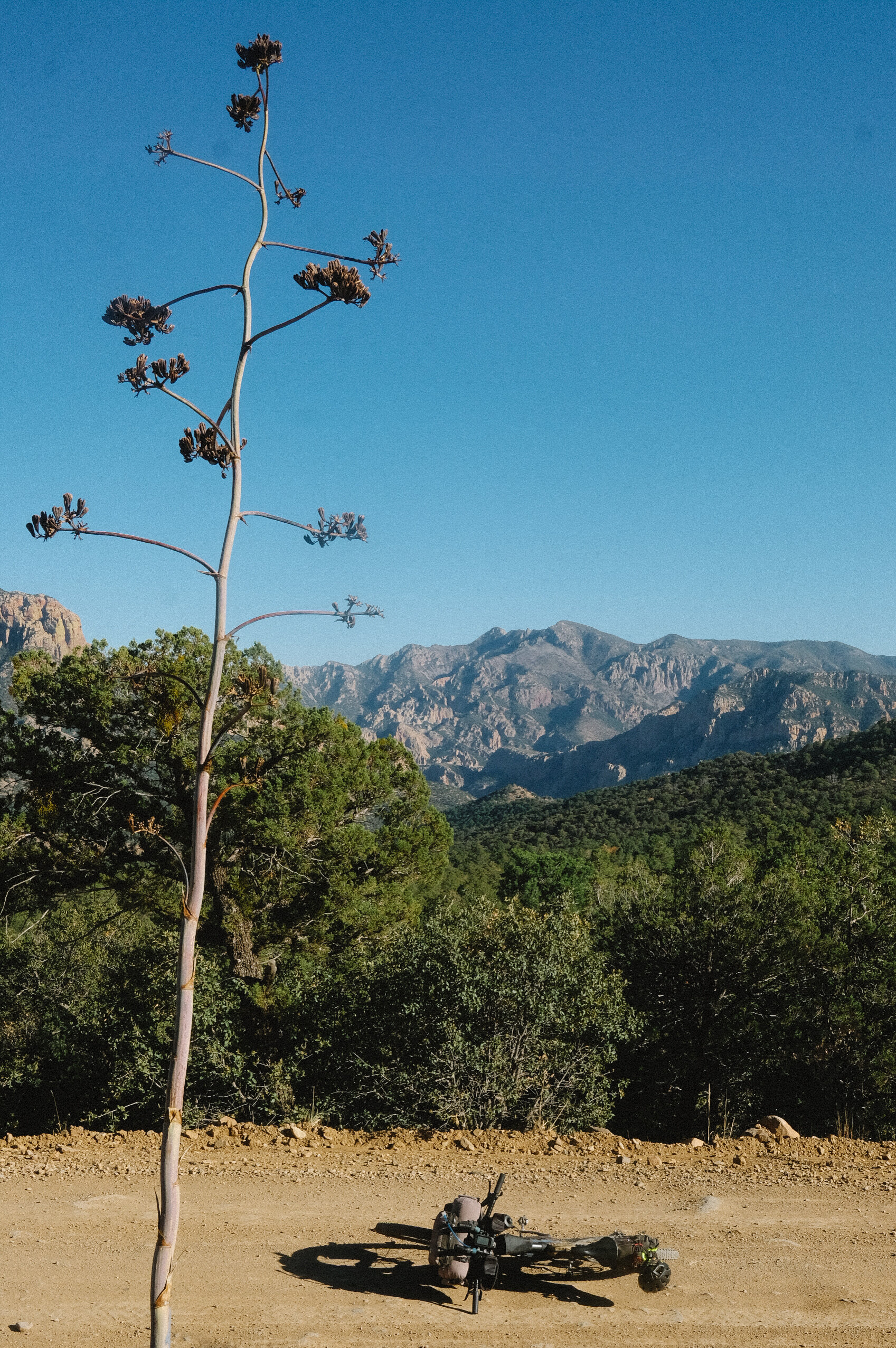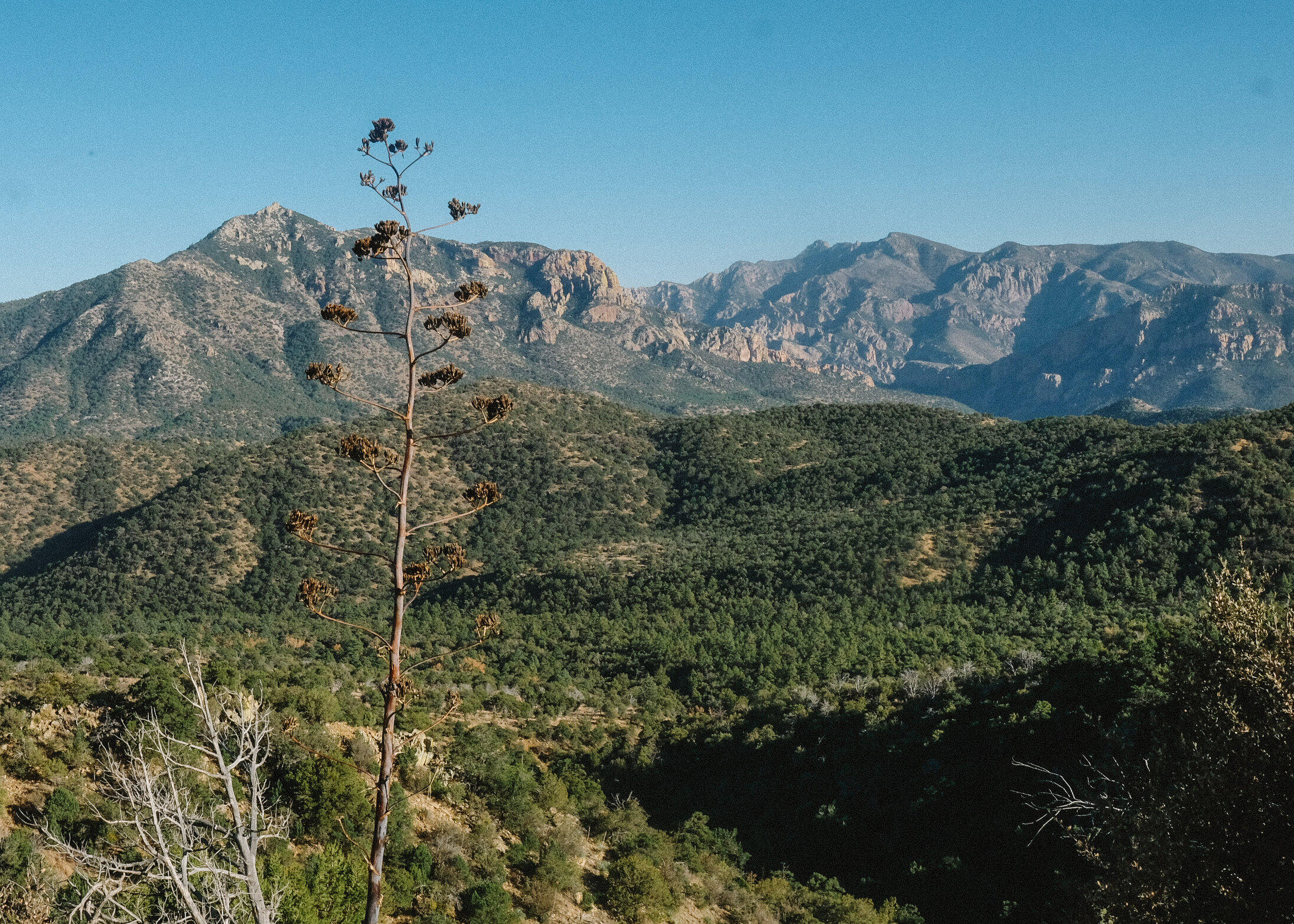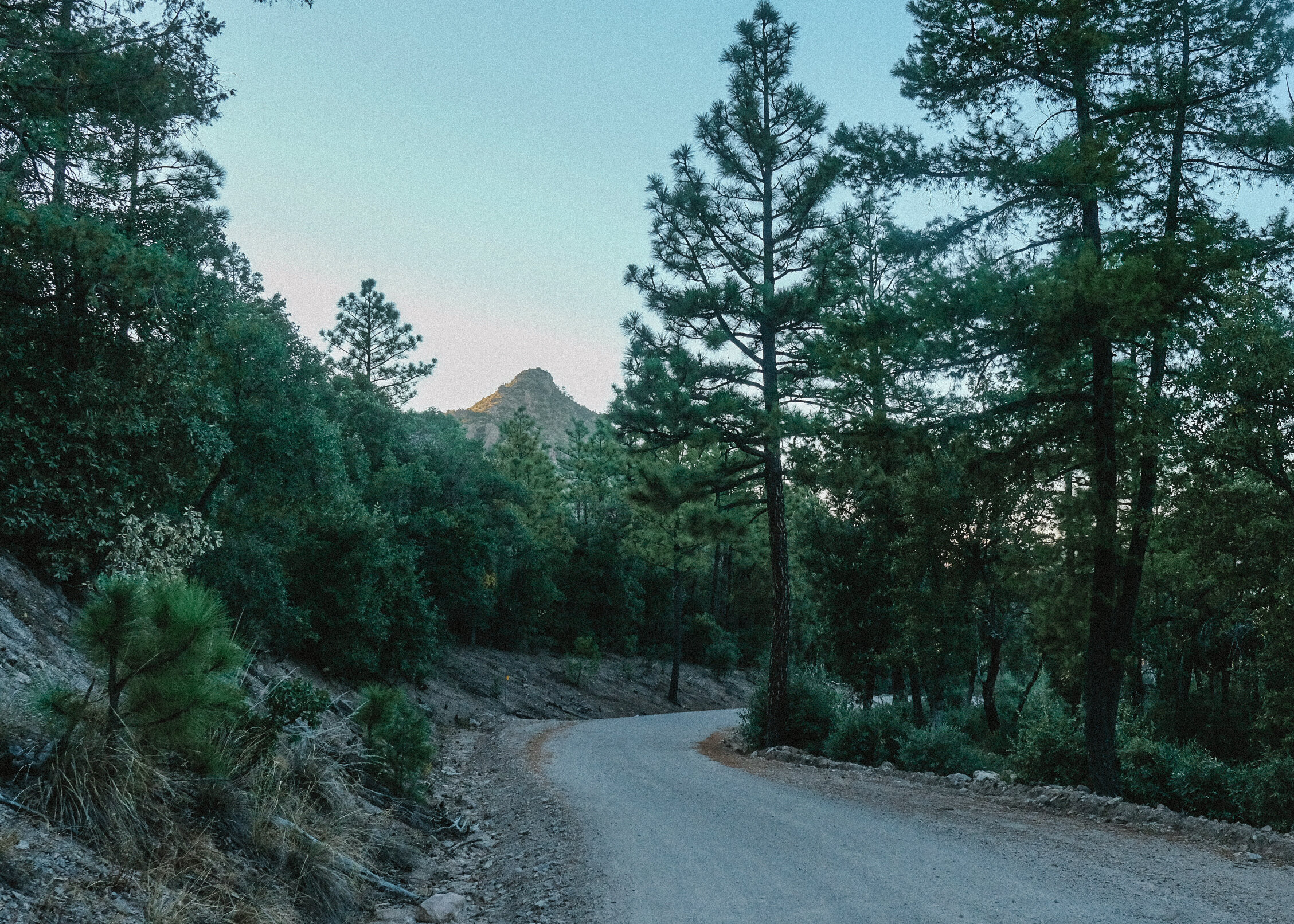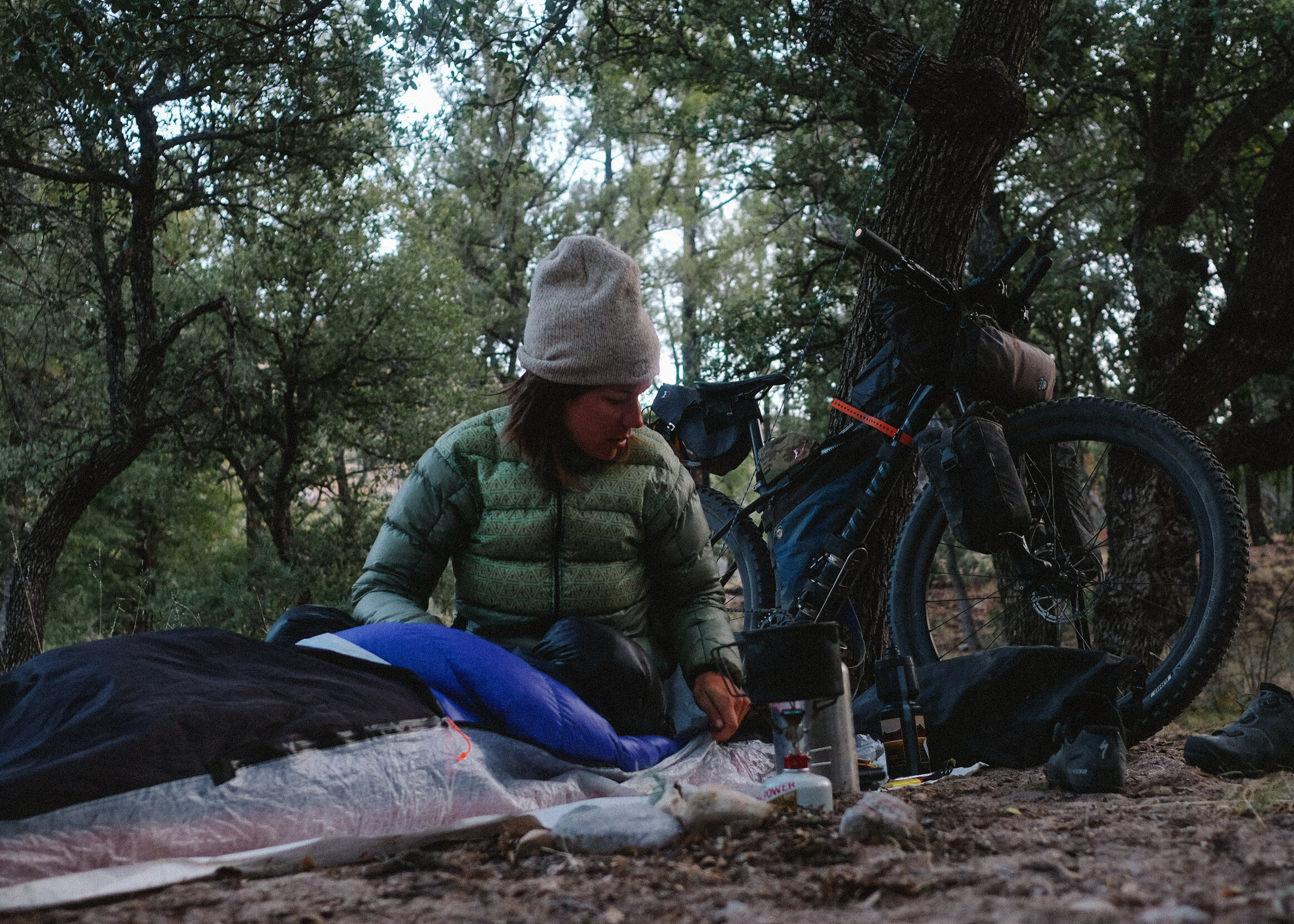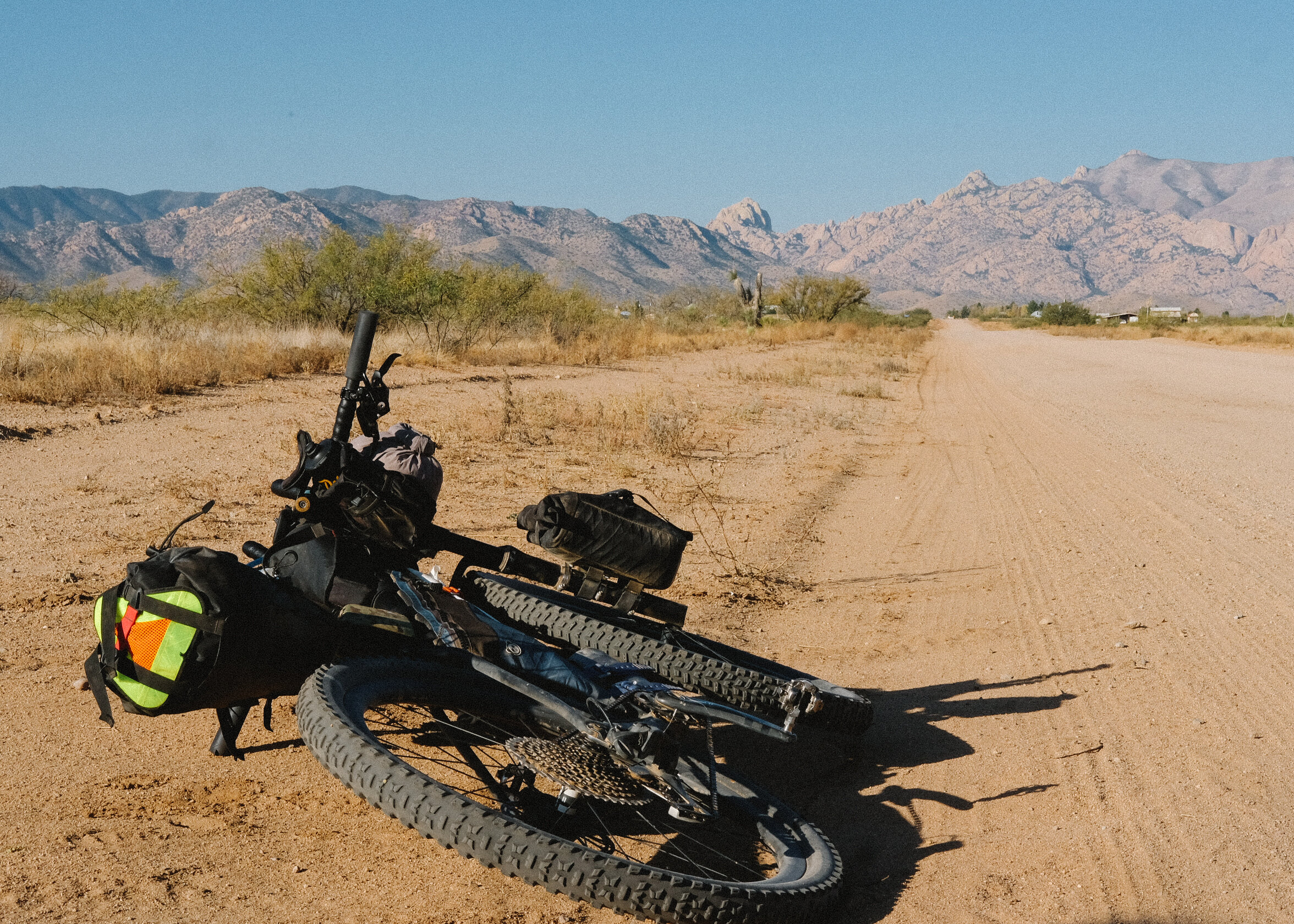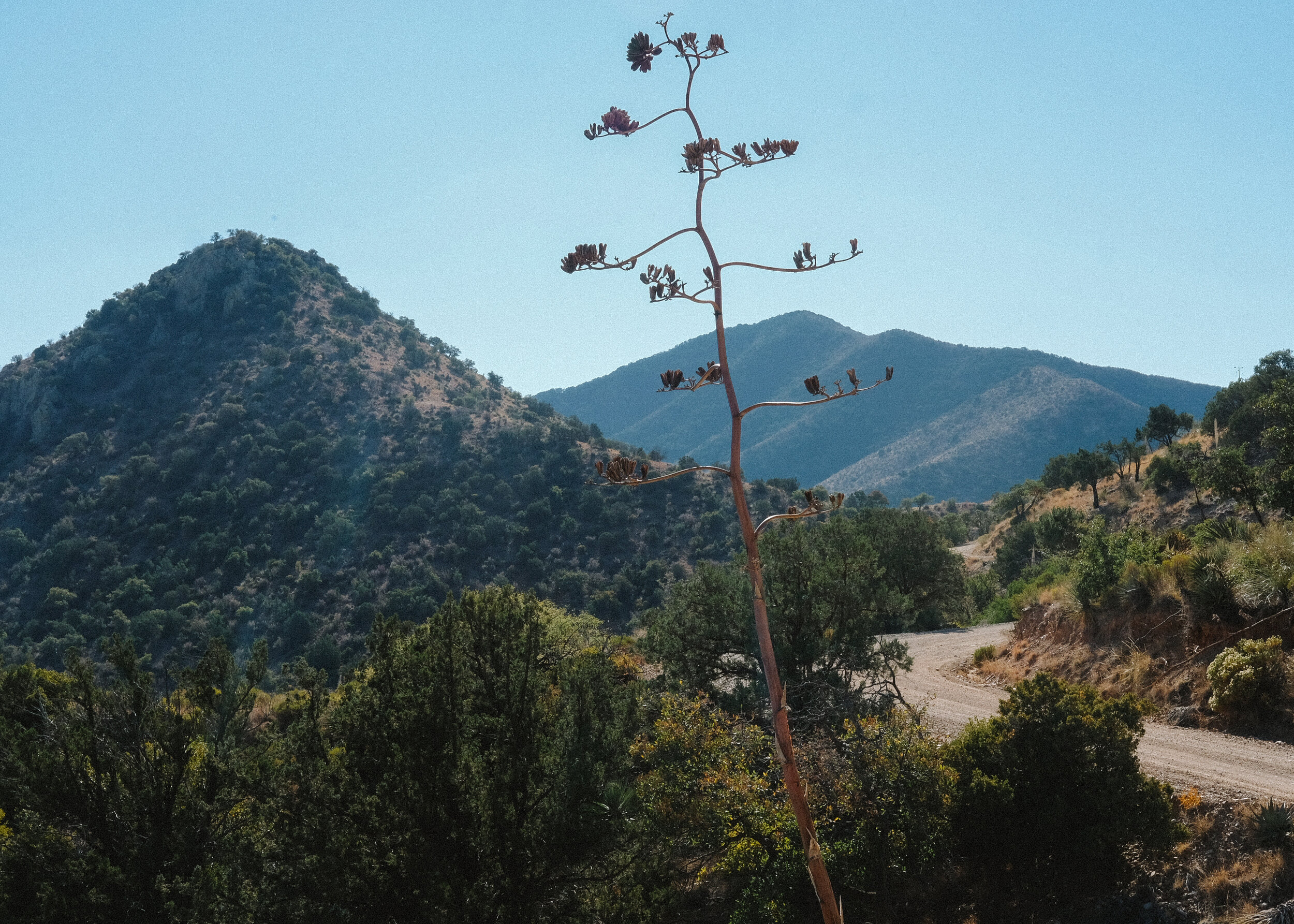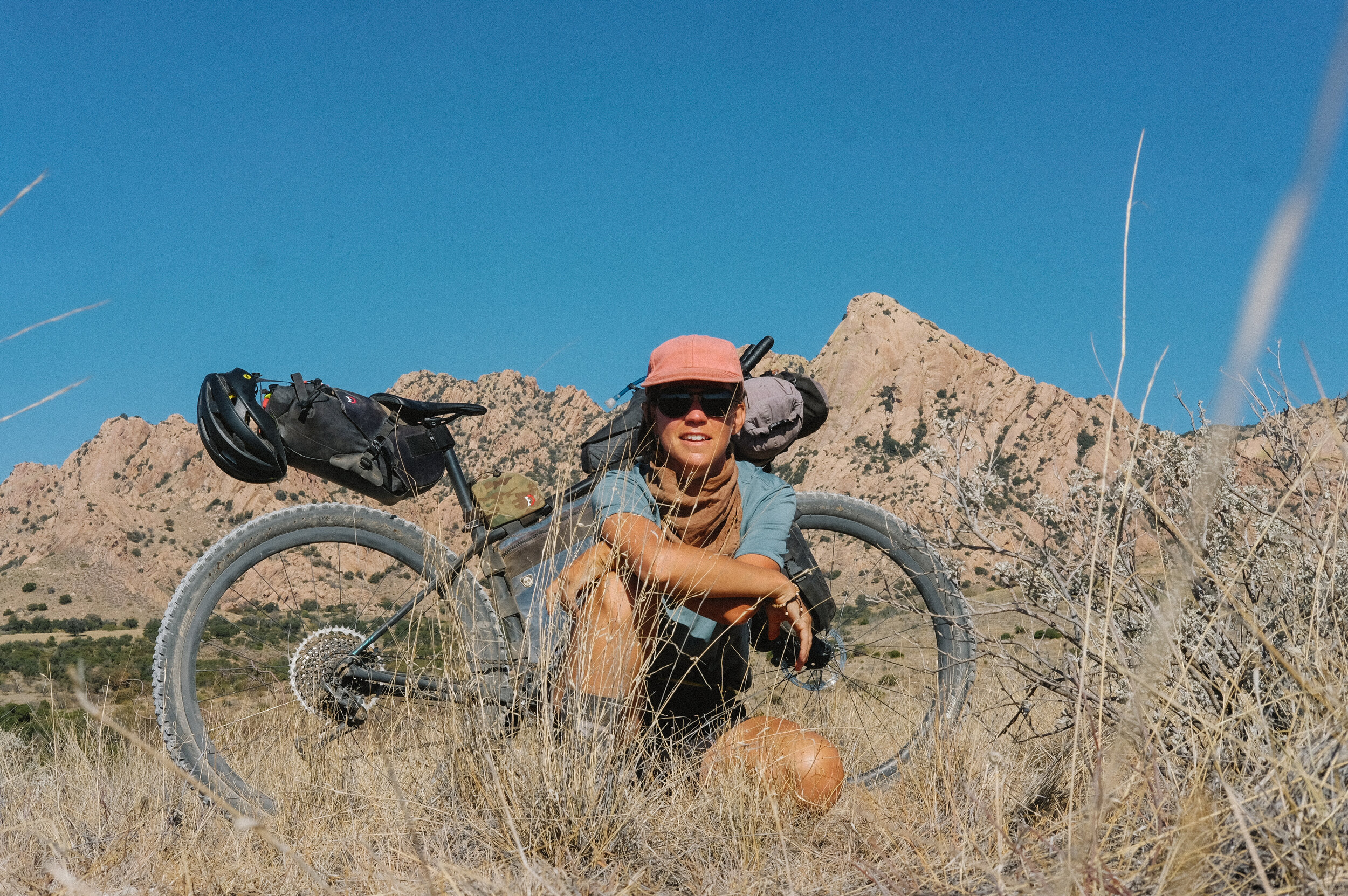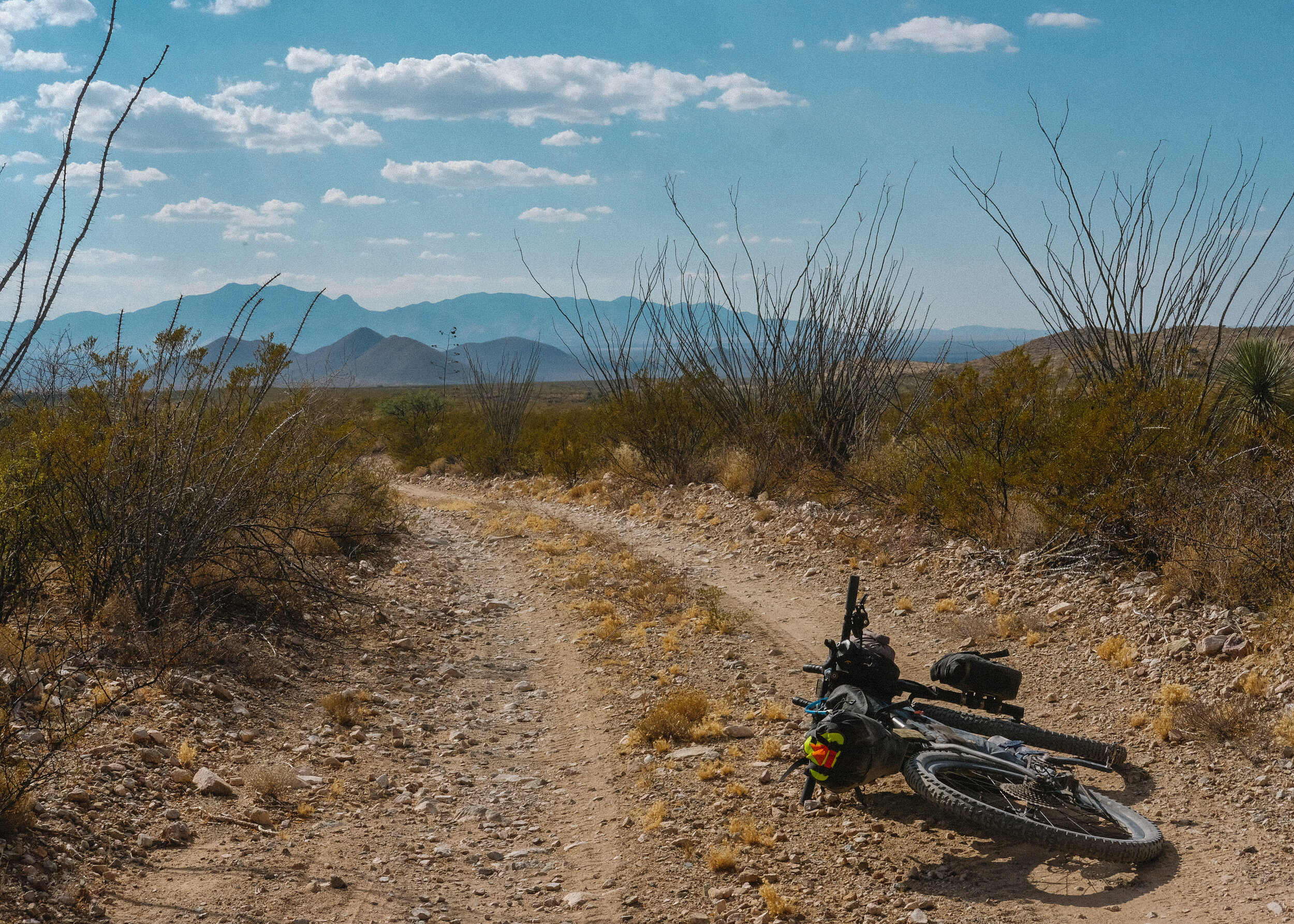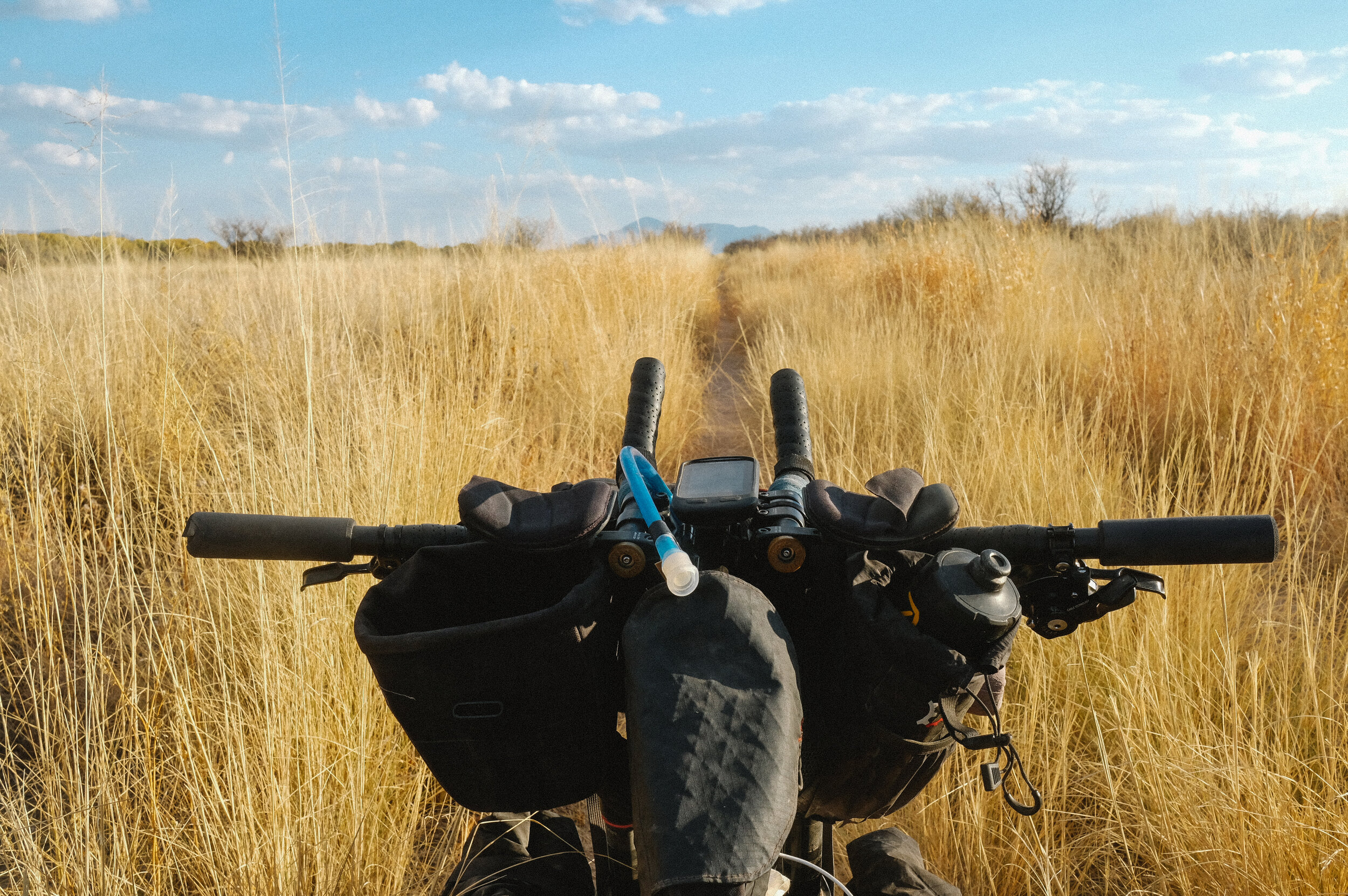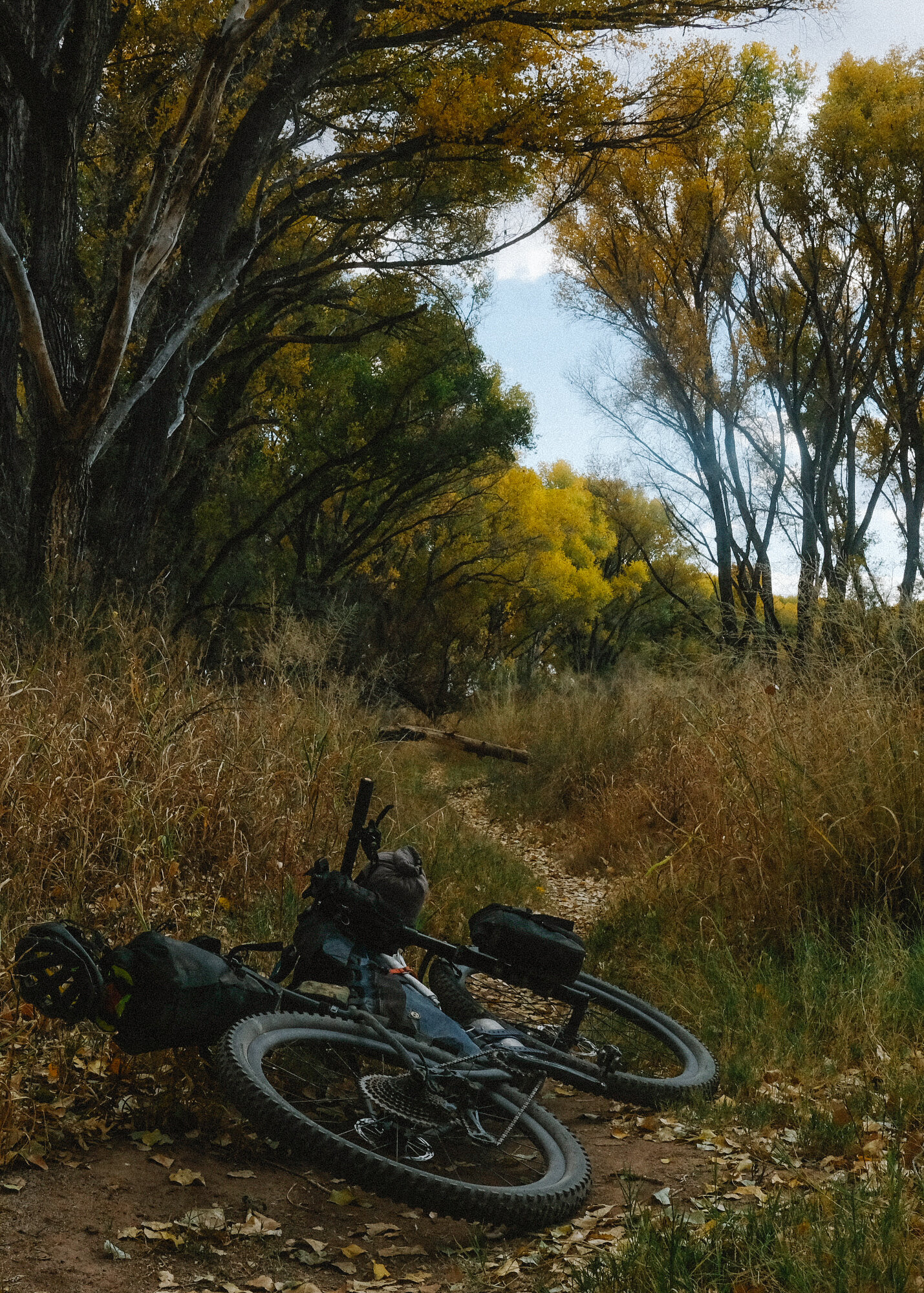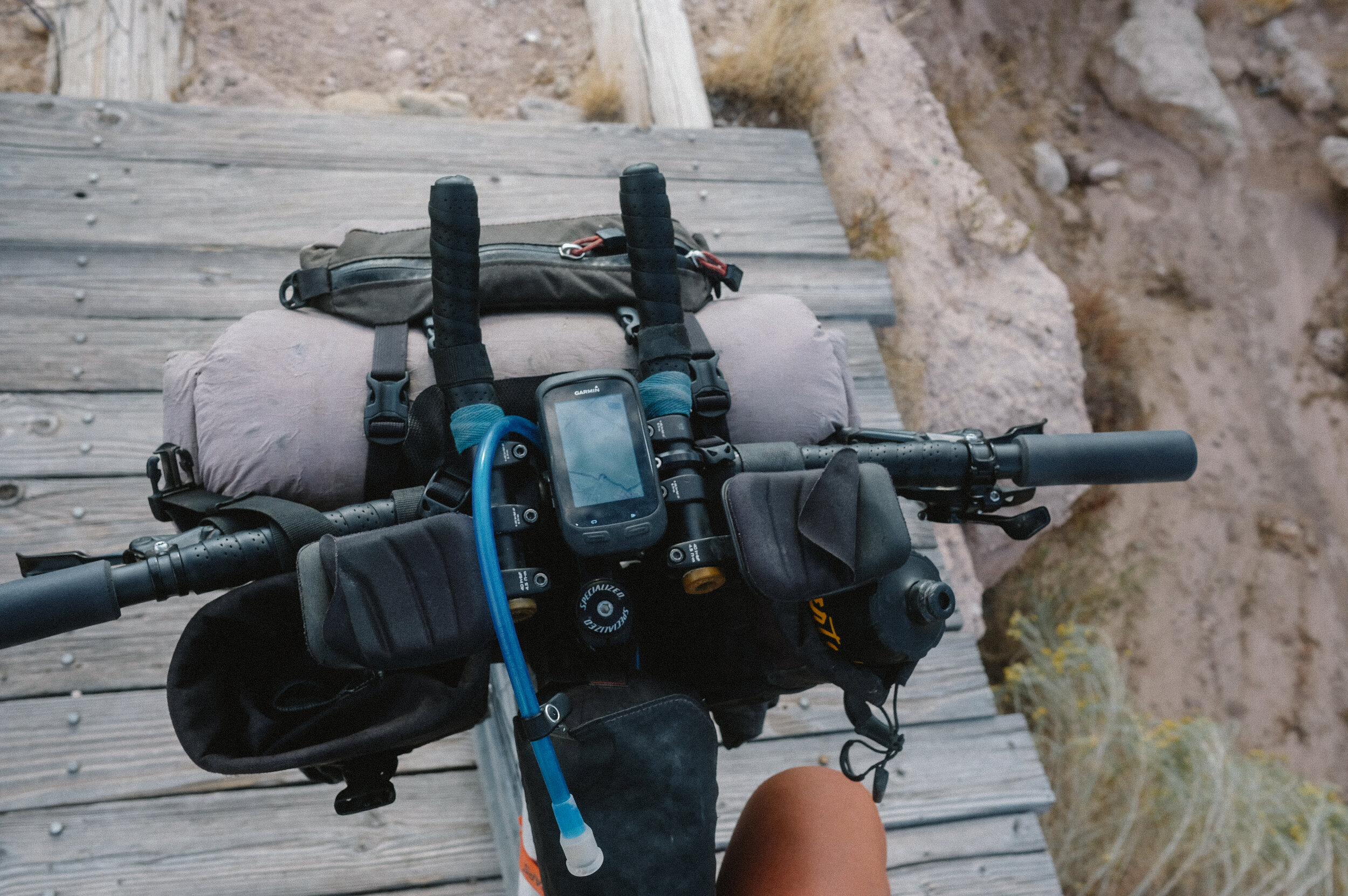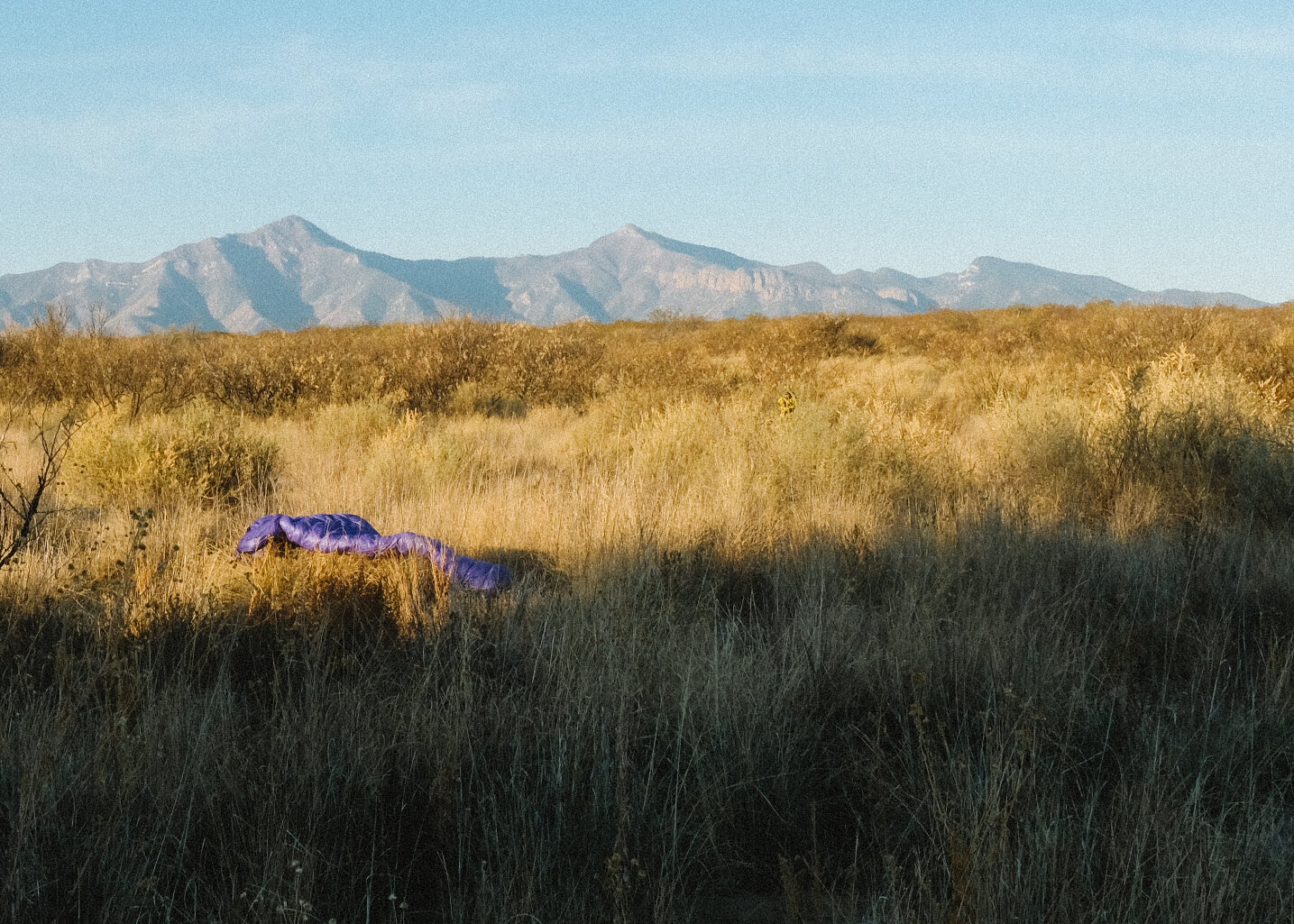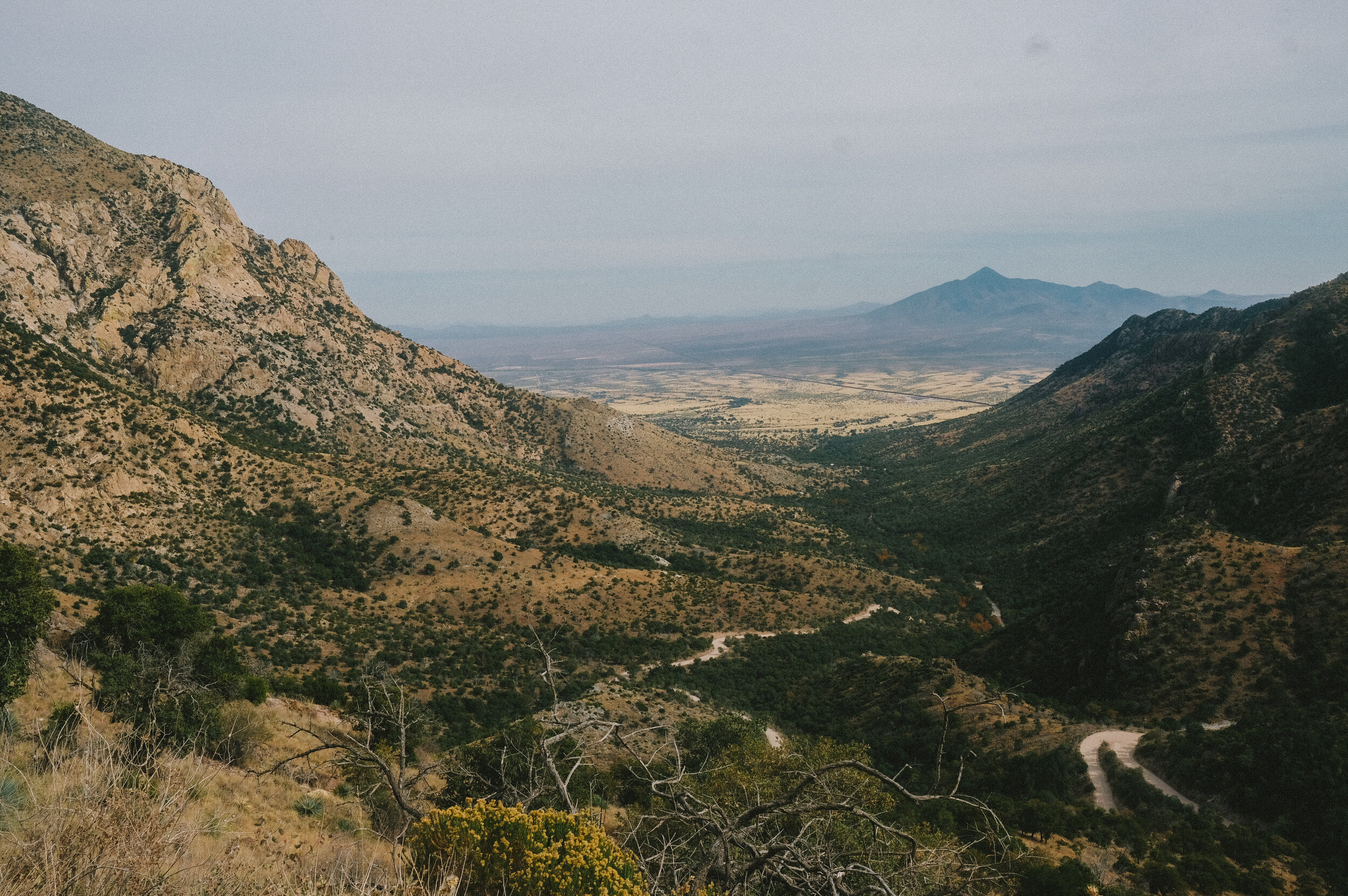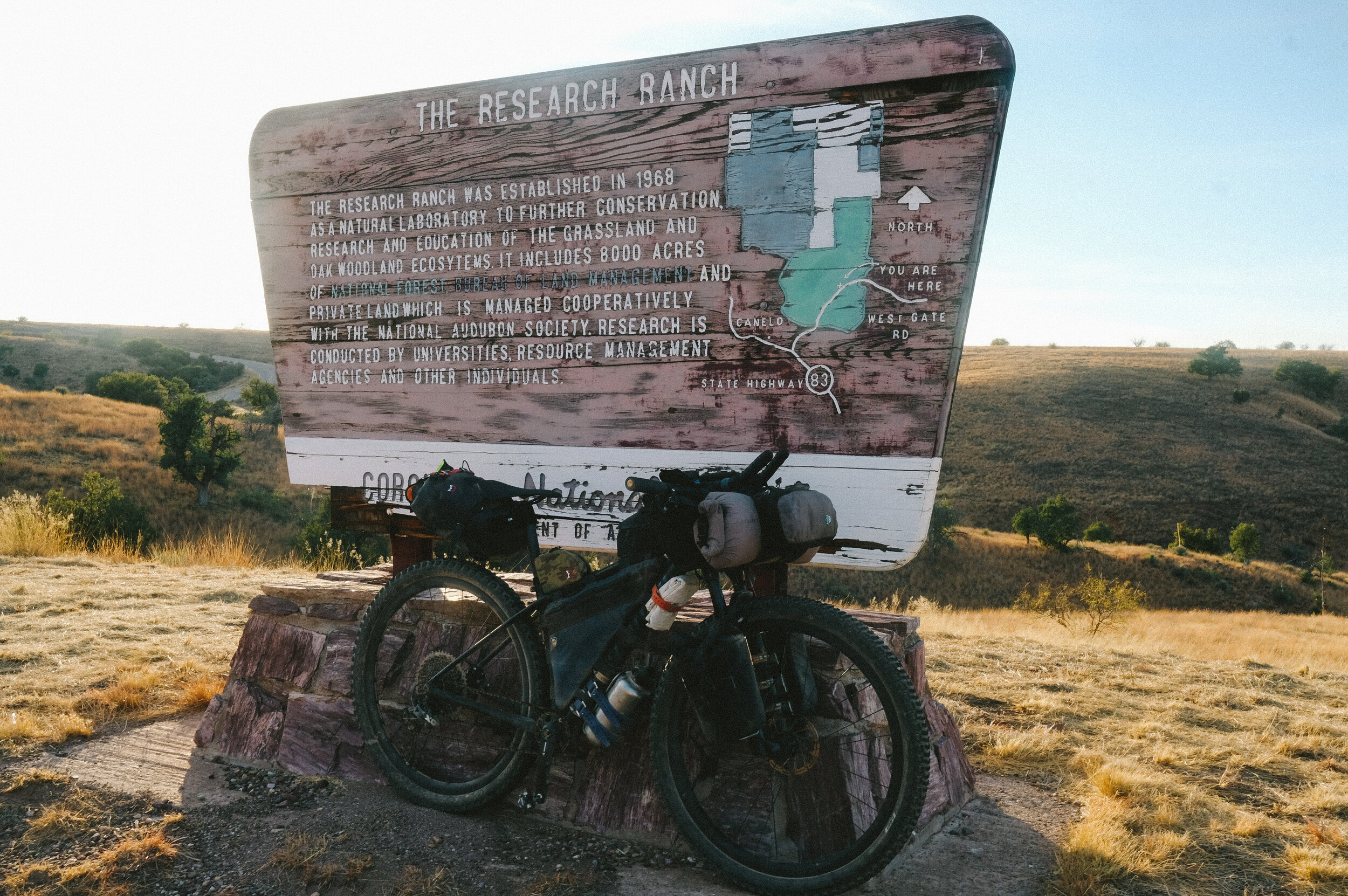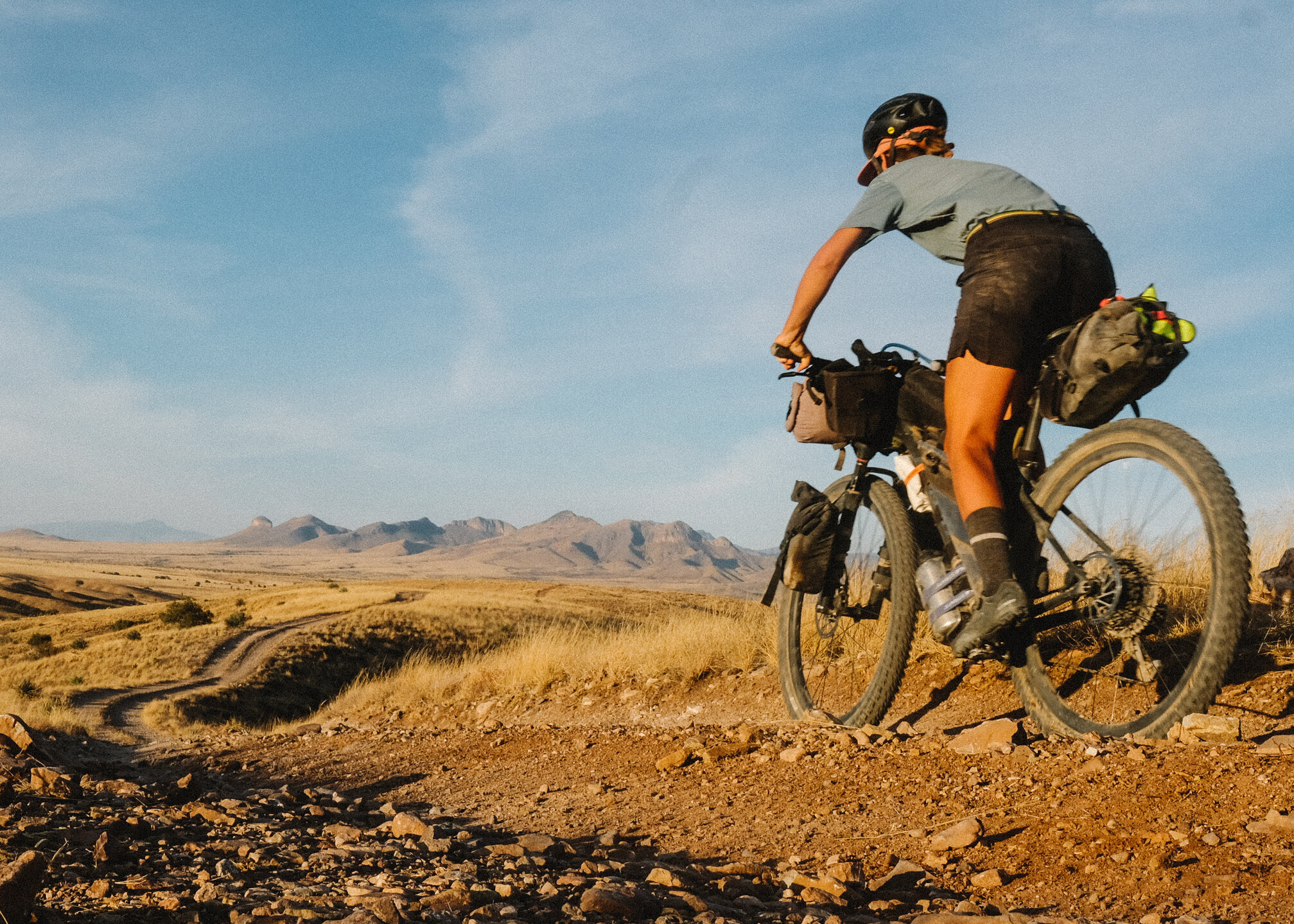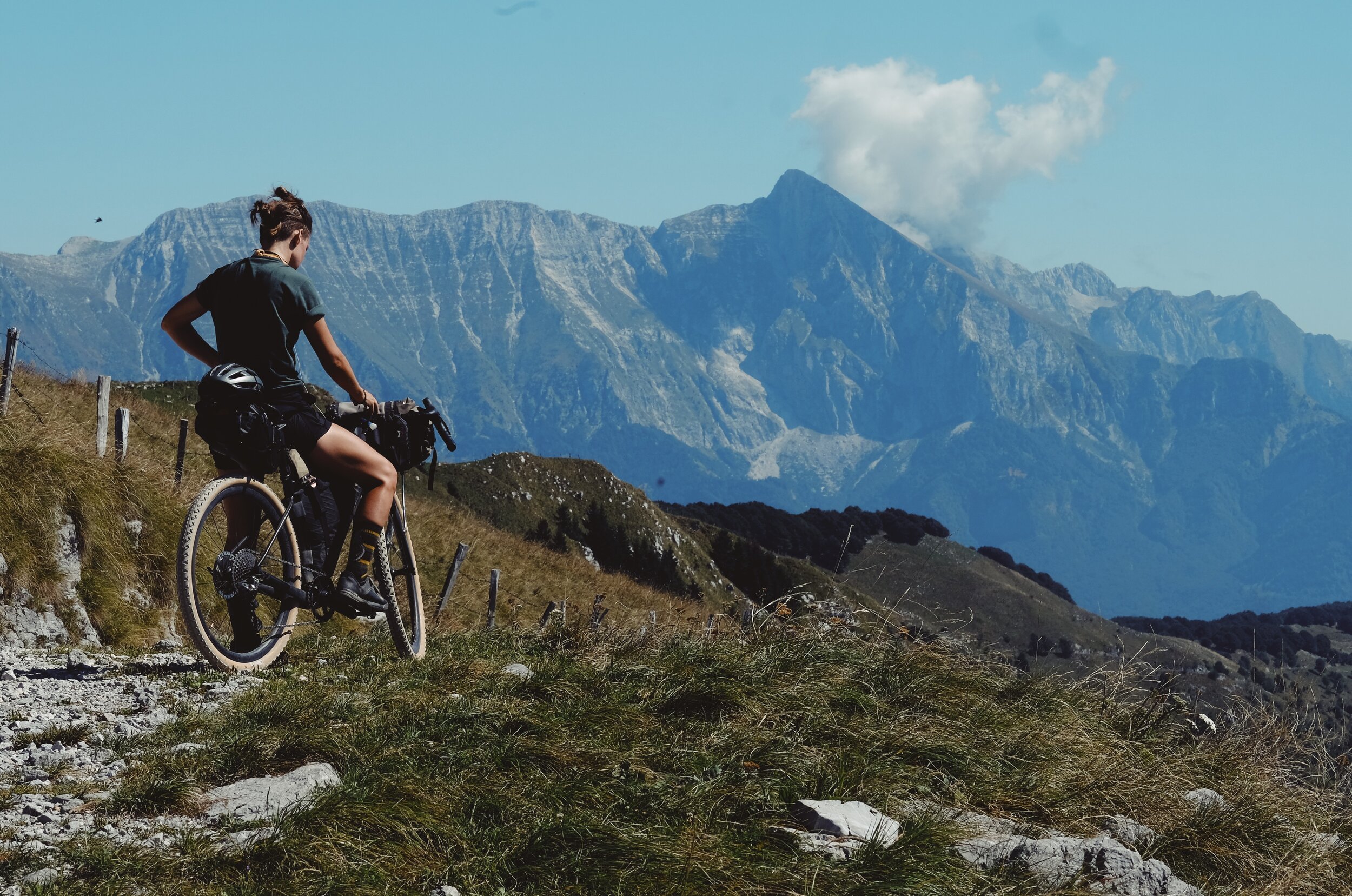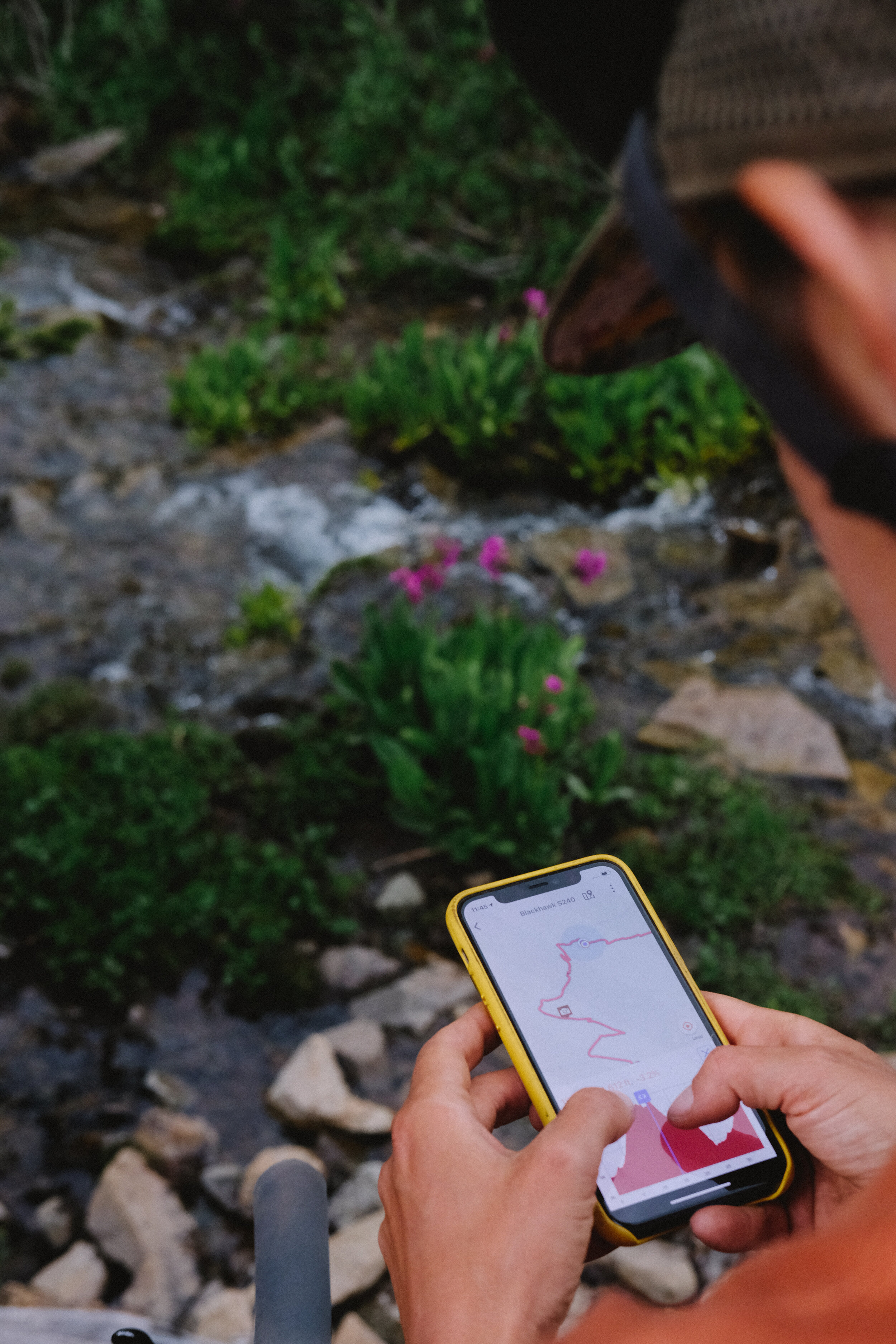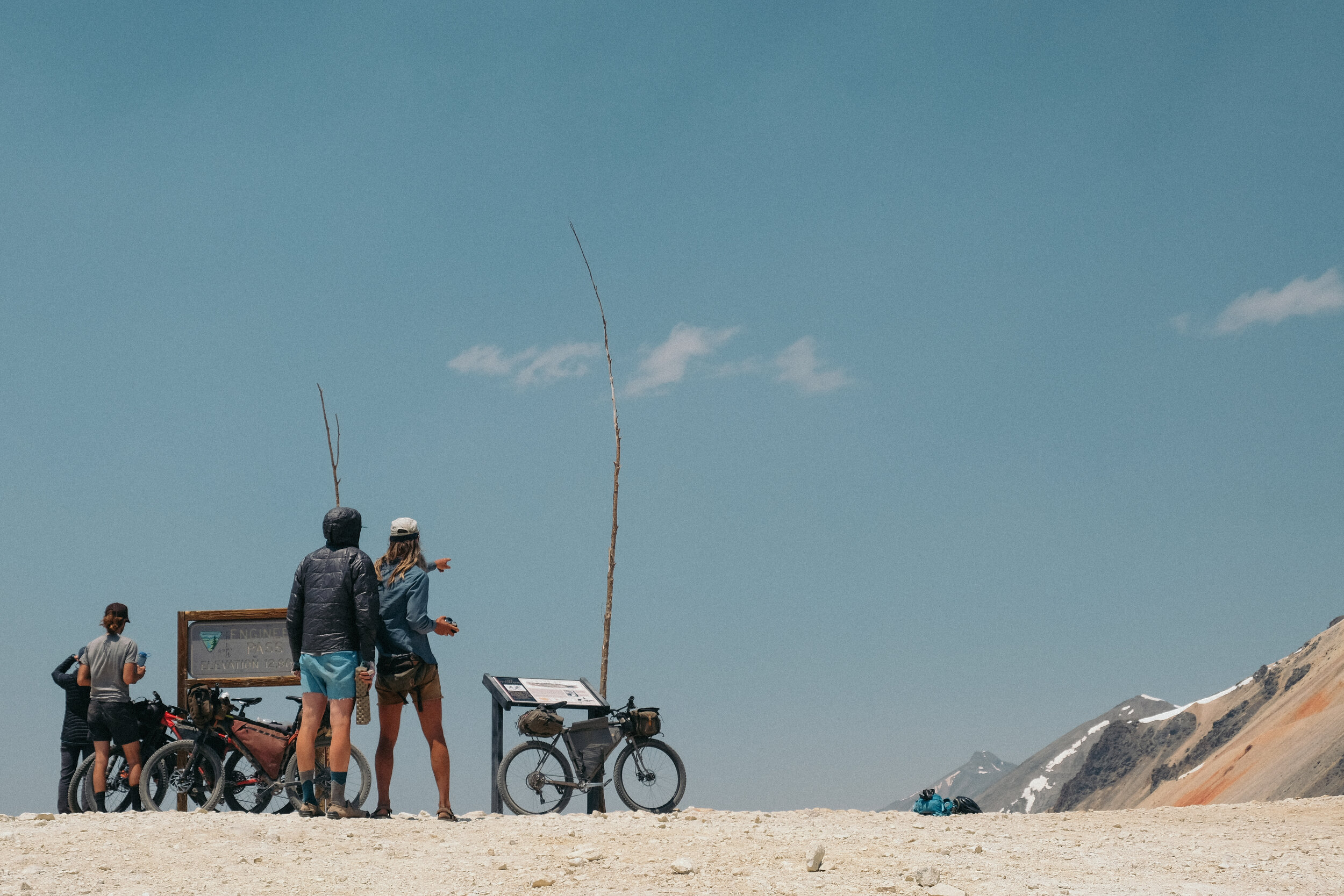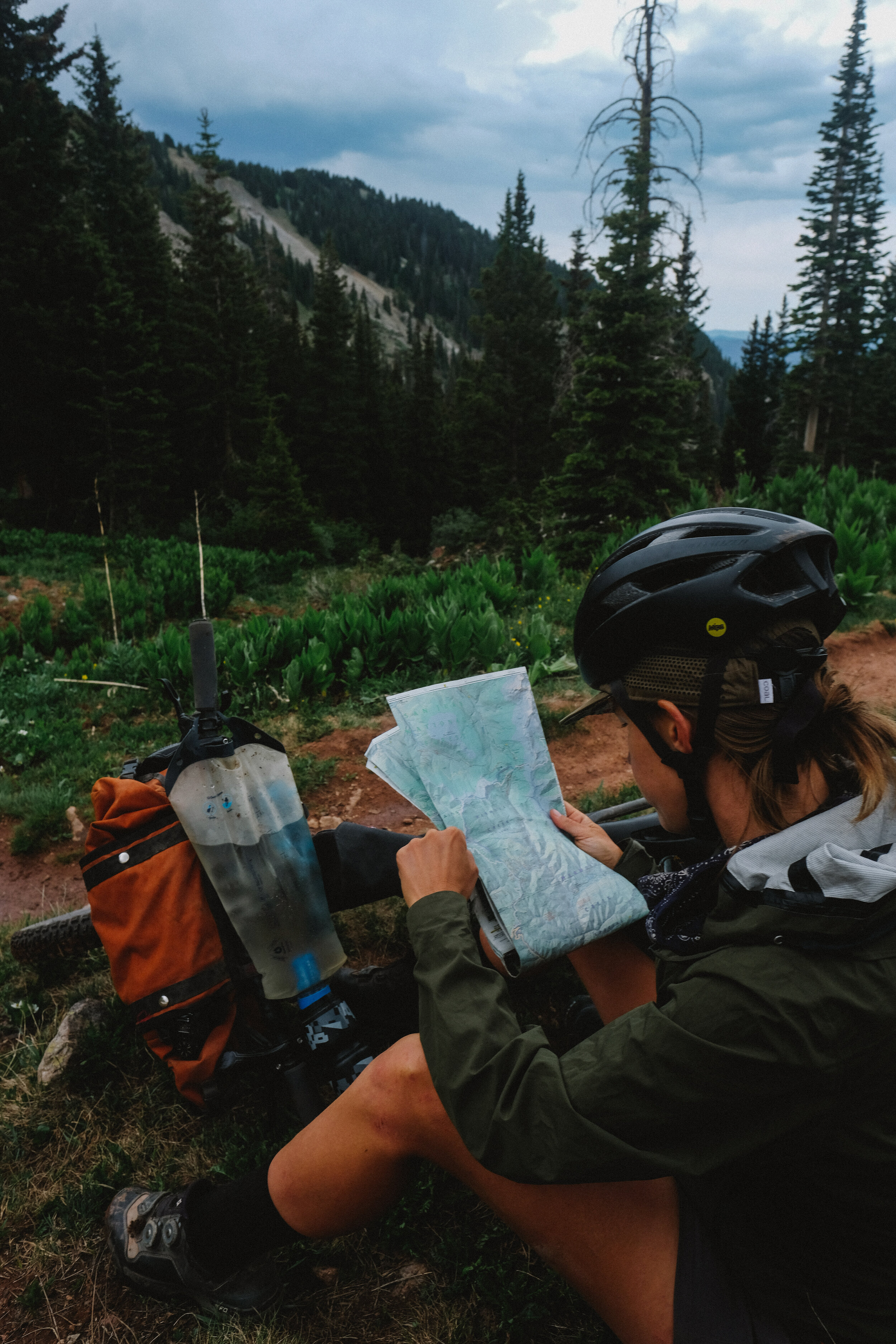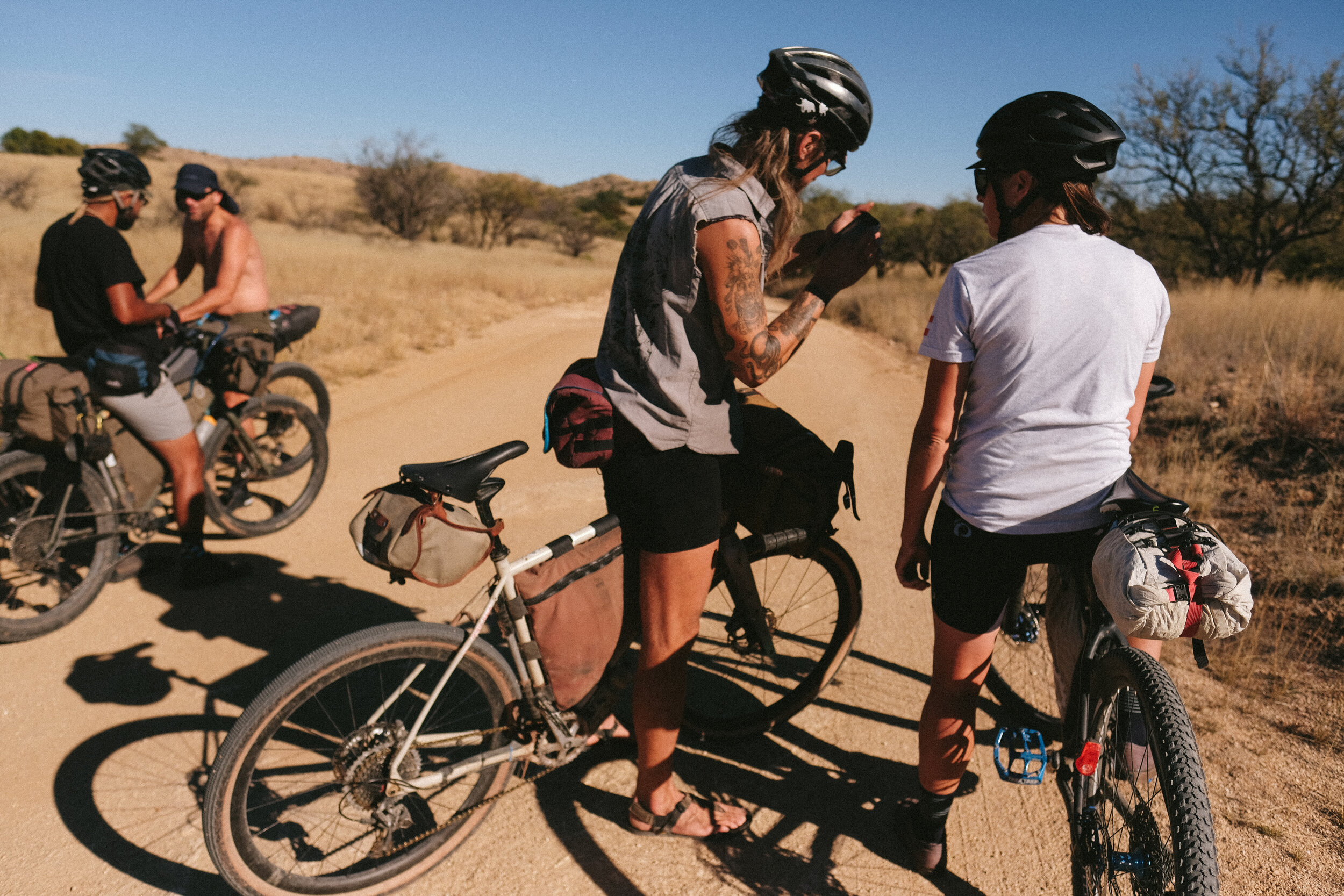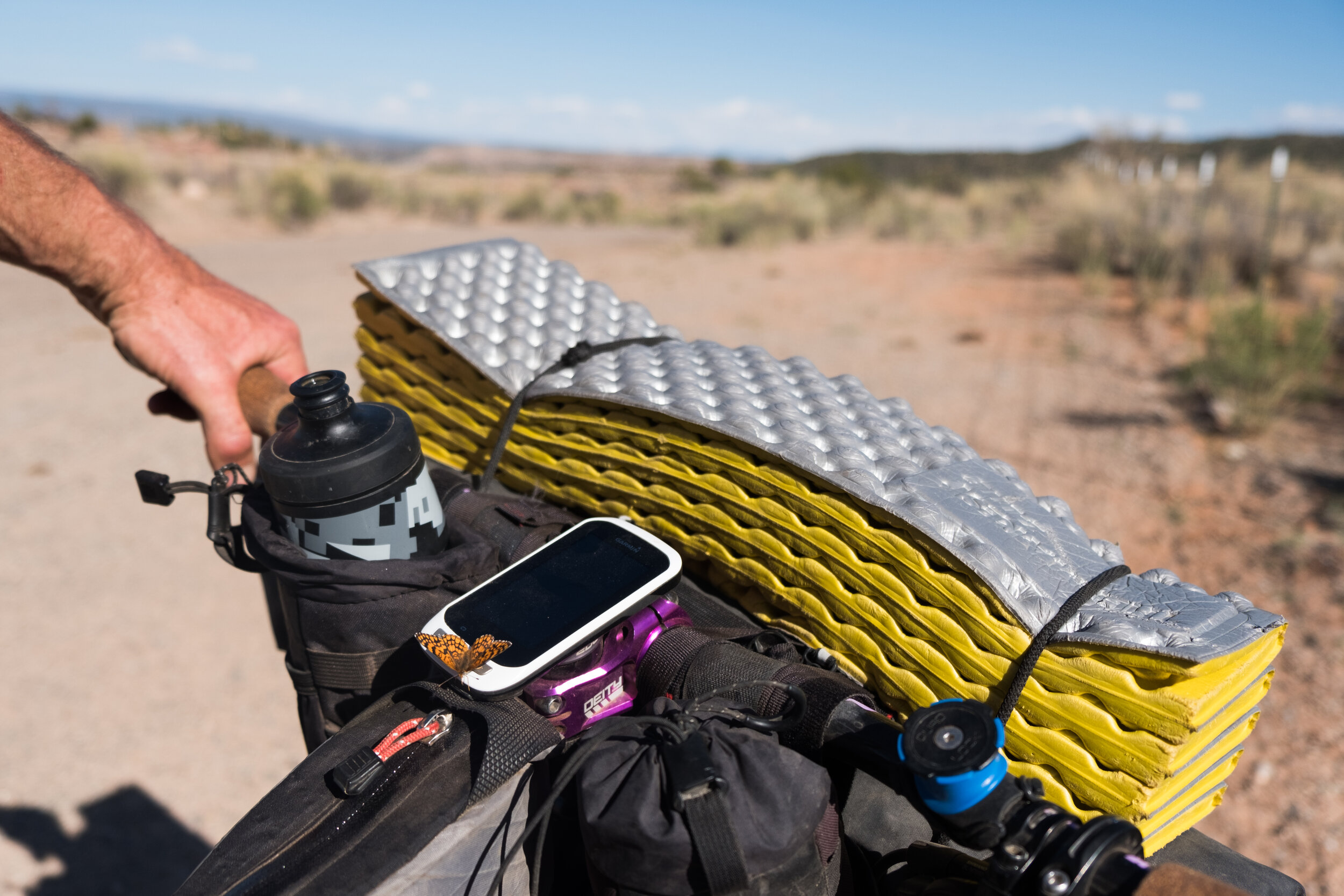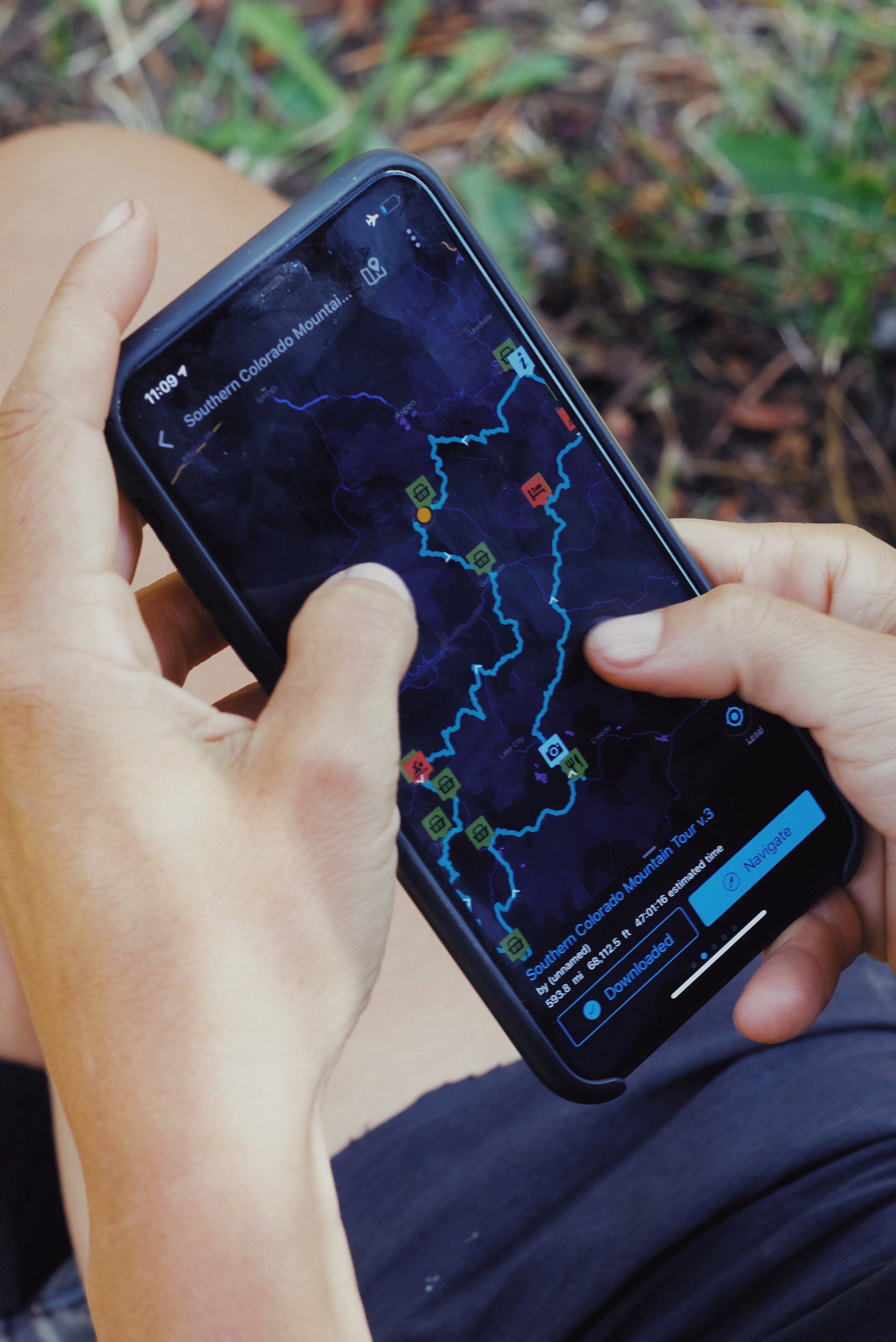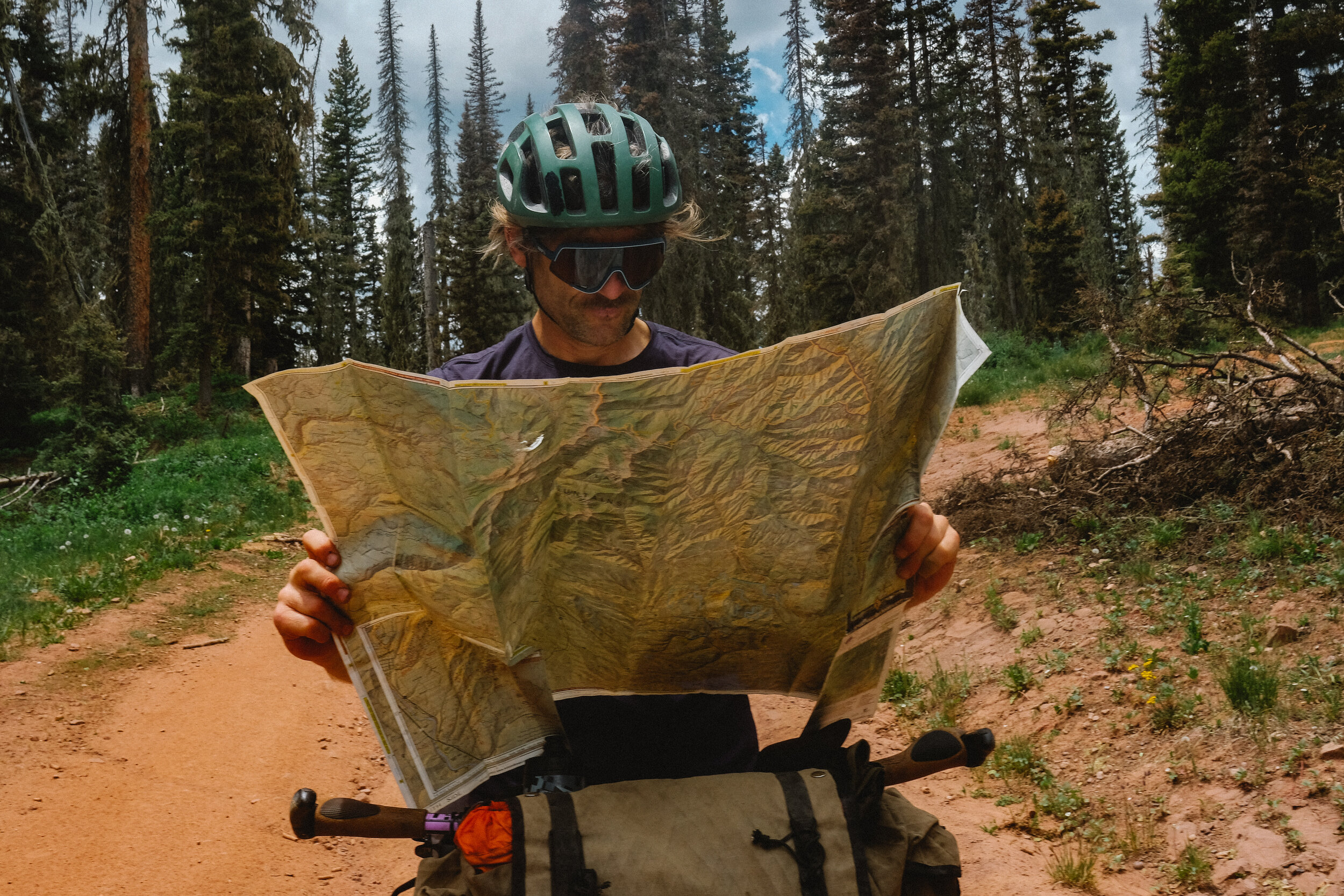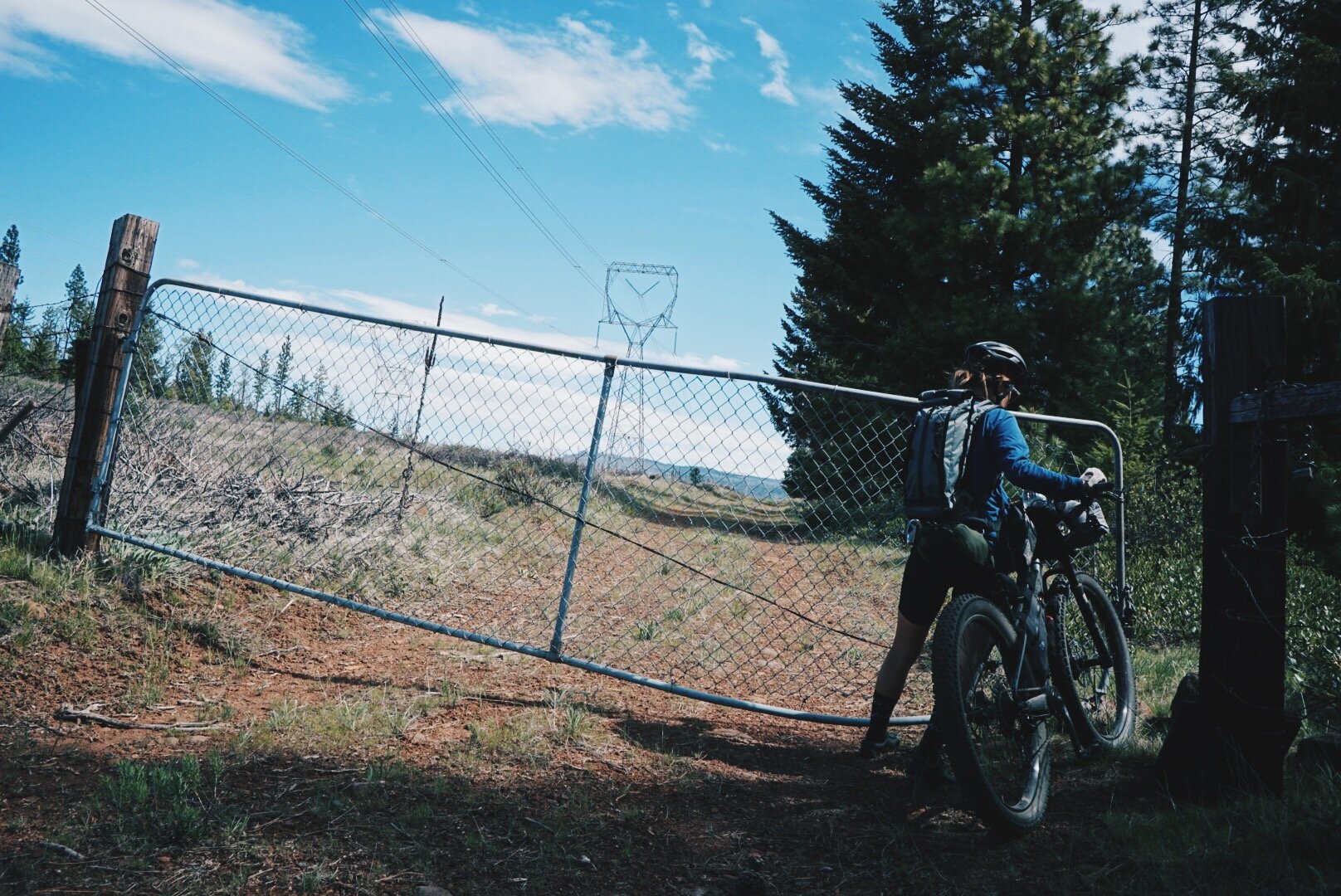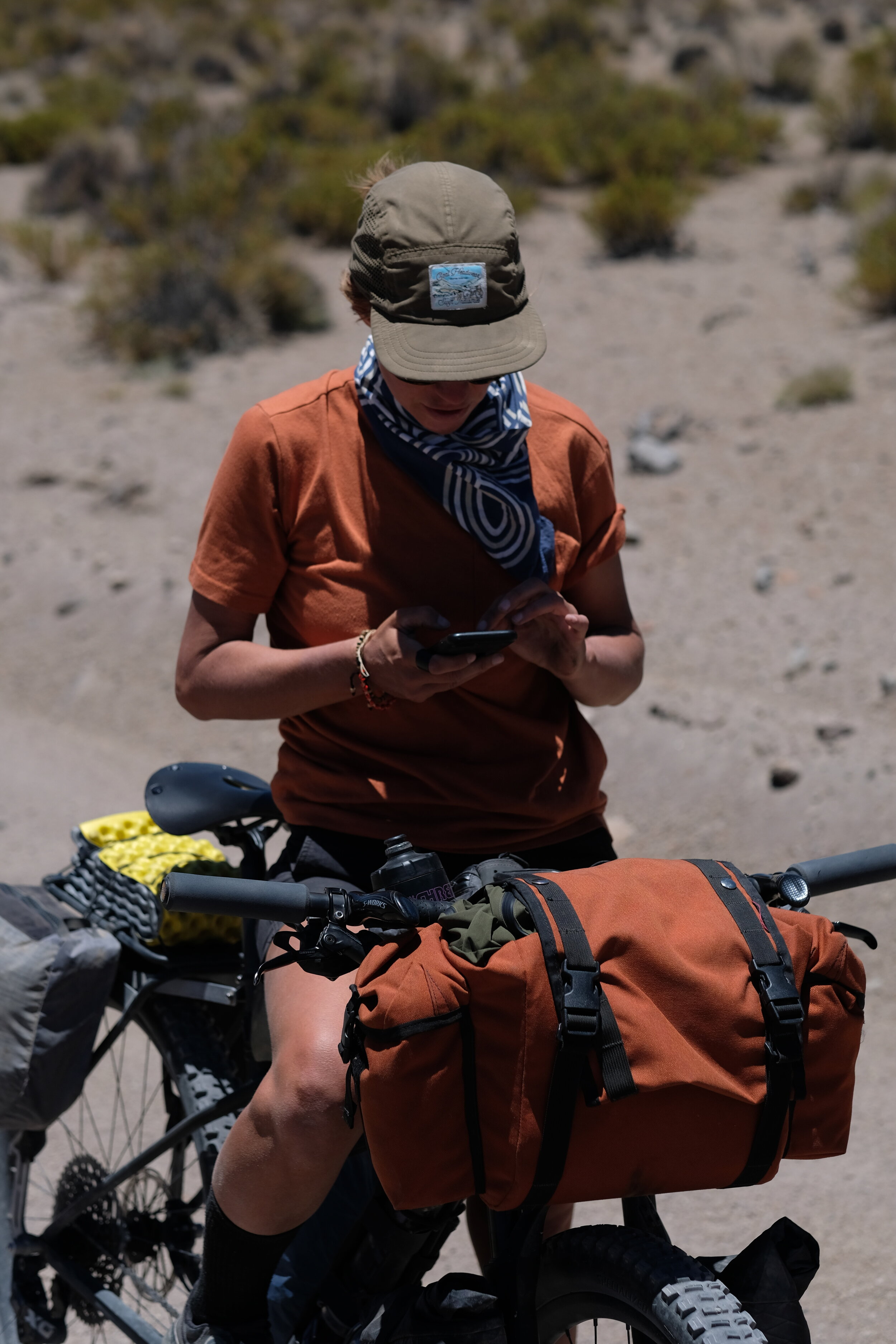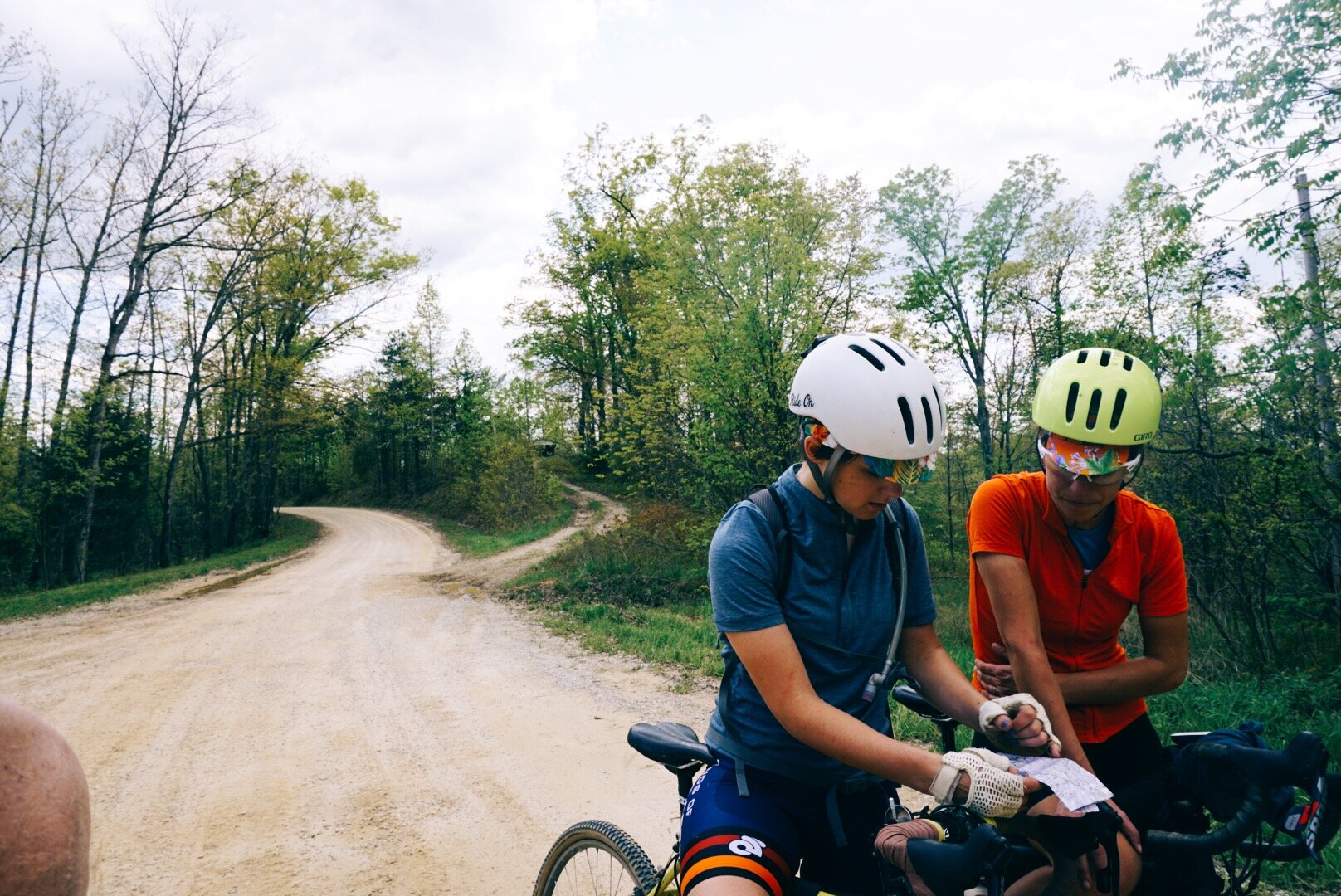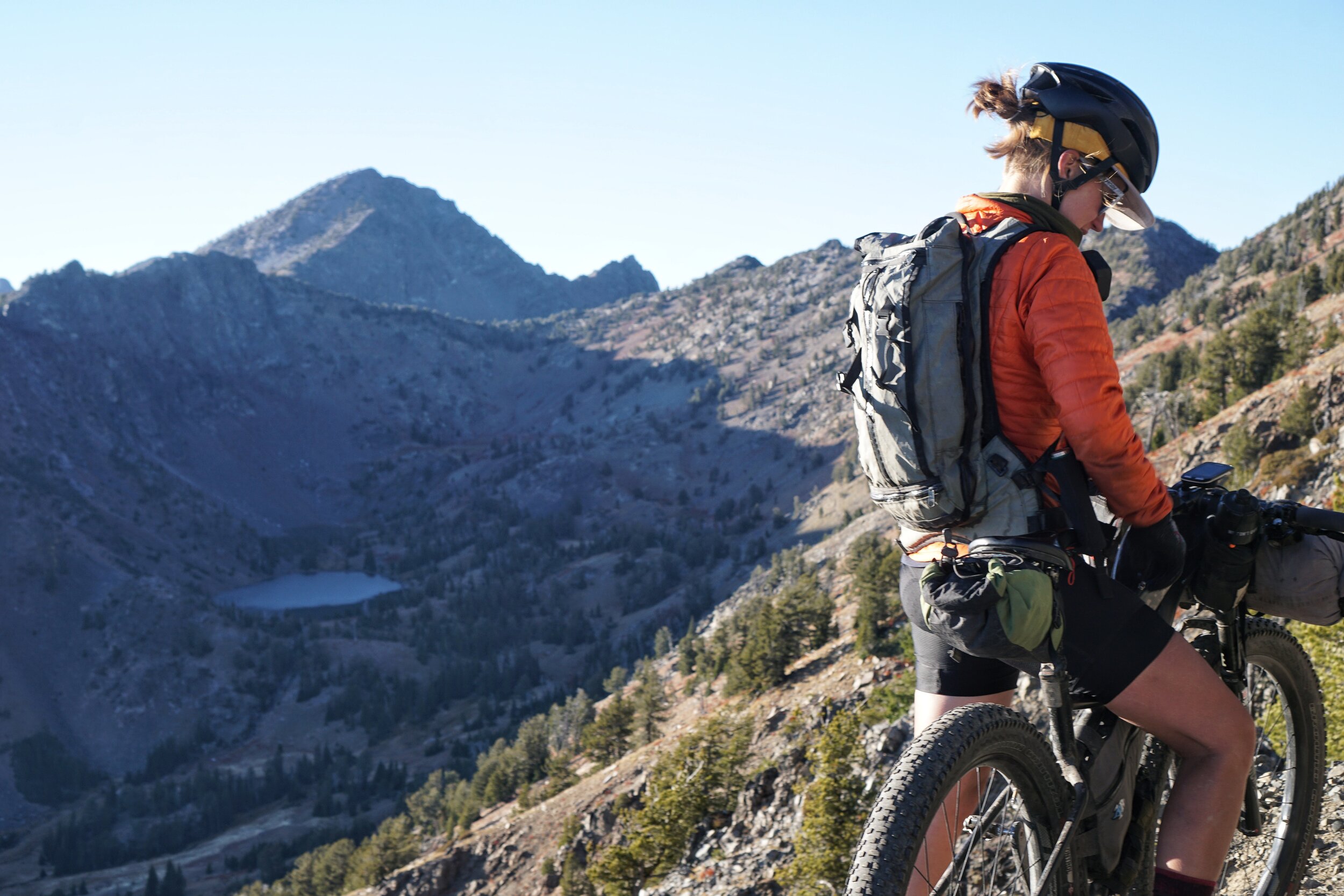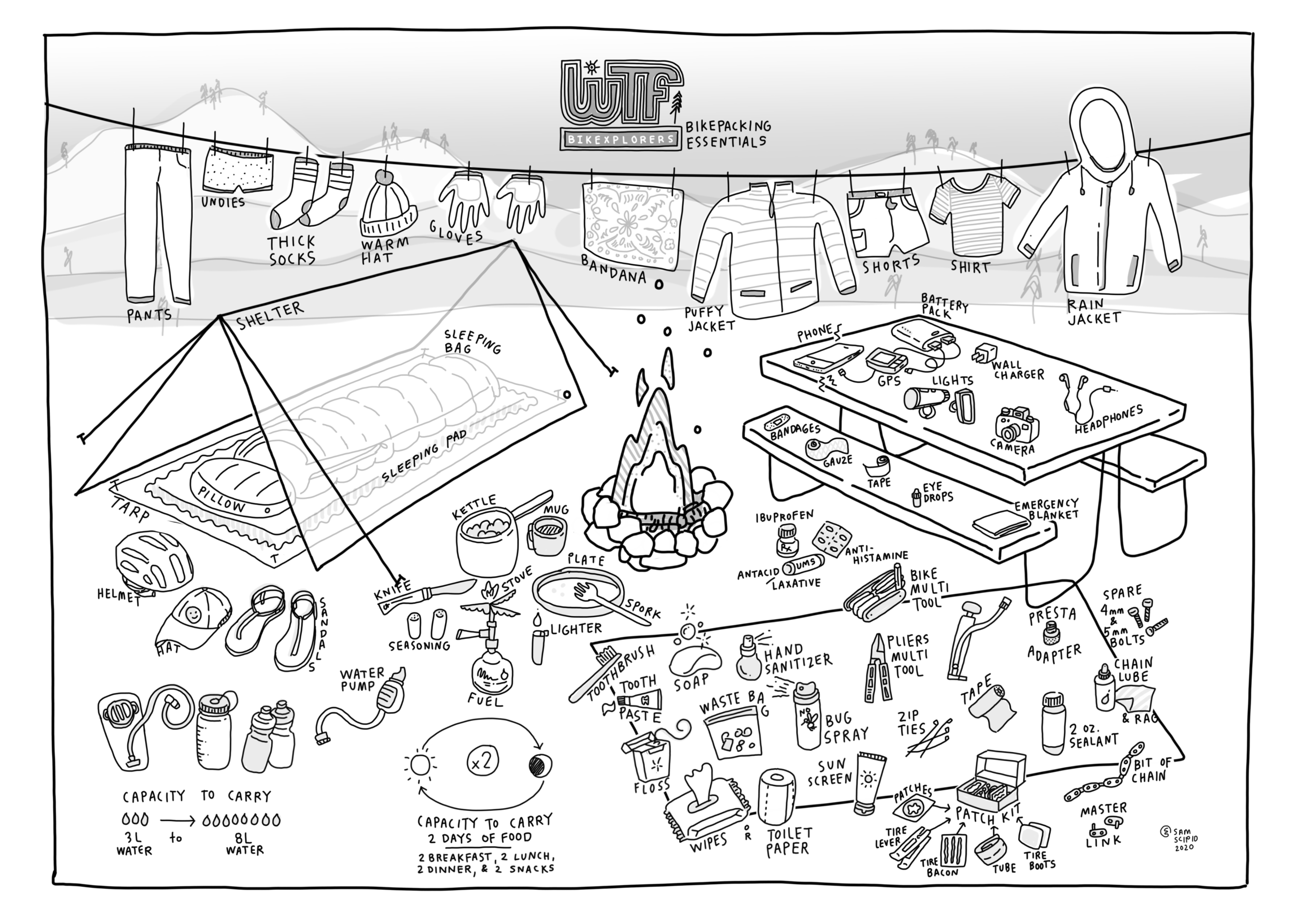I got an e-bike. It's true. Why not? Some of you may be concerned, saying to yourself, "What is the world coming to? What has the impact of isolation done to Sarah Swallow?"
The Controversy
E-bikes, also known as pedal-assist bikes, are certainly controversial within purist cycling circles. From what I understand from the conversations I have had with people on different sides of the debate, is this: some people feel like e-bikes are equivalent to motorbikes, and if you allow e-bikes access to non-motorized trails, it could lead to more motorbike access on those trails. Others feel like e-bikes on mountain bike trails create dangerous situations because e-bikes can travel at a higher rate of speed and can more easily cause collisions between cyclists. Another segment feel that e-bikes degrade the wild experience of traveling through the backcountry, exclusive to people who can get there under one hundred percent human power. Others fear e-bikes could create the racer-joe-on-a-bike-trail experience that we've all had, where we will be enjoying a slow pedal, a deep conversation, and the surrounding beauty to the cry of "on your left!" and a swooshing sensation that you can hear and feel. The shock sends your hands momentarily off the handlebars and your bike into the ditch. That's what some people think e-bikes will do to their peaceful experience in the backcountry.
Much of this debate is explicitly related to e-mountain bike access in the backcountry, where I am about to share my experience riding an e-gravel bike. Regardless, my experience riding my e-bike has led me to an initial opinion about the arguments I outlined above. I find e-bikes closer to real bikes than motorbikes by a long shot, but I cannot yet speak to what we should do for access on non-motorized trails. I don't want to open the door to more gas-powered motorbikes damaging trails, but I am confident that there are solutions to opening trails to e-bikes and not motorbikes. I think e-bikes have the same level of impact as regular bikes on trails. I also believe that the chances of getting spooked from a one hundred percent human-powered racer-joe-on-a-bike-trail and a sixty percent human-powered, pedal-assisted racer-joe-on-a-bike-trail are equal. I don't think it is fair to use most of these concerns as evidence for excluding entire populations of people access to the backcountry. I find these arguments problematic for our mission to promote inclusivity, accessibility, and relatability to beautiful natural landscapes, which in turn, has immense potential to create more advocates to conserve these spaces.
While I am here, I'd also like to acknowledge that e-bikes currently are still quite expensive, limiting accessibility to anyone who can afford $2,800 to $15,000 from Specialized Bicycles. Still, there are many other options and price points out there. I expect that in the years to come, these bikes will only become more affordable.
I imagine I will be leaning into the nuances of accessibility a bit more in the coming years as I spend more time at the Appleton-Whittell Research Ranch, a place that feels very much like a wilderness area to me. The AWRR reduces human impact as much as possible so that researchers can study the effects on the habitat. Still, at the same time, the ranch also needs to increase engagement, accessibility, and appreciation amongst the public to sustain and share their work.
I have found myself in the camp of always being e-bike-curious. I suppose the fear of the stigma of getting hooked on electric-assisted bicycles, which would lead to an abandonment of the mechanical genius that is a strictly human-powered bicycle, and falling into retirement, or the idea of giving up has held me back from committing to ride one. I imagine that some of my analog cycling friends rolling their eyes in disgust at my desire to ride and even write about e-bikes. I value and appreciate the aesthetics of their classic custom bike builds, colorful and artistic components and frame designs. I have even owned my fair share of beautiful custom bicycles. But since I have moved away from bike shops and no longer have access to the tools, space, wholesale pricing, and expertise that I used to have, my priorities have shifted. These days, I don't feel like I have the money, time, or creative energy to create custom bike builds. That's not where my energy lies at this point in my life. I'd rather be designing a route, riding that route, writing, reading, or just scheming for future projects. I blame it on the fact I am a millennial. I didn't grow up with knowledge of or experience with "classic" bicycles. I like fashion and cool bike style and do what I can with what I have because it makes my bike feel like an extension of my personality. Don't get me wrong, the fact that I have been sponsored by Specialized Bicycles for the past six years and have signed on with them for the seventh year no doubt influences my perspective here. They have been generously fueling my passion for riding with bikes that are reliable, comfortable, and light enough to inspire me to want to climb over 17,000 ft passes in the Andes loaded with around thirty pounds of gear, food, and water.
How I Became E-Bike Curious
My e-bike curiosity significantly increased in 2020 and started after I got my first taste of e-bike life at Ruta del Jefe (RDJ) at the AWRR last February. There are two different lodging and research compounds at the ranch; the lower east side compound includes the Swinging H ranch house (where I am currently living), the bunkhouse, the casita, and the lab. This lower zone is where bikepackers who are riding the Sky Islands Odyssey route camp. A mile up the road to the west are the headquarters, the director’s and conservation program manager’s residences, the barn, and additional camping space. I host the festivities for Ruta del Jefe up here by the headquarters. For last year's RDJ, my Mom brought her new e-bike, a Specialized Turbo Vado, to go on gravel rides with my Dad, who is always training for some ultra-endurance gravel event. She can keep up and even ride ahead while he can do his training ride, and they both get to spend an excellent time together on bicycles.
In the mornings at RDJ, my Mom would ride her Vado from the Swinging H up to the headquarters to help volunteer. Once her Vado was there, I would wisp it away to get around the ranch quickly to-and-from various places a mile or two apart to do the random tasks required to put on such an event. These were some of my favorite moments from the event because they were a burst of fun personal time, a much-needed break from the intense focus I had managing operations, and they helped sustain my energy throughout the weekend’s festivities.
Then, there was the inaugural RDJ scorcher race. A scorcher race is a mix between a cyclocross race and a fixed gear criterium completed on a fixed gear gravel bike. As far as I know, Ron, aka Ultraromance, aka my friend Benedict Wheeler created this super ultra-niche with enabling from friends and frame builders, Adam Sklar and Hubert d'Autremont. Not very many people own fixed gear gravel bikes, so scorcher races are open to all bikes and riders who would like to race a four-mile undulating gravel loop two times in a row at full gas.
As I recall, ten ambitious souls lined up at the start line for the RDJ 2020 inaugural scorcher race but the finale between Benedict, Adam (both on official scorcher bikes), and Jorja (on my Mom's Vado e-bike) was most memorable. With less than a mile to go, the three were riding neck and neck, seeing triple, and tasting blood; then, Adam dropped off the back leaving the glory to be decided between Benedict and Jorja. It was wheel to wheel as the final two rounded the corner to the finish line. Before anyone could believe what they were seeing, Benedict (in his true character) grabbed Jorja's handlebars. Simultaniously, he pushed her back as he propelled himself forward over his bars and slid head-first through the gravel and across the finish line. I was dumbfounded at the fact that the person tasked with feeding seventy-plus people in thirty minutes was covered in blood, gravel, and sweat for the sake of his vanity. But alas, it was a truly memorable finish, shenanigans of which will live on through campfire stories for years to come.
As I watched Jorja ride the e-bike during that scorcher race, I couldn't help but think how fun that looked. In the year since, I welcomed every conversation about e-bikes I could with people; some of them were inspiring, fun conversations with a lot of giggling, and some were heated debates. Throughout it all, the tales of the benefits of equalizing the pace of cycling for partners, the ease of running car-less errands, and generally how much fun e-bikes sounded appealed to me. When I moved to the AWRR for the winter and started to grasp how remote and isolated it was from the nearest town with services, I seriously started thinking of getting an e-bike for myself. I only had to mention that I was e-bike curious for Specialized to have a Turbo Creo SL Expert EVO (an e-gravel bike/e-diverge with 250 watts) at my door the next week.
Three E-Bike Rides
Since I received the Creo SL, I have taken it on a handful of rides. In particular, three rides stand out for my initial impressions of e-bikes and the potential I see for my specific uses. I must say, when a bike inspires me to think of riding creatively on new types of rides for different purposes, I feel like that's the sign of a good bike. The Creo SL is creating a refreshing level of fun and joy in my life, sensations that have felt a little muted this year due to the pandemic, social isolation, and the state of societal and political affairs.
The first ride I took the Creo SL on was a thirty mile round trip ride that was thirty percent dirt and seventy percent paved to get cash from the closest ATM in Sonoita to pay the guy who was delivering firewood in two hours. I finished a meeting, quickly pulled on some skivvies, filled up a water bottle, and dashed out the door. I put the e-bike on full throttle (3 out of 3) mode and pedaled as fast and as hard as I could. The speed was thrilling and addicting, and I settled into a pedaling pace shifting between the hardest three gears for the rest of the ride. Head down, hands in drops; I was riding at an anaerobic threshold compared to the speed I ride in the first thirty miles of a gravel race. The thing about e-bikes, at least in terms of my e-bike, is that they are pedal assisted, so it only will go as fast as you push it to go through pedaling and momentum. Stopping either of those two things causes the bike to throttle down, and its full weight to be felt as if you are climbing a hill in too hard of a gear. That's why once I got it revved up, it felt like it was best to keep it that way, and it became a fun game and good work out. I finished the ride (including stops at the ATM, opening and closing the ranch gate twice, and taking a picture) in one hour and twenty-six minutes. That's about a twenty mph average, including stops, which I think is a testament to the fact it is merely an assist, not a motorcycle. I came away from this ride feeling like I had gotten a perfect anaerobic workout while also accomplishing an errand relatively quickly without having to drive a car. My core was tired as it always is, but my legs were not throbbing as they would have been if I had made the same effort on my Diverge. I also had more battery remaining than I expected and wished I had just left it on full mode, rather than lowering it to 2 out of 3 mode halfway through the ride, but I was too scared to have to ride a dead, heavy e-bike on some of the hills leading to the ranch.
The second ride was a quick school break ride with my partner, Adam, or the "Lorde," as some know him. Adam has been using his time during COVID to earn his master's degree in social work to pursue a lifelong journey of mental wellness for himself and others by becoming a clinical therapist. Getting a master's degree and doing personal work, learning, and unlearning the habits required to meet one’s basic needs and enhance social functioning, self-determination, collective responsibility, and society's overall well-being is no easy task. To help, we have restructured our lifestyle to accommodate a fixed schedule for the first time in our relationship. This new schedule of classes on Monday, Wednesday, Friday, and Saturday has significantly diminished the distance we can travel, time spent bike touring, and on rides together in general. This adjustment just so happens to complement the need to limit our travel and activities due to COVID anyway.
These days, Adam doesn't always have the time to go out on my all-day-long exploration rides. He needs short and efficient study break rides so he can get his nose back in the books as soon as possible. Usually, I shy away from these short study break rides because Adam is quite strong and fast, and for me to tag along would mean I'd sign myself up for a torture fest, one in which I'd quickly lose the desire to try and keep up for. However, the last time he wanted to get out for a quick ride, I tagged along with the e-bike. Each of our competitive sides quickly came out to play, first by talking a little smack, then came the mental manipulation games and a false start on a climb, and then came the race. It didn't take me long to prove to Adam (someone I have had fierce debates over e-bikes) that I could out-pedal him. He could keep up in some places for a short time, but overall, that was it. With this confidence, I settled into a parallel ride where Adam pedaled consistently hard, I could stop to take pictures, pedal hard to catch up, pull him or ride with him for a bit, and finally pedal off the front and stop again to check something else out. This ride was enjoyable, served both of our needs, and equalized the ride's overall pace. I wasn't frustrated with him going too fast, I wasn't exacerbated by how hard I had to keep up, and I didn't have any guilt for stopping. I could jump into anything I wanted to do on the ride while also sharing a ride with him. On the other hand, Adam gets my company on a short and fast workout and is pushed to limits that equal the Durango Tuesday Night Worlds group ride.
The third ride I took my e-bike on was one part scouting mission, one part errand, and all parts adventure. I decided to go for a ride that had been on my list to scout for a while. I wanted to ride the old railroad grade through the adjacent Babacomari Ranch, which I have gained permitted access to by living here. I planned to follow the dirt railroad to Huachuca City and then take pavement to and through Fort Huachuca to renew my residents' pass to gain access through the base which is slightly a shorter drive to the full services of Sierra Vista from AWRR. Ultimately this errand would save me close to two hours of driving.
The first part of the ride, the scouting part, was an enjoyable spin where I took in the beauty of my surroundings, enjoying the fresh cool damp air, and the grippy dirt from the rain we had received the day before. I had the pedal-assist set to 2 out of 3, which felt like it perfectly matched the amount of effort I wanted to put in. Once I got to the pavement and the busy four-lane road leading to Fort Huachuca, I put the bike in 3 out of 3 mode and turned on the hammer. I rarely will subject myself to roads like these because I feel like they significantly increase my chances of being hit by a car. I was reminded of this when a red truck with four muffler pipes sticking out in different directions pulled into the shoulder I was riding in, laid on the horn, and passed closely at high speed. This experience only made me pedal harder, and I was grateful for the assistance that shortened my time on that road. When I finally reached the Fort, storm clouds loomed overhead. It looked like I would get stuck in some rain without a rain jacket. Having not seen rain in over two months (aside from the previous day), I had only brought my wind jacket. As soon as I got my permit for the Fort, I hopped back on my bike to try to beat the rain. I had 15 miles of rolling hills to go, and I had only a quarter of power left. I rode on 2 out of 3 mode until the final power light quickly went red, at which point, for the first time, I rode in one 1 out 3 mode. I could feel the bike's weight more; the hills and the effort to climb them felt as hard as a regular bike. However, there was still the looming fear that I would have to pedal a dead heavy e-bike on the steep rocky miles leading to the ranch, which motivated me to pedal harder to not to waste any remaining battery life. Finally, having gotten only a little wet and cold, I reached the ranch road, still with one red bar of power left, and pedaled my way home. I was exhausted from the unexpected challenge that the e-bike had created for me through inspiring a false sense of confidence, distance, and capability. This time, my legs hurt, my body was sore, and I even required a mid-day nap the following day.
My Impressions
In essence, I am a fan of e-bikes, pedal-assist bikes; whatever you want to call them. I certainly would love a longer battery life and wider tires, but I'm sure that's all coming in the near future. I don't see myself ever riding an e-bike on group rides with friends who are not riding e-bikes, but I am interested in going for e-bike group rides. For the most part, I see it as a tool for more solo scouting rides, commutes for errands, or quick-school-break-rides with Adam. Living in a place that has four miles of gravel each way to get on and off the ranch, I am more inclined to ride more frequently off the ranch to explore the surrounding areas on my own with the Creo SL. It promotes quick, low-impact mental health breaks, solo physical workouts, and tilts the scale in my favor on short, fast rides with my partner. The result is that I am riding more, driving less, seeing more places in a shorter time, getting stronger (through riding more frequently), and having a ton of fun.


